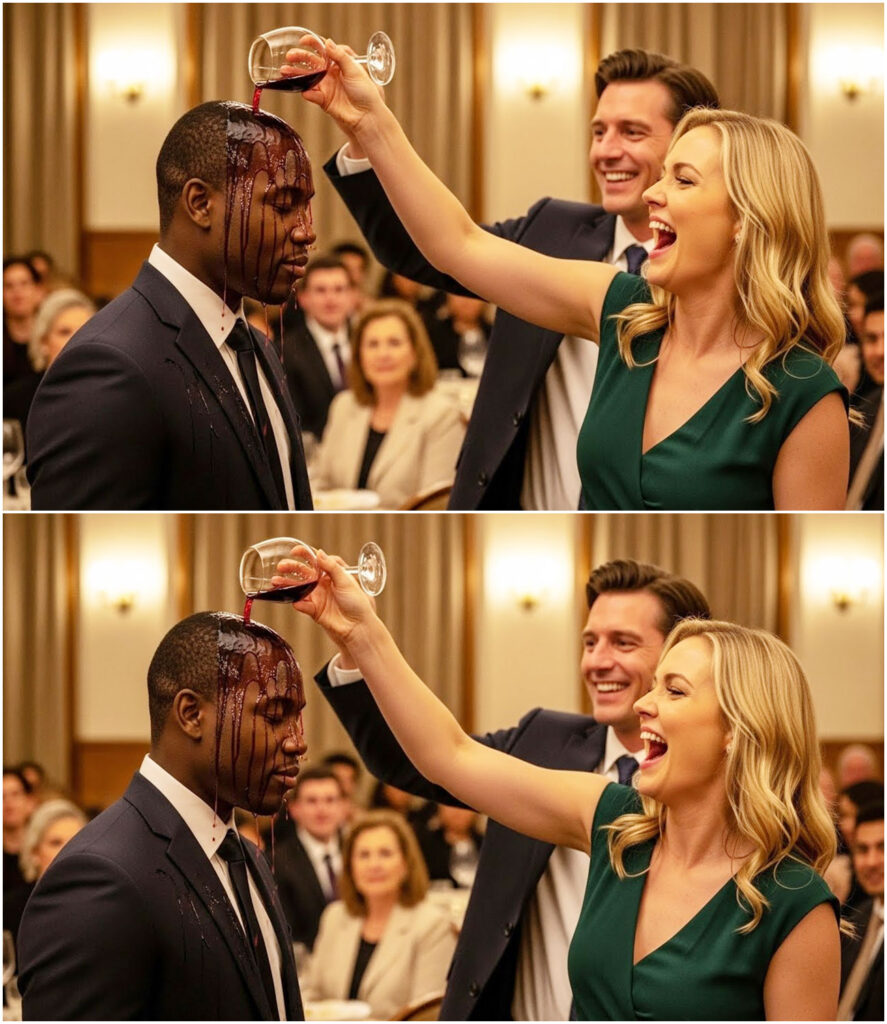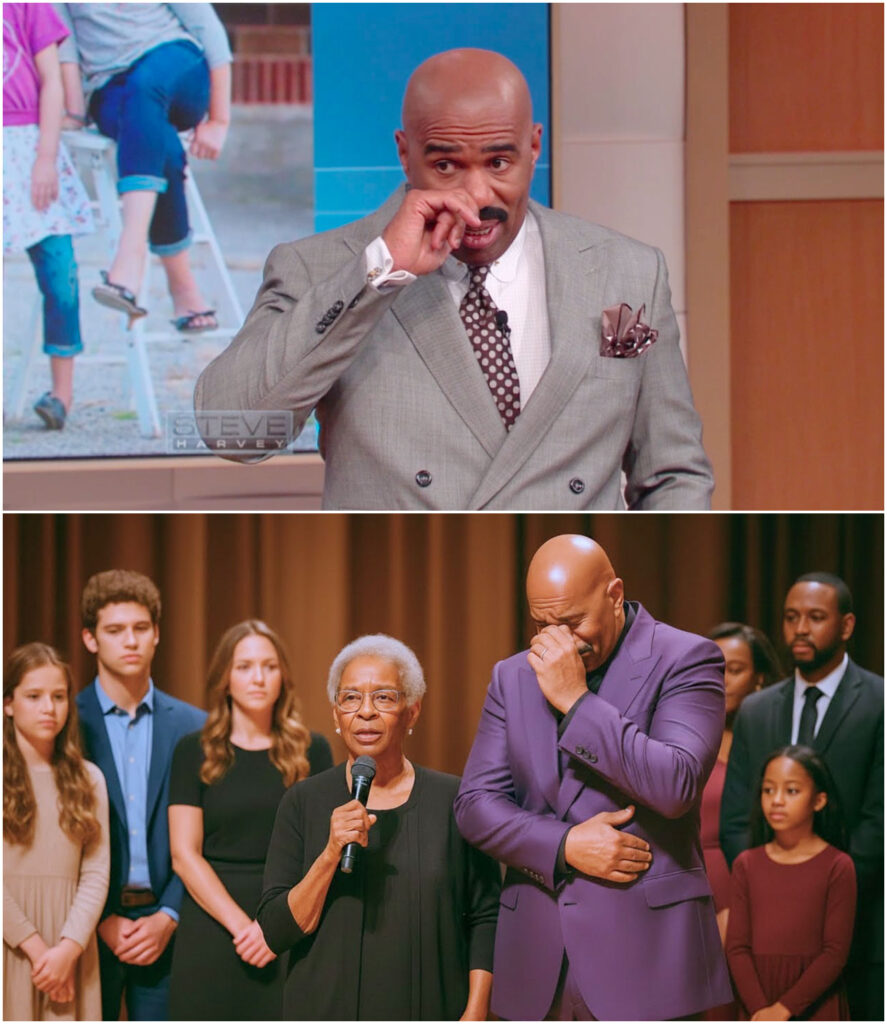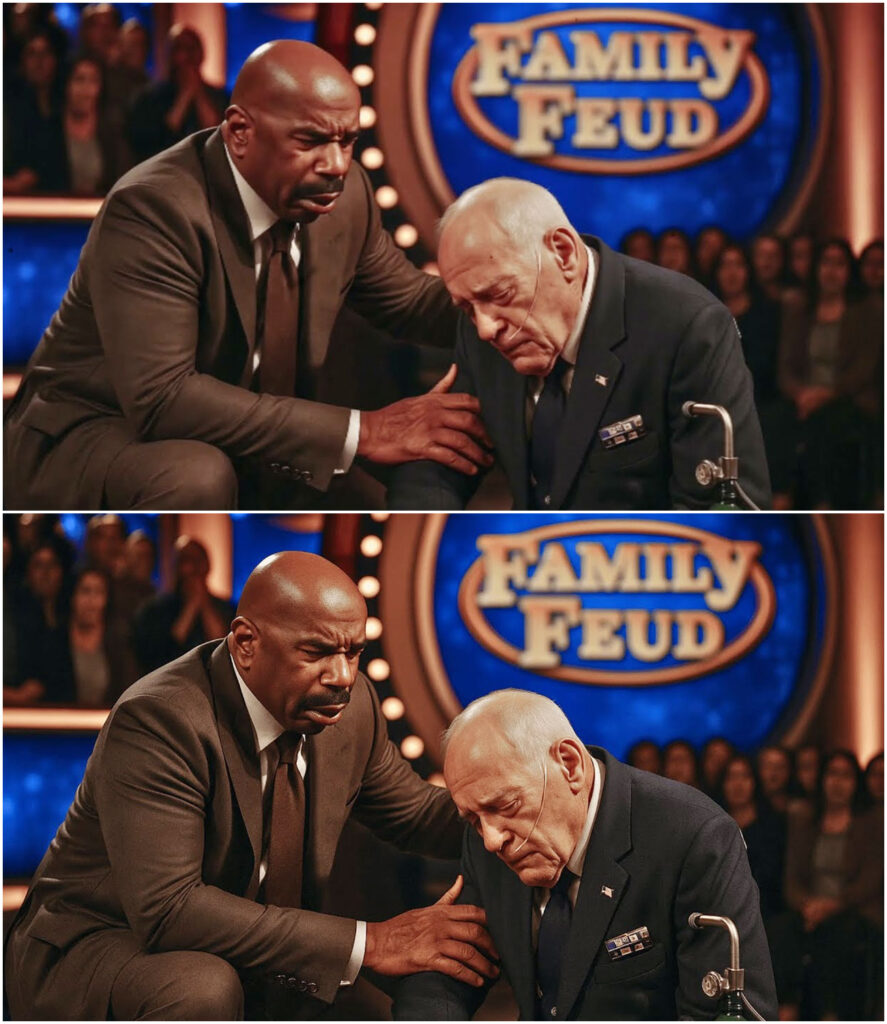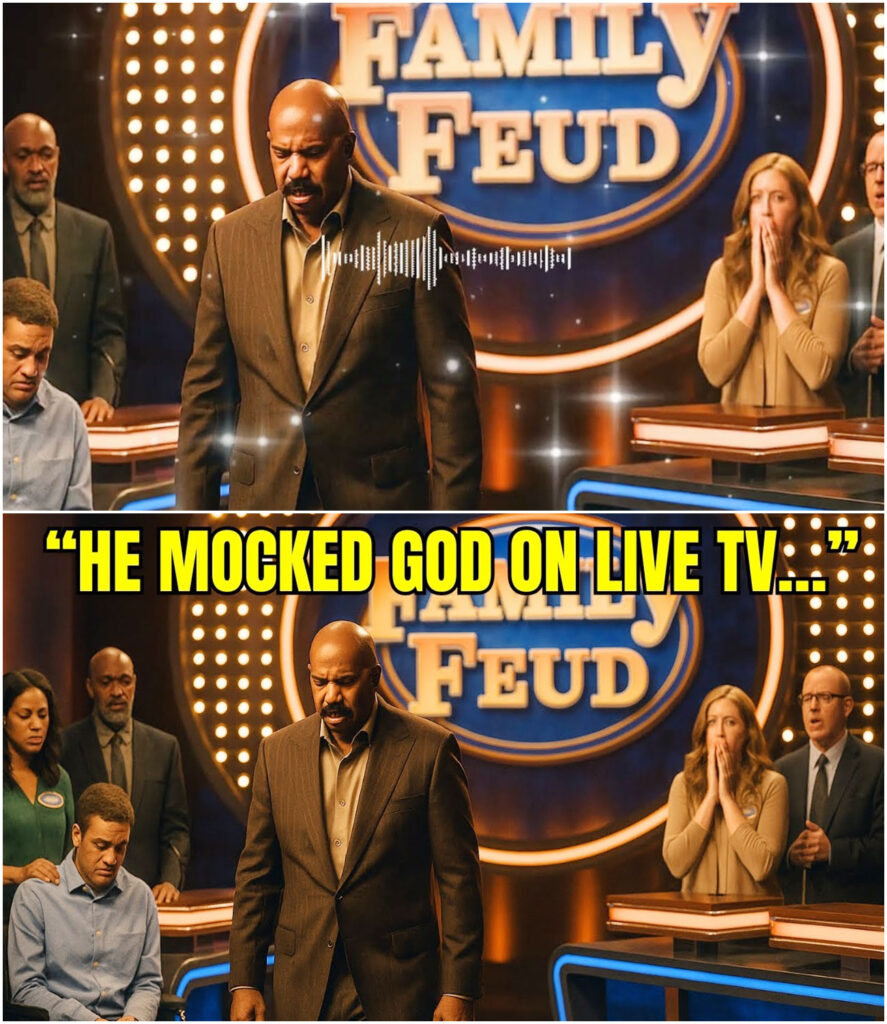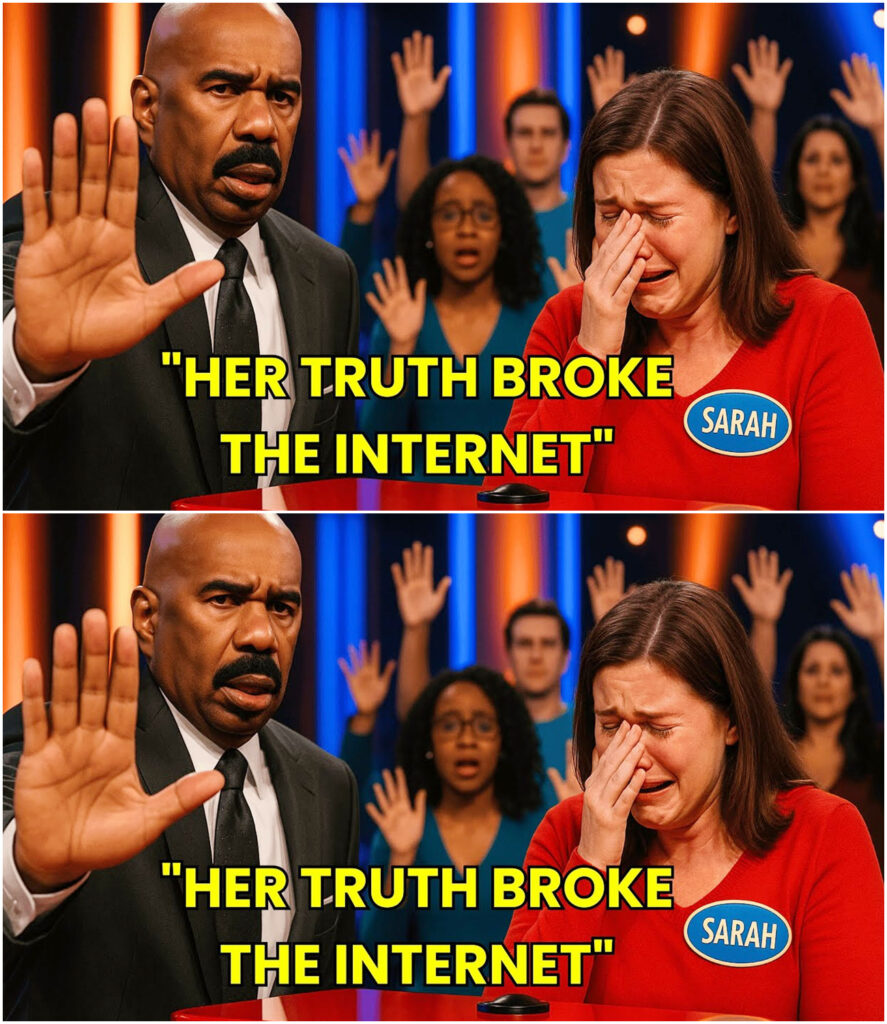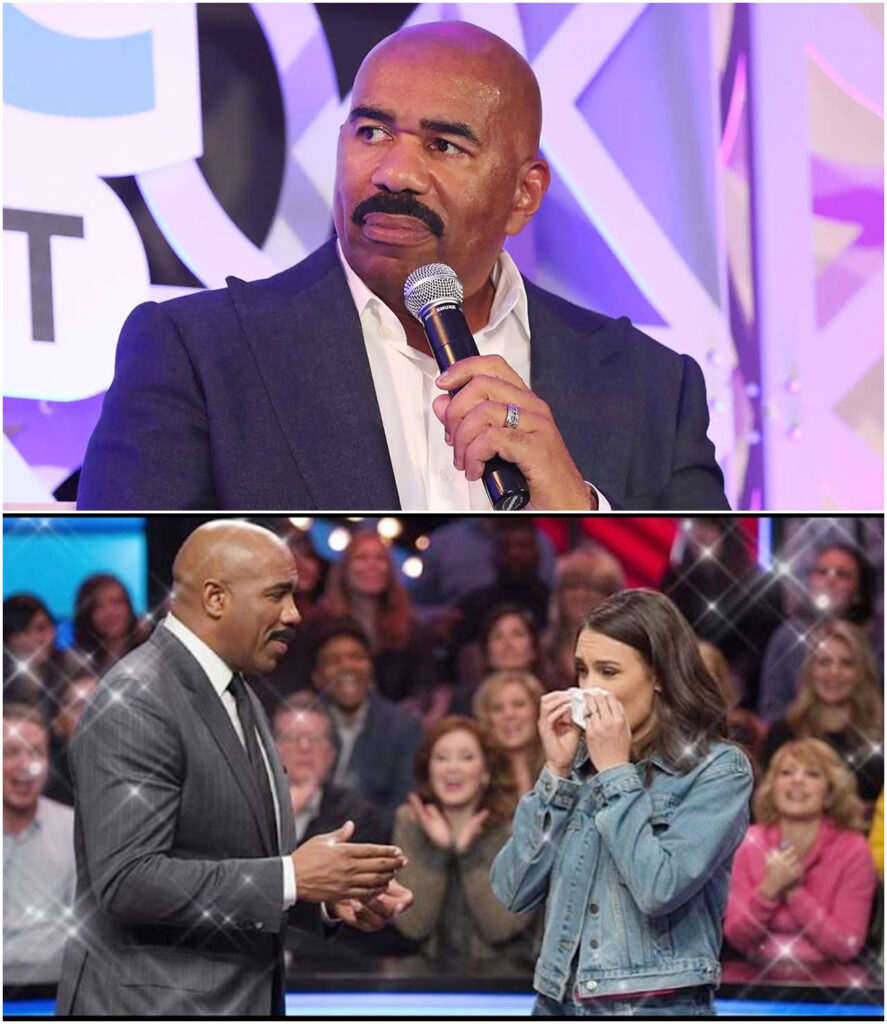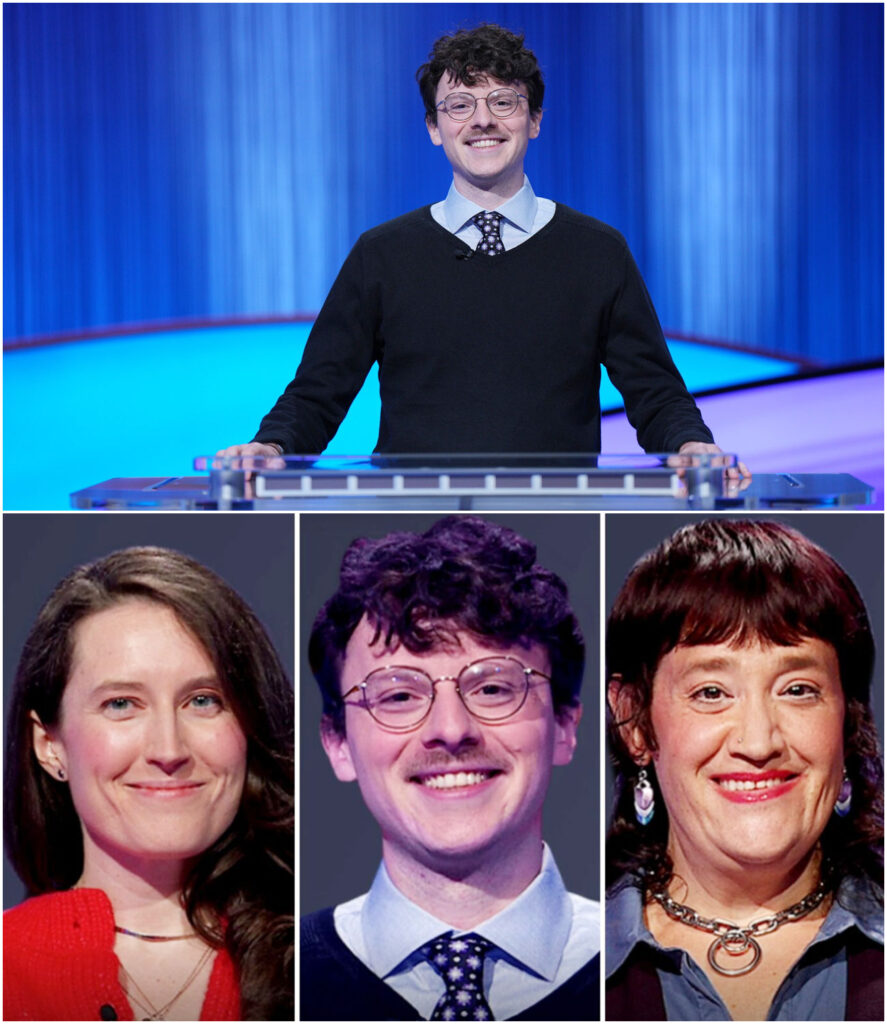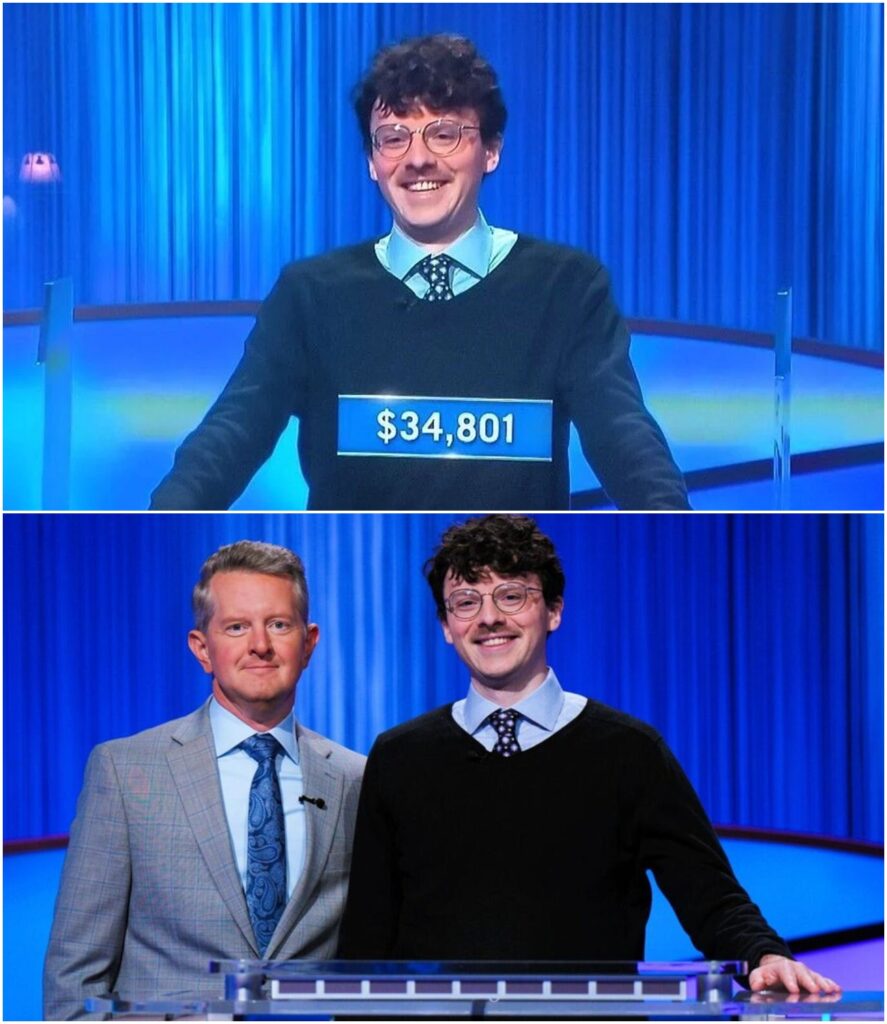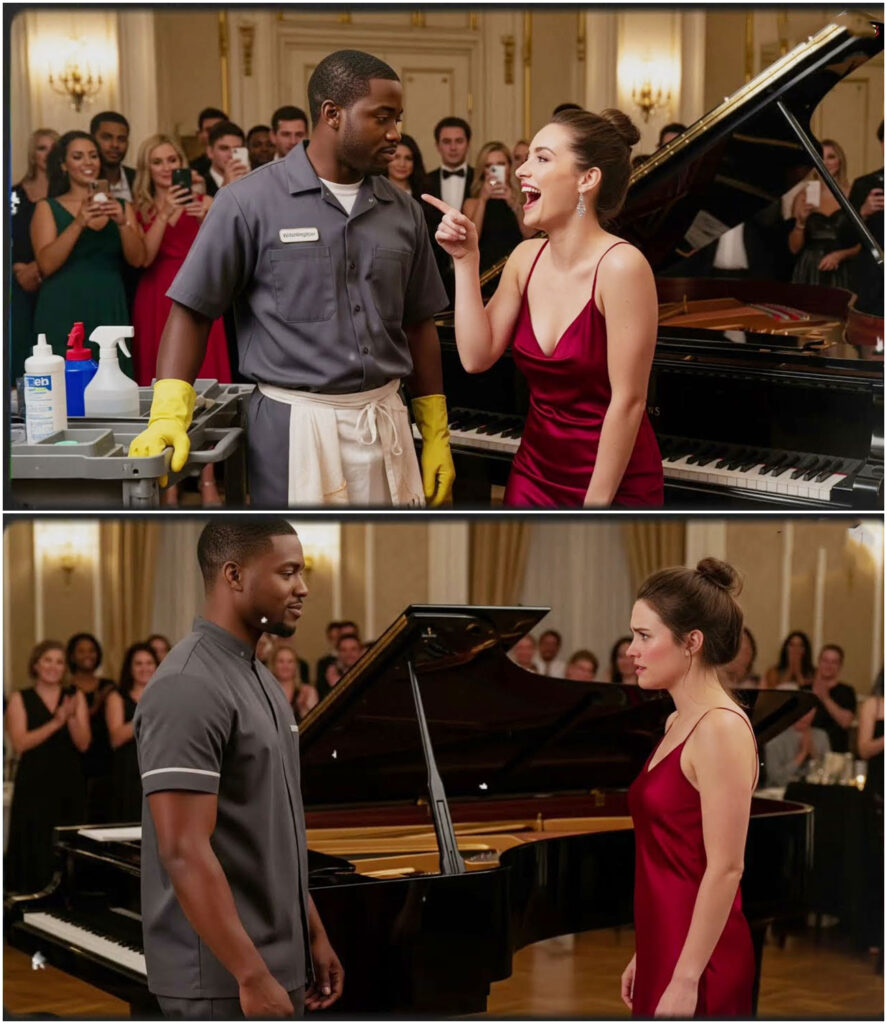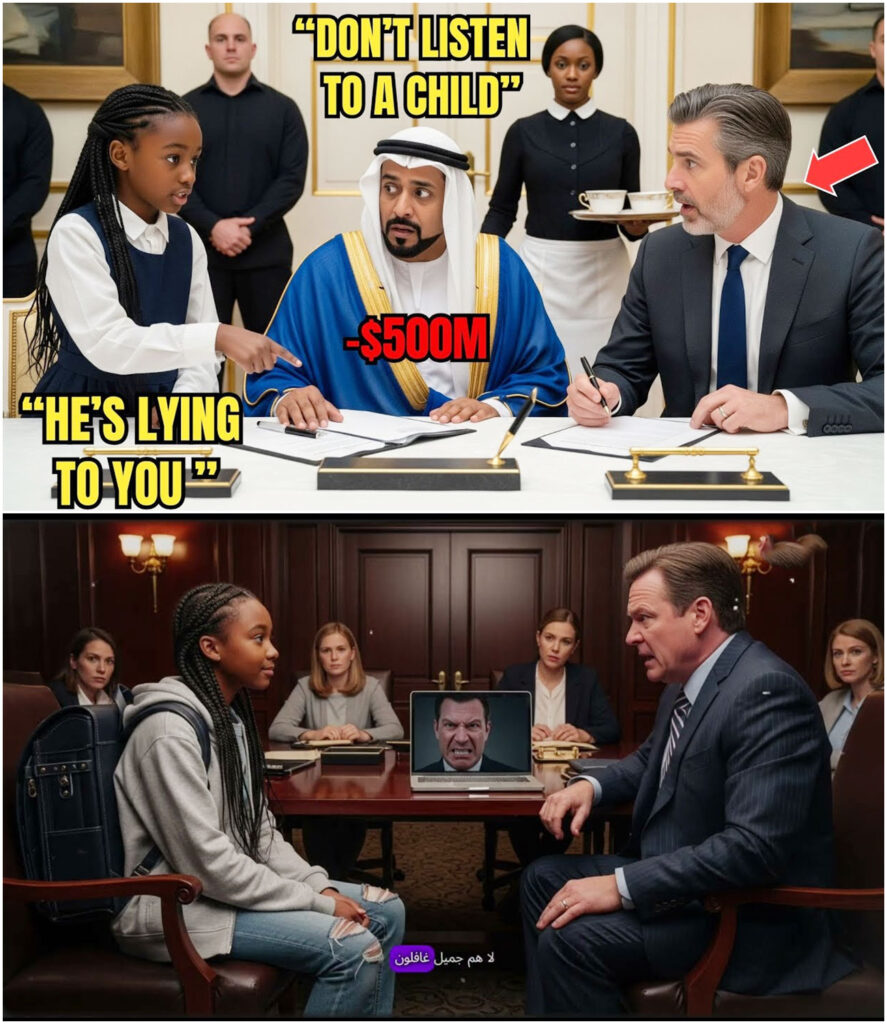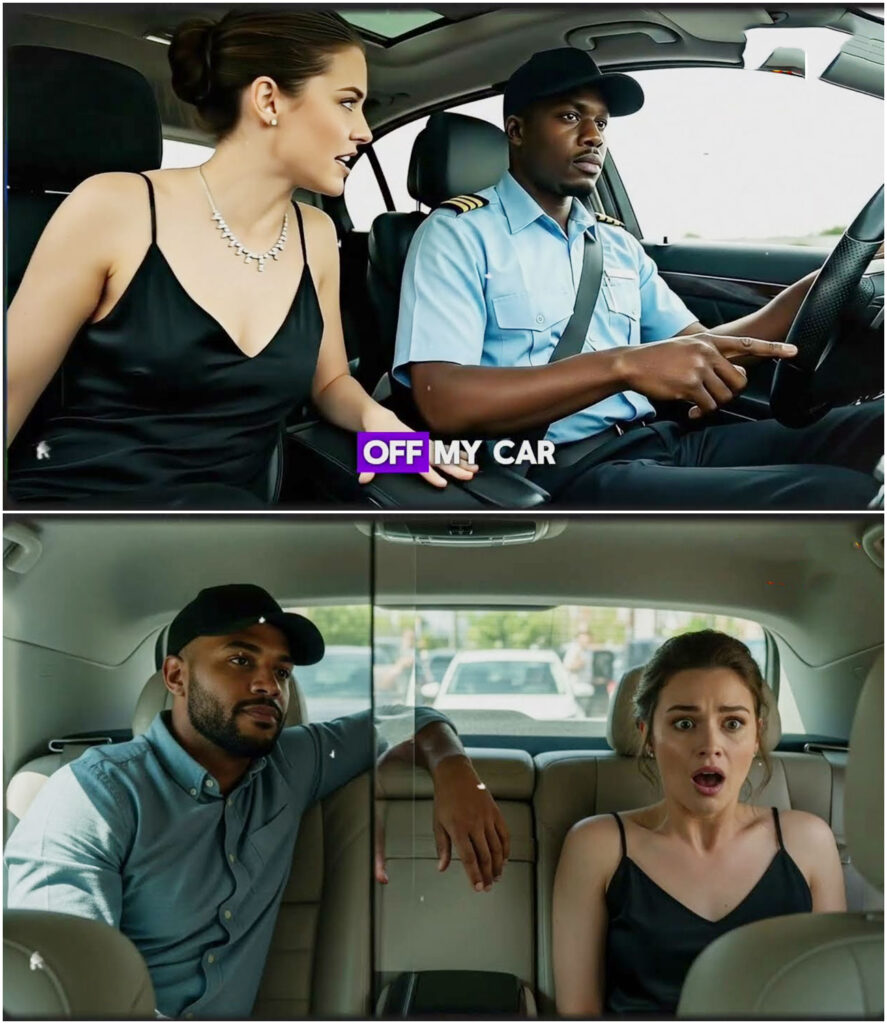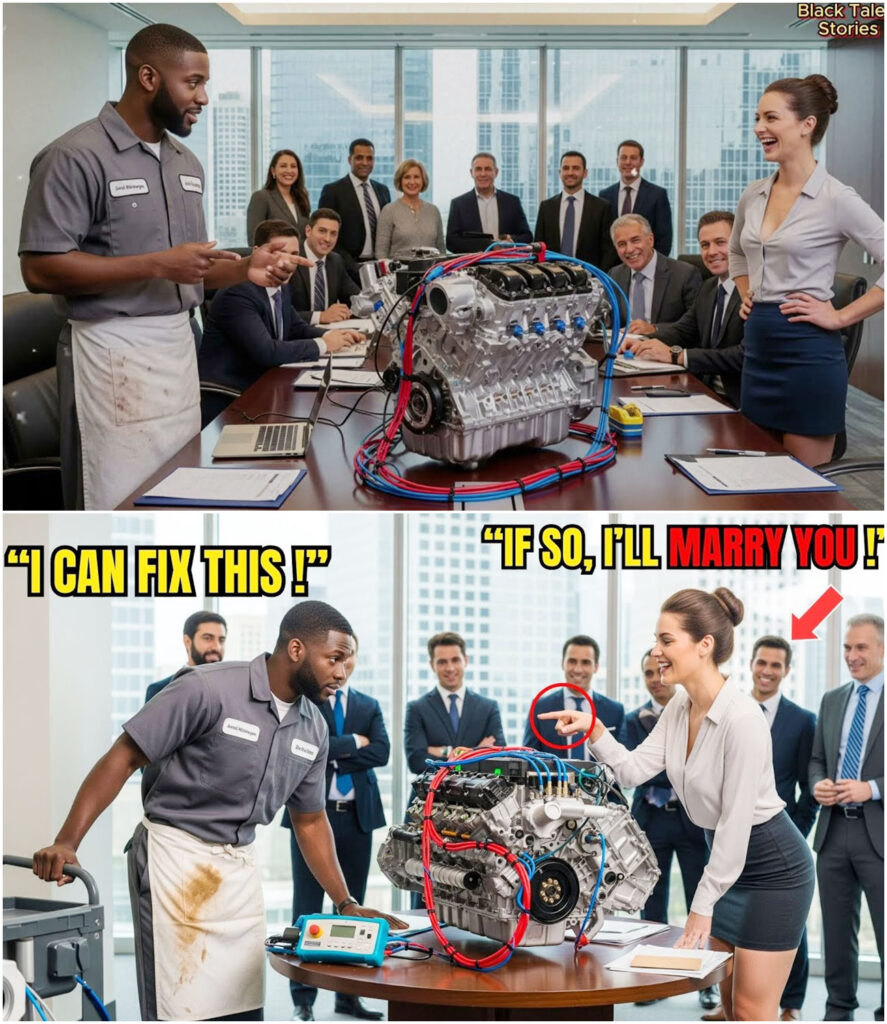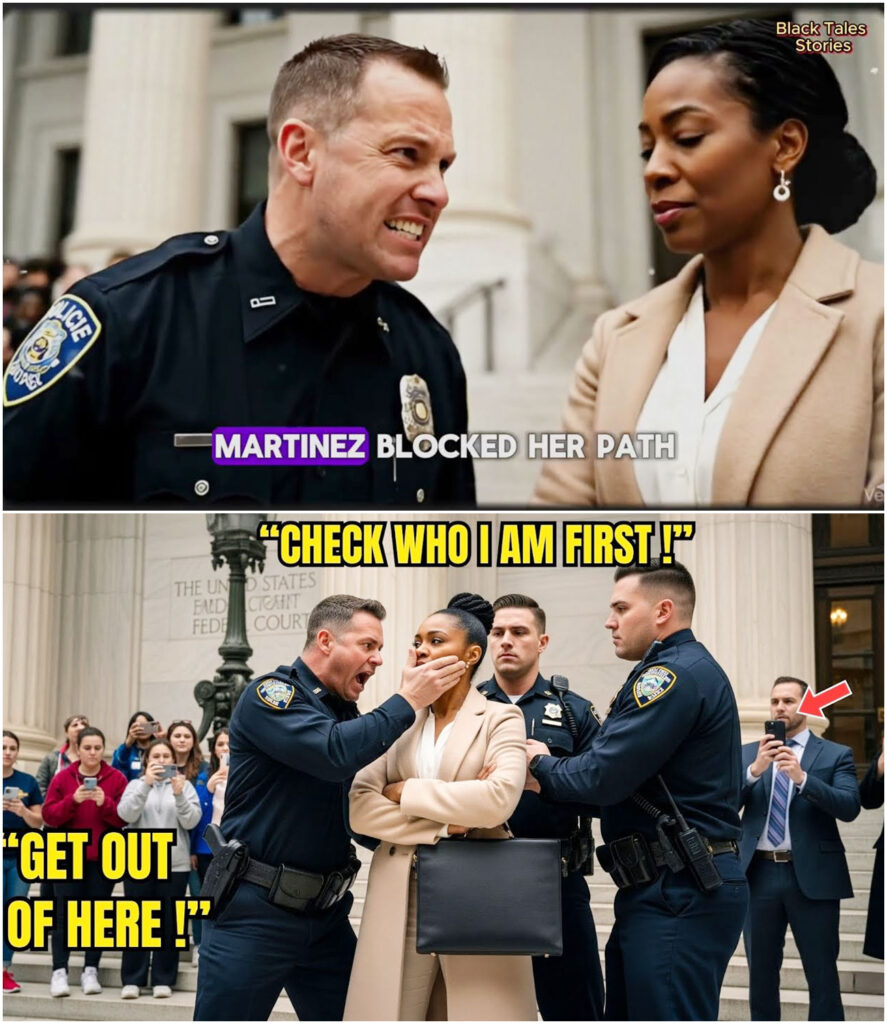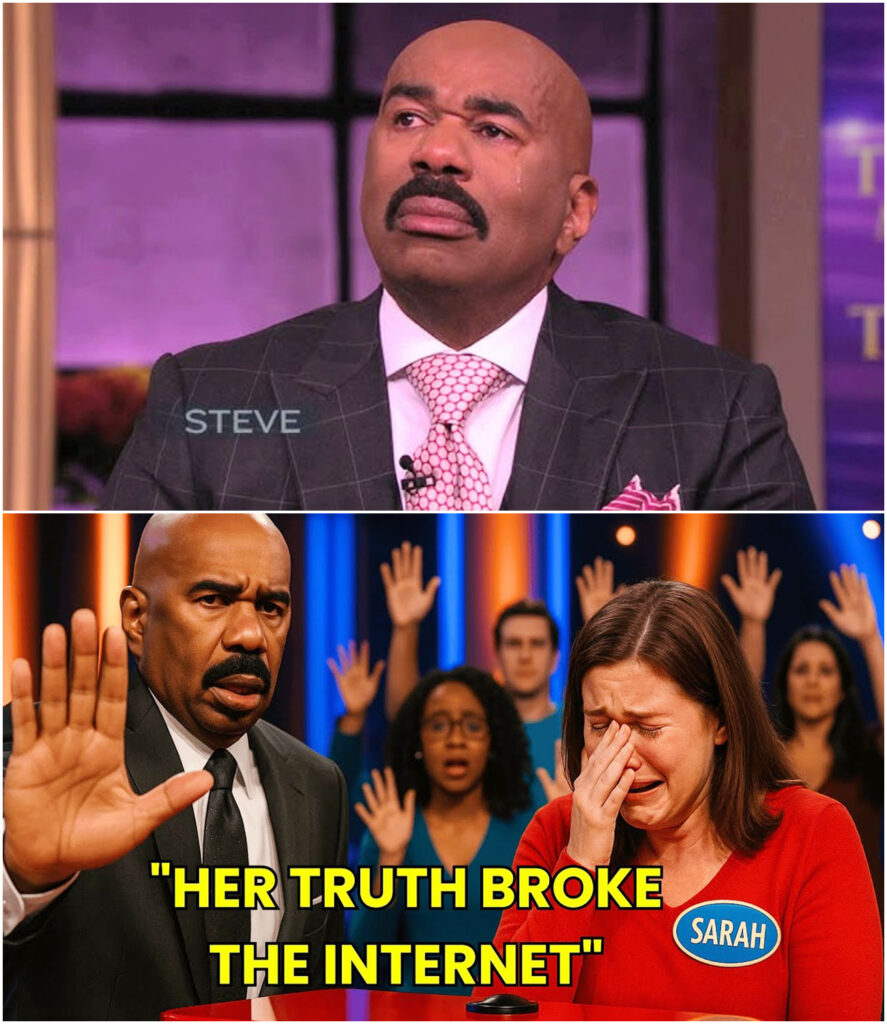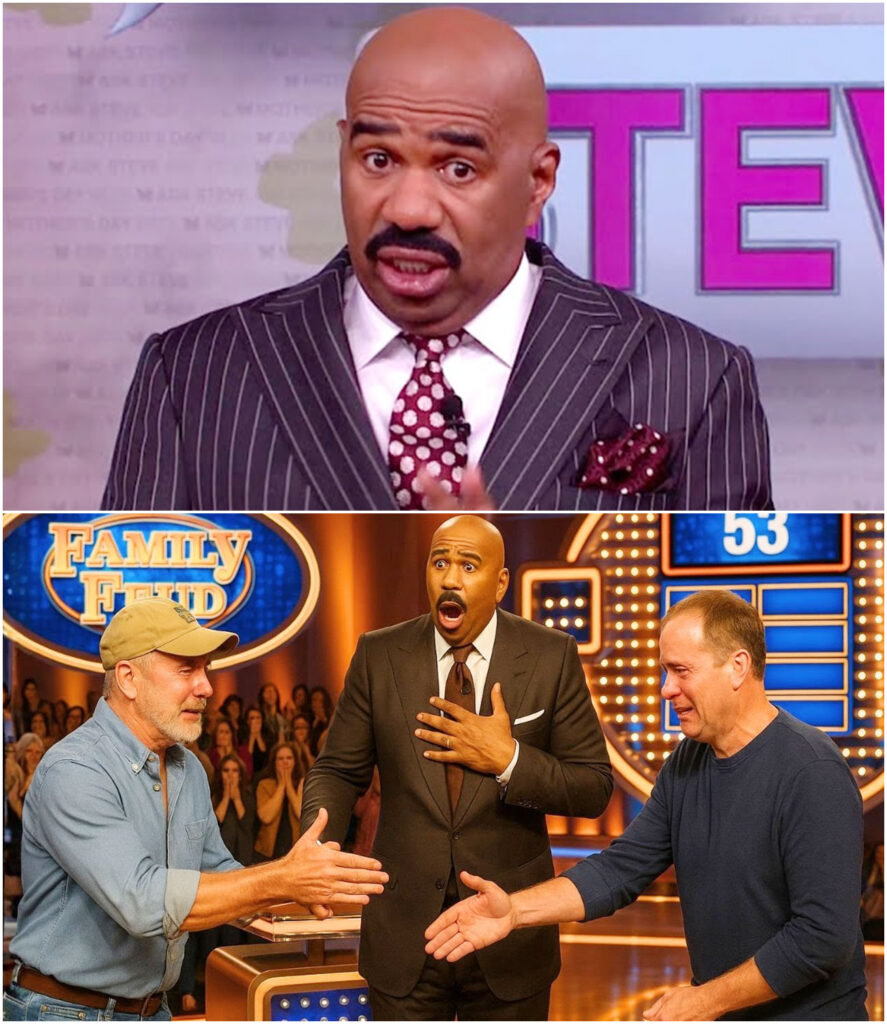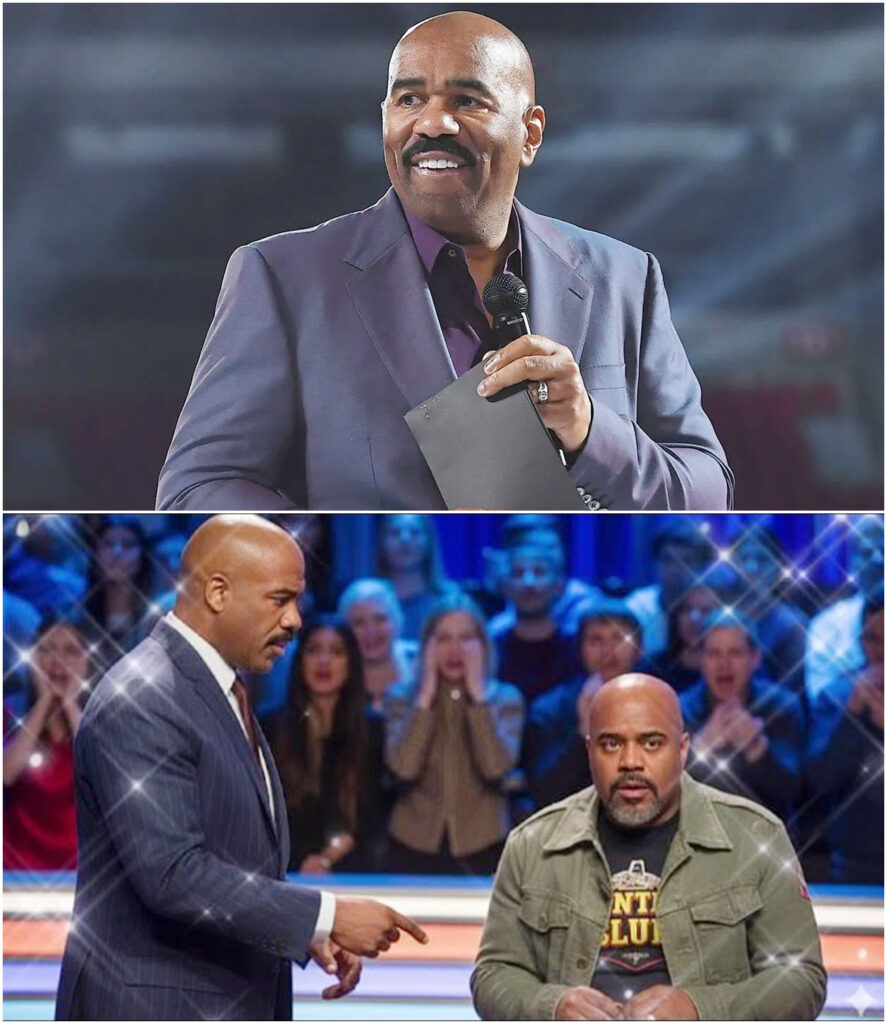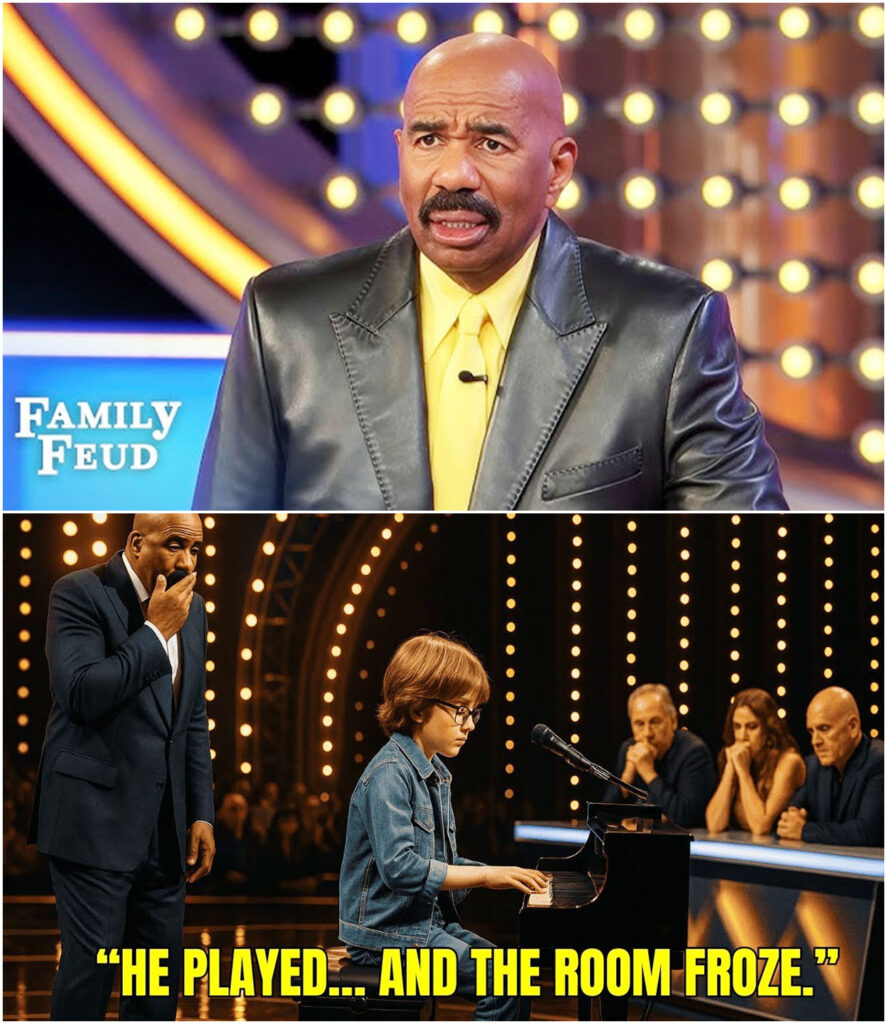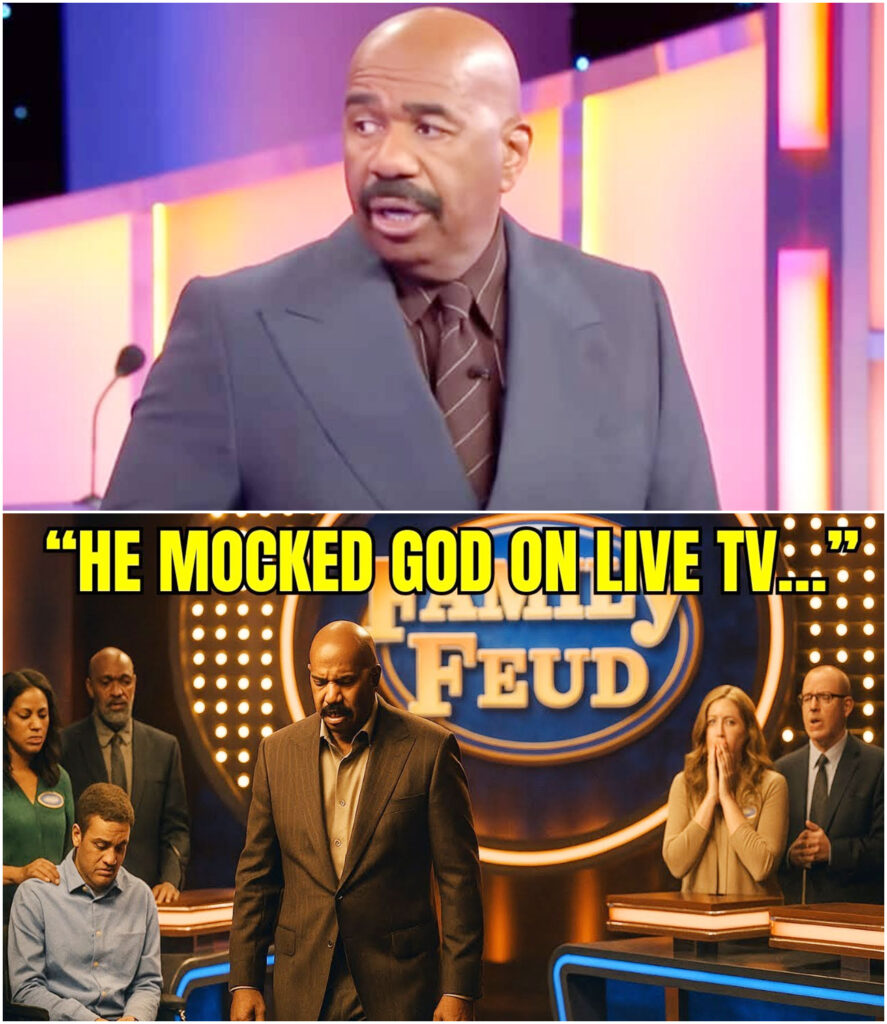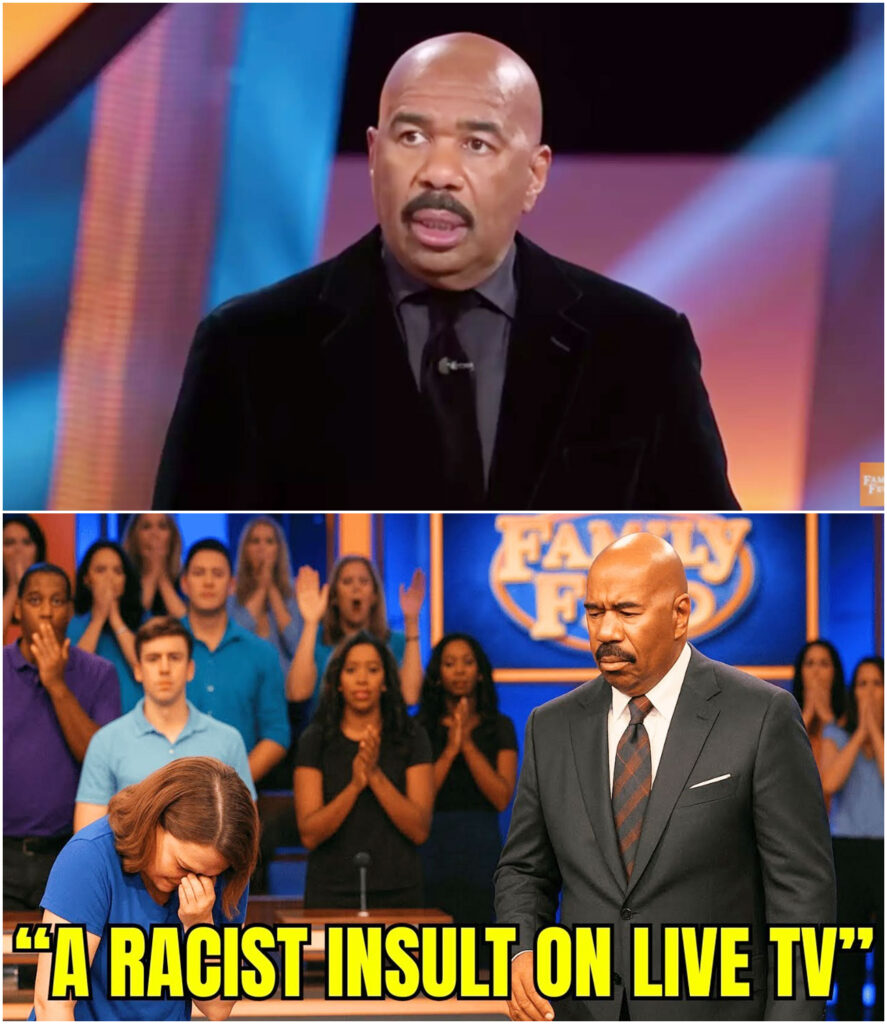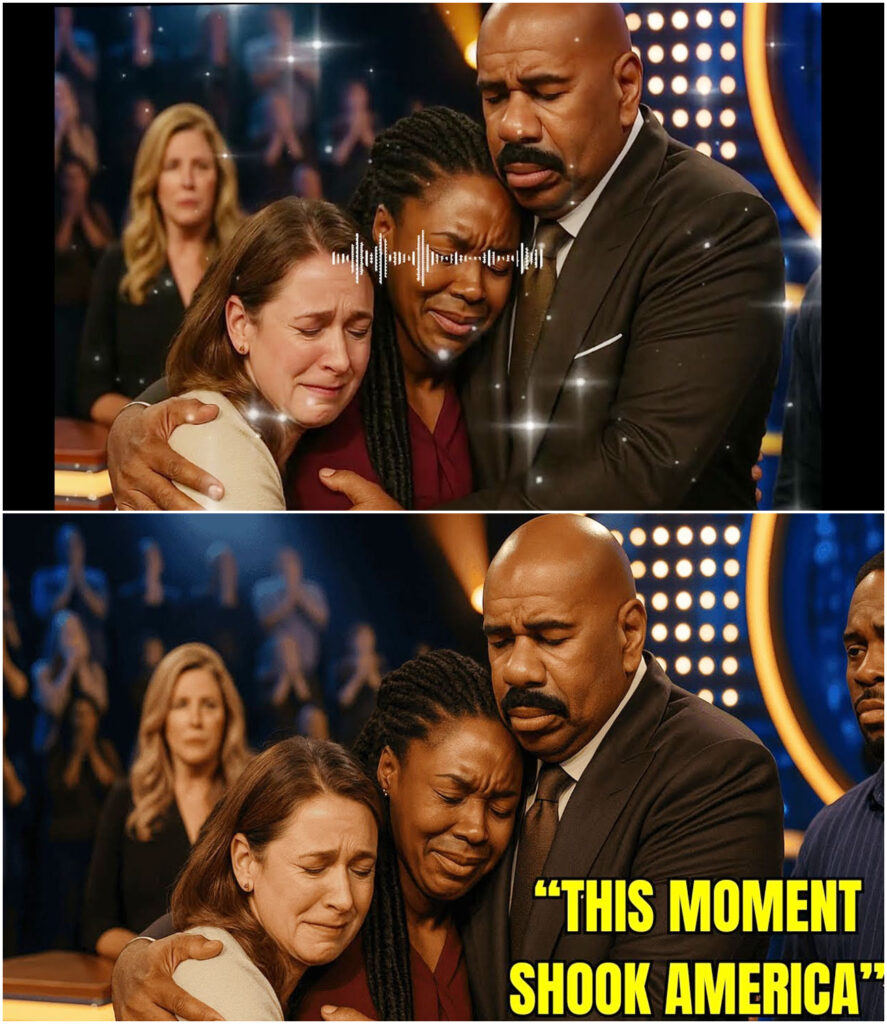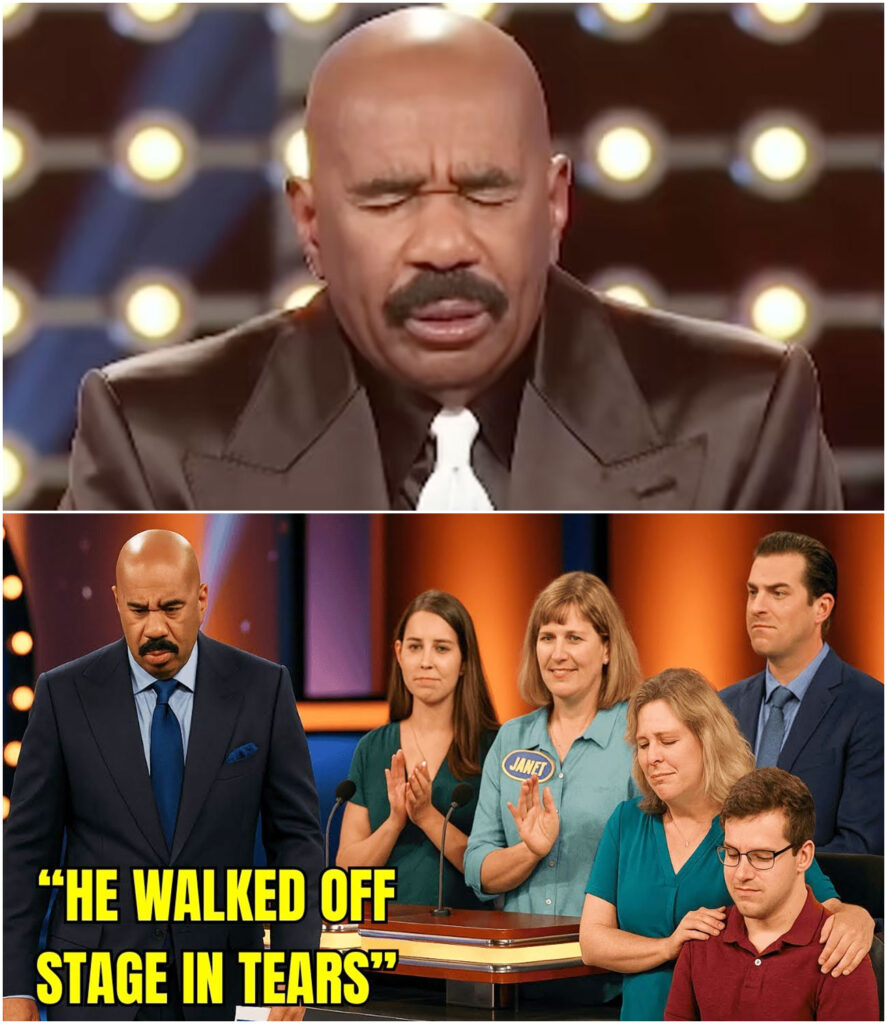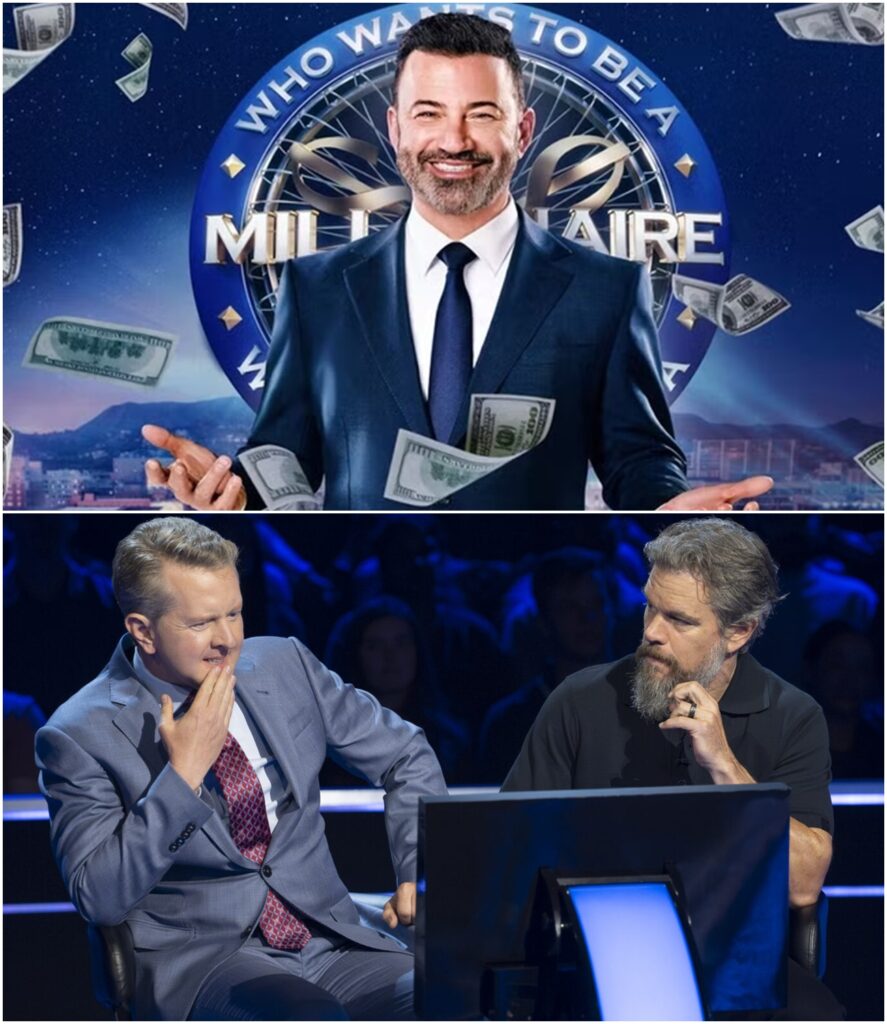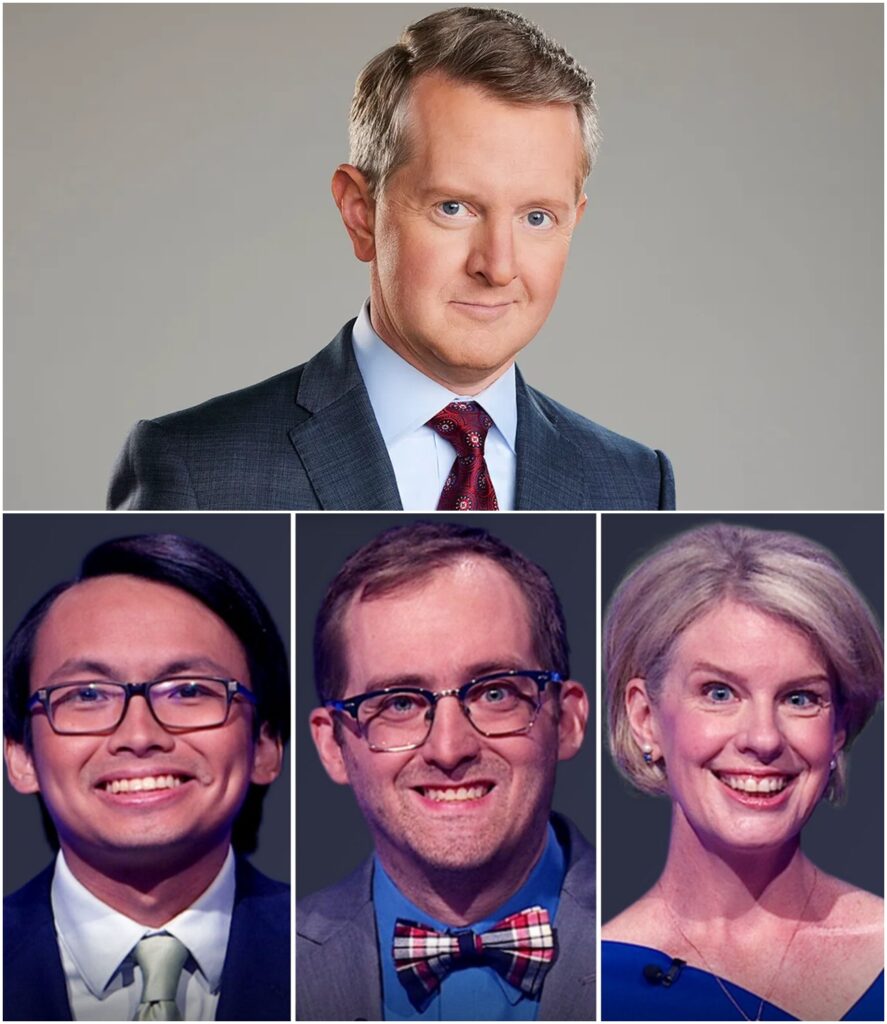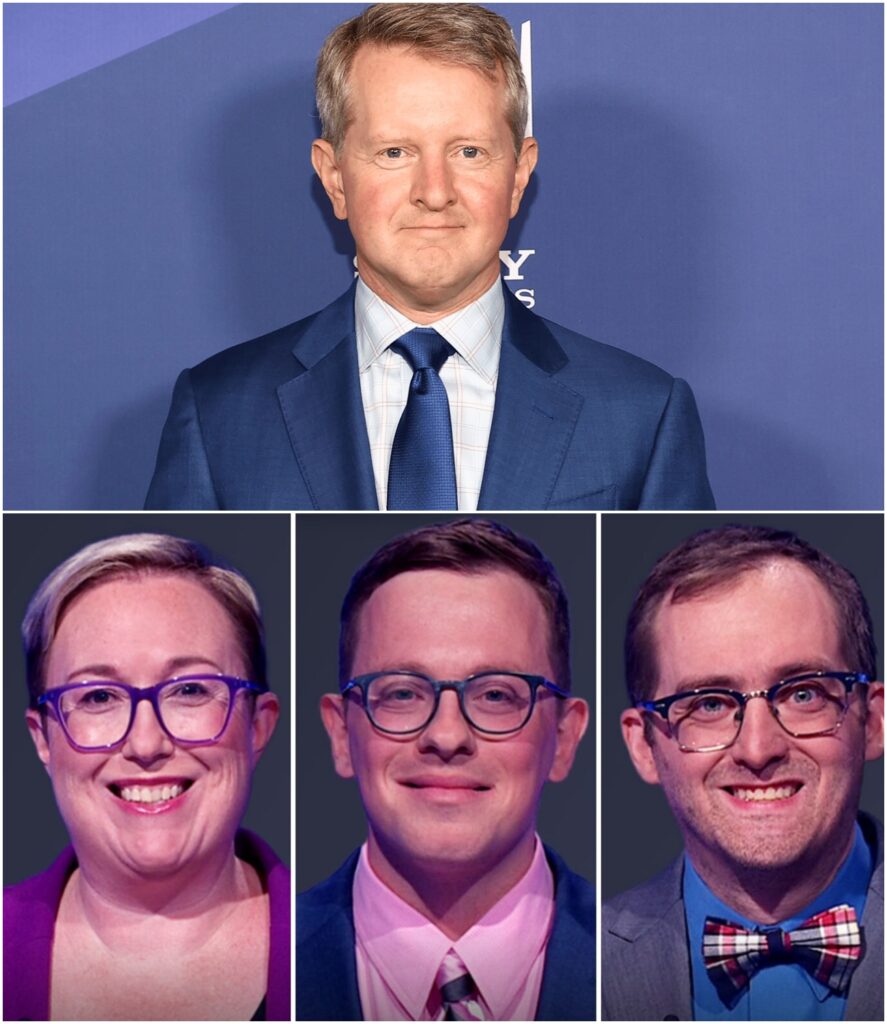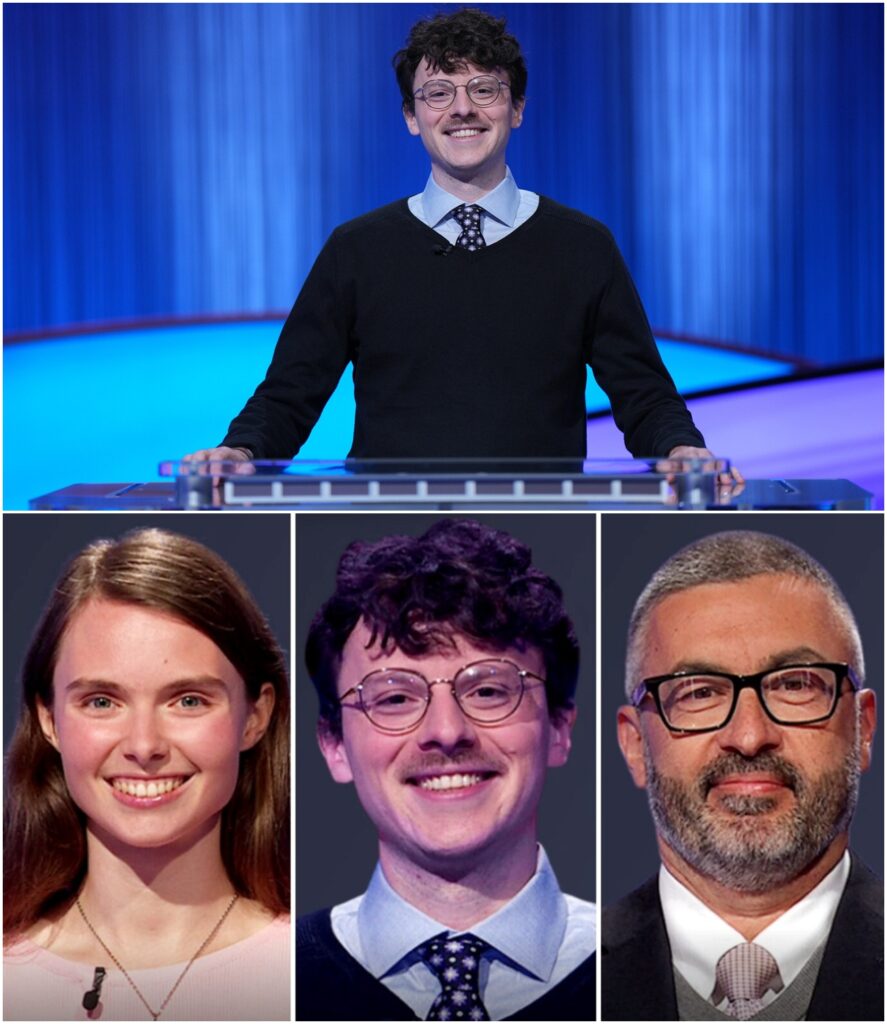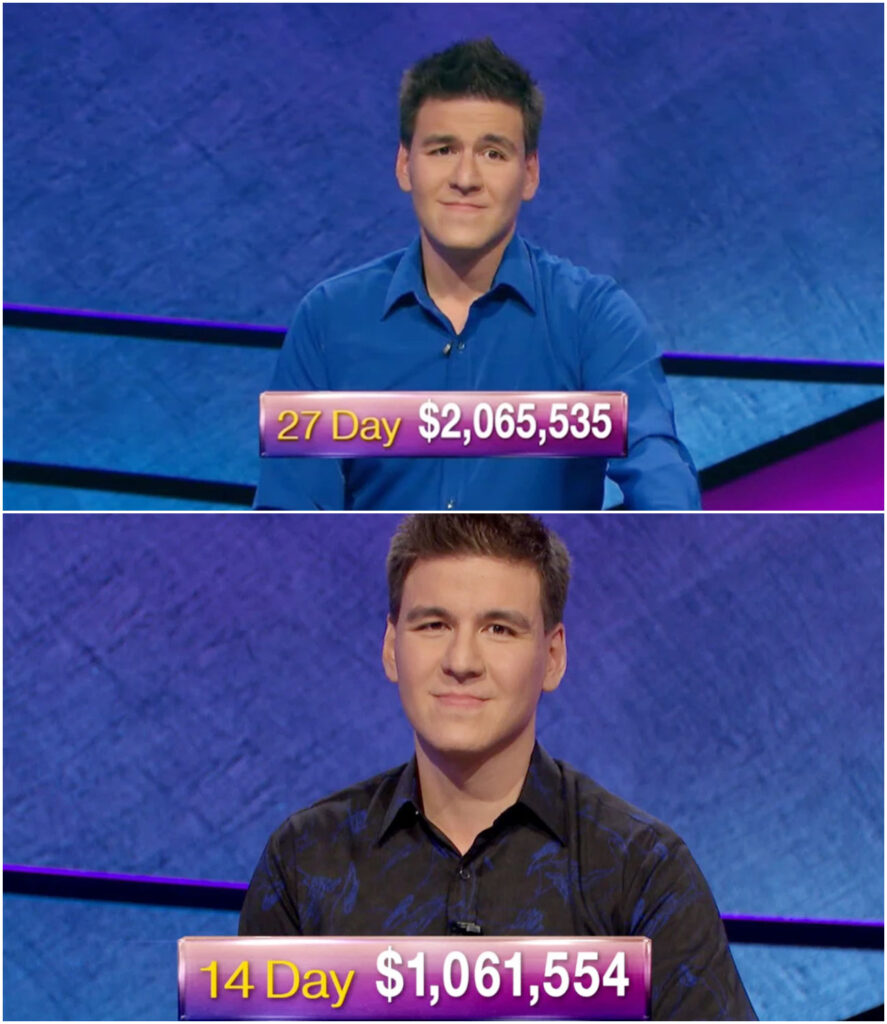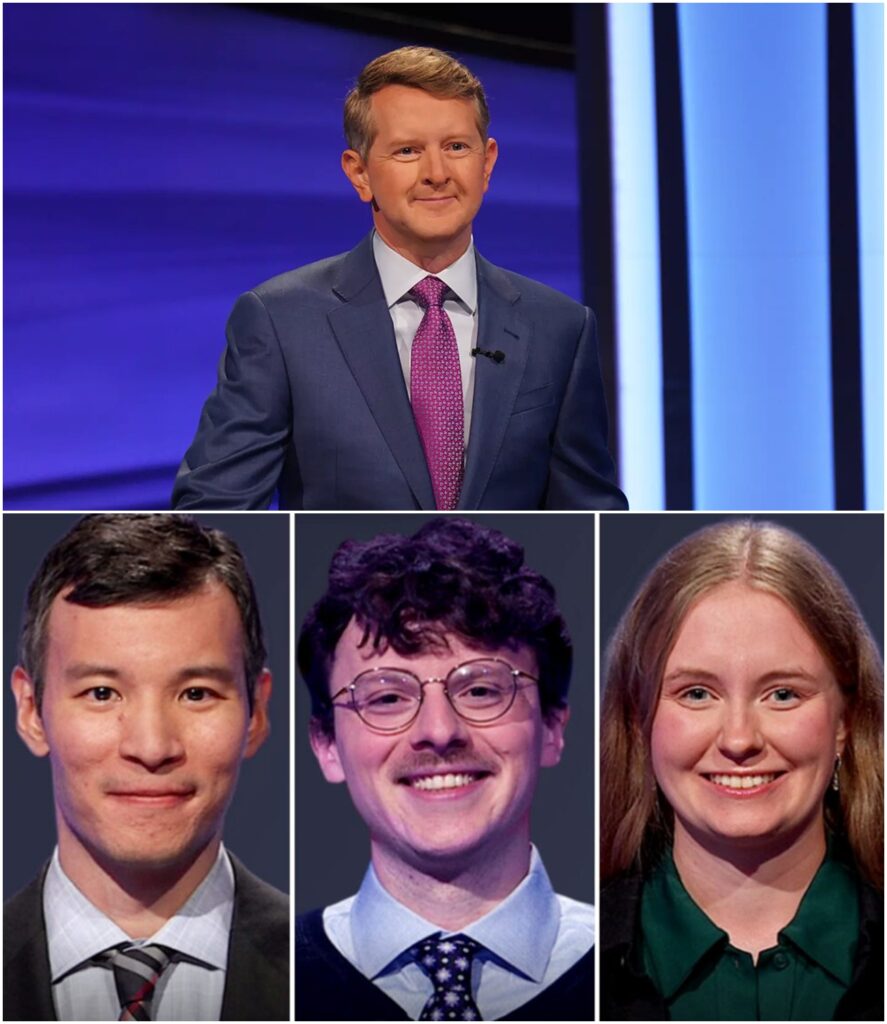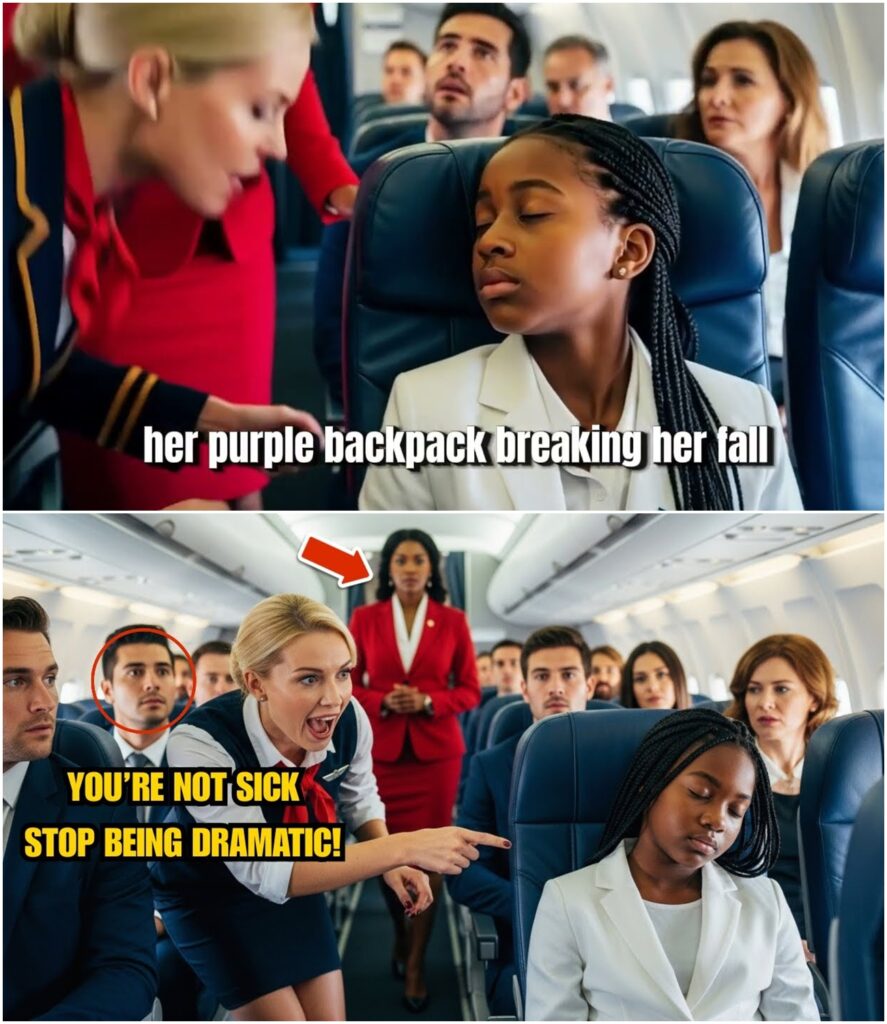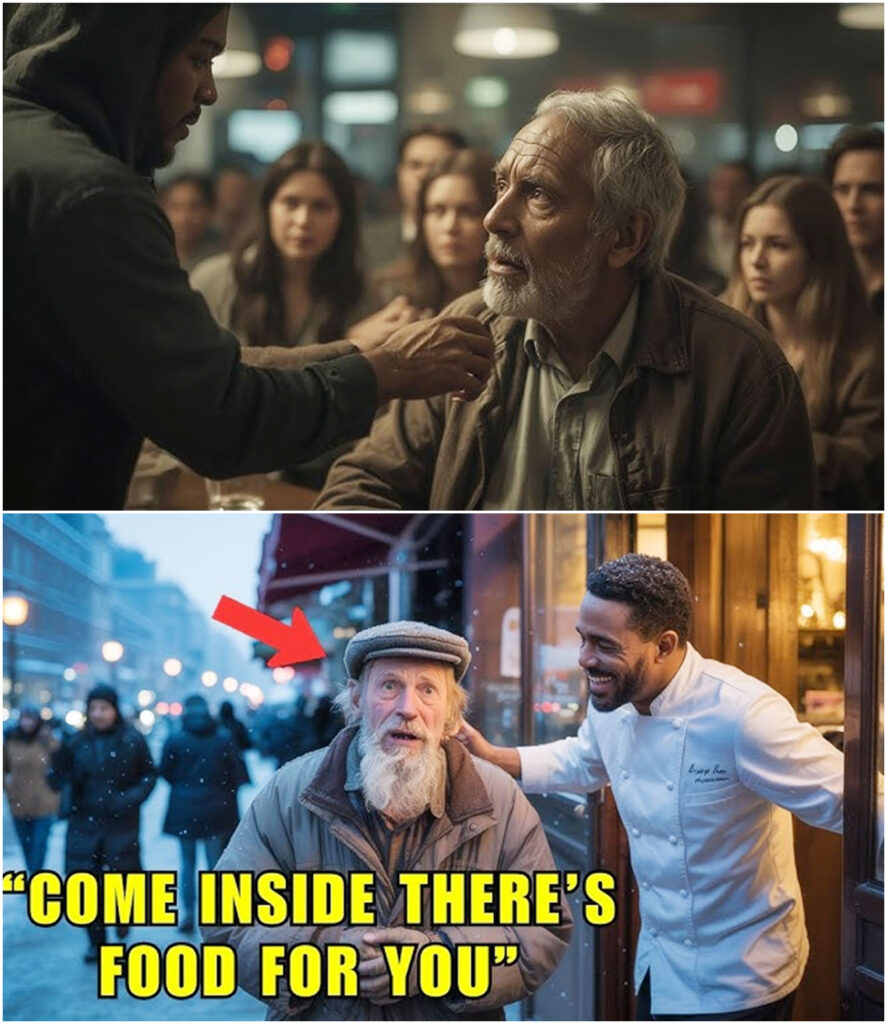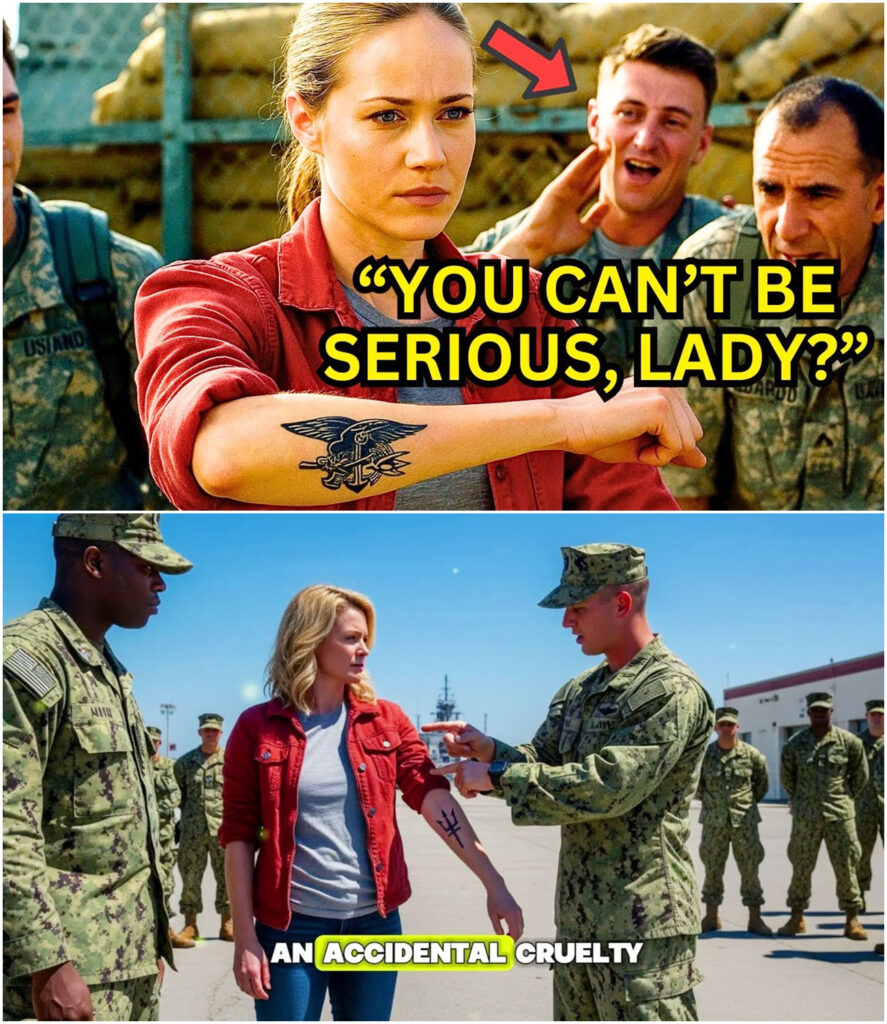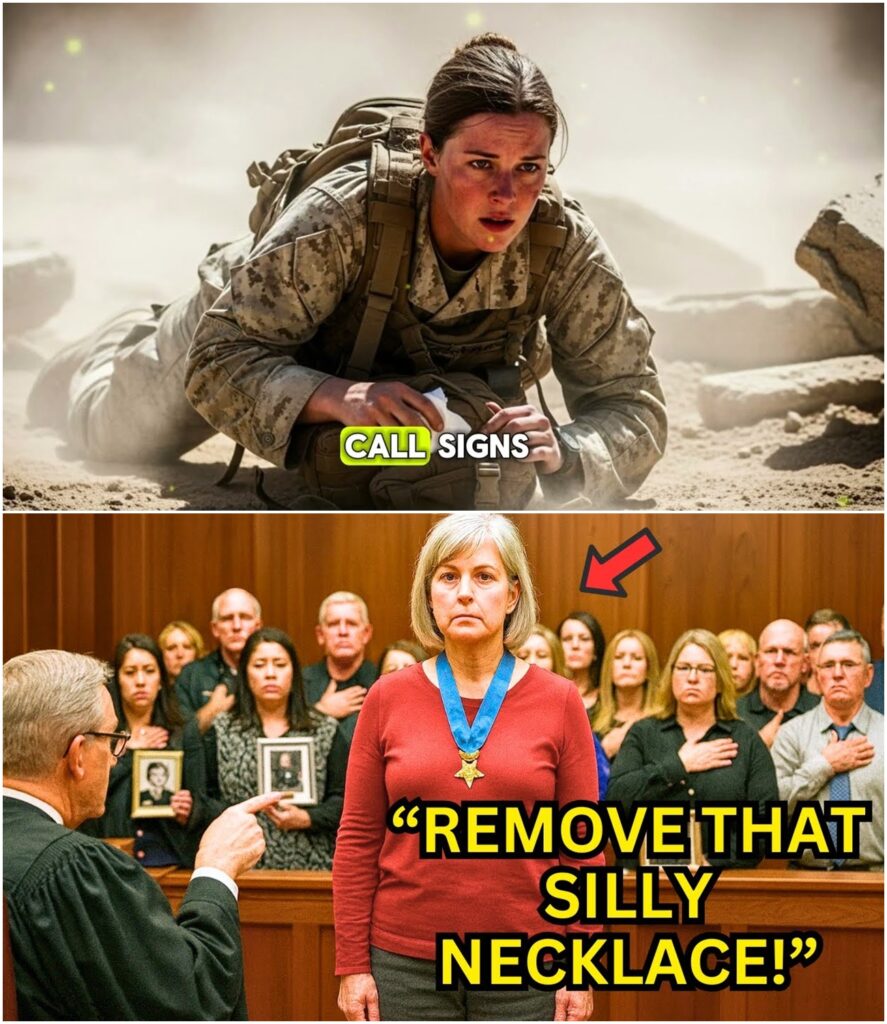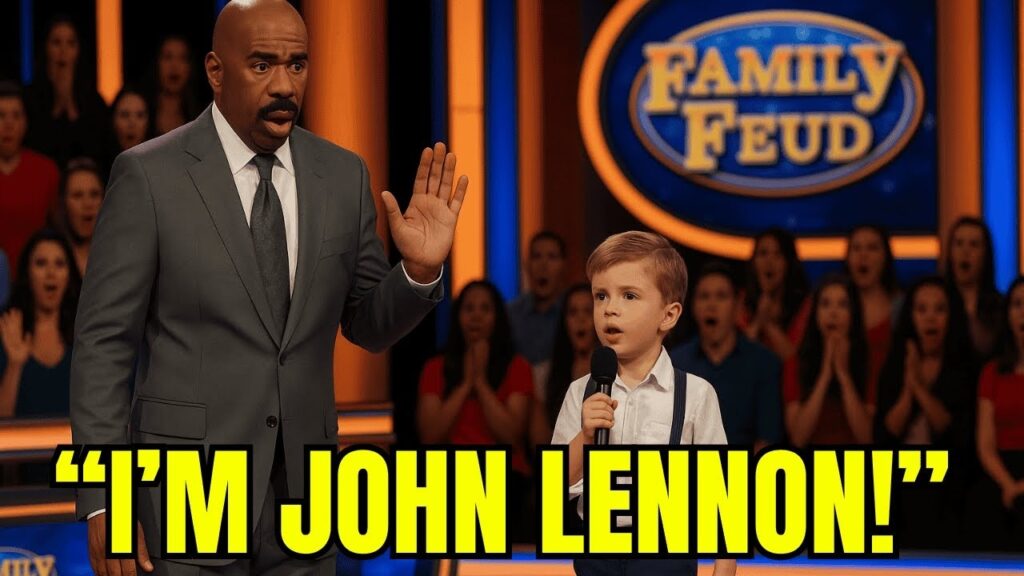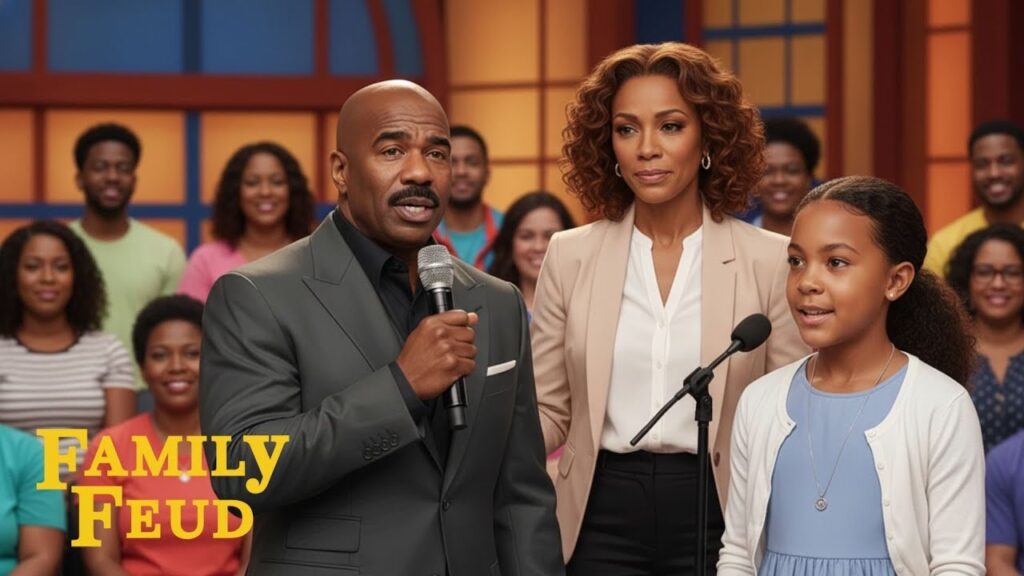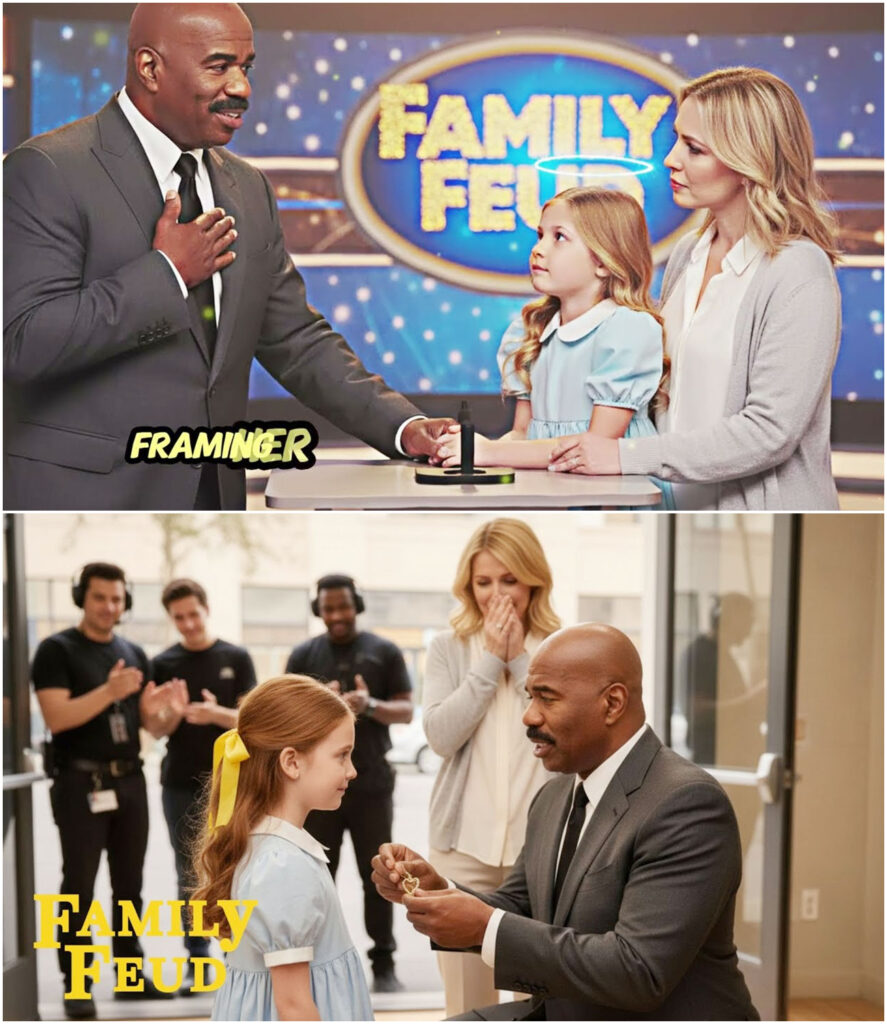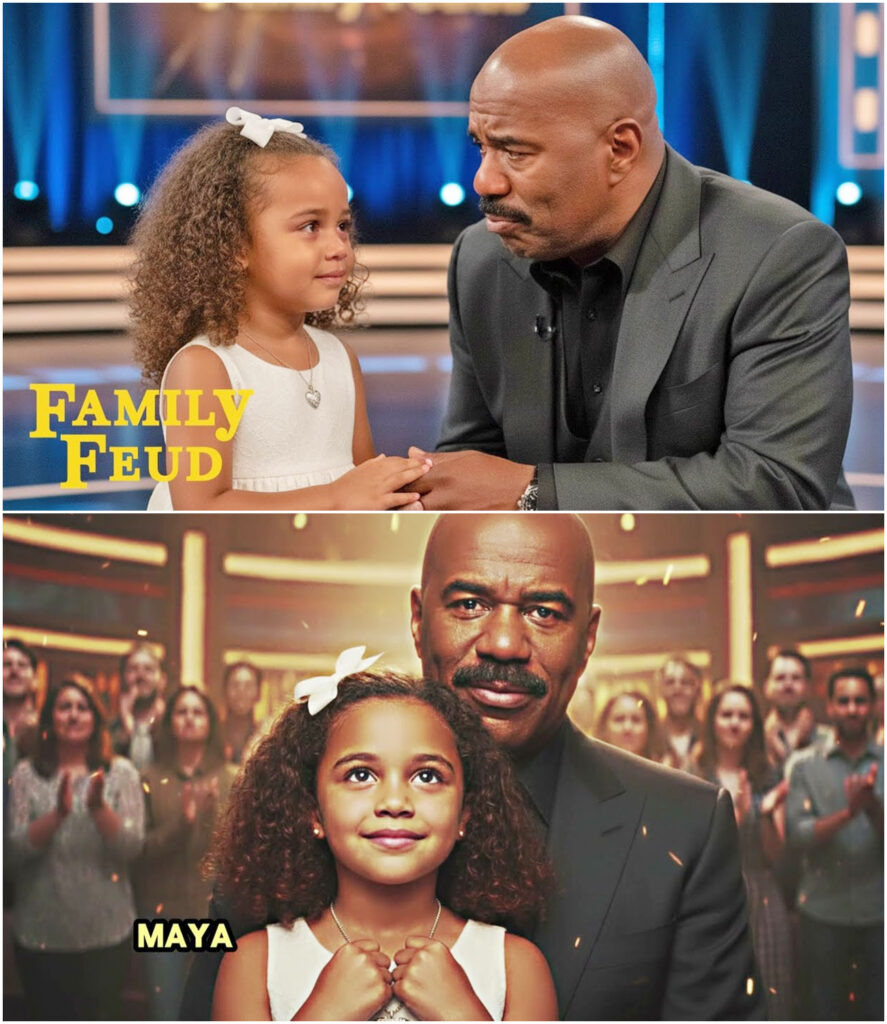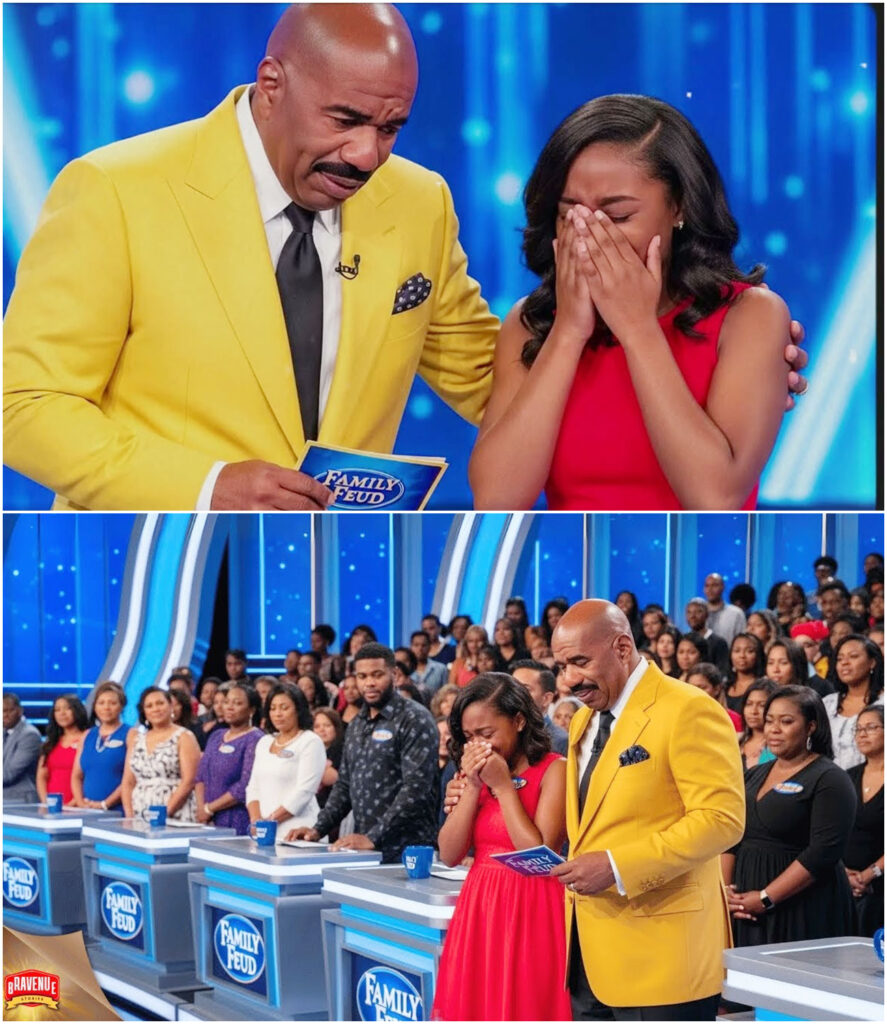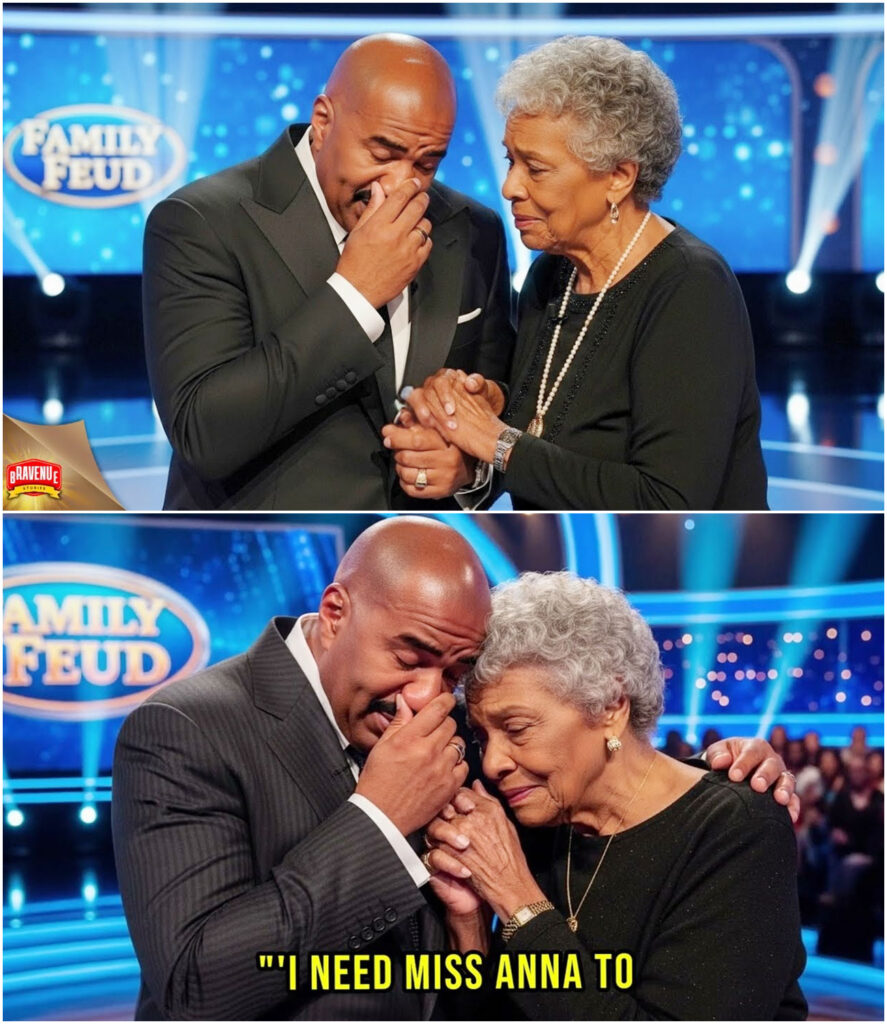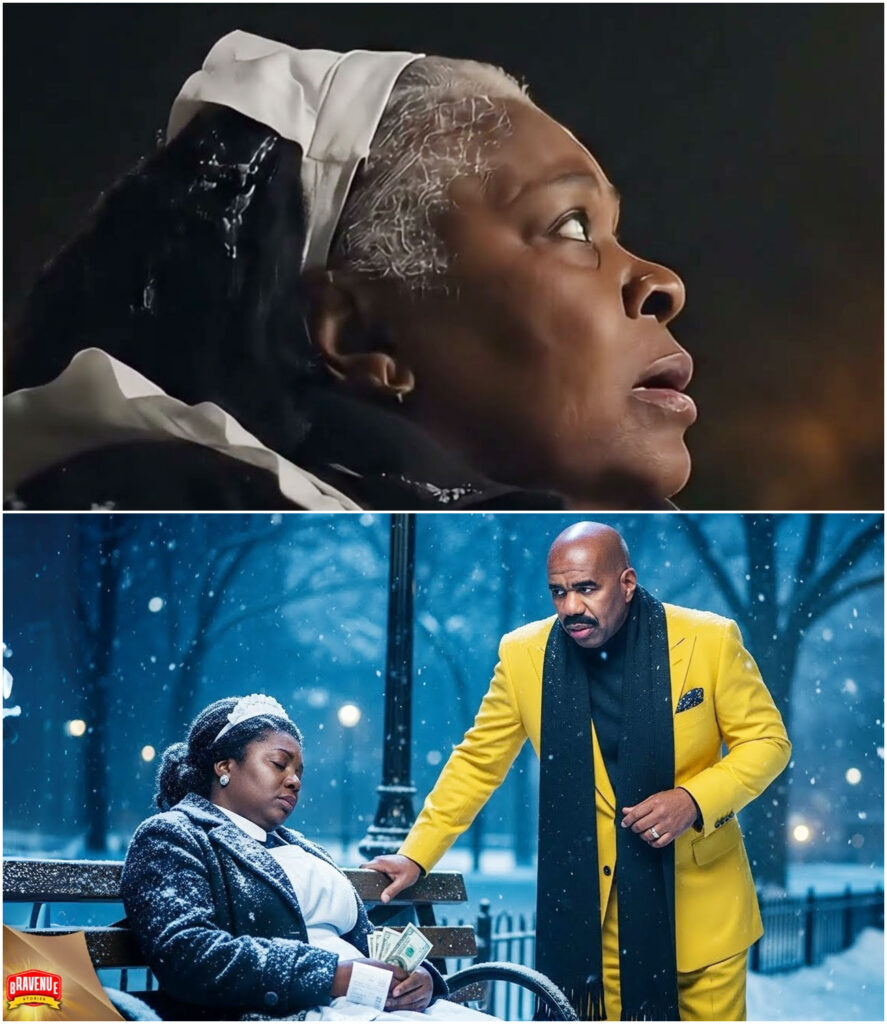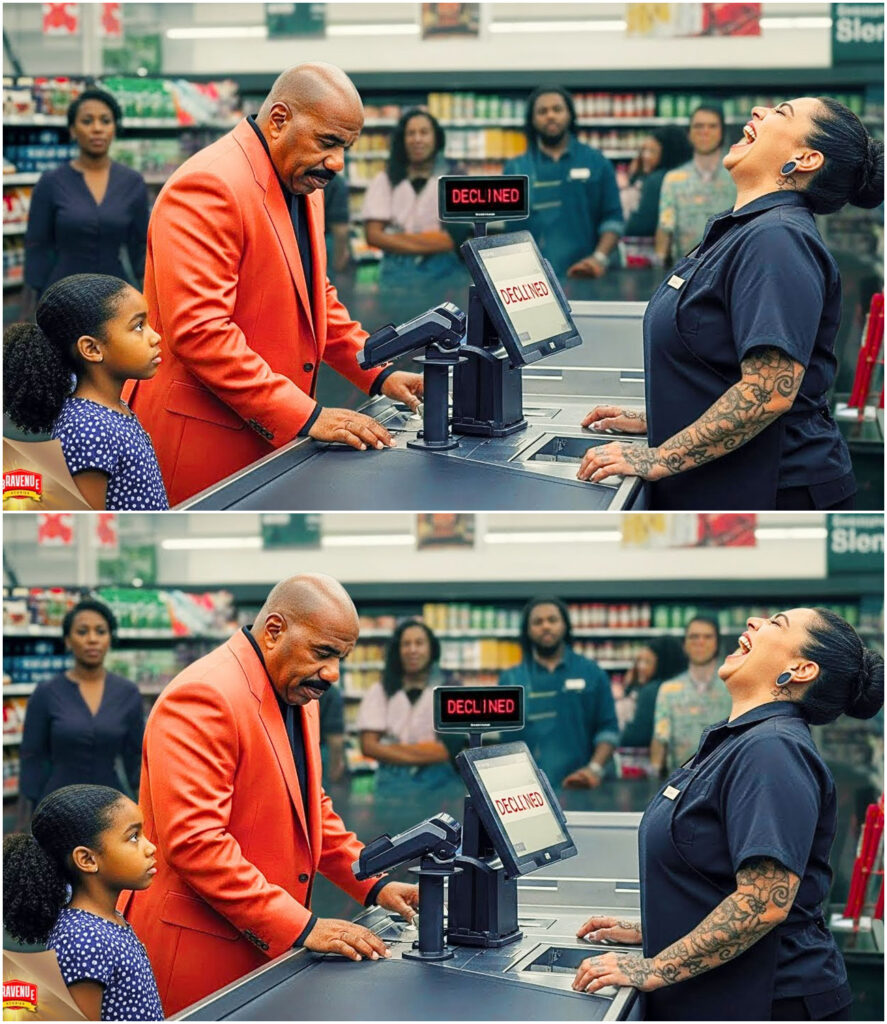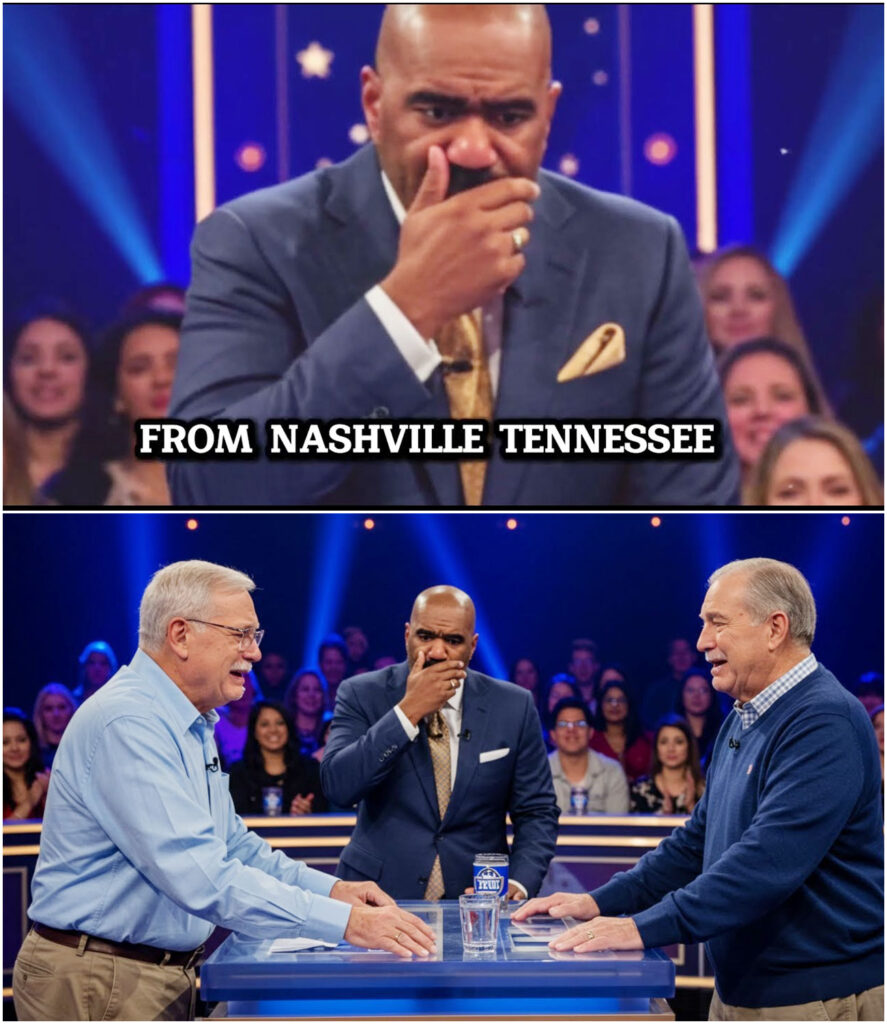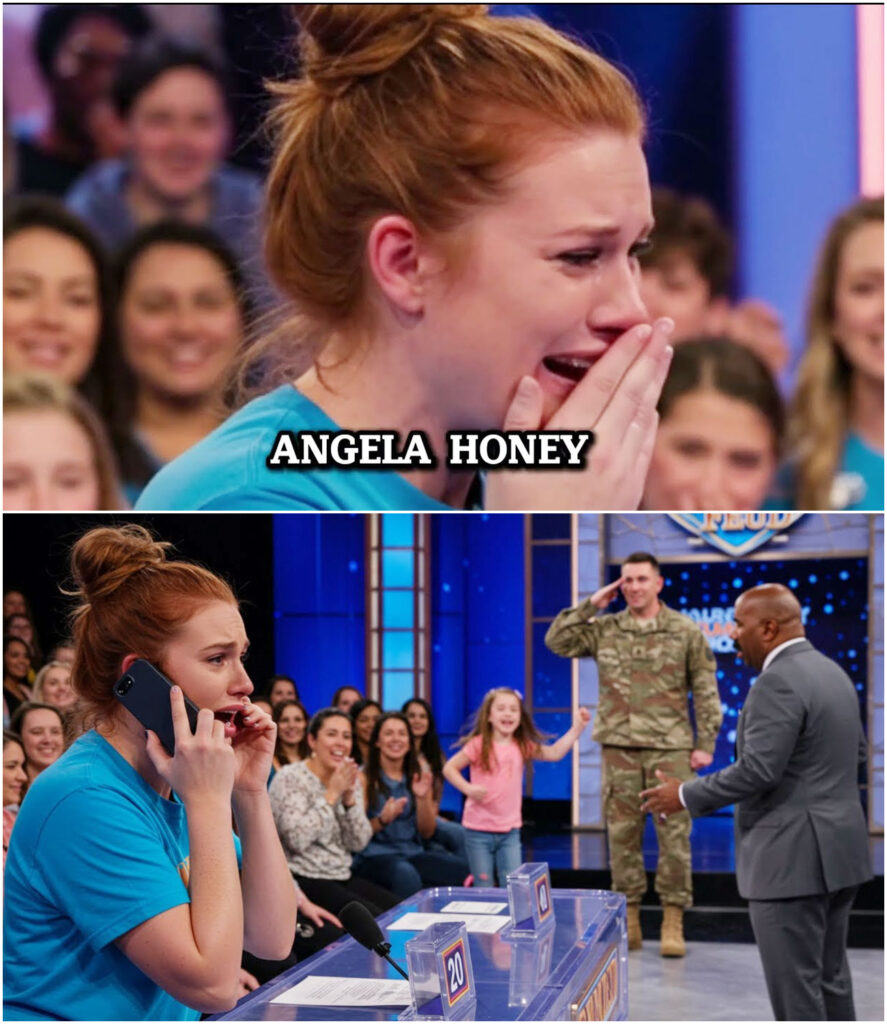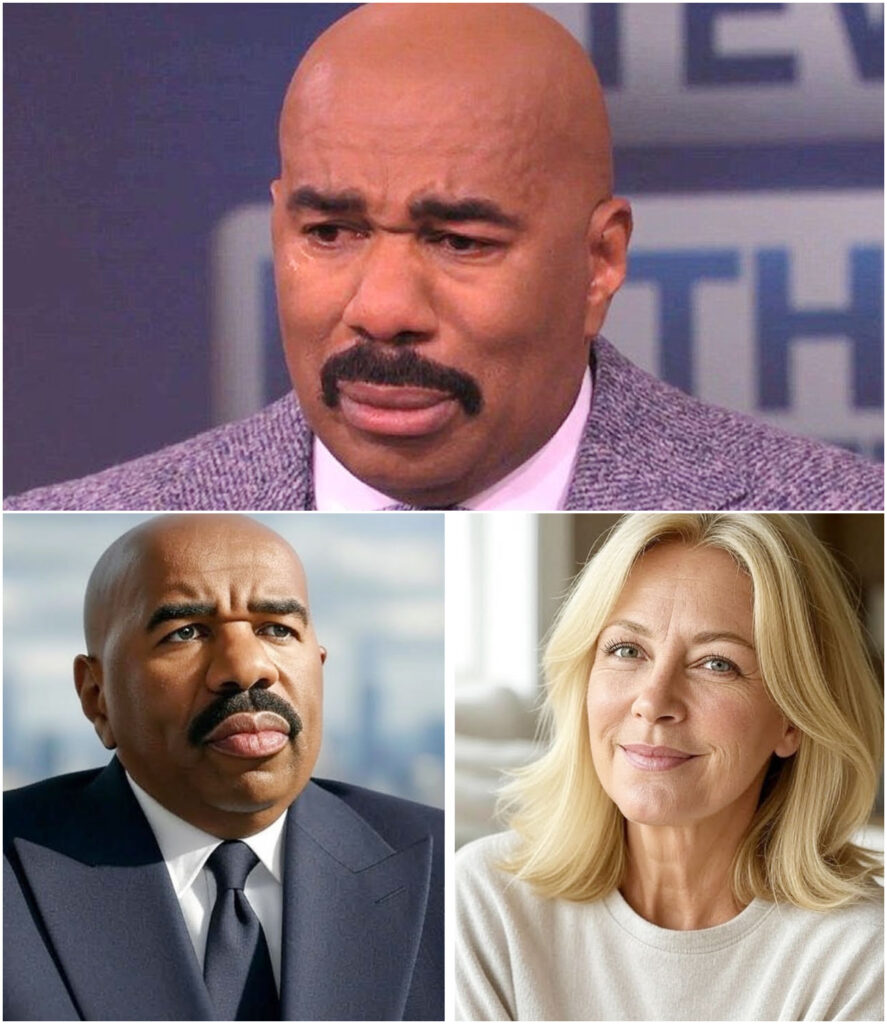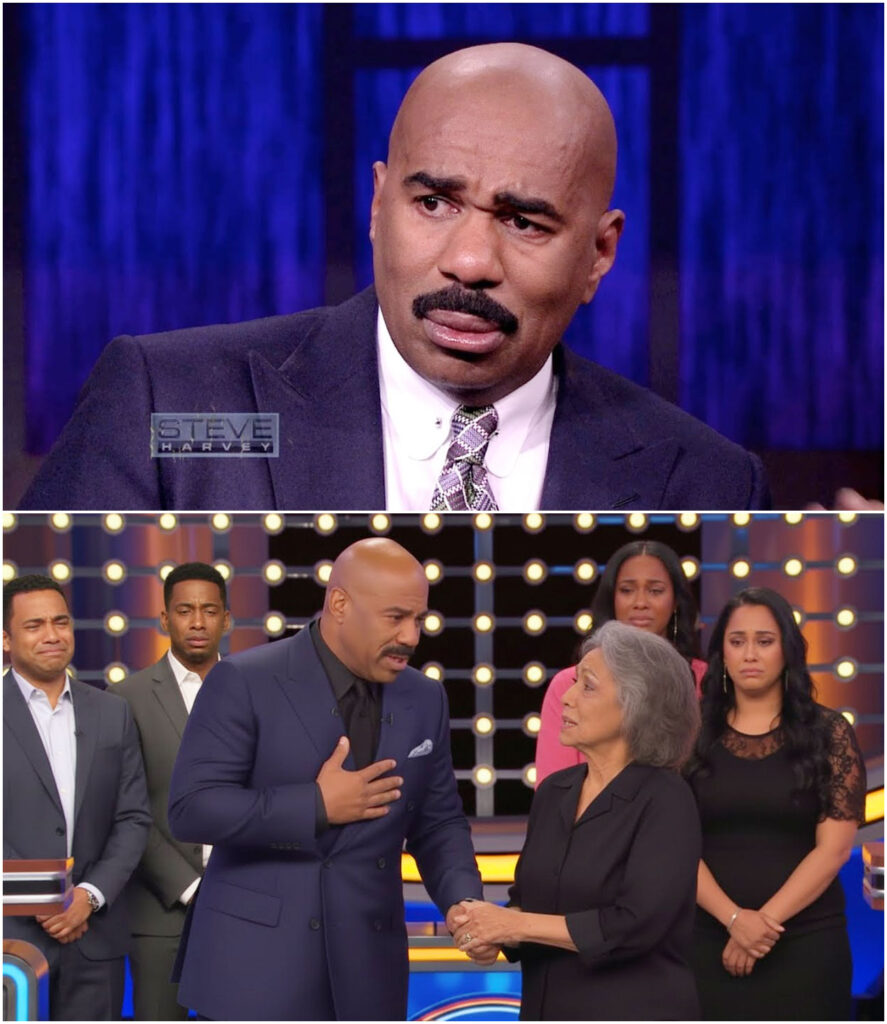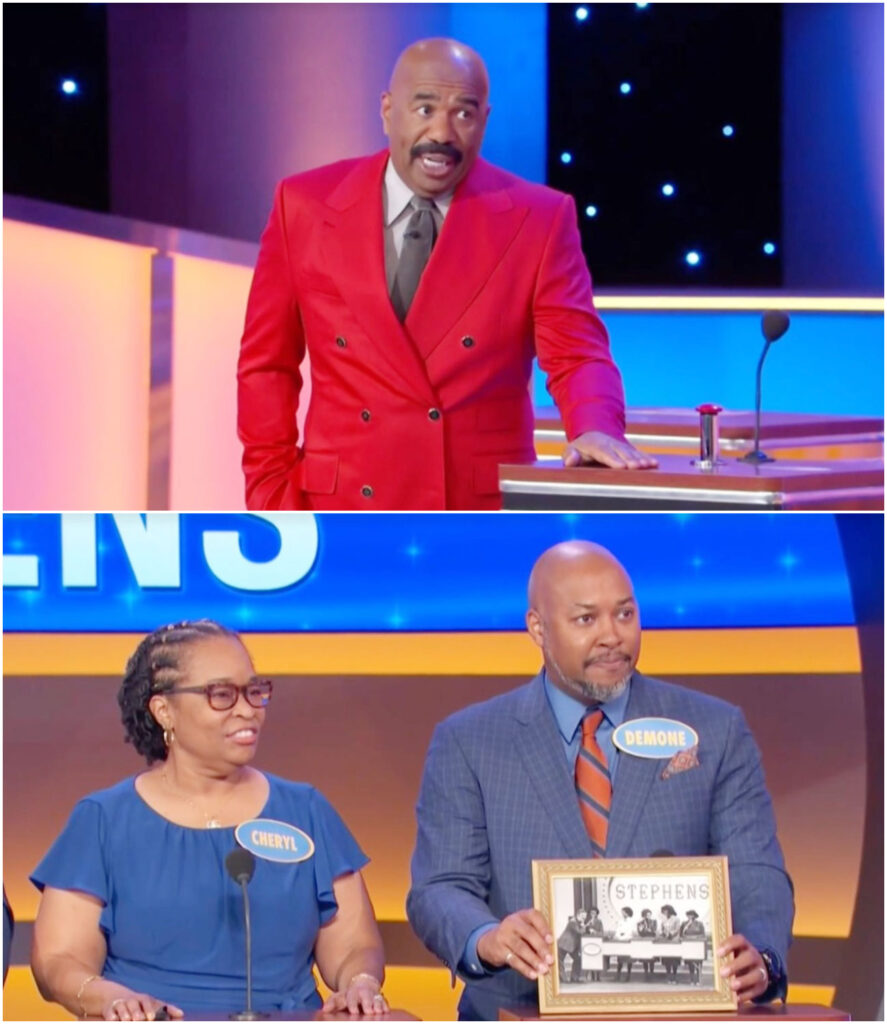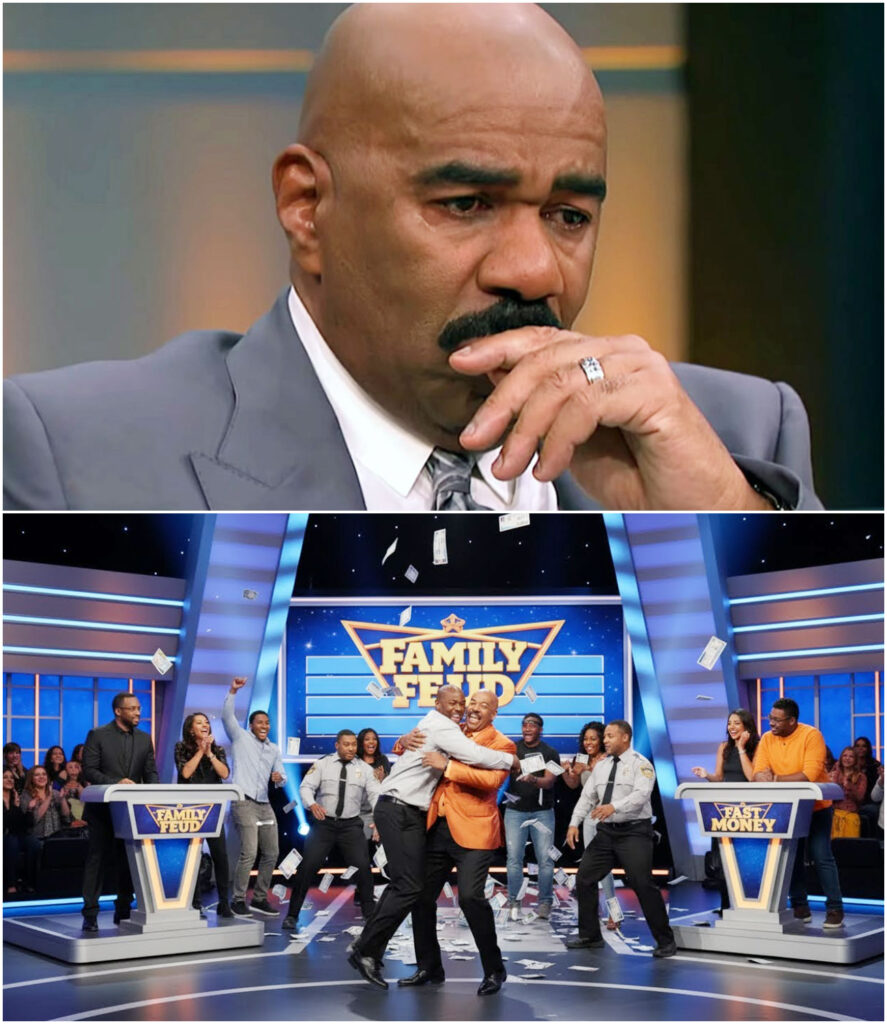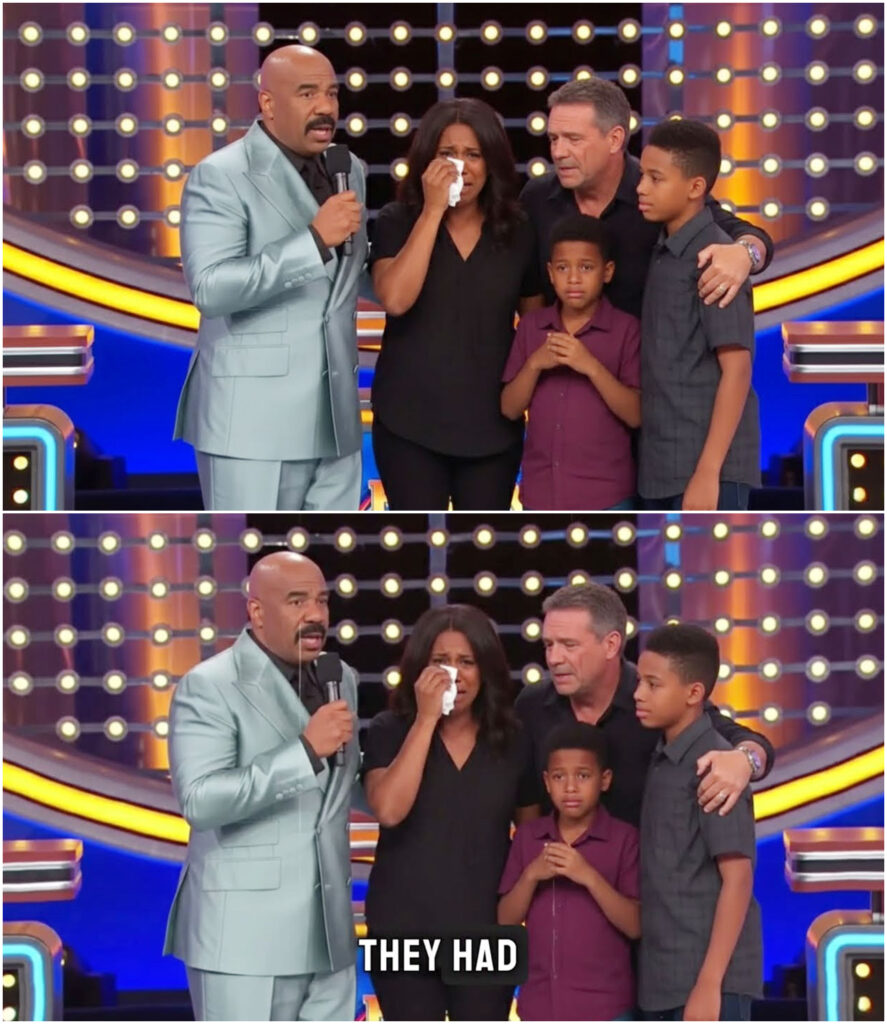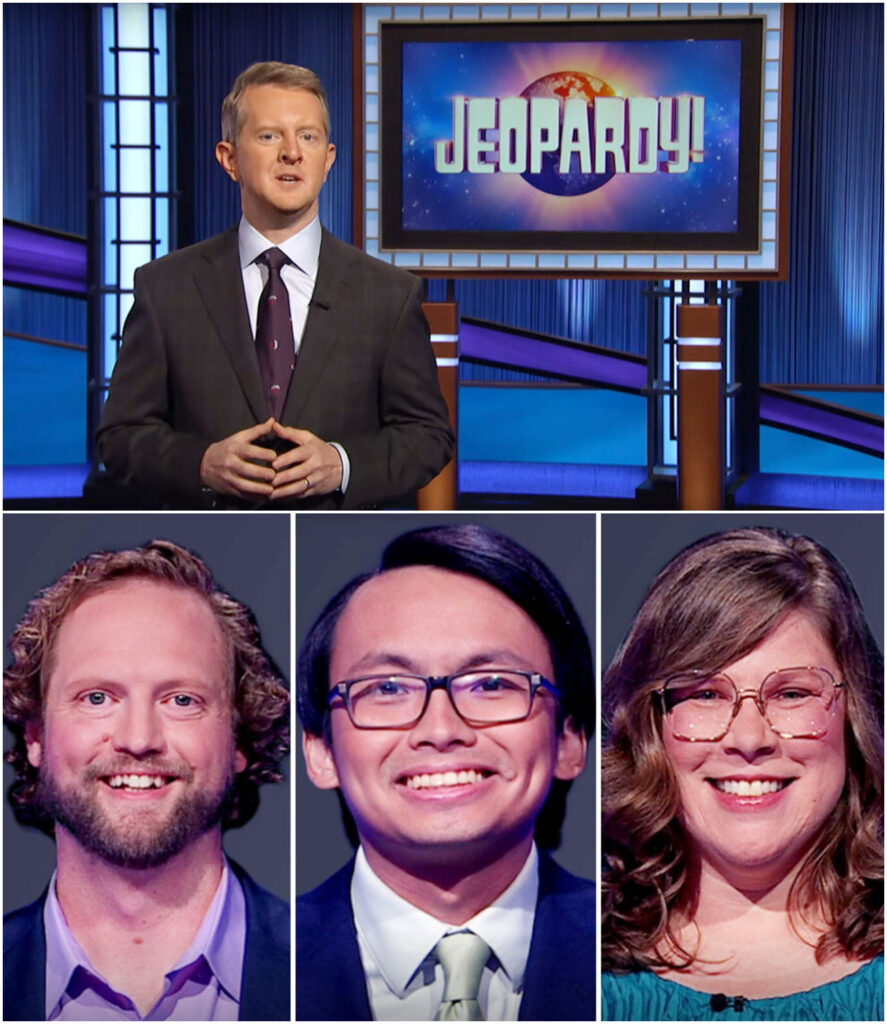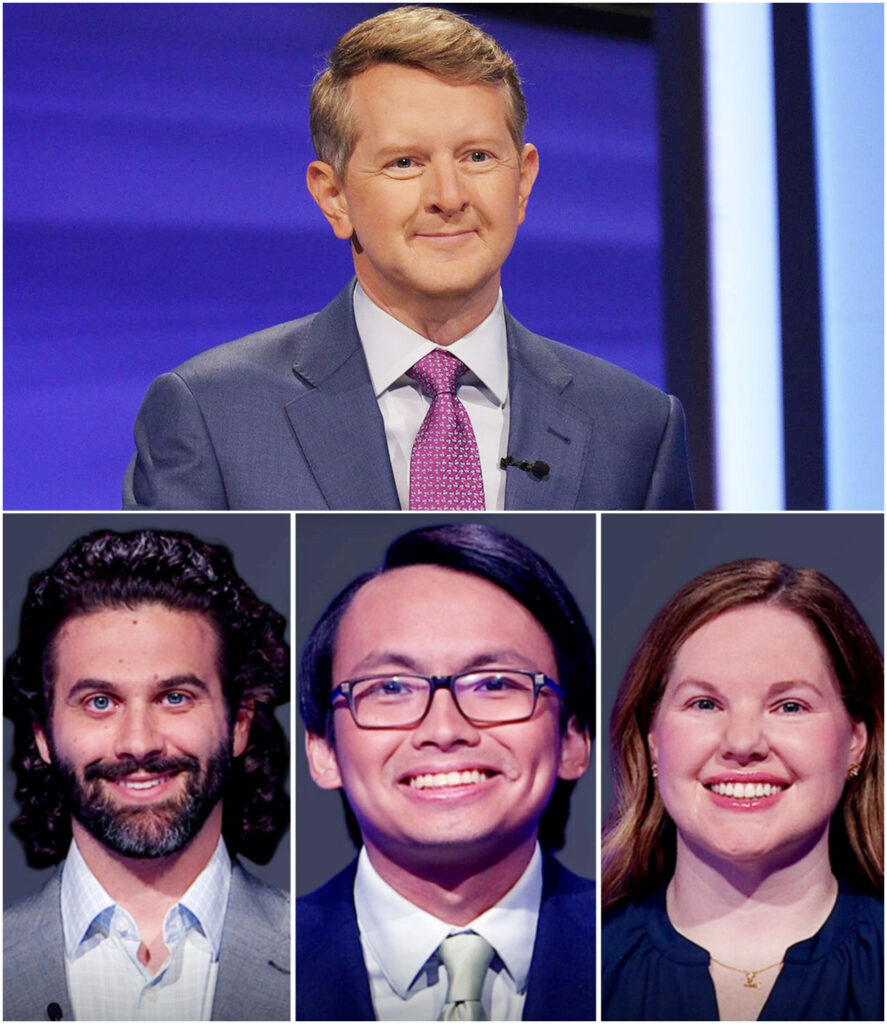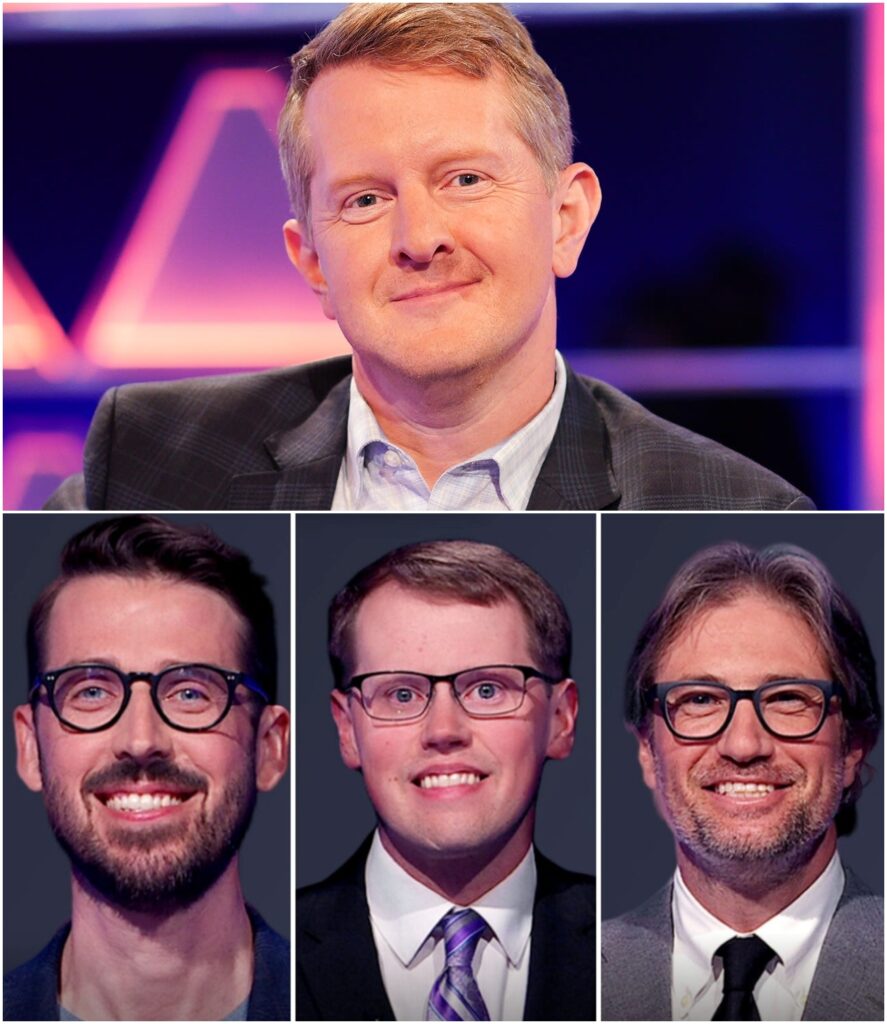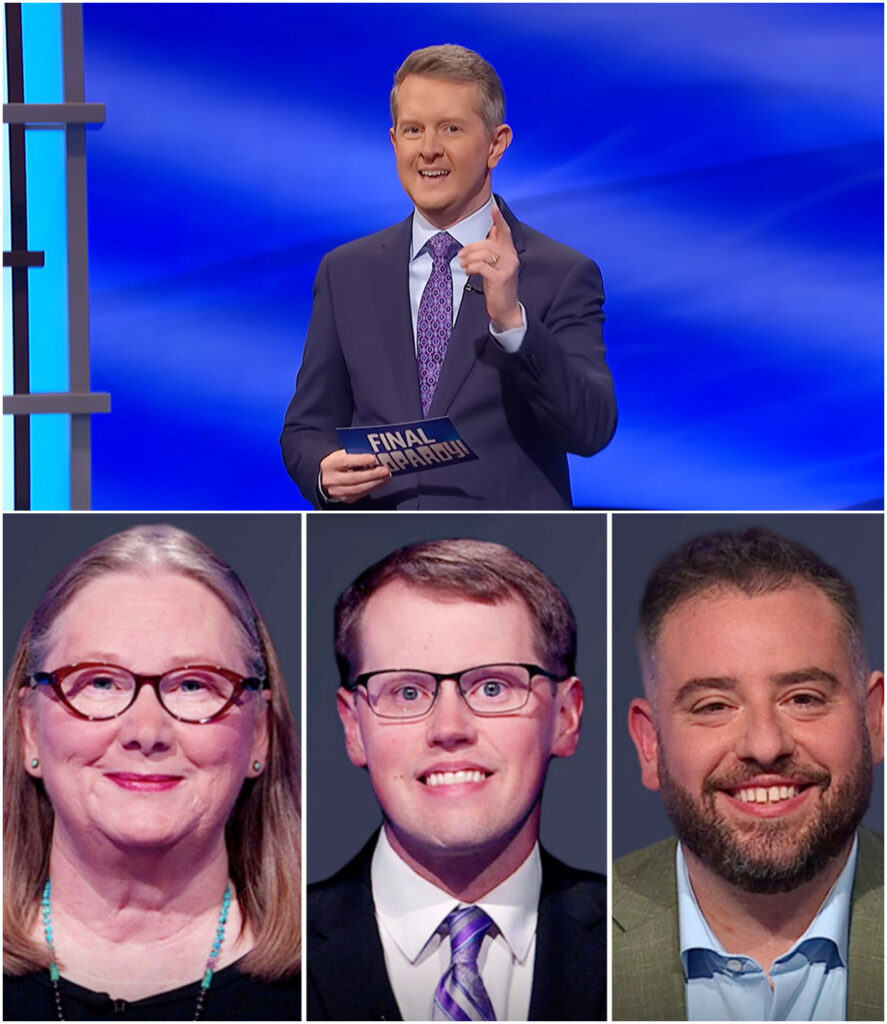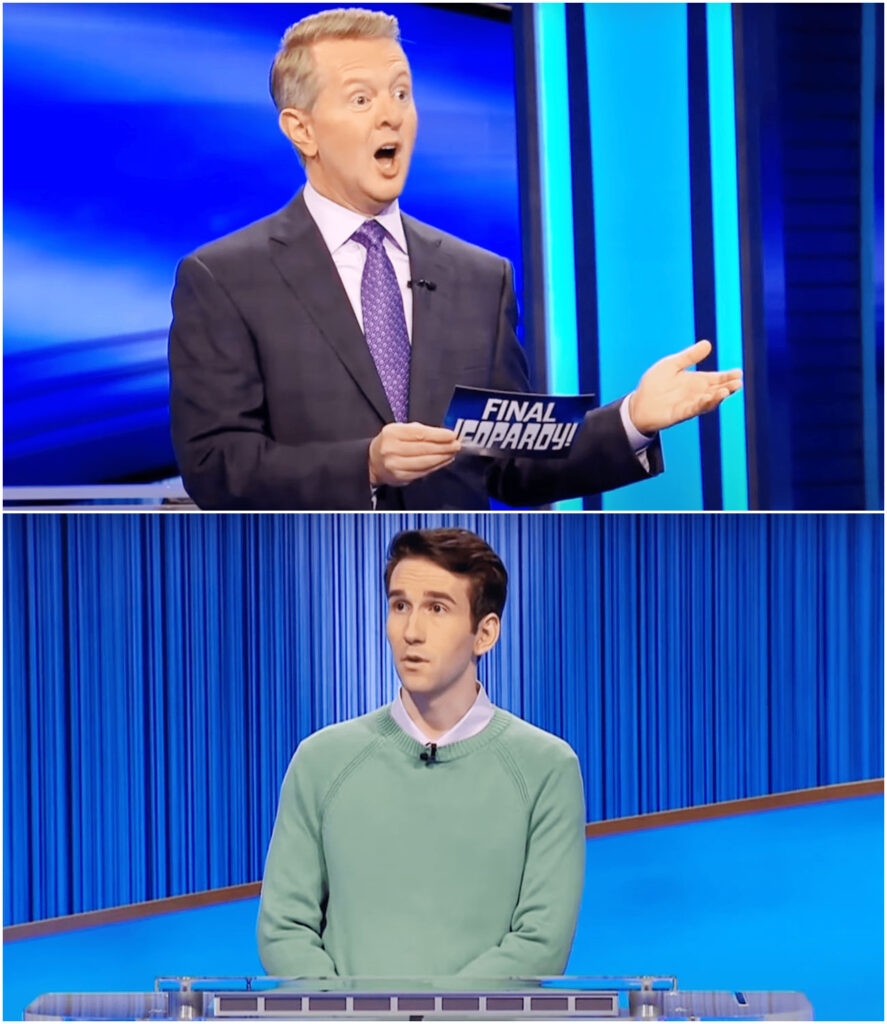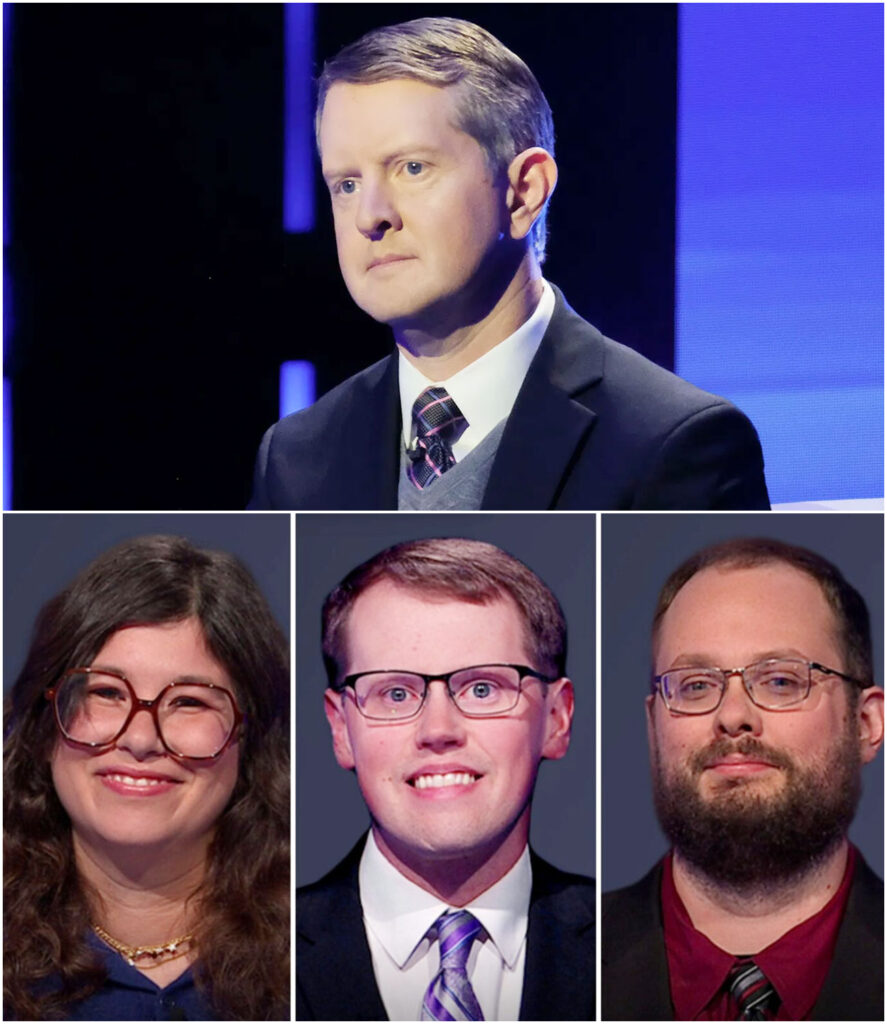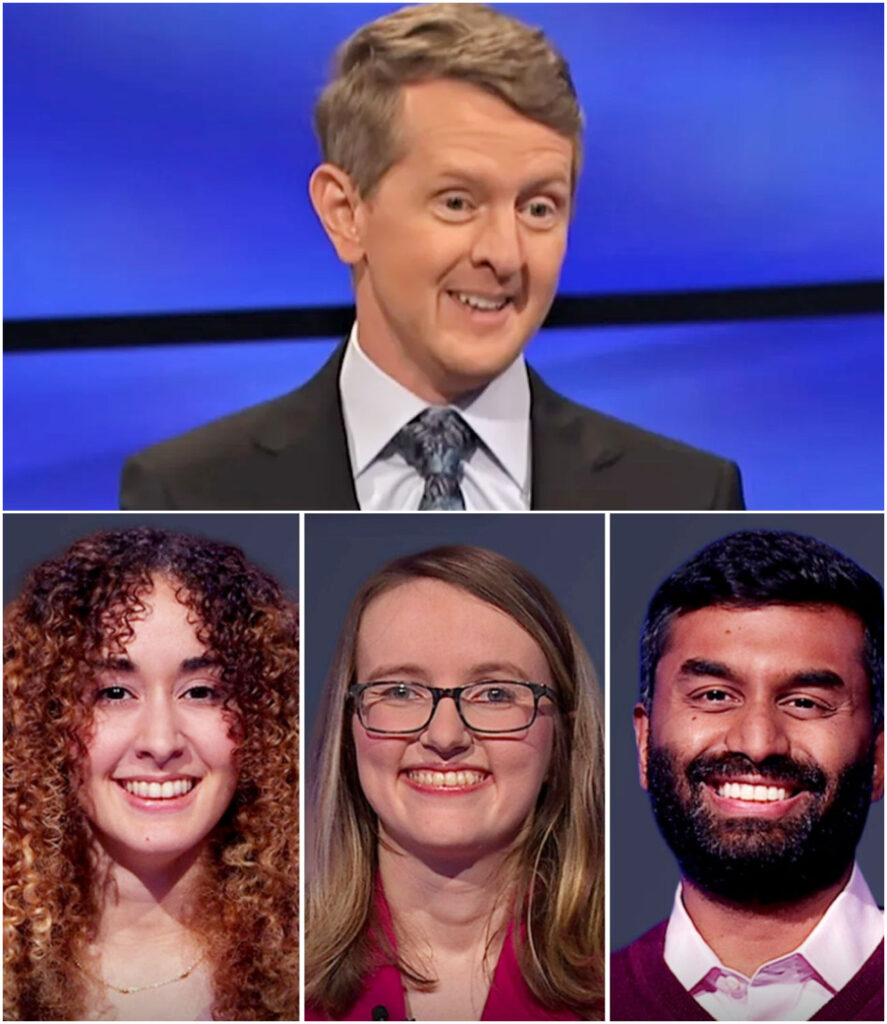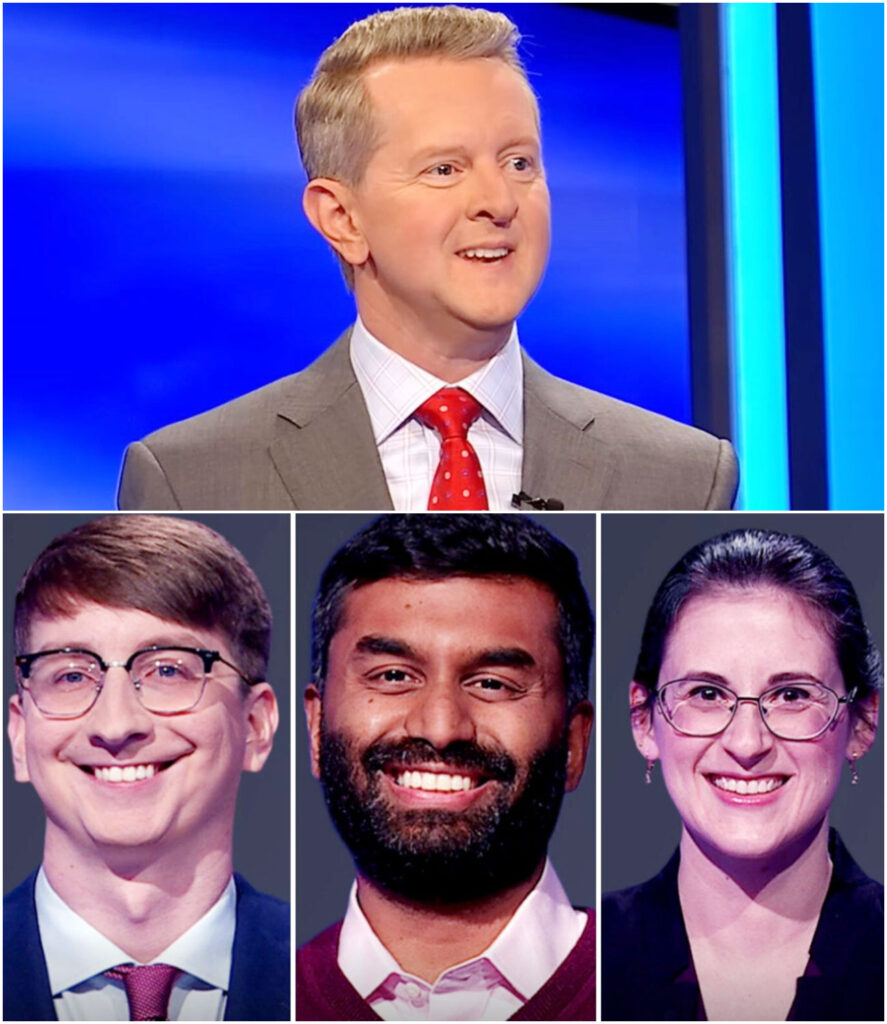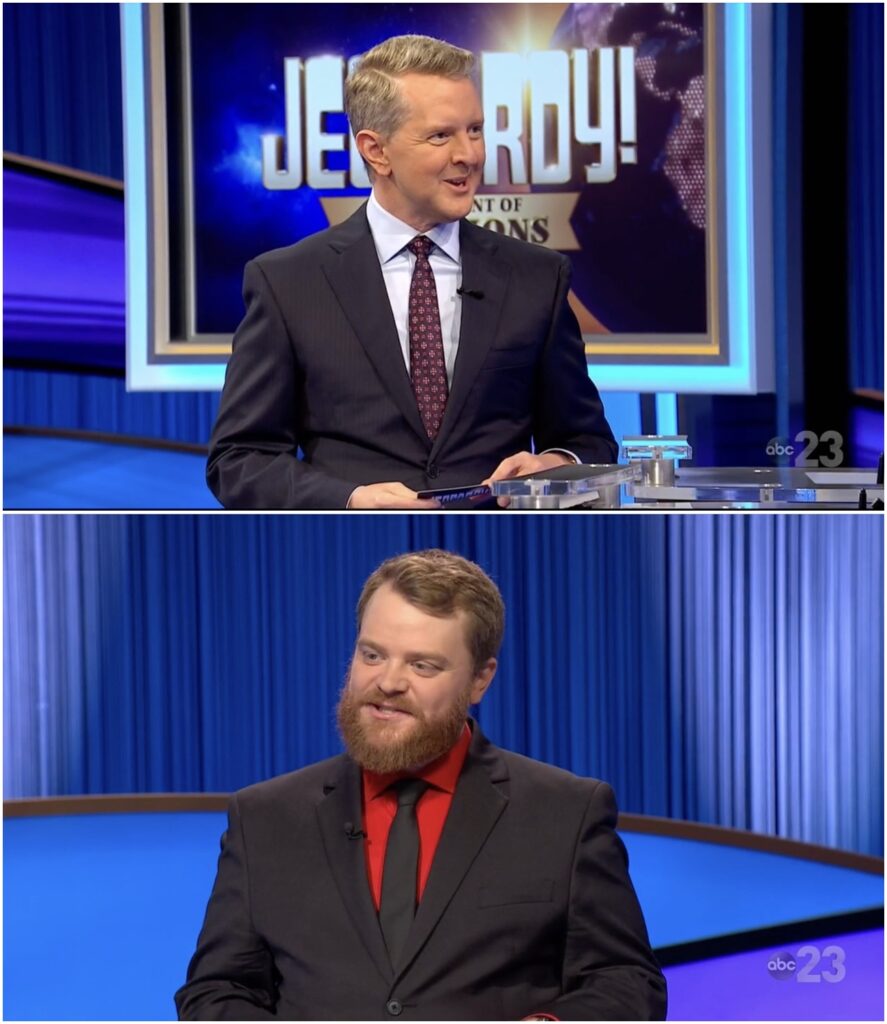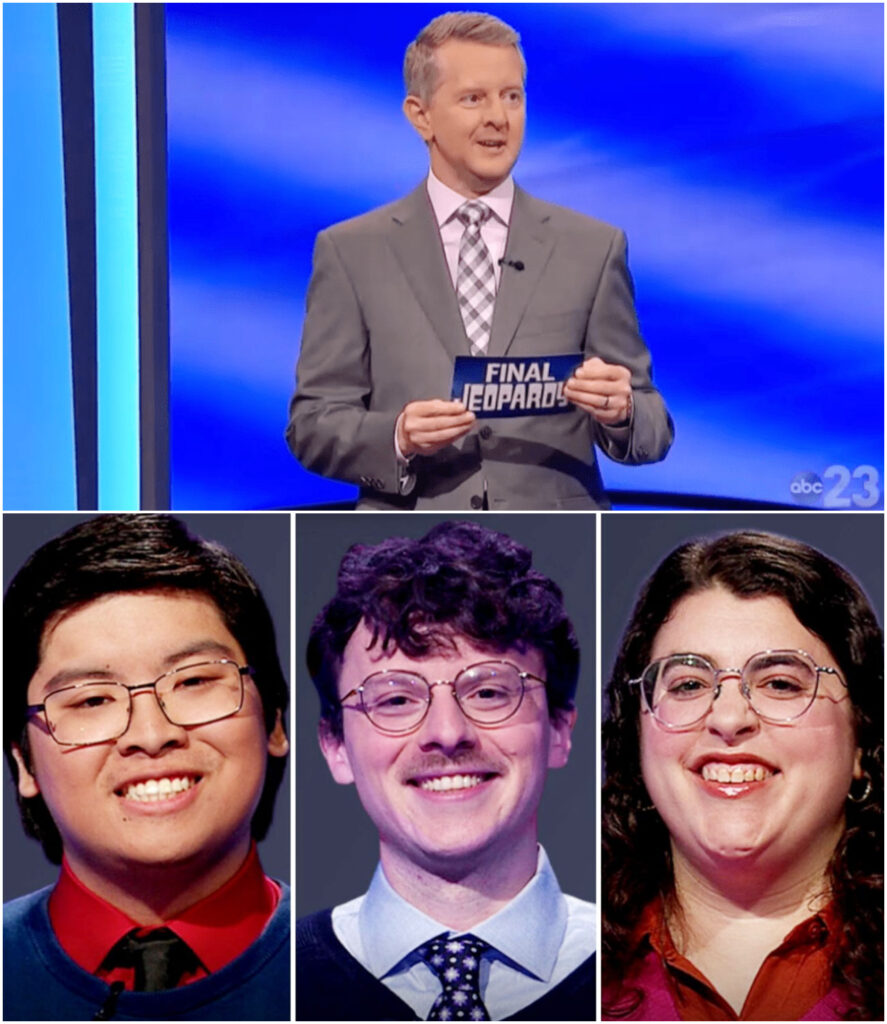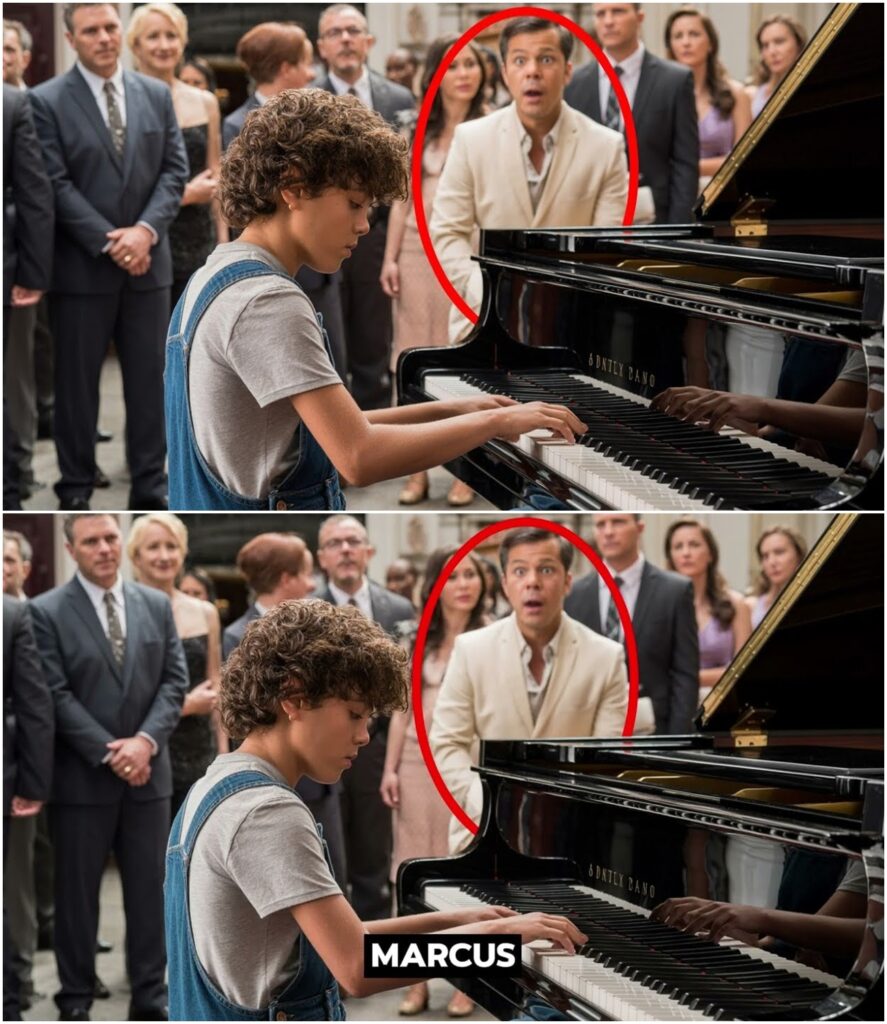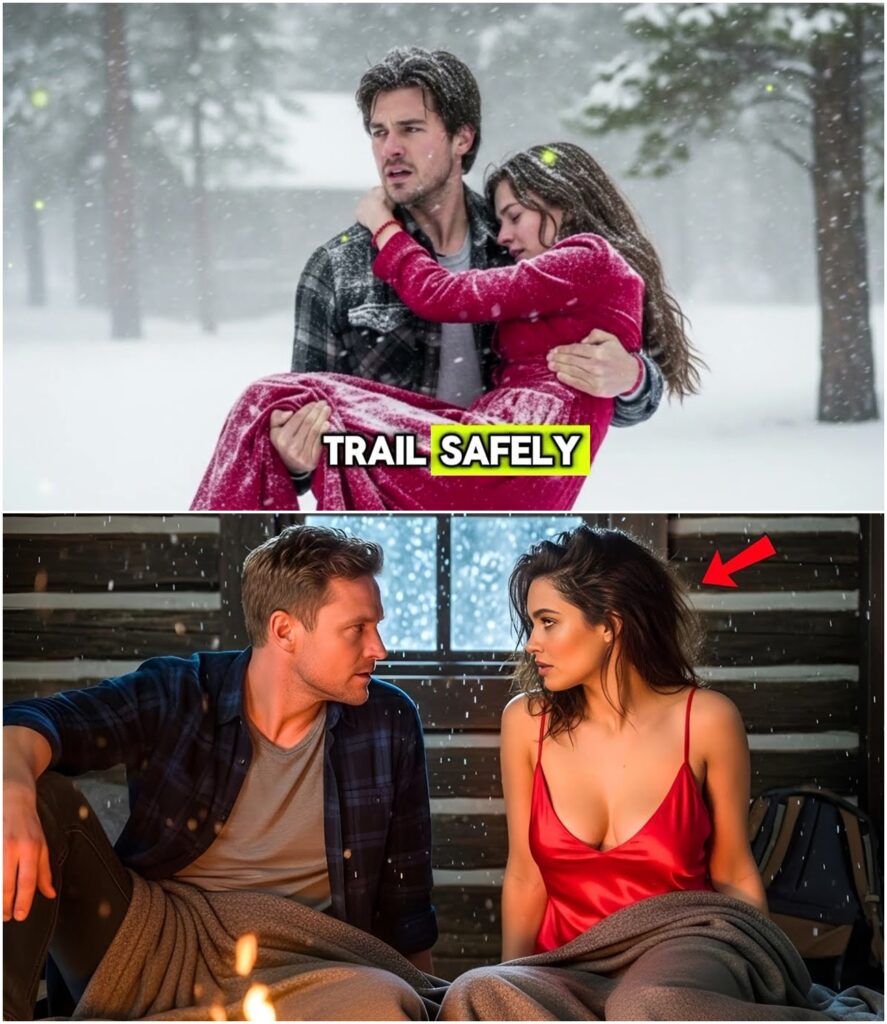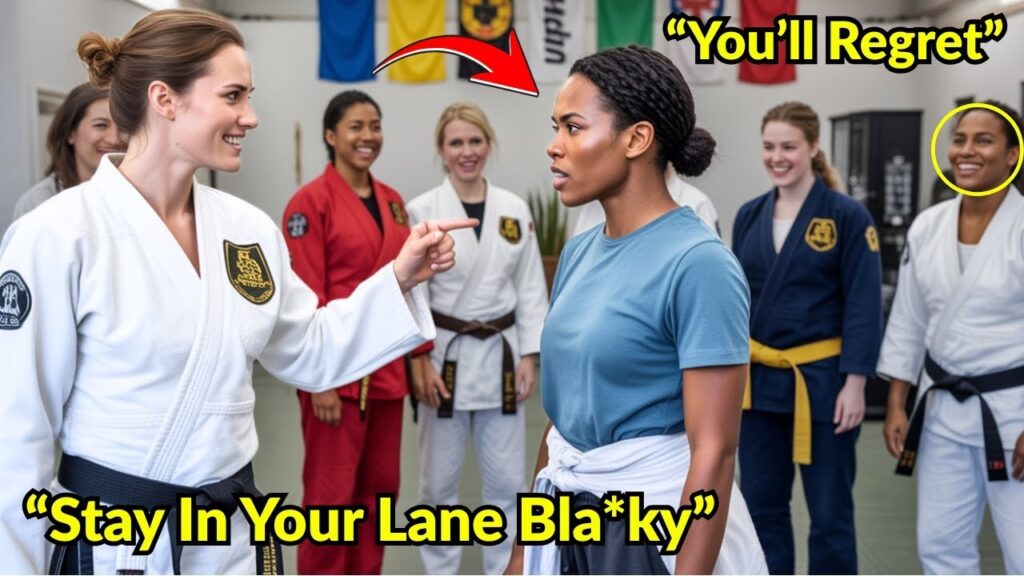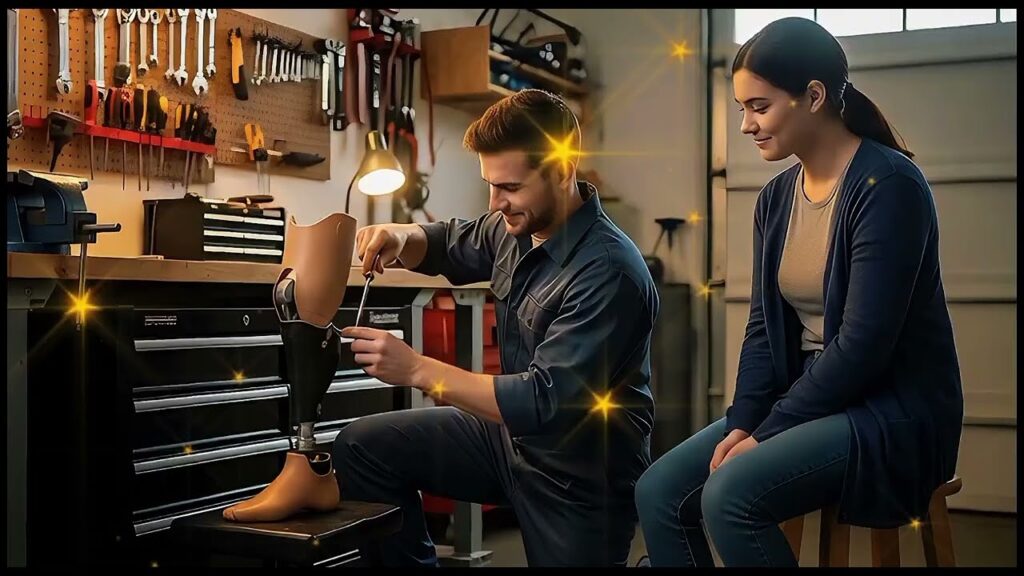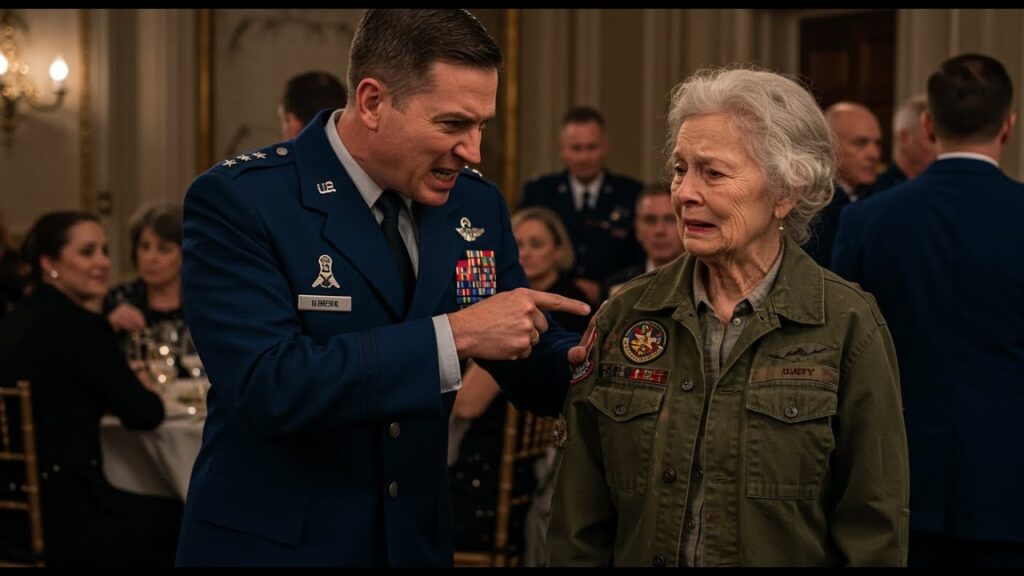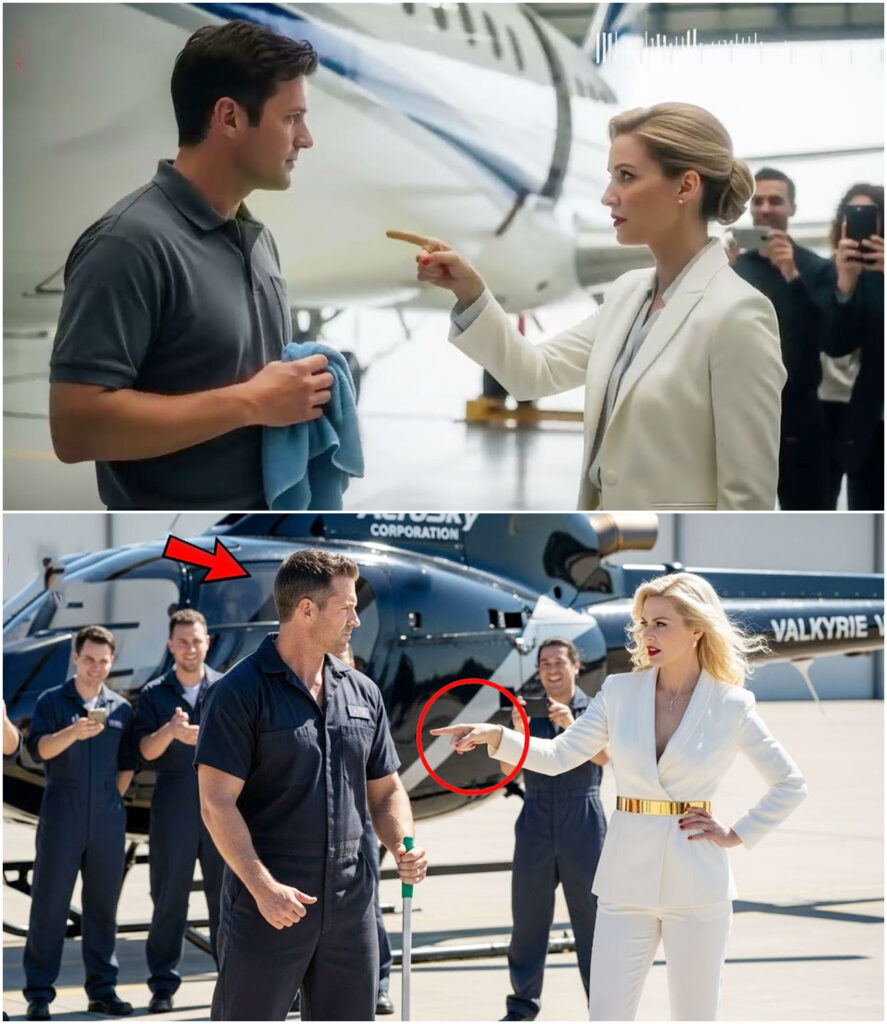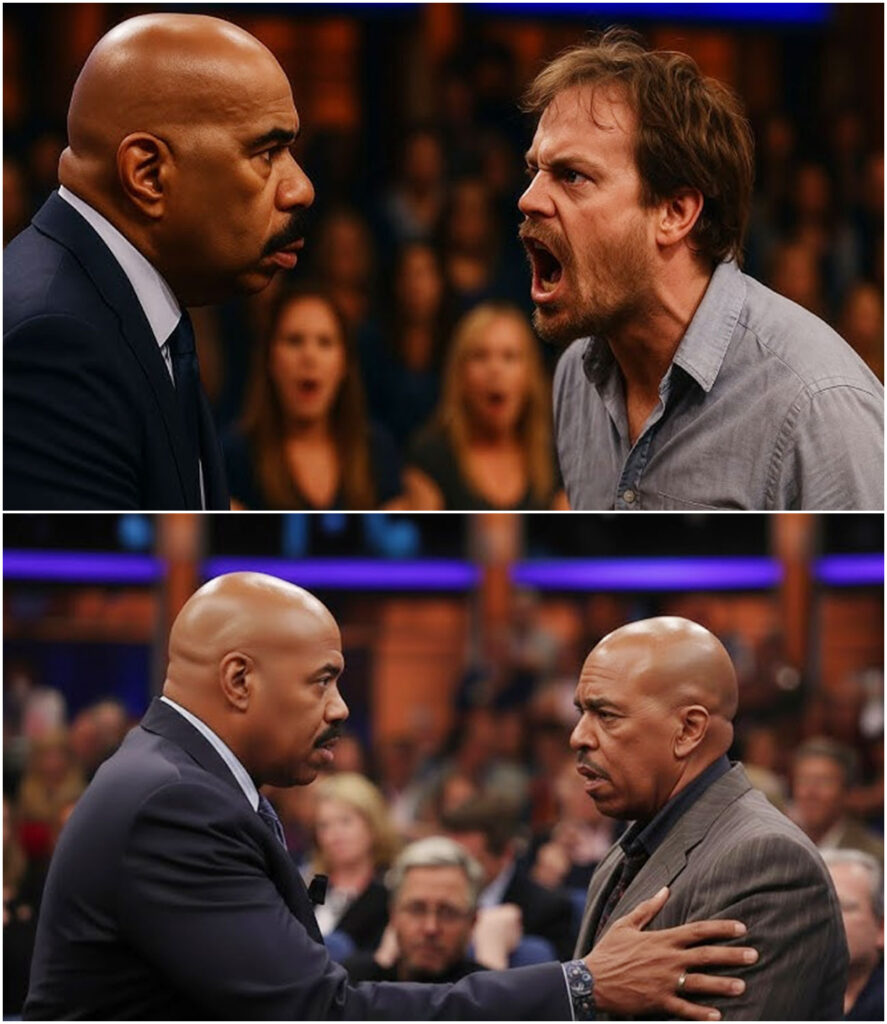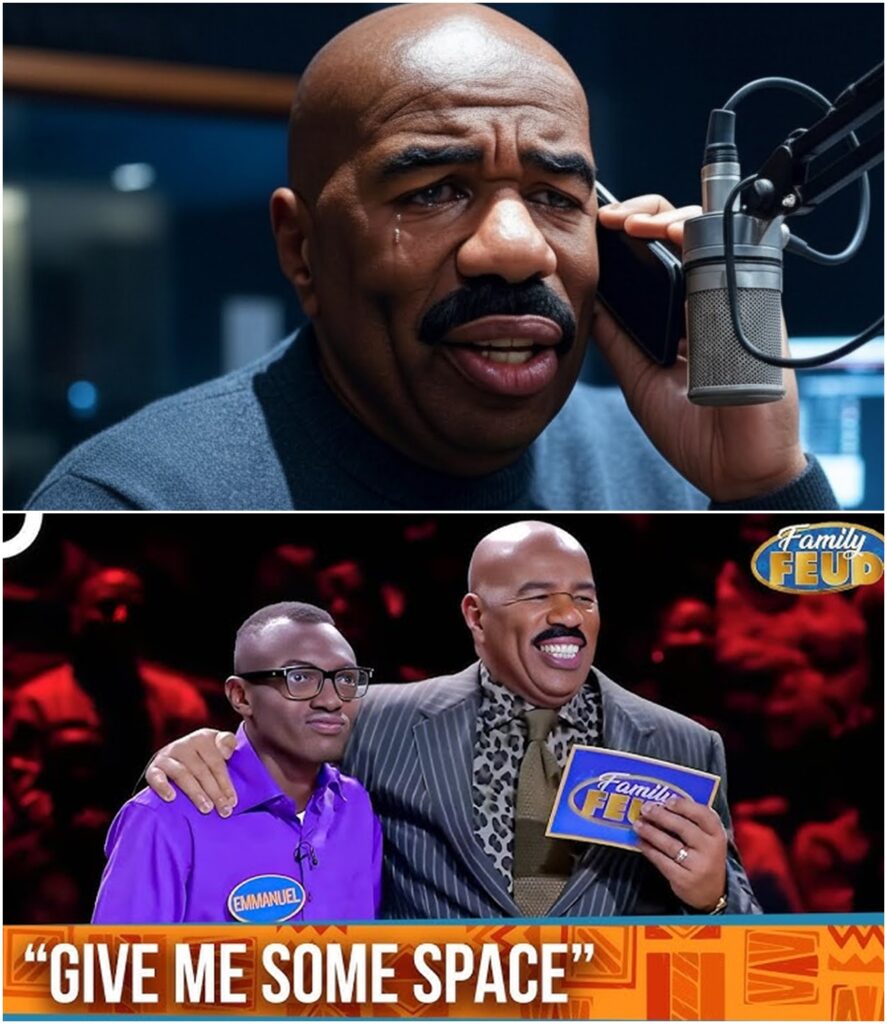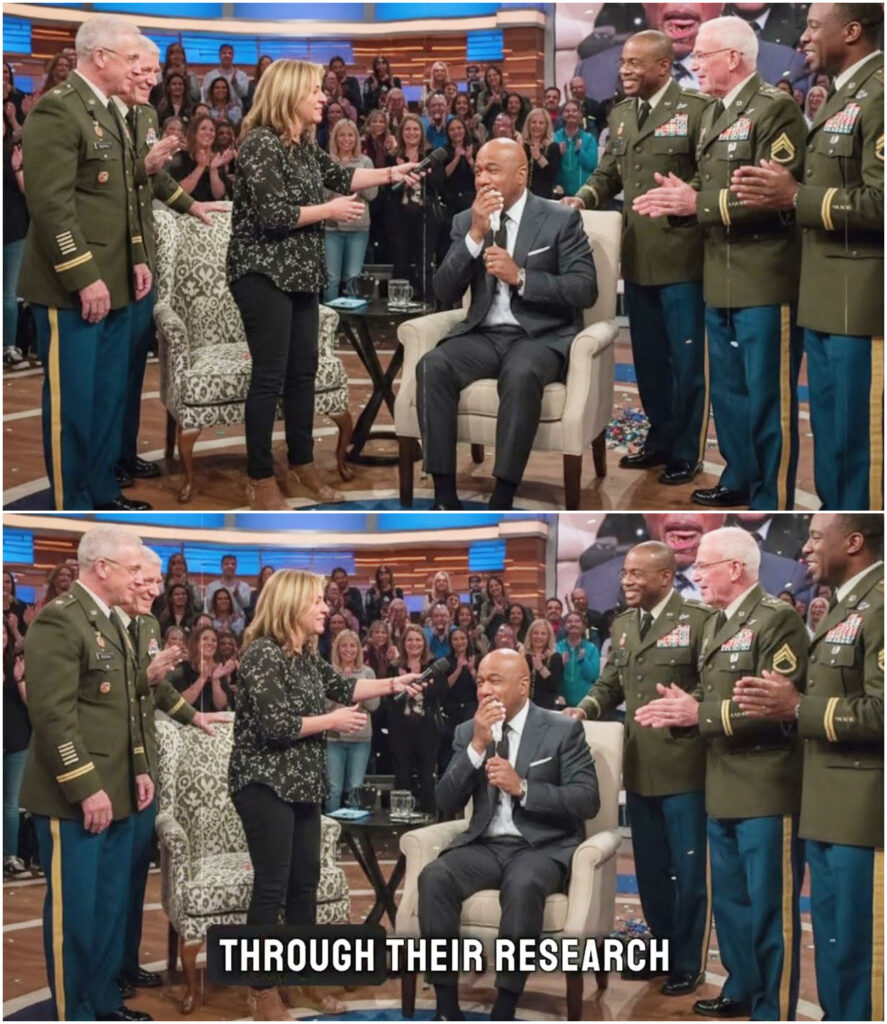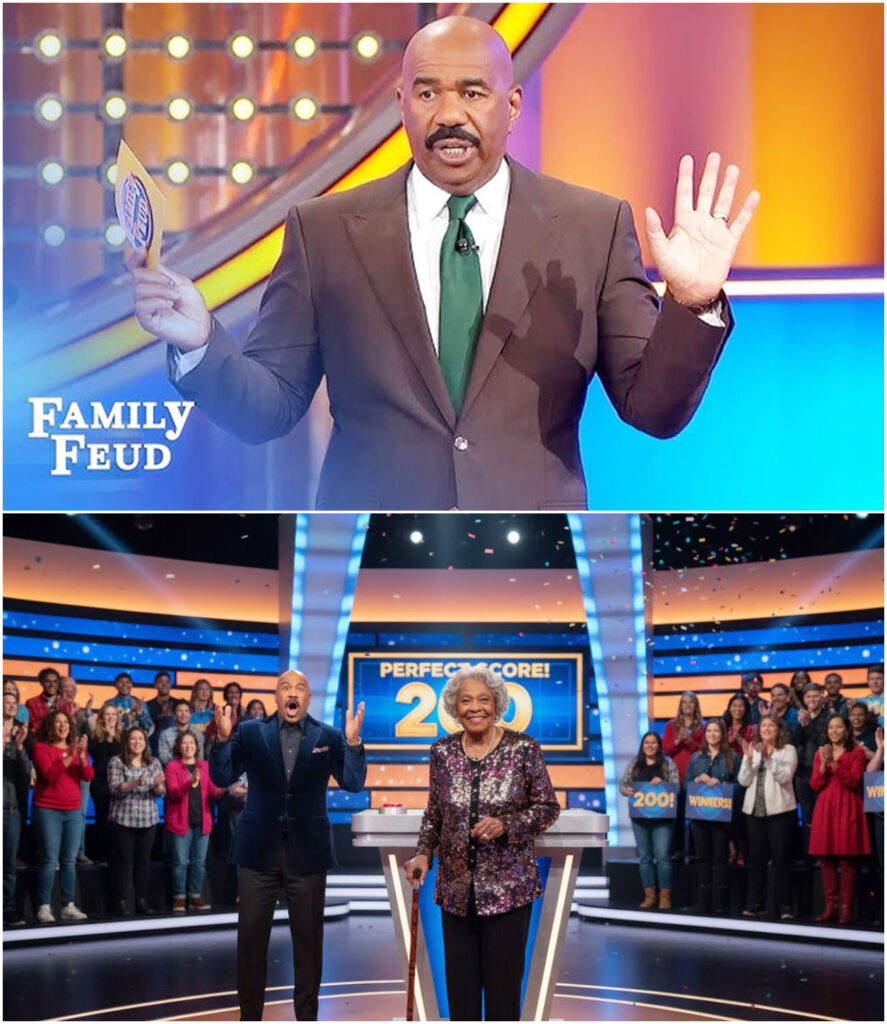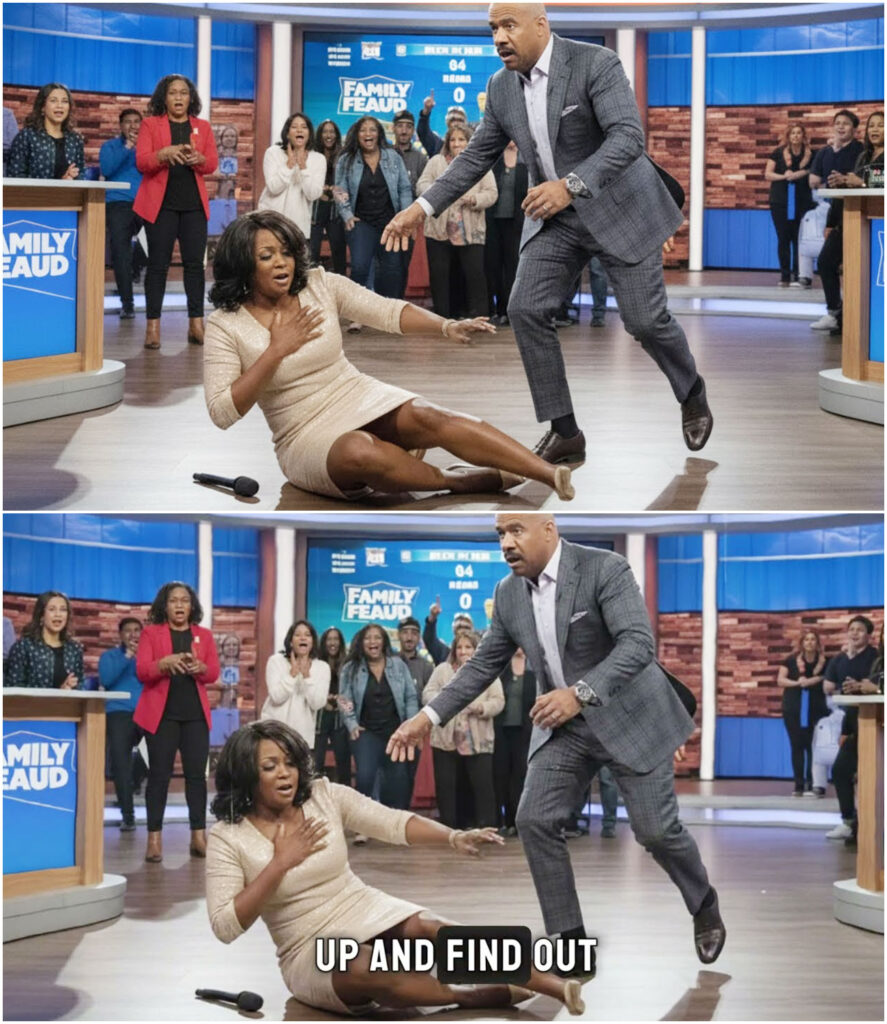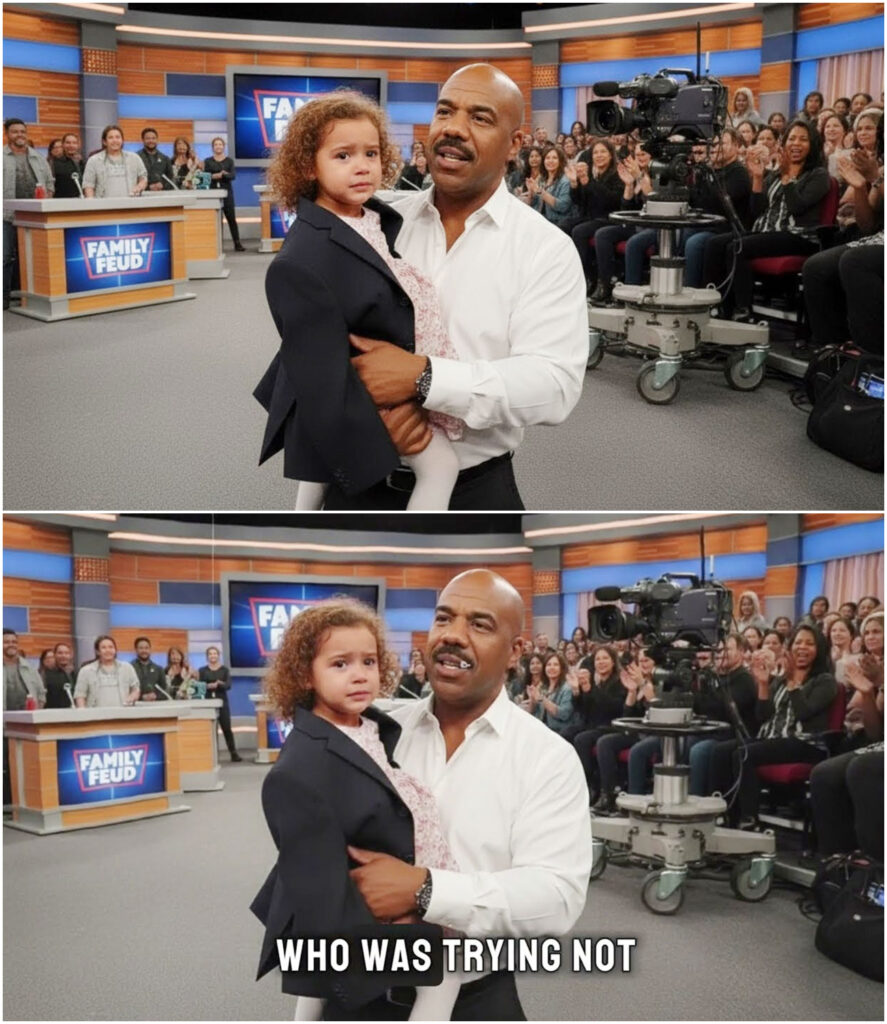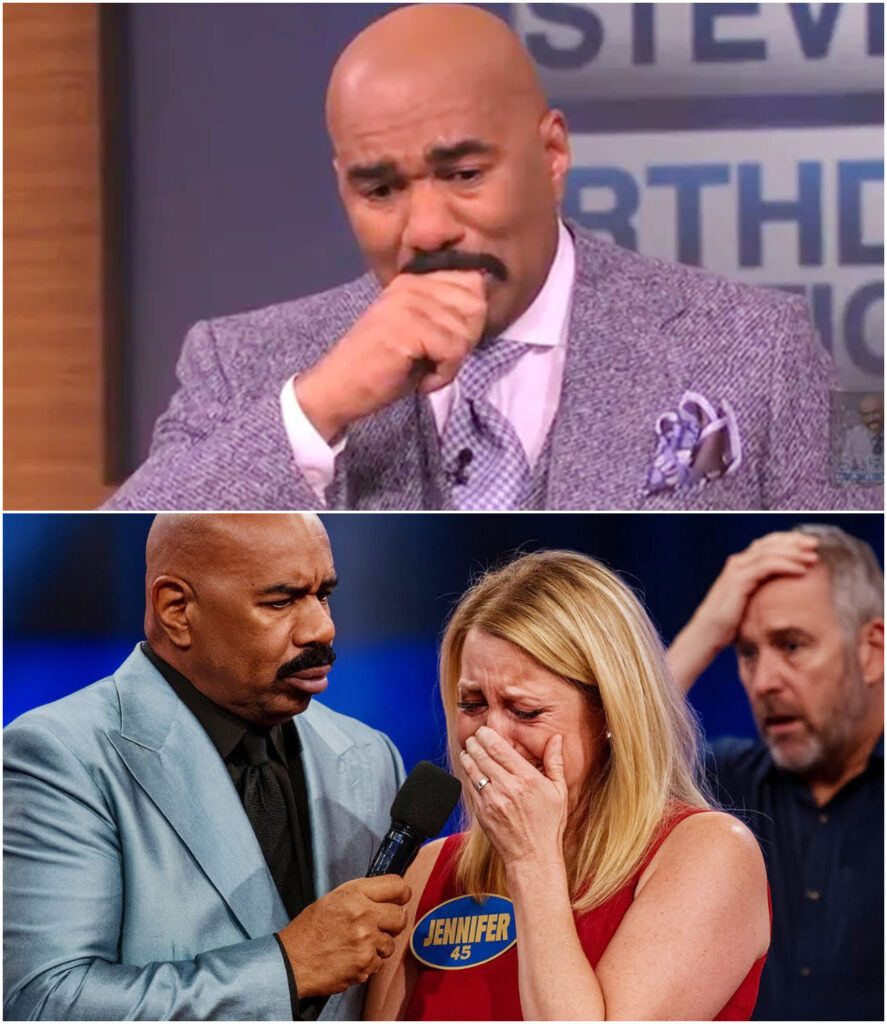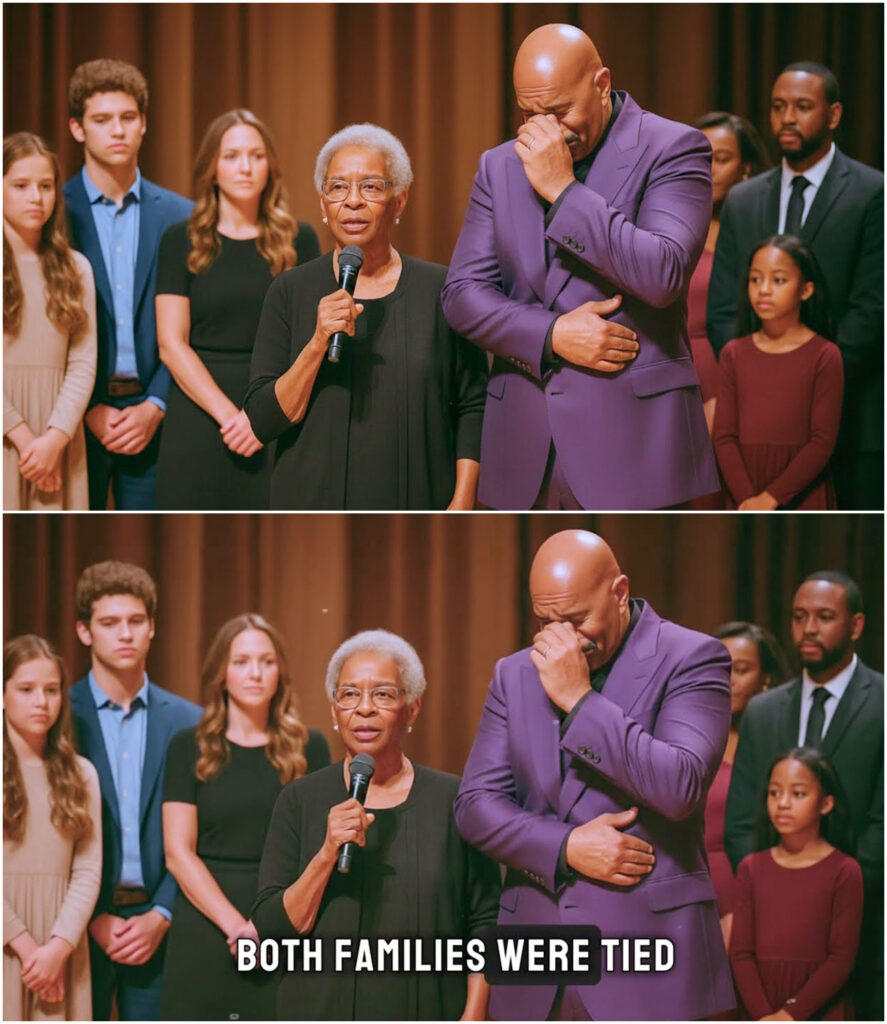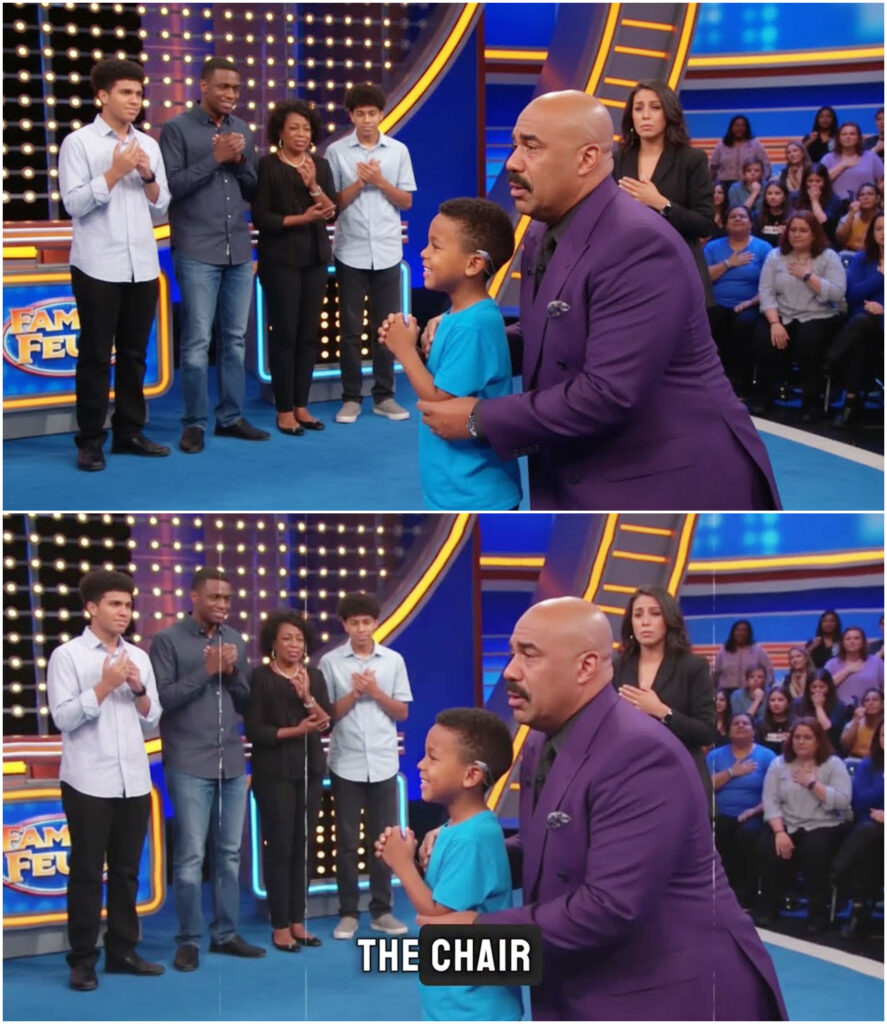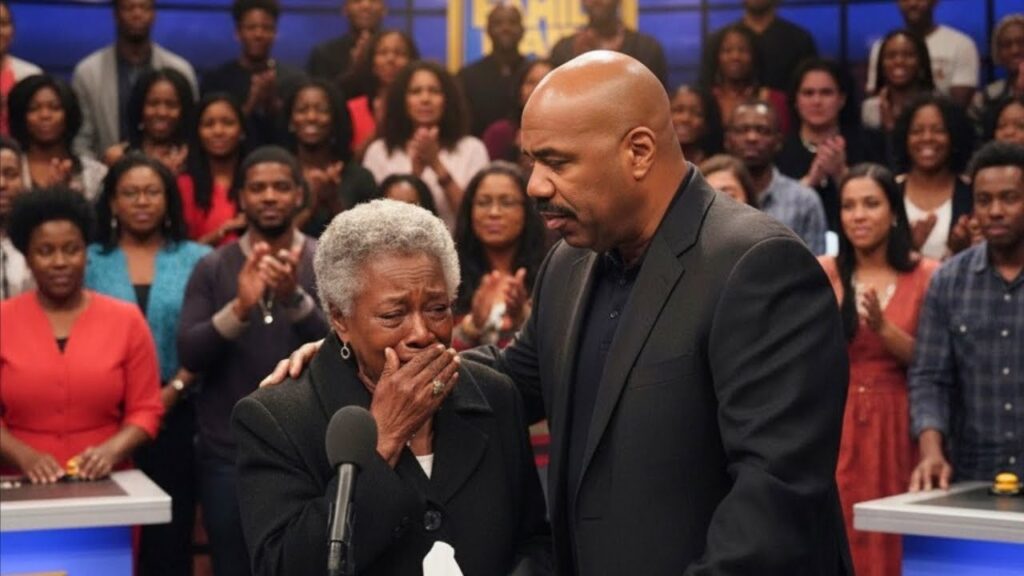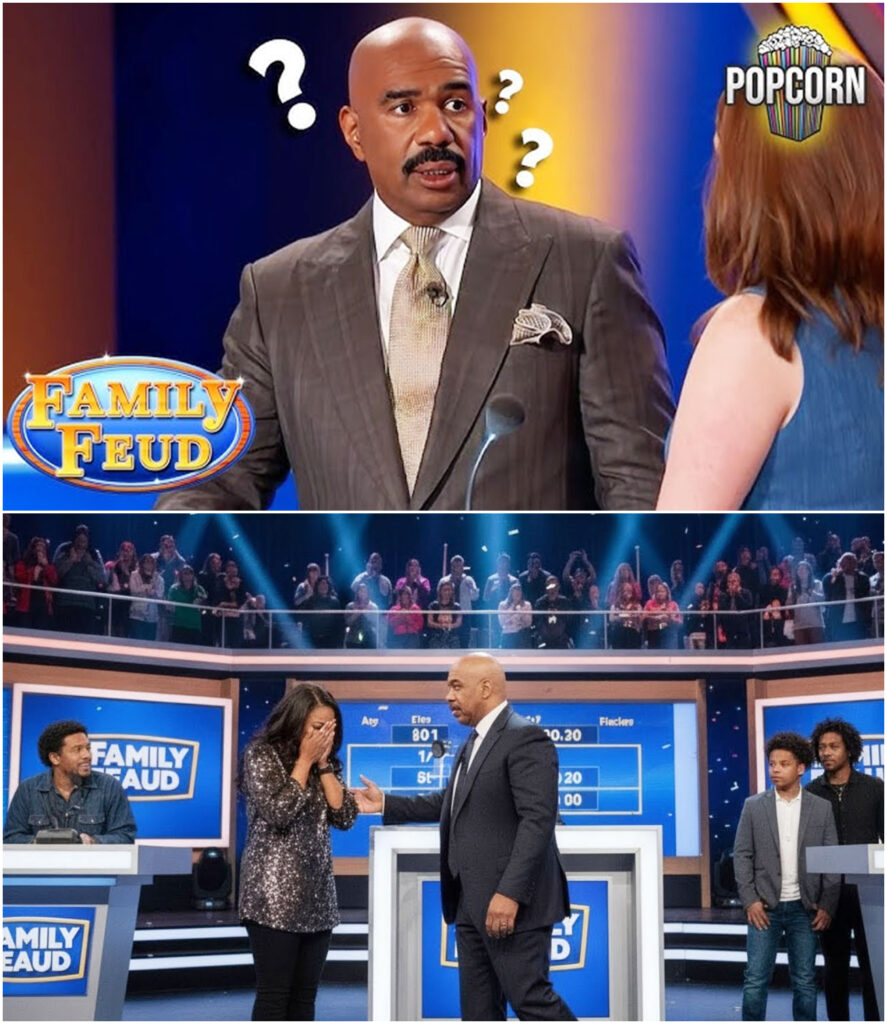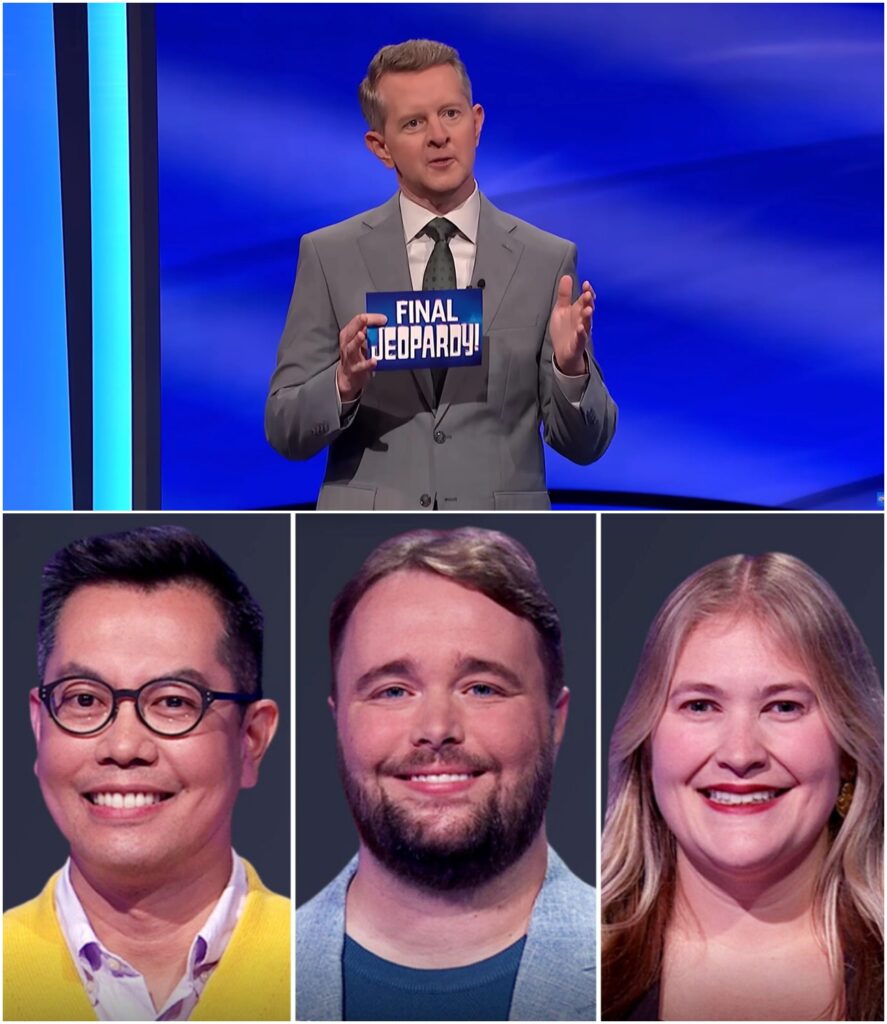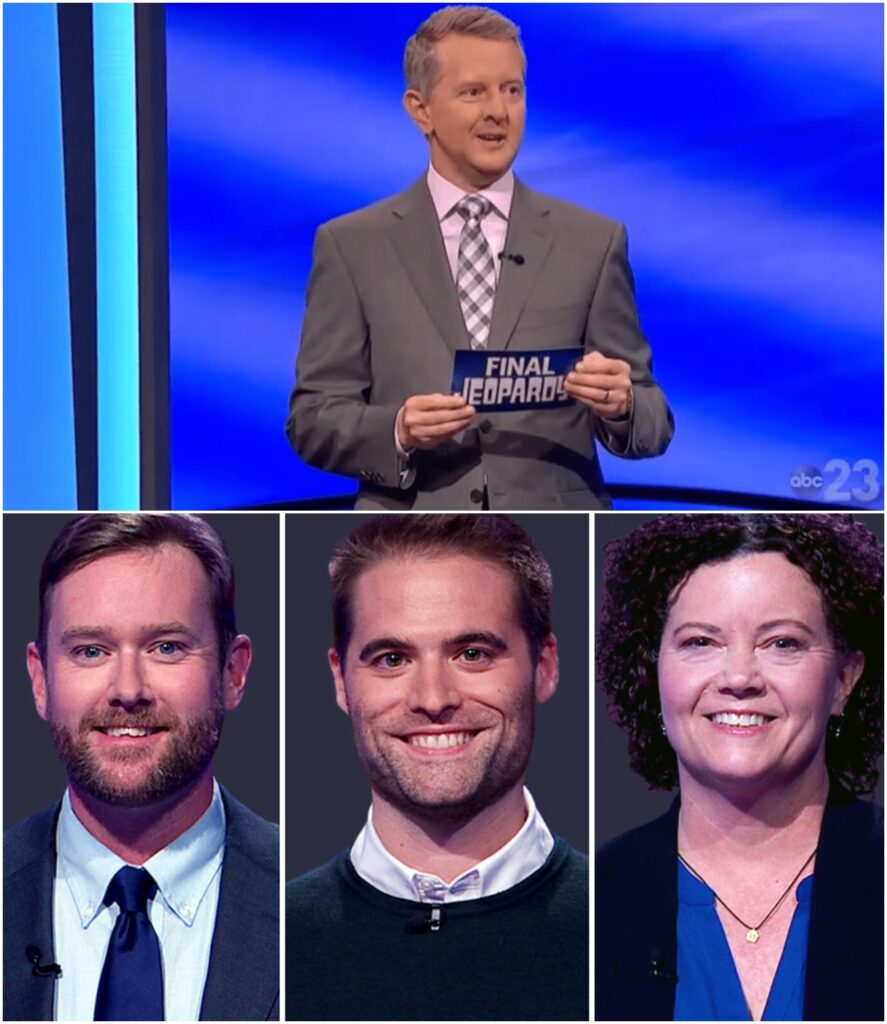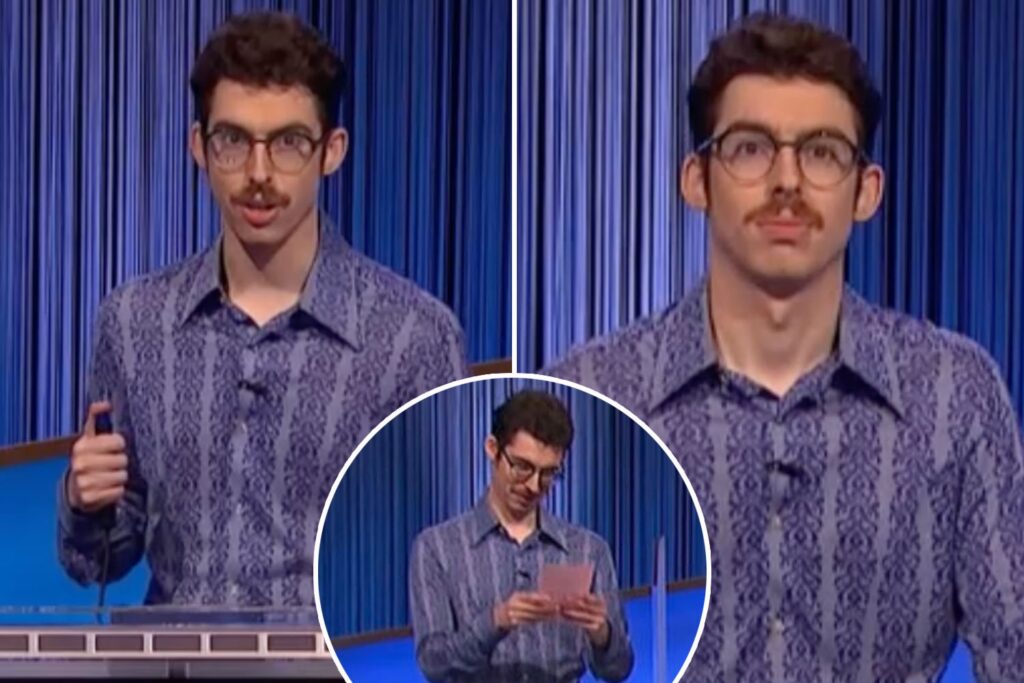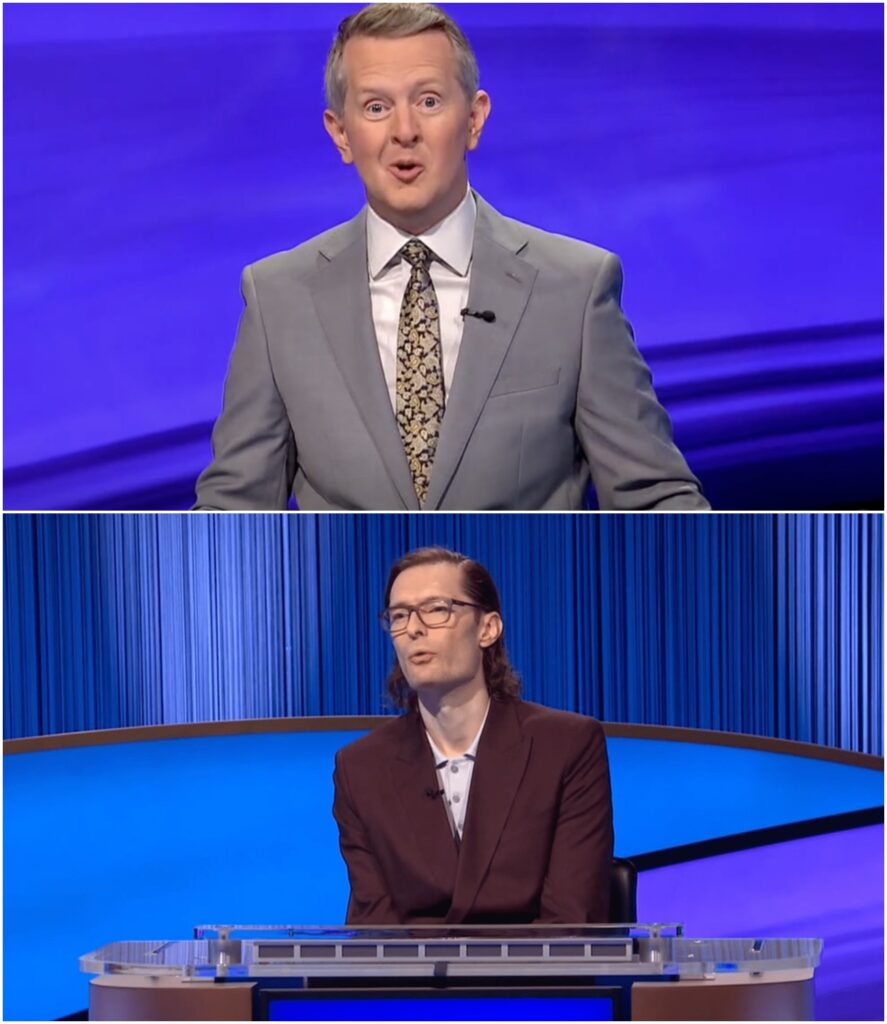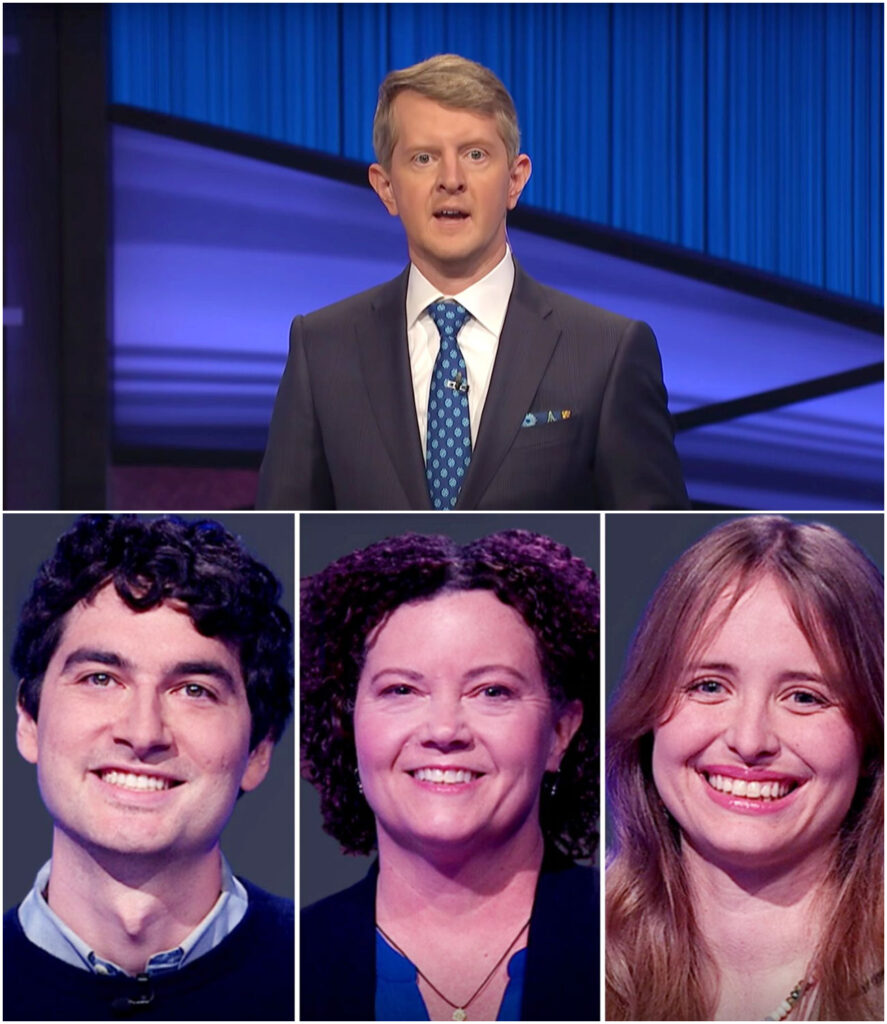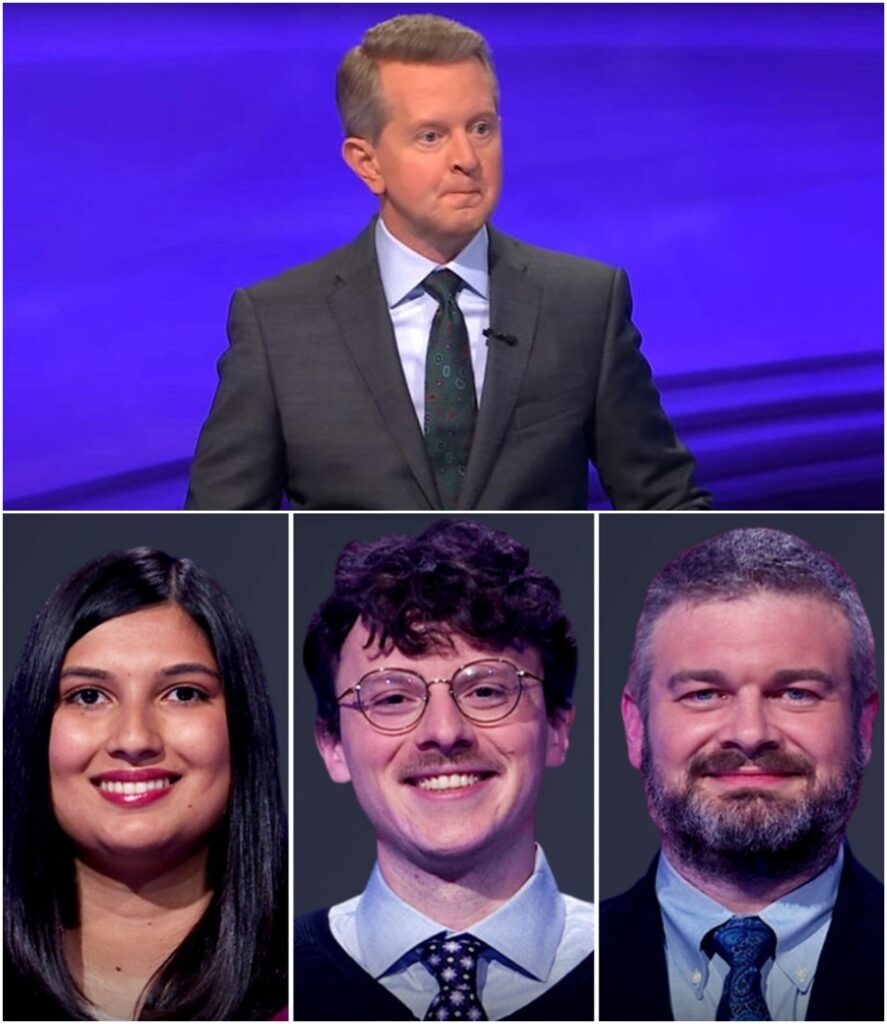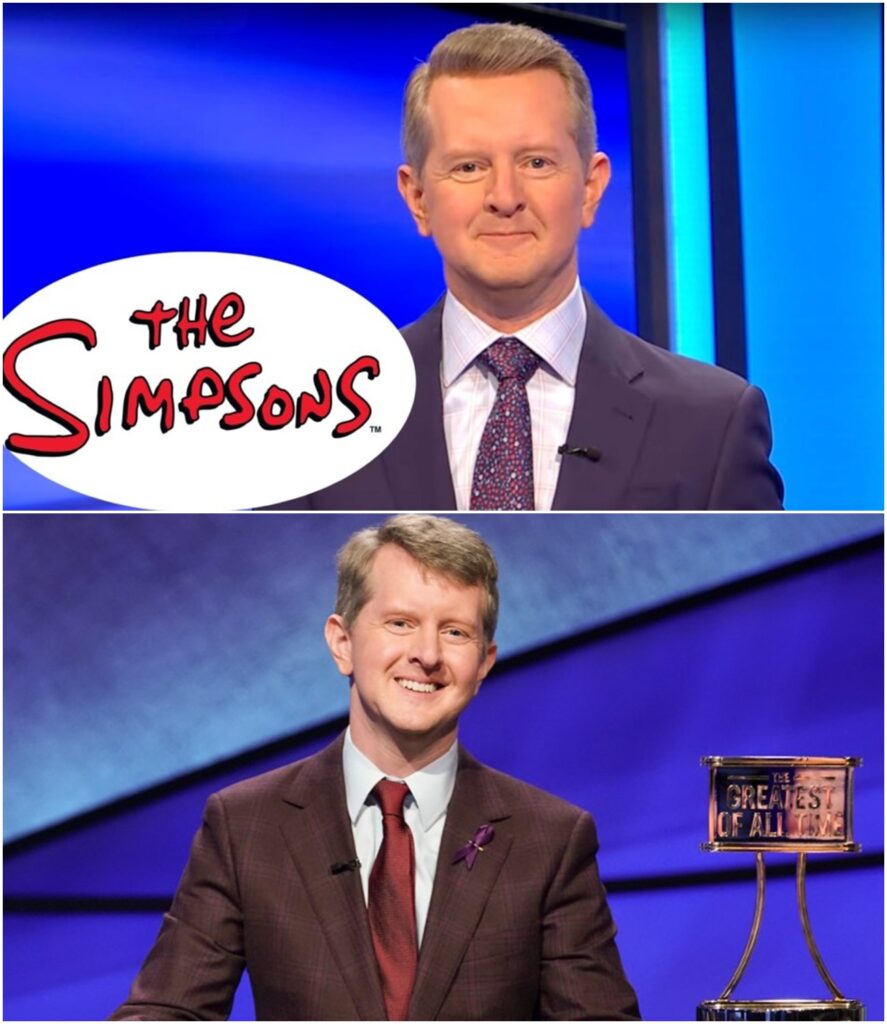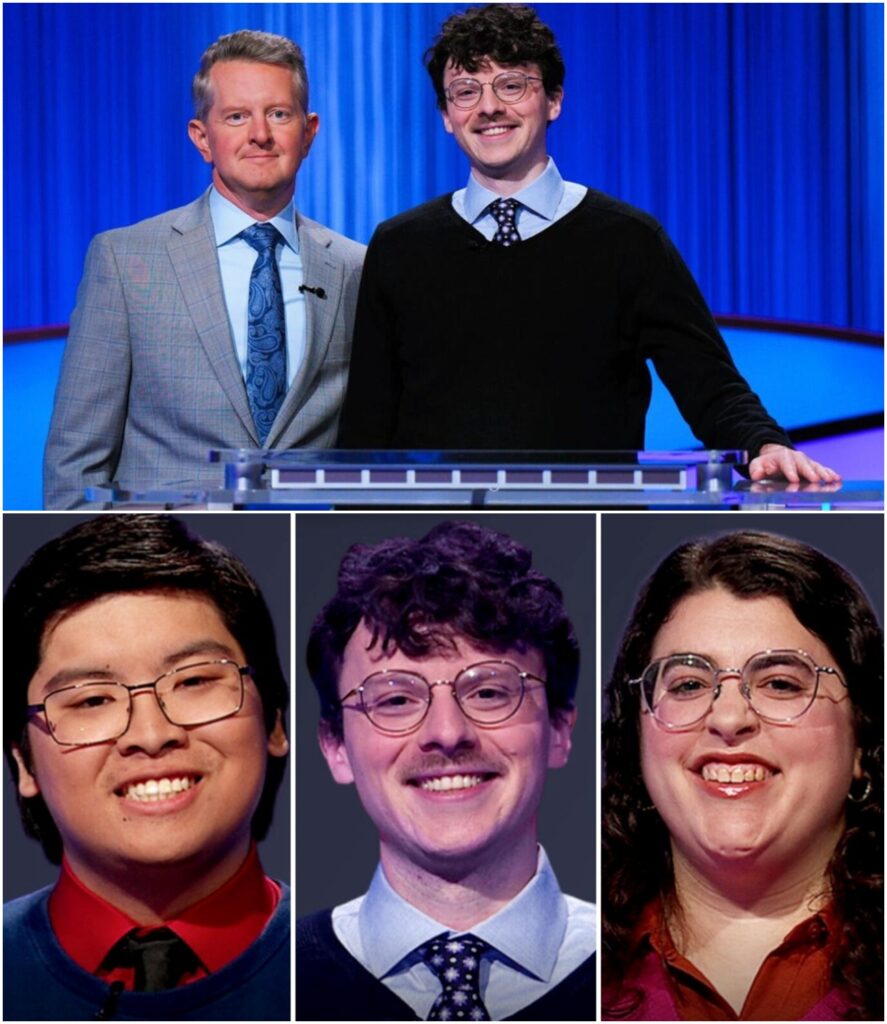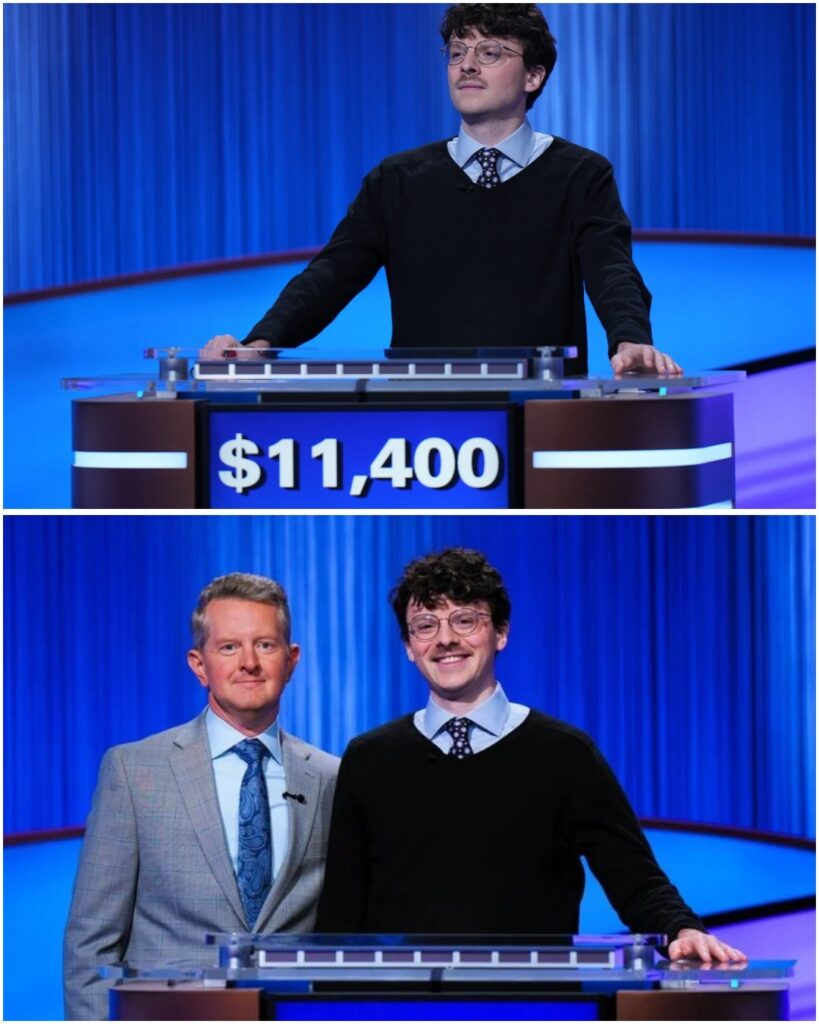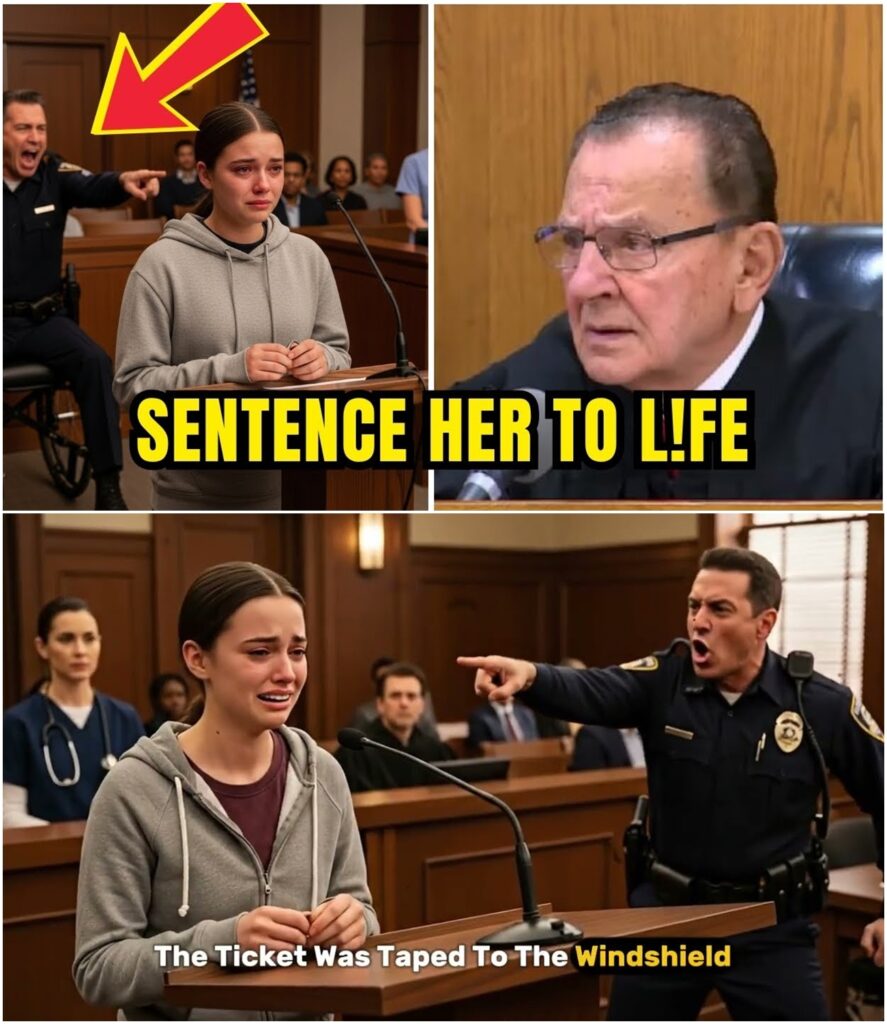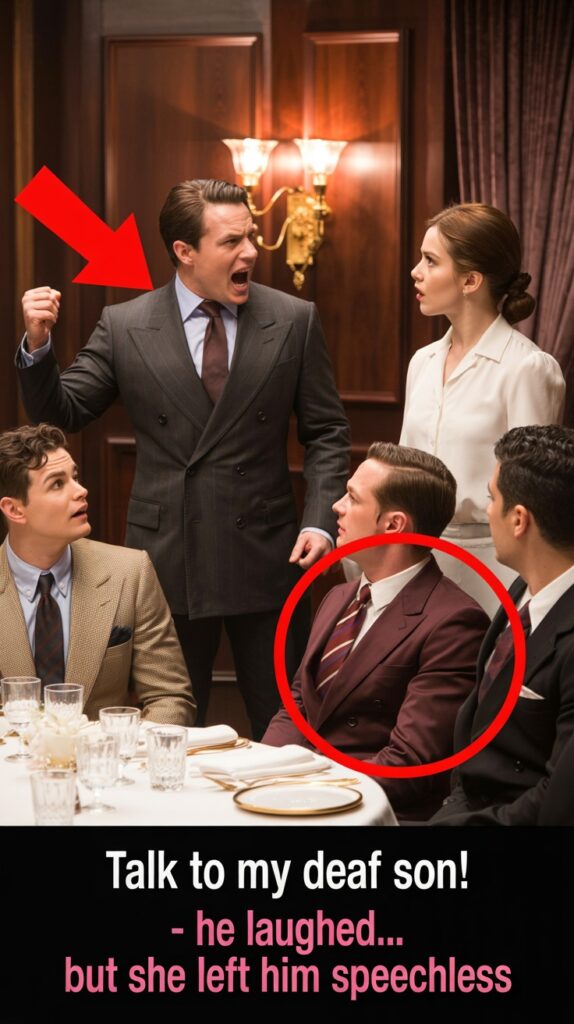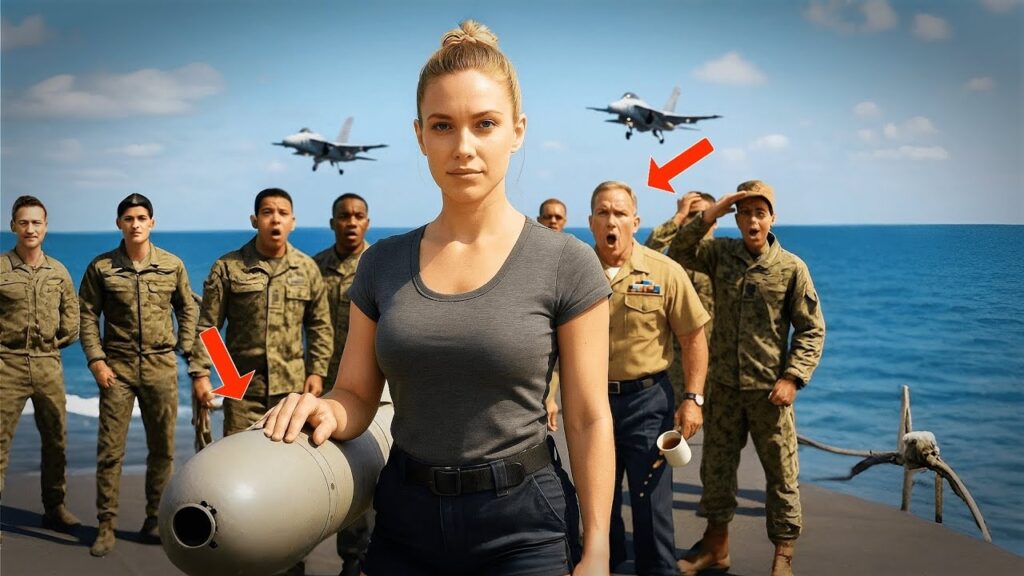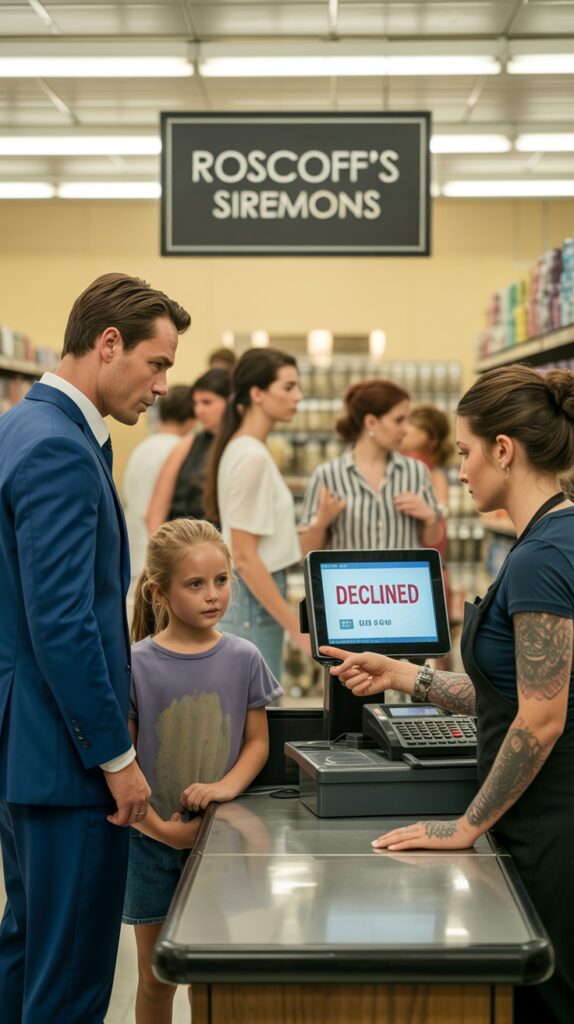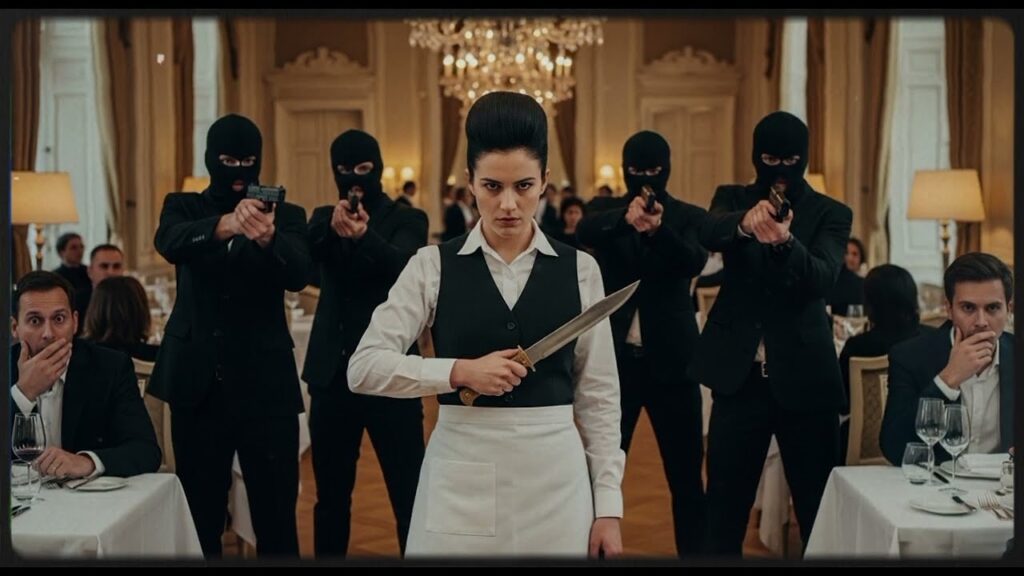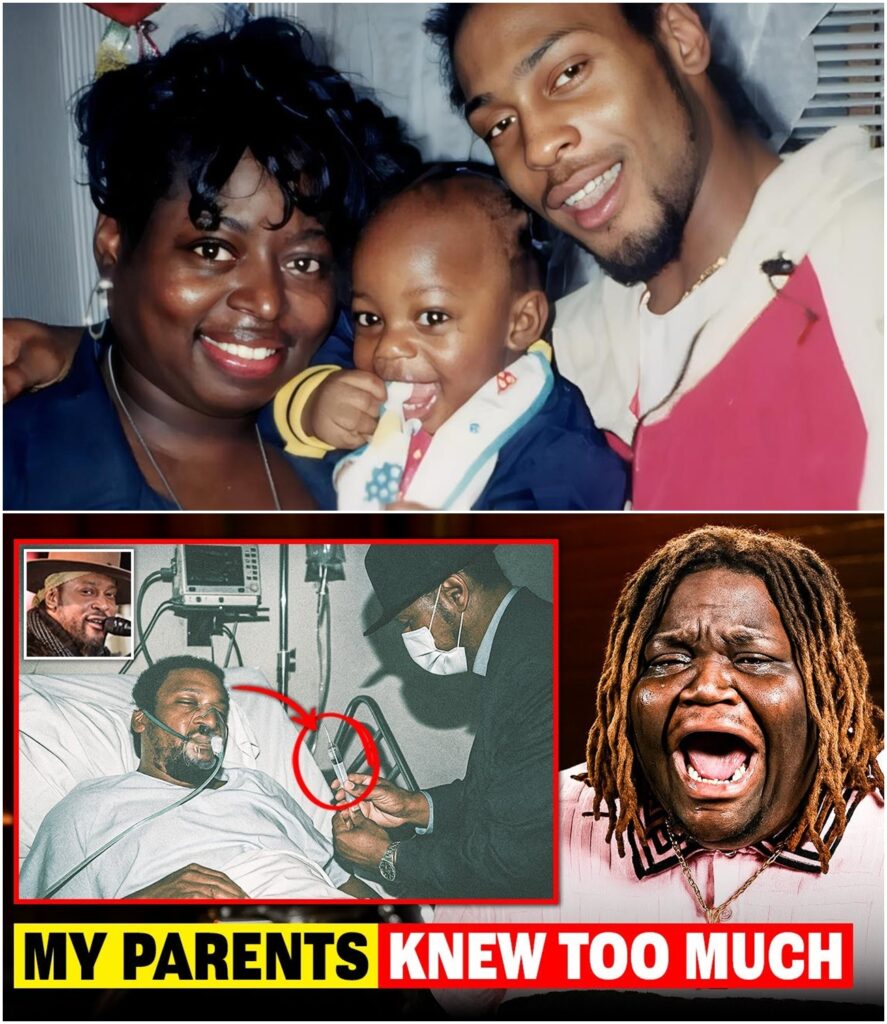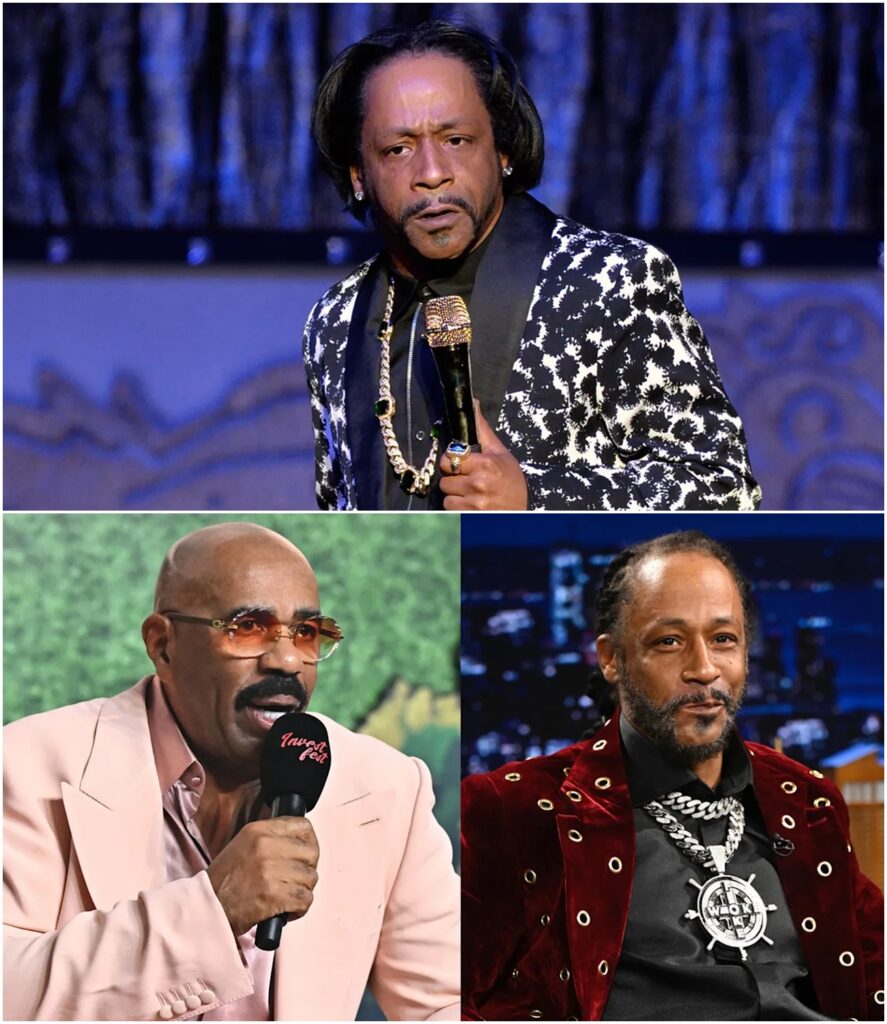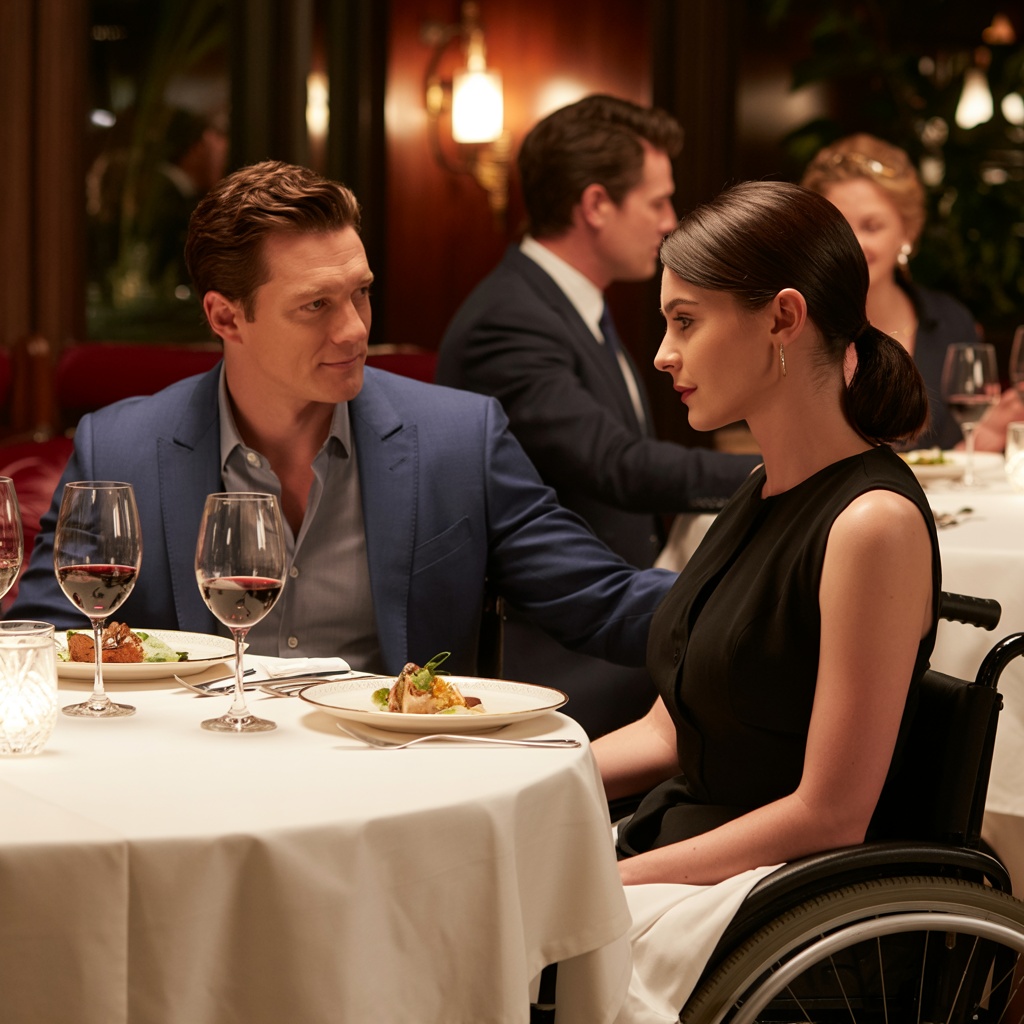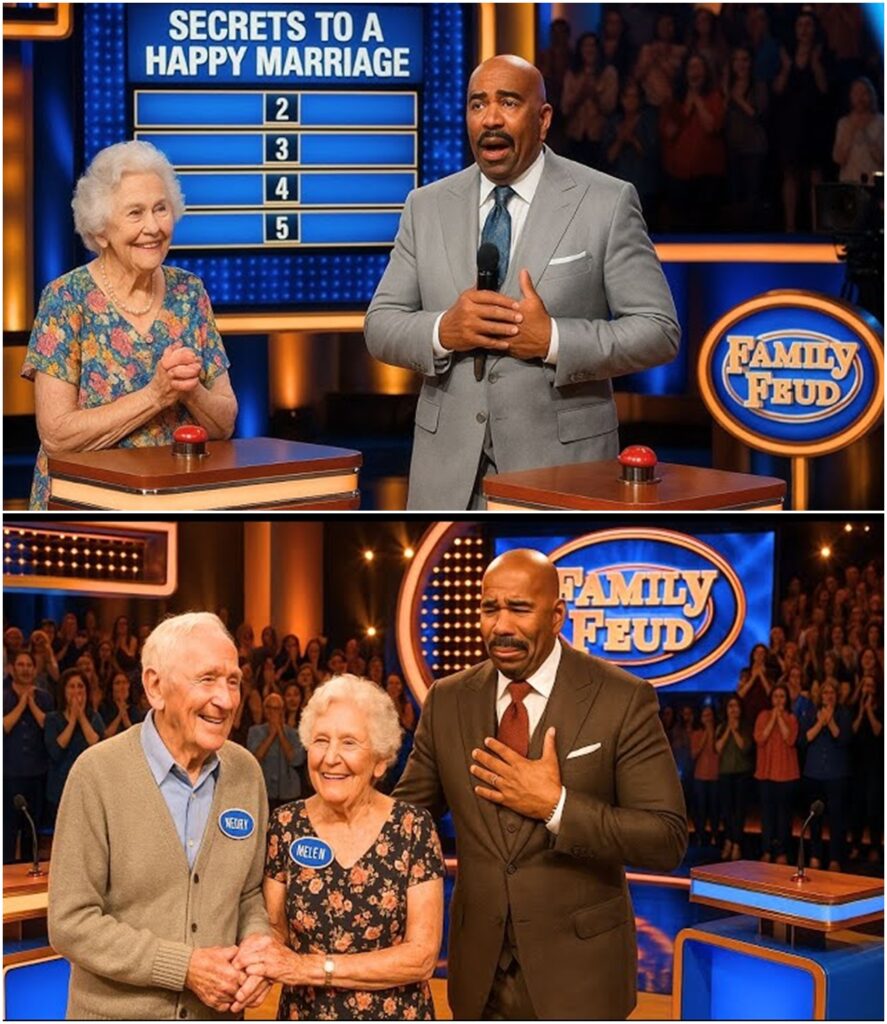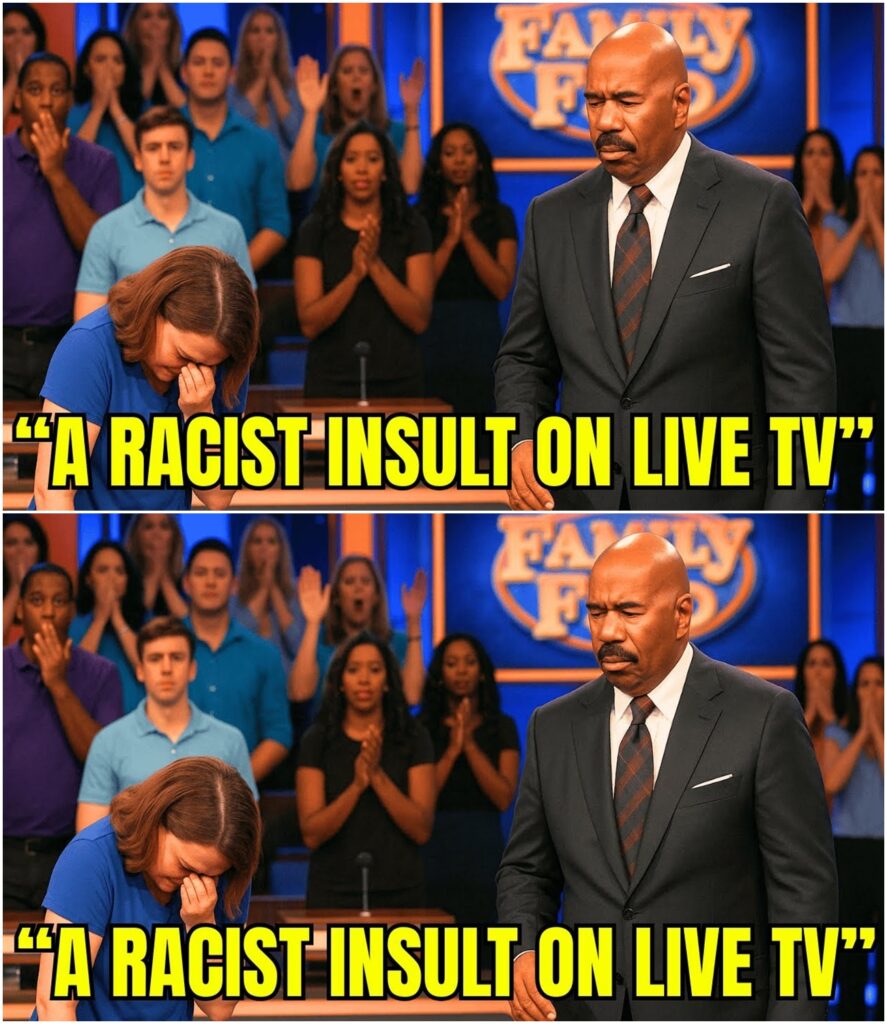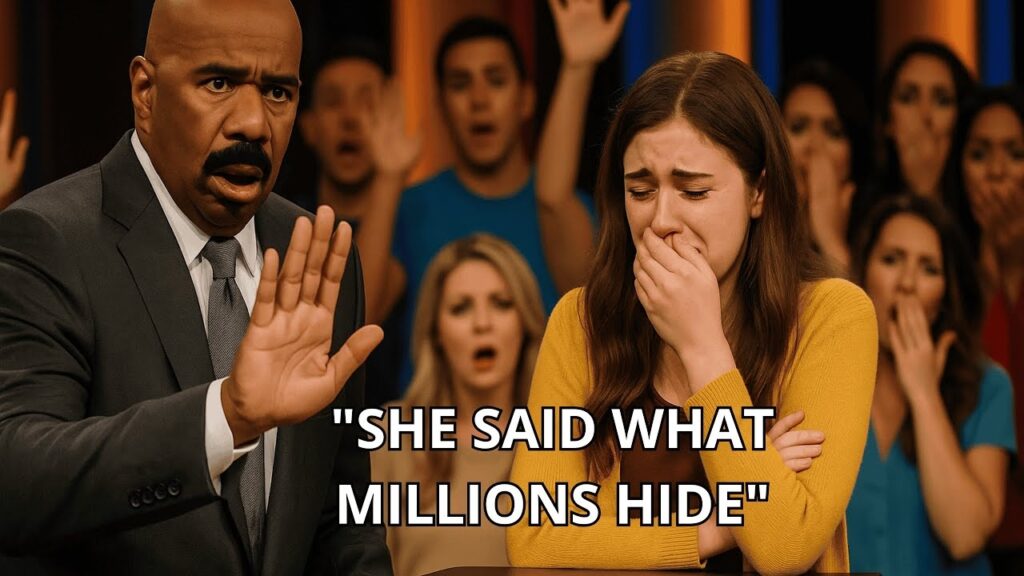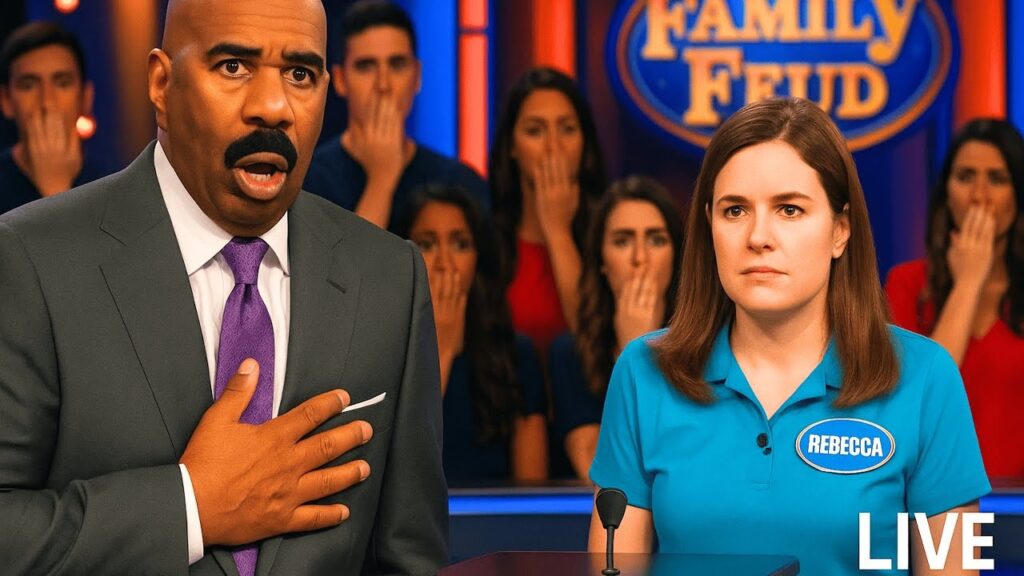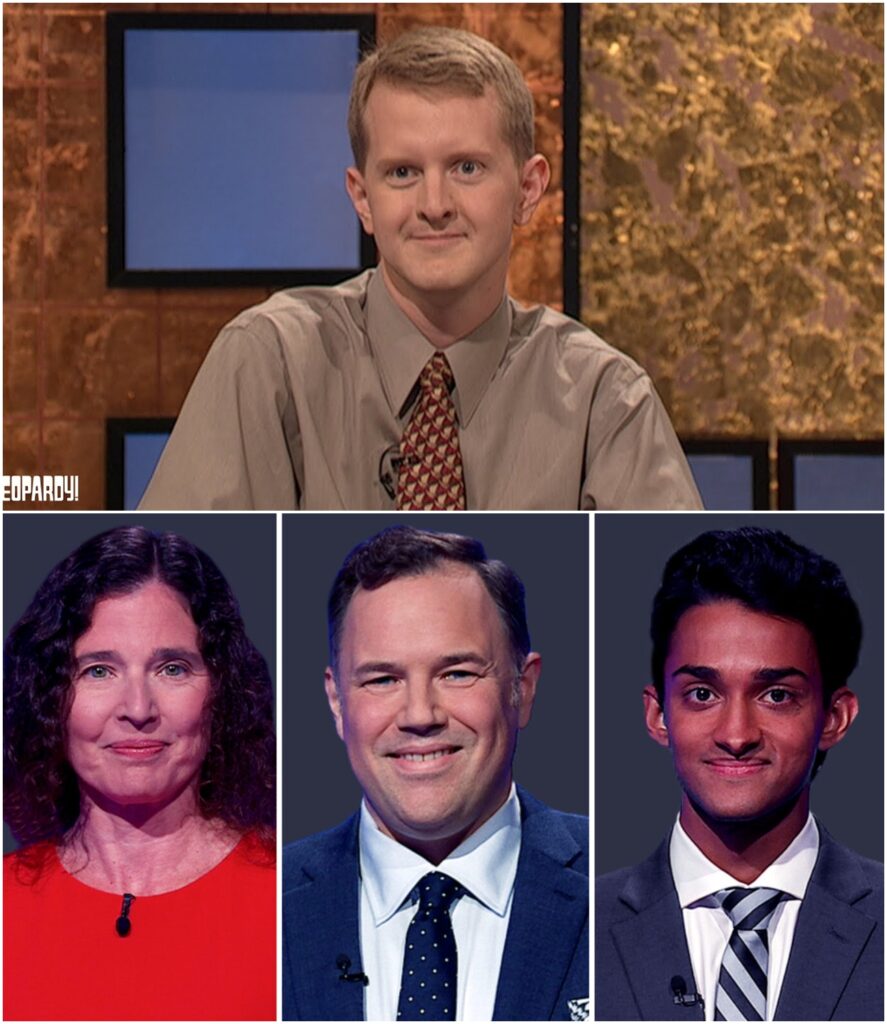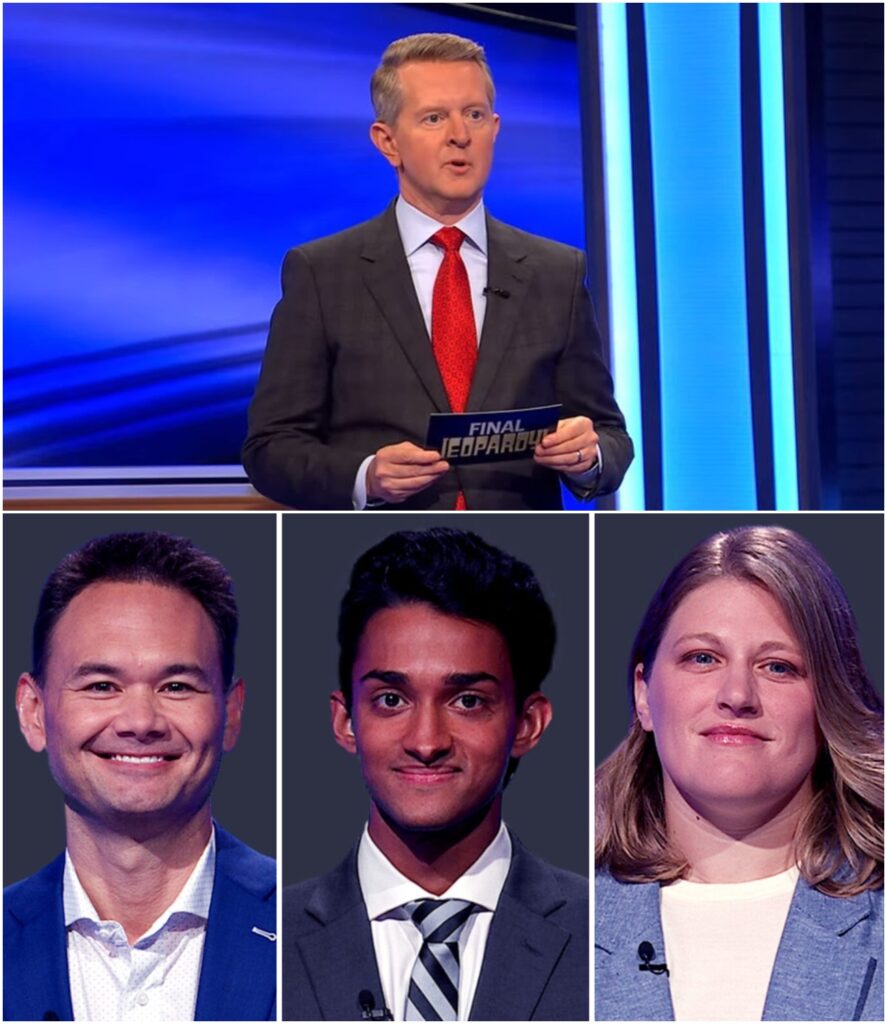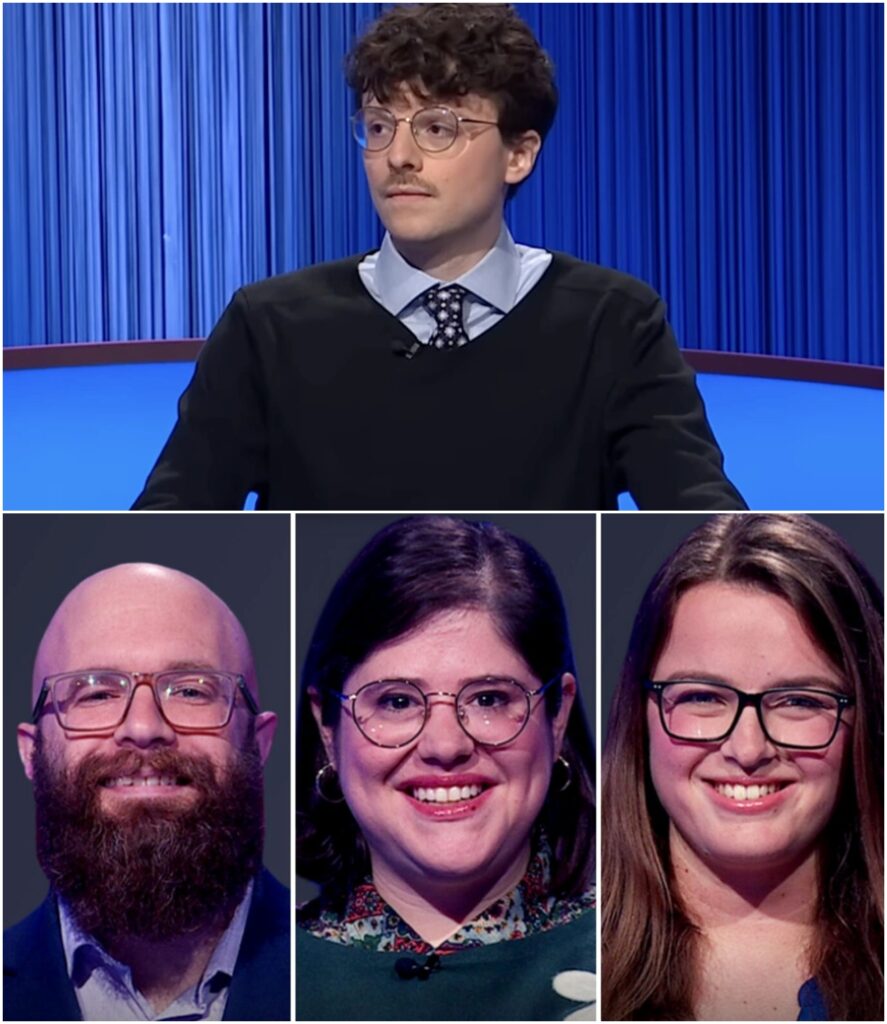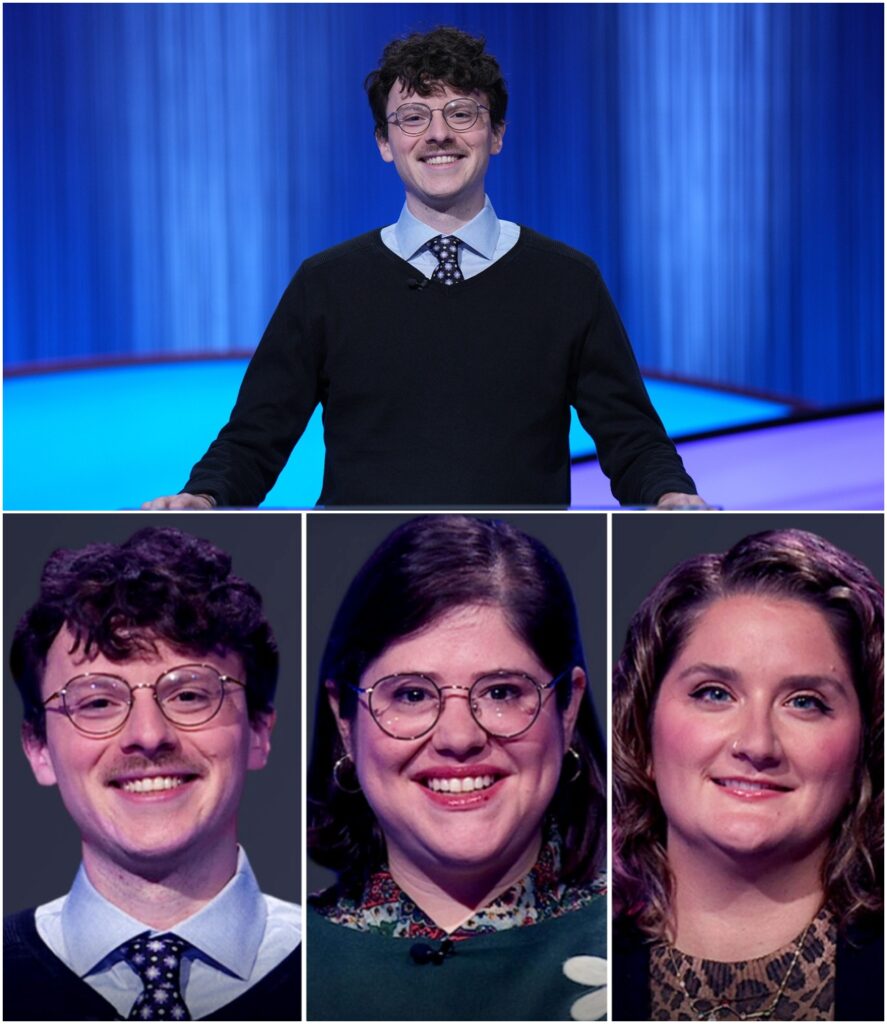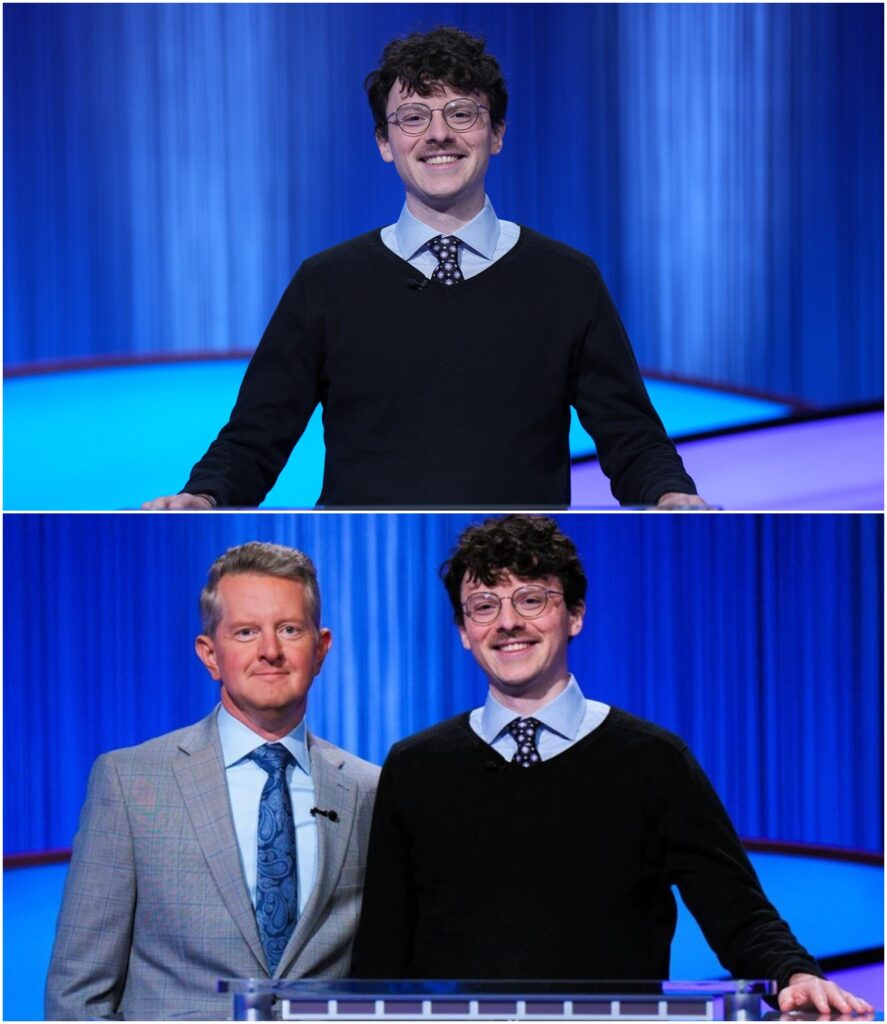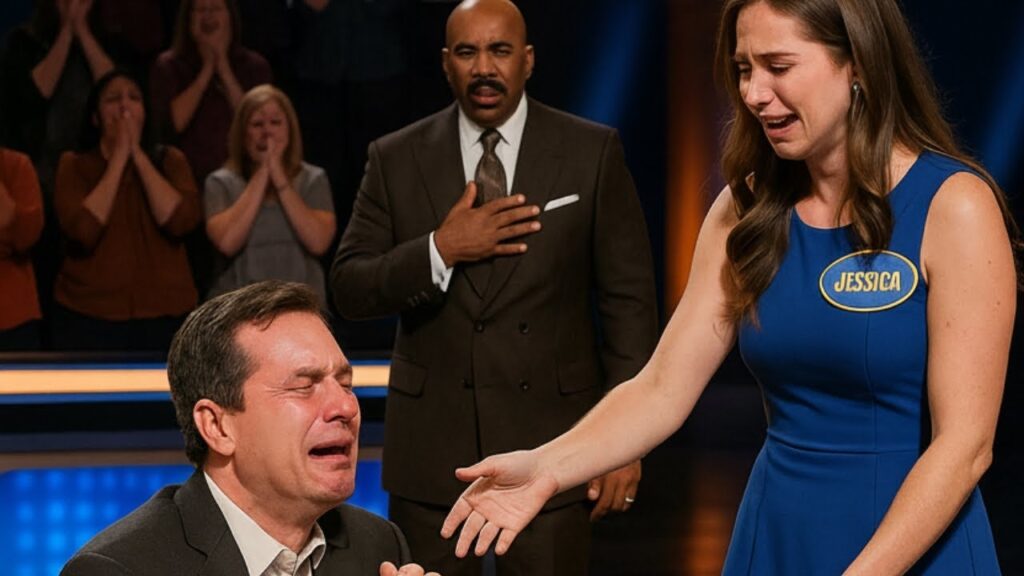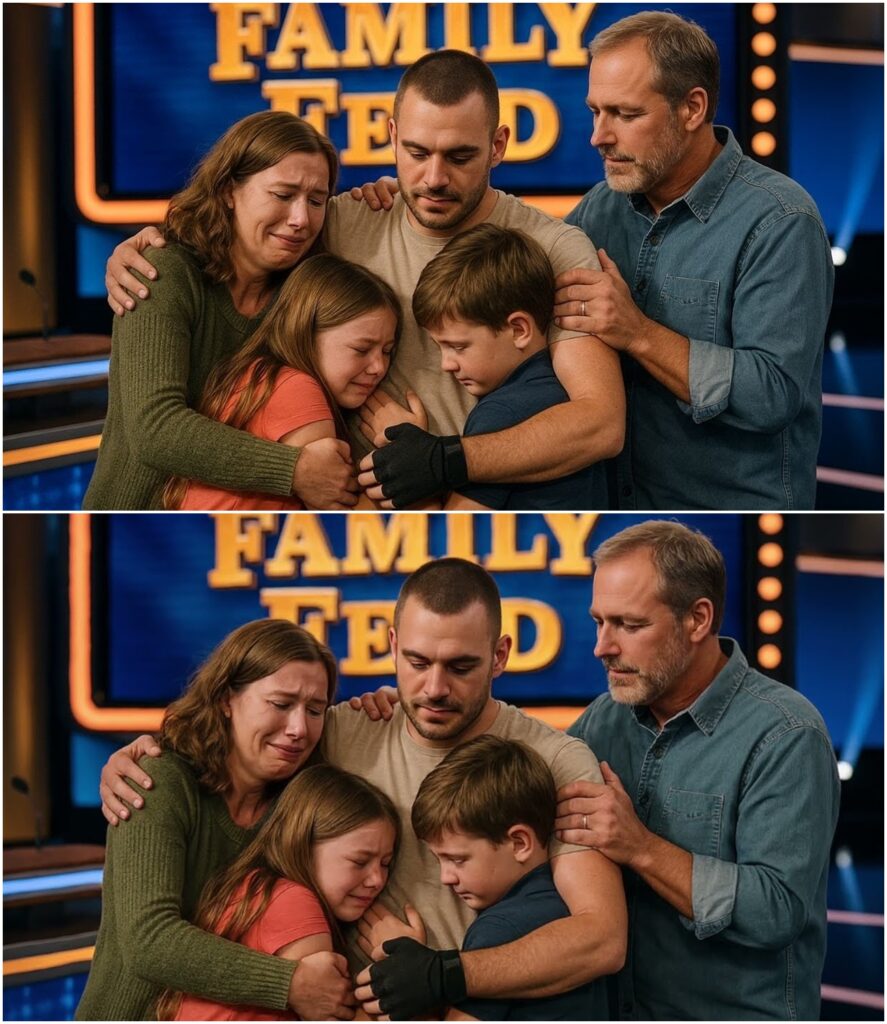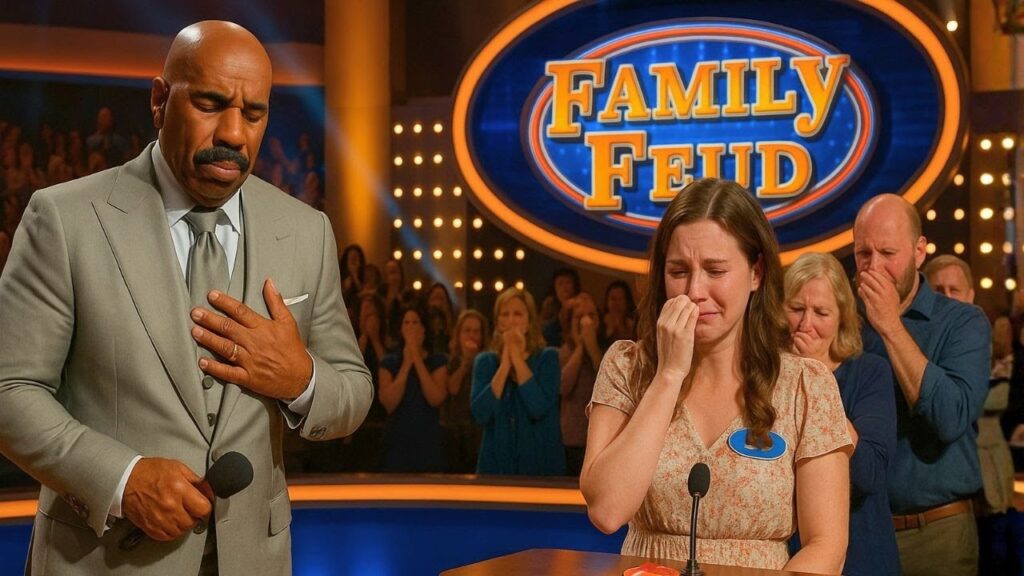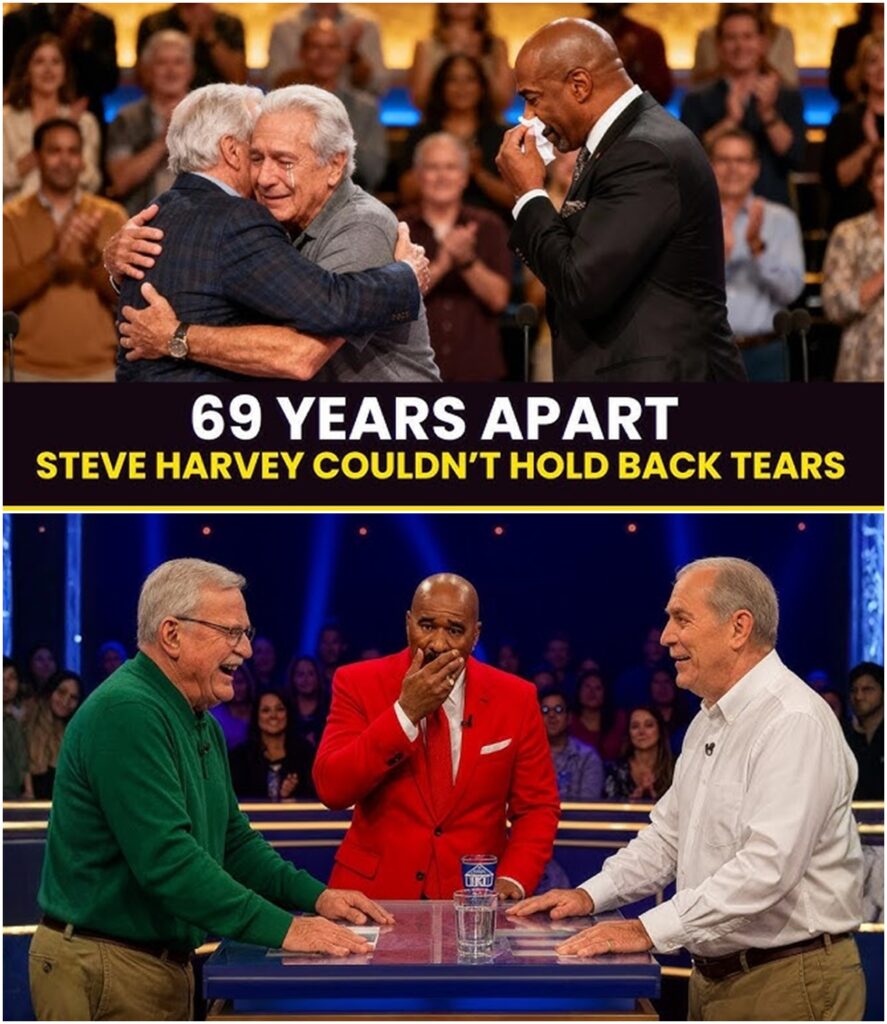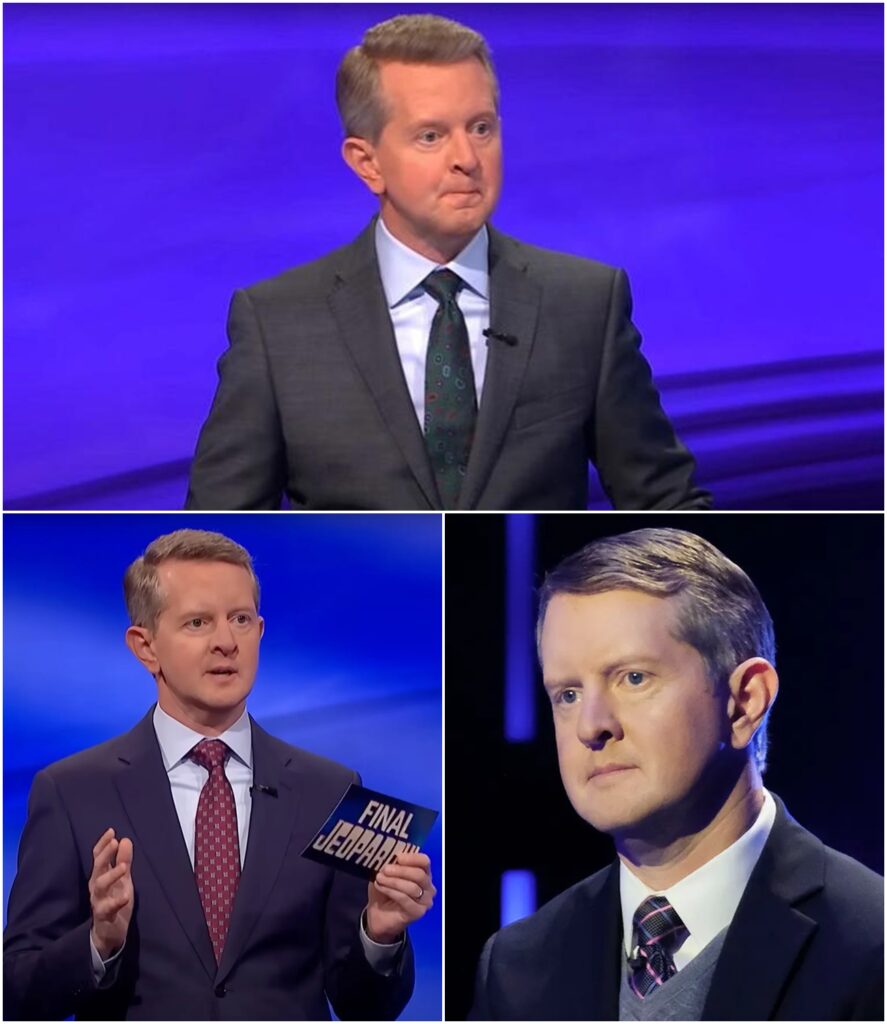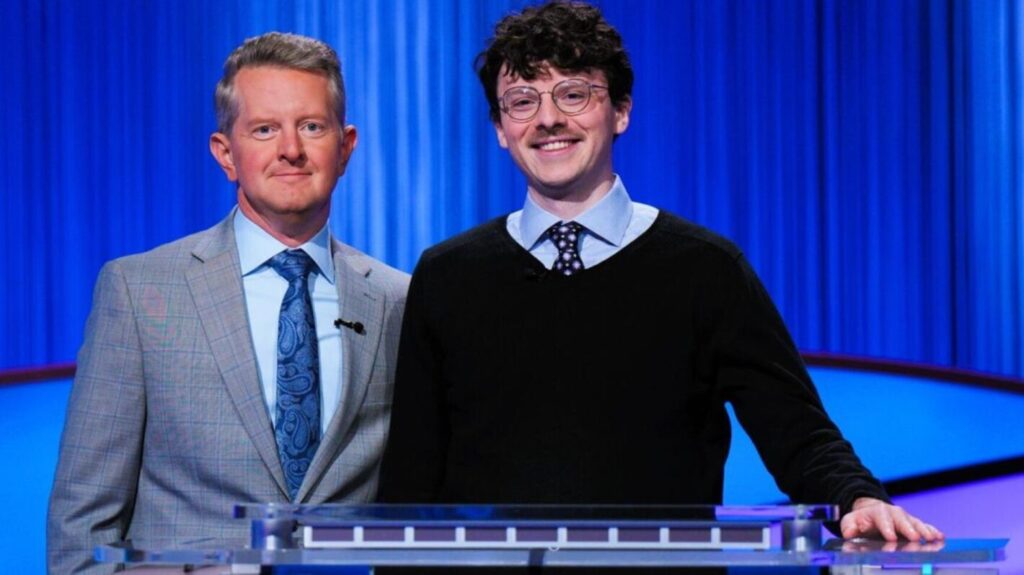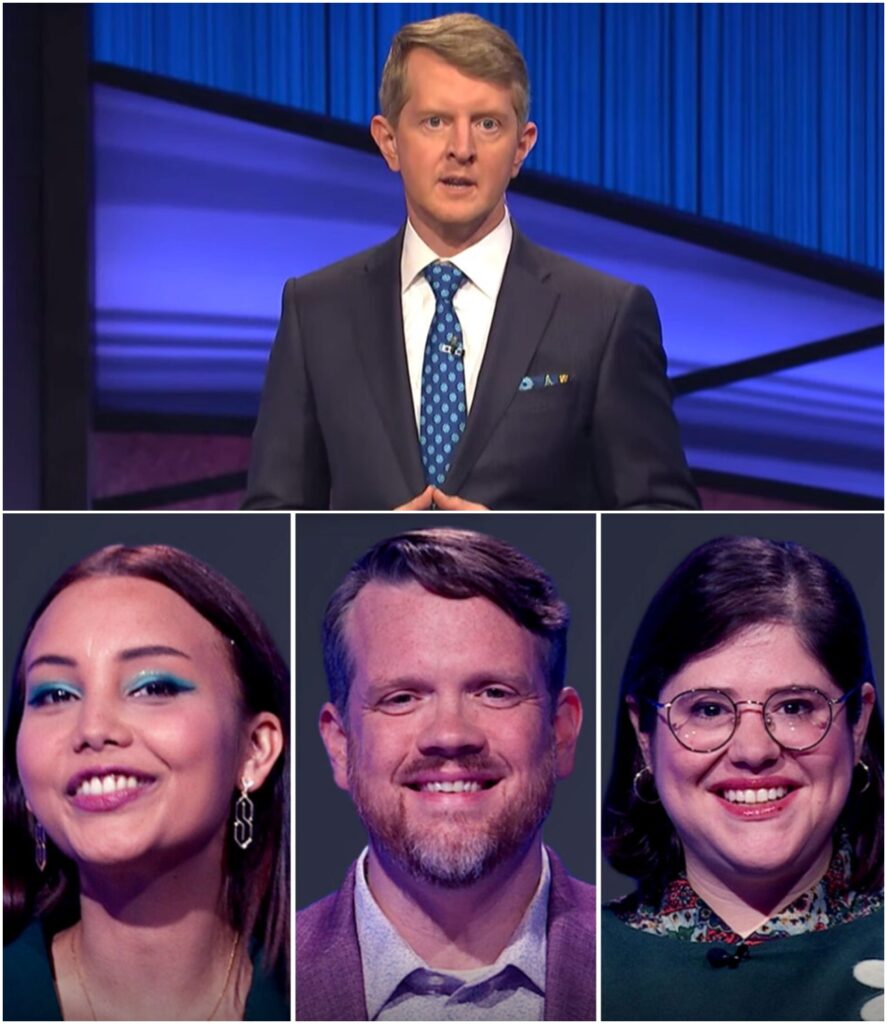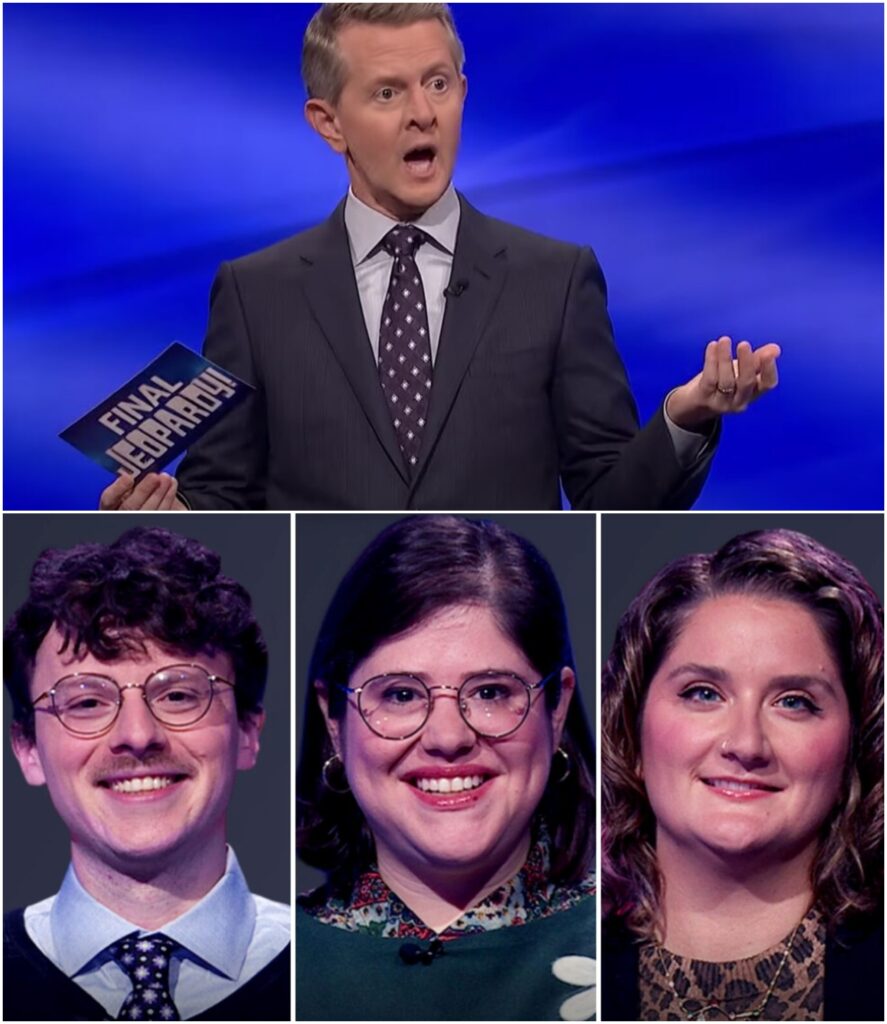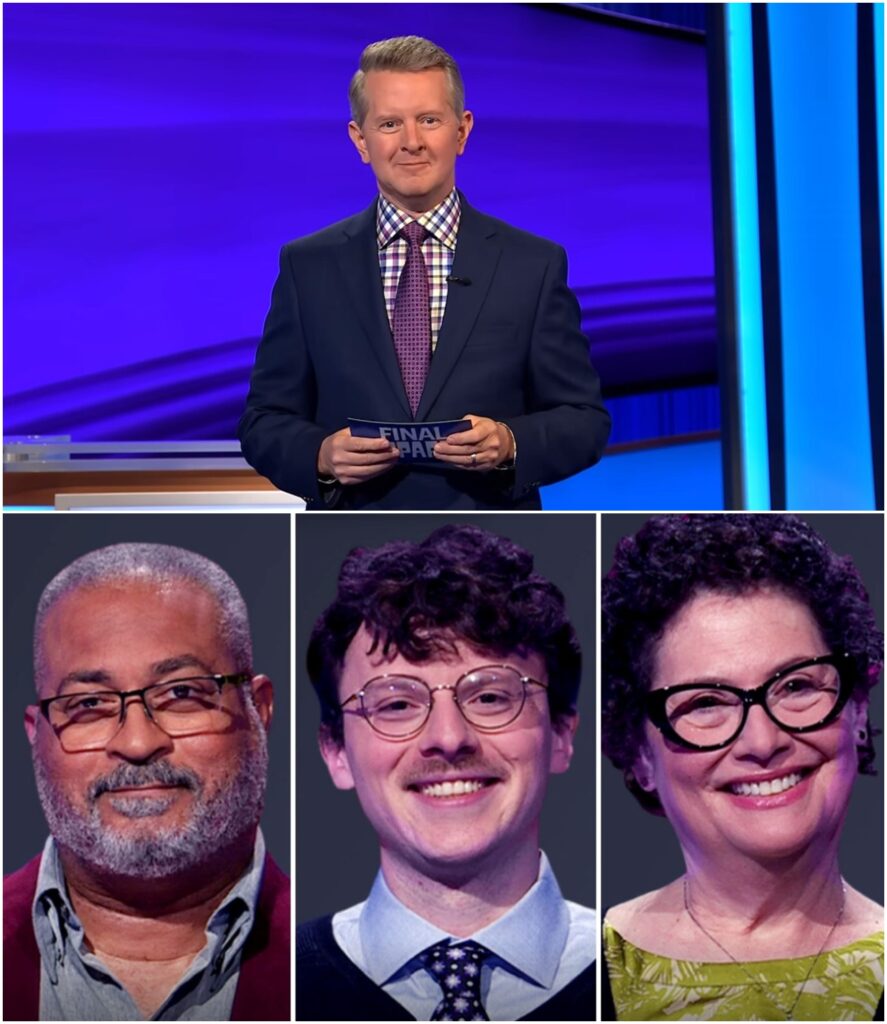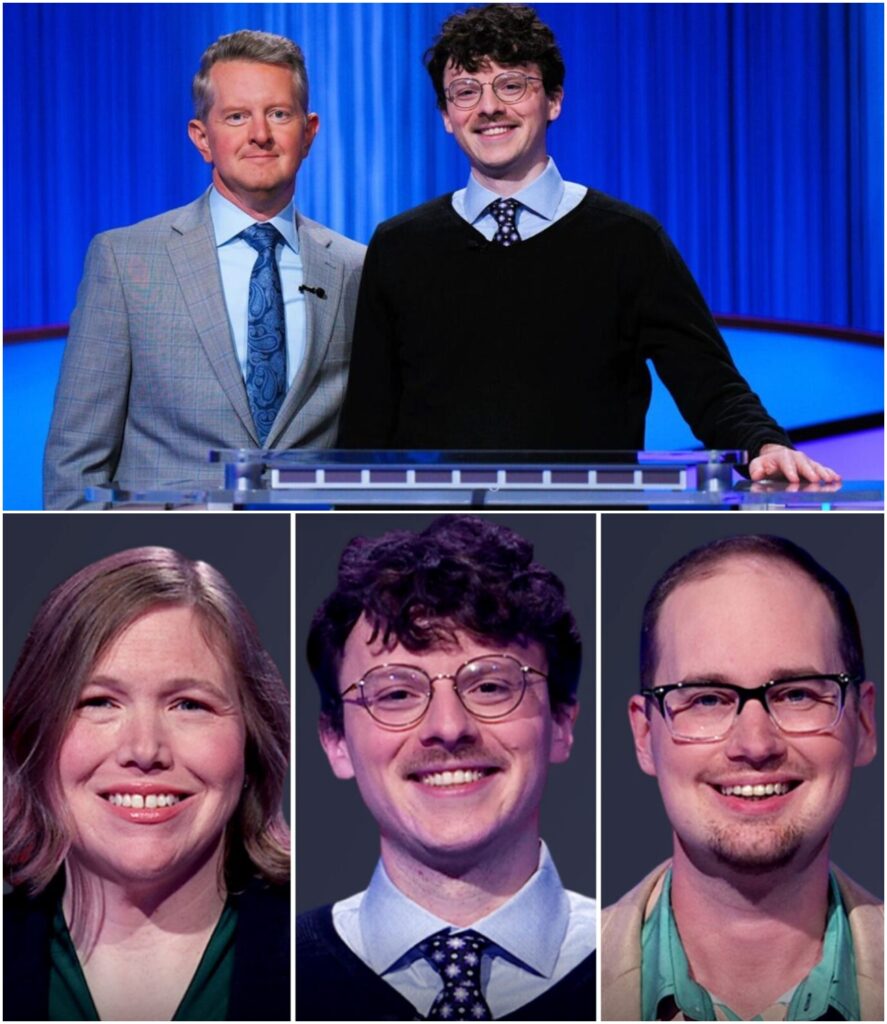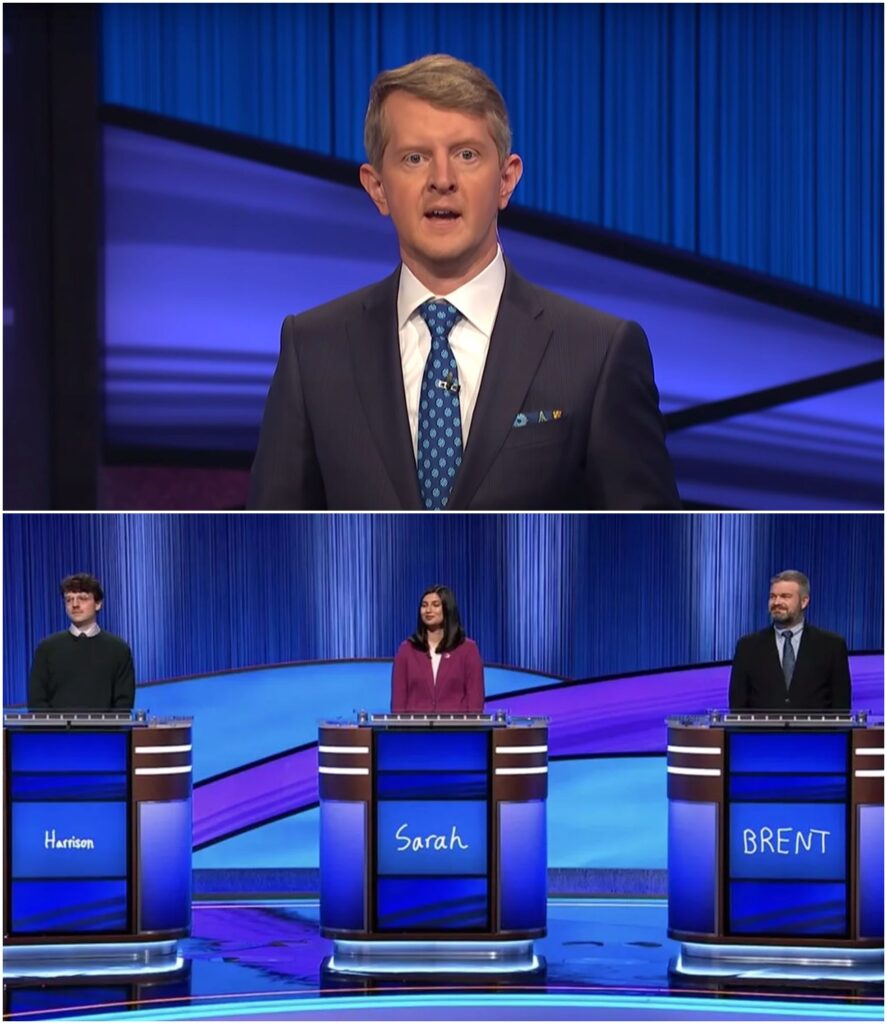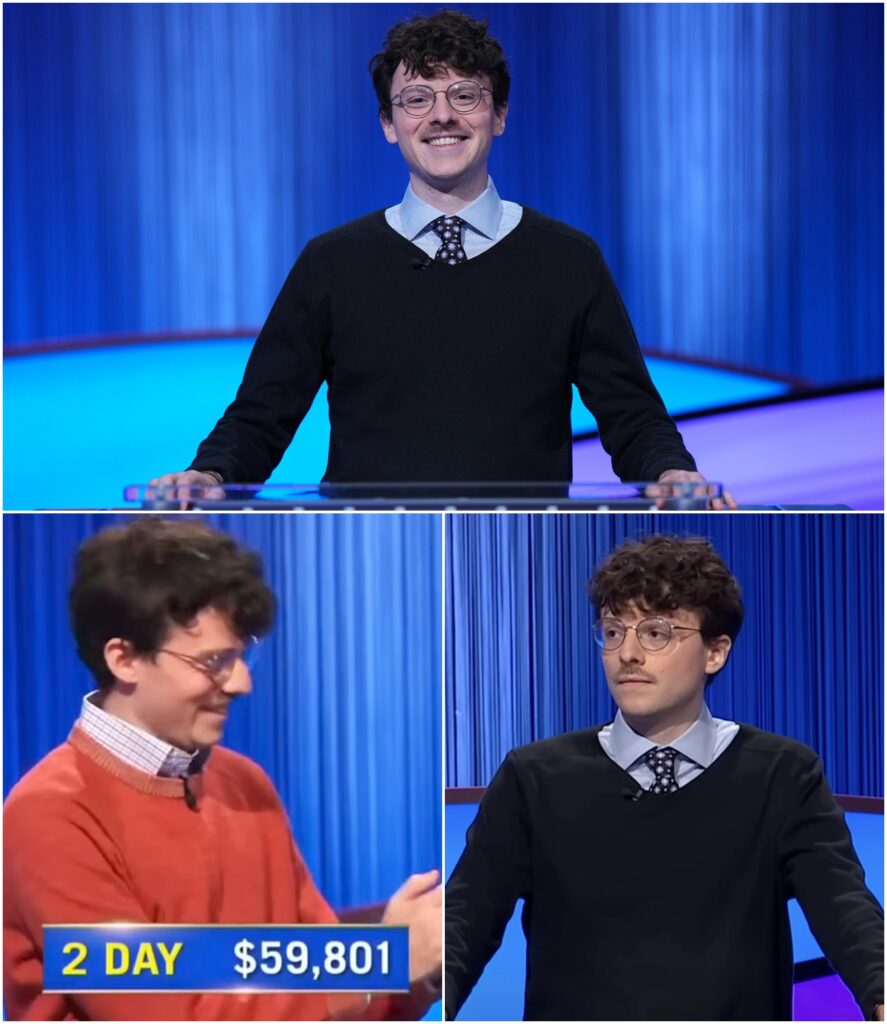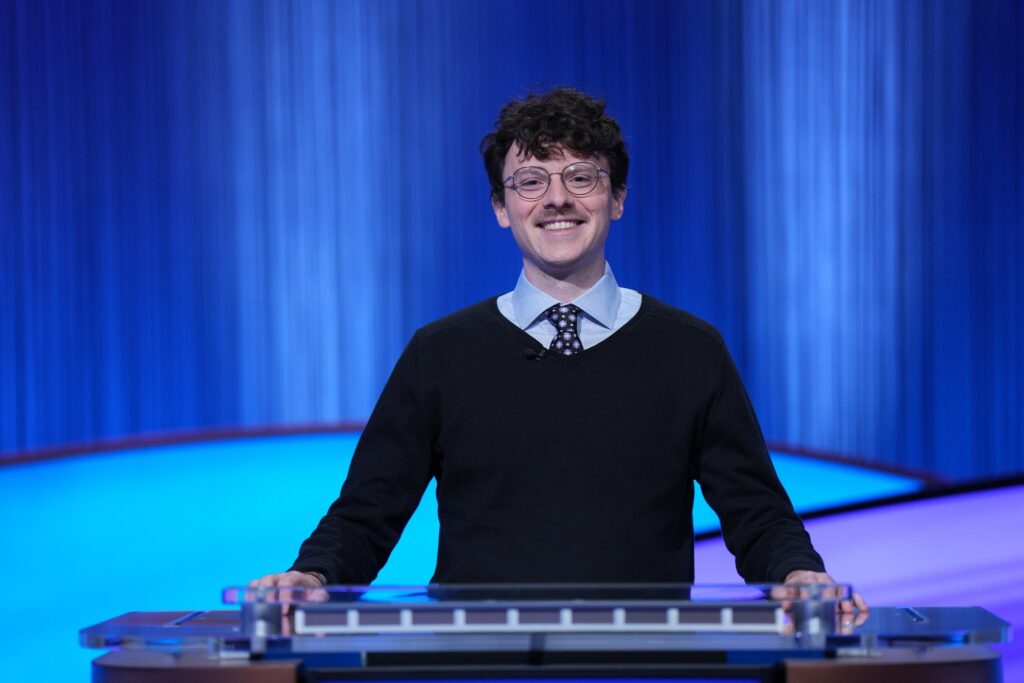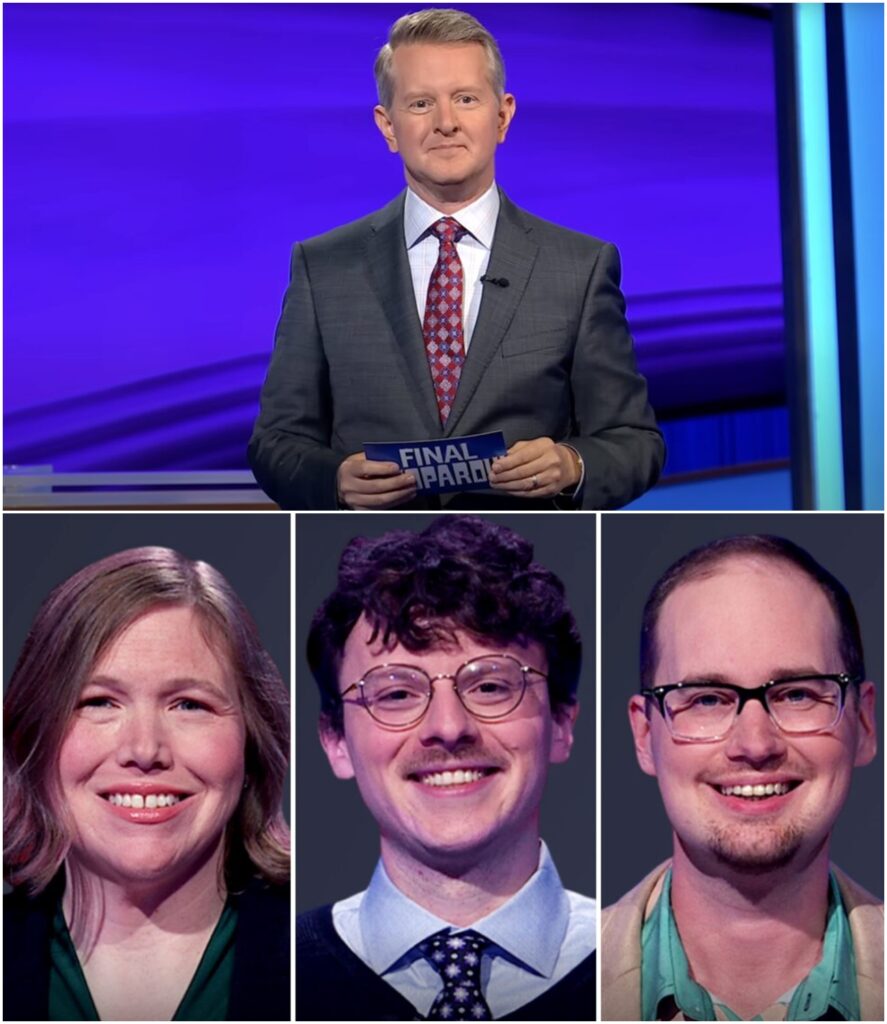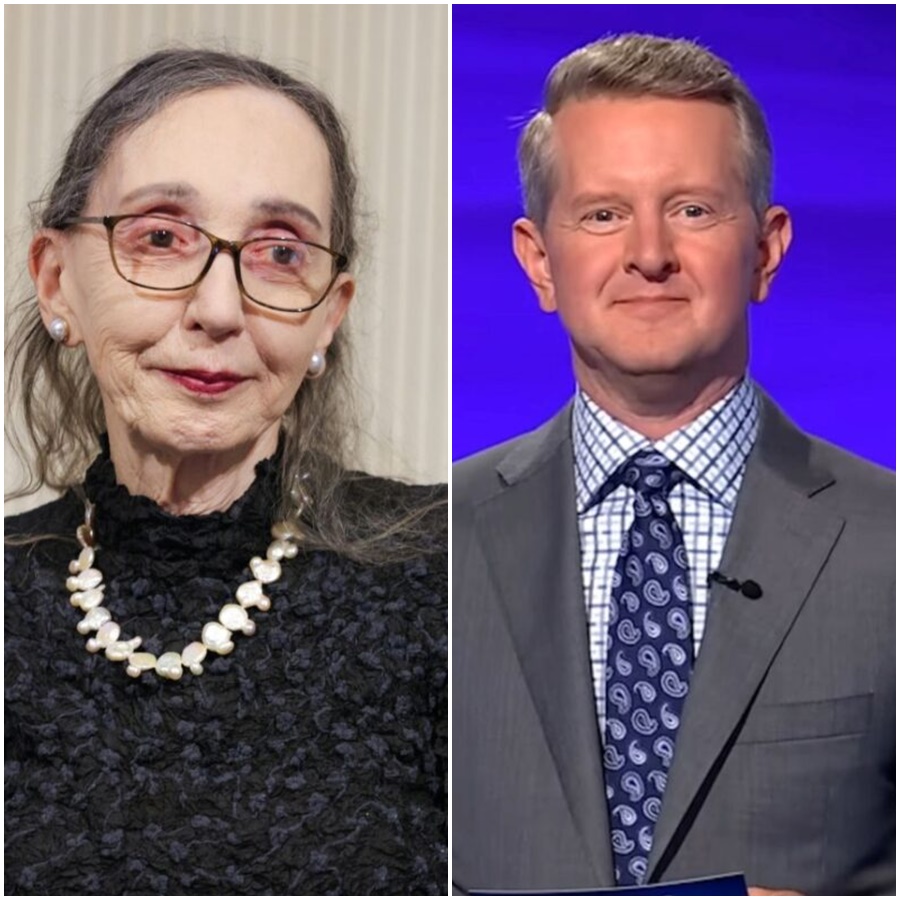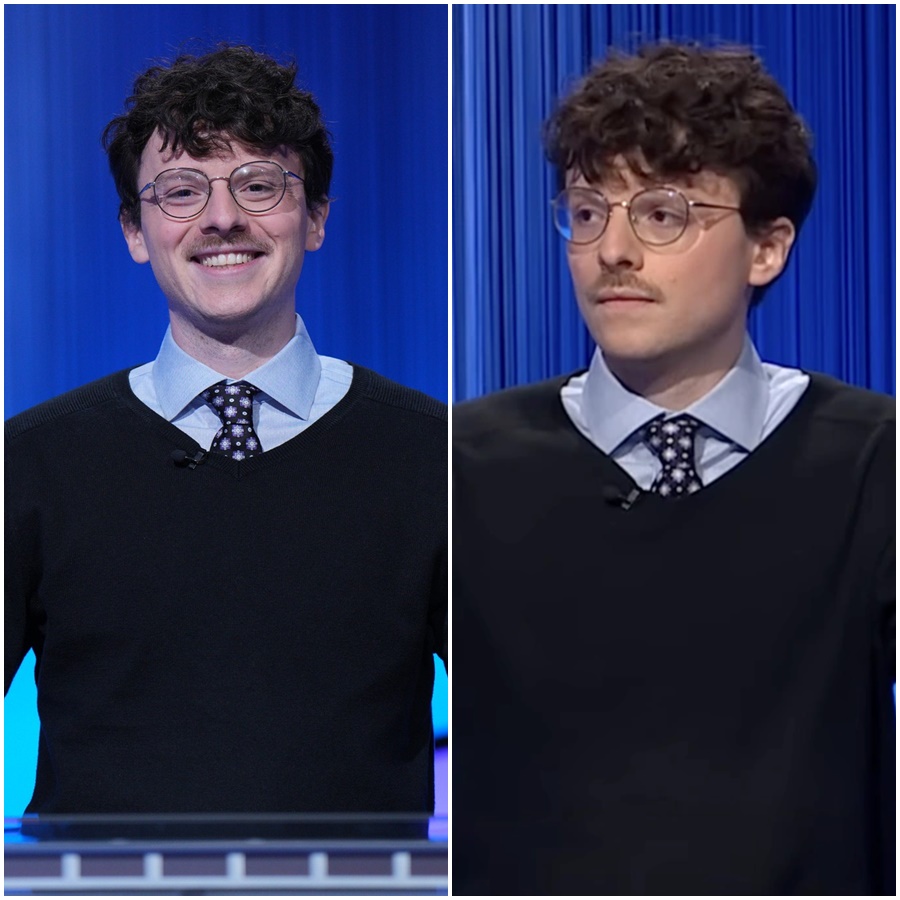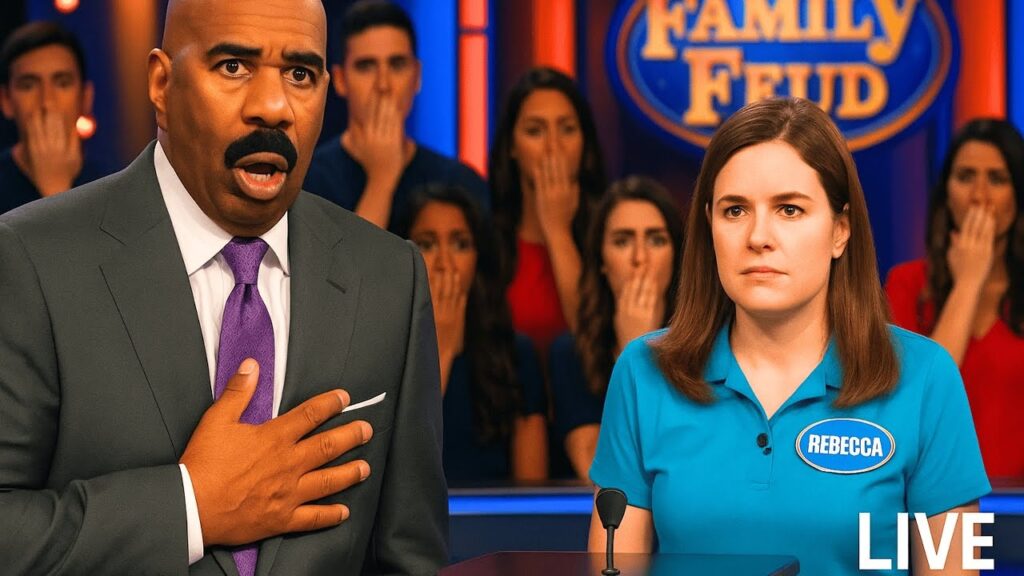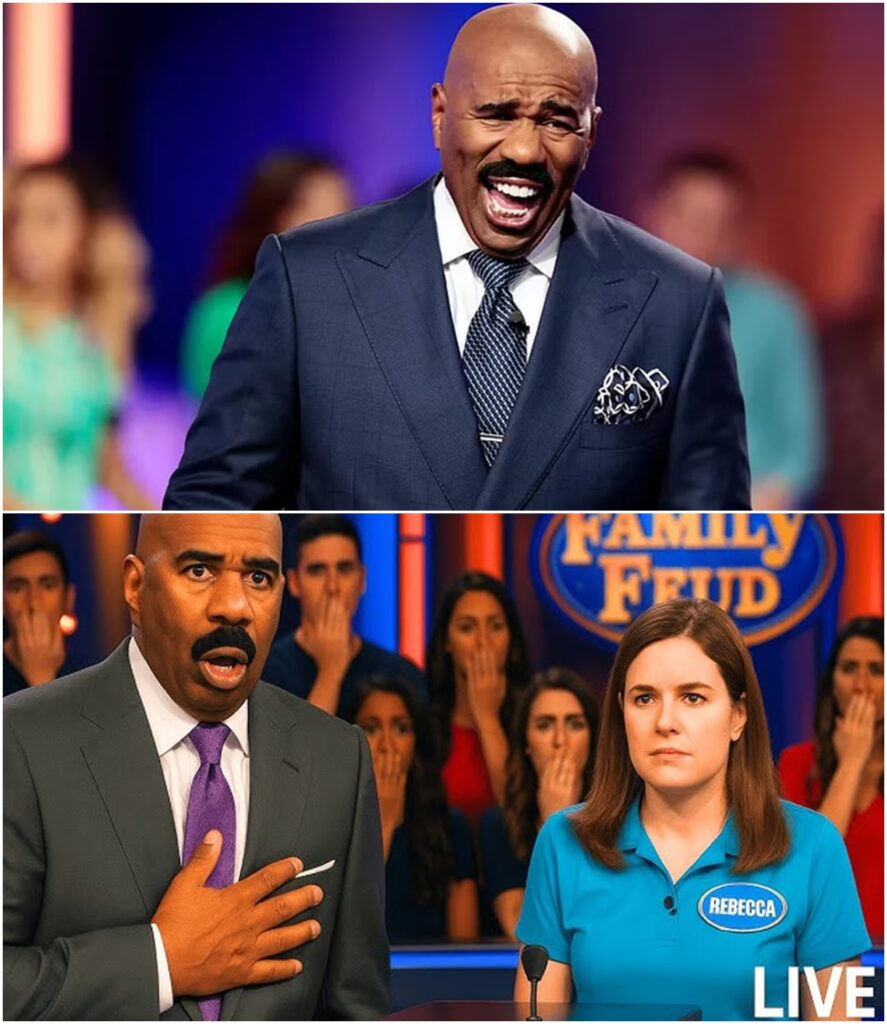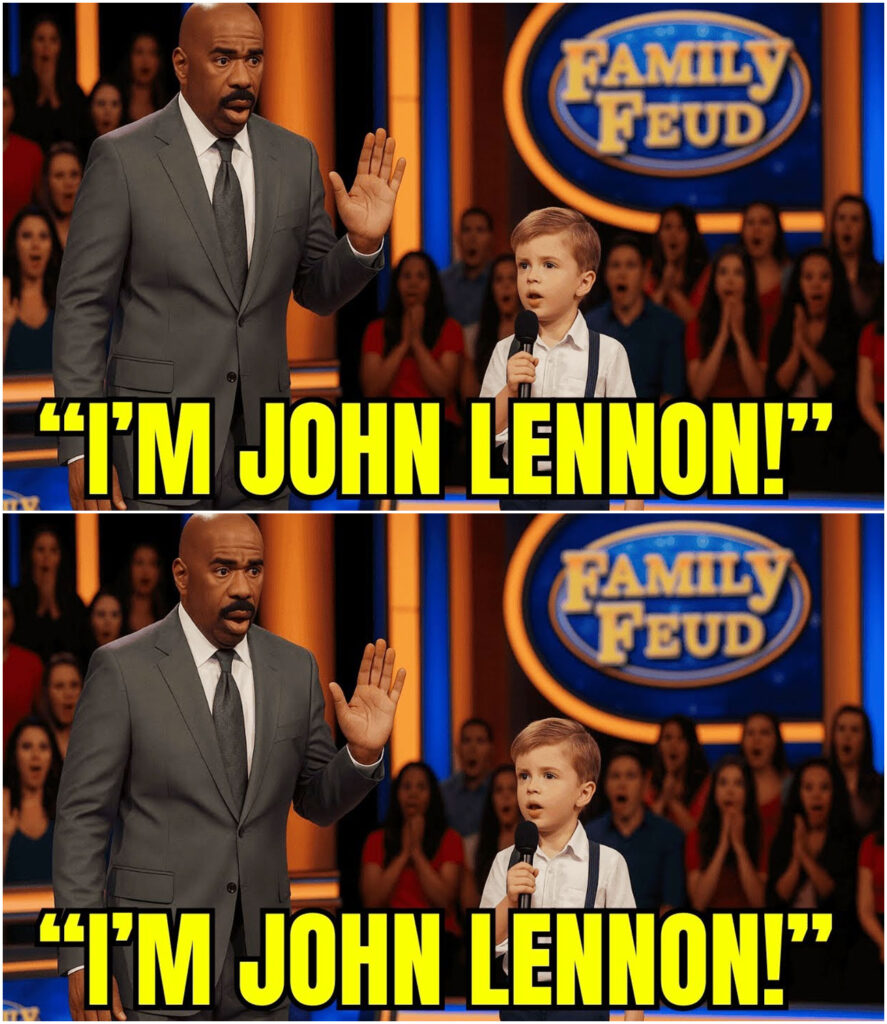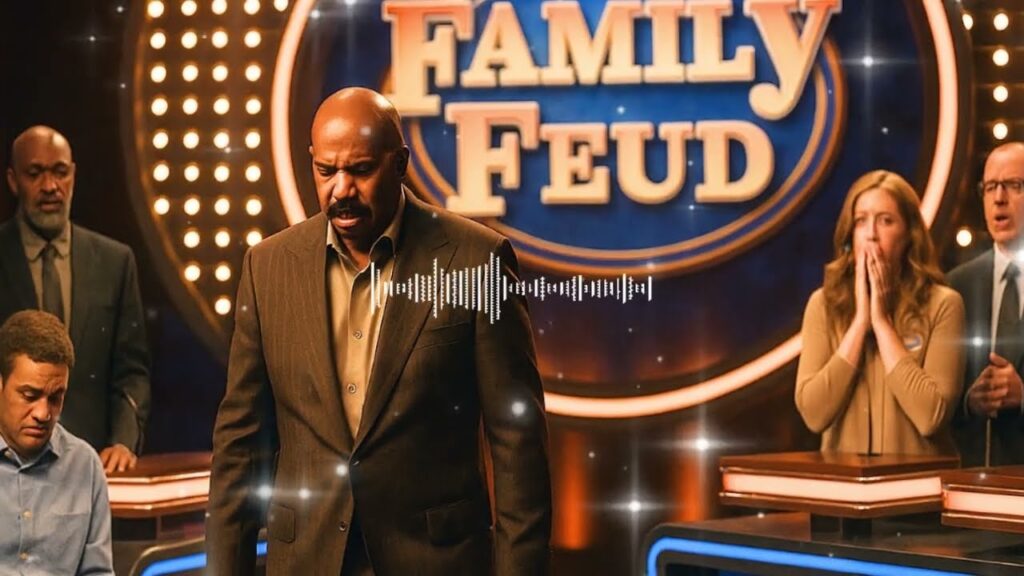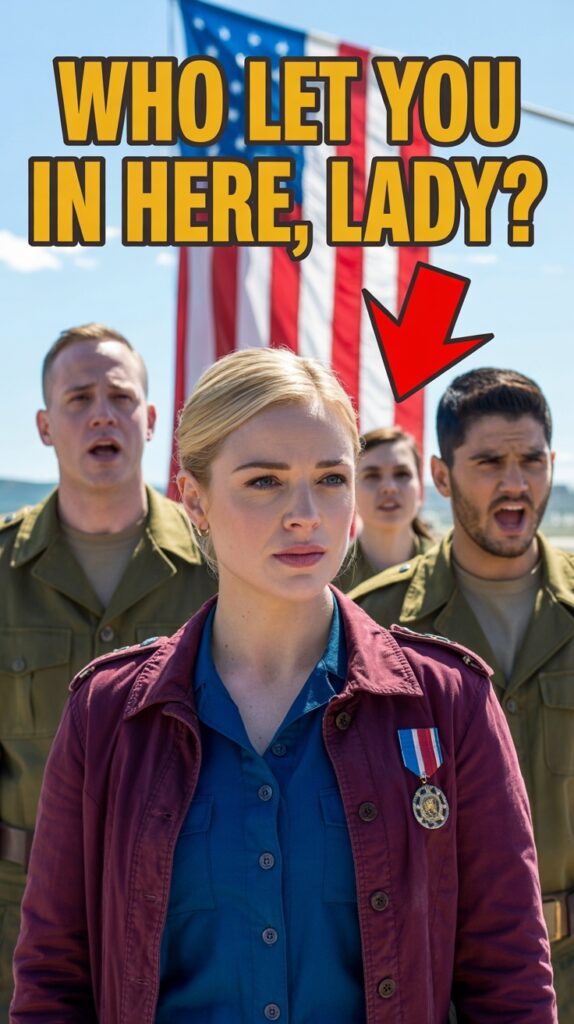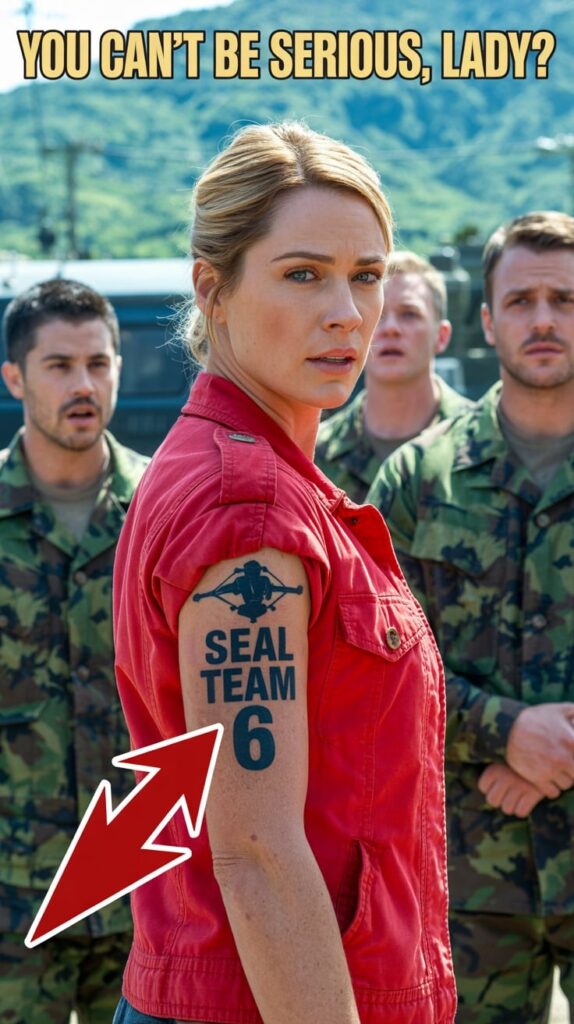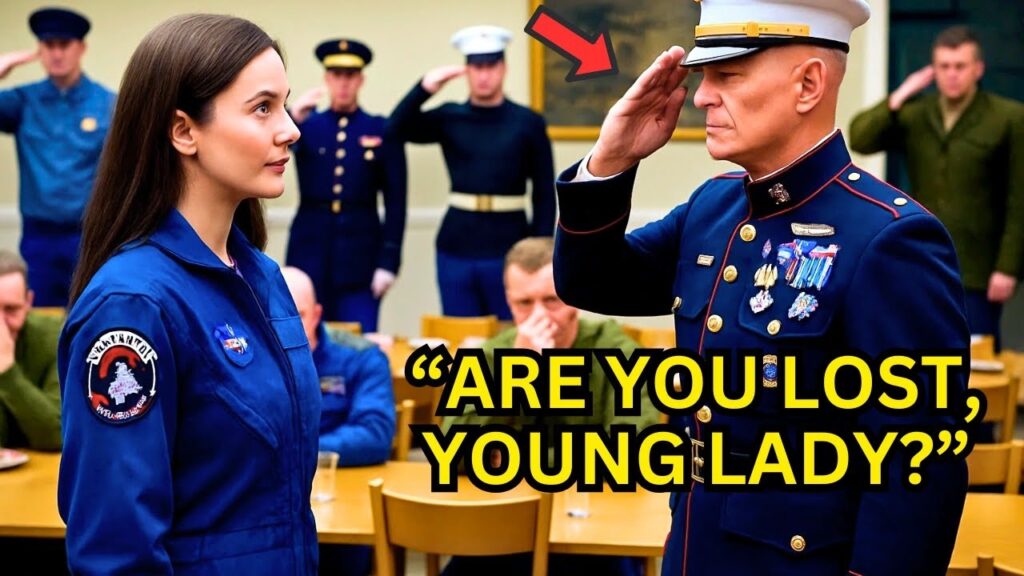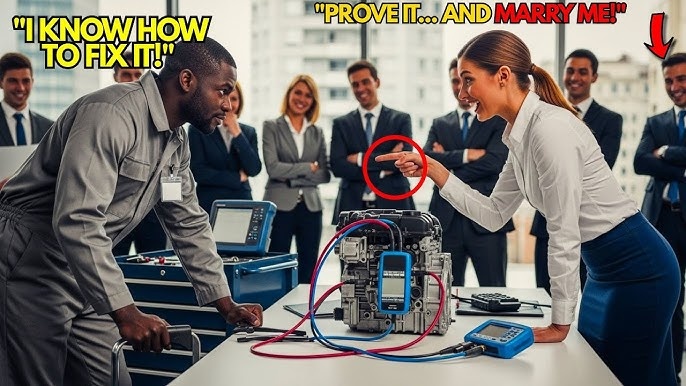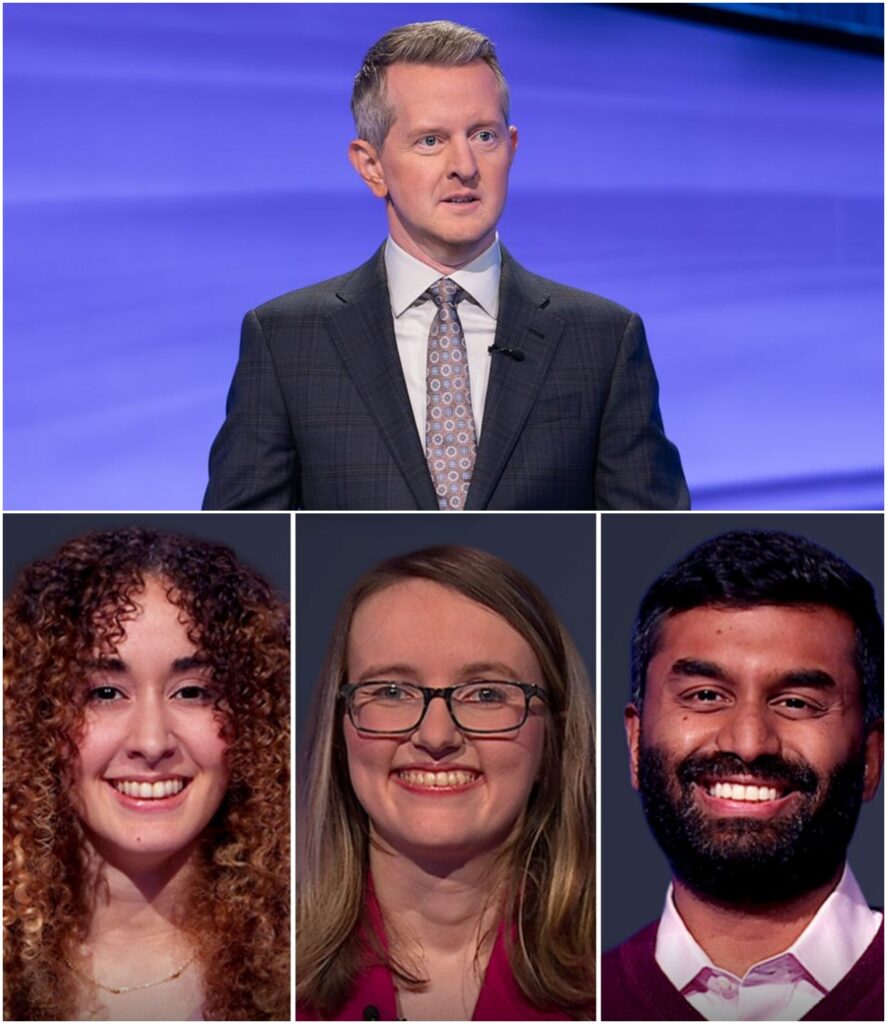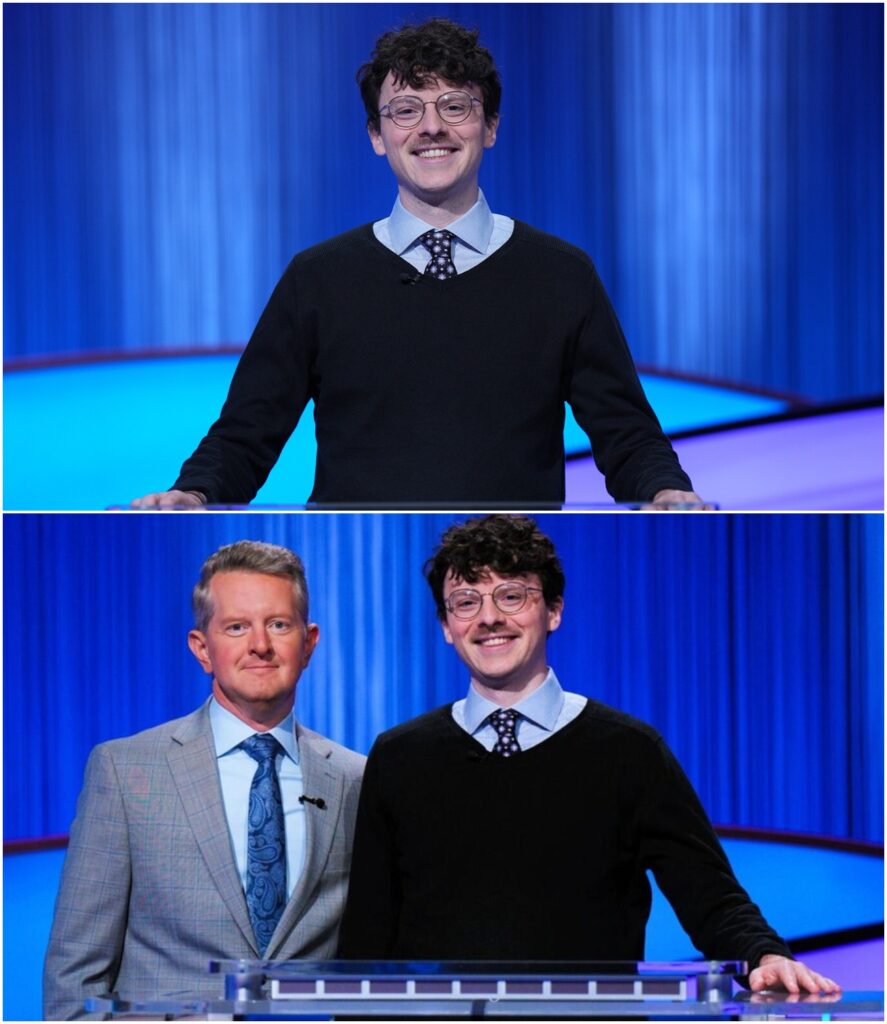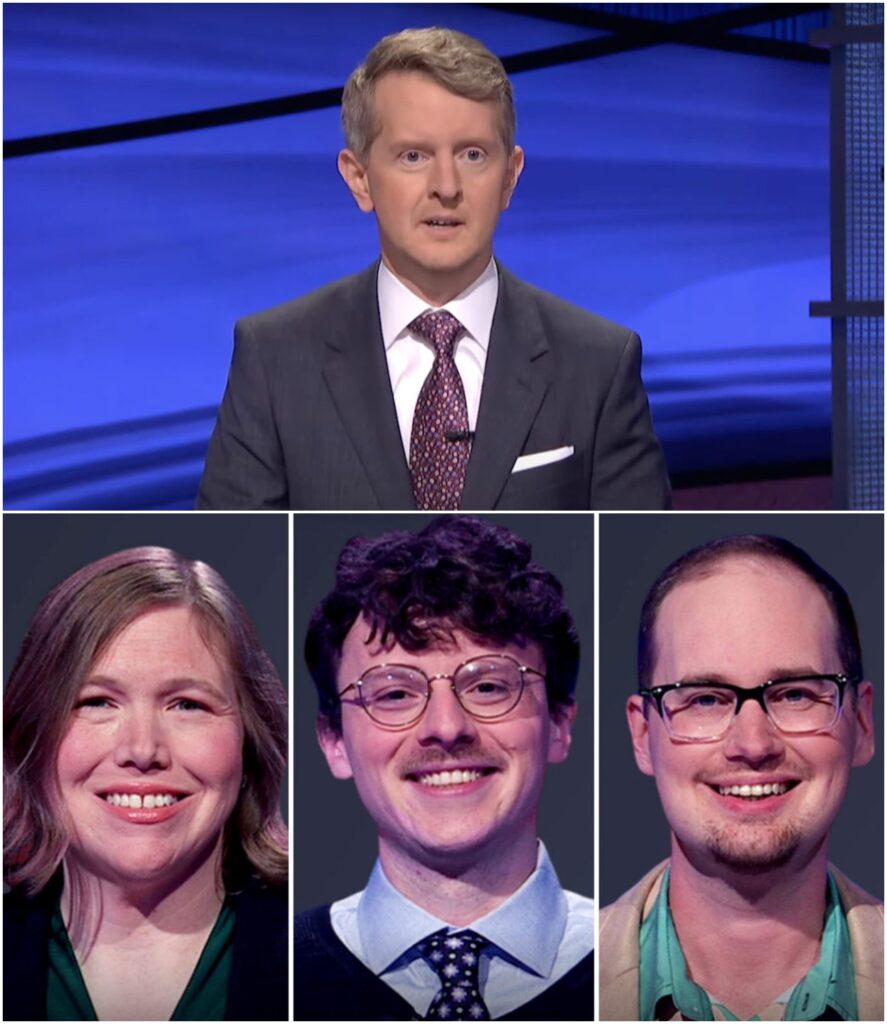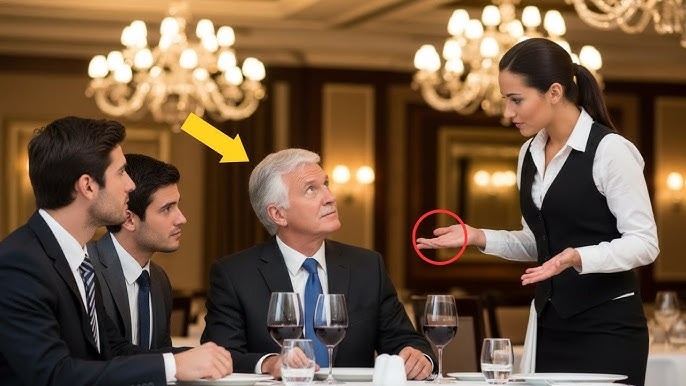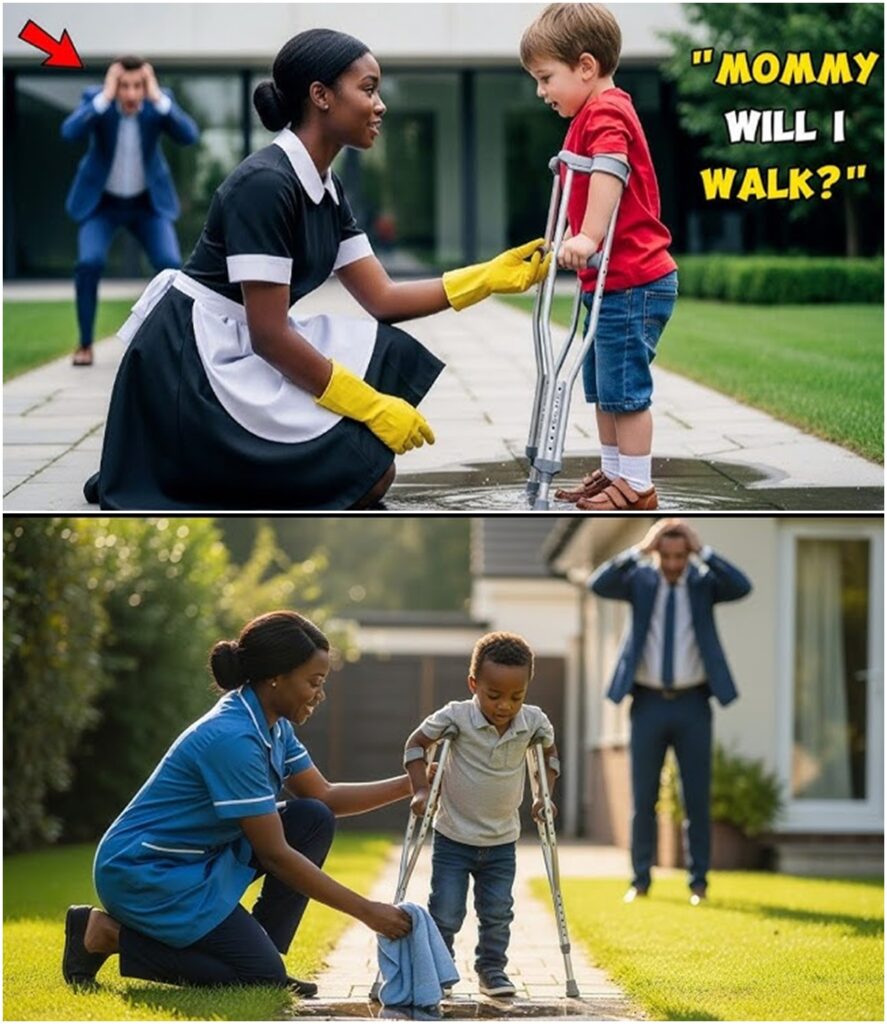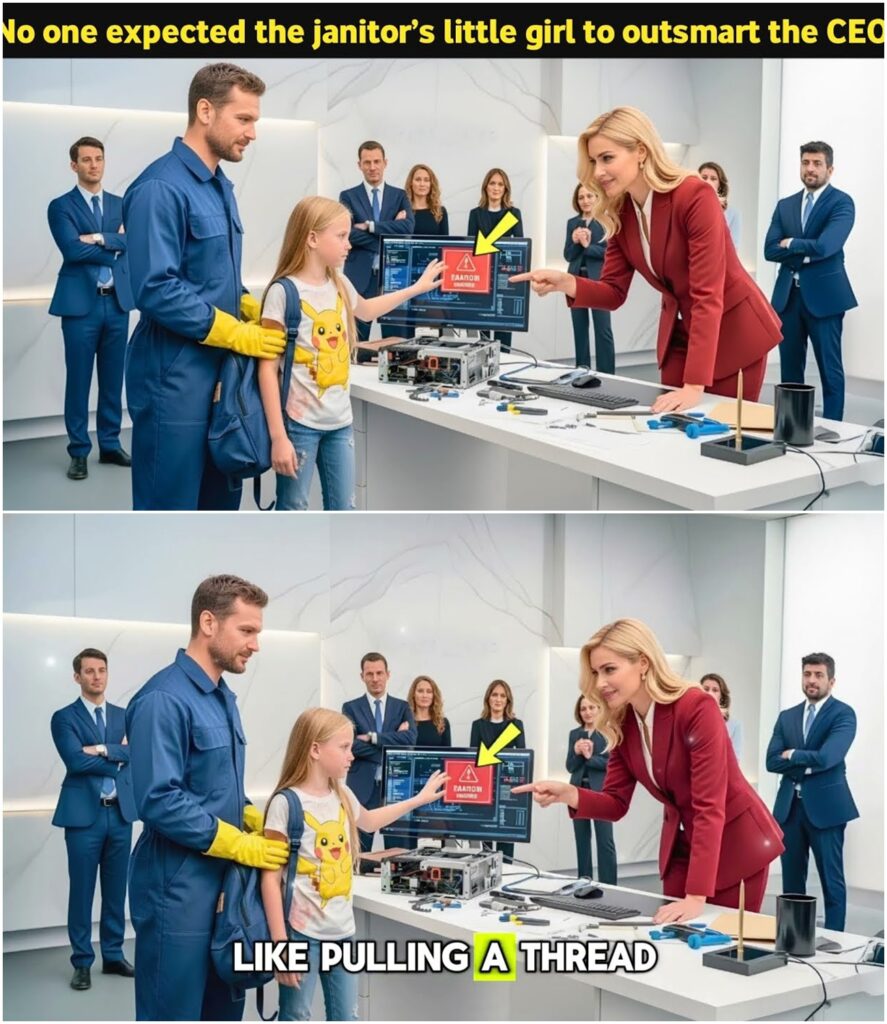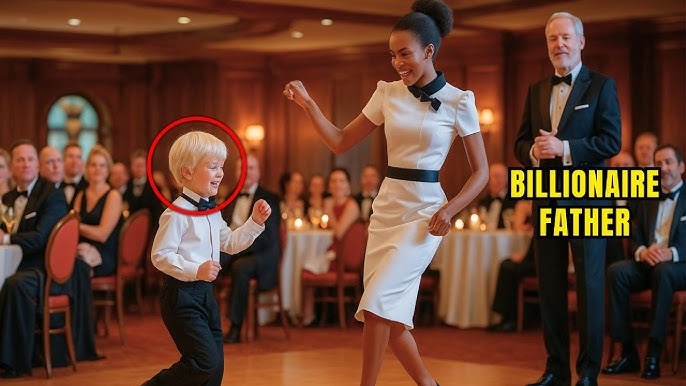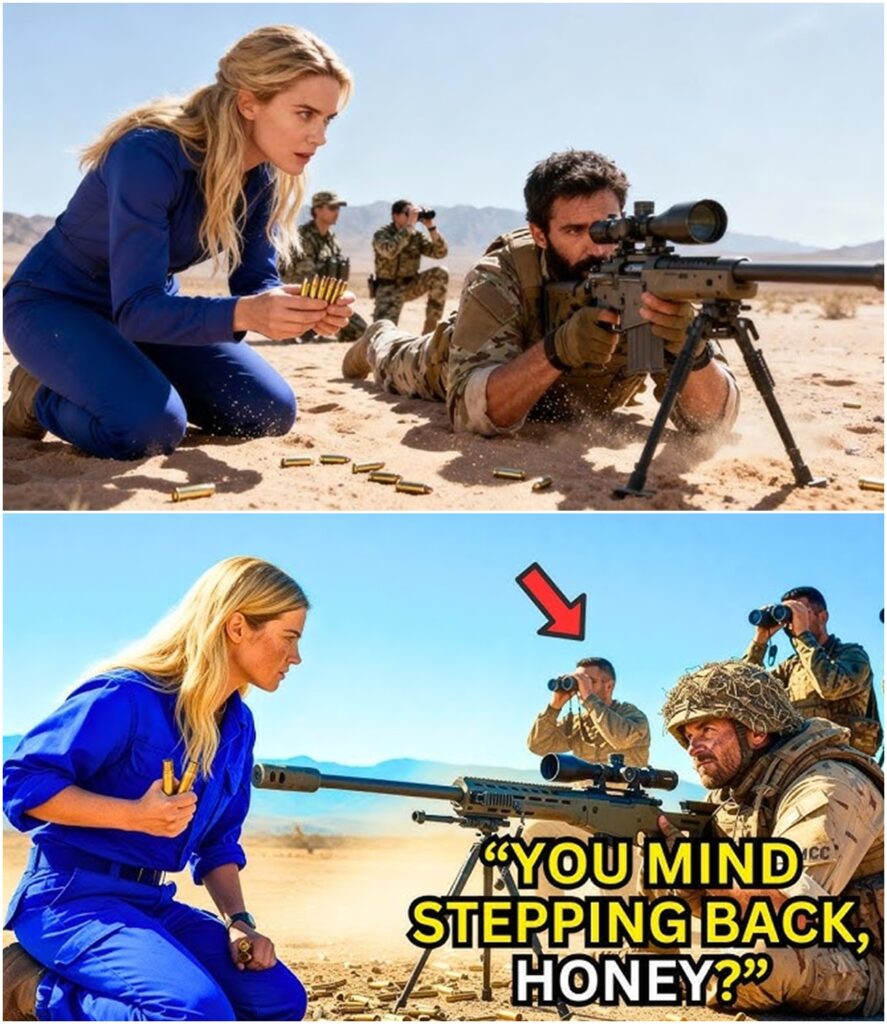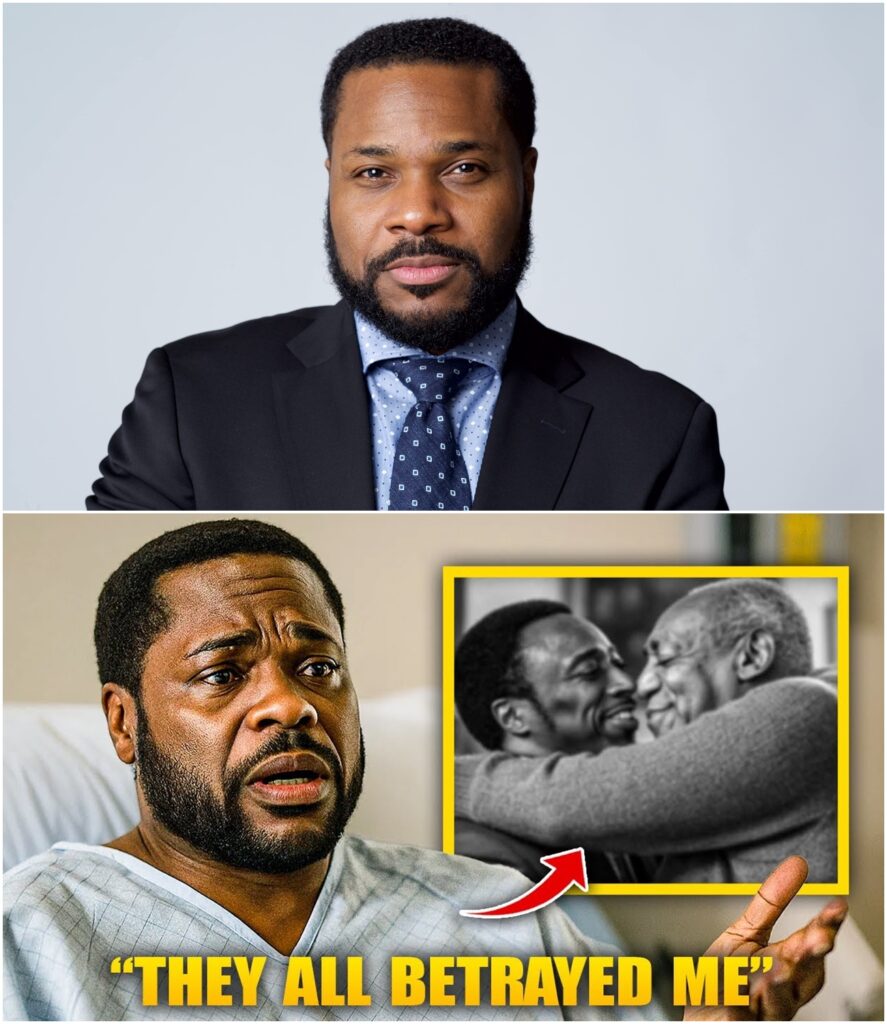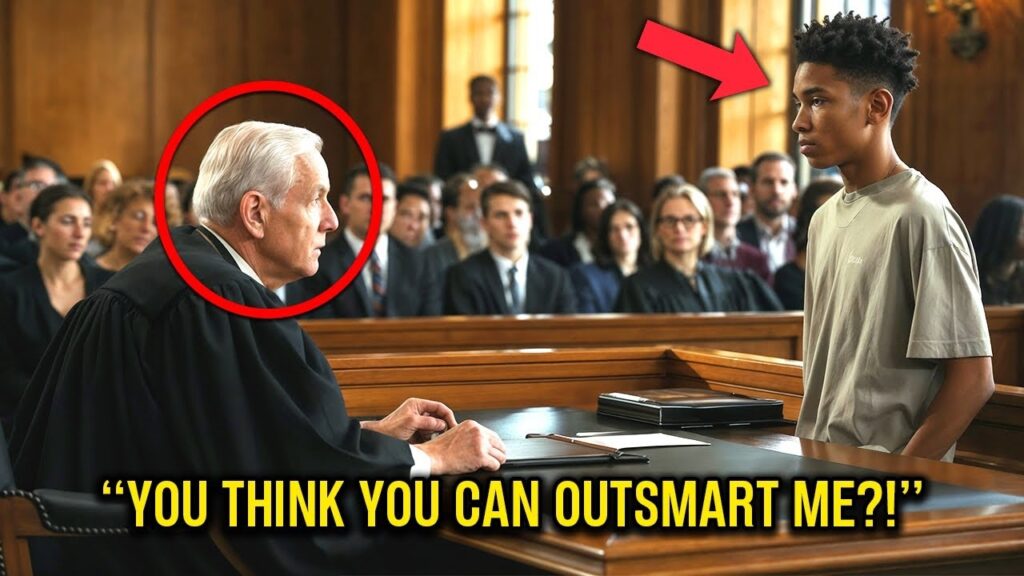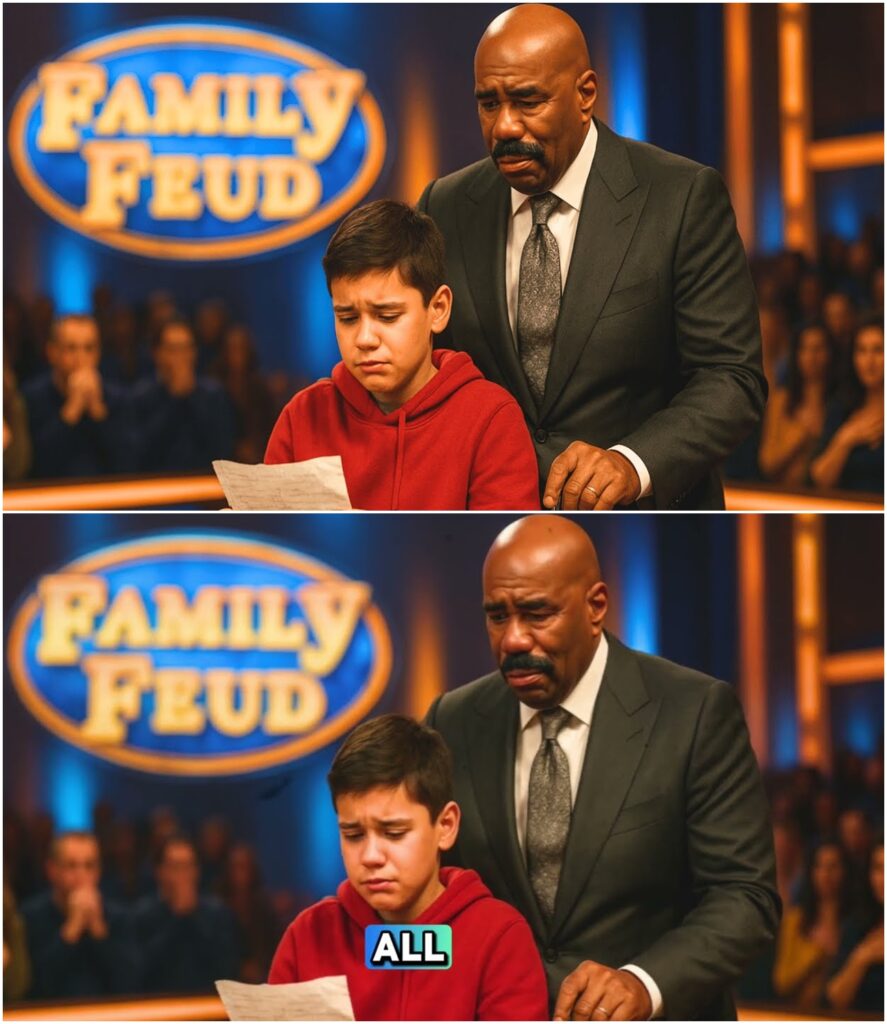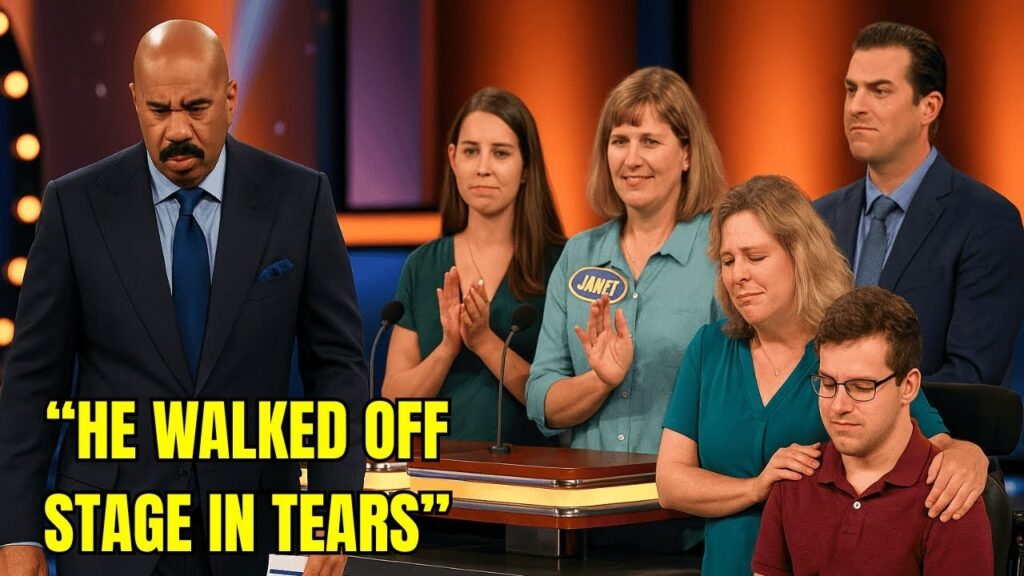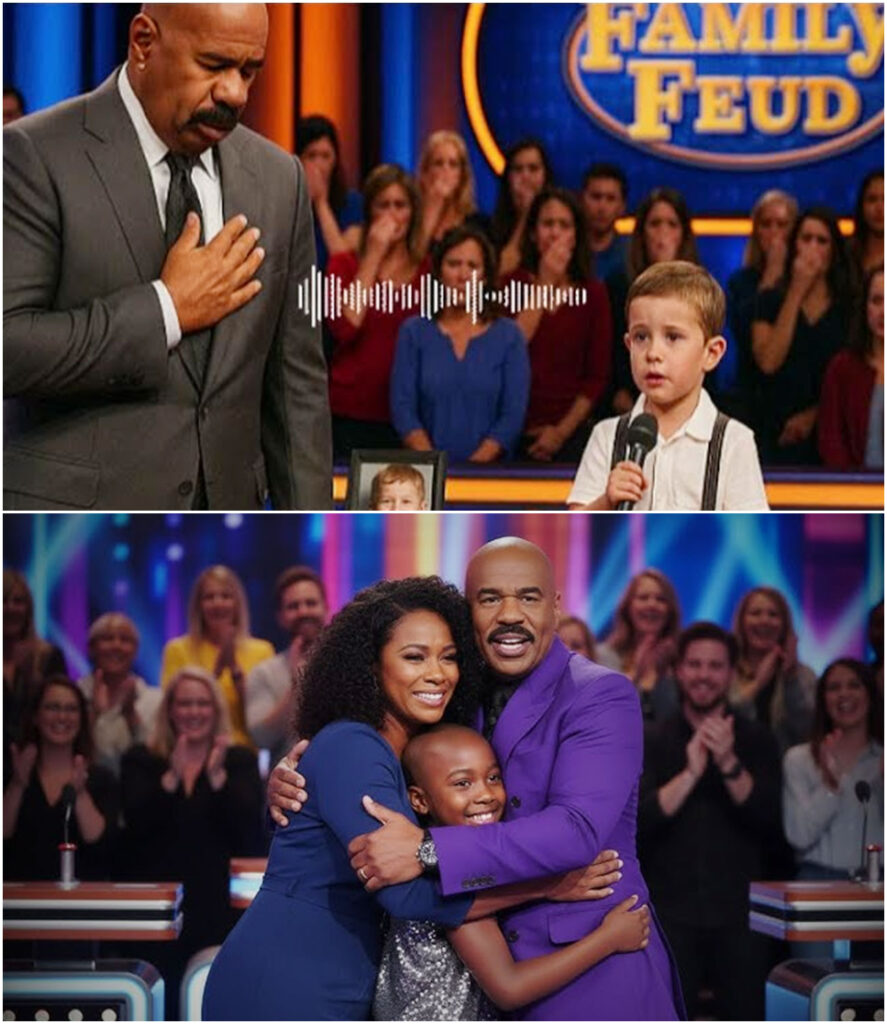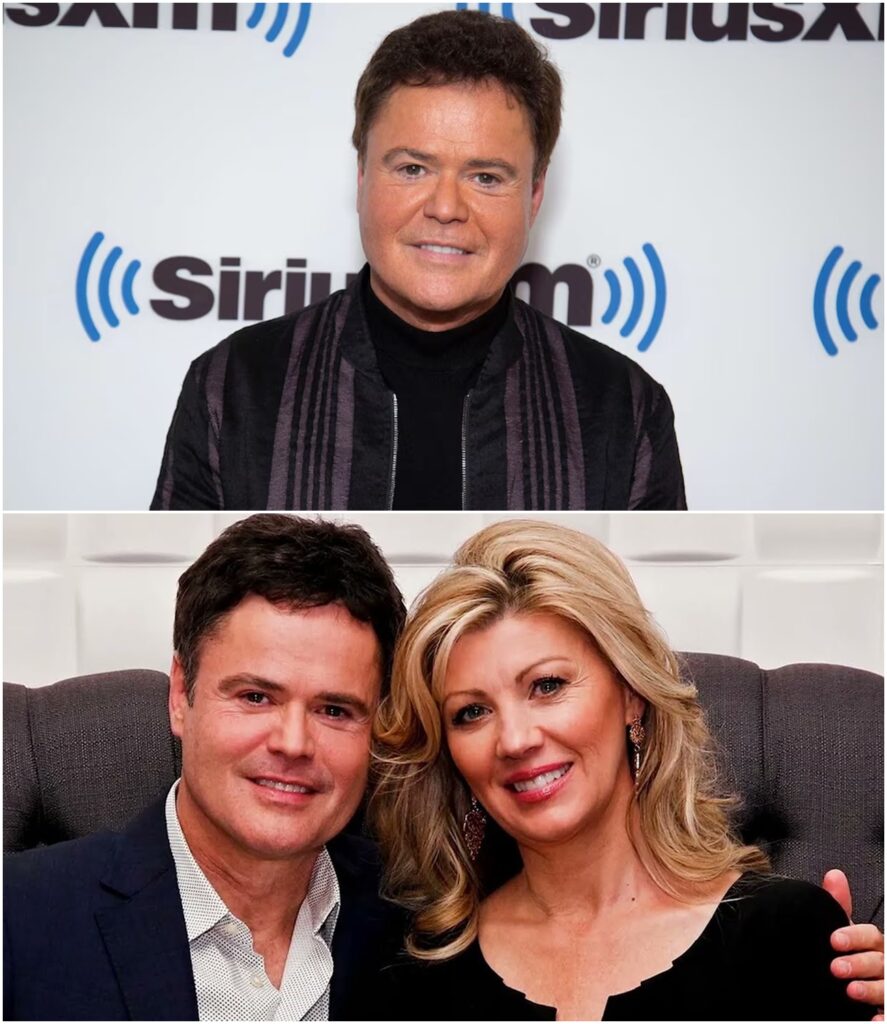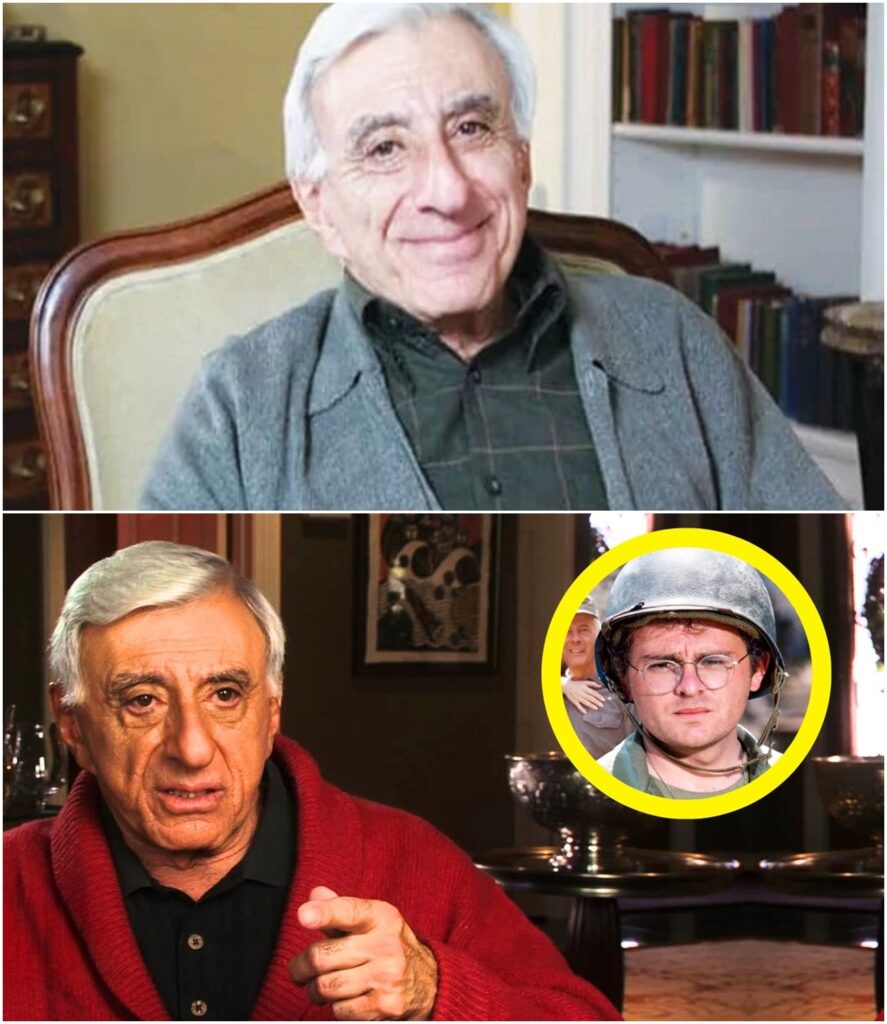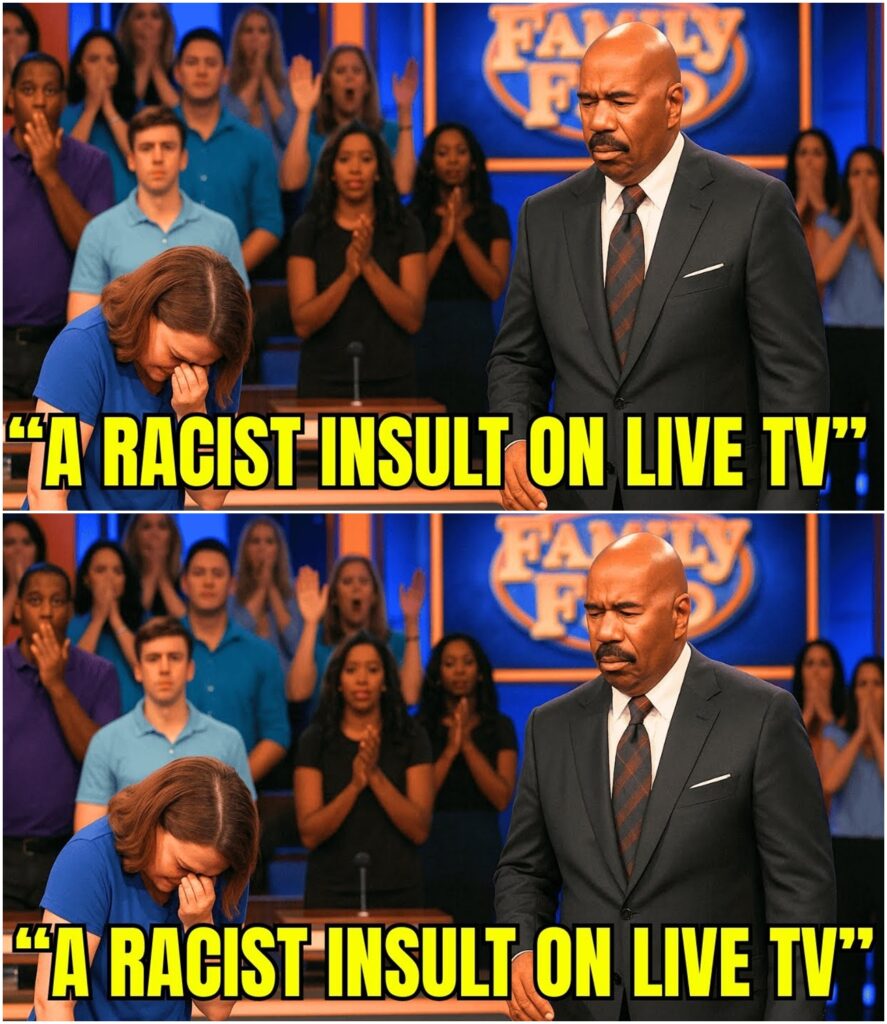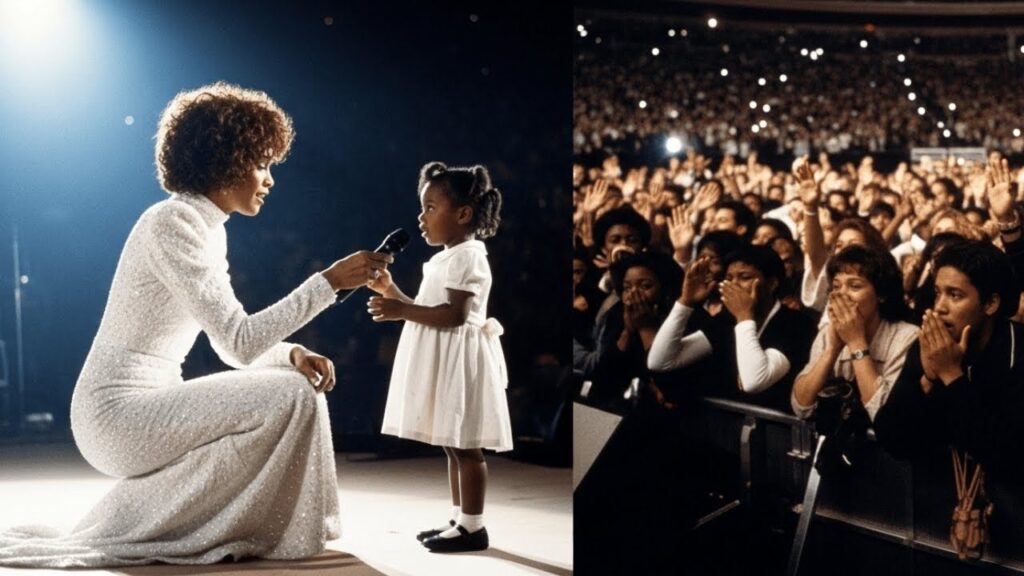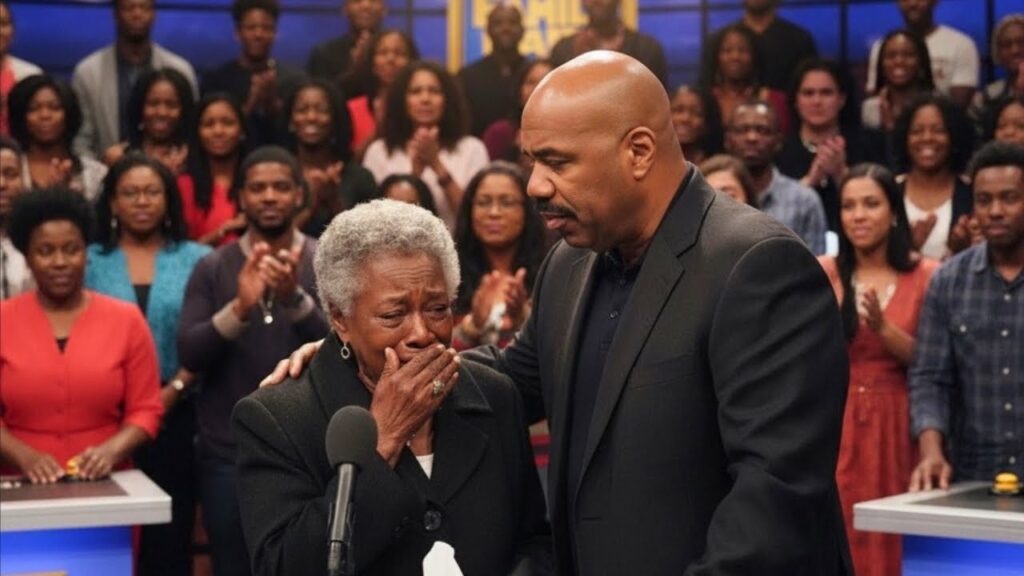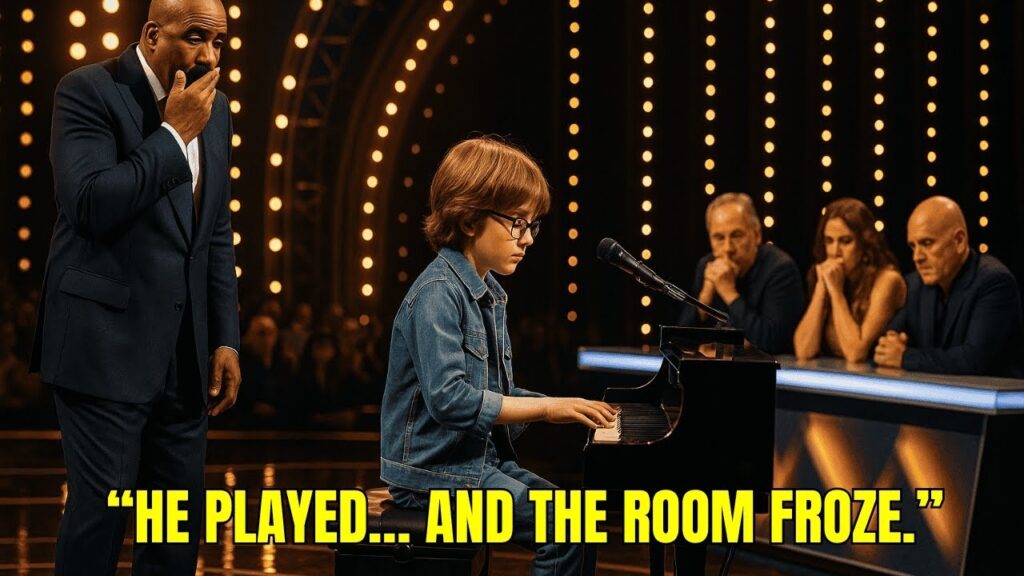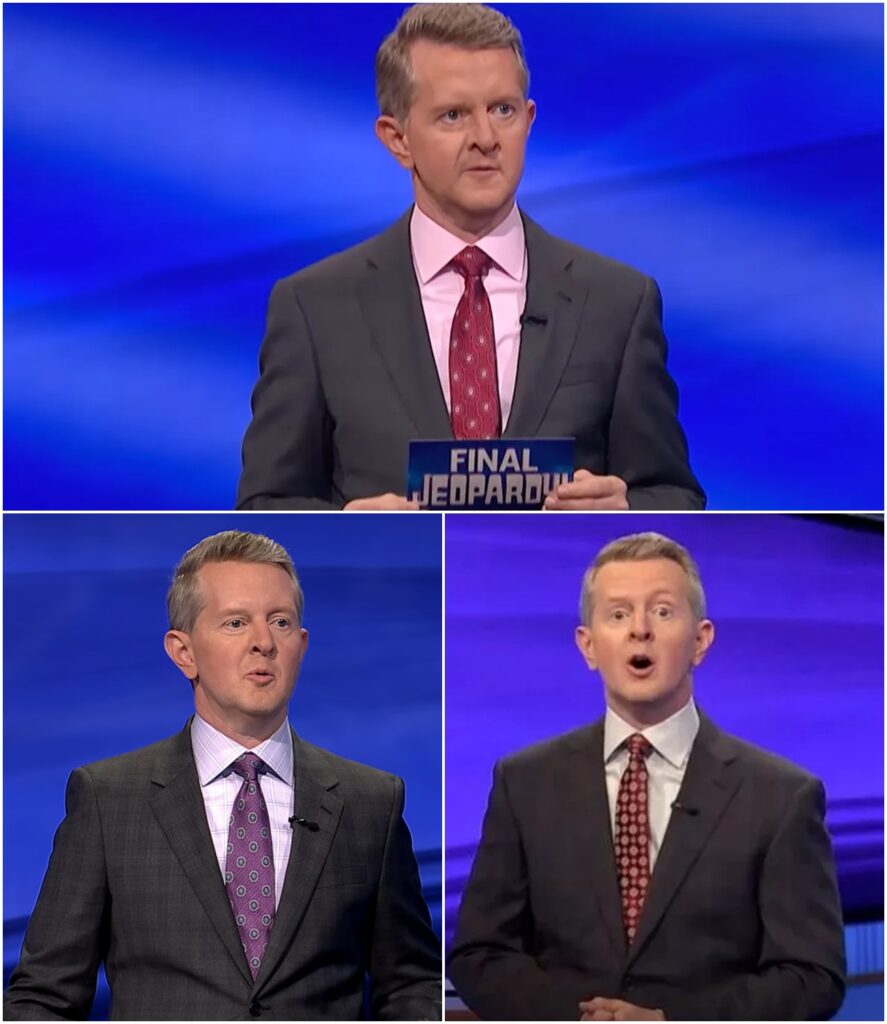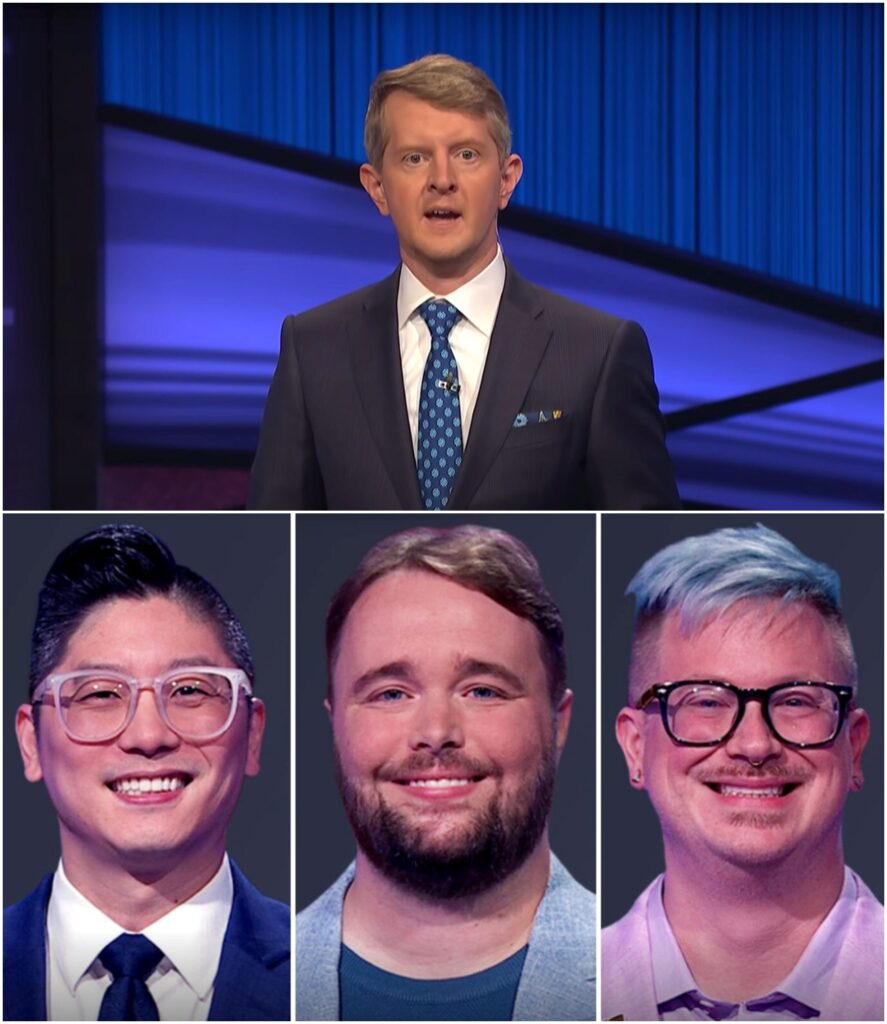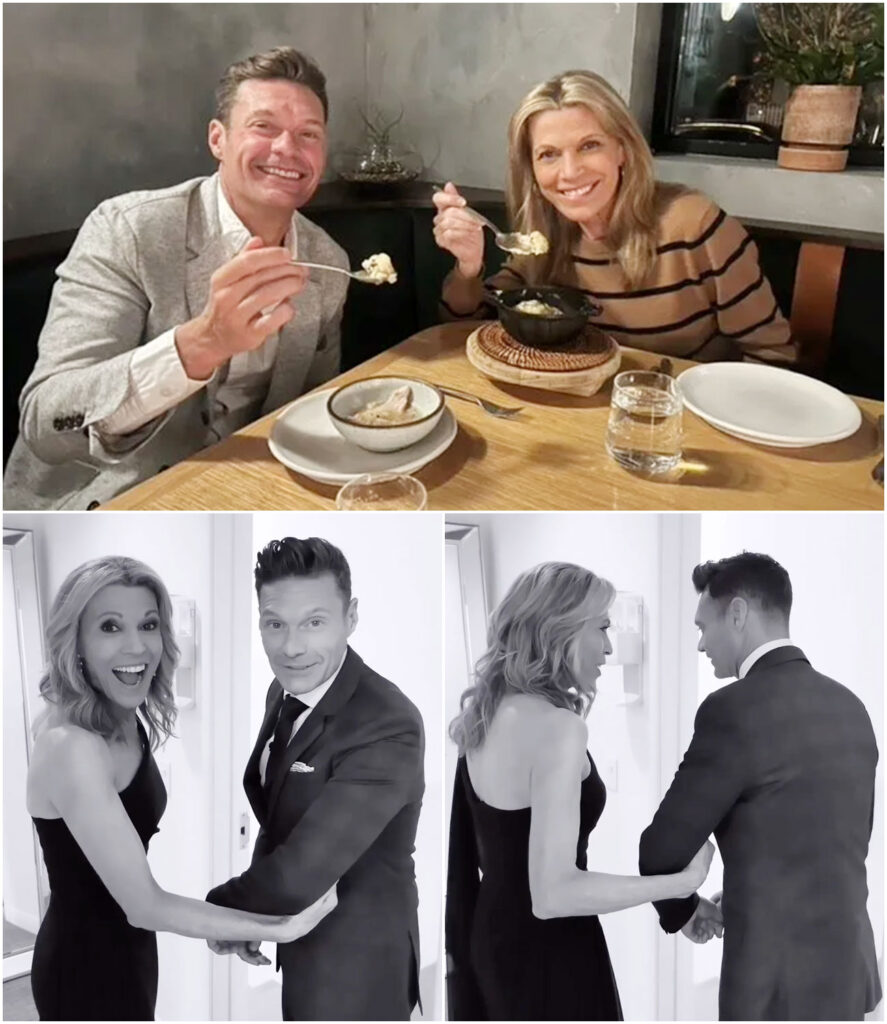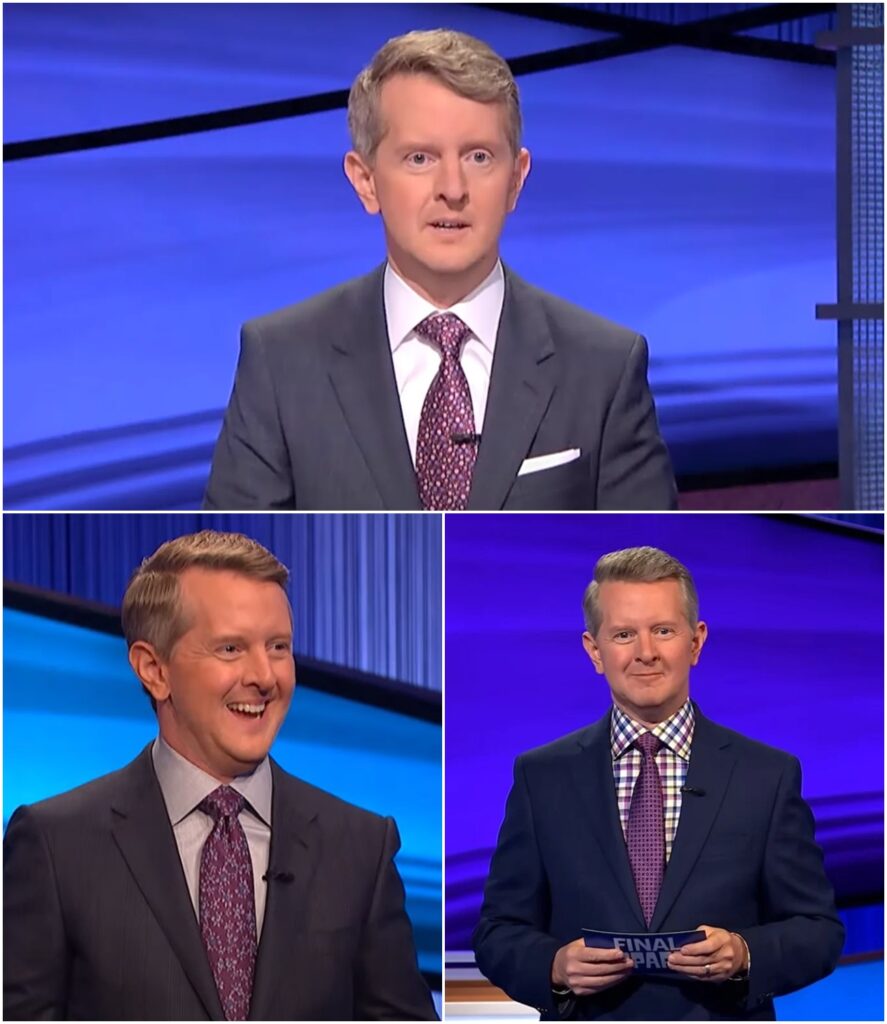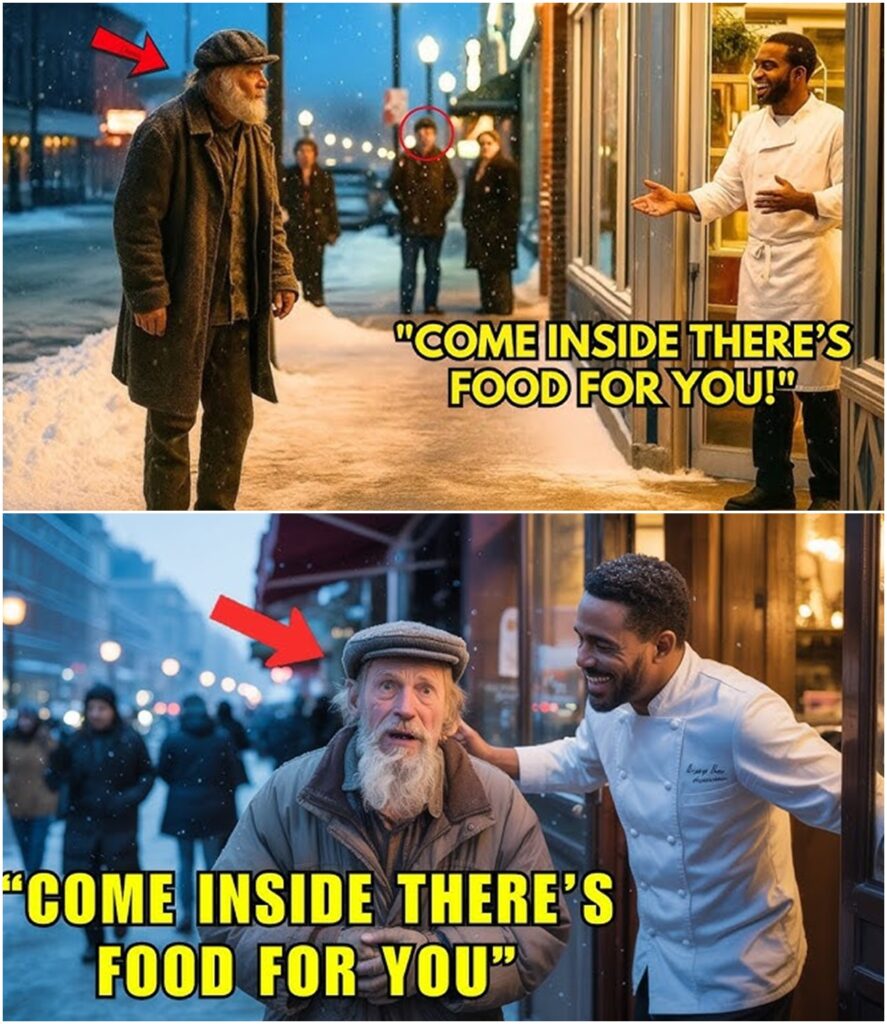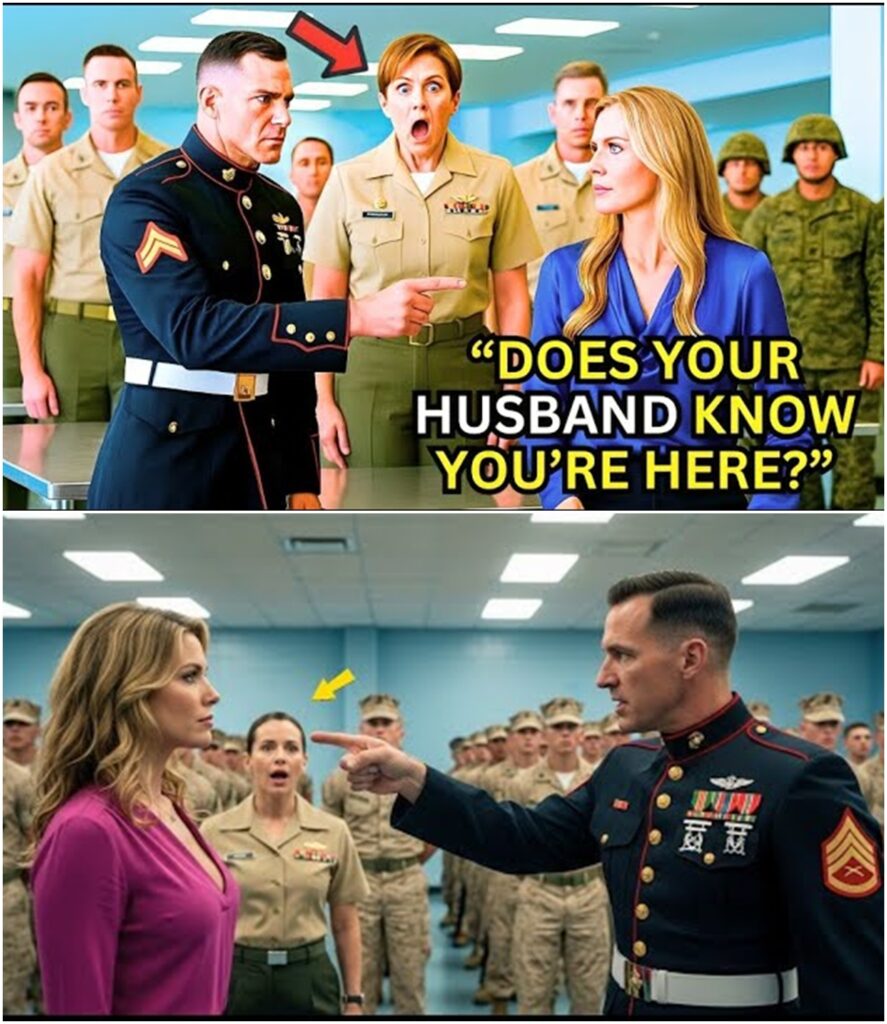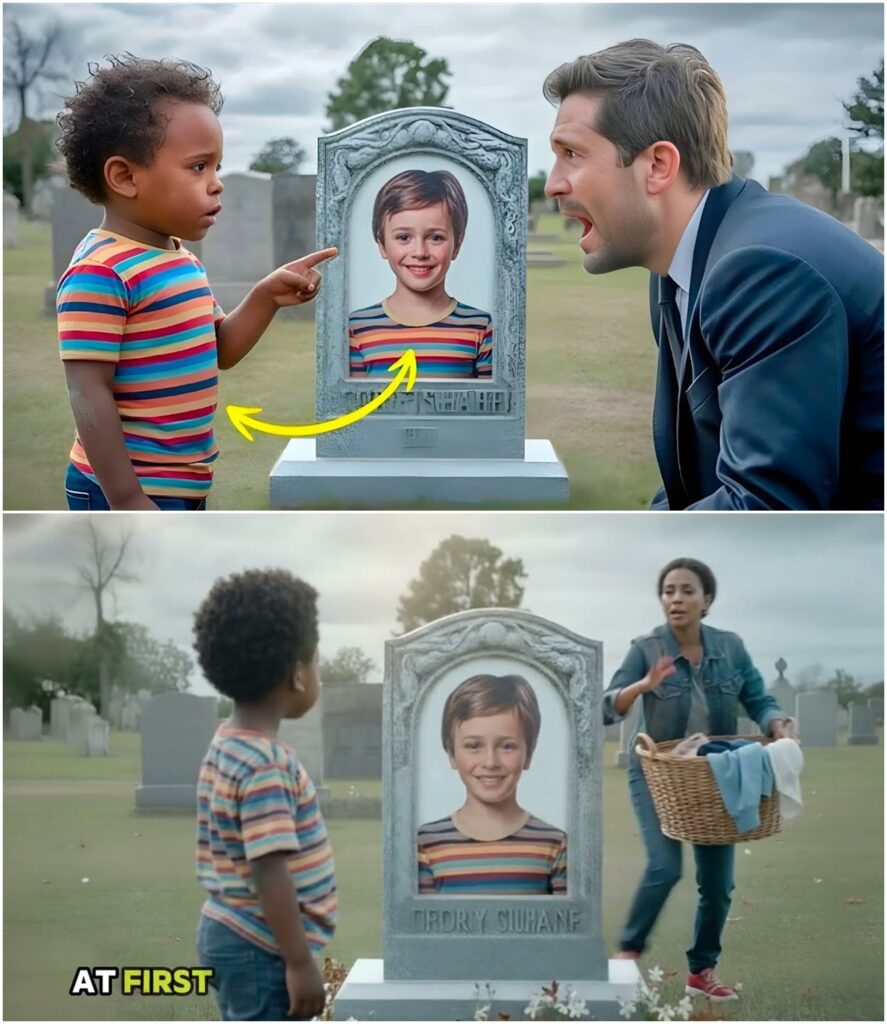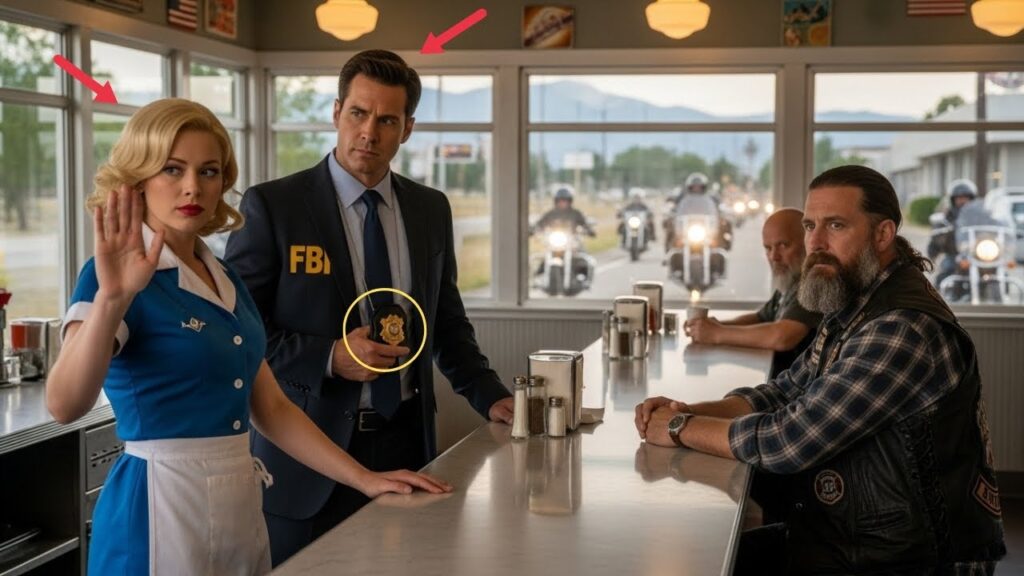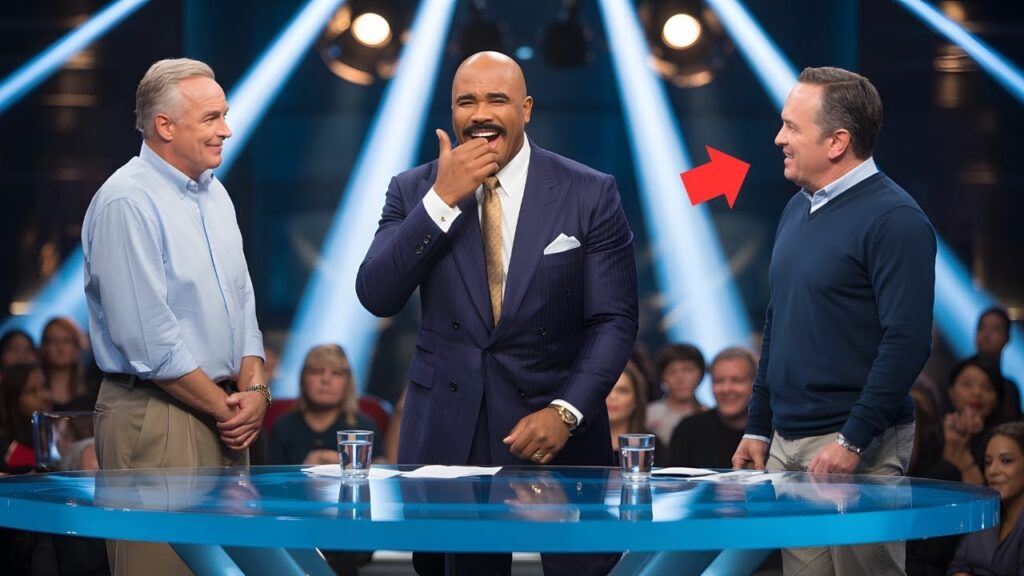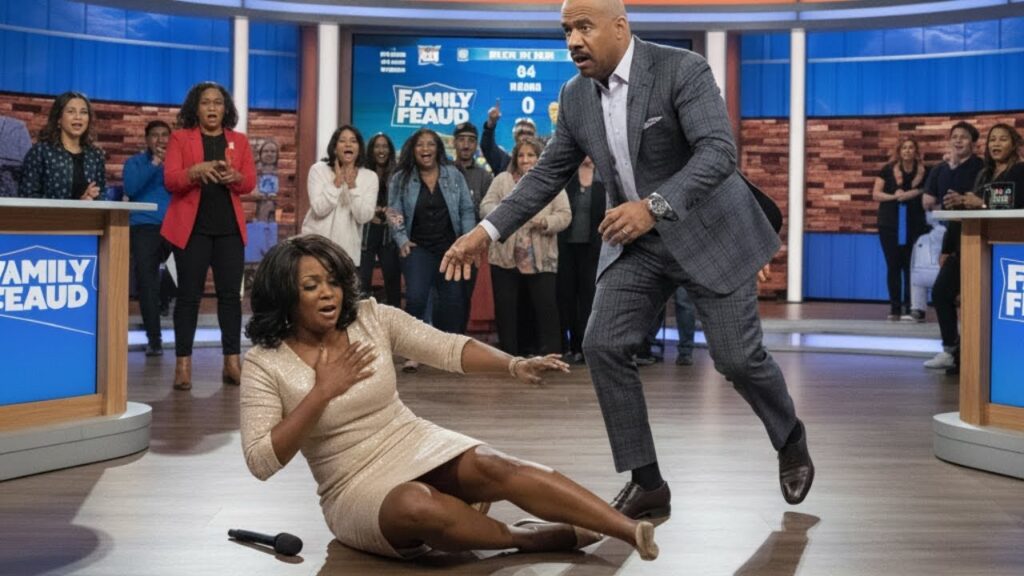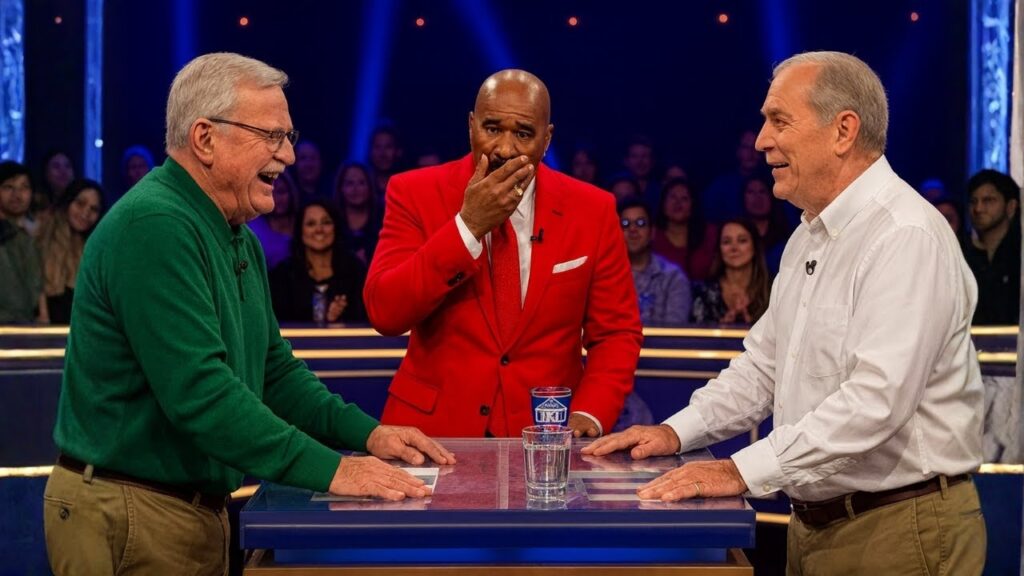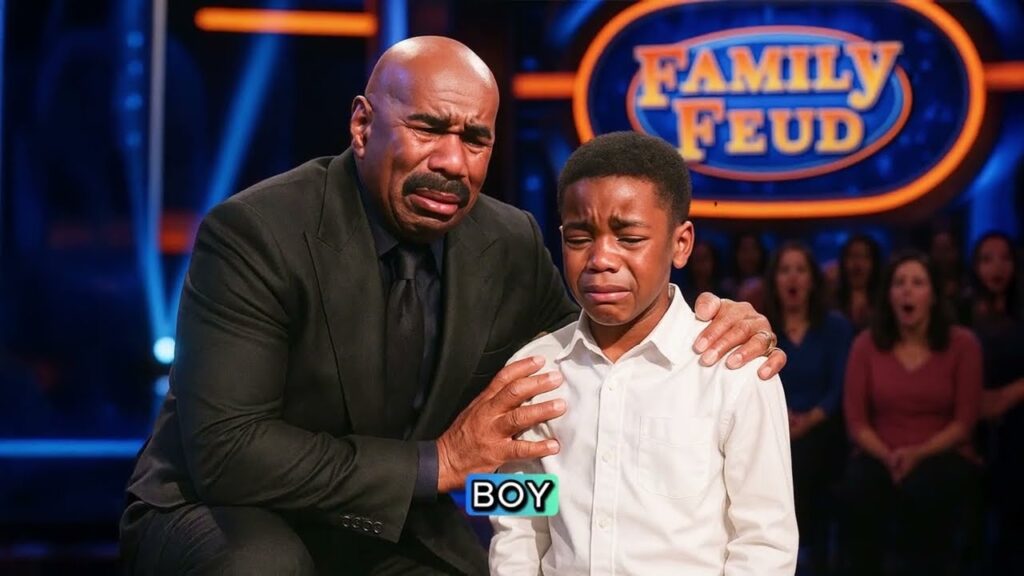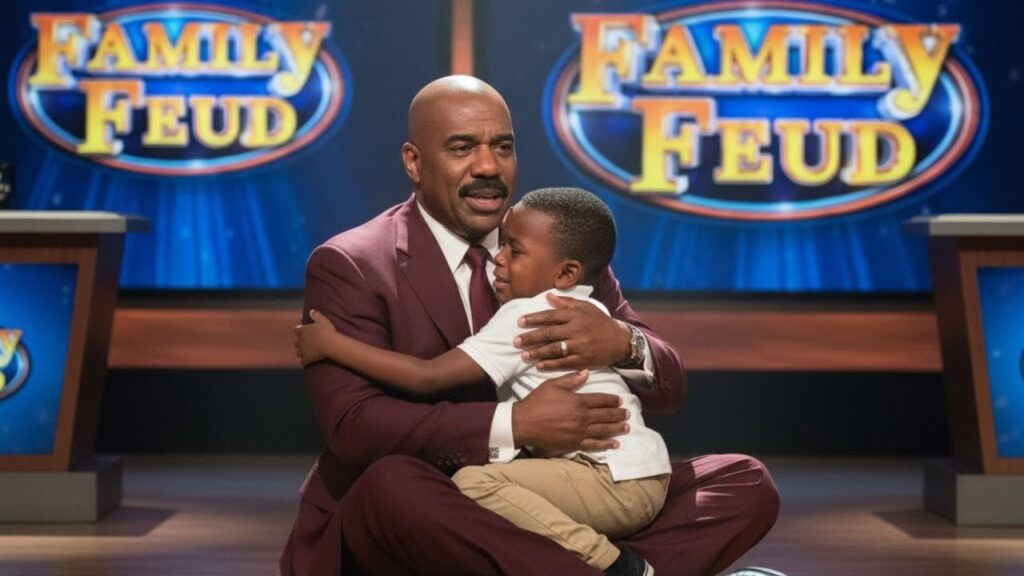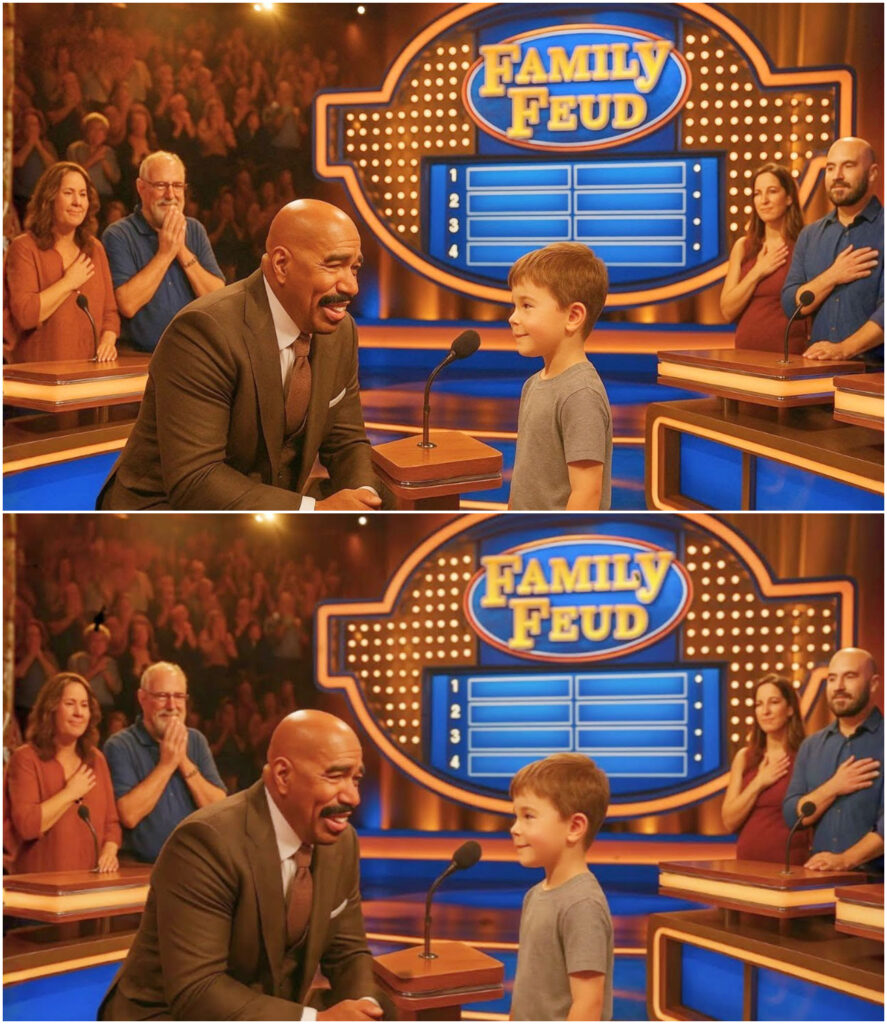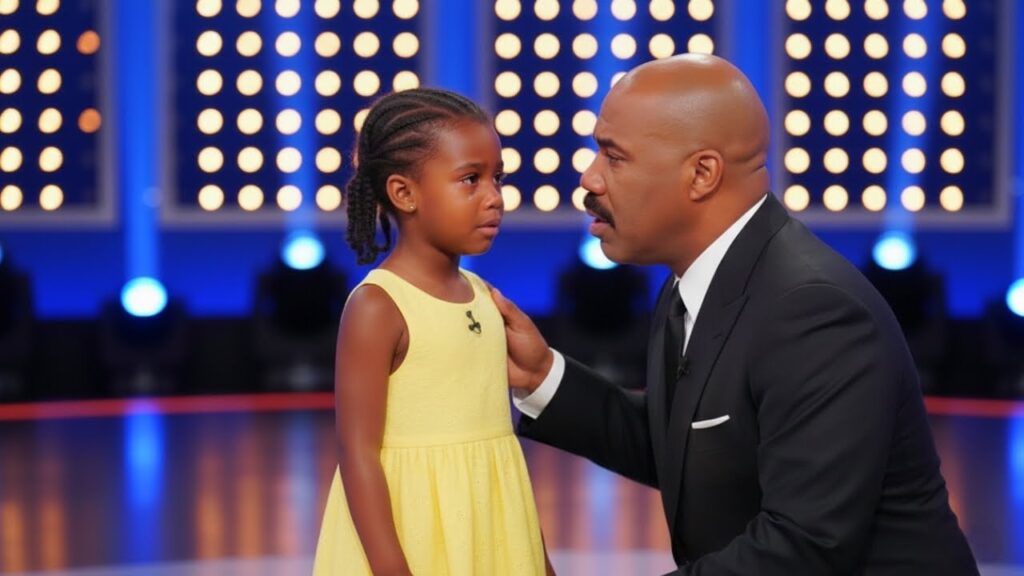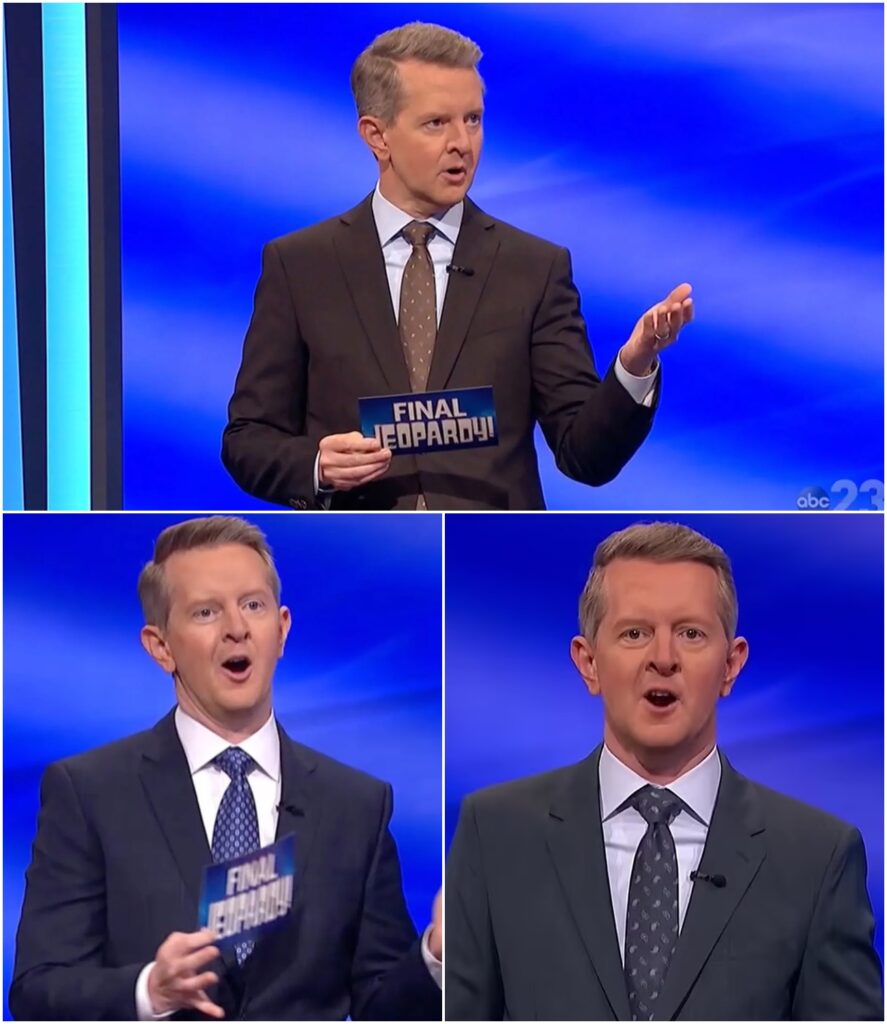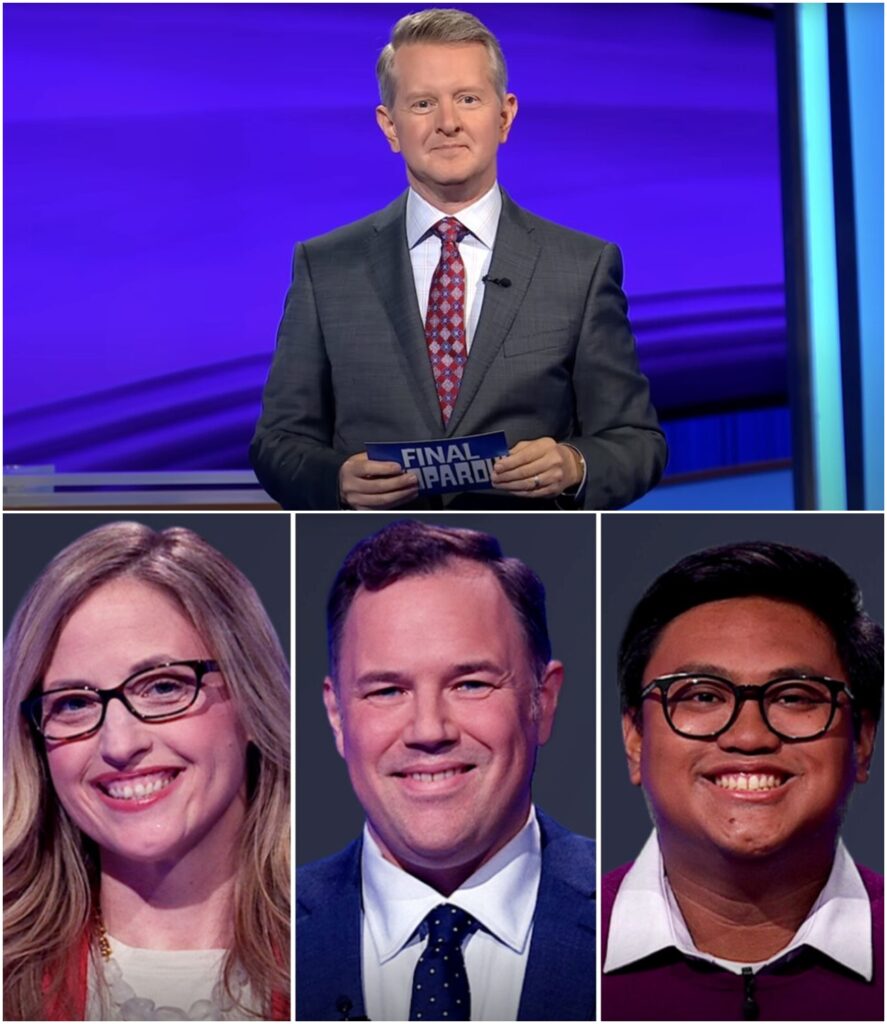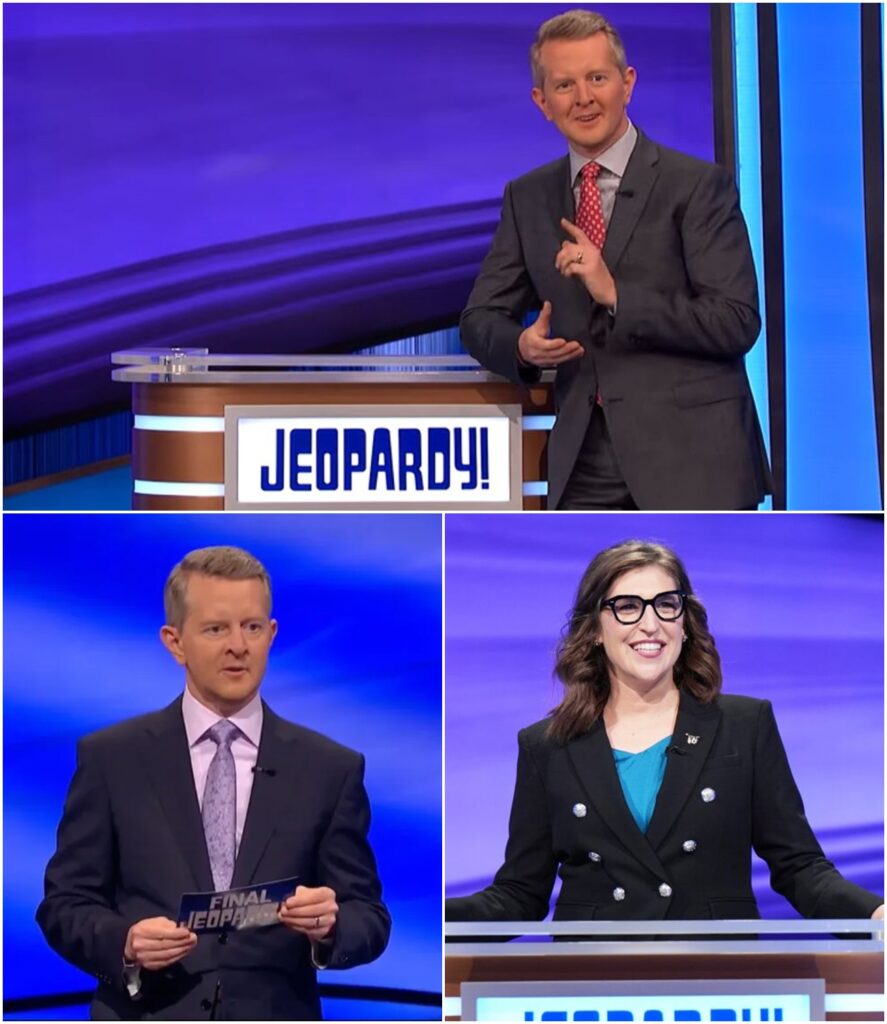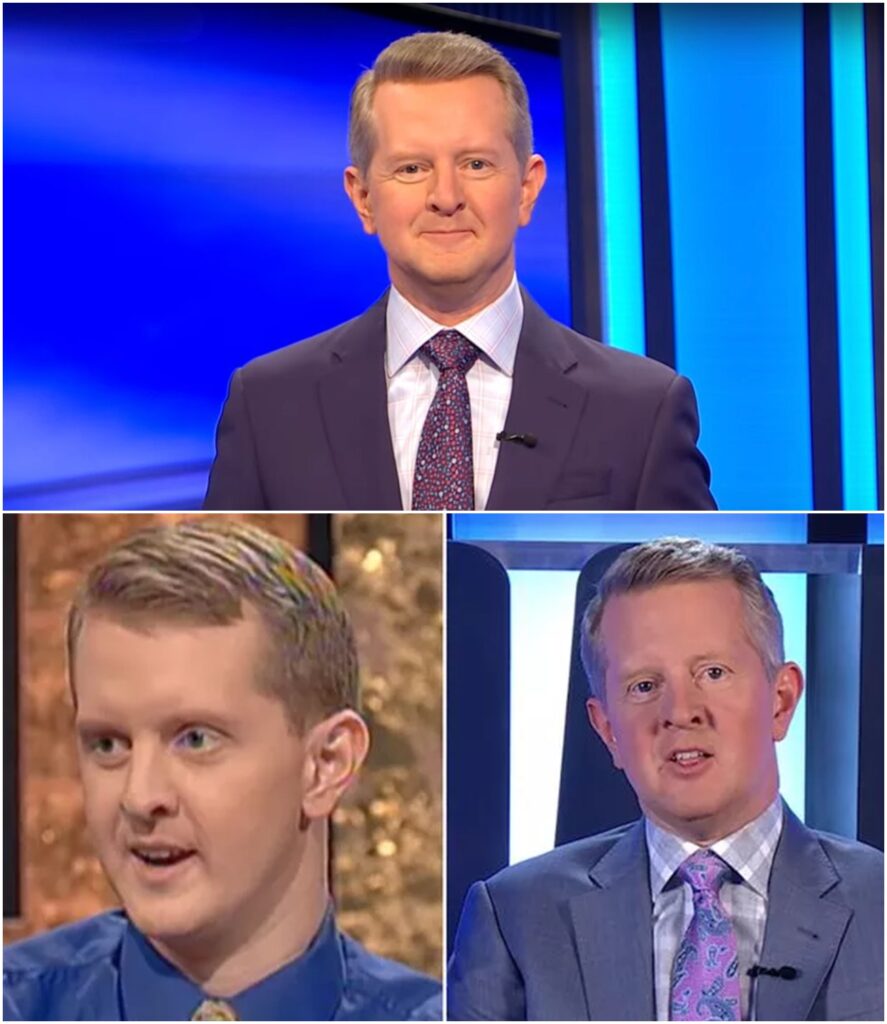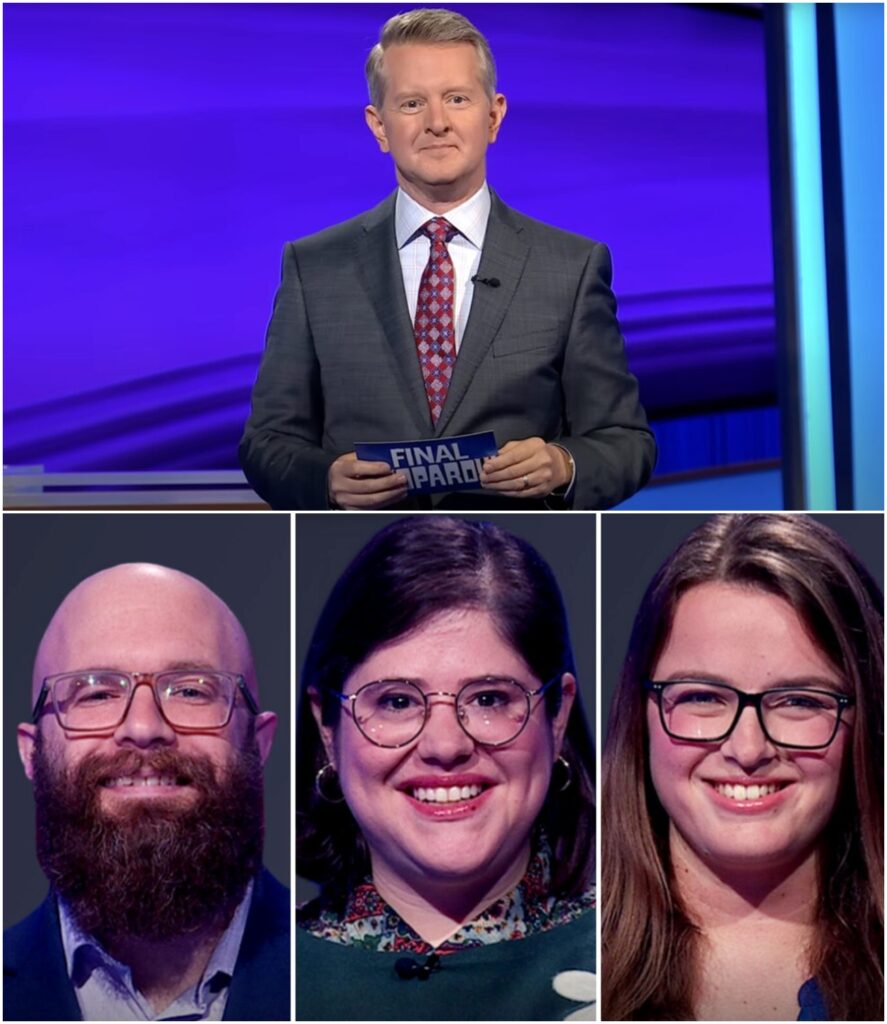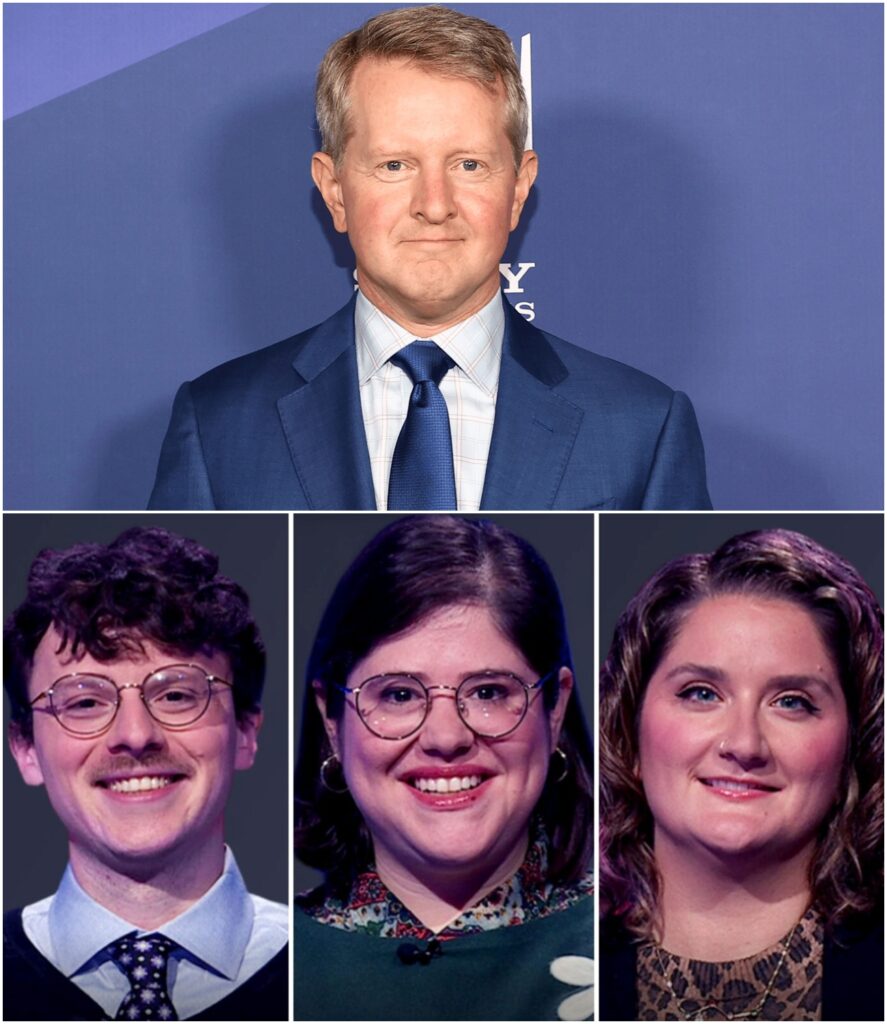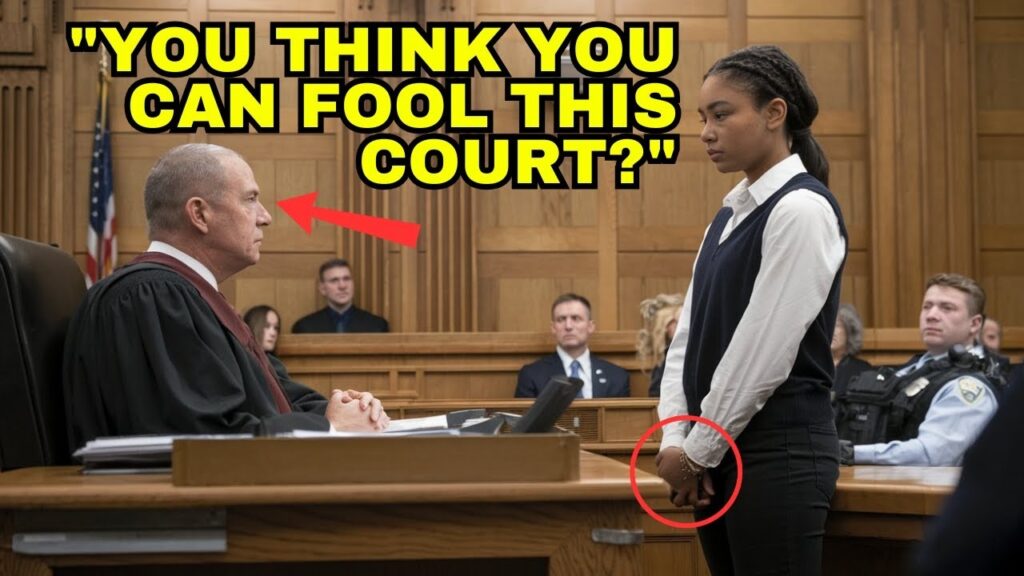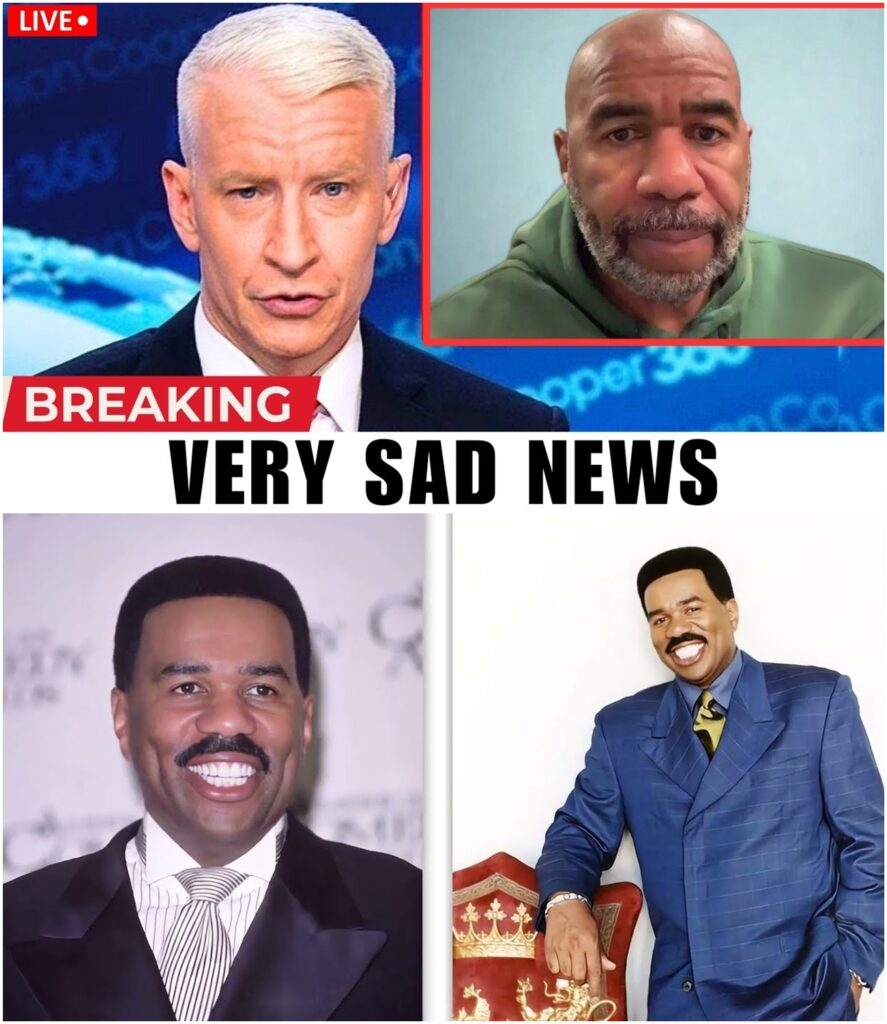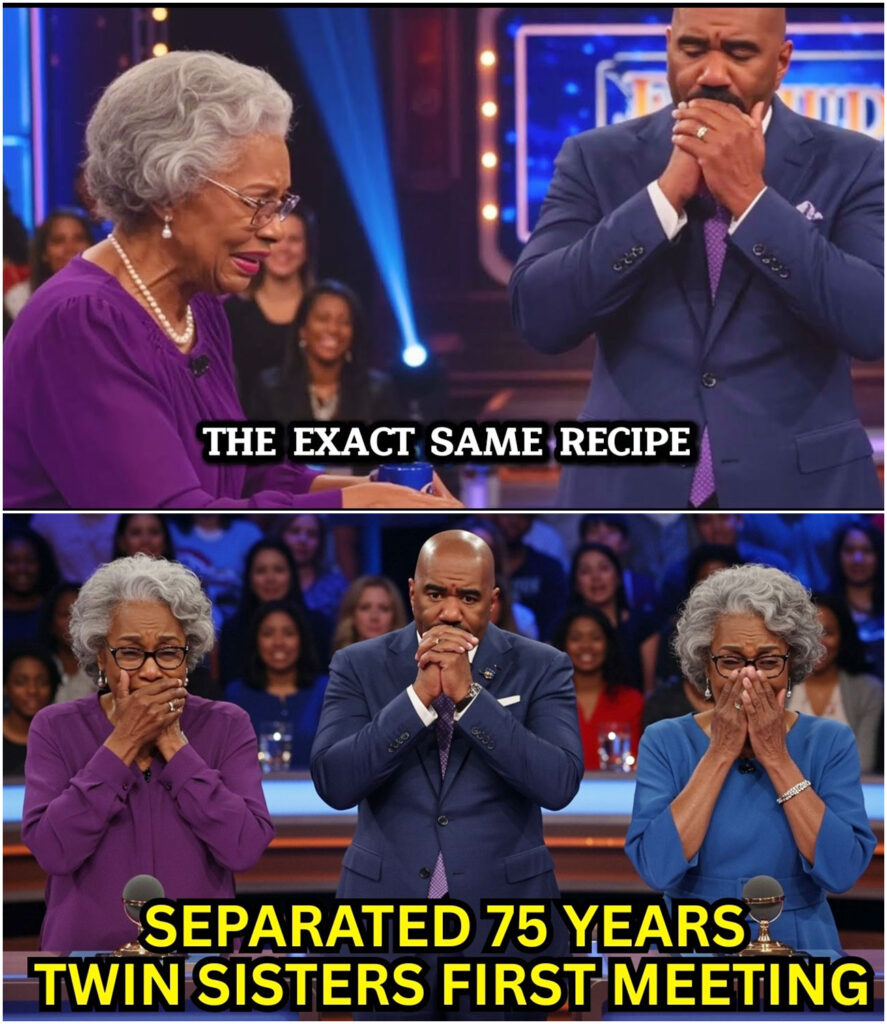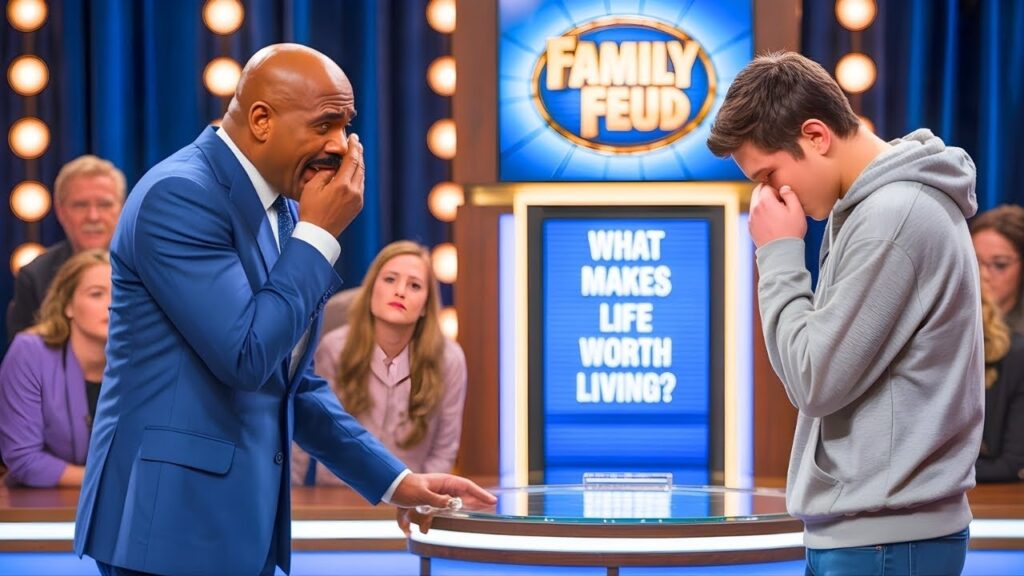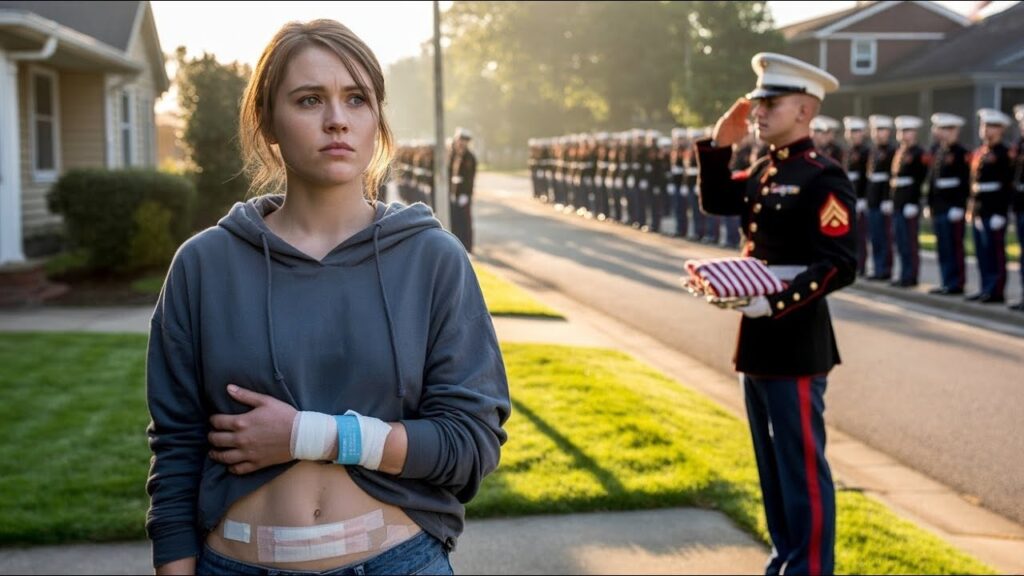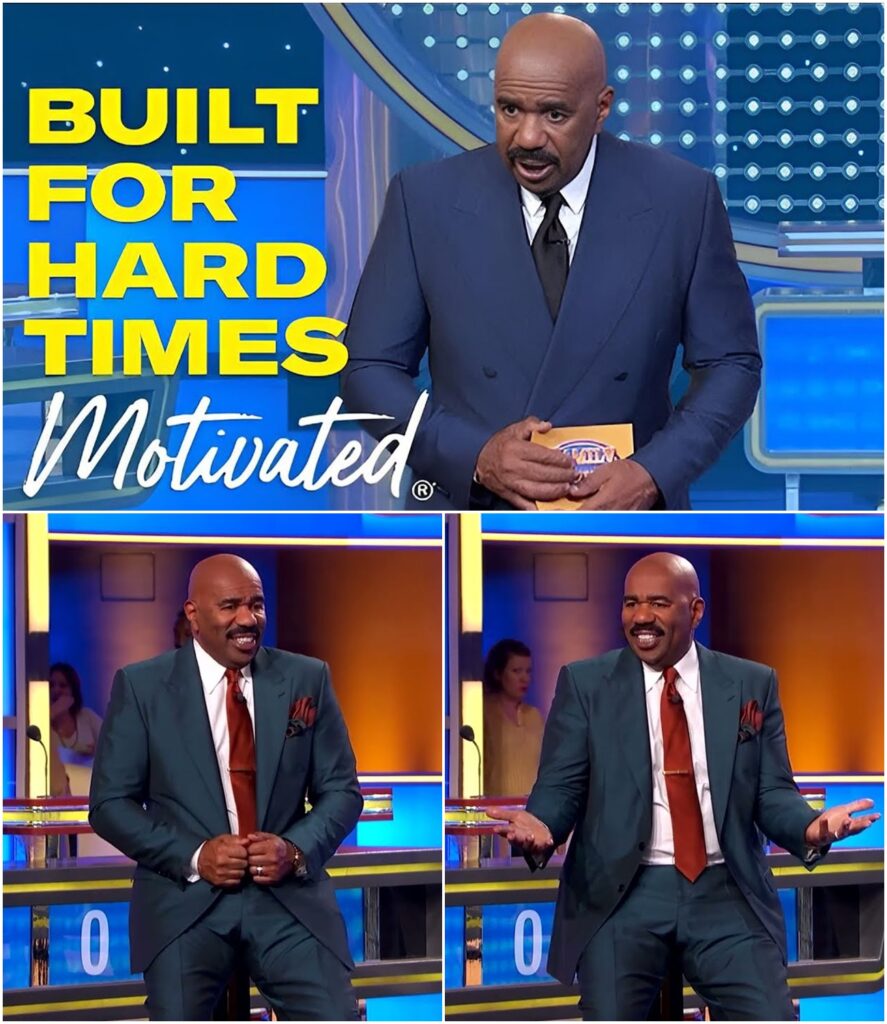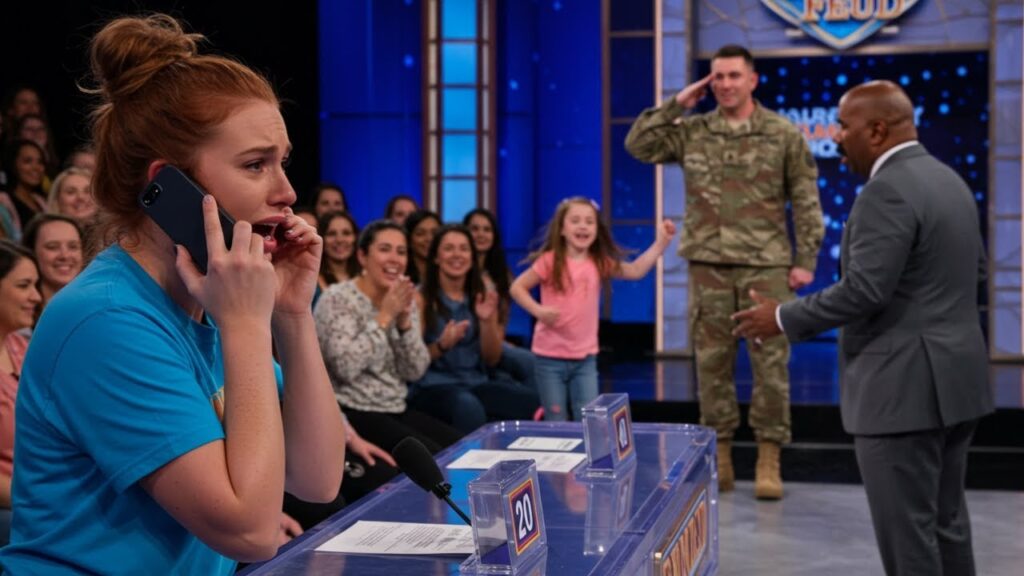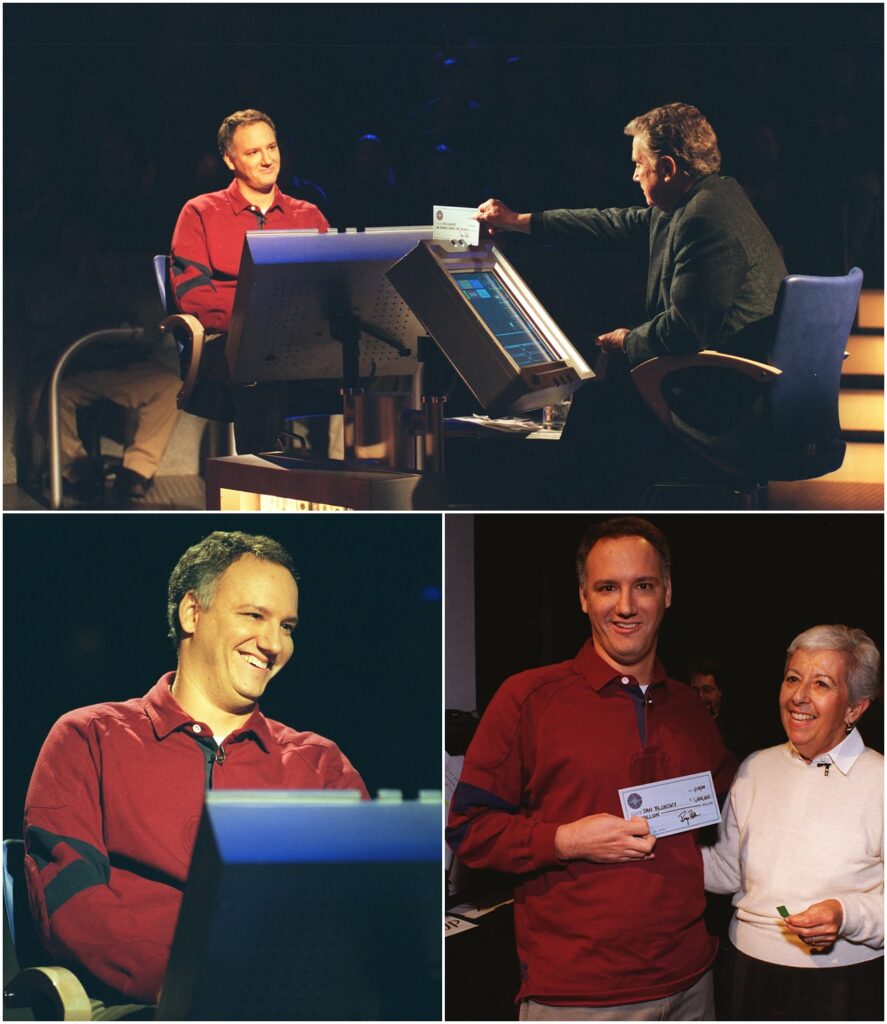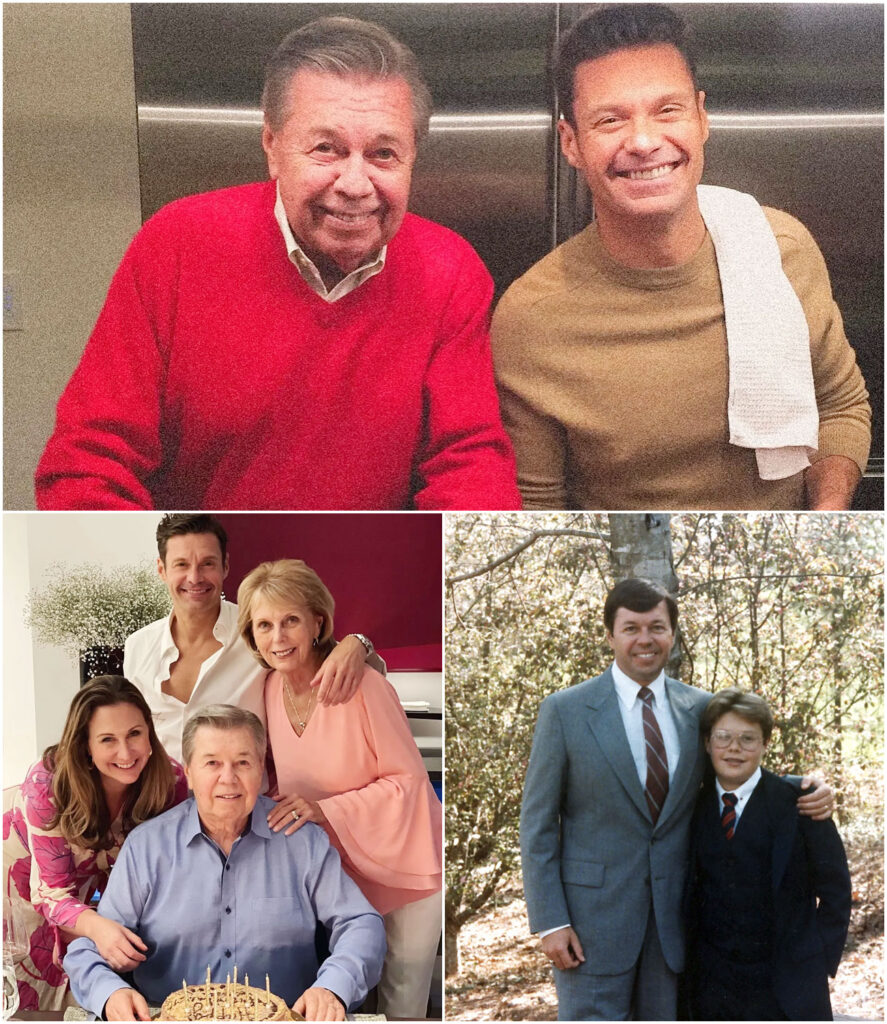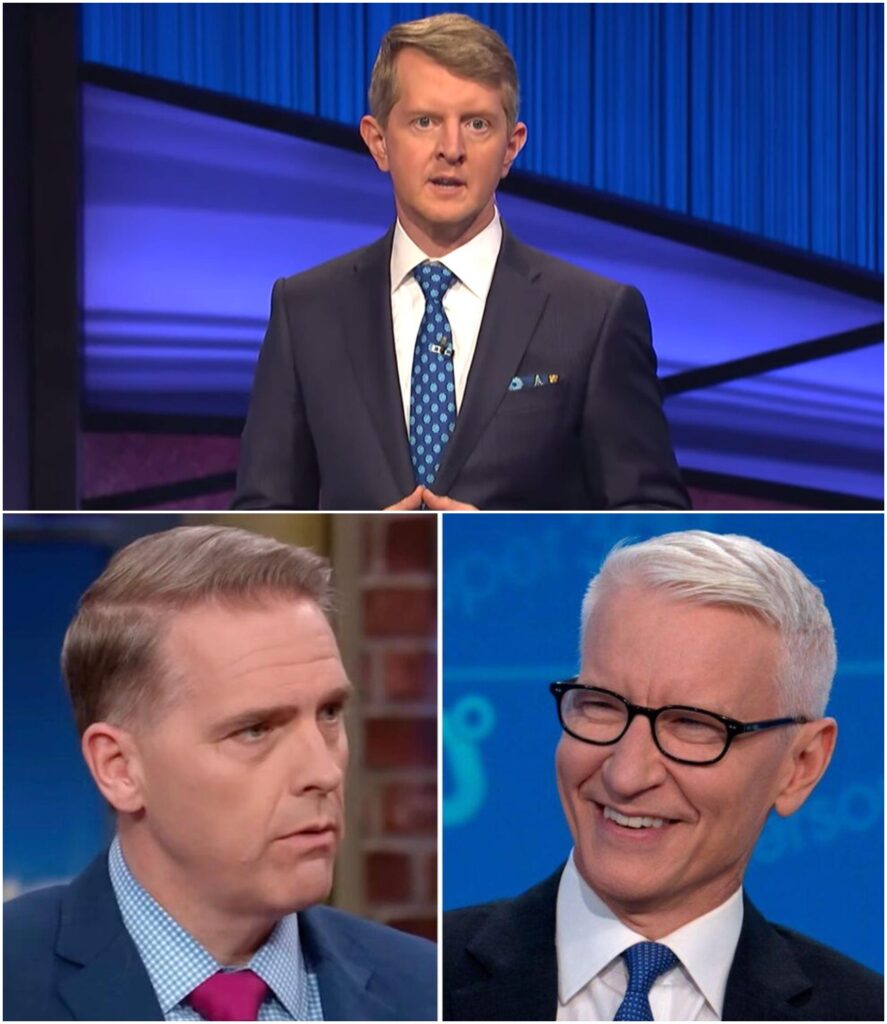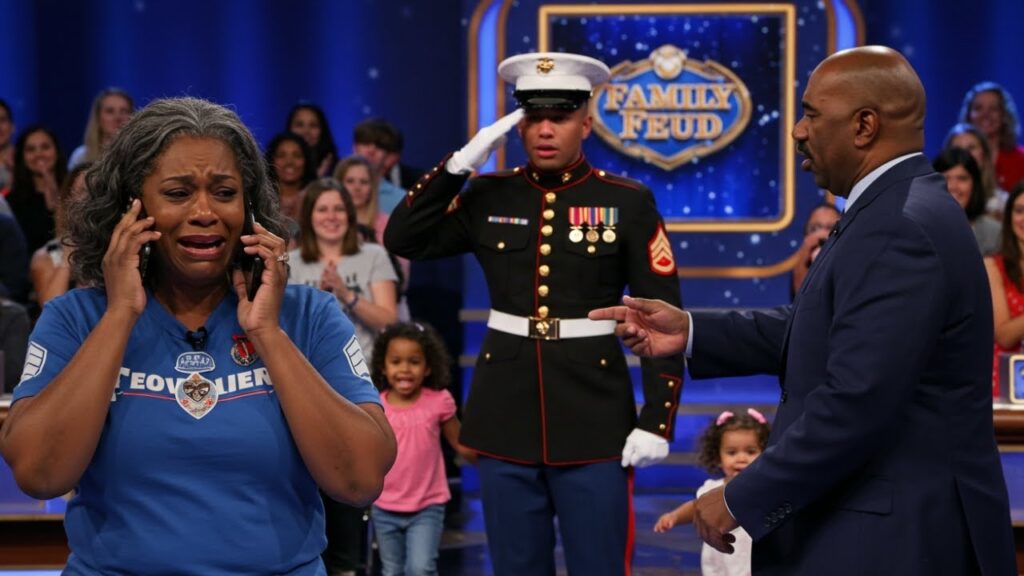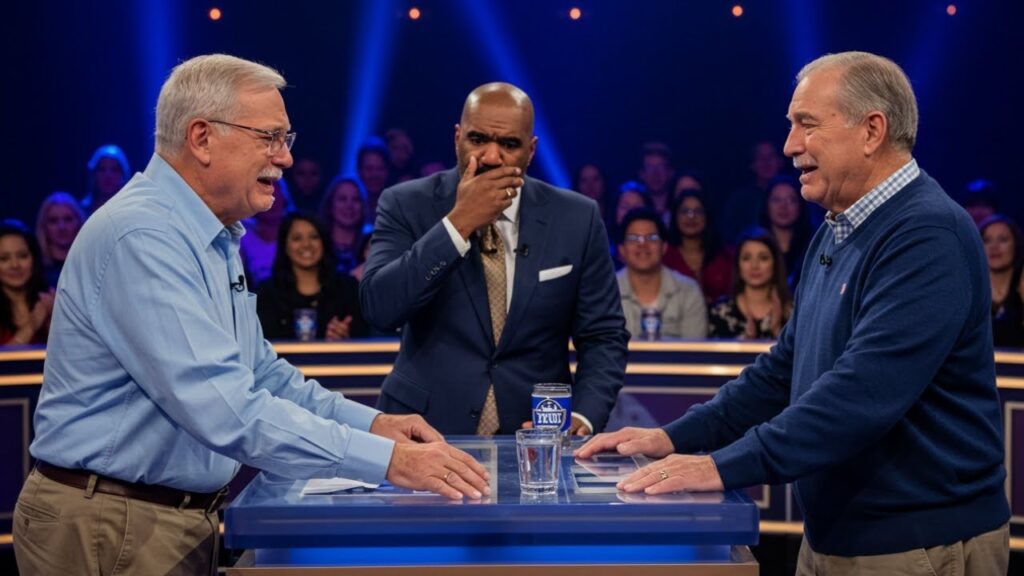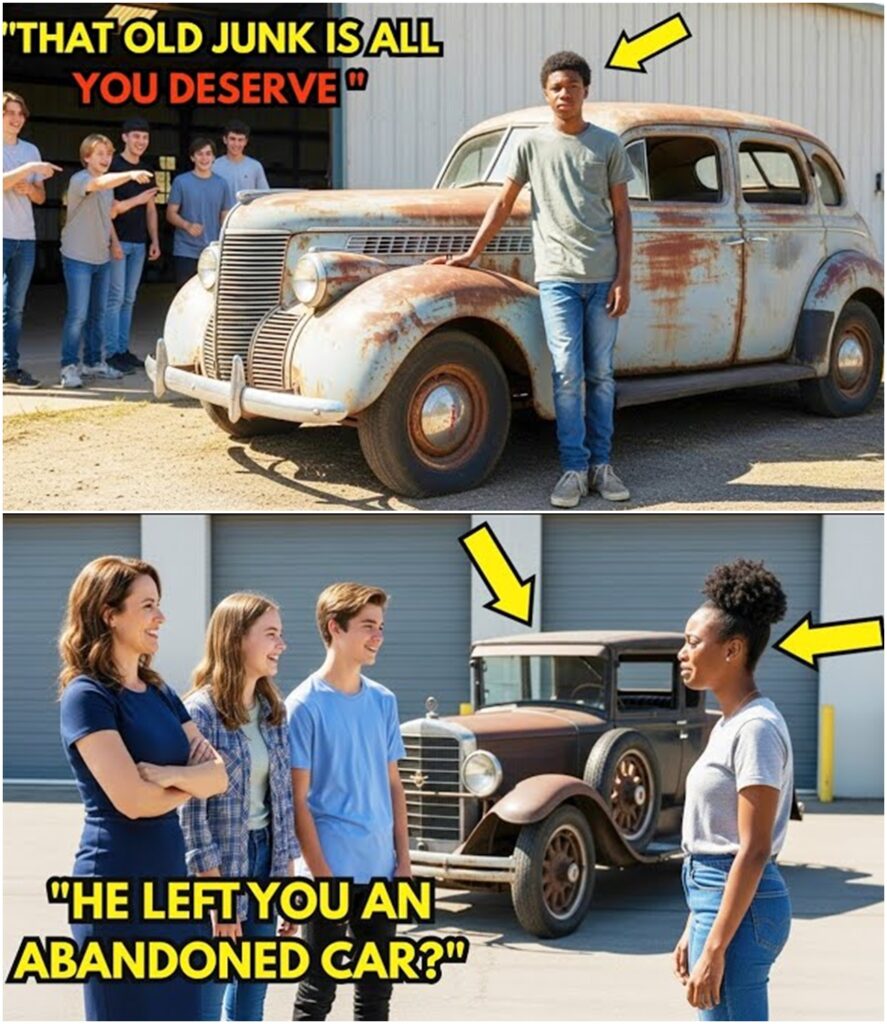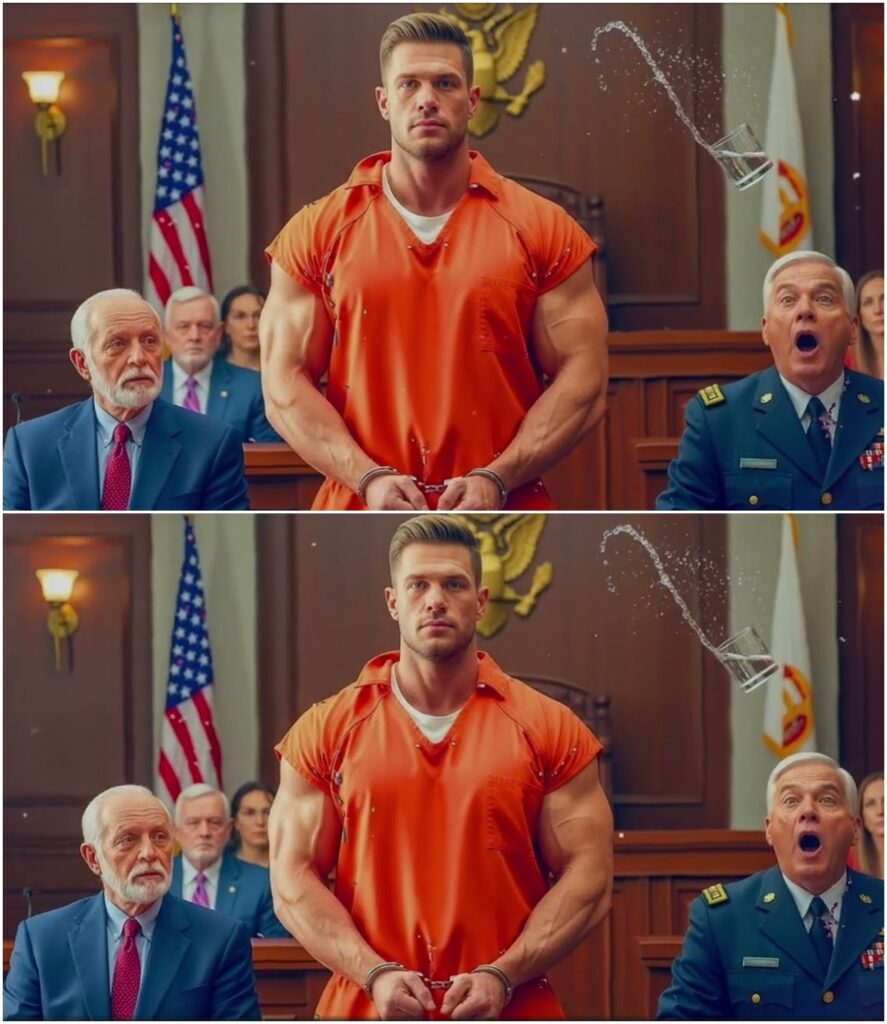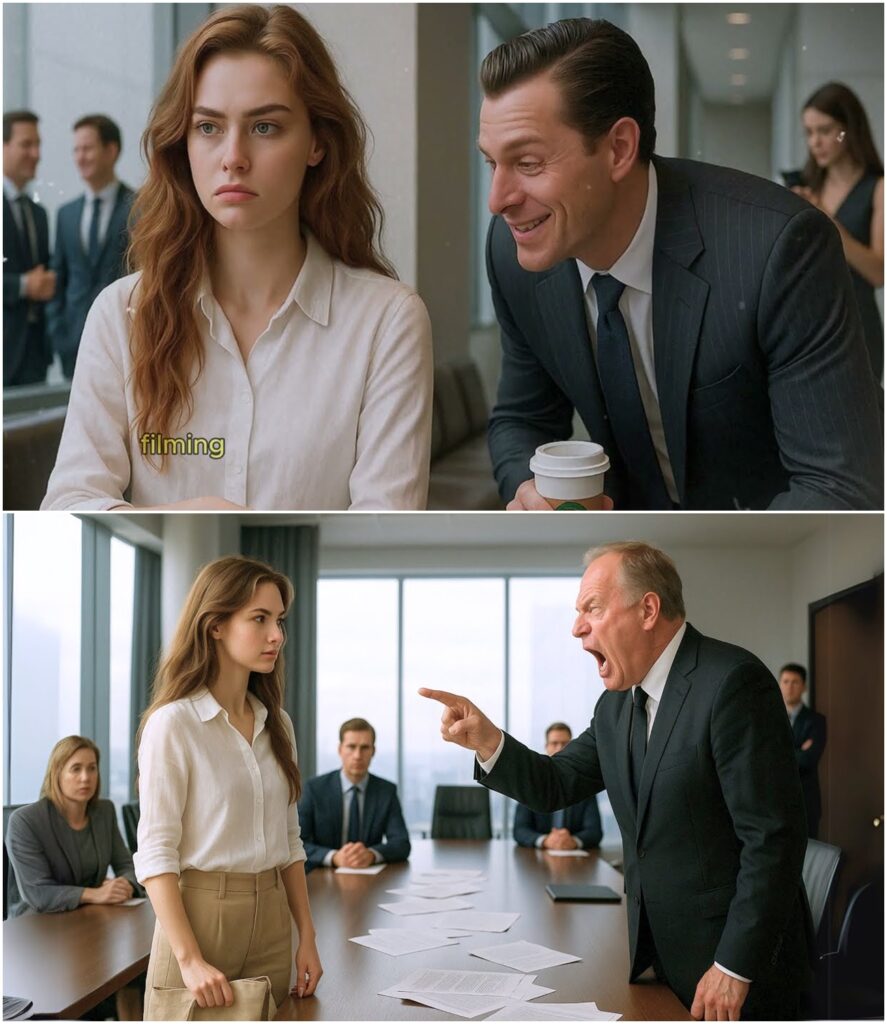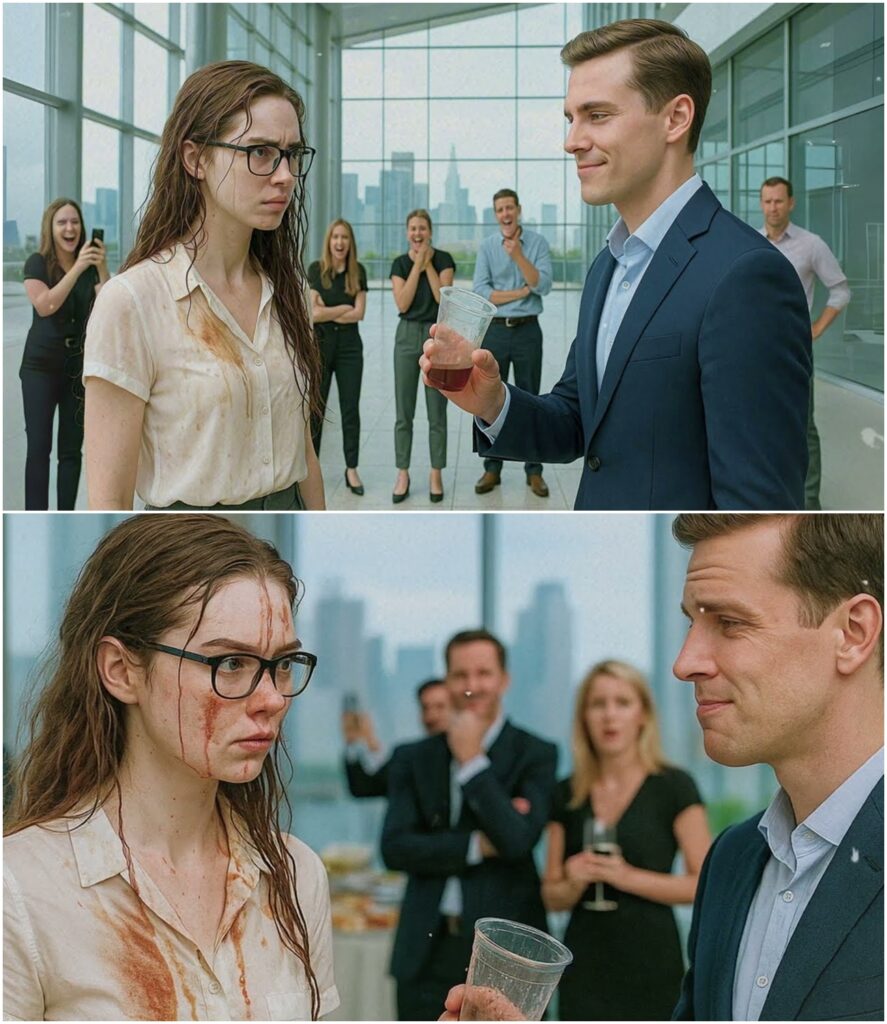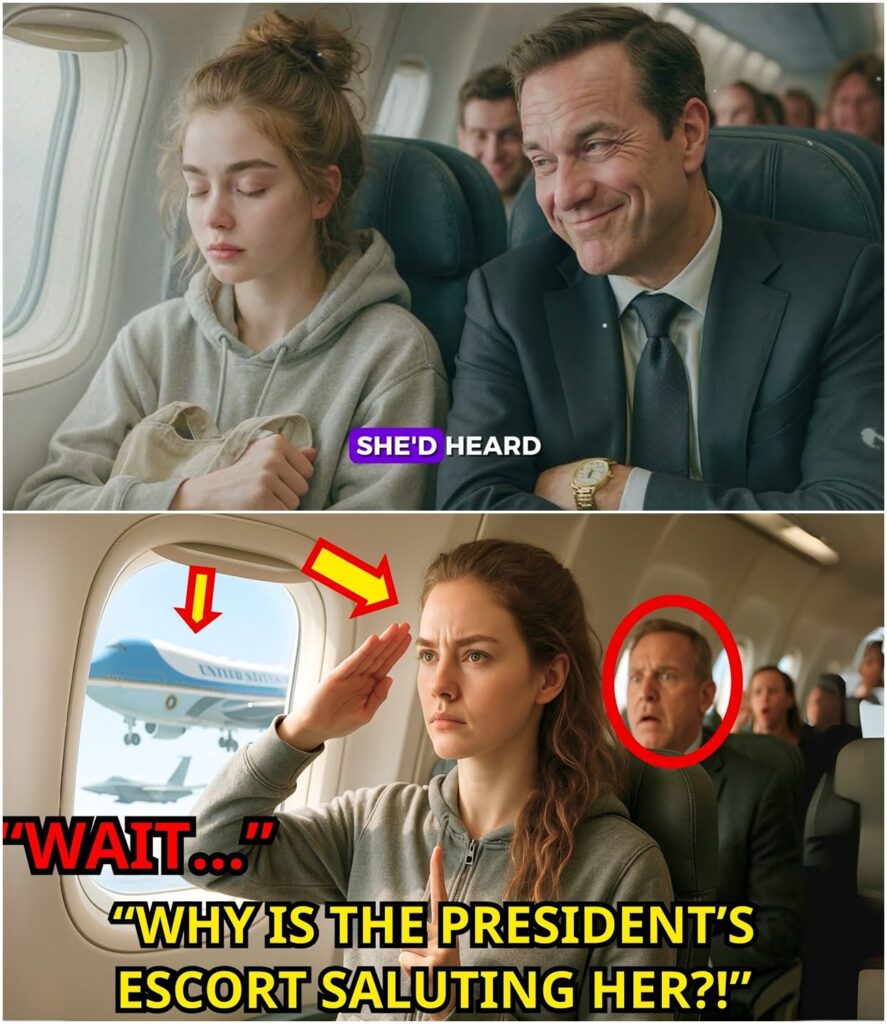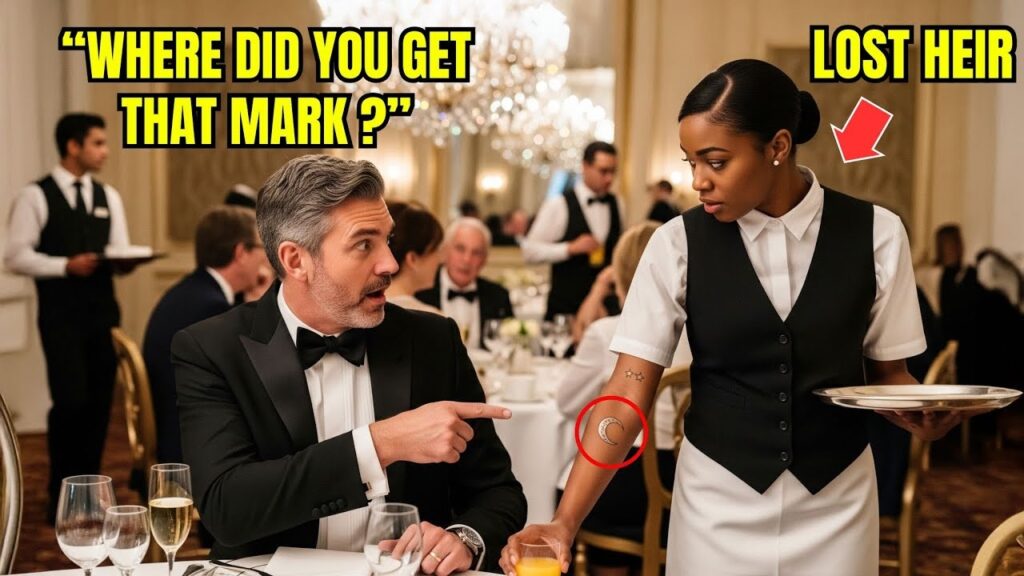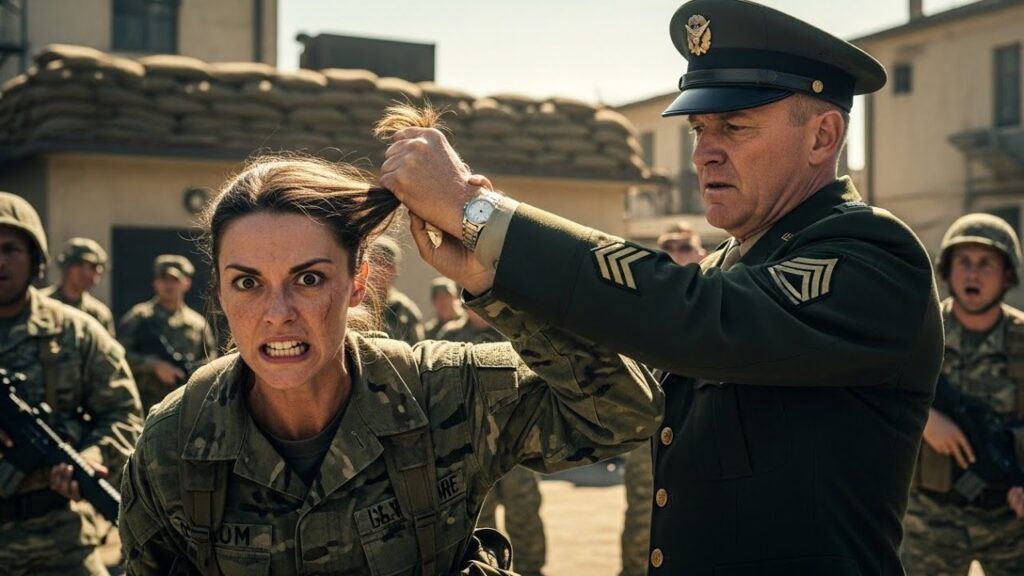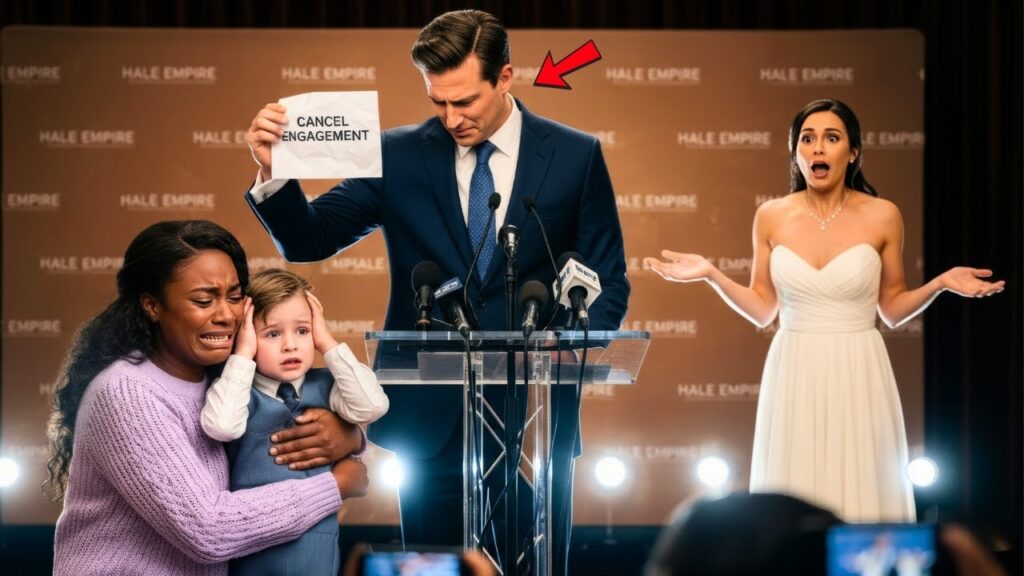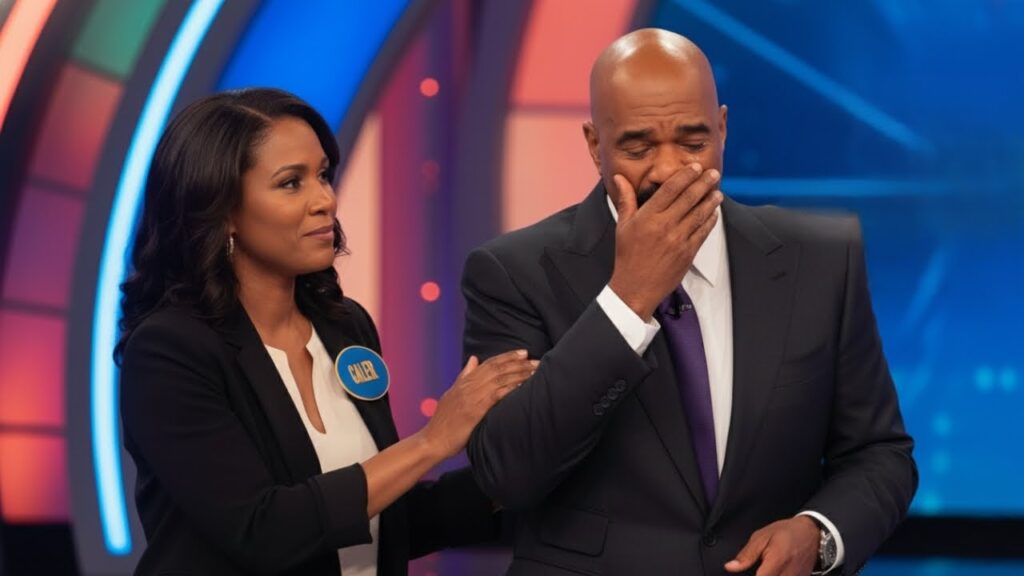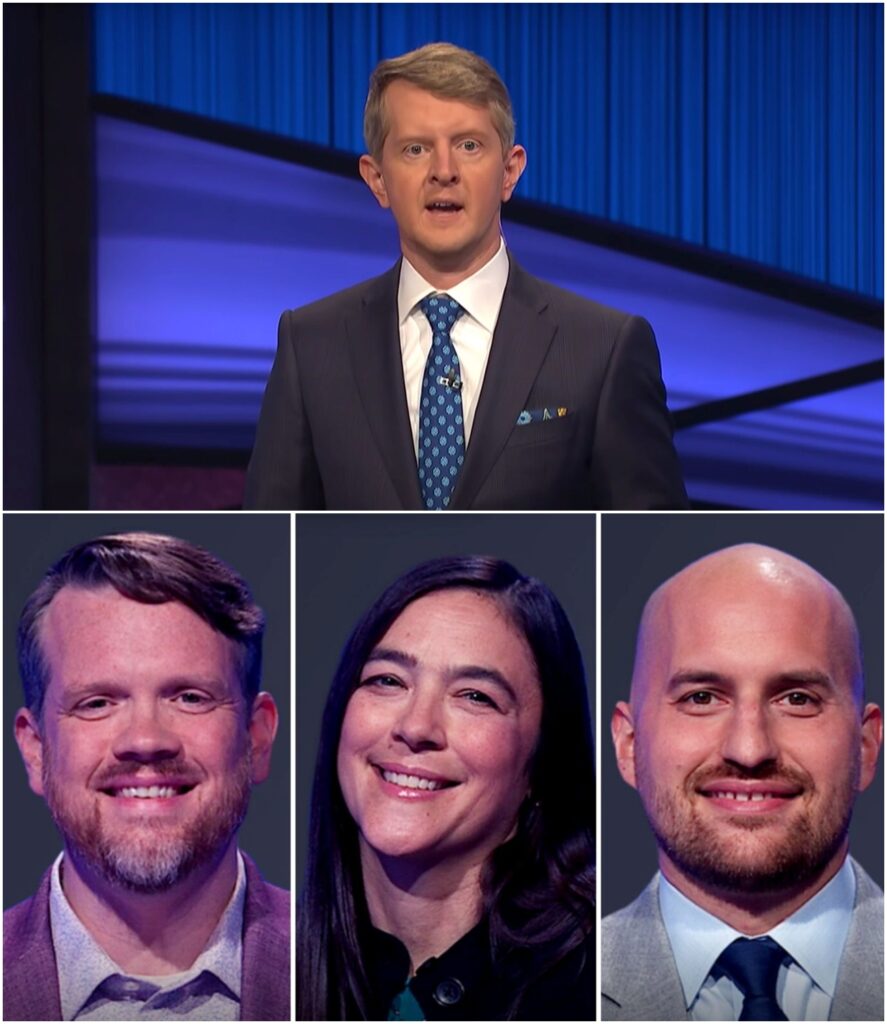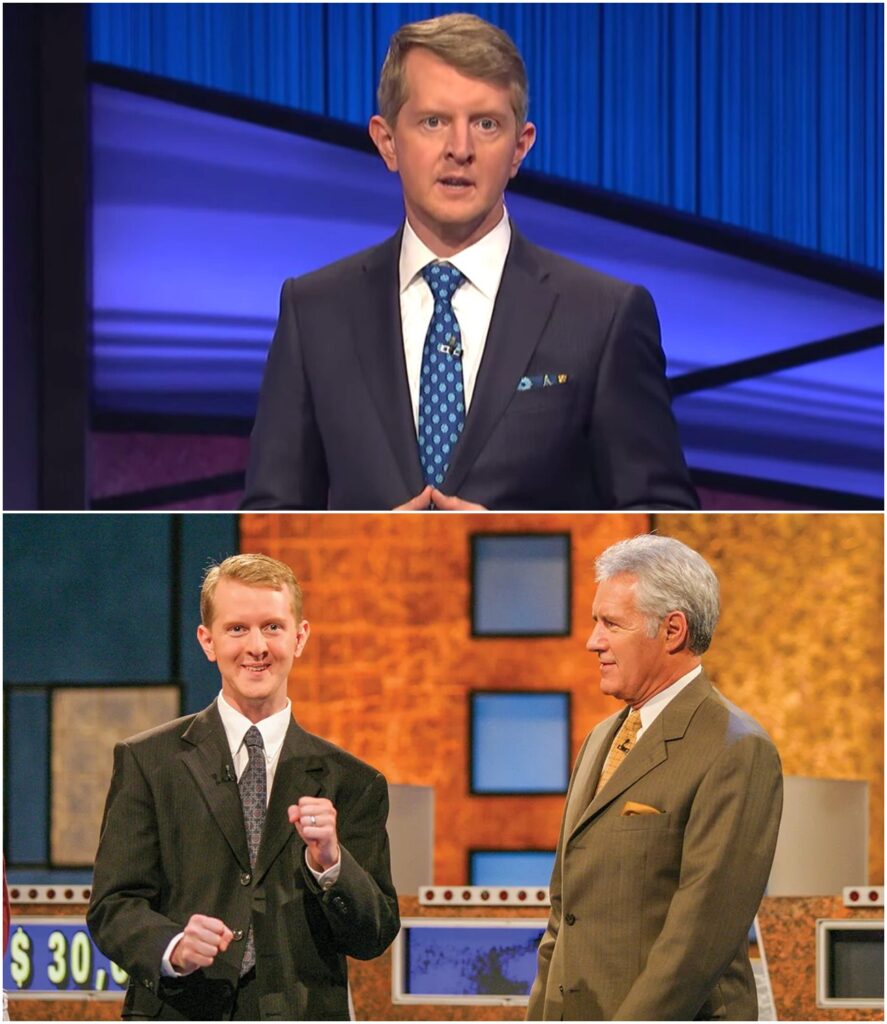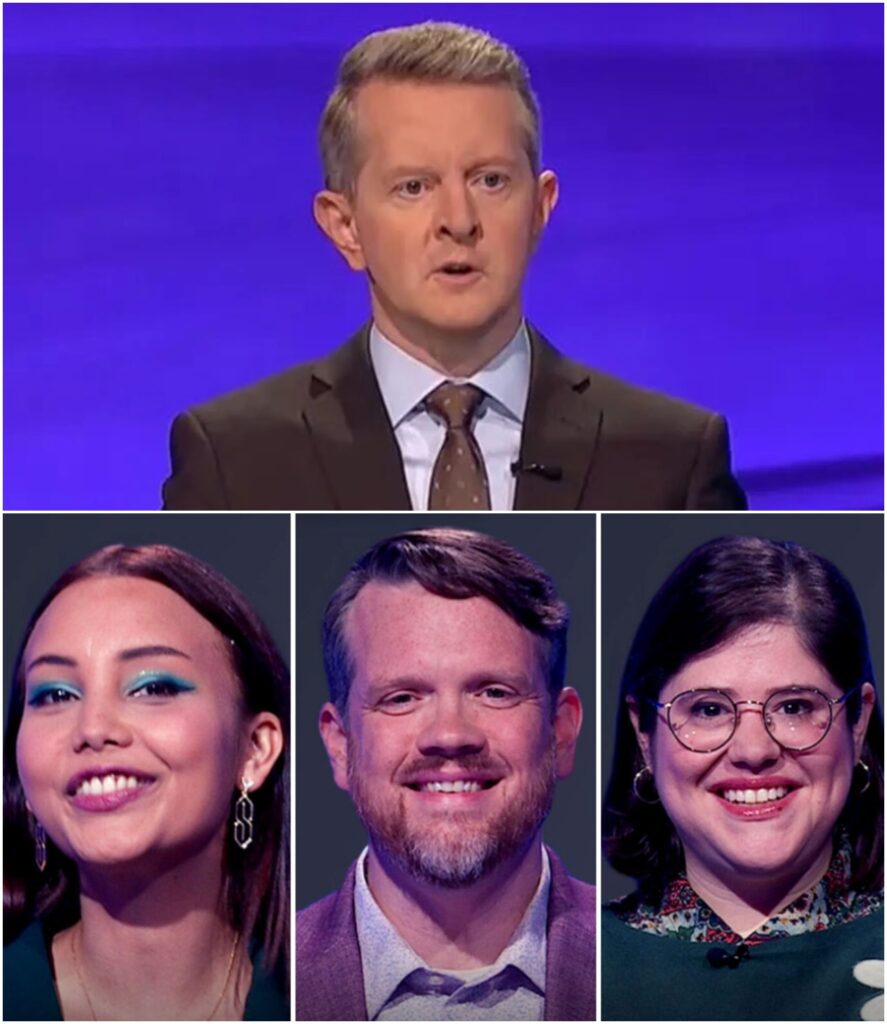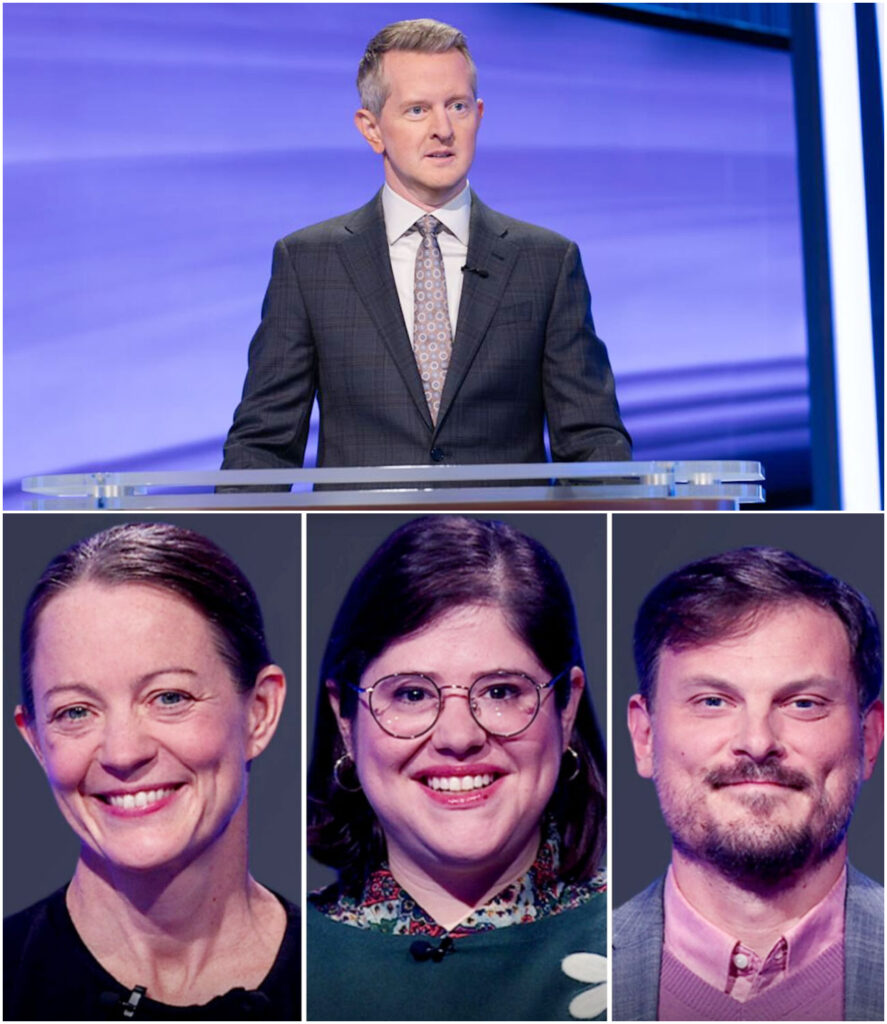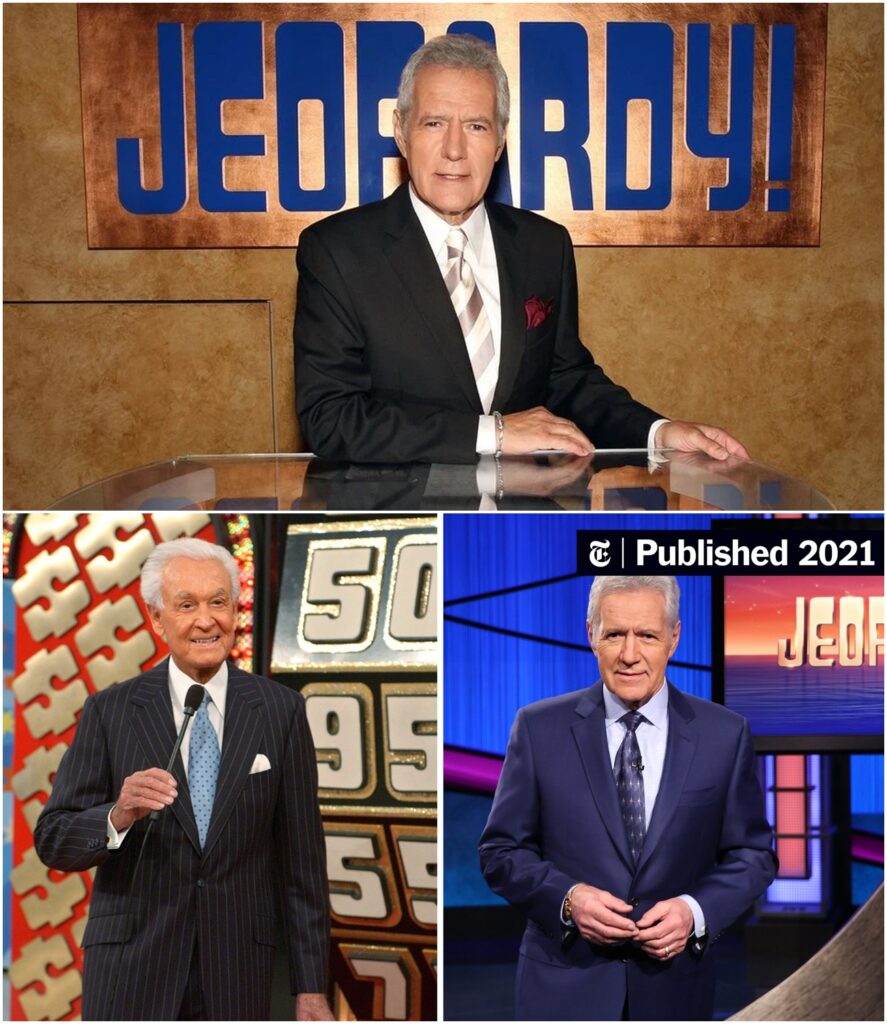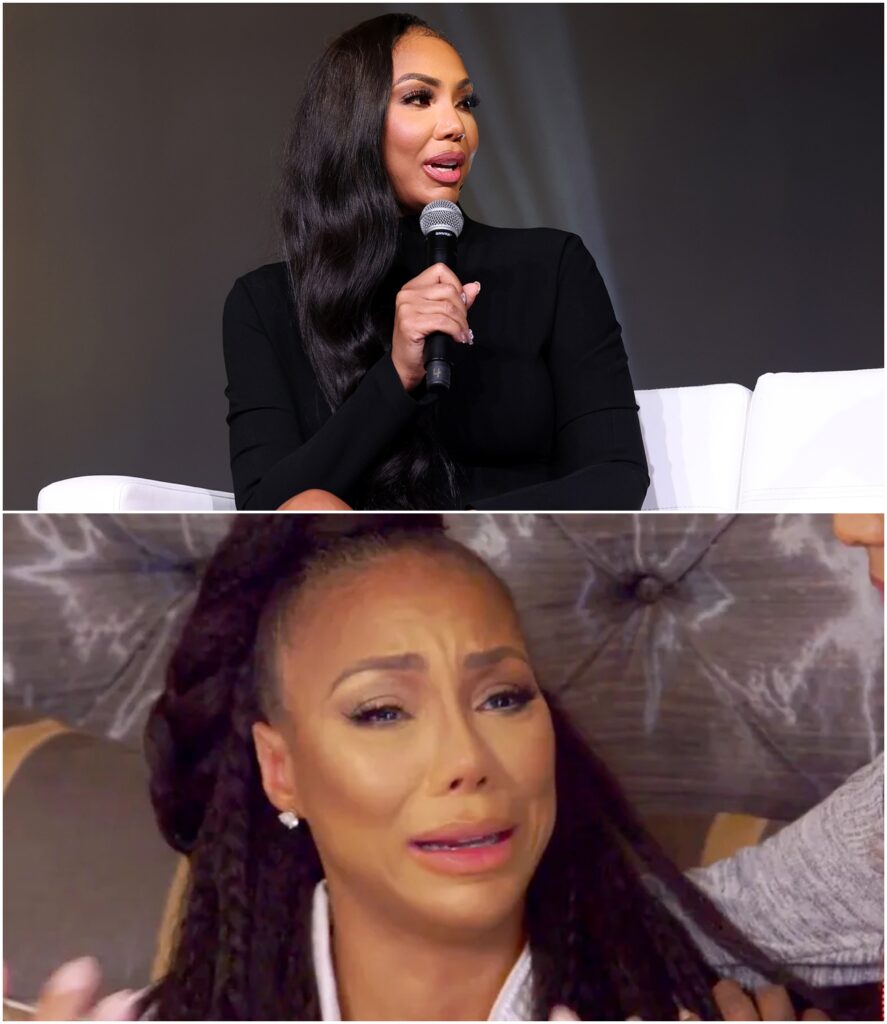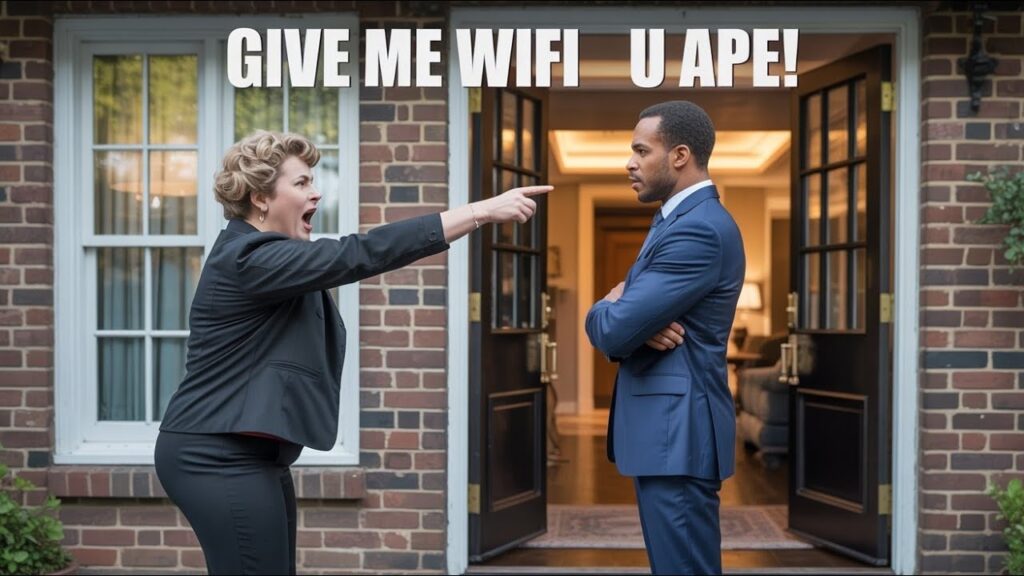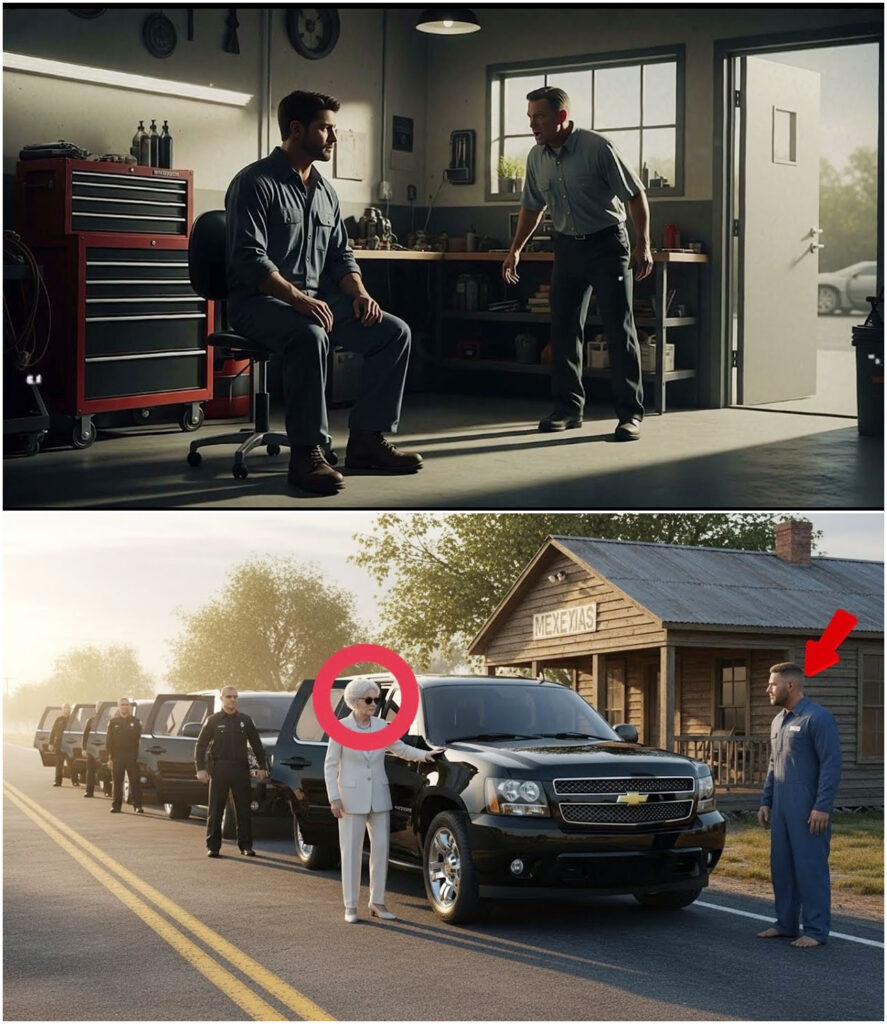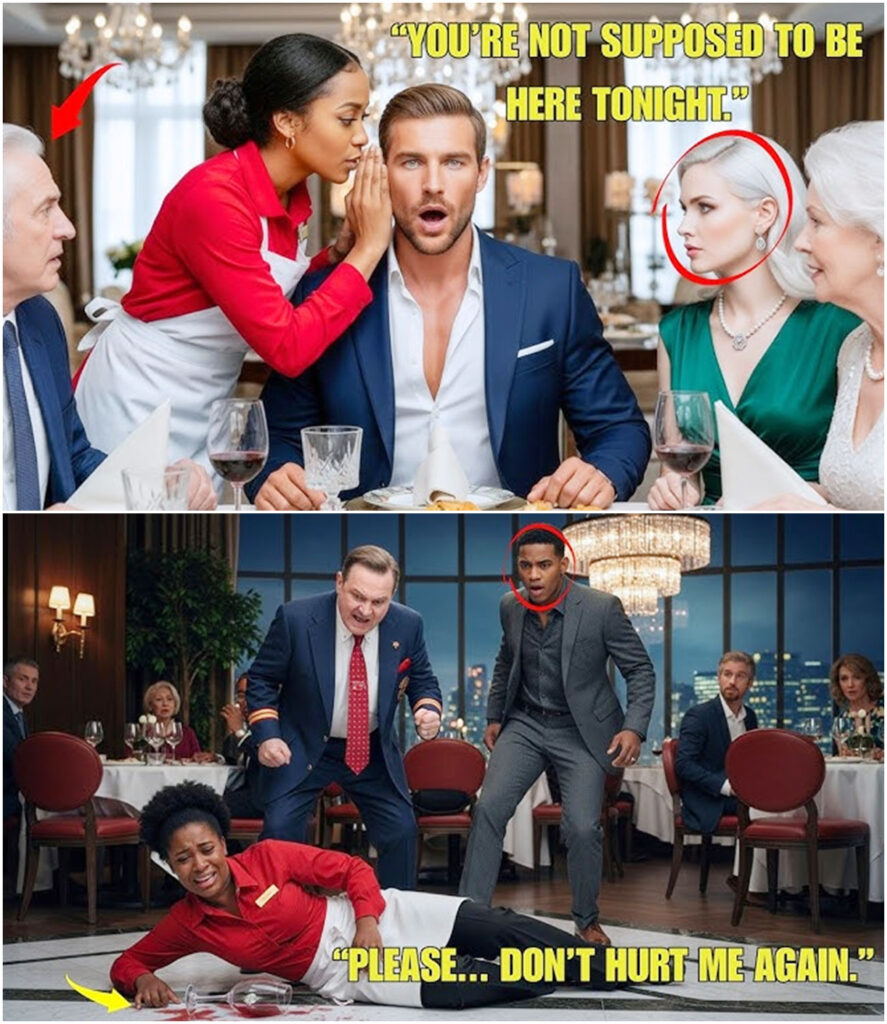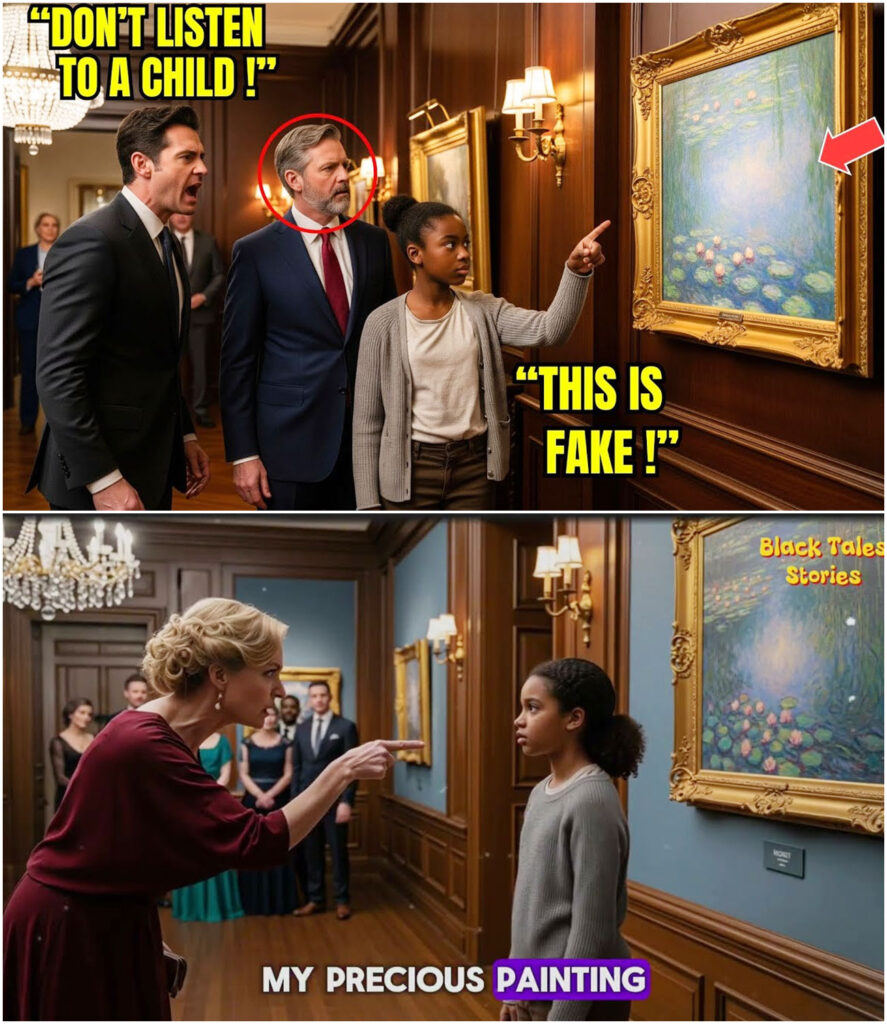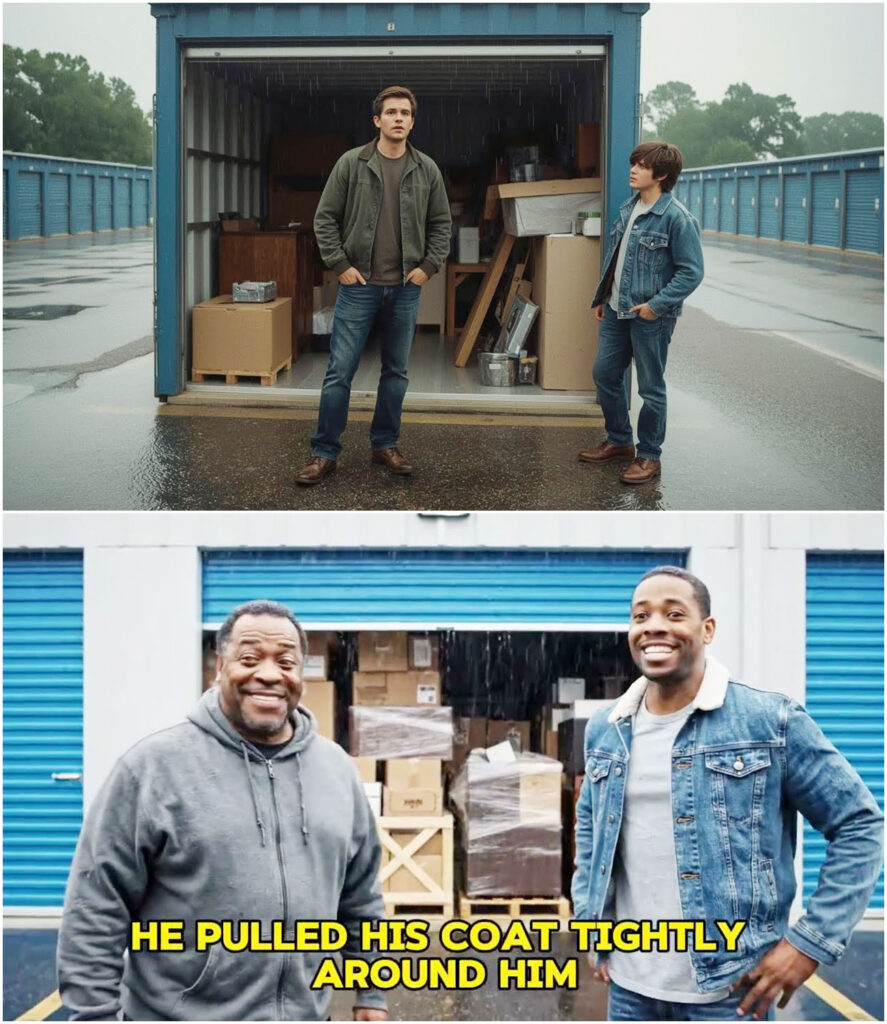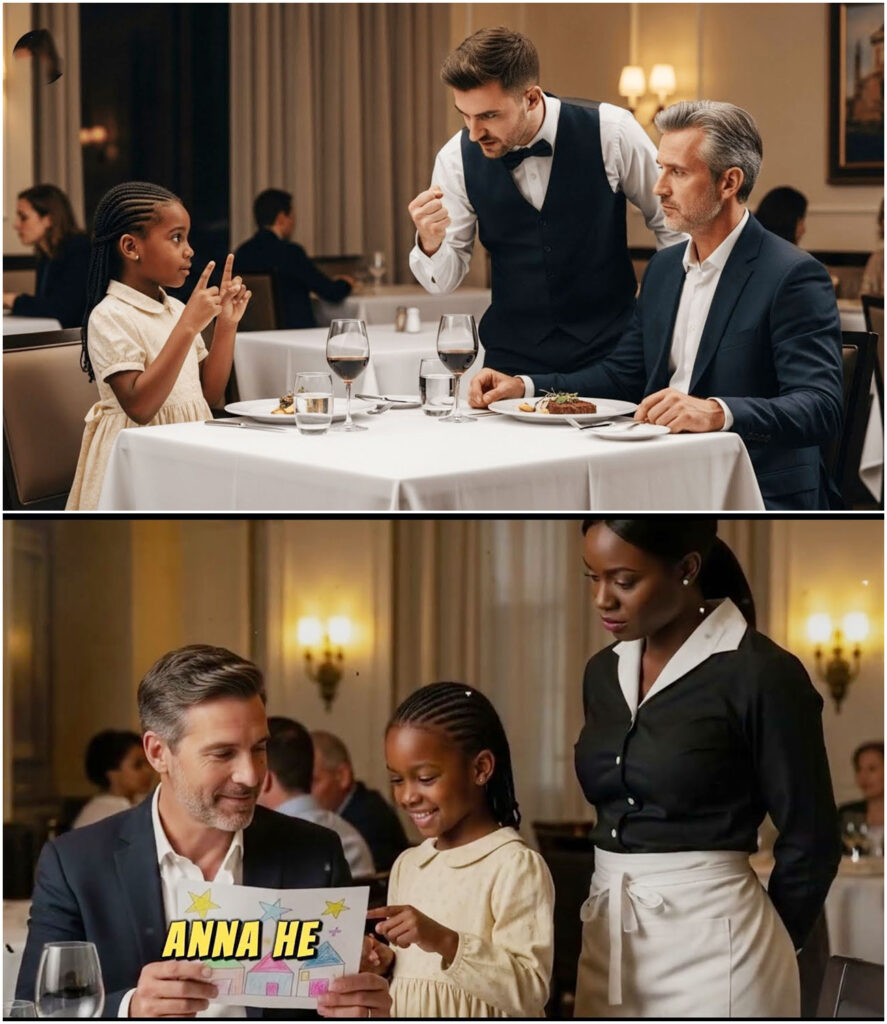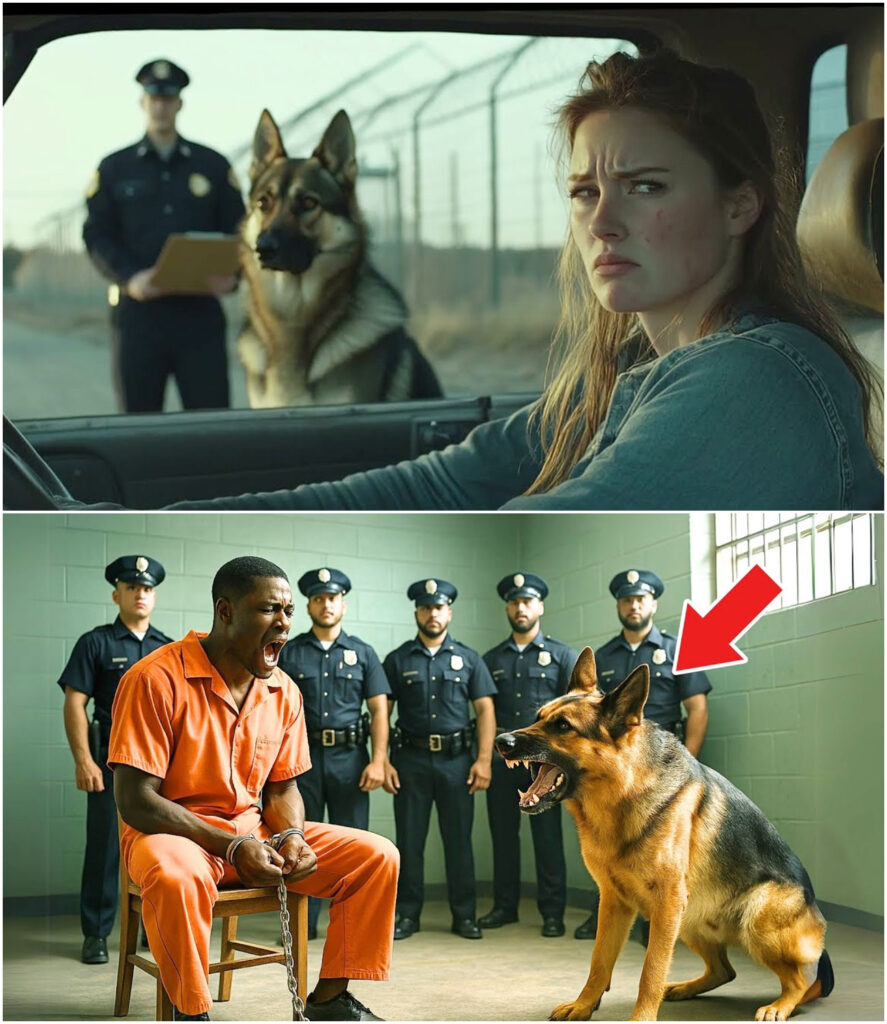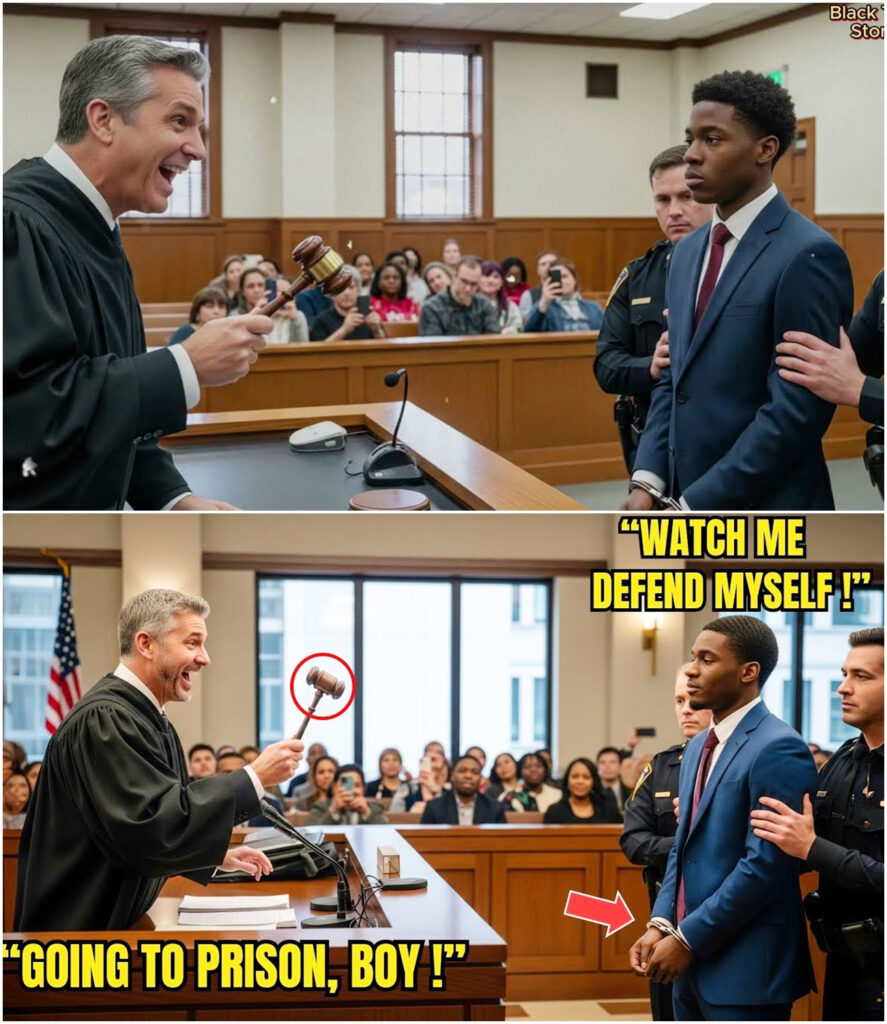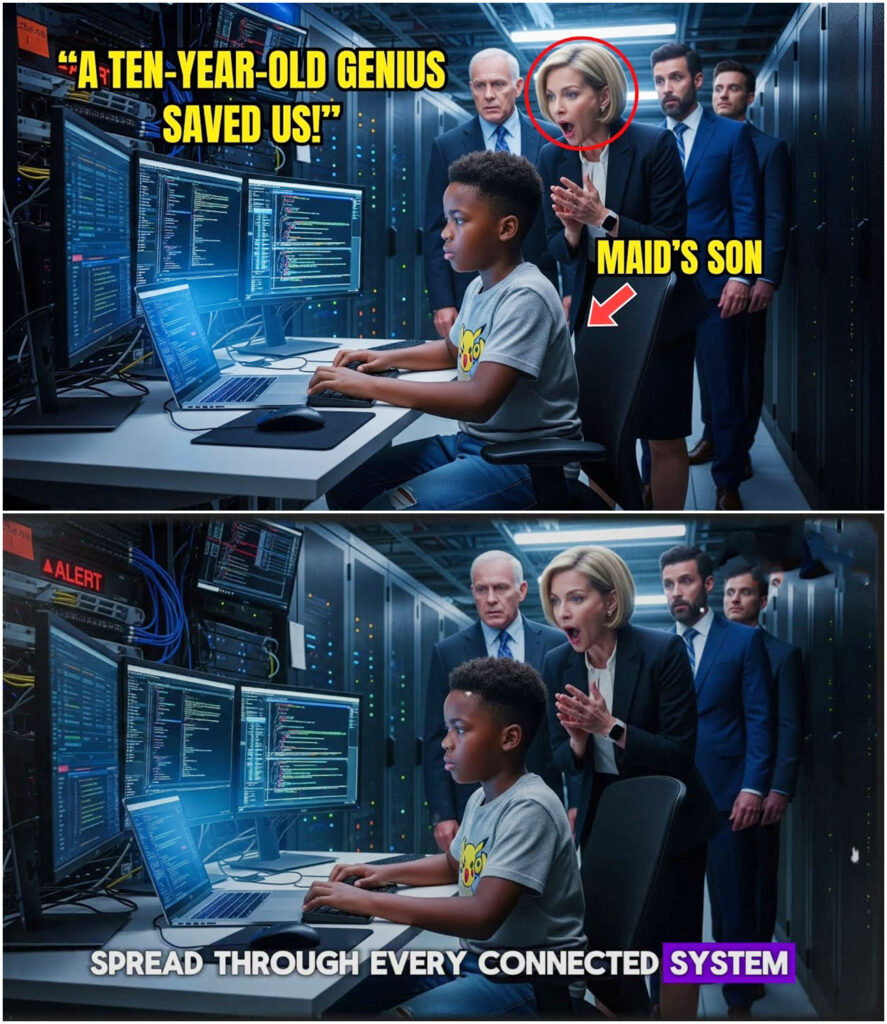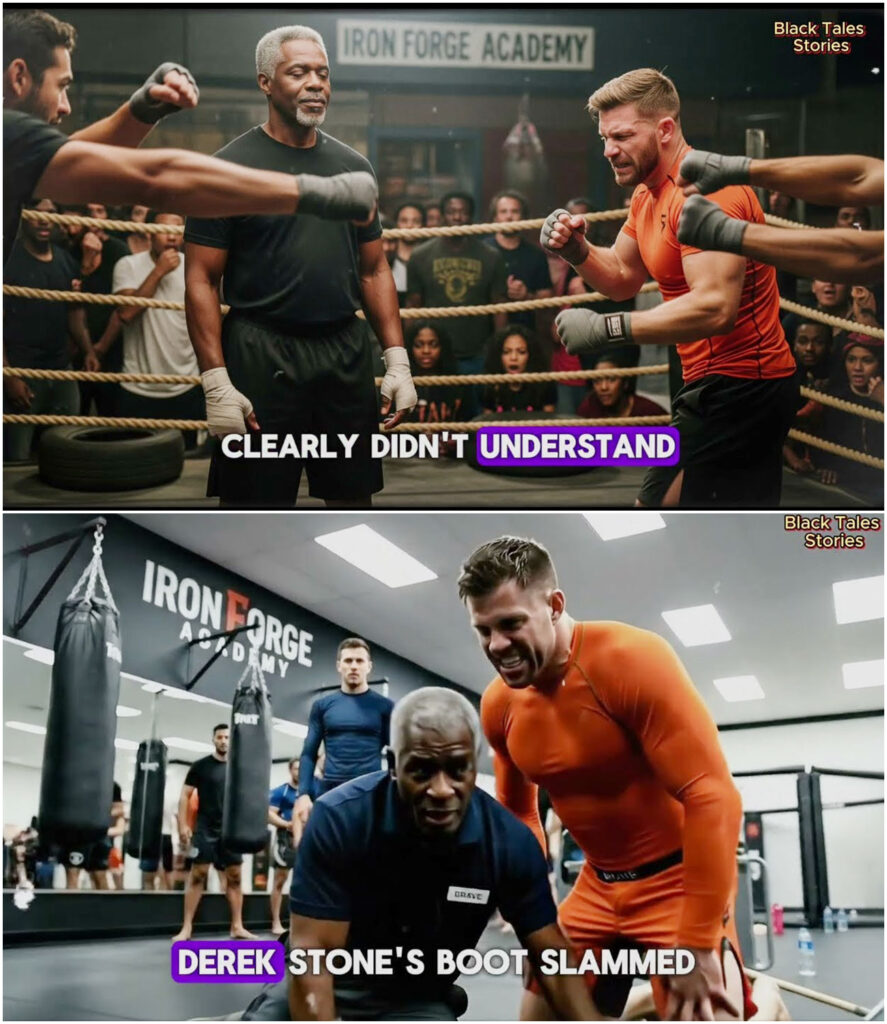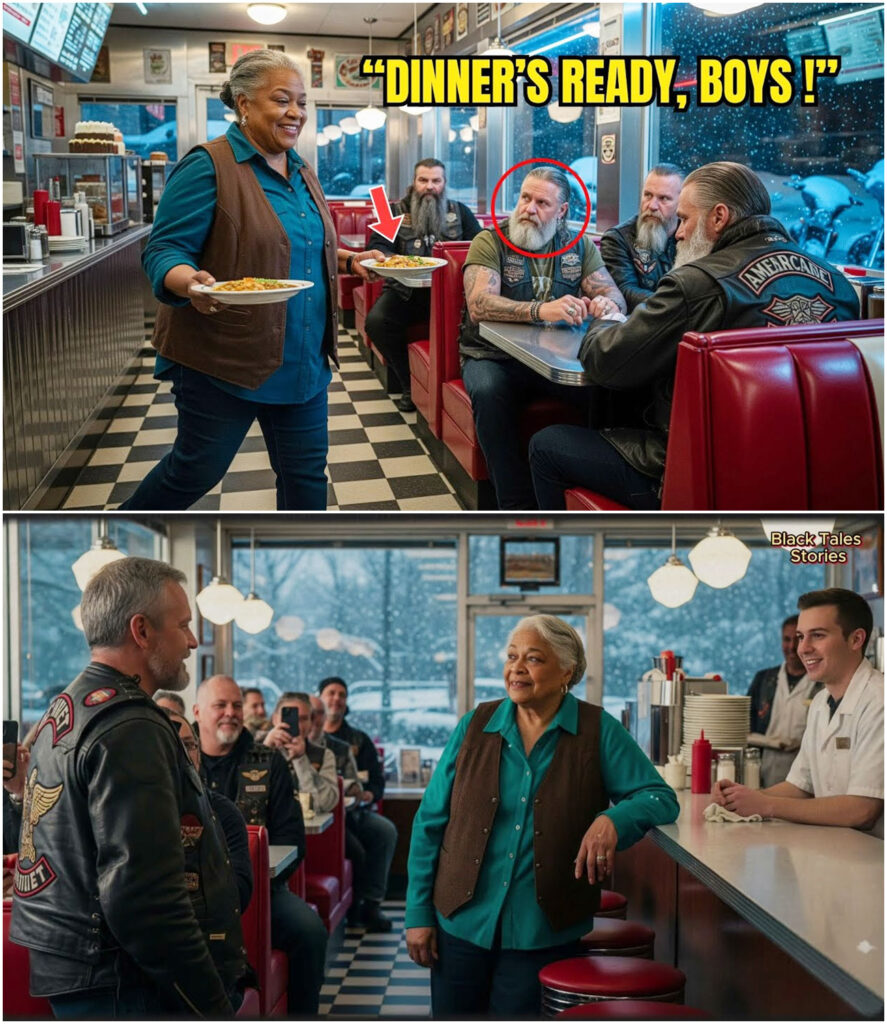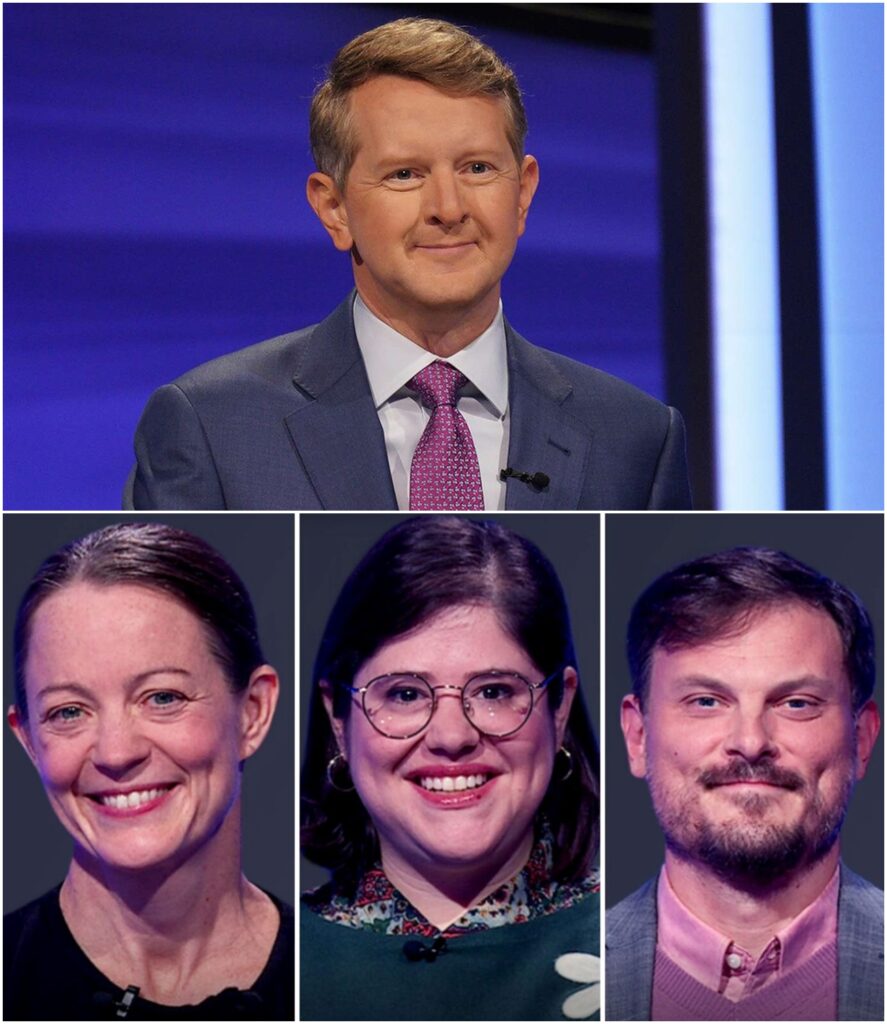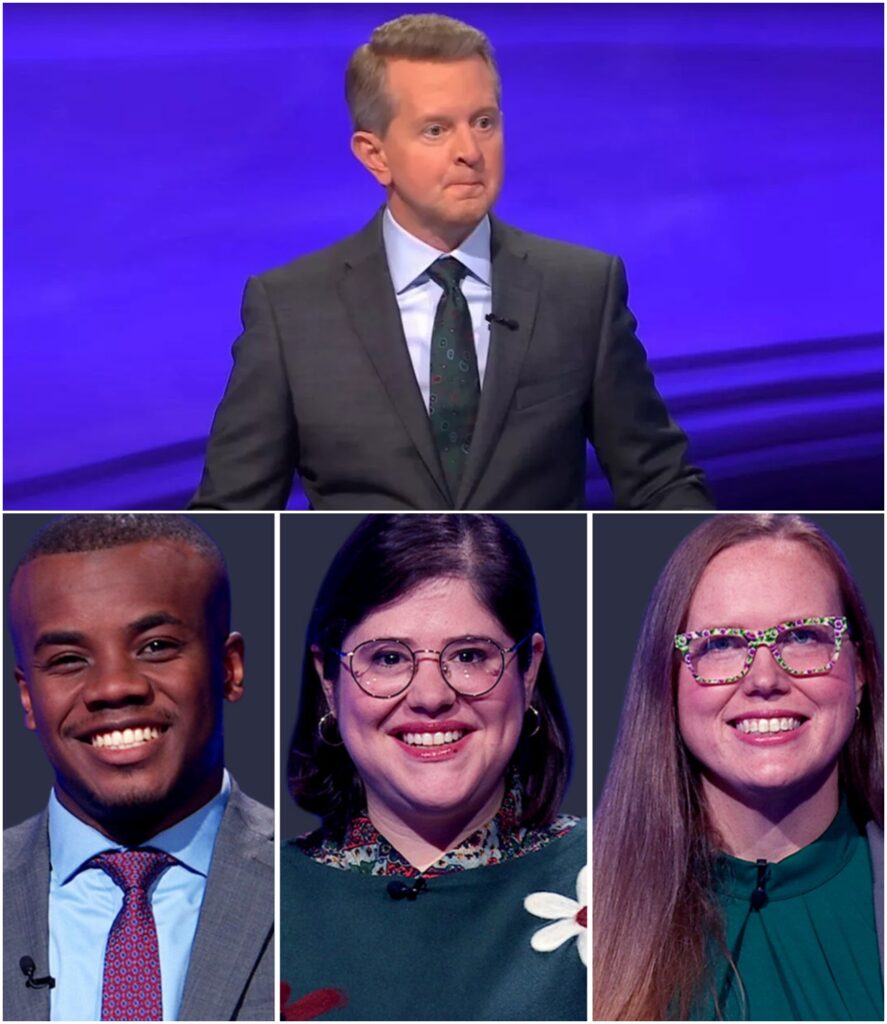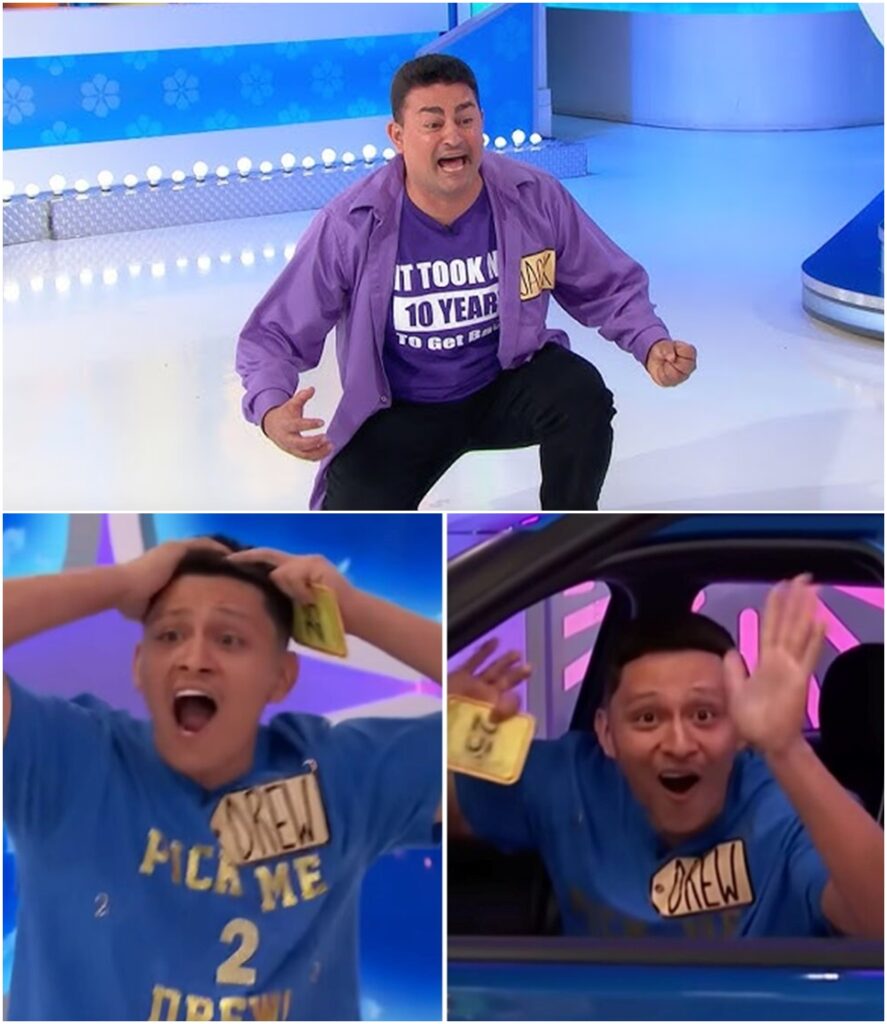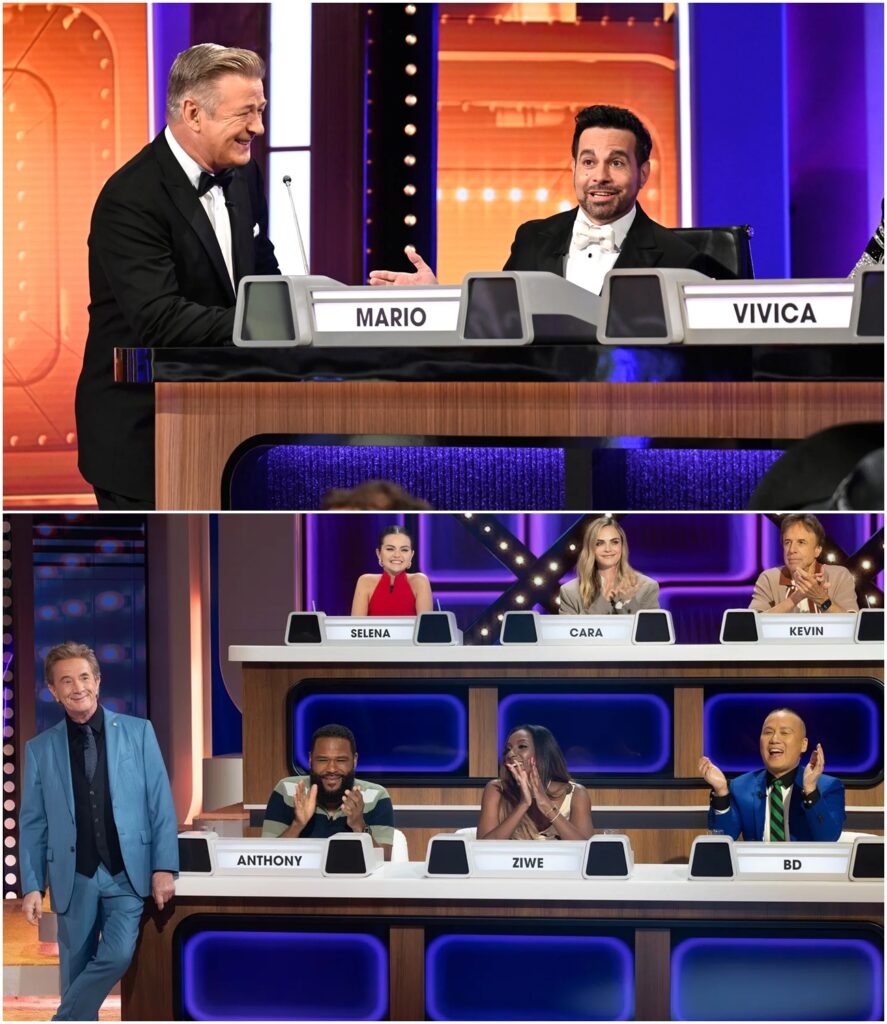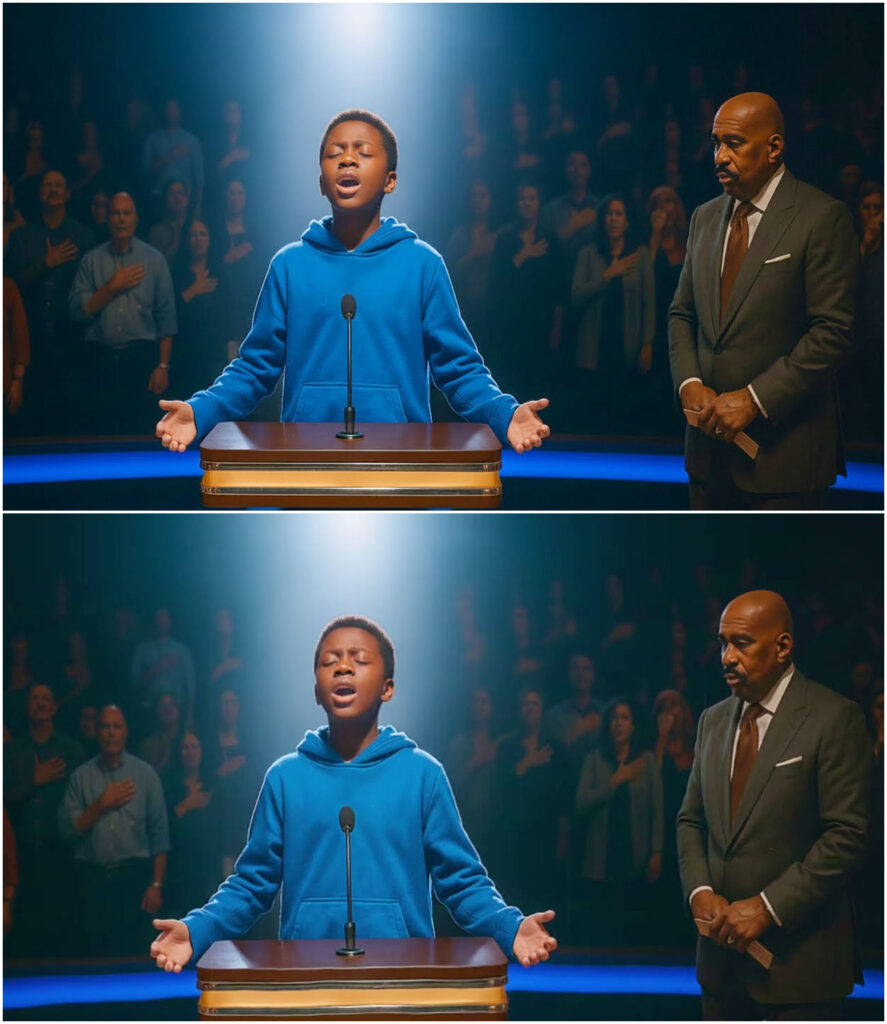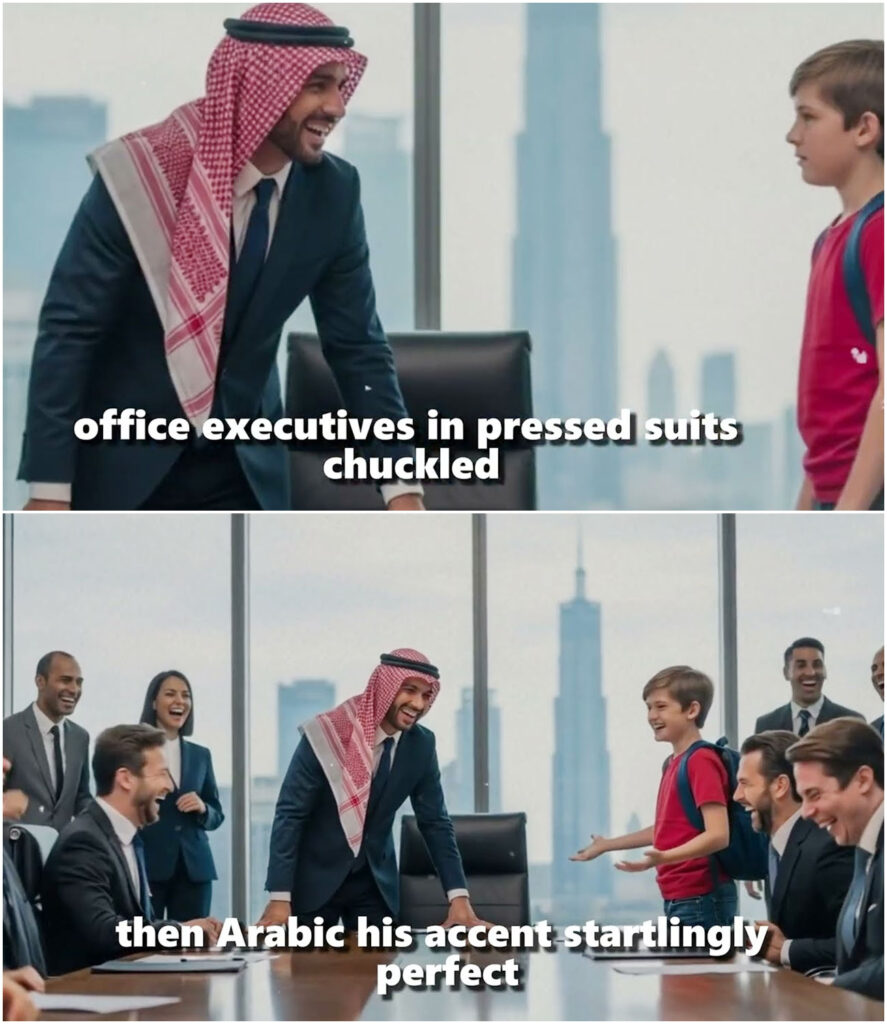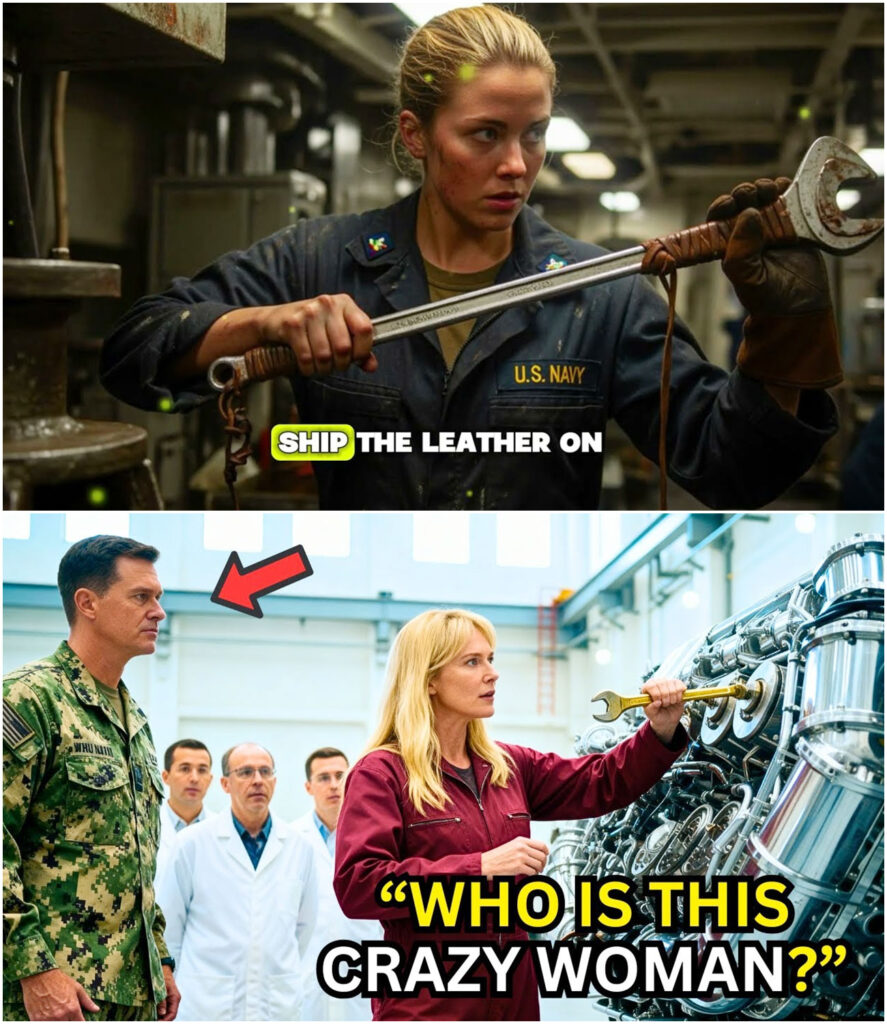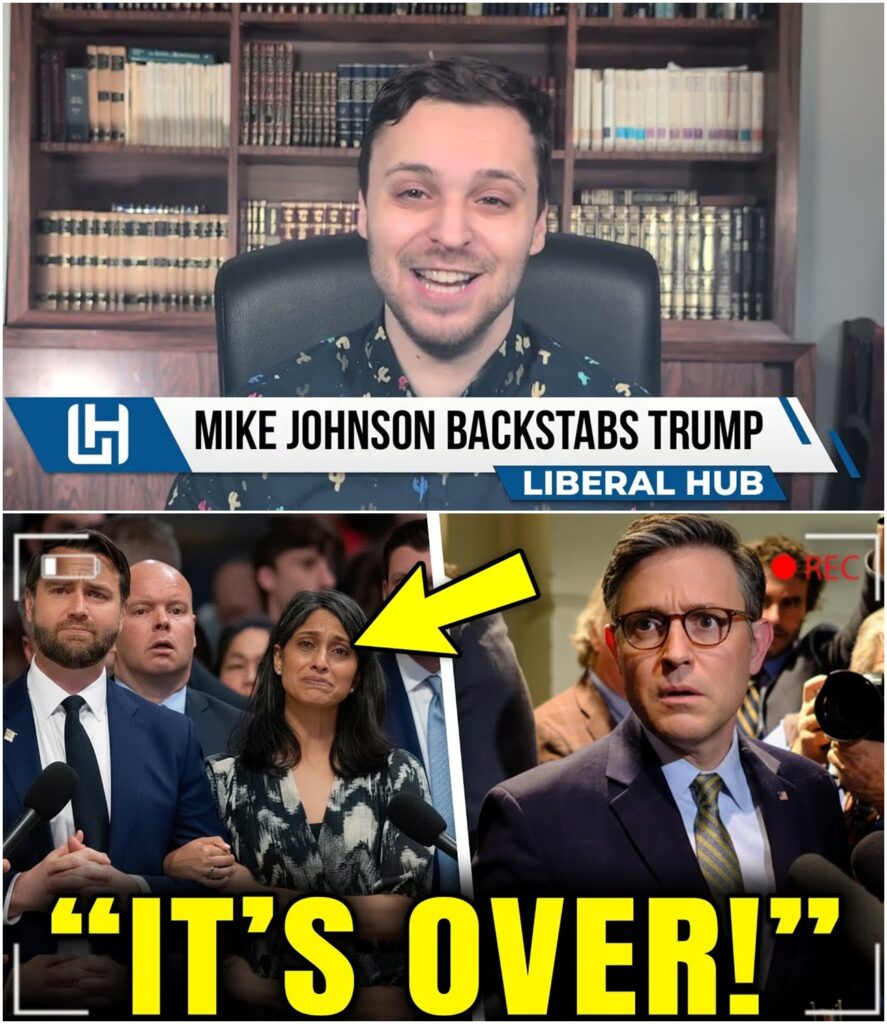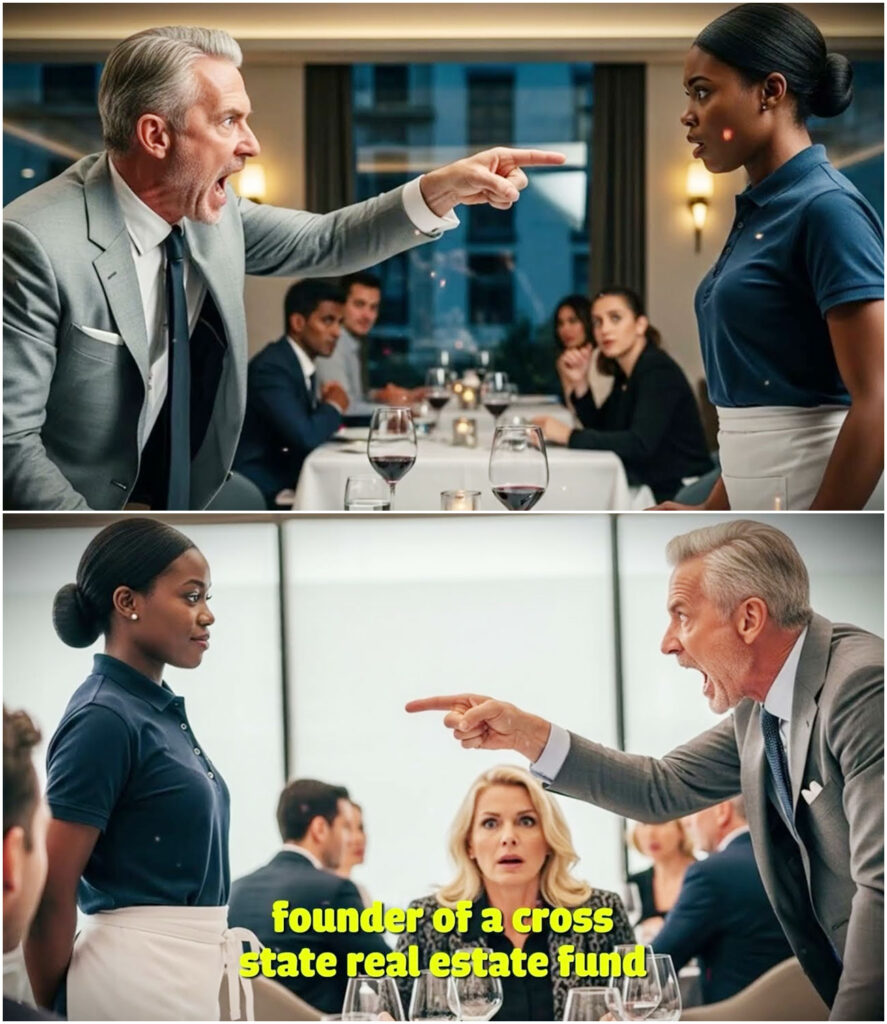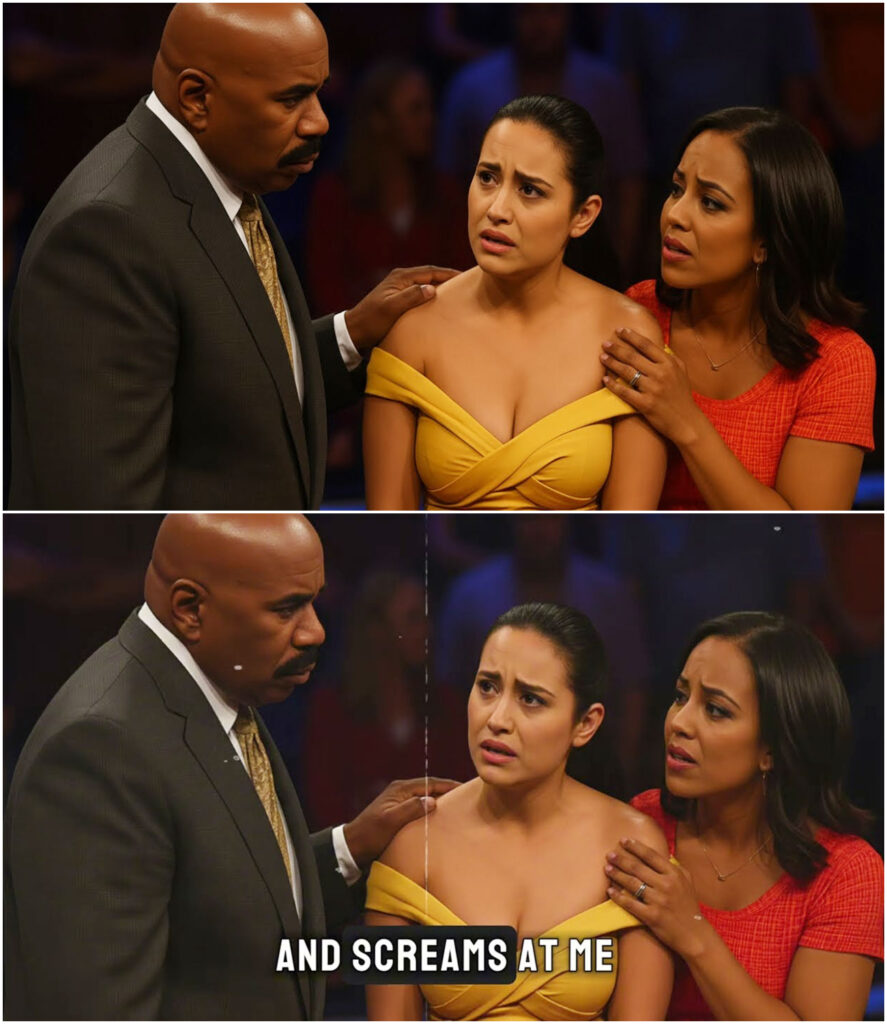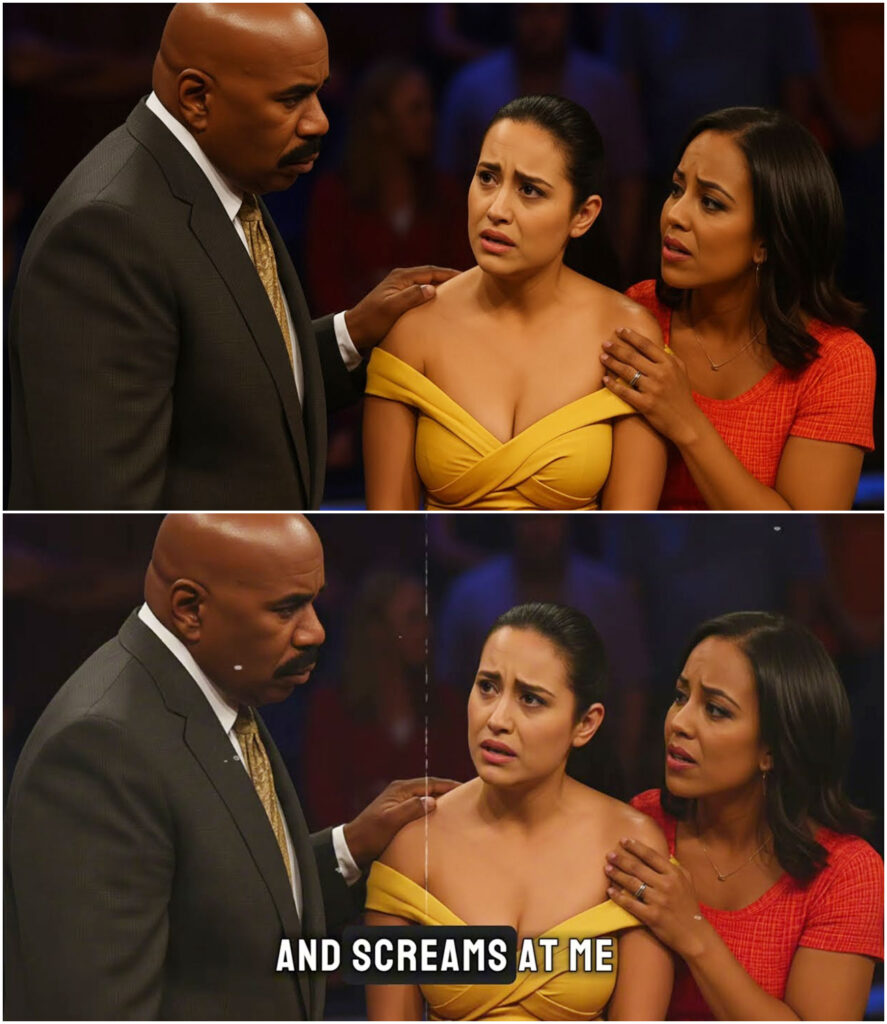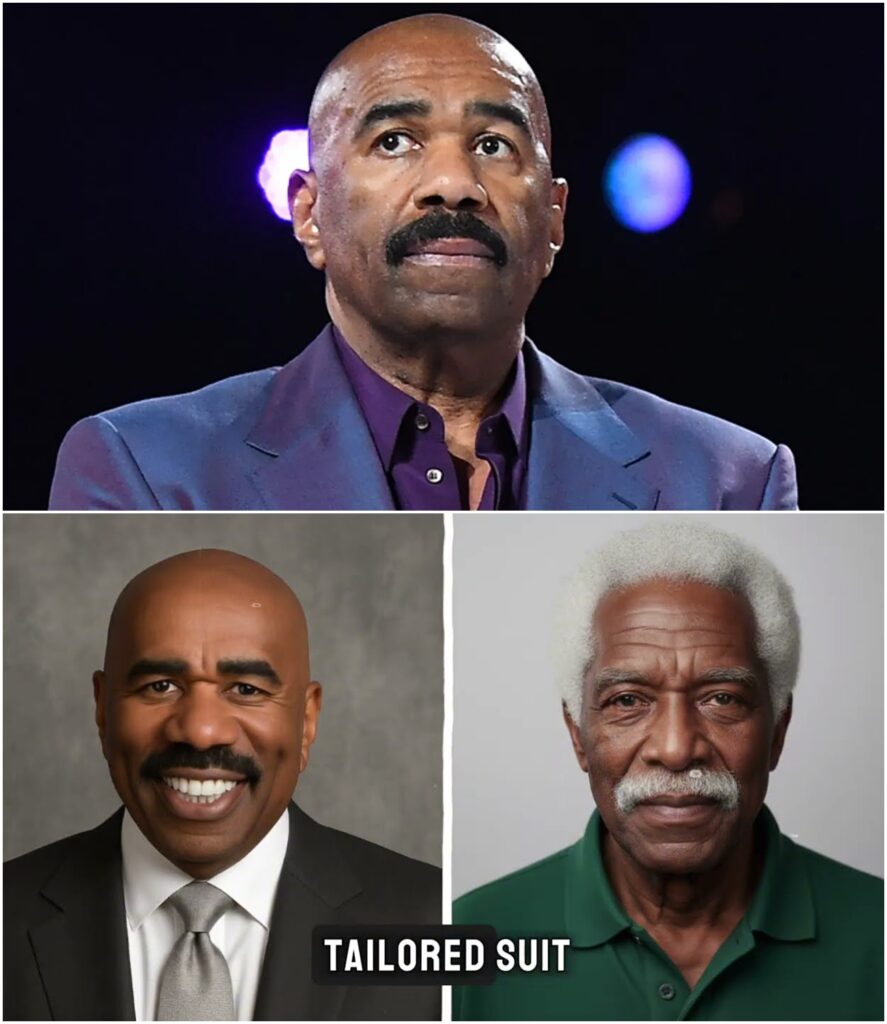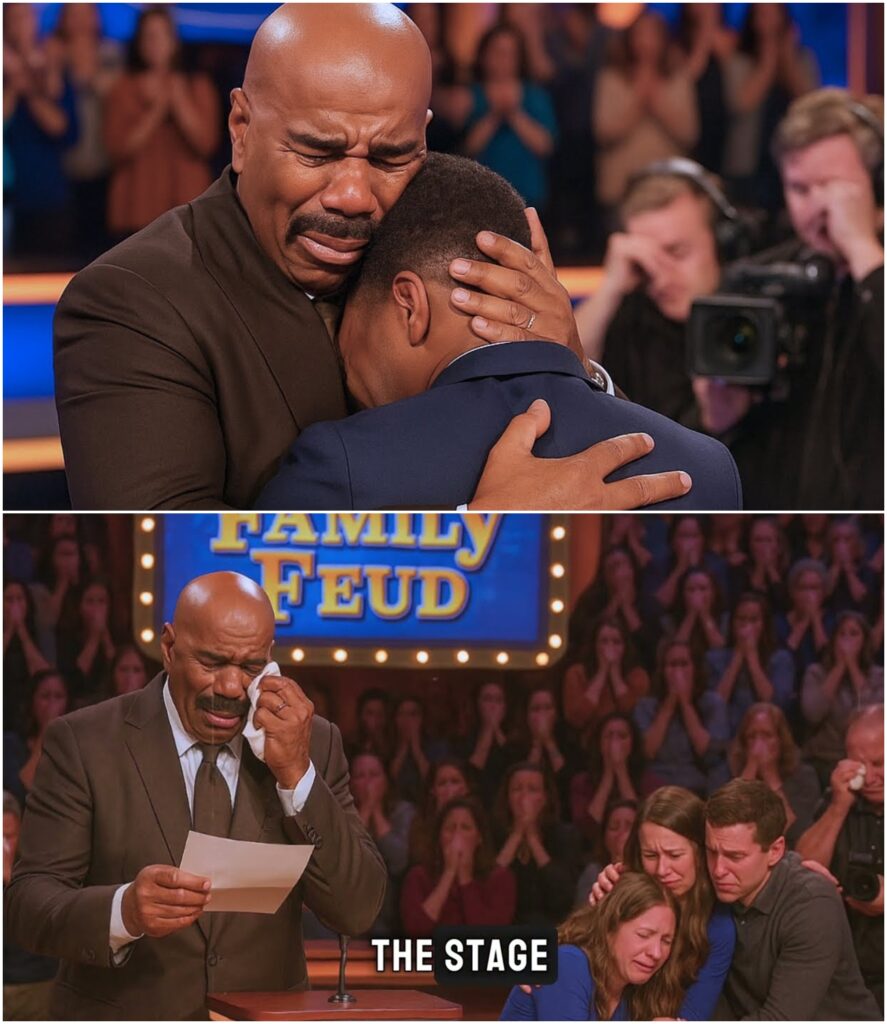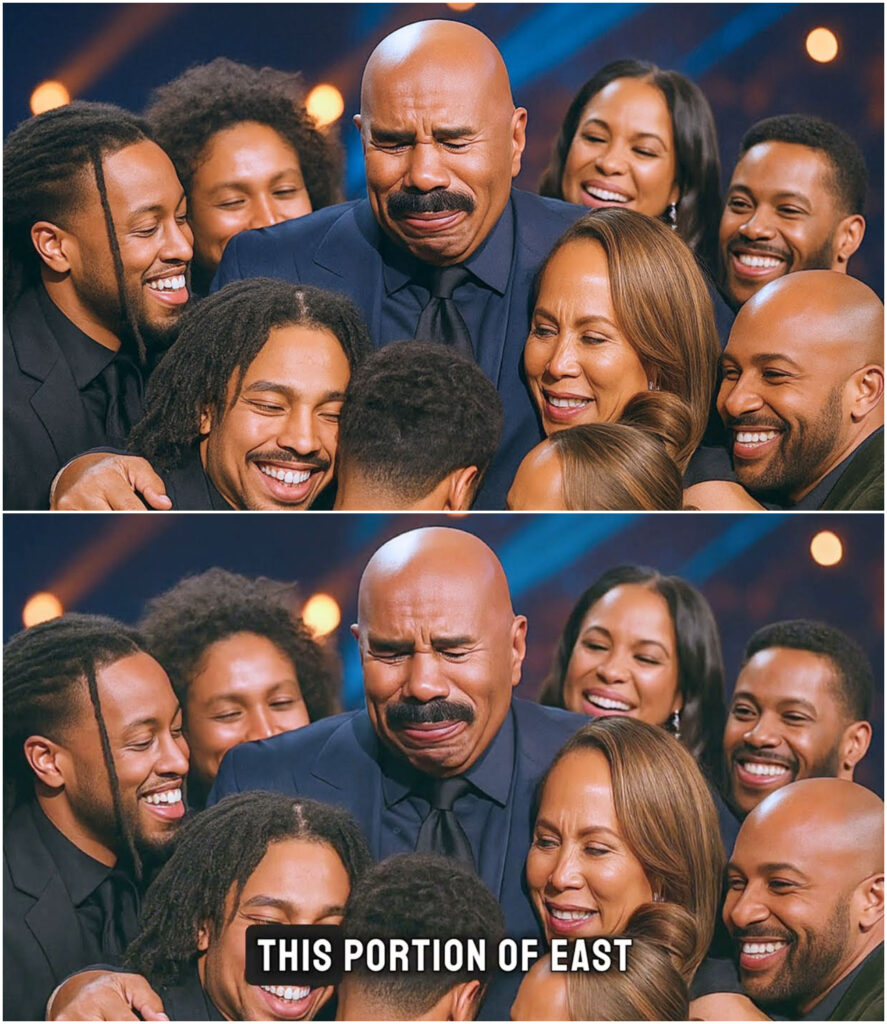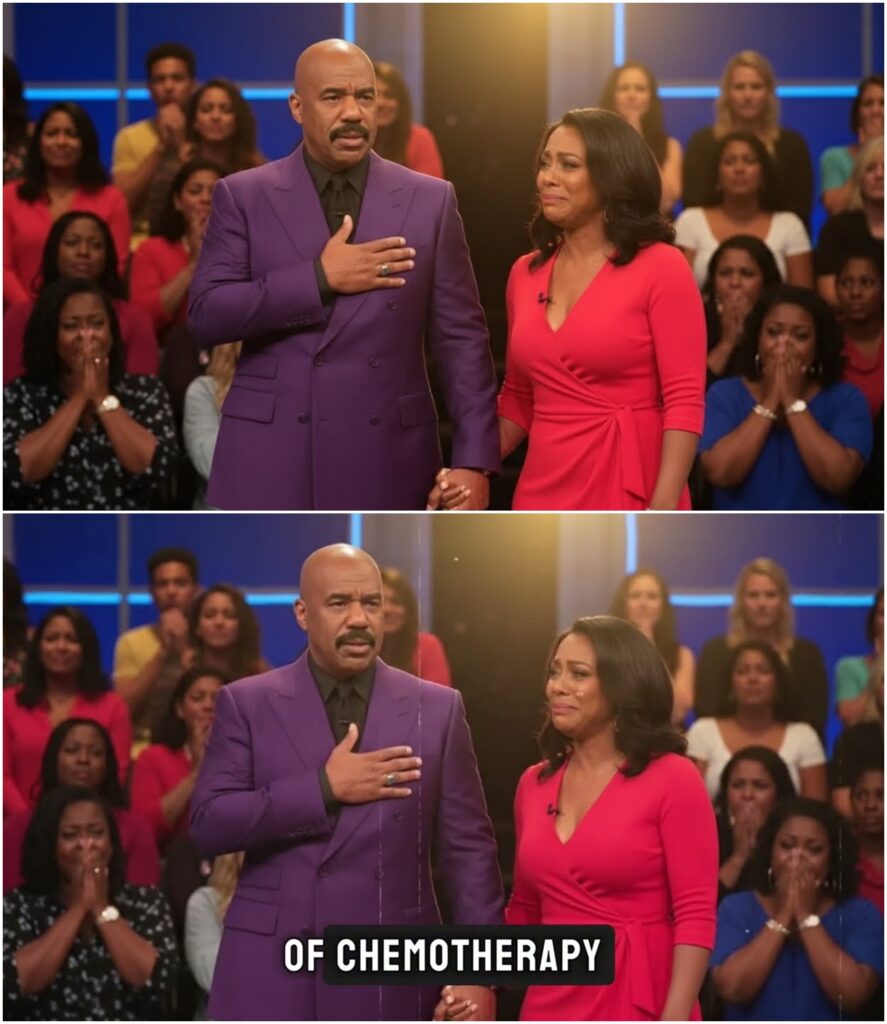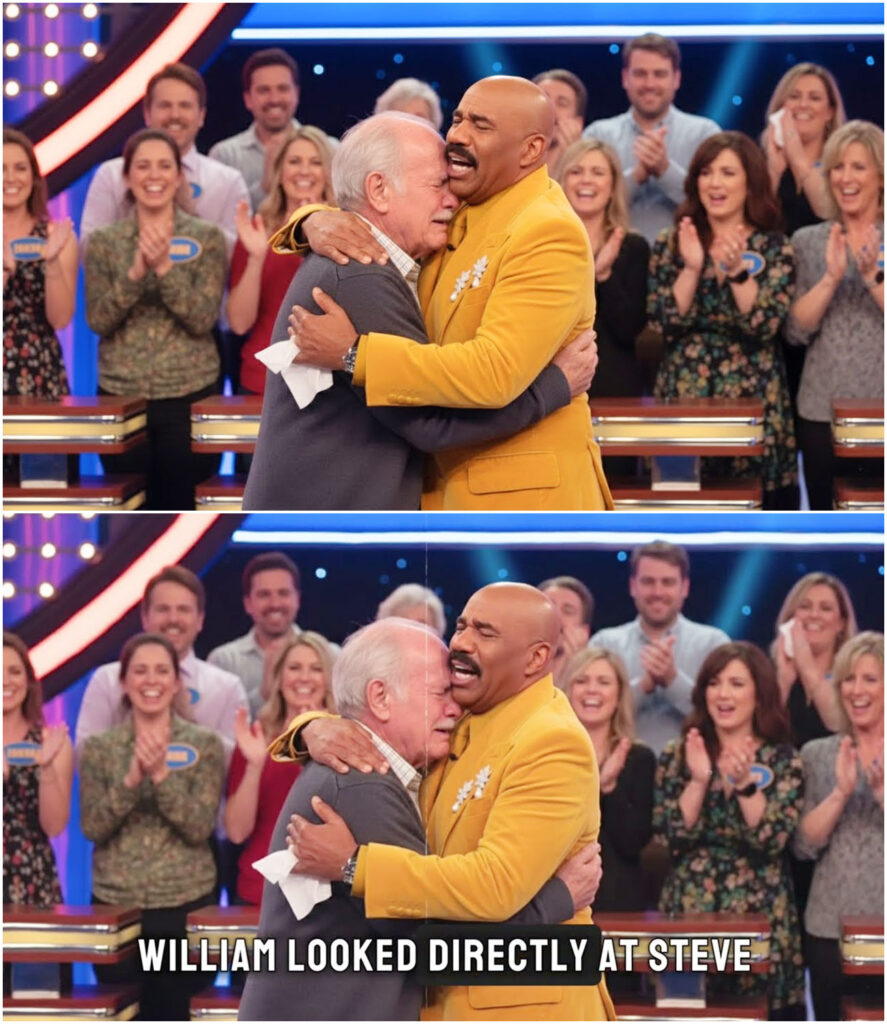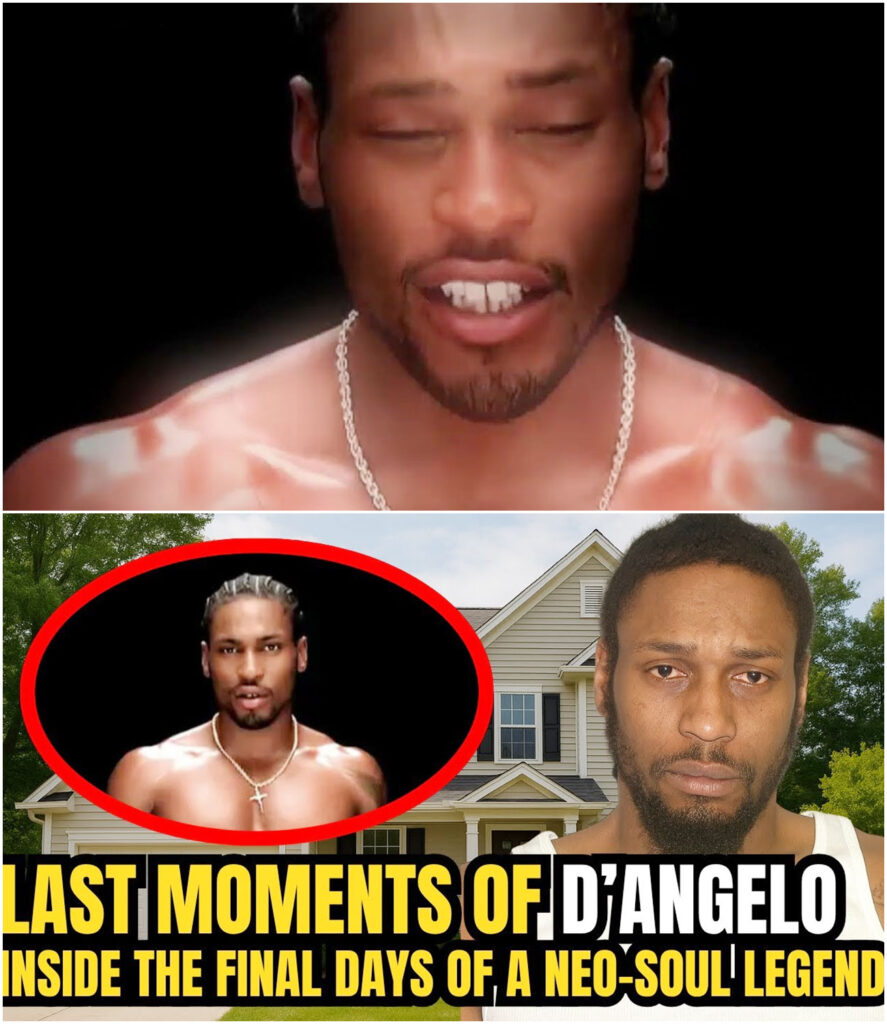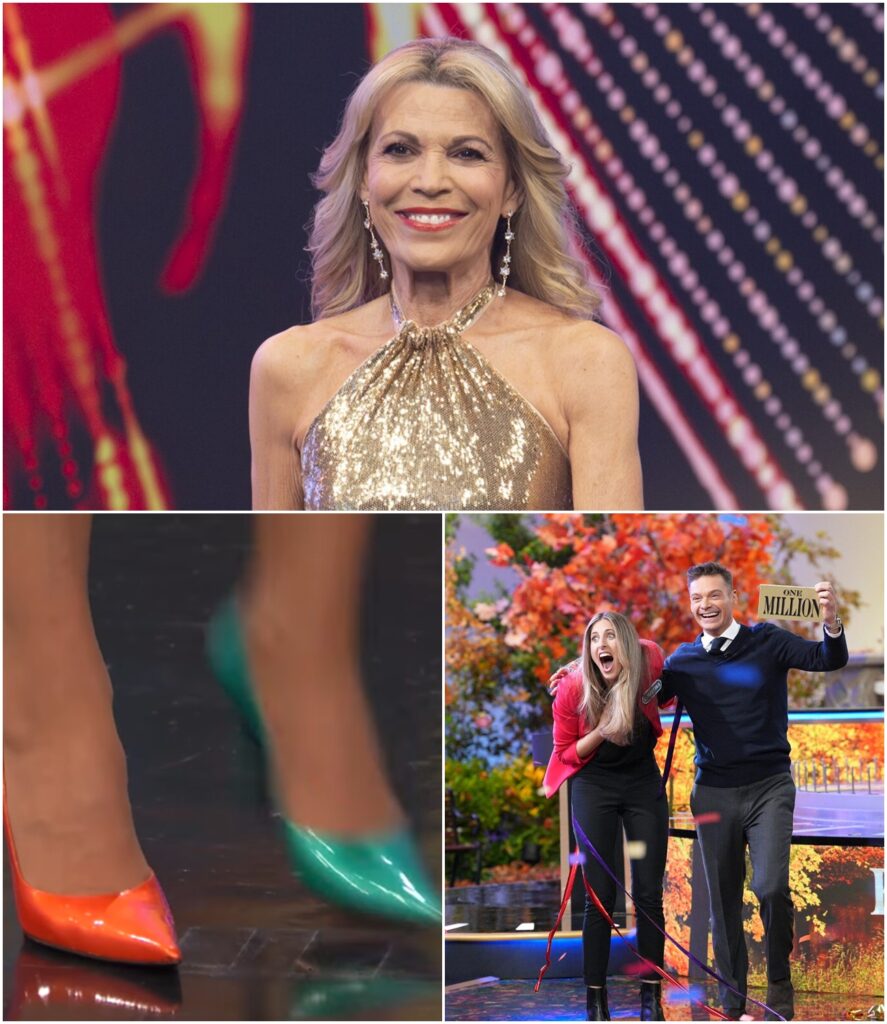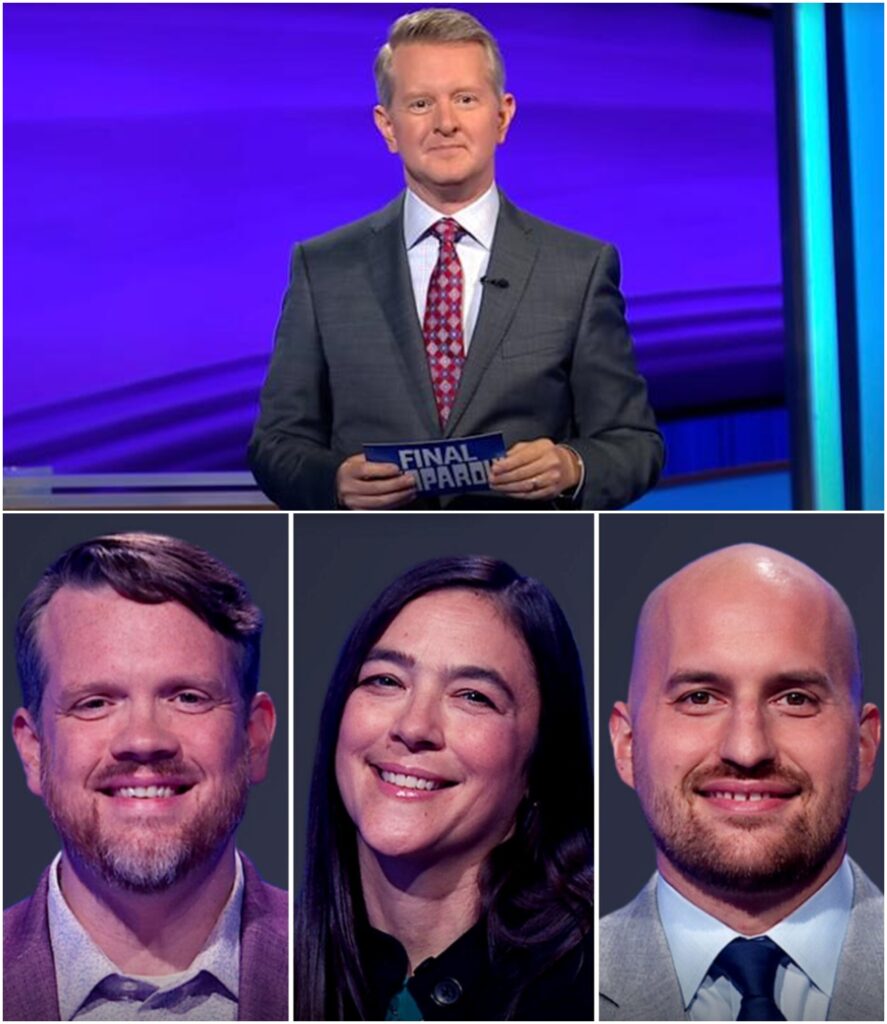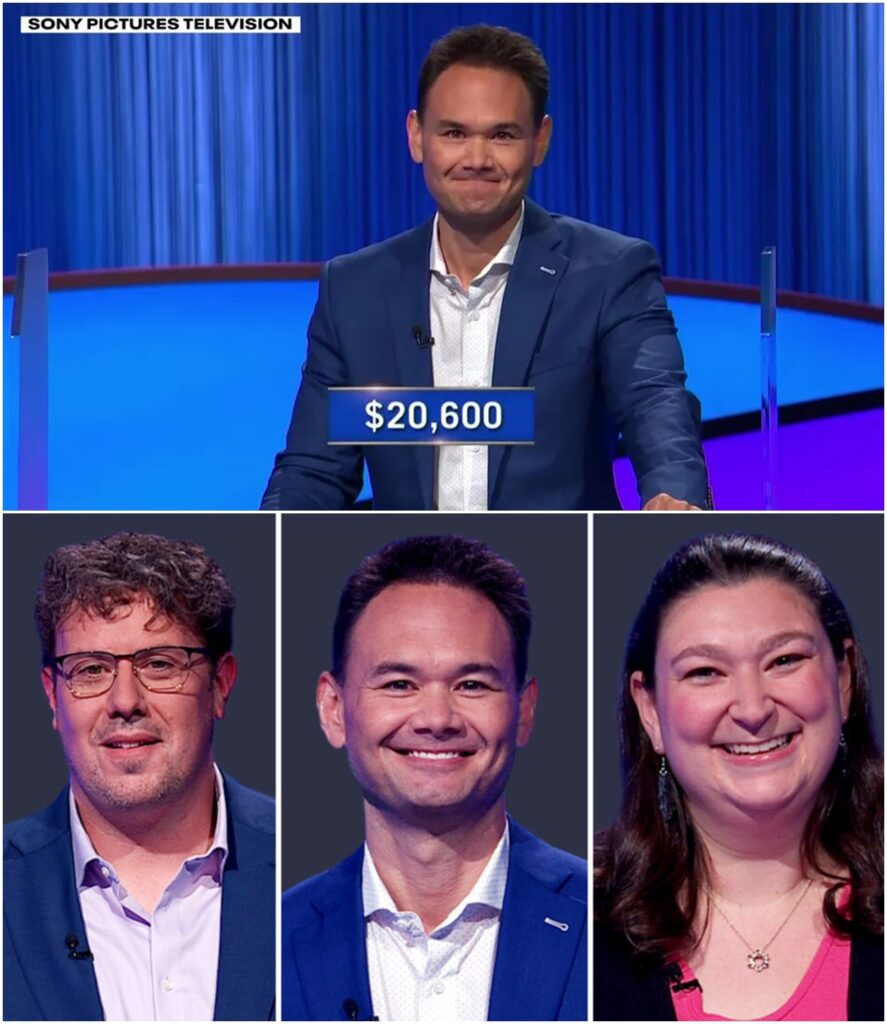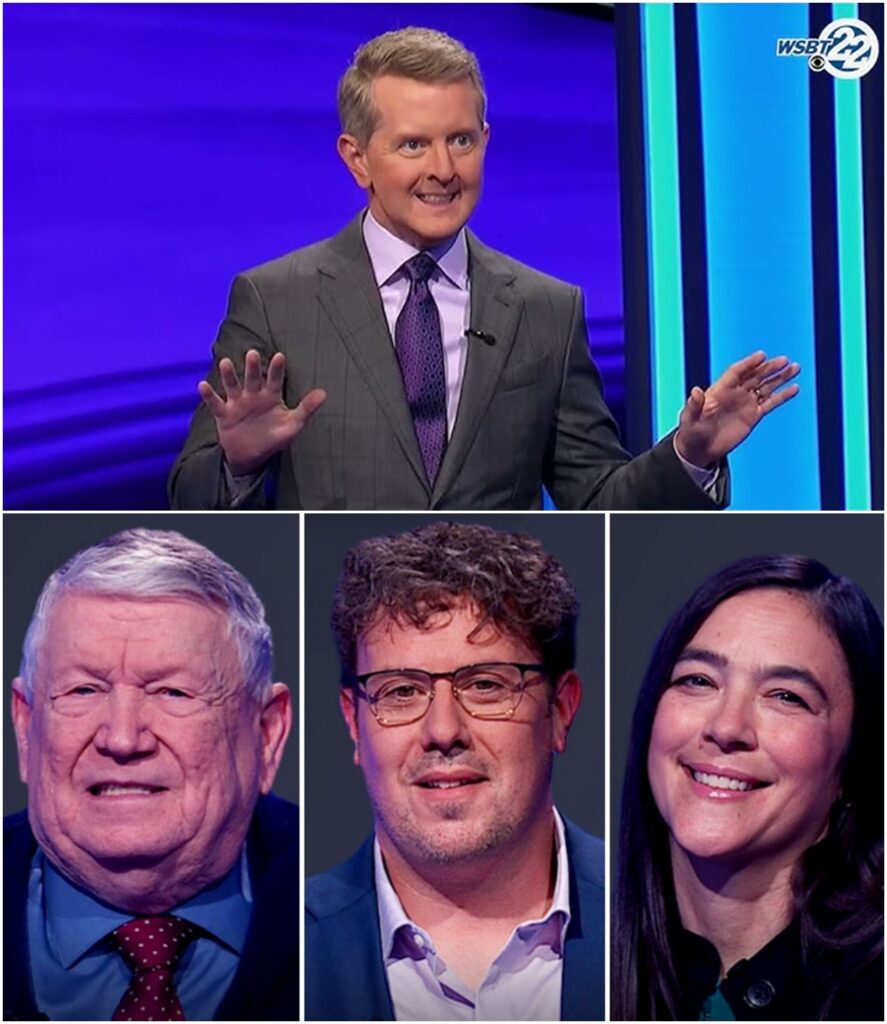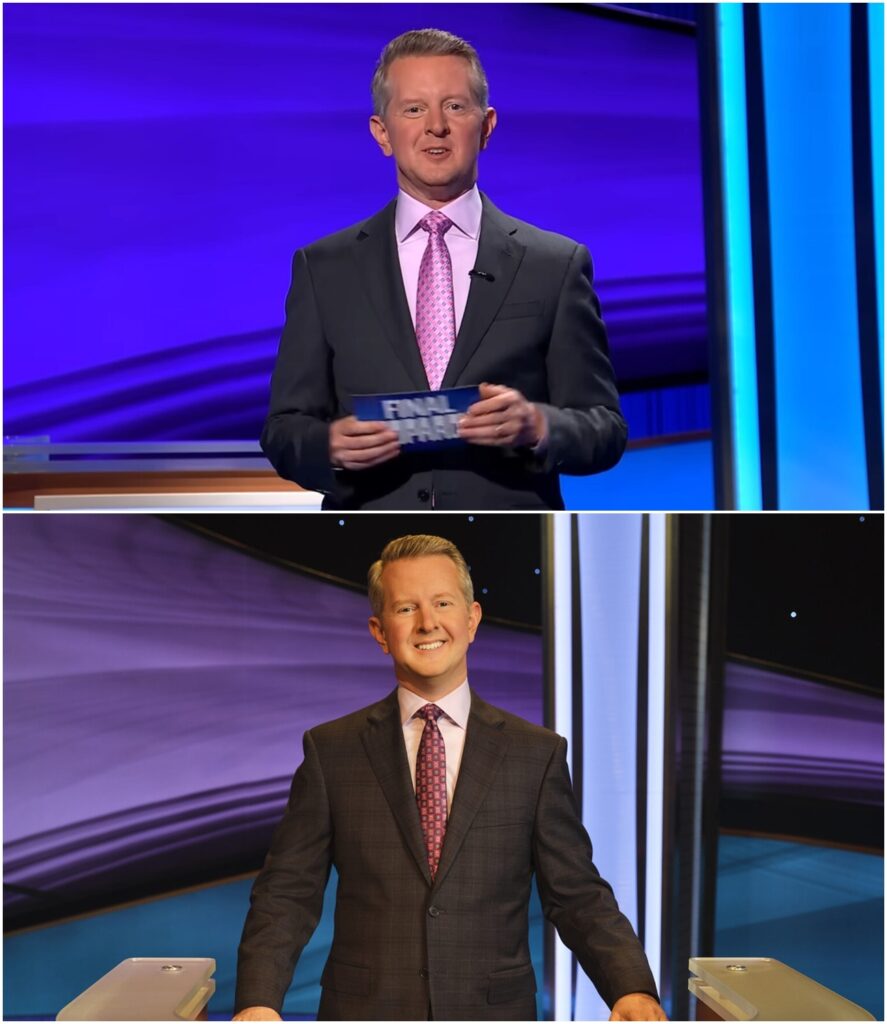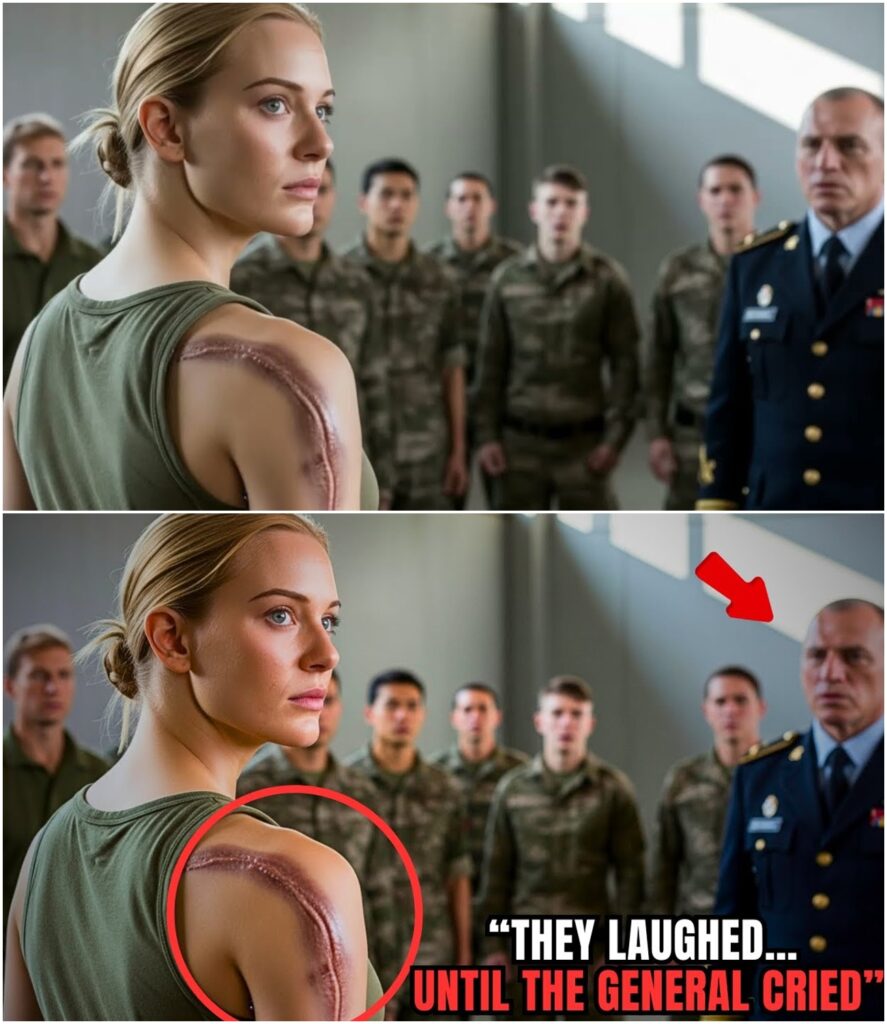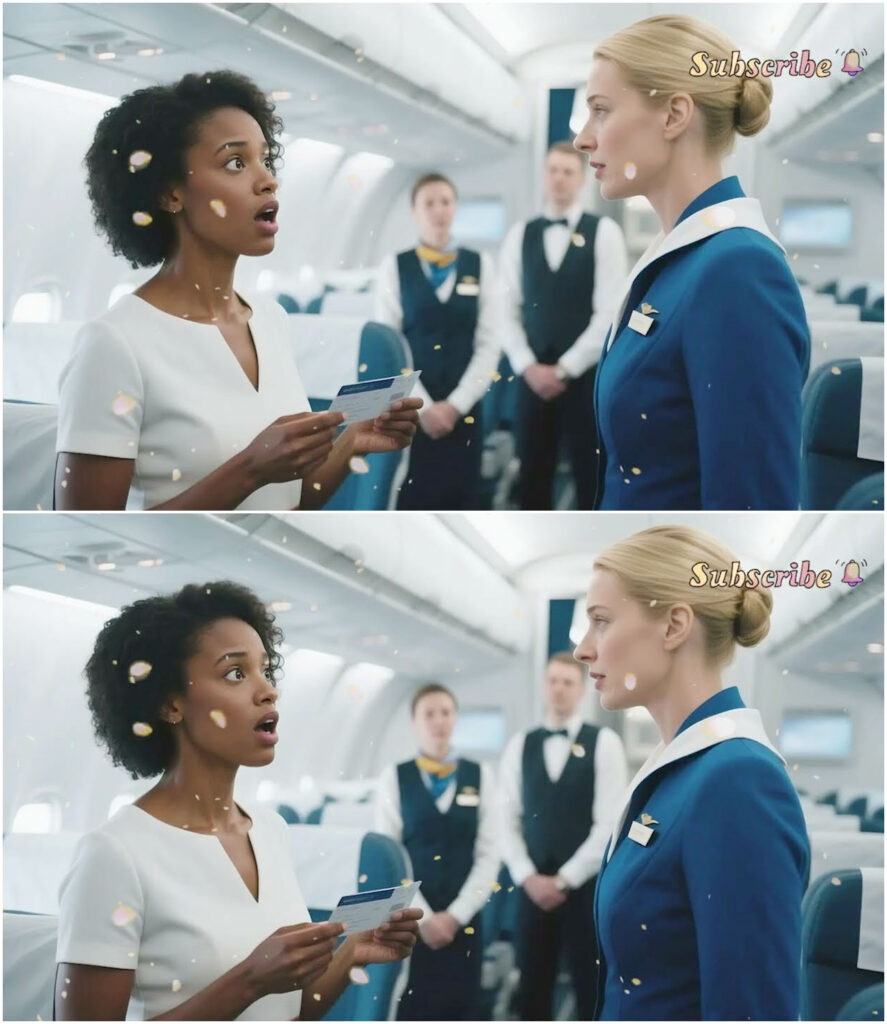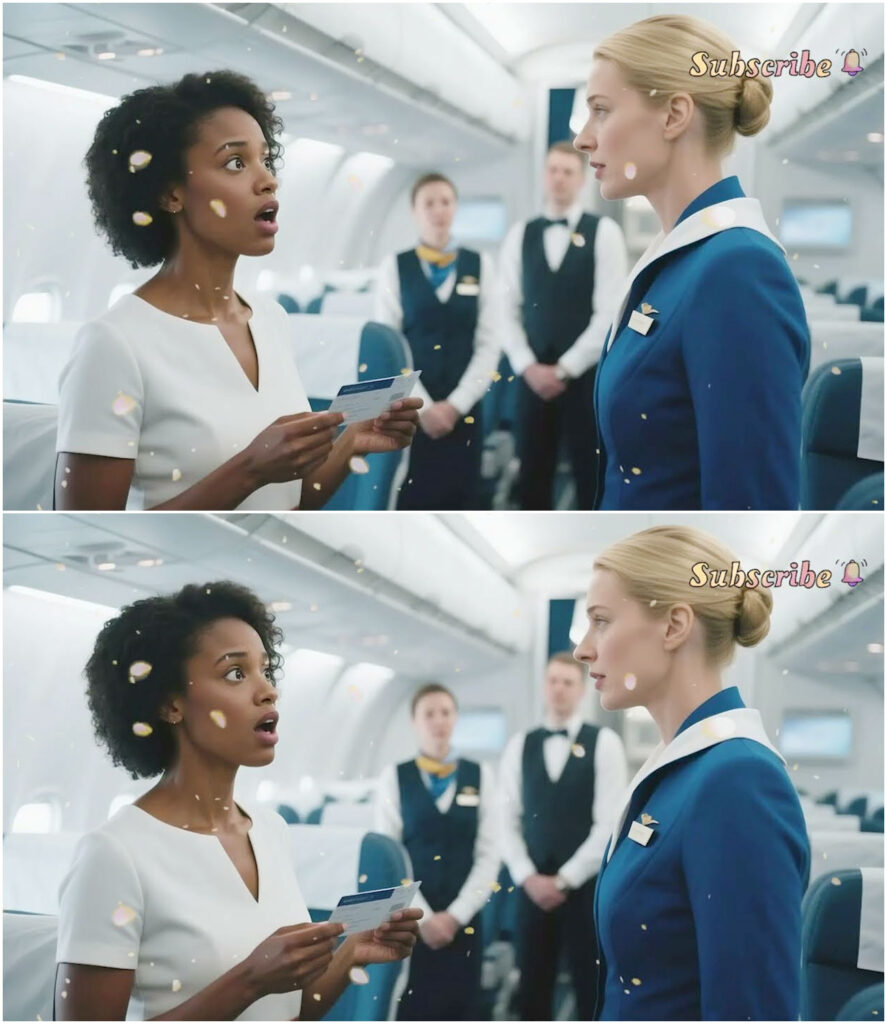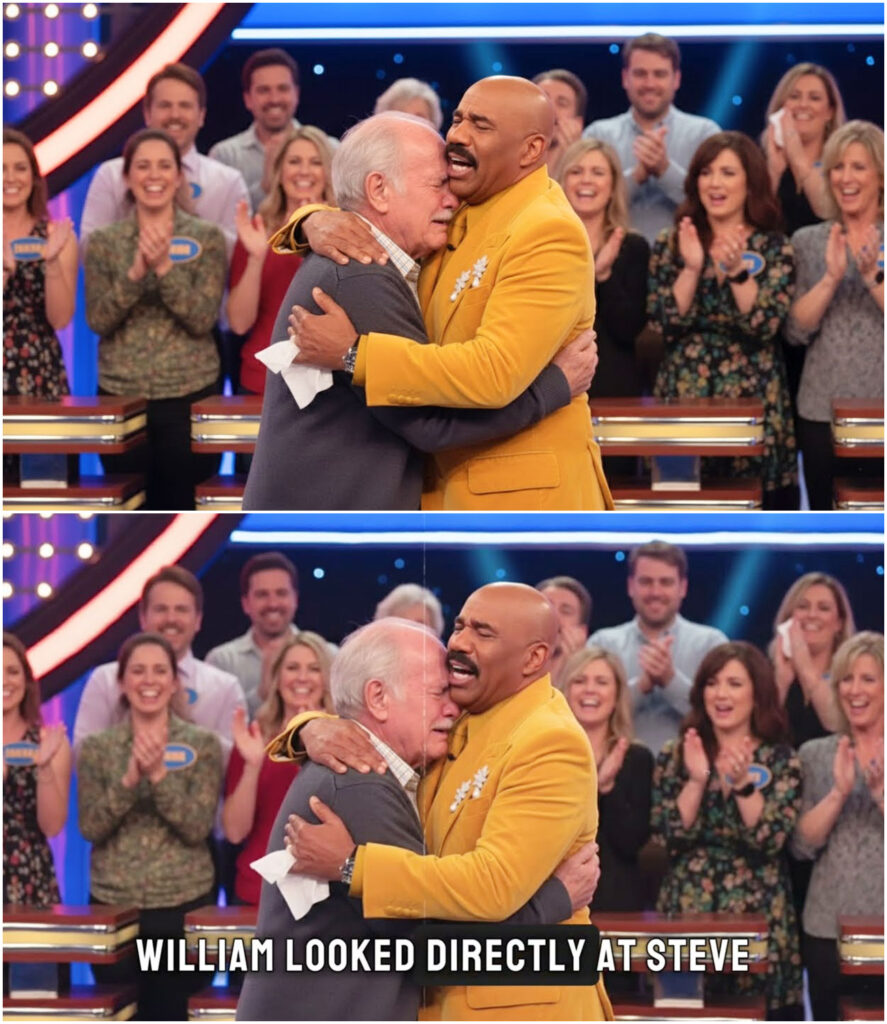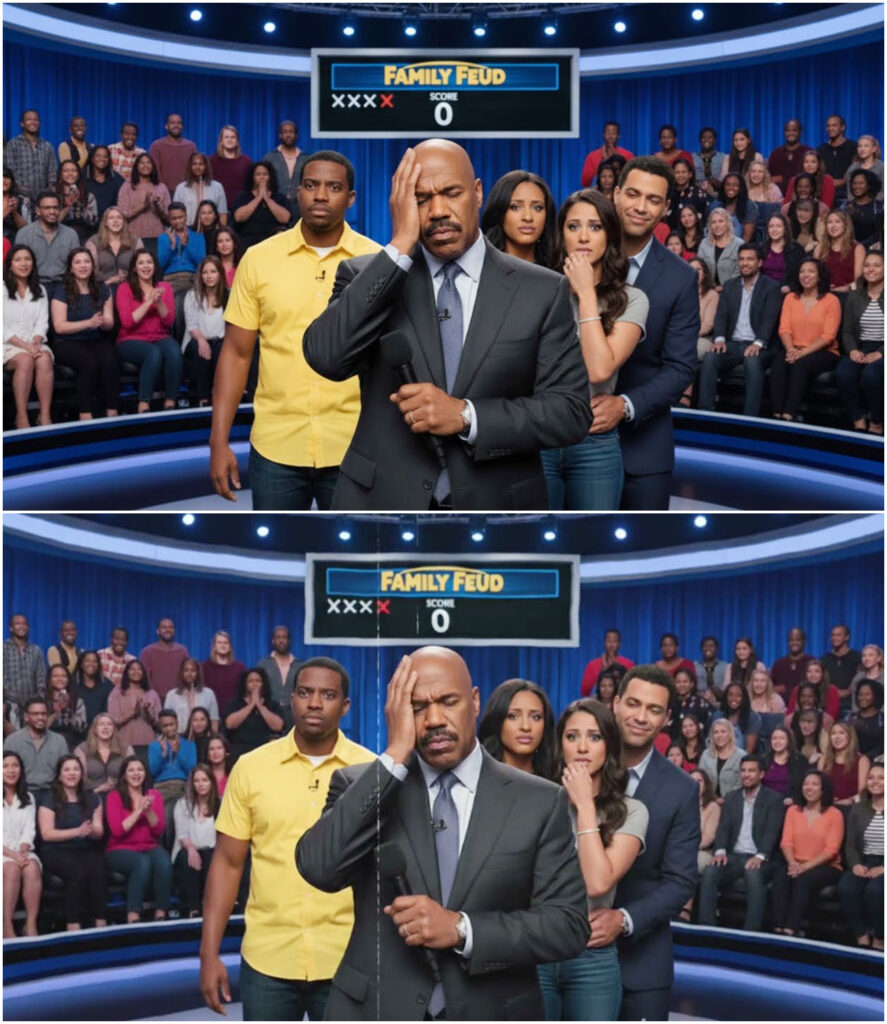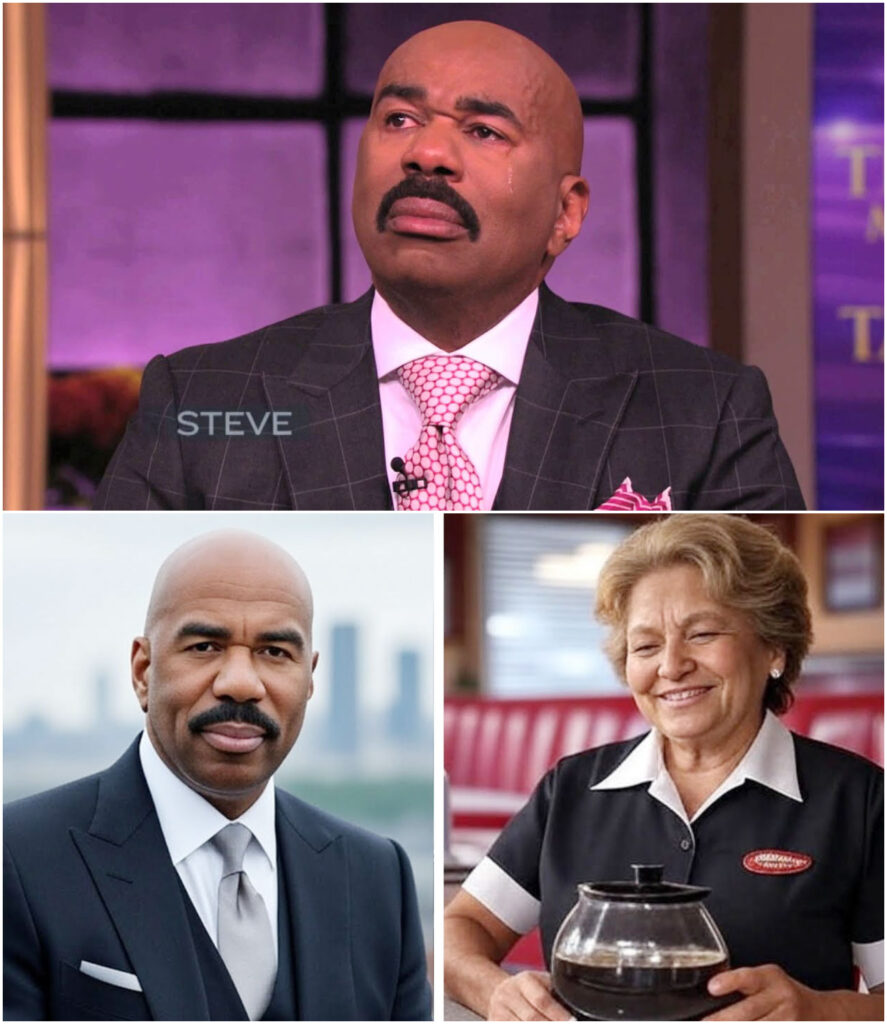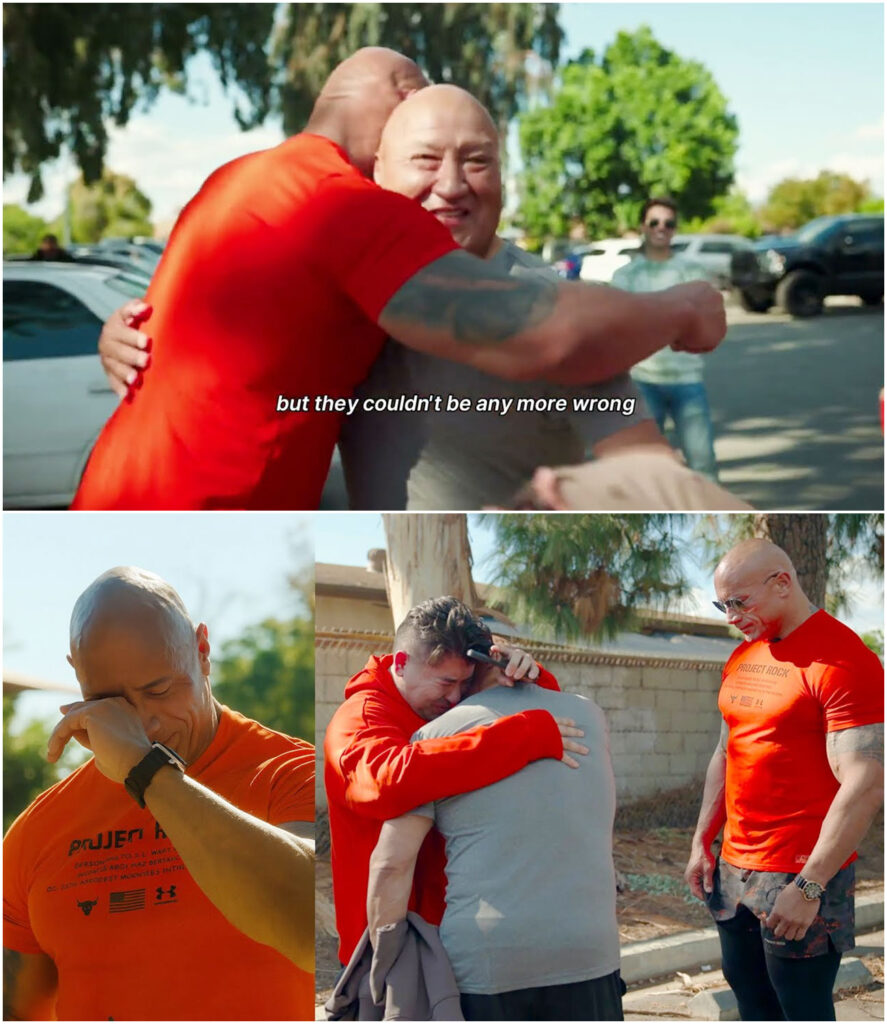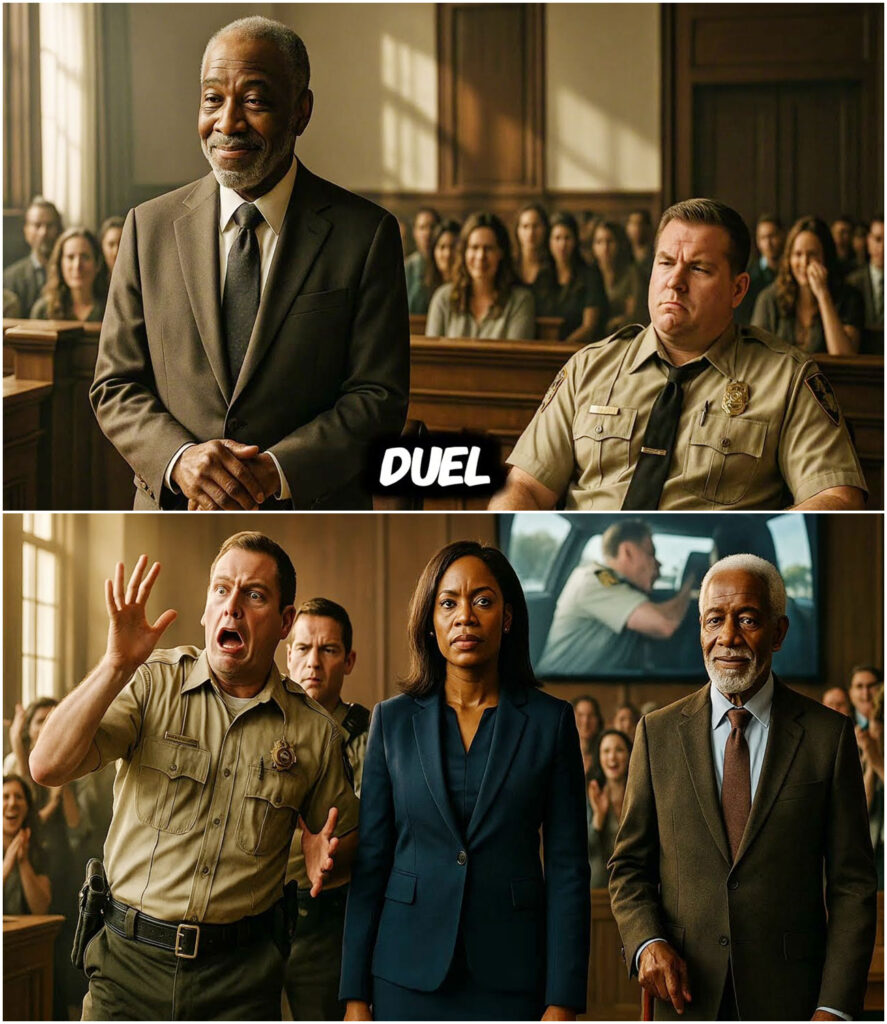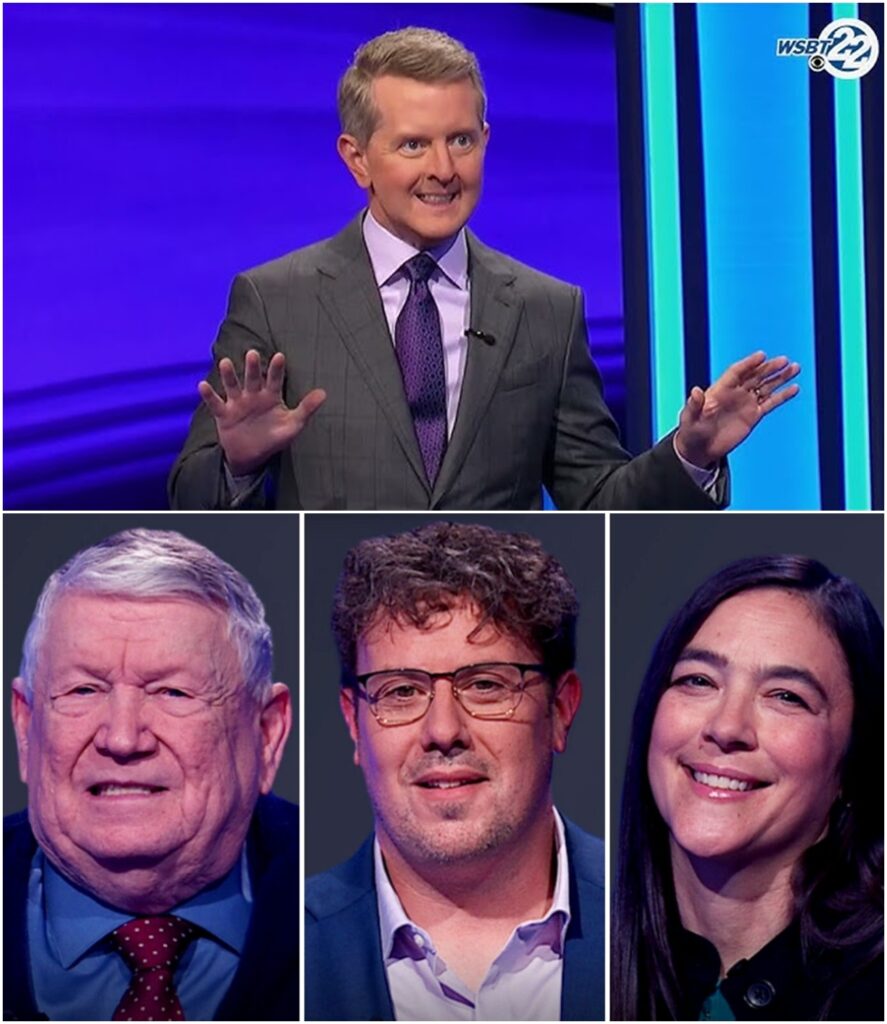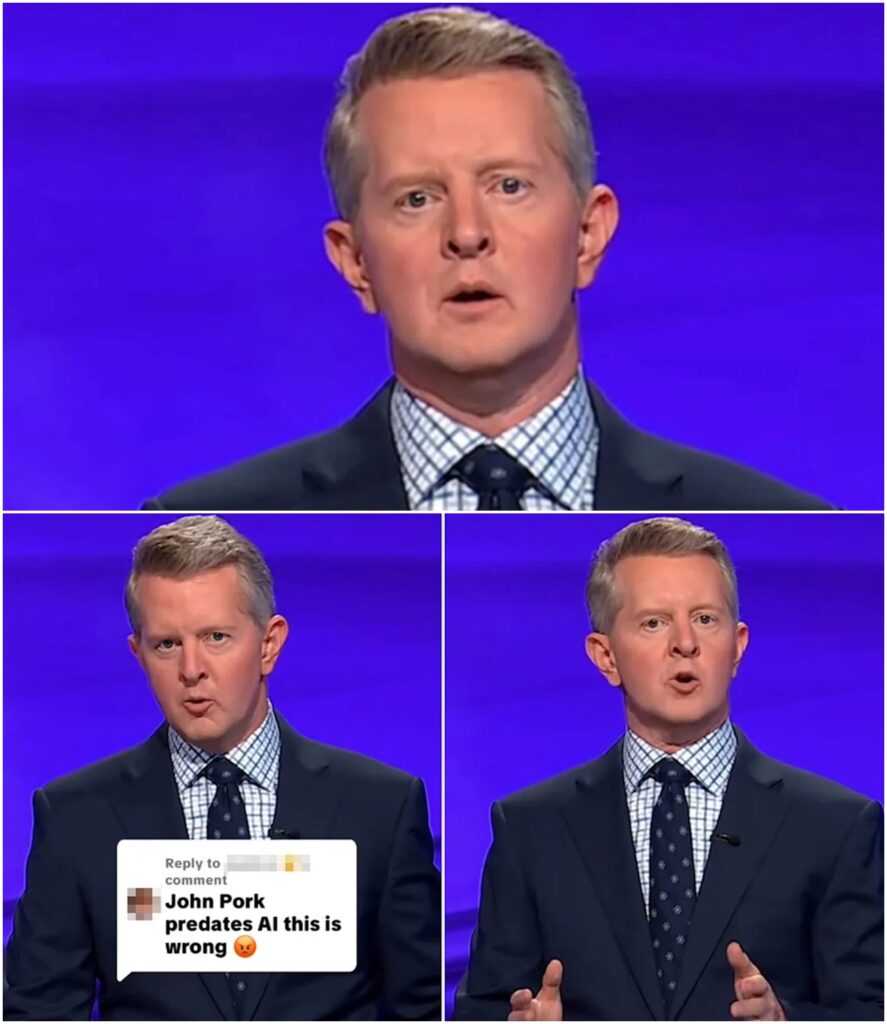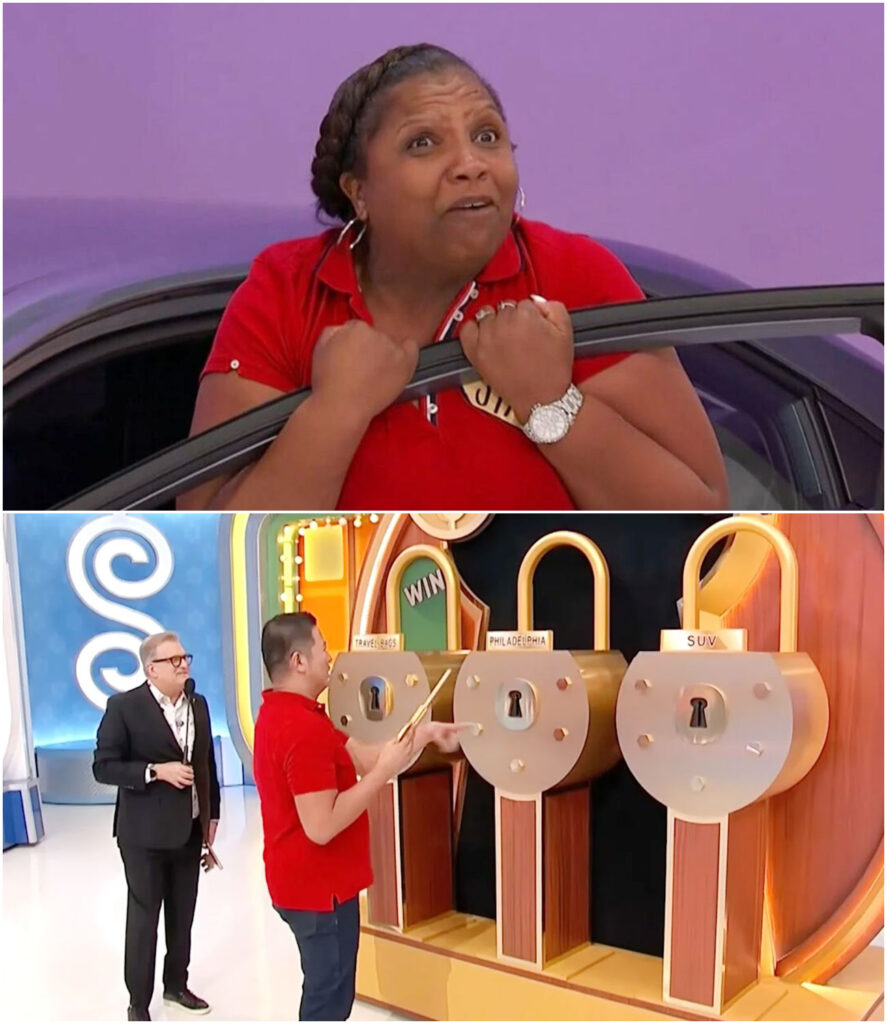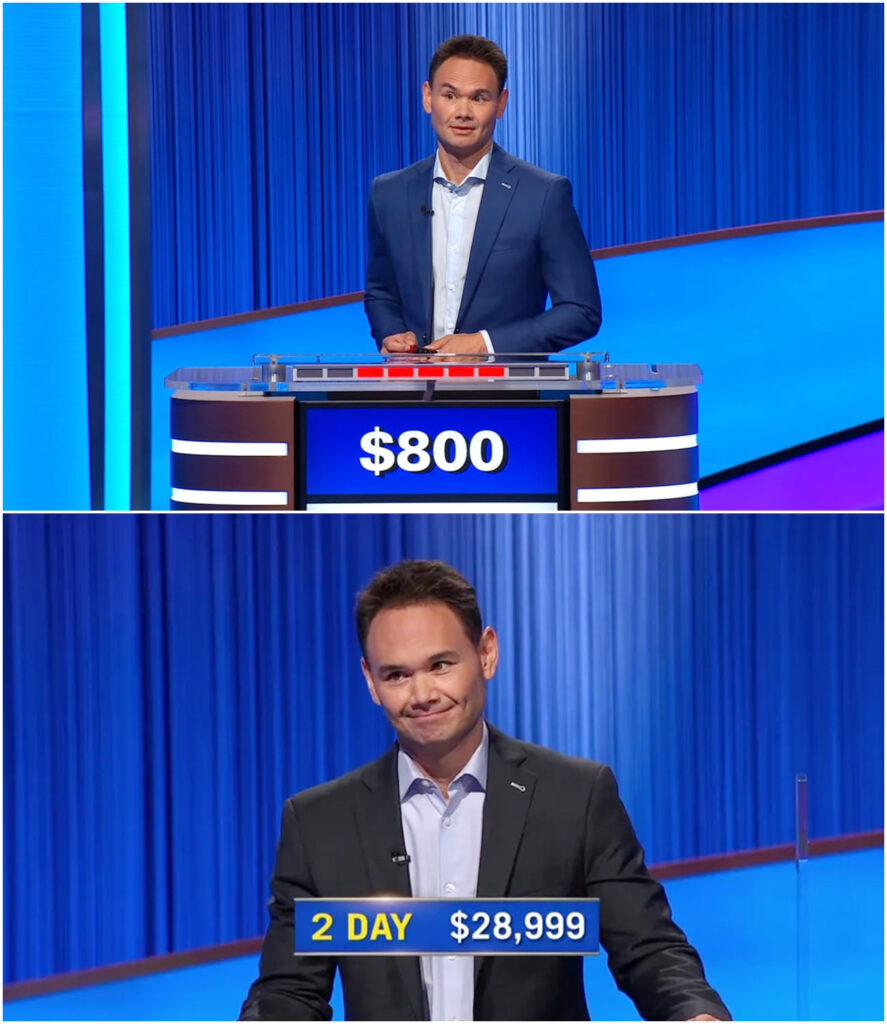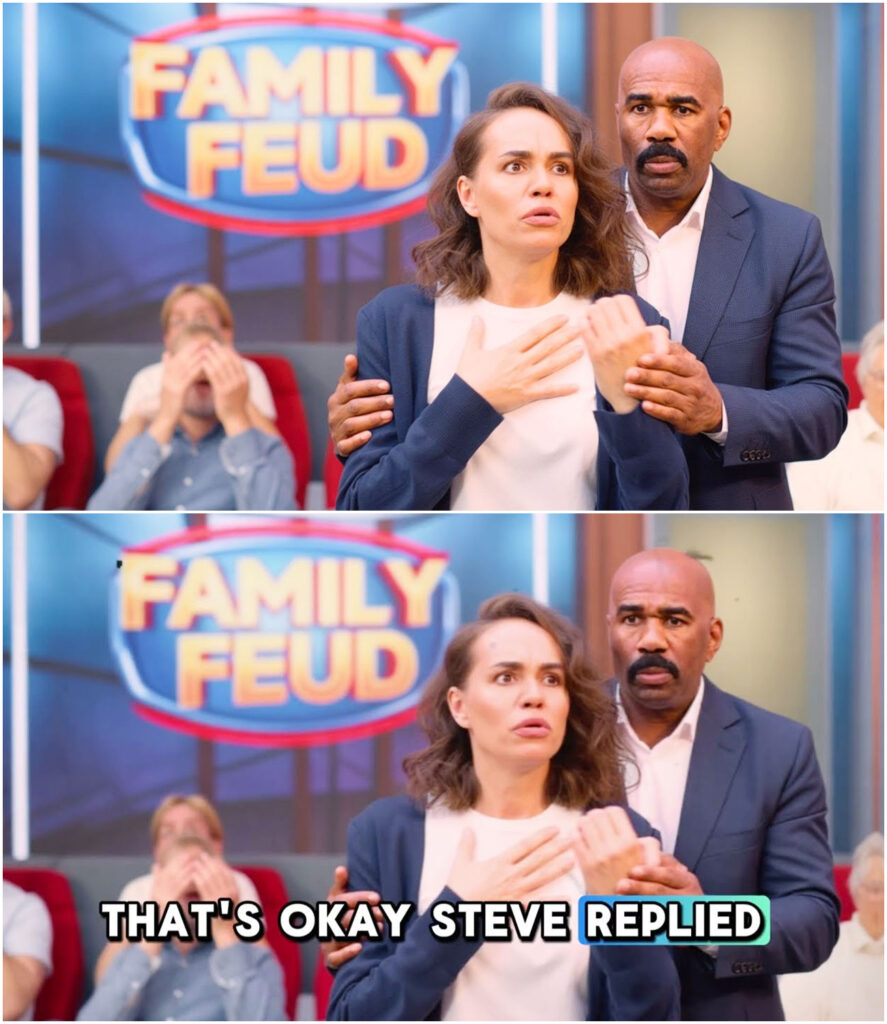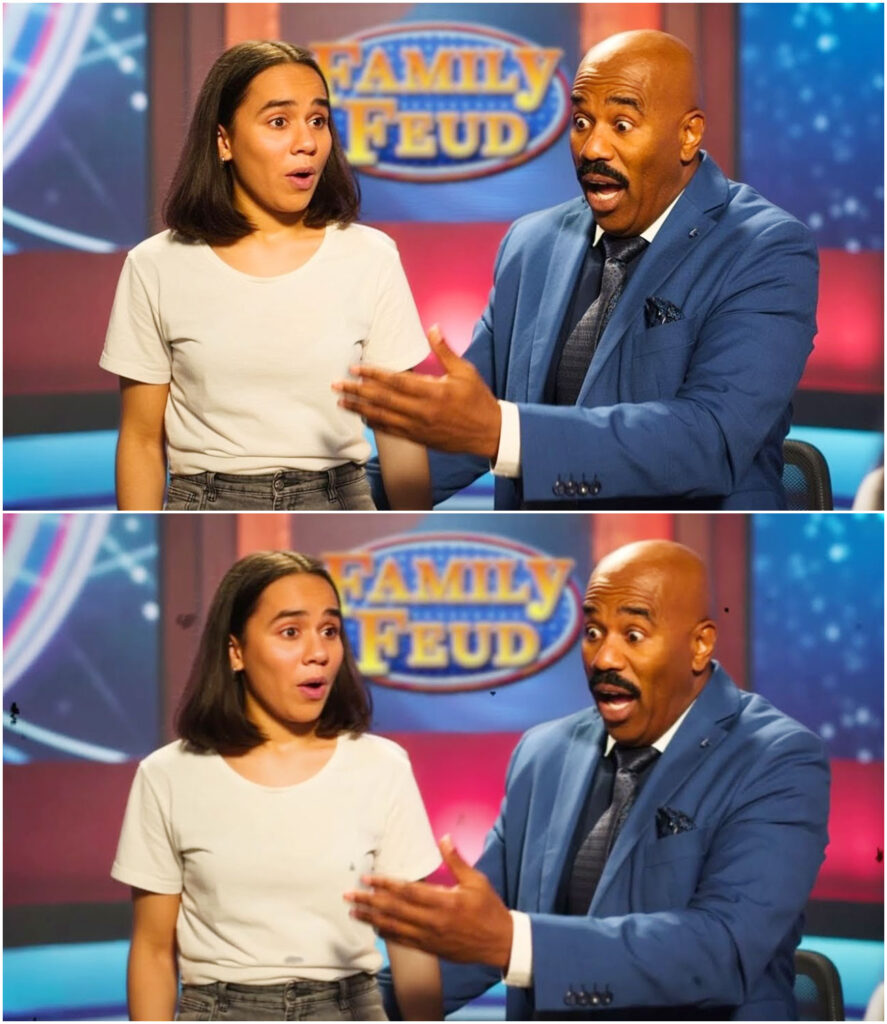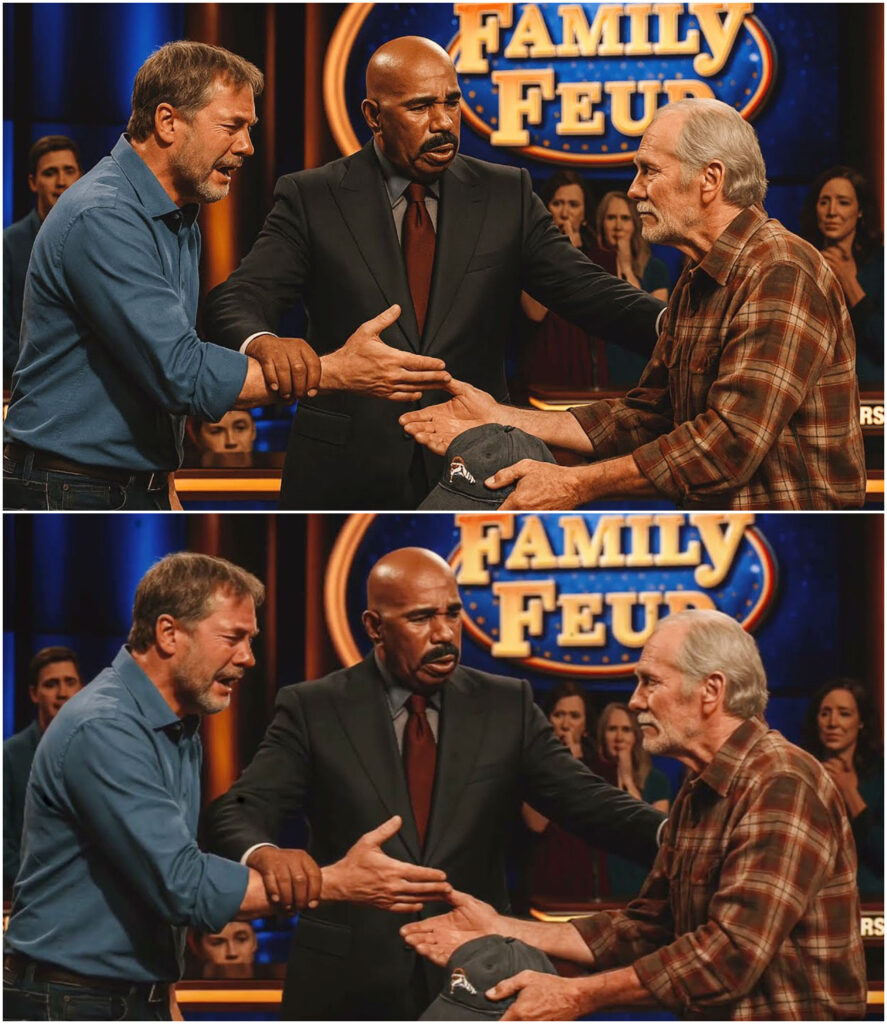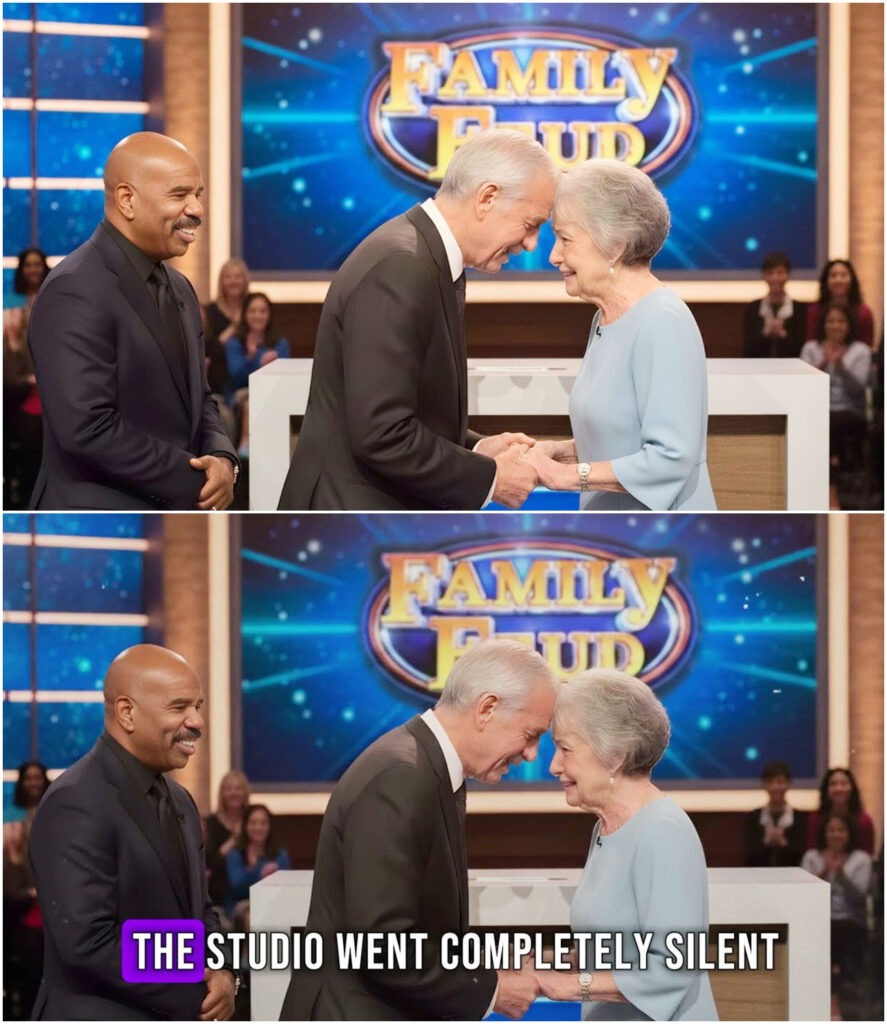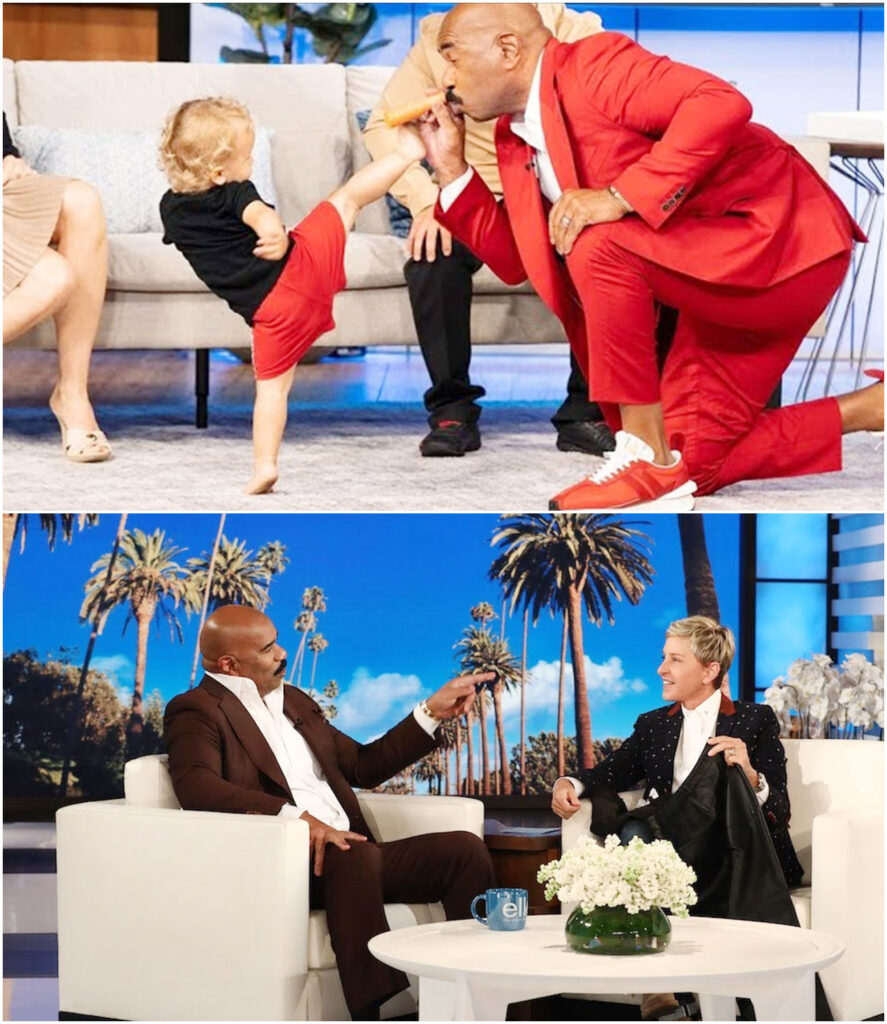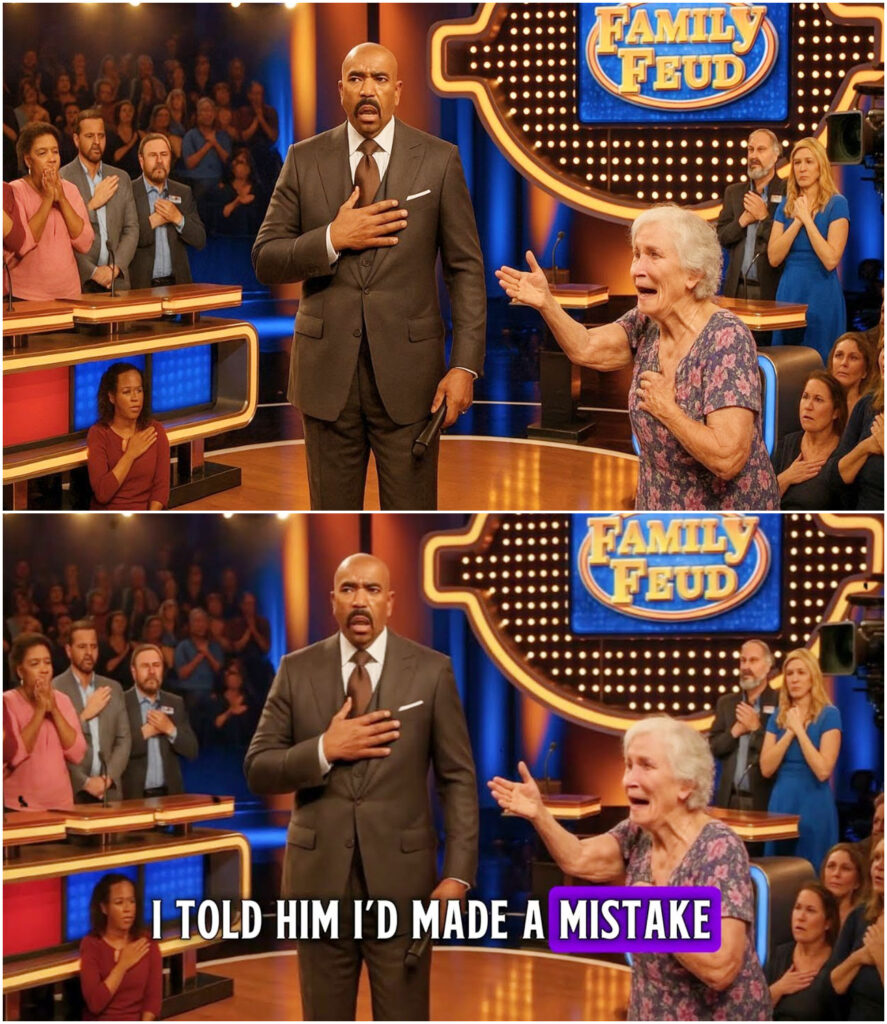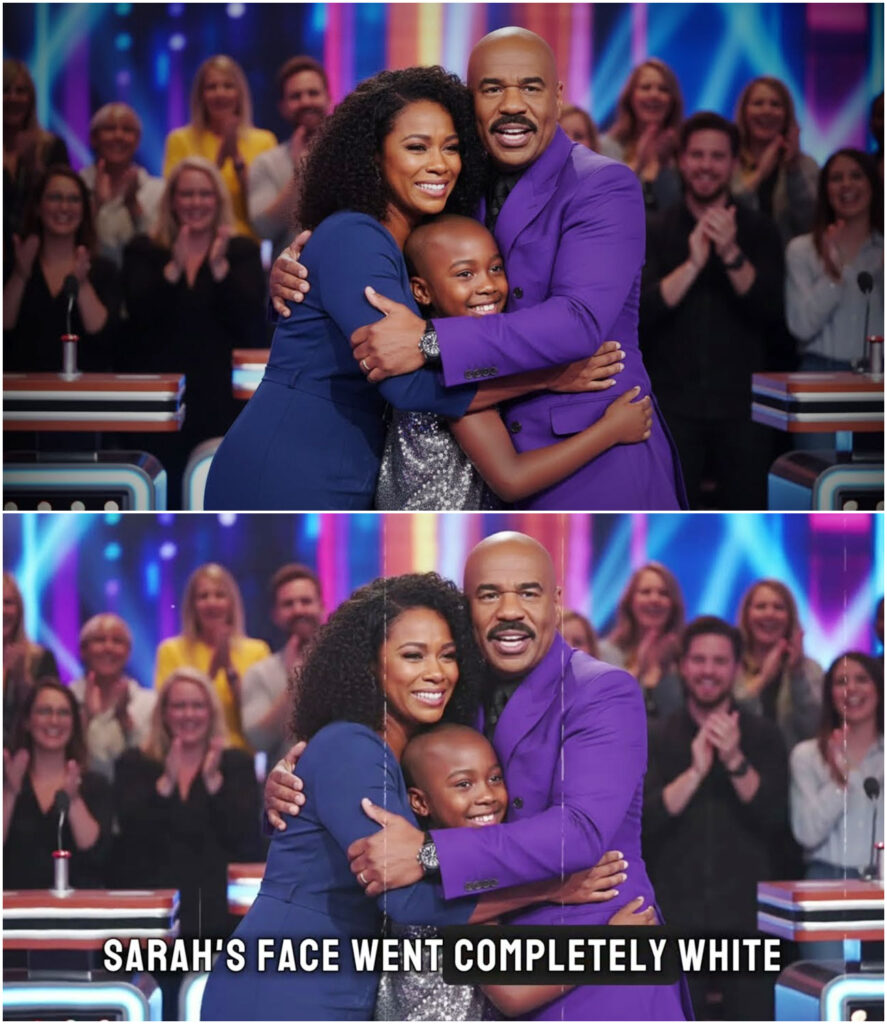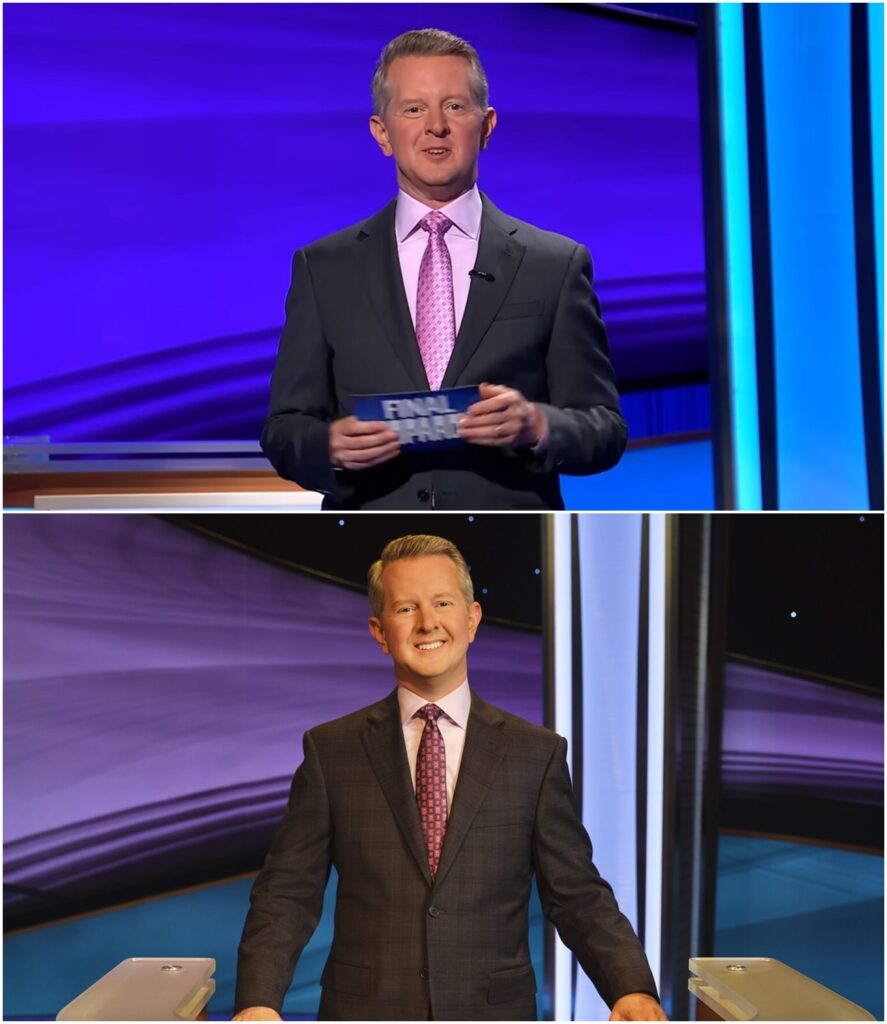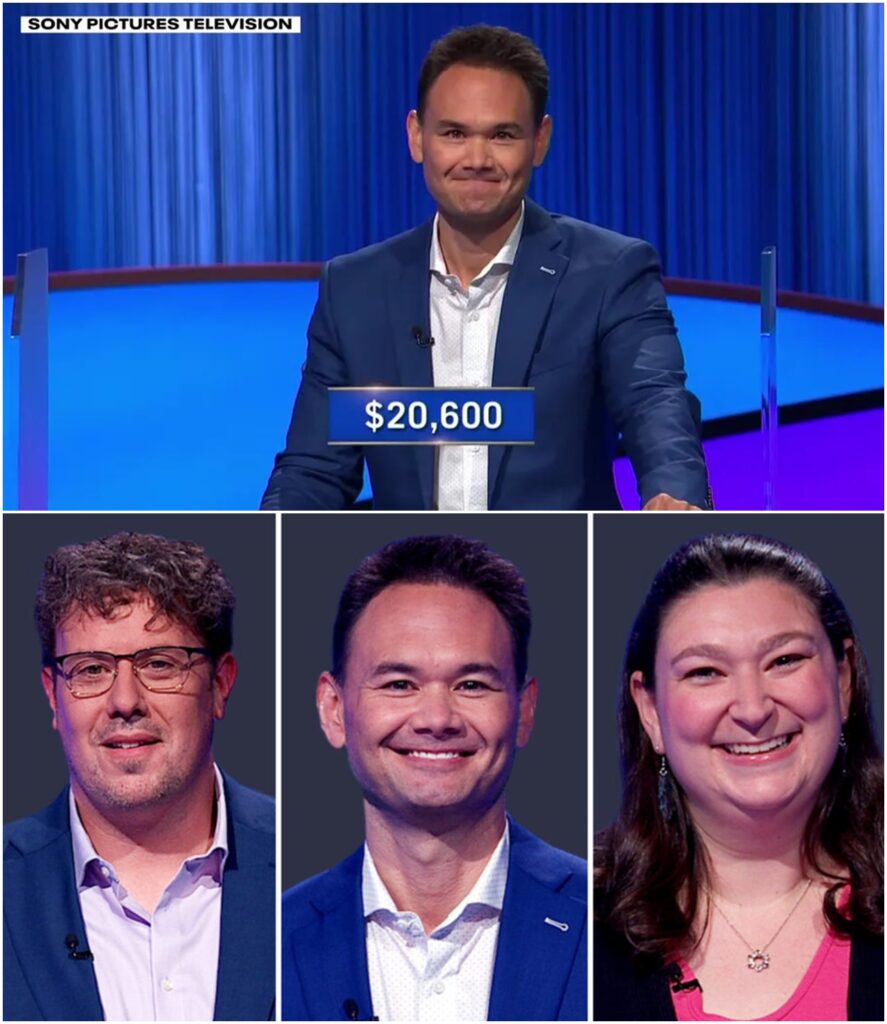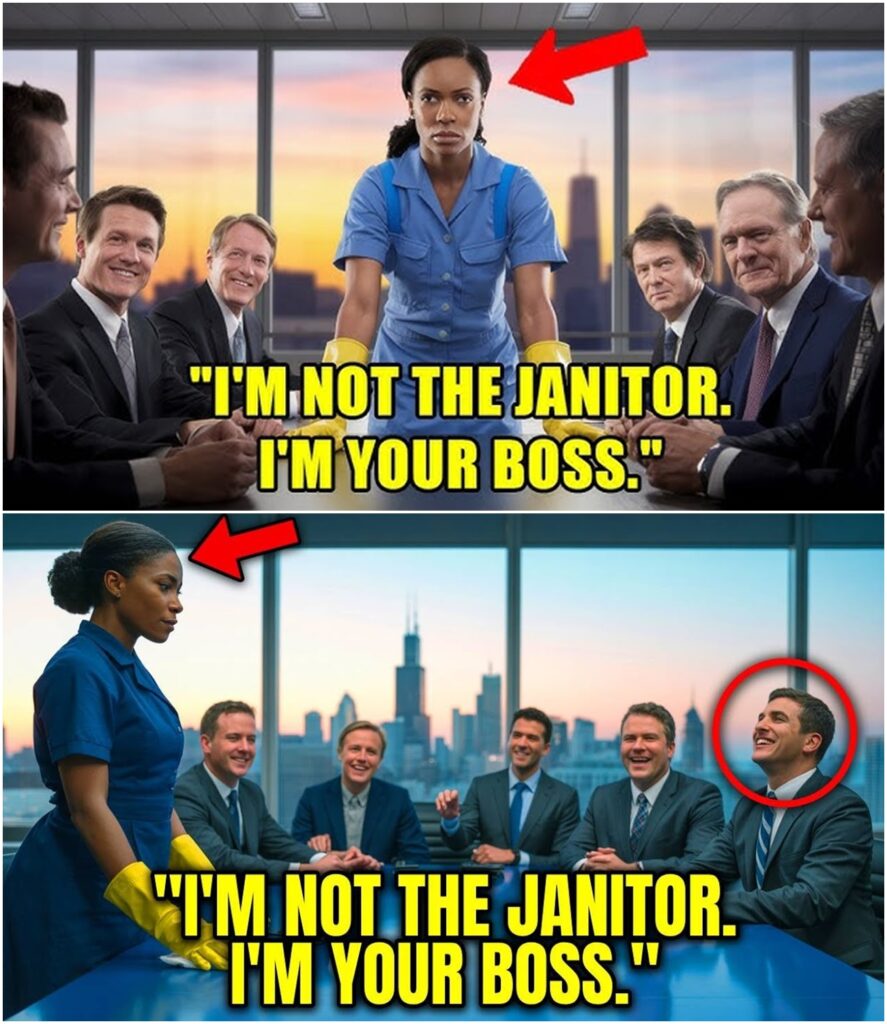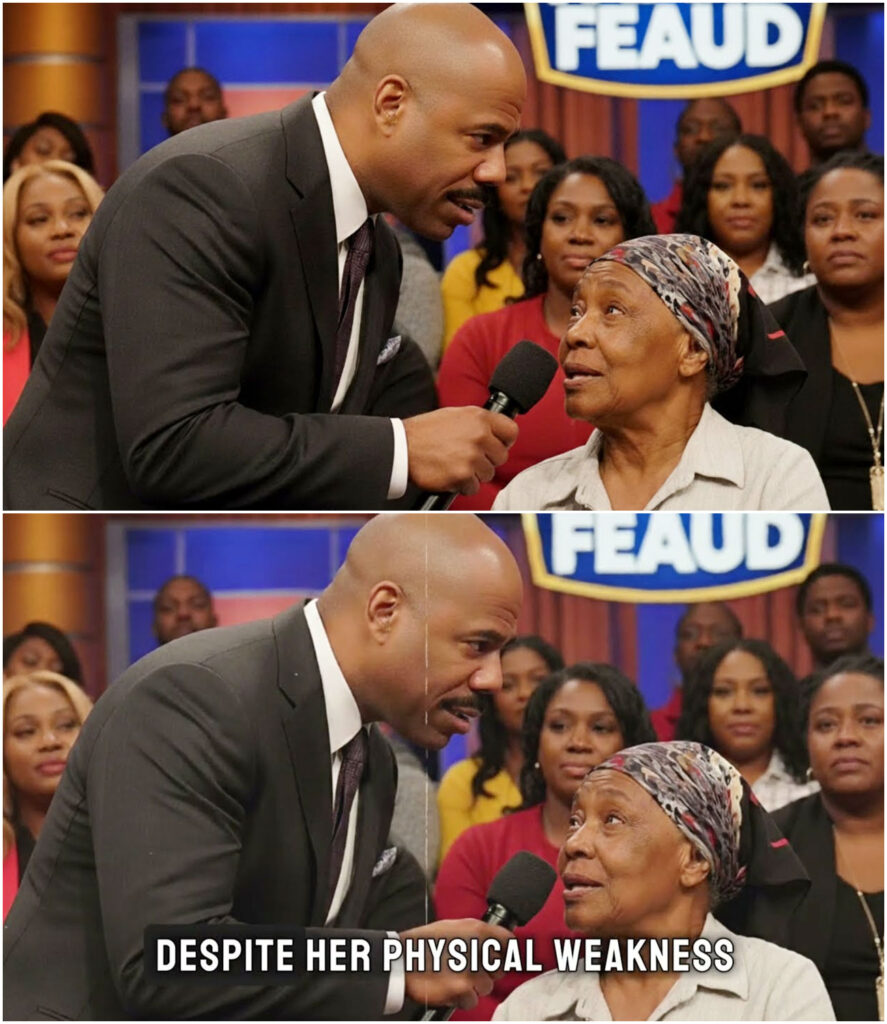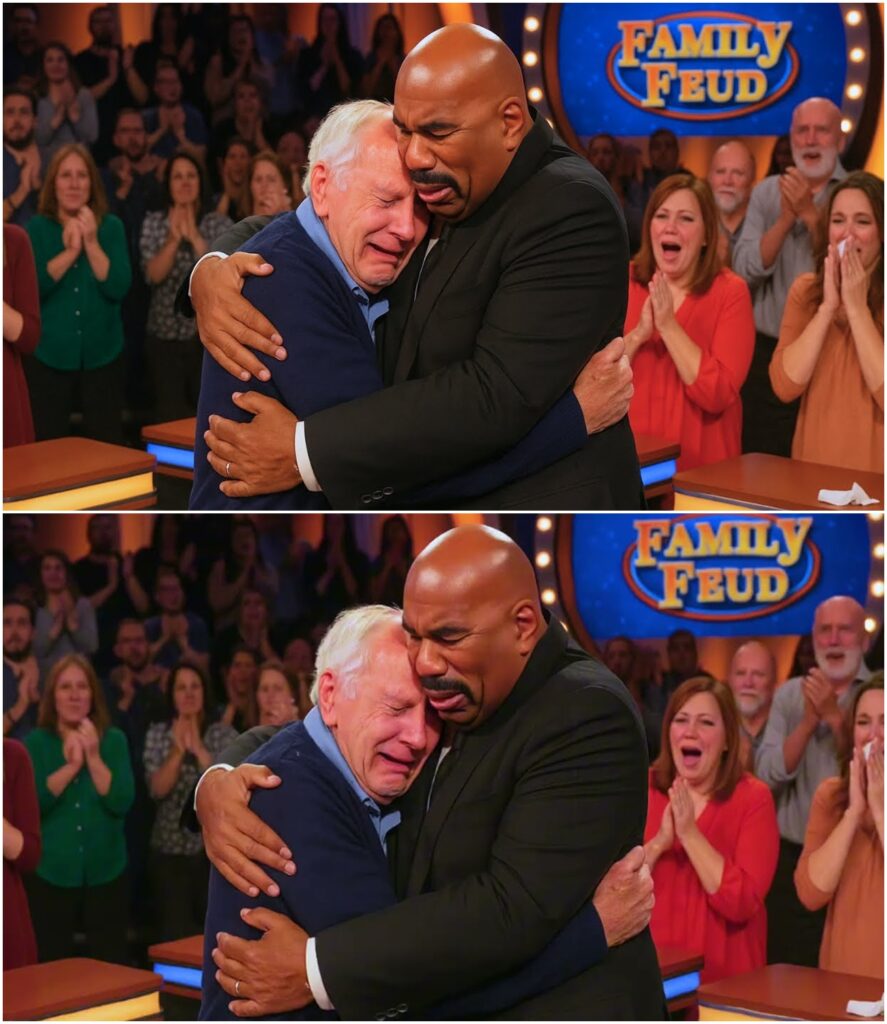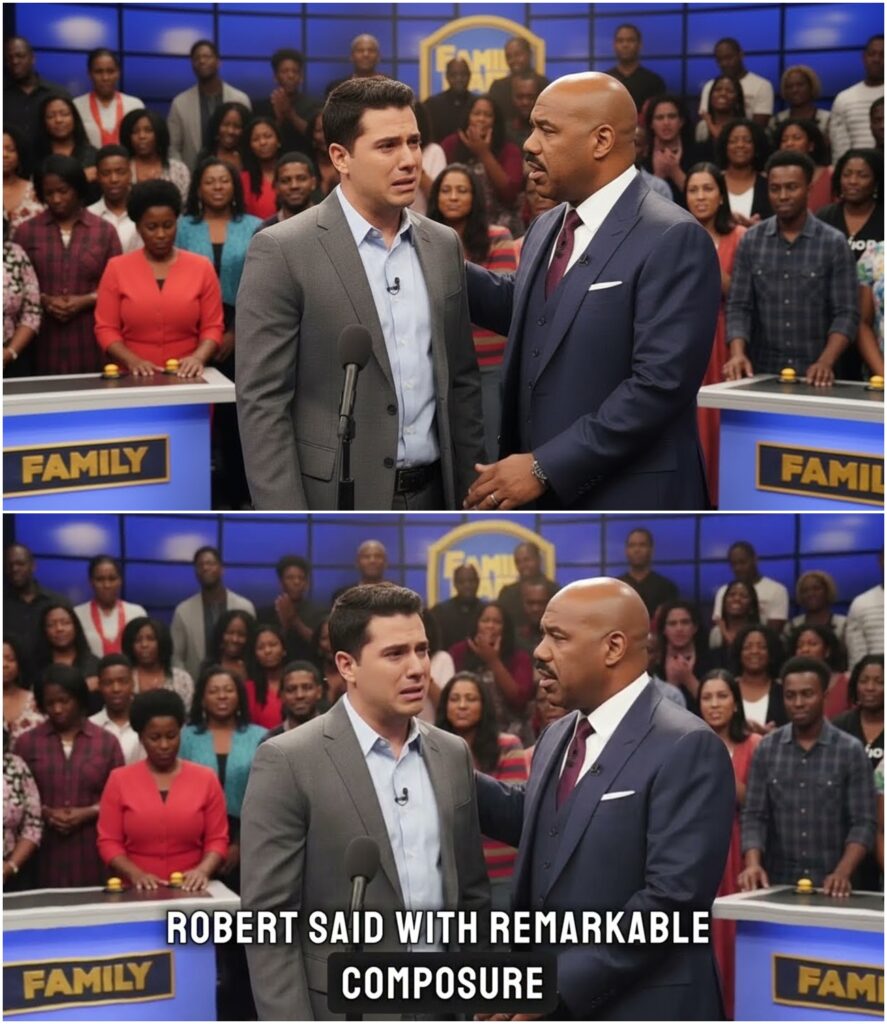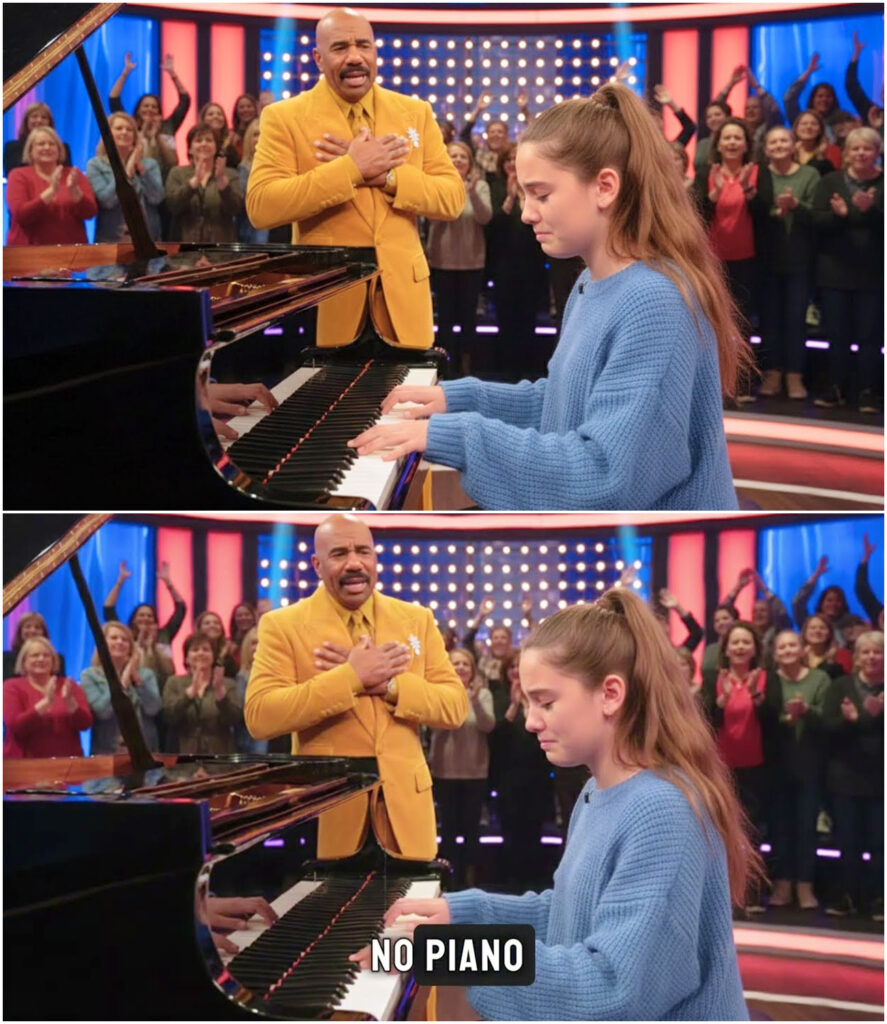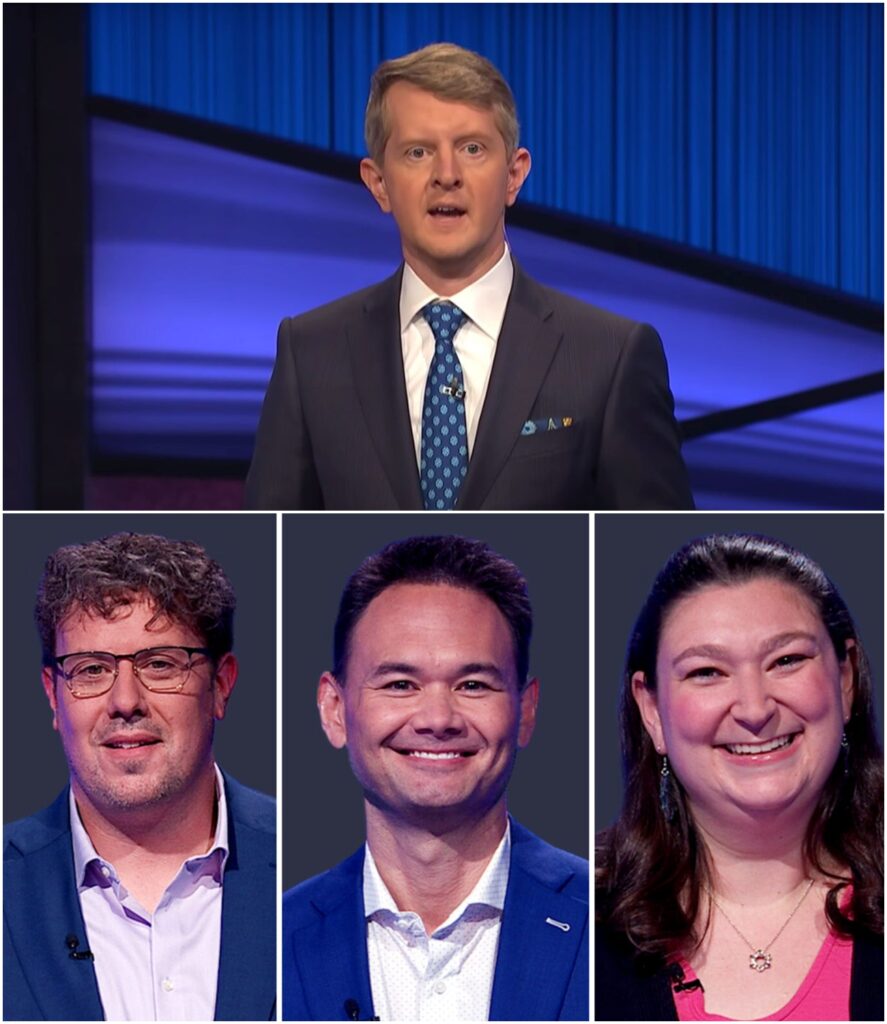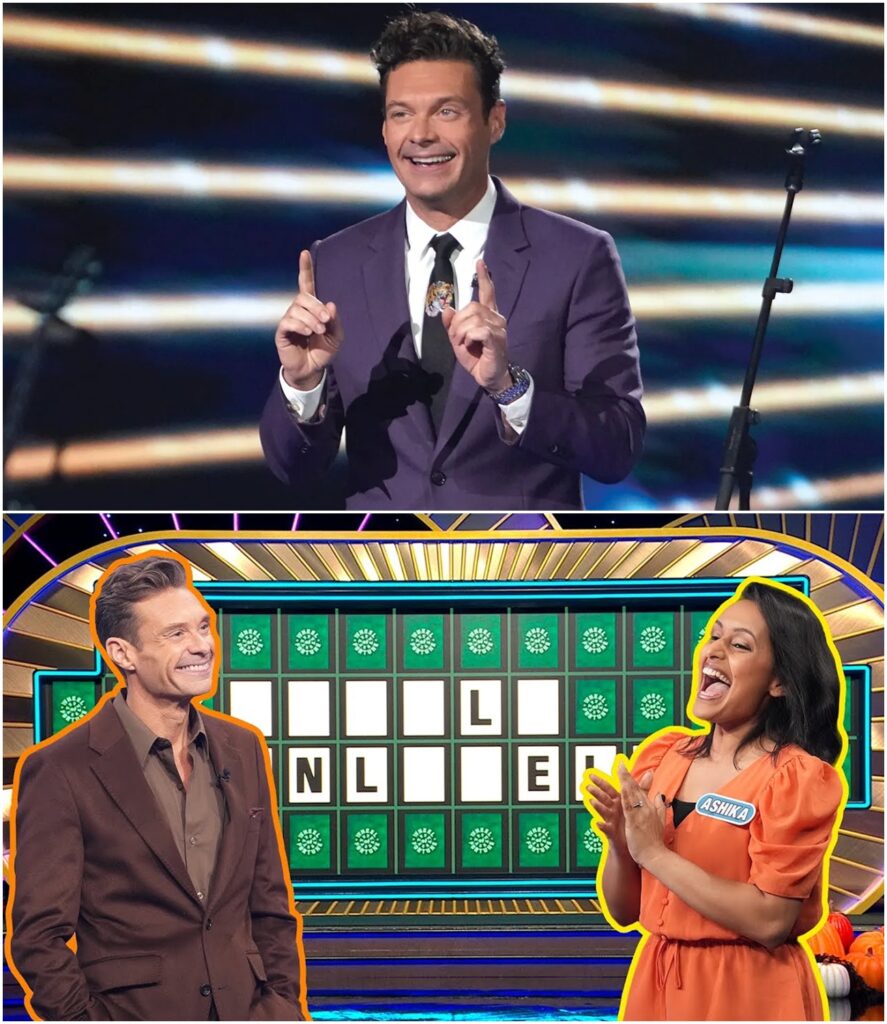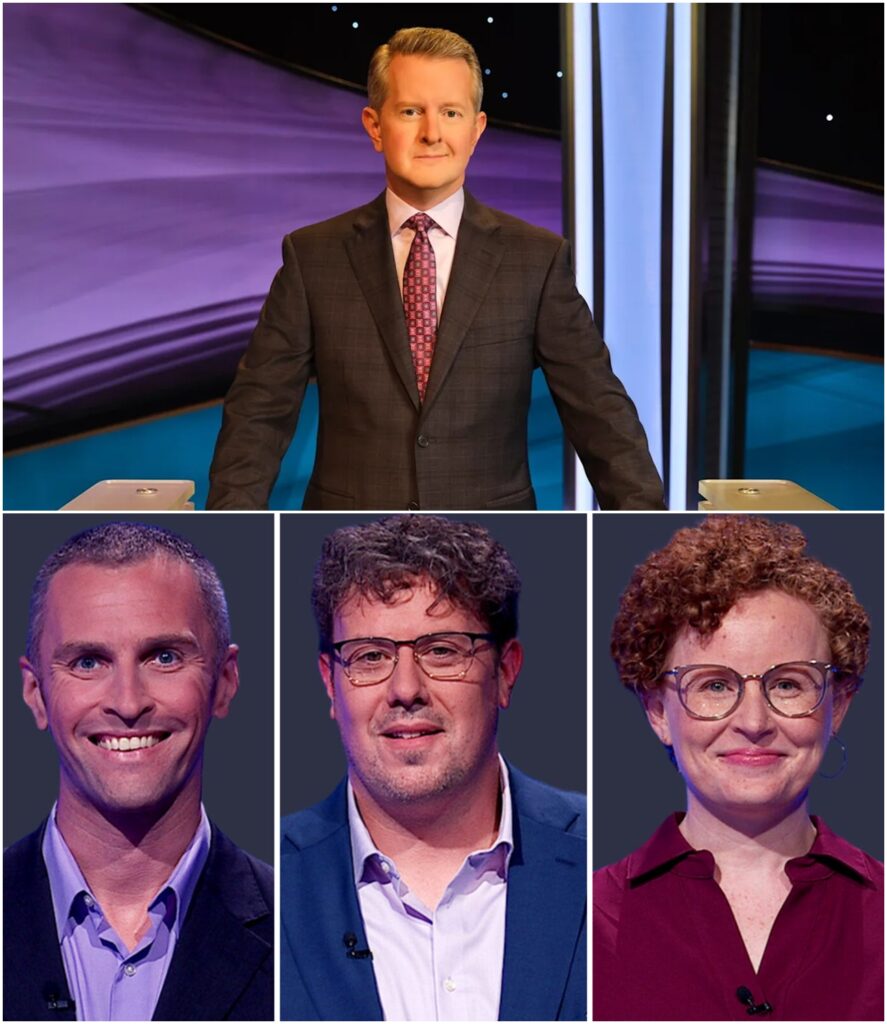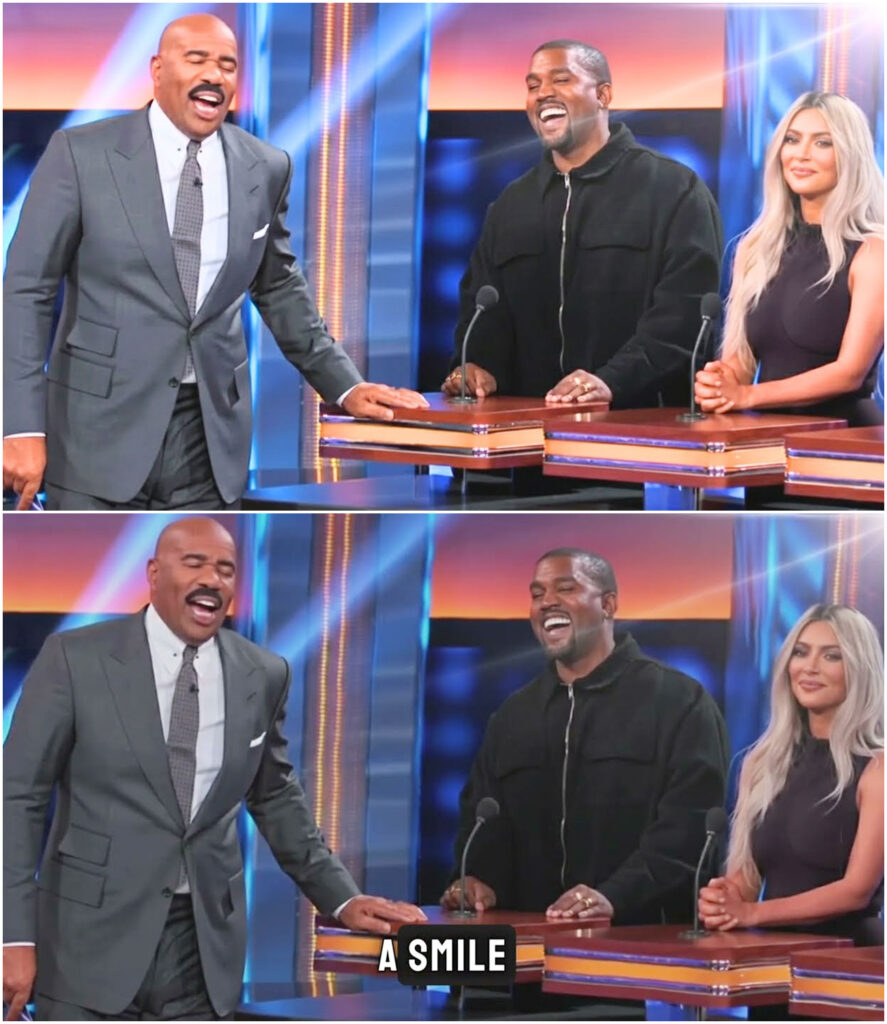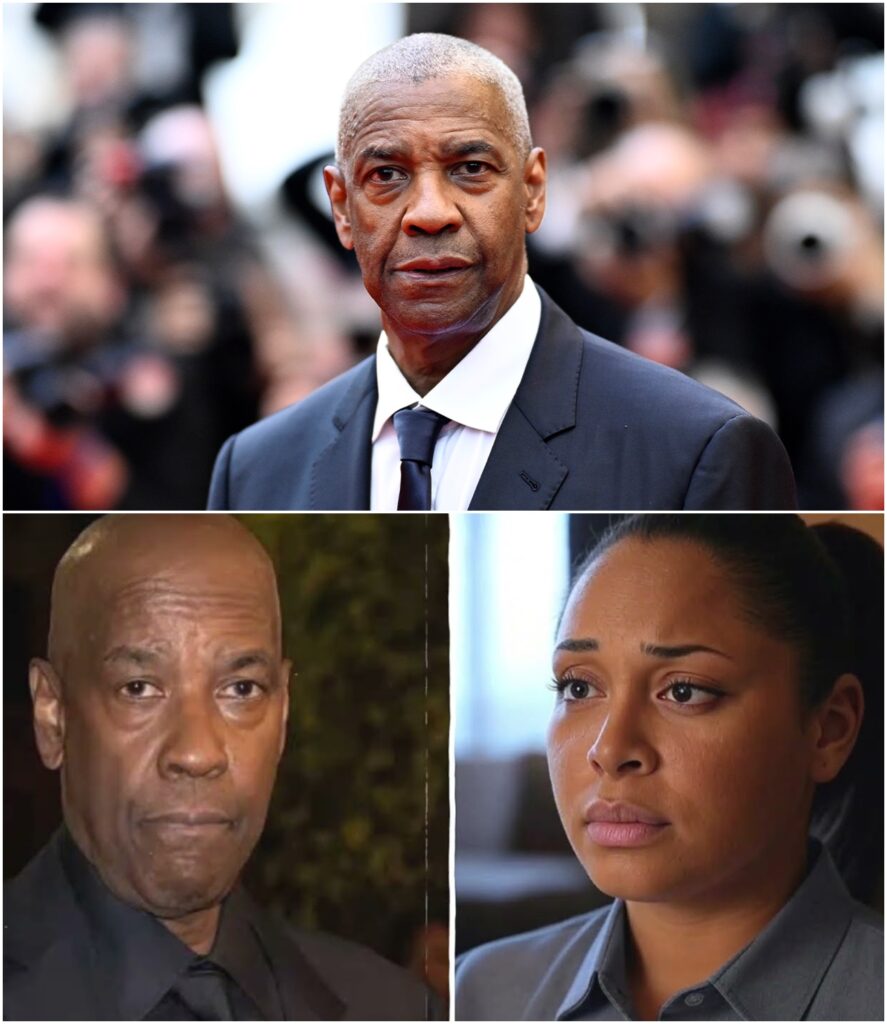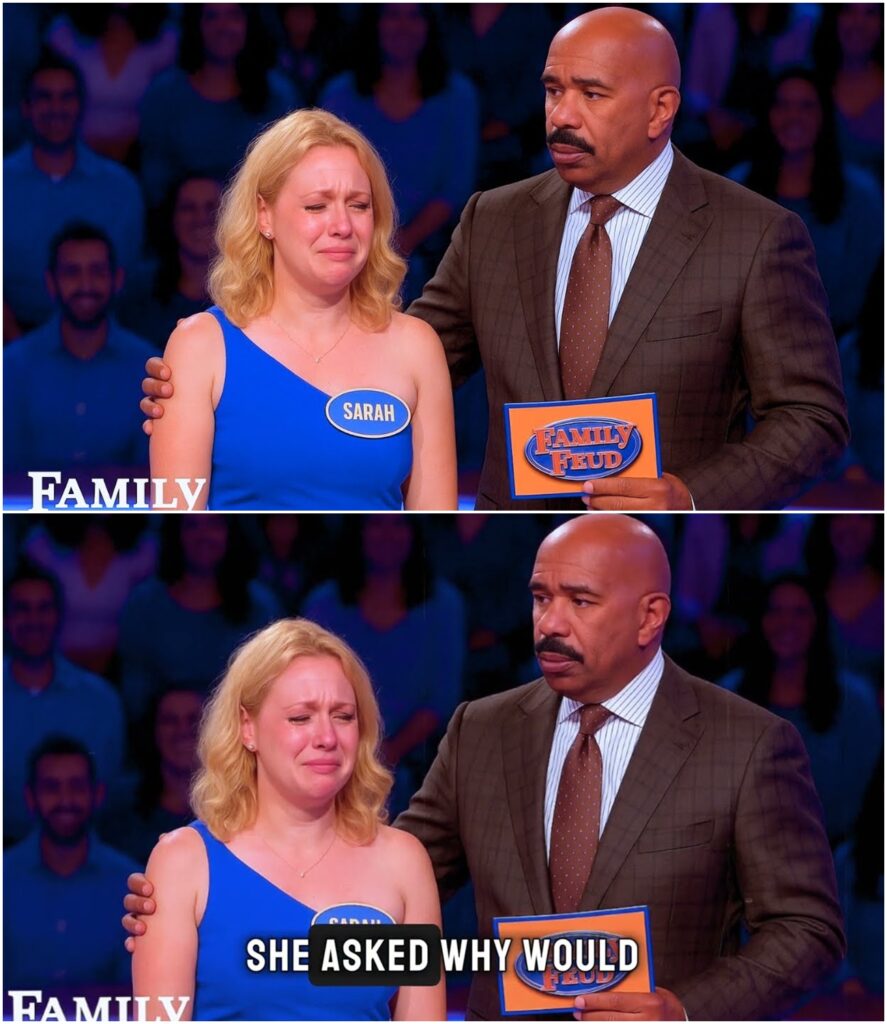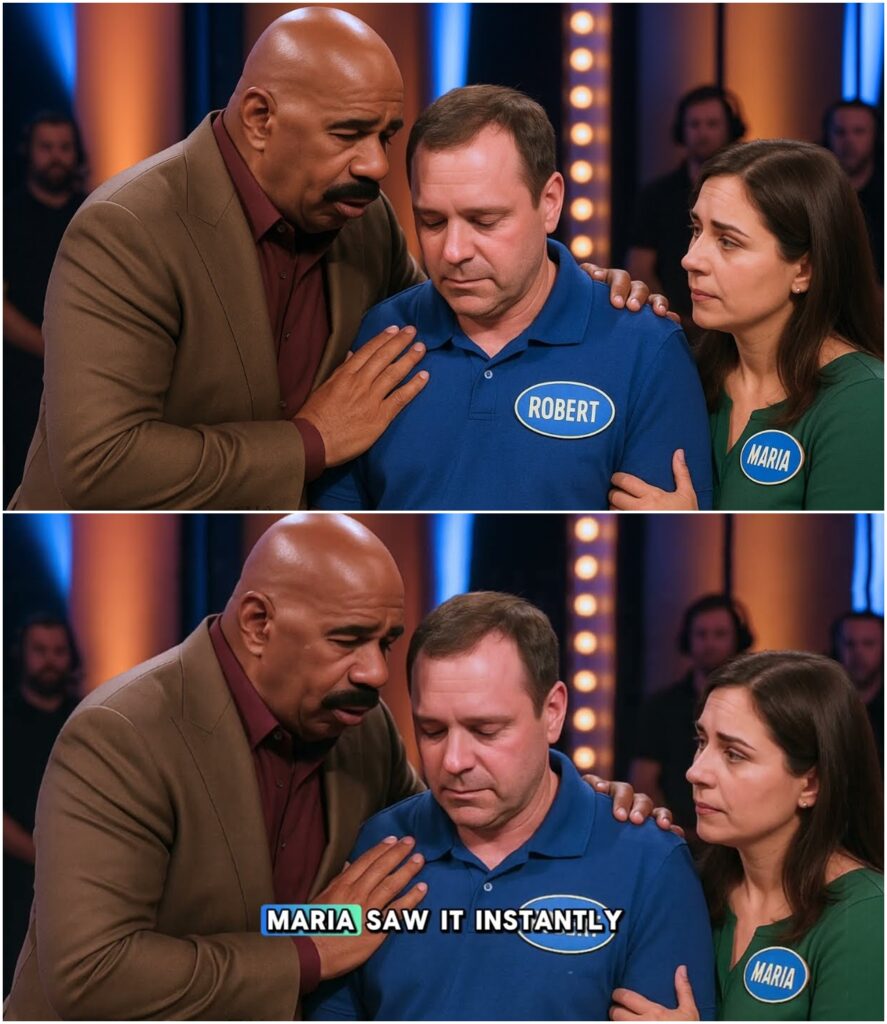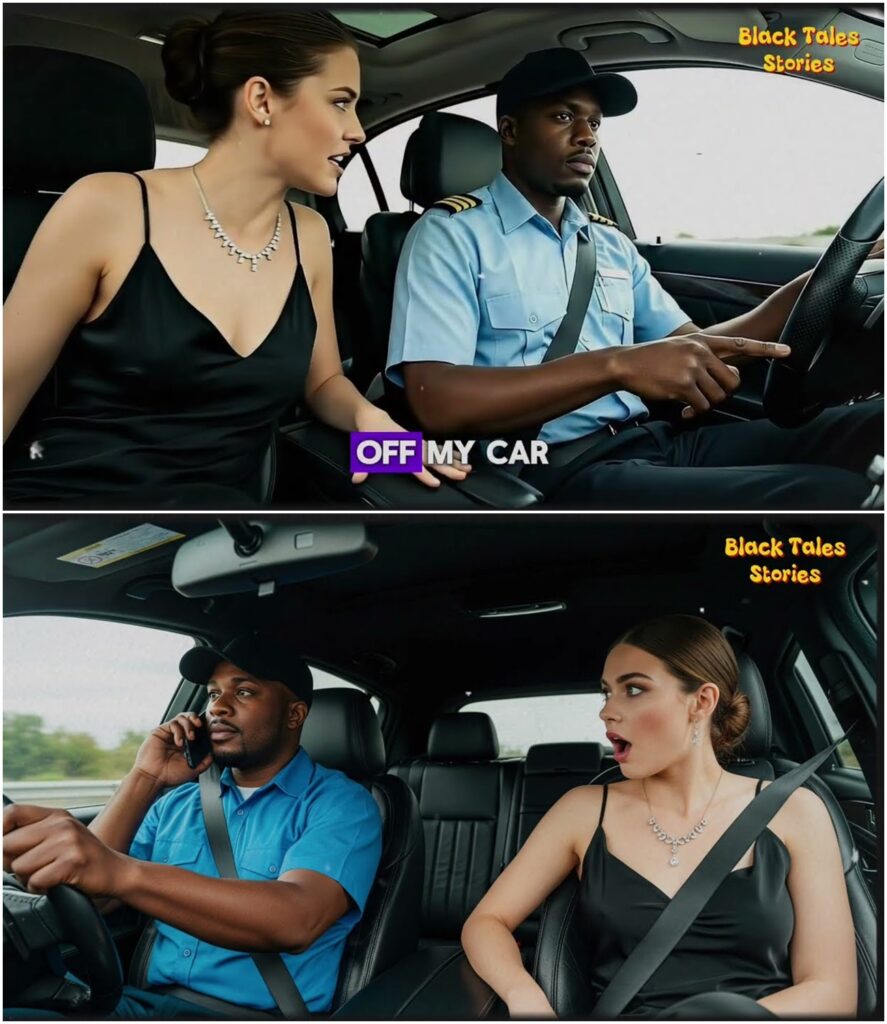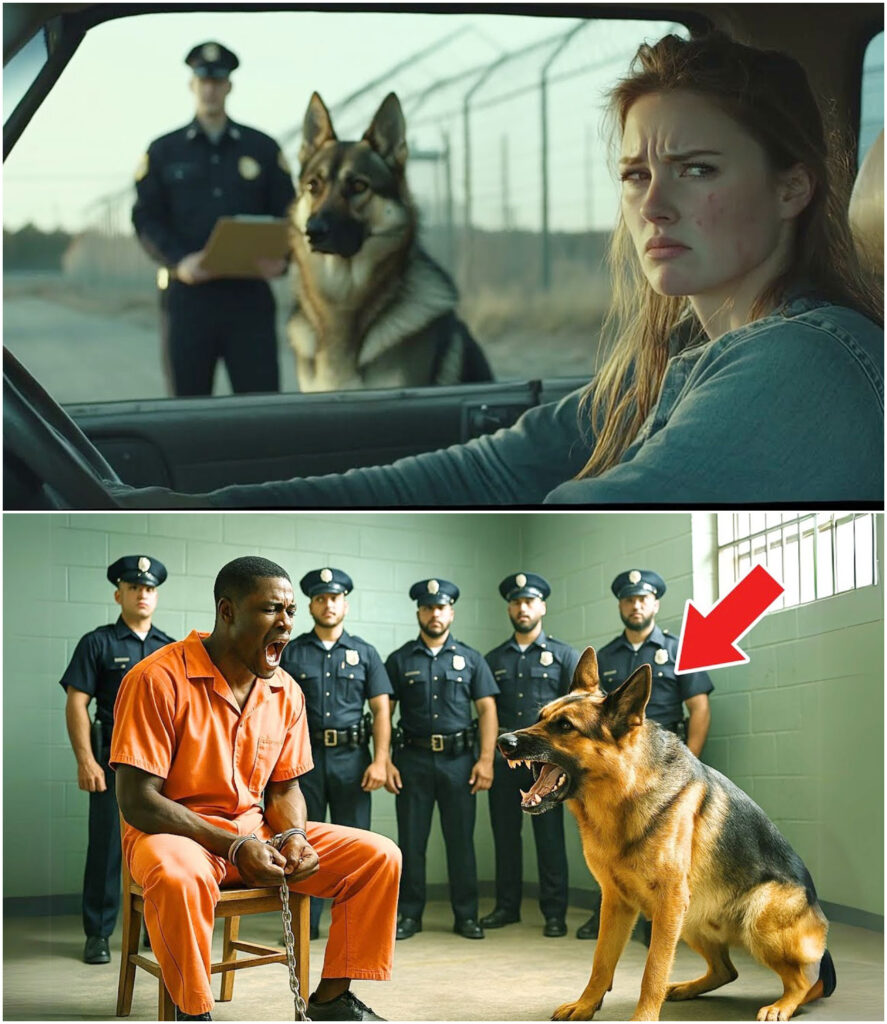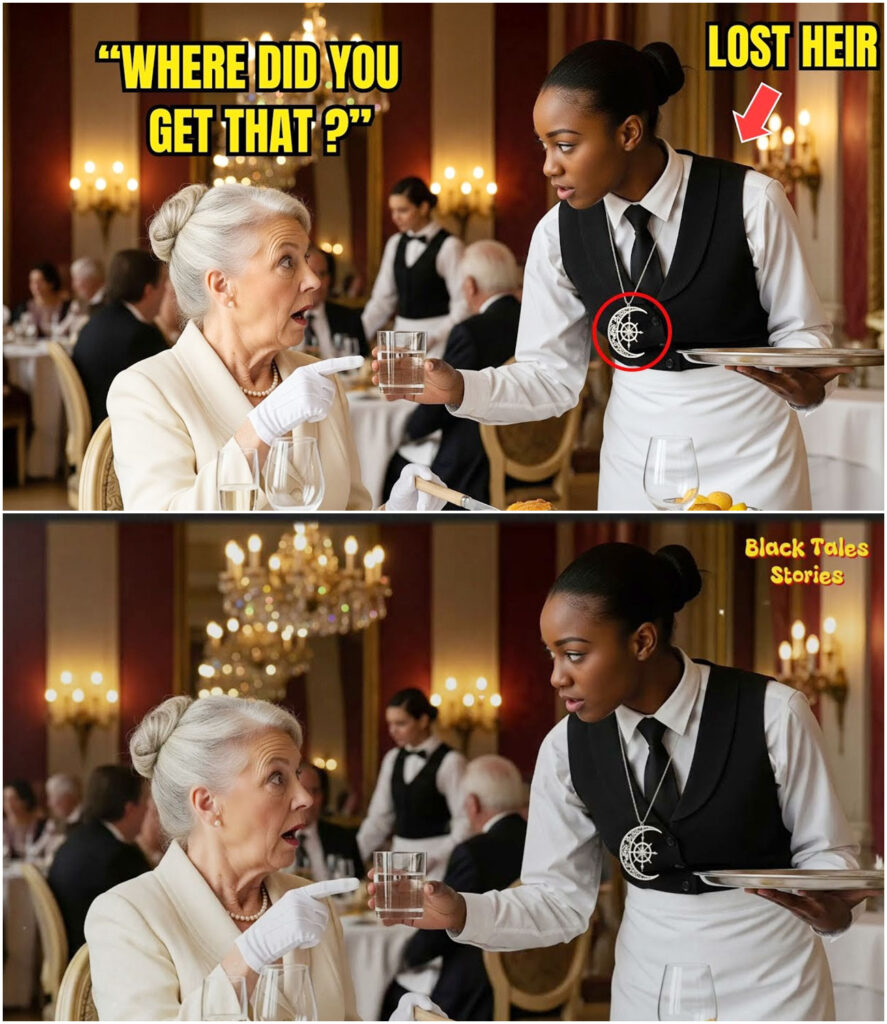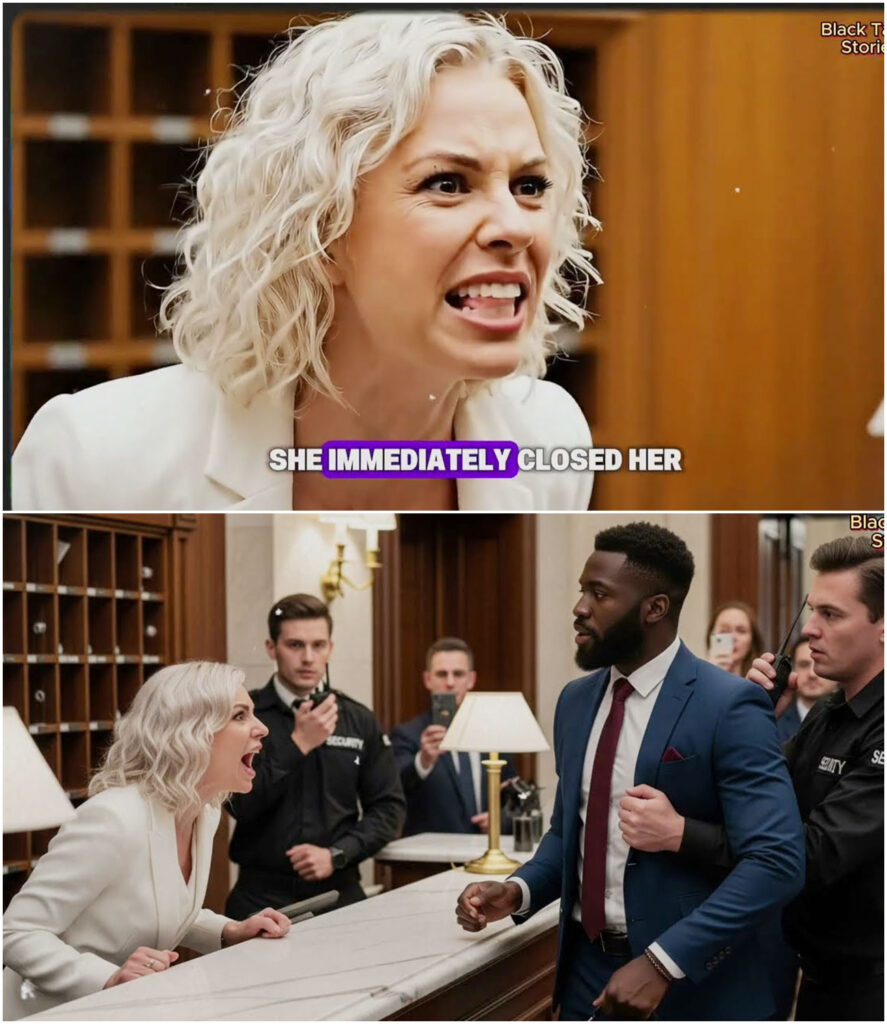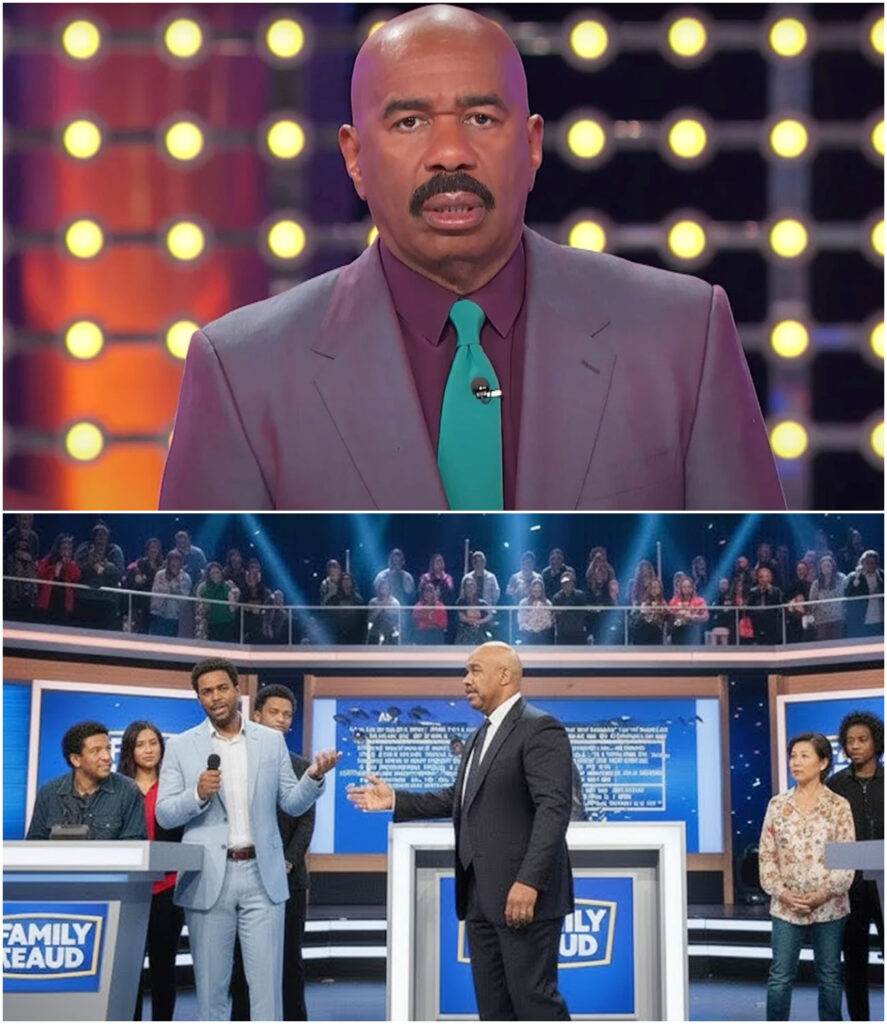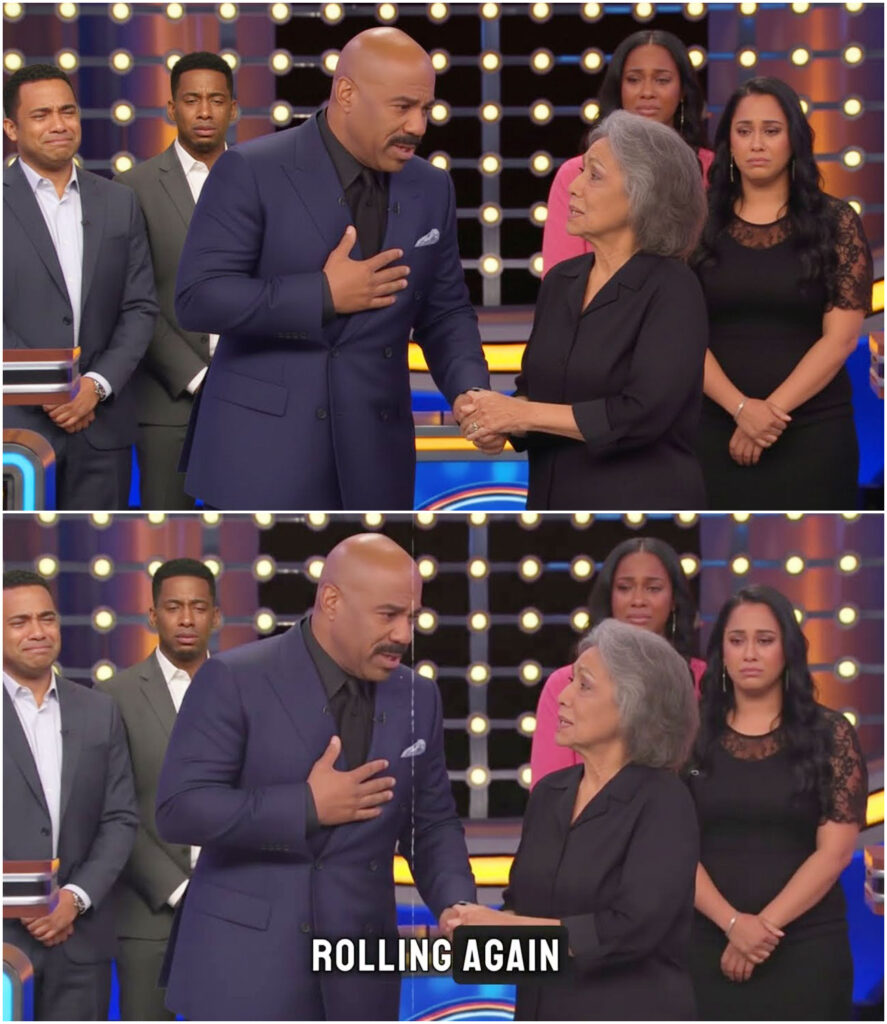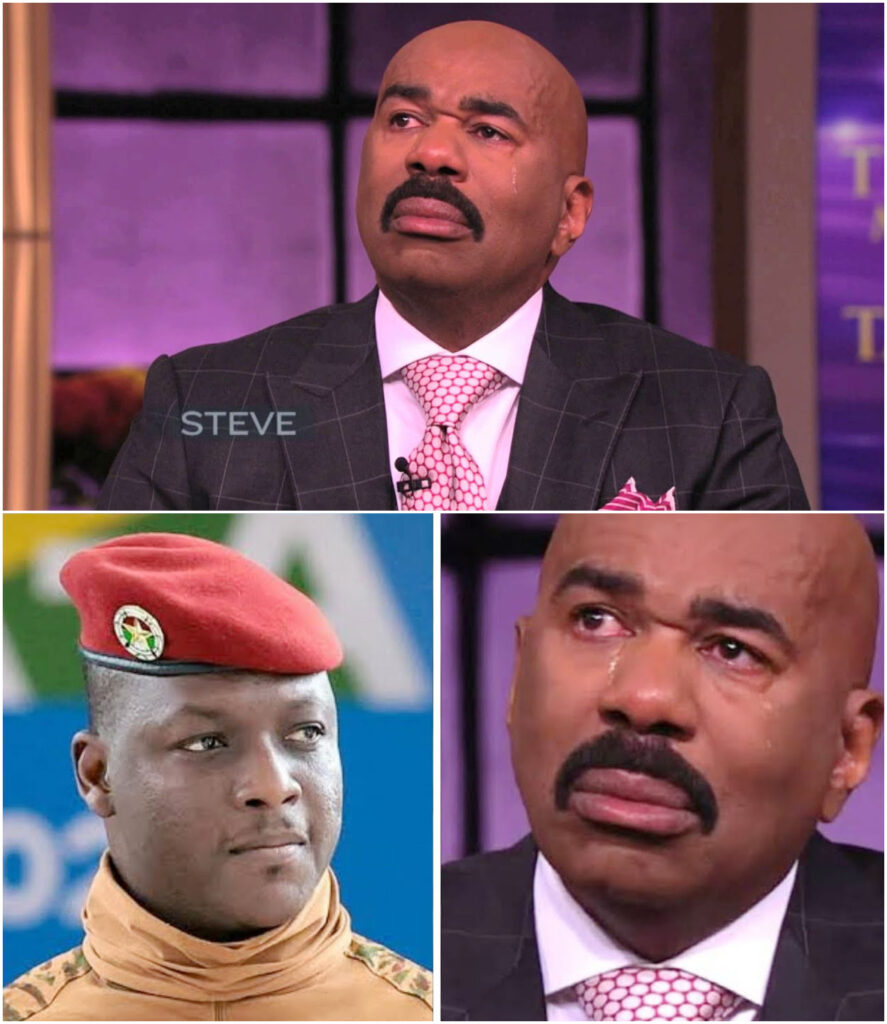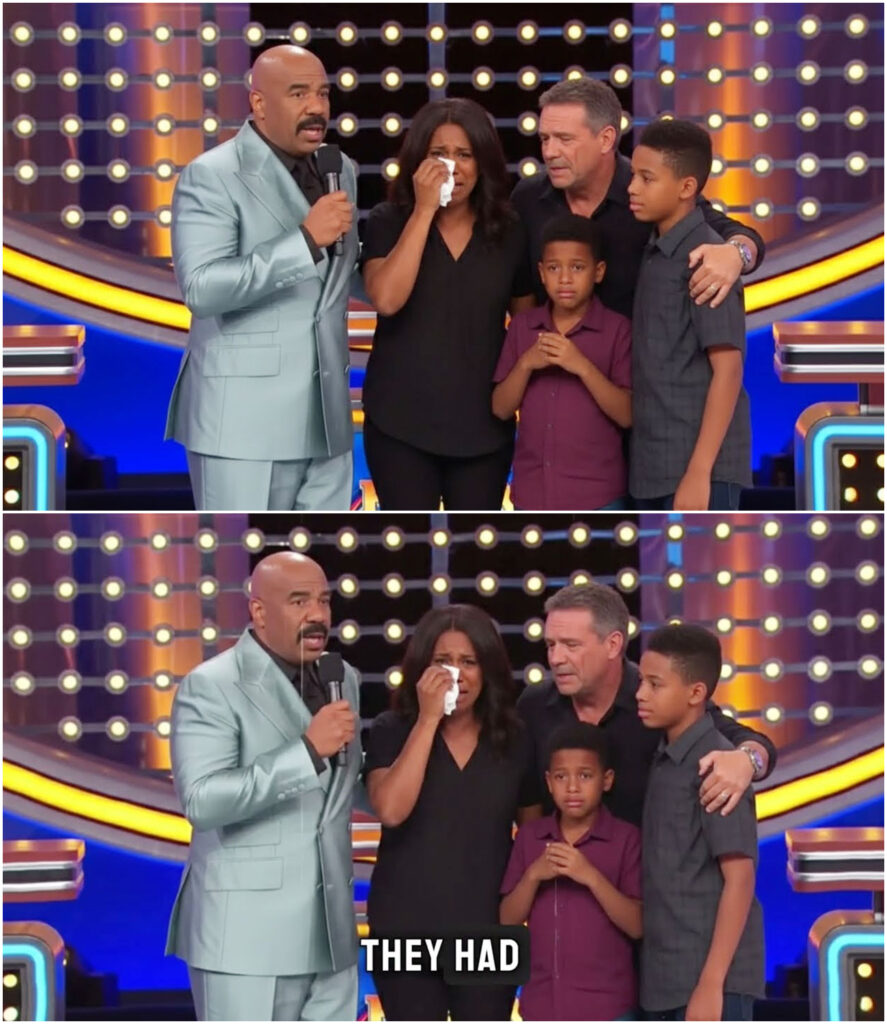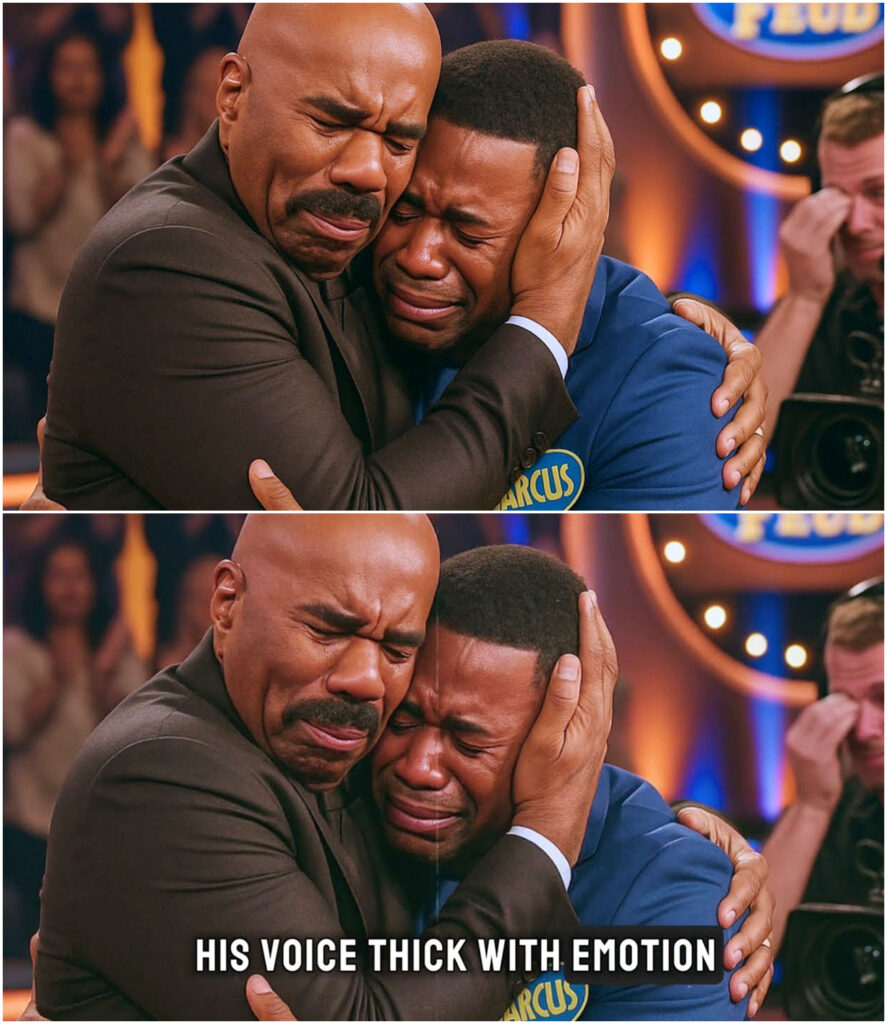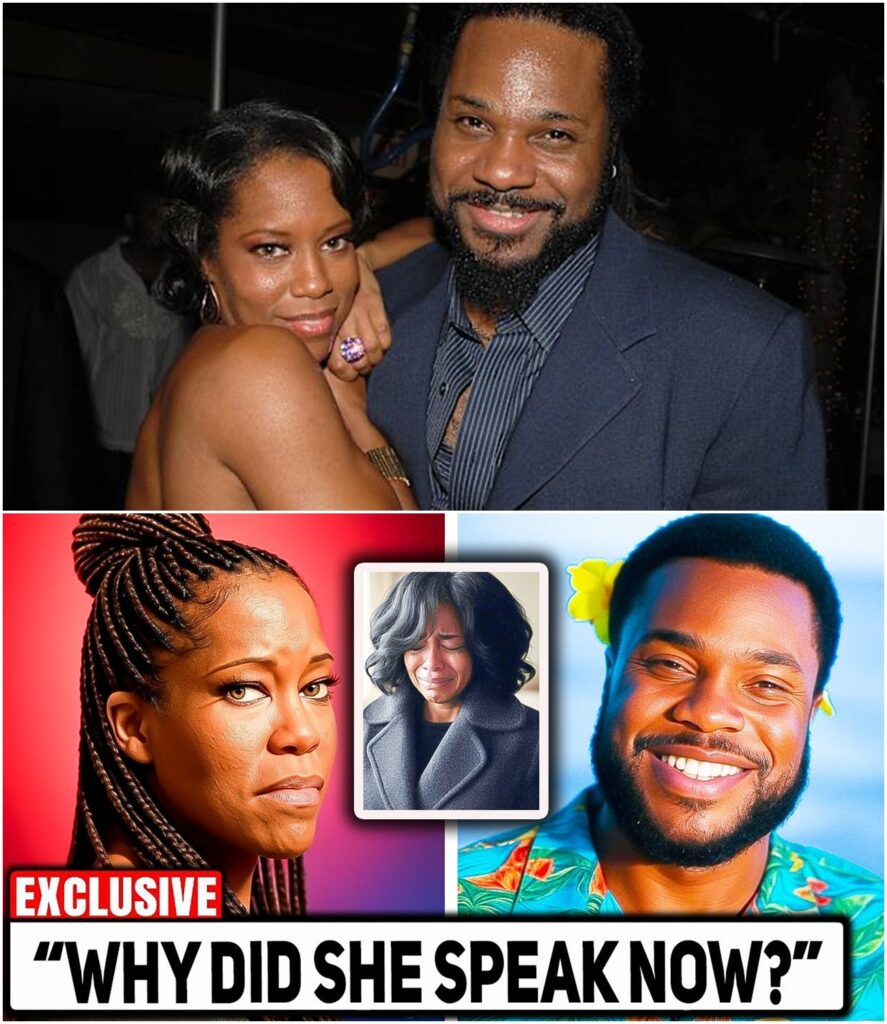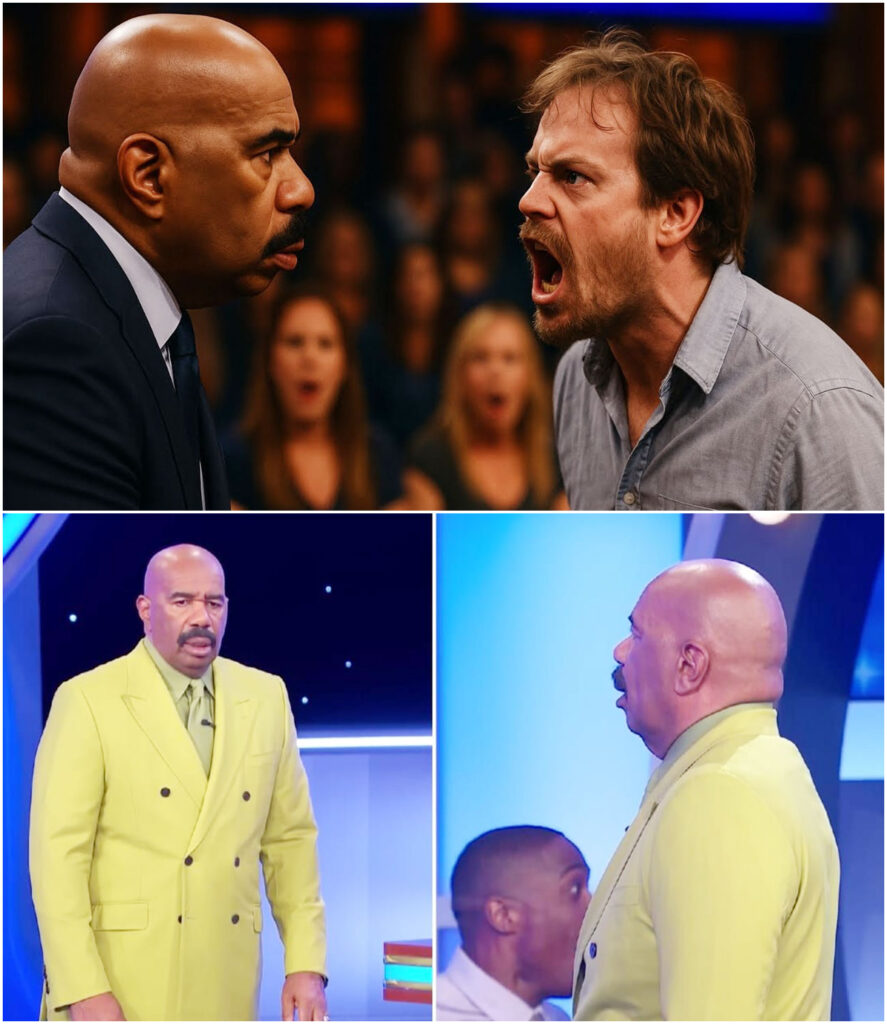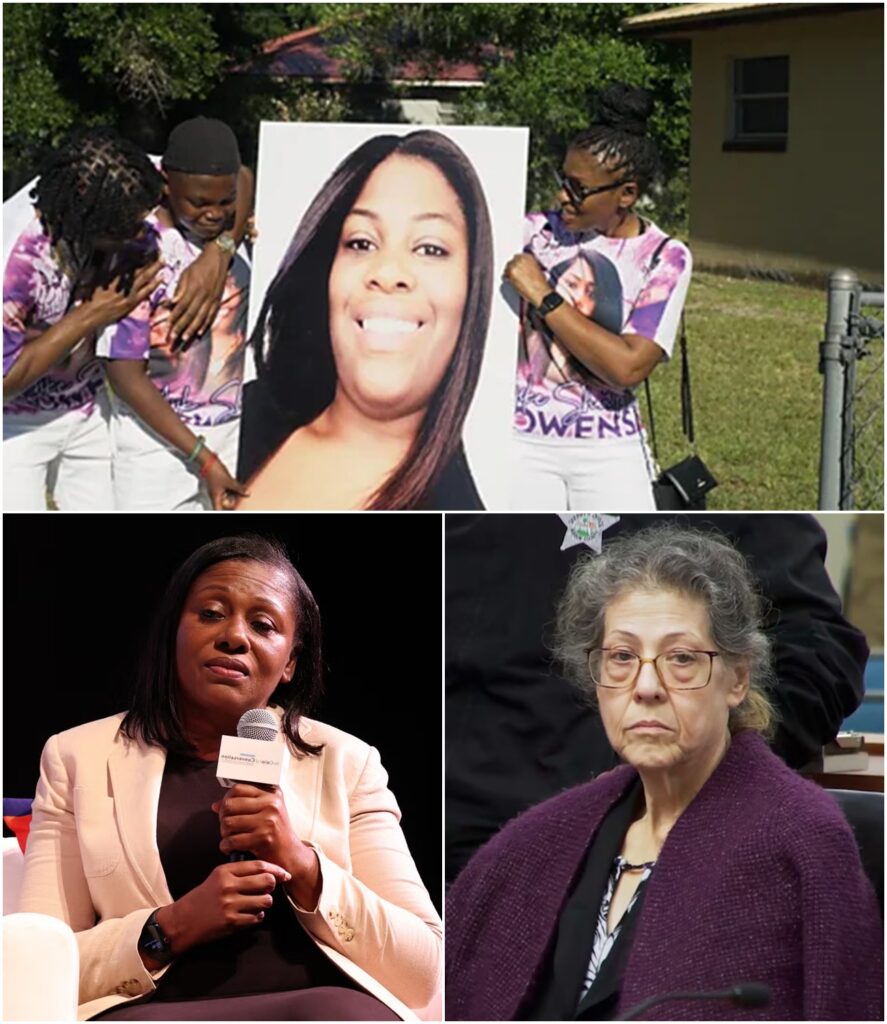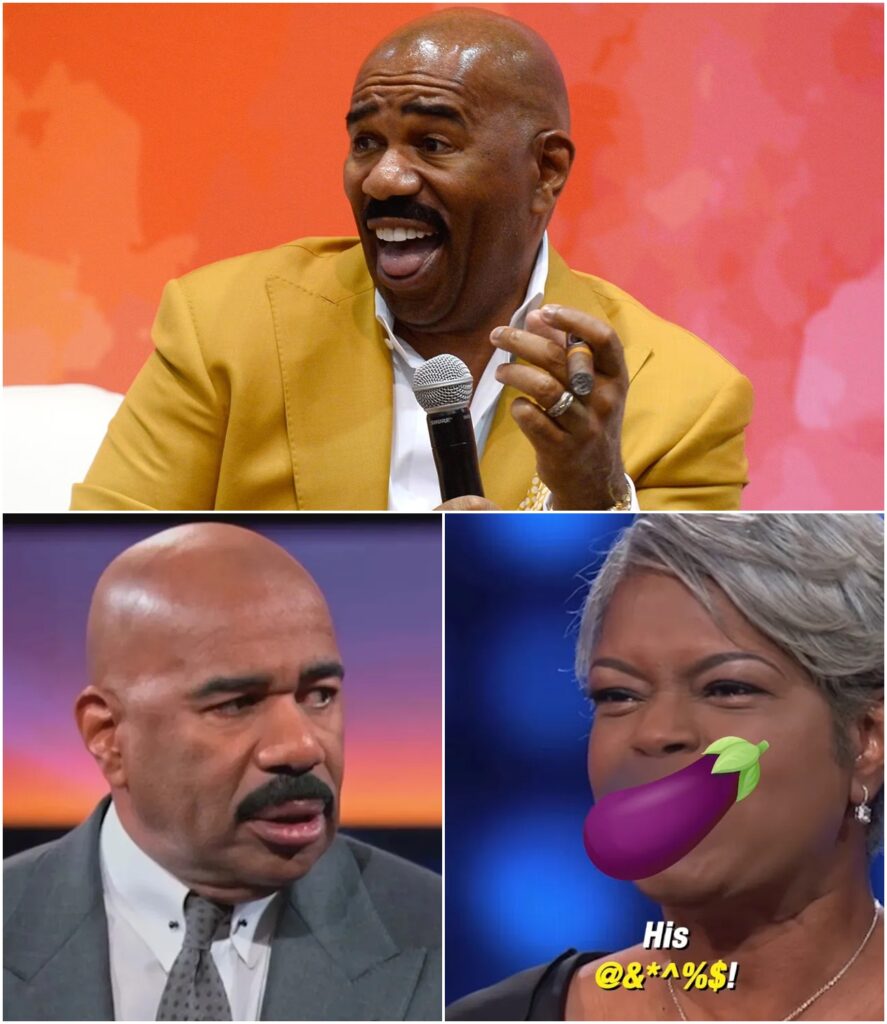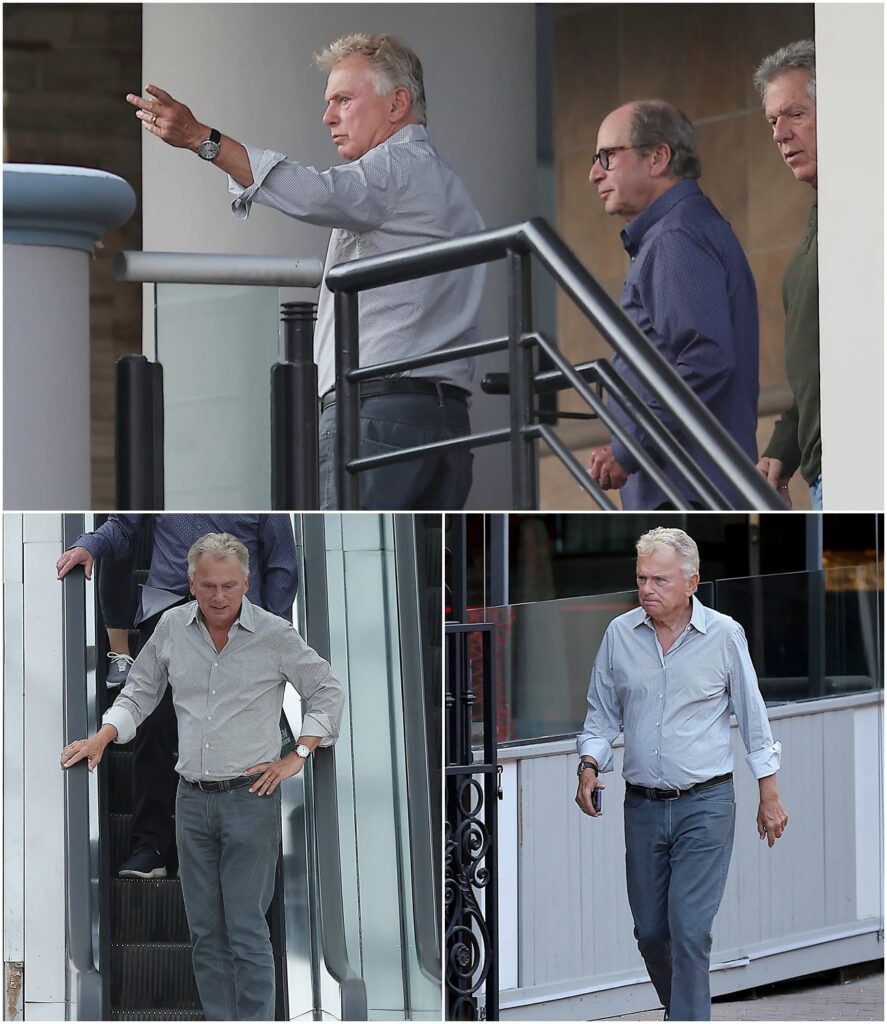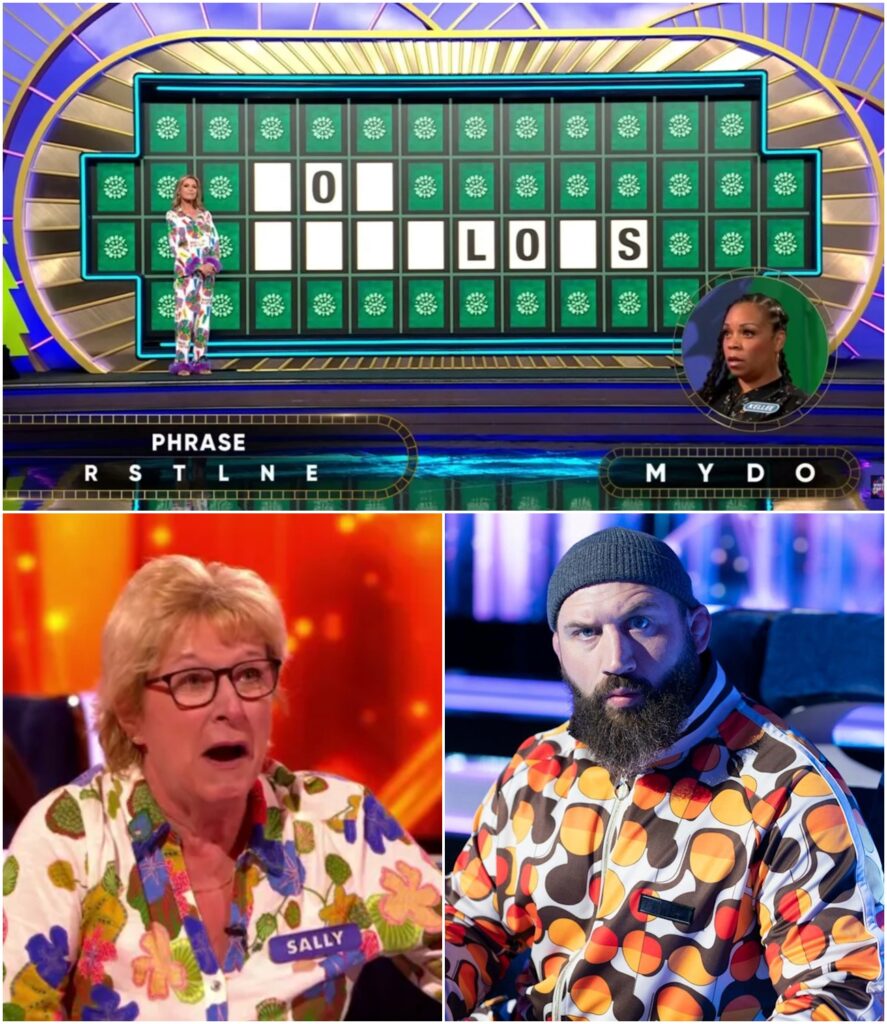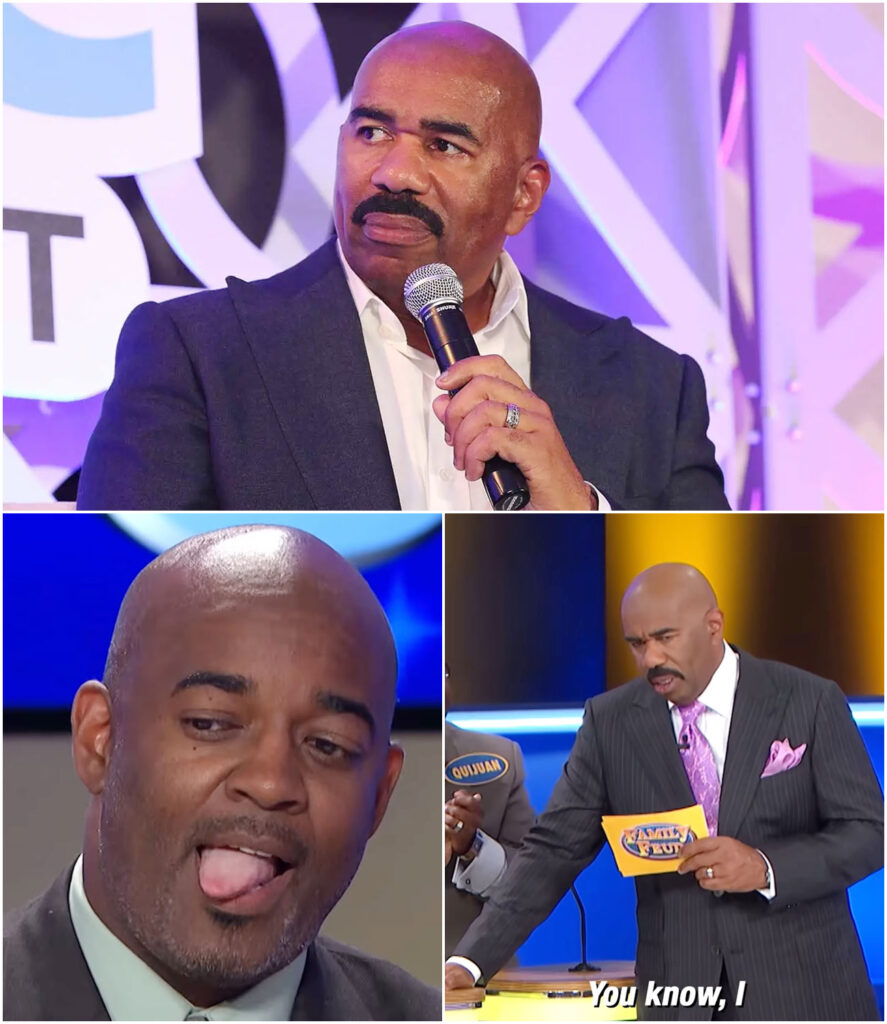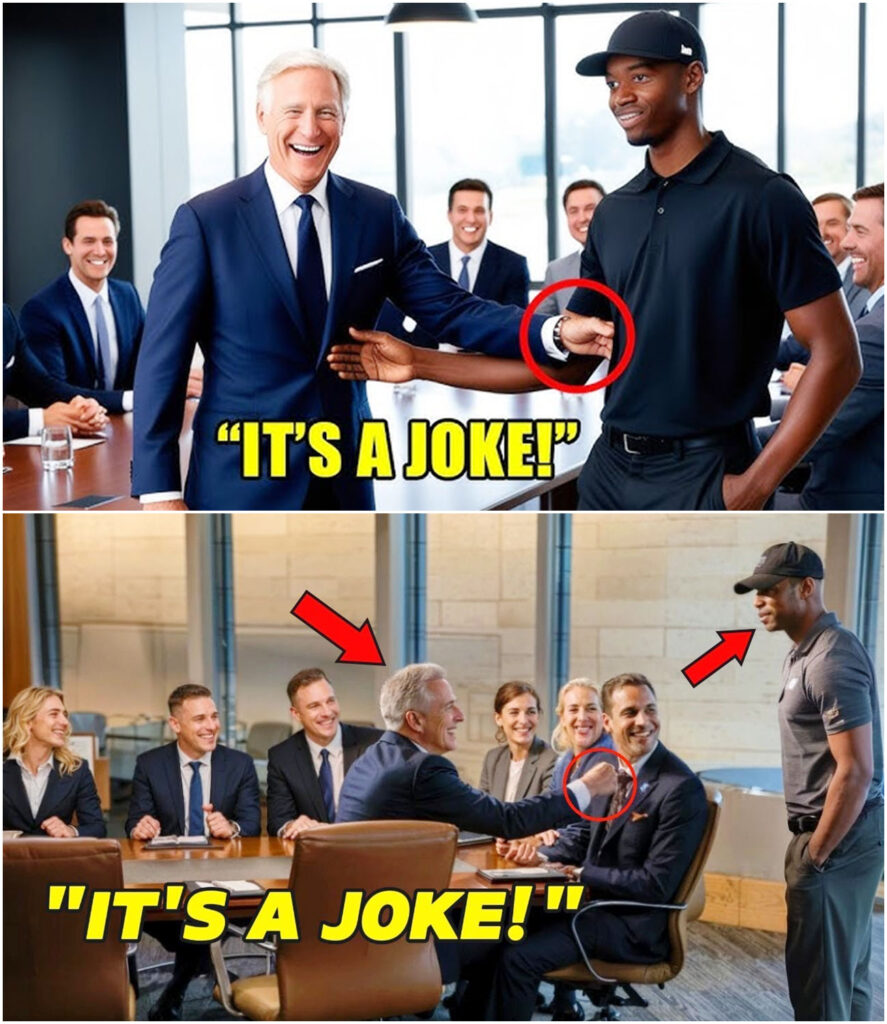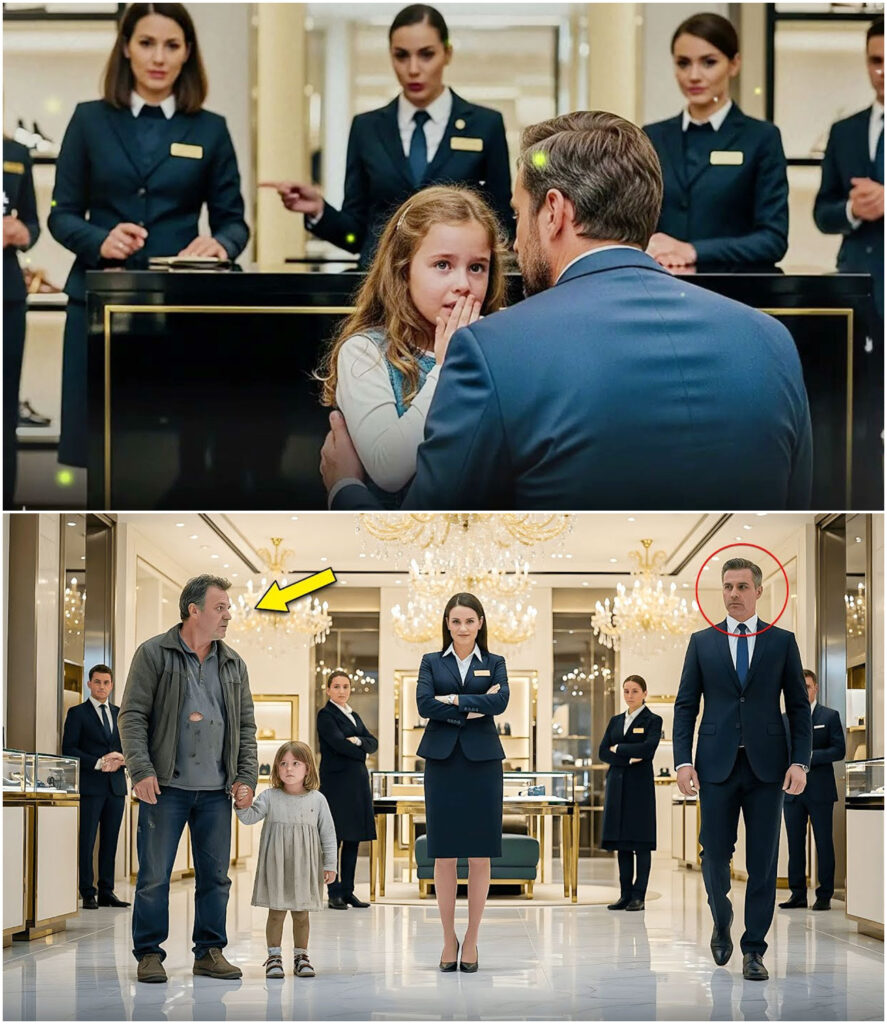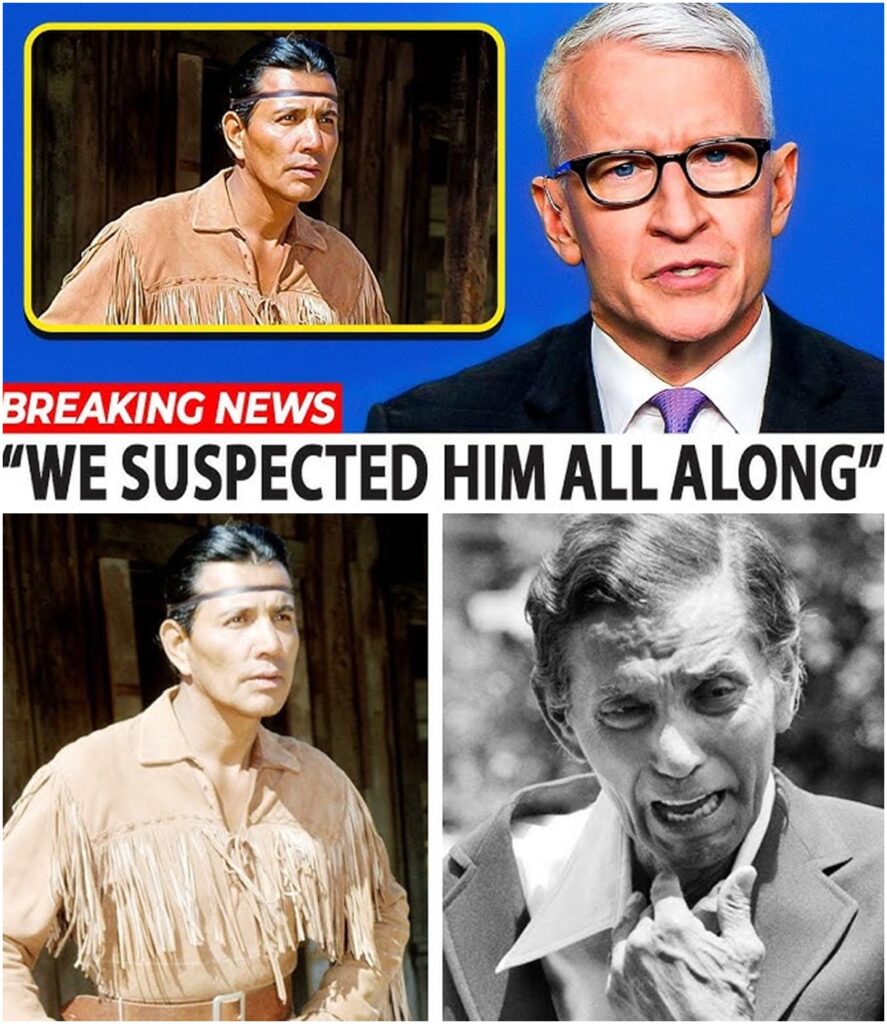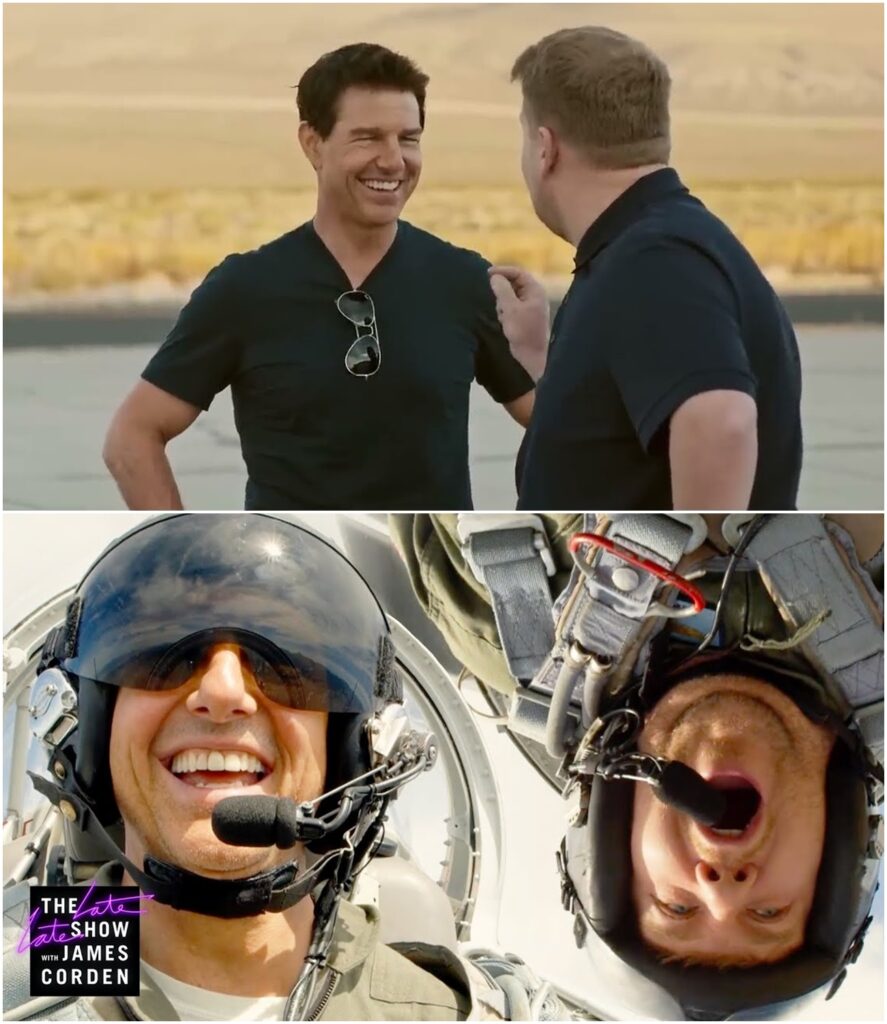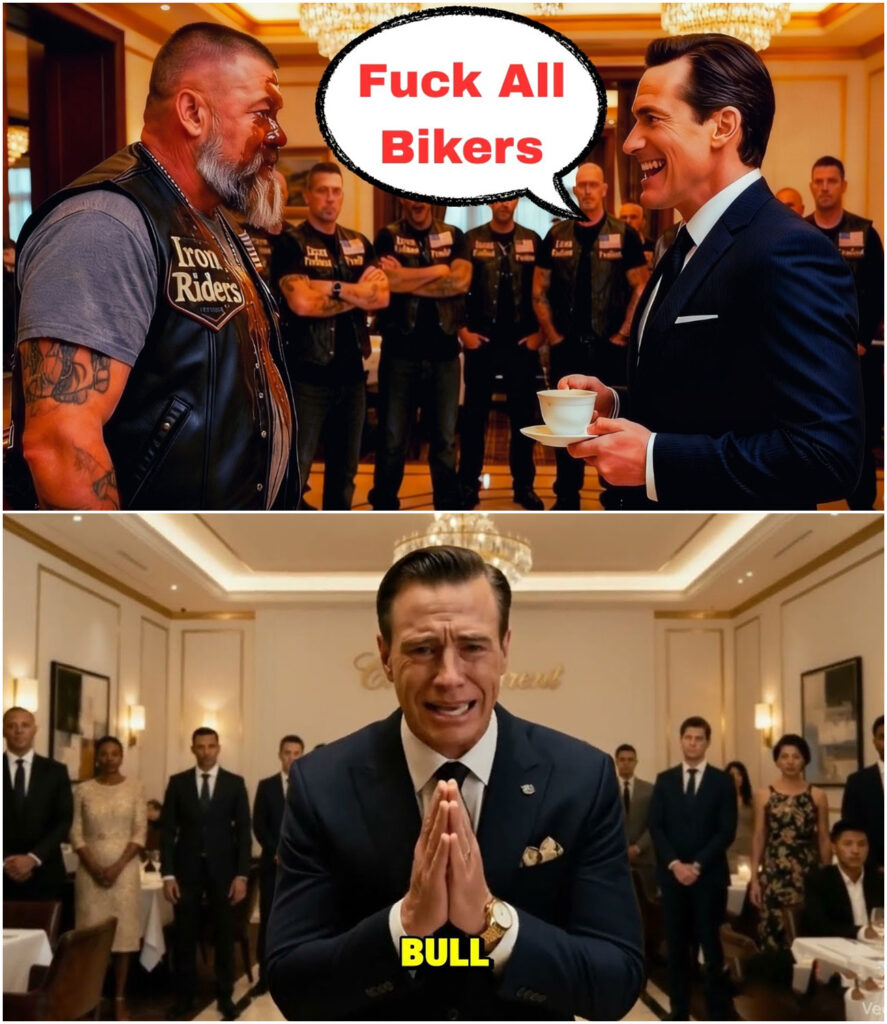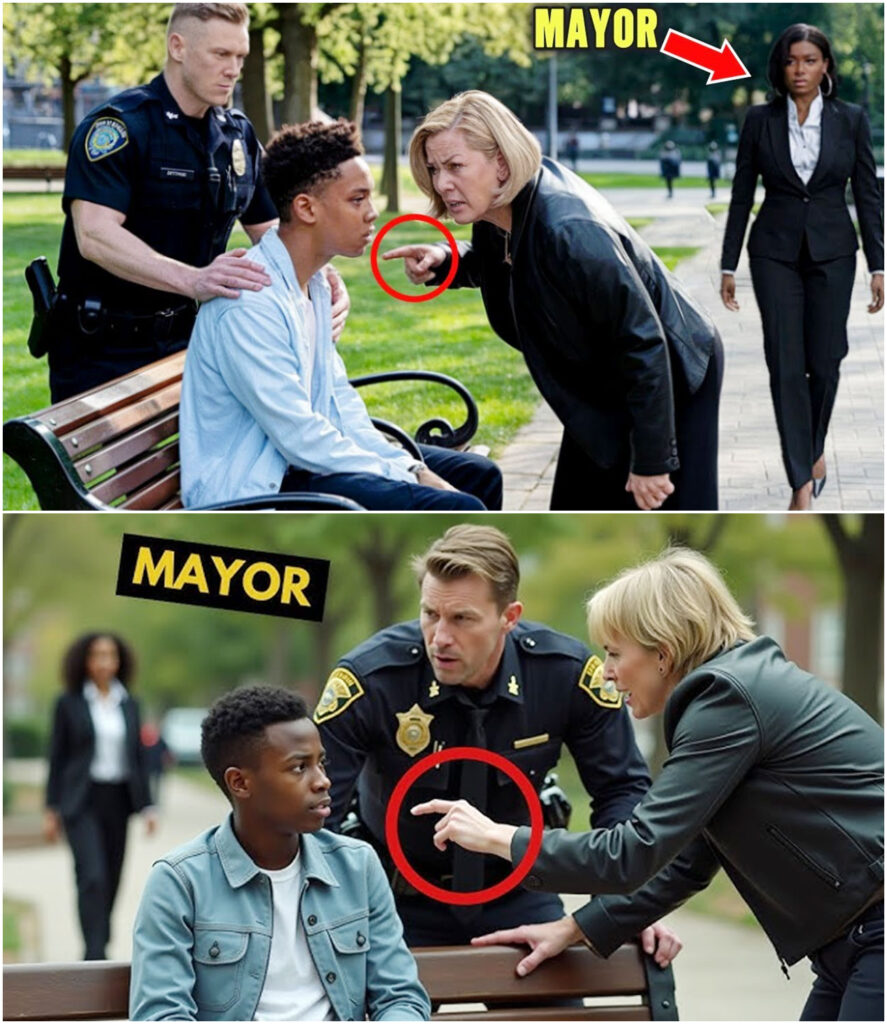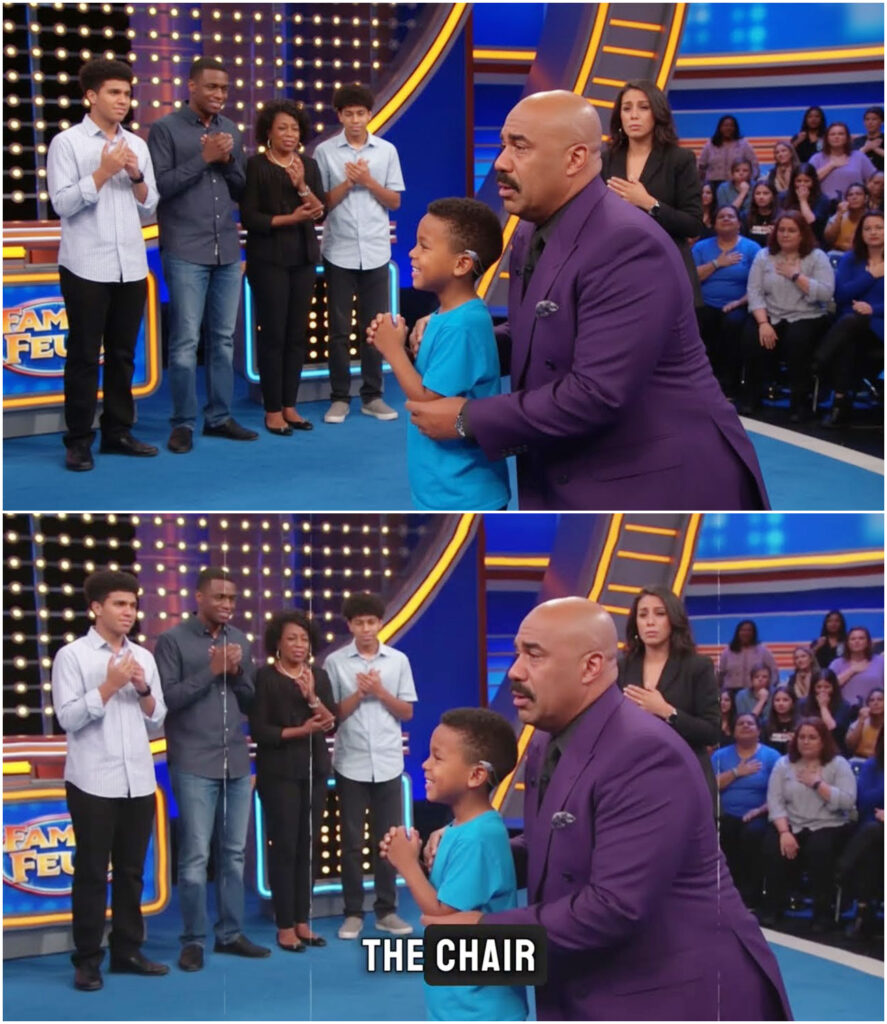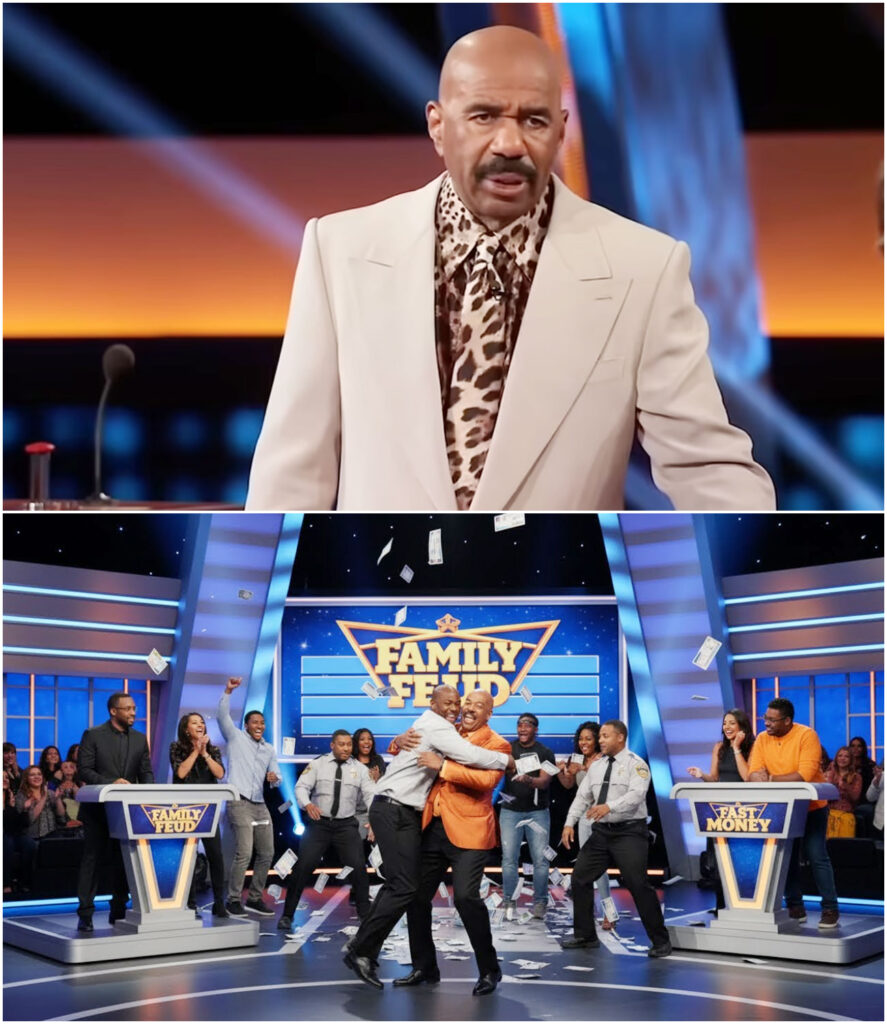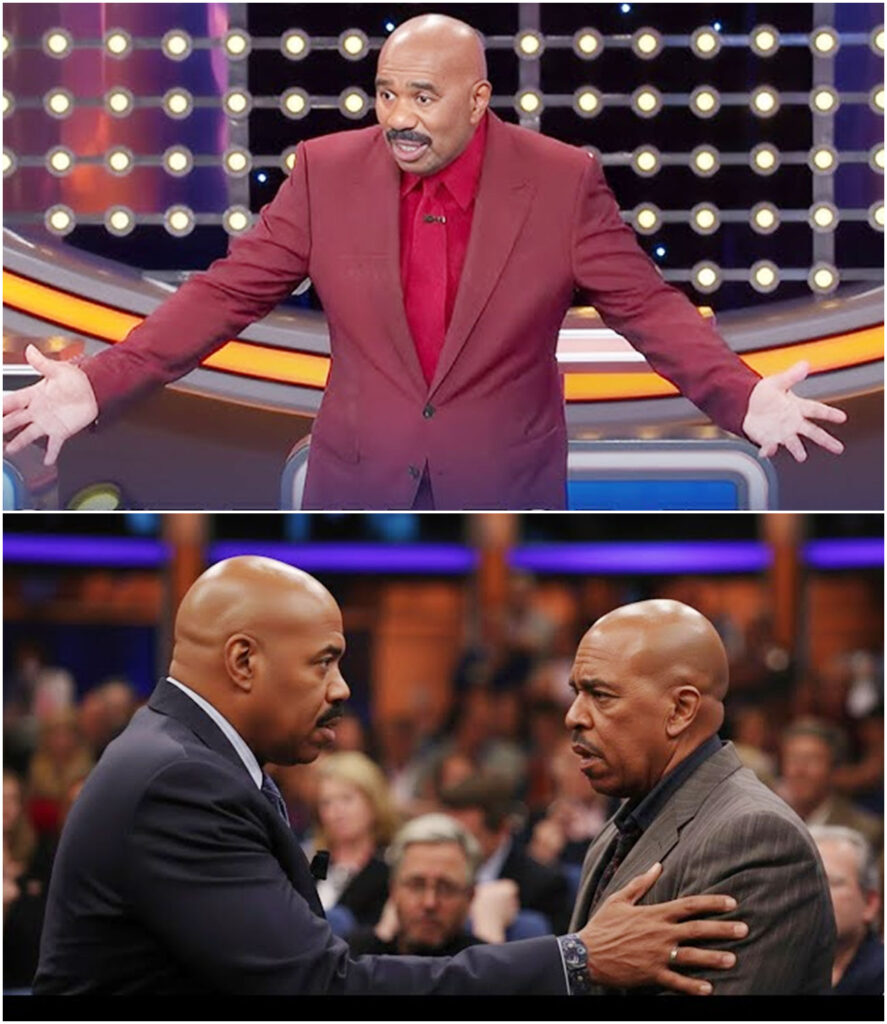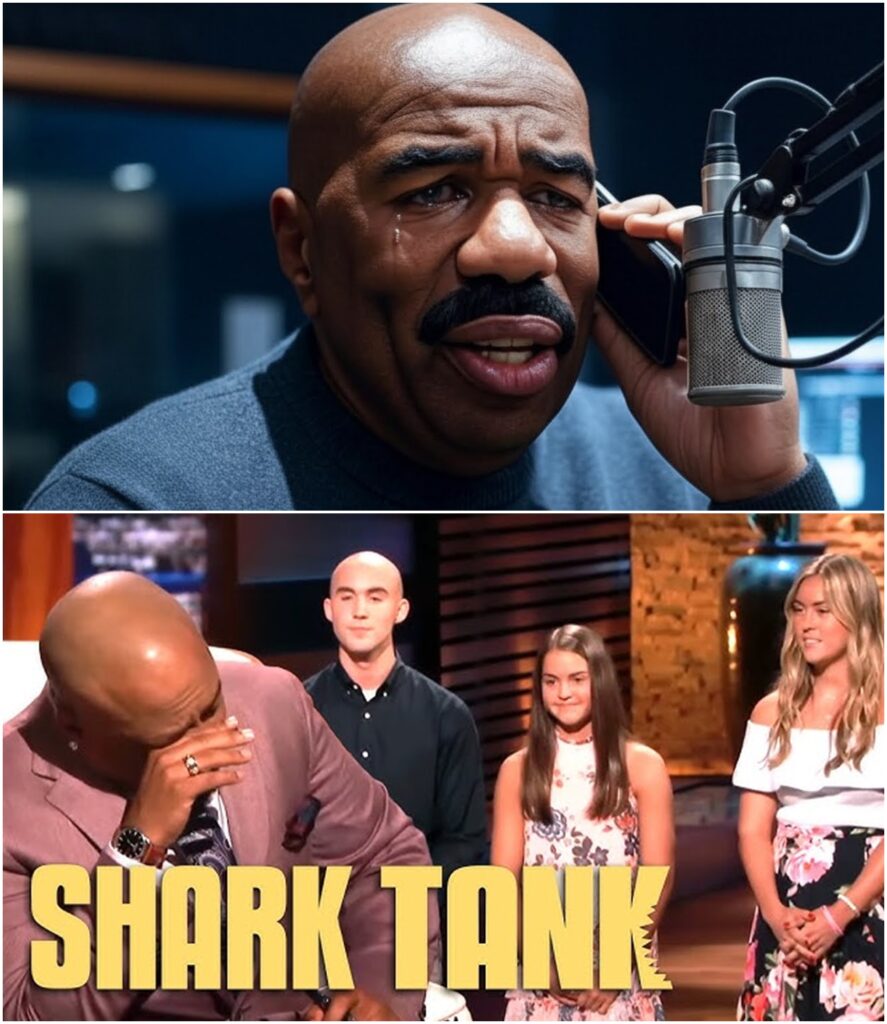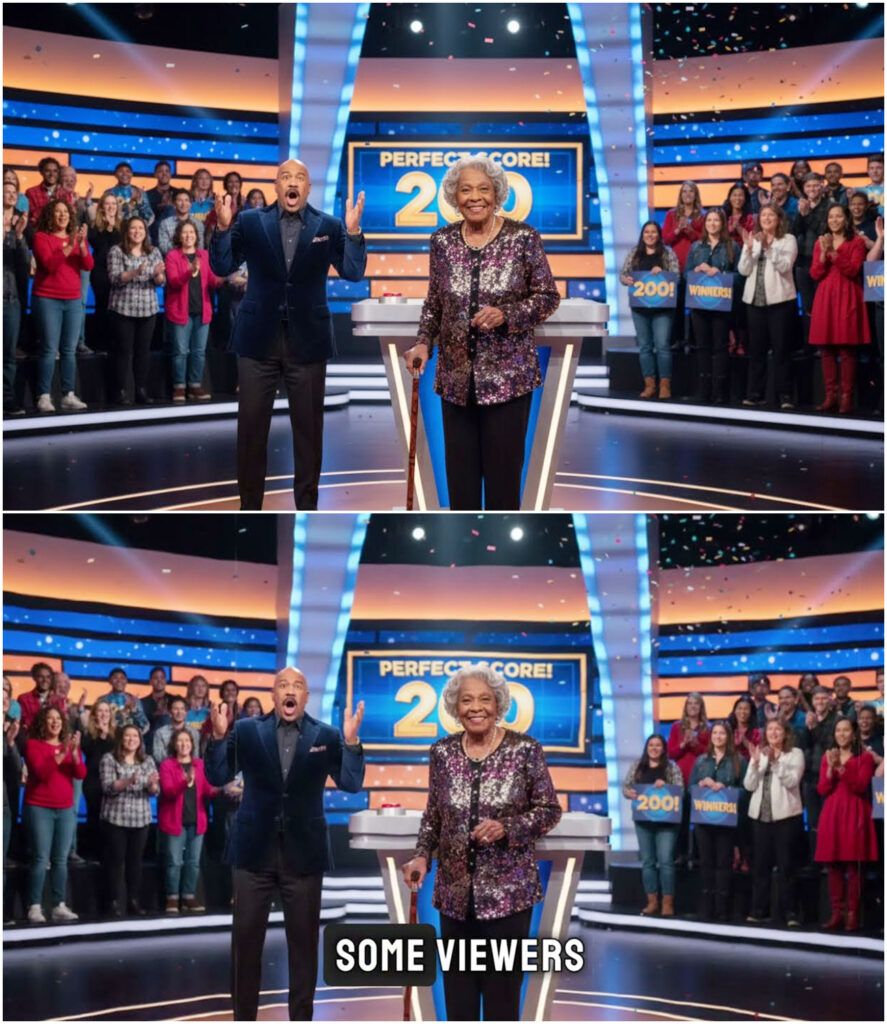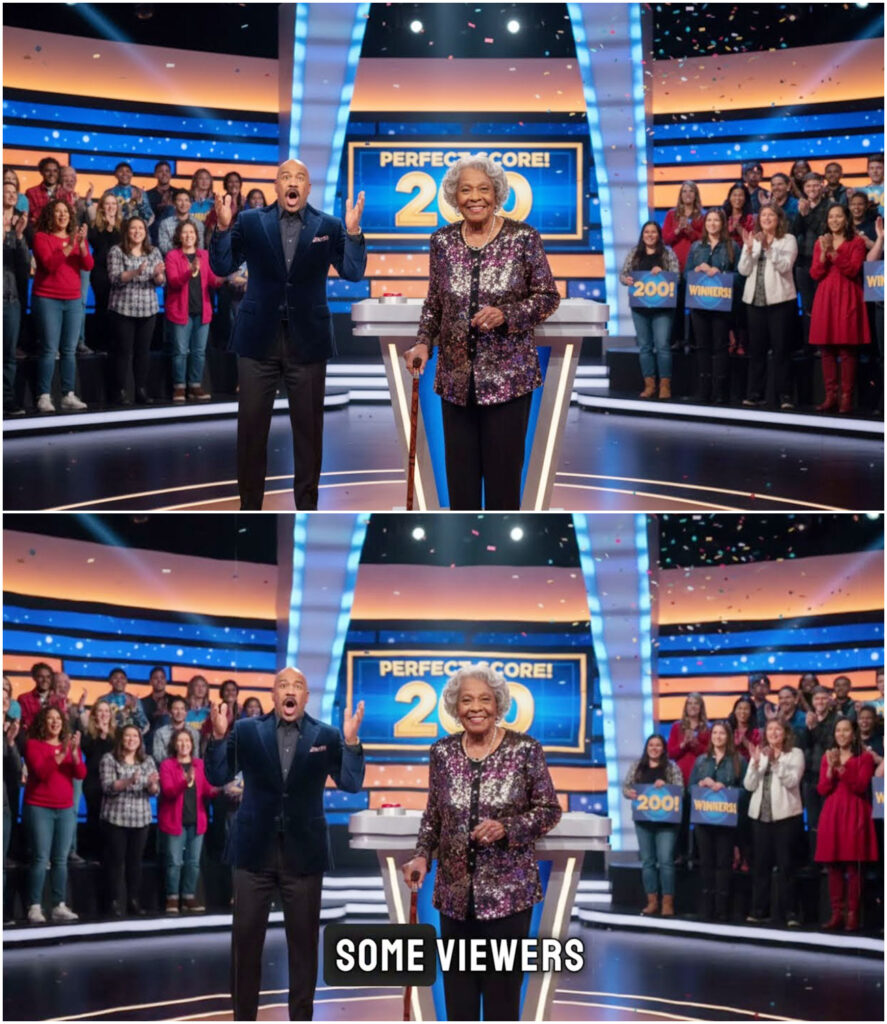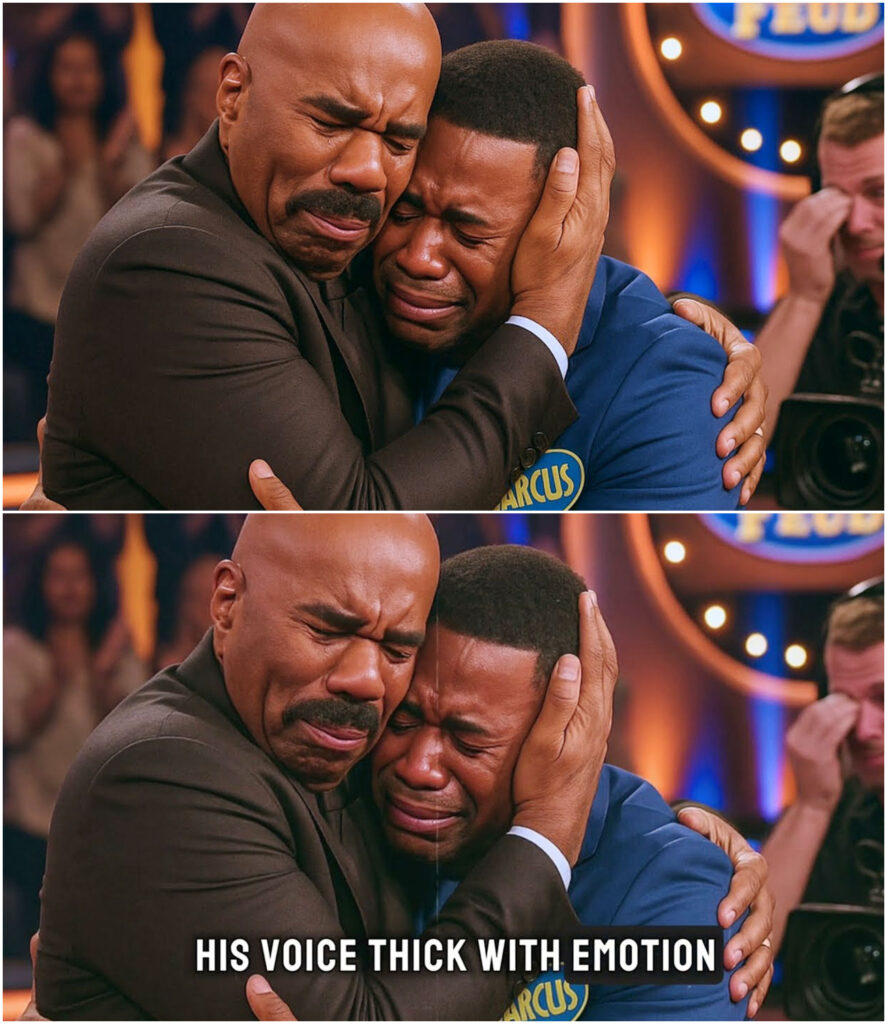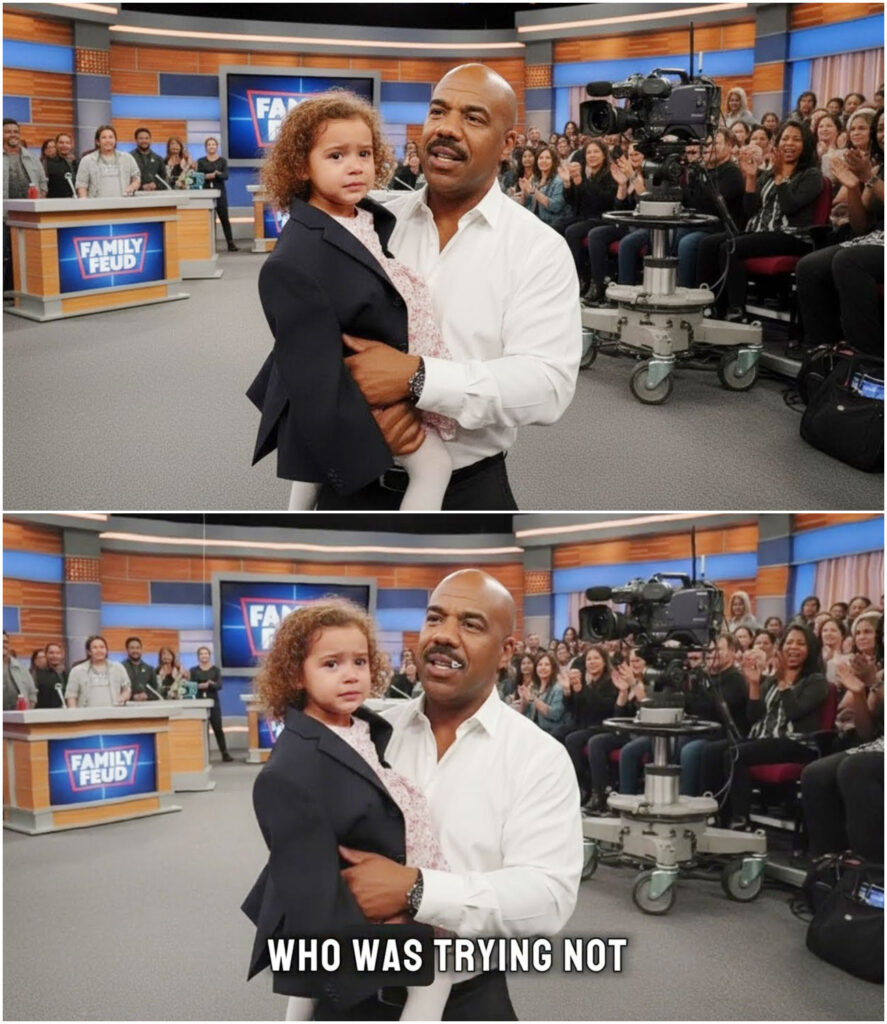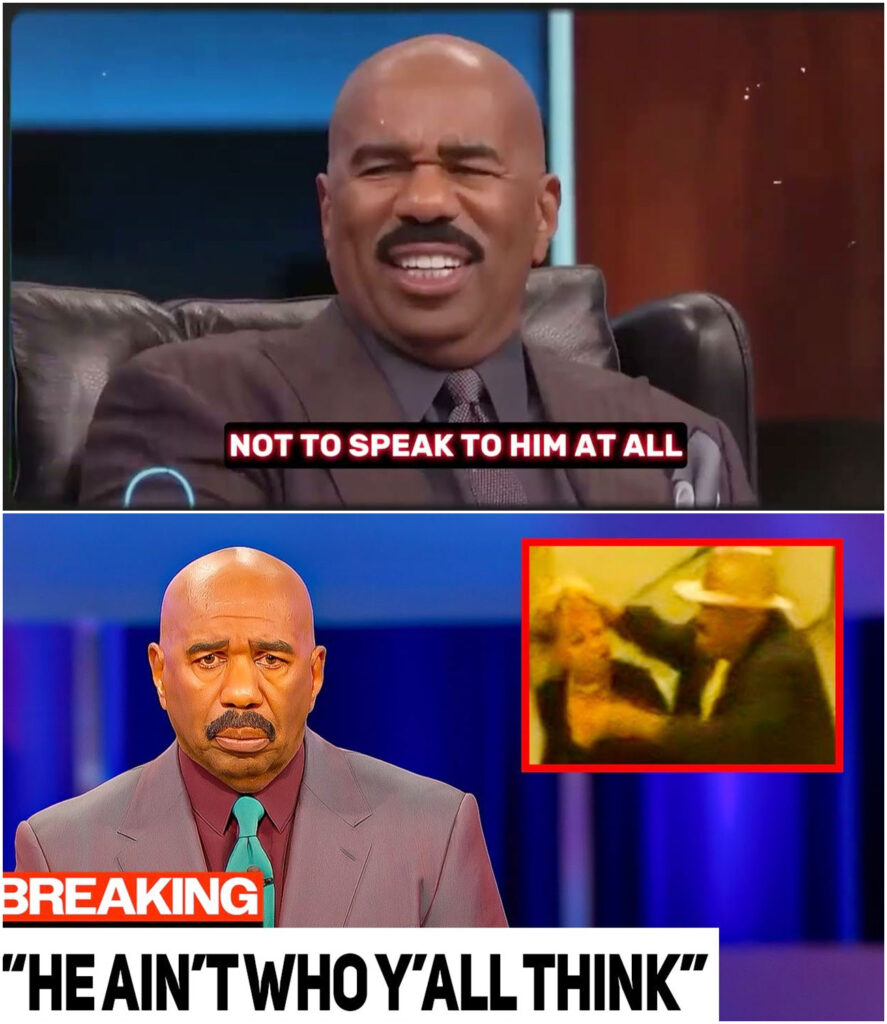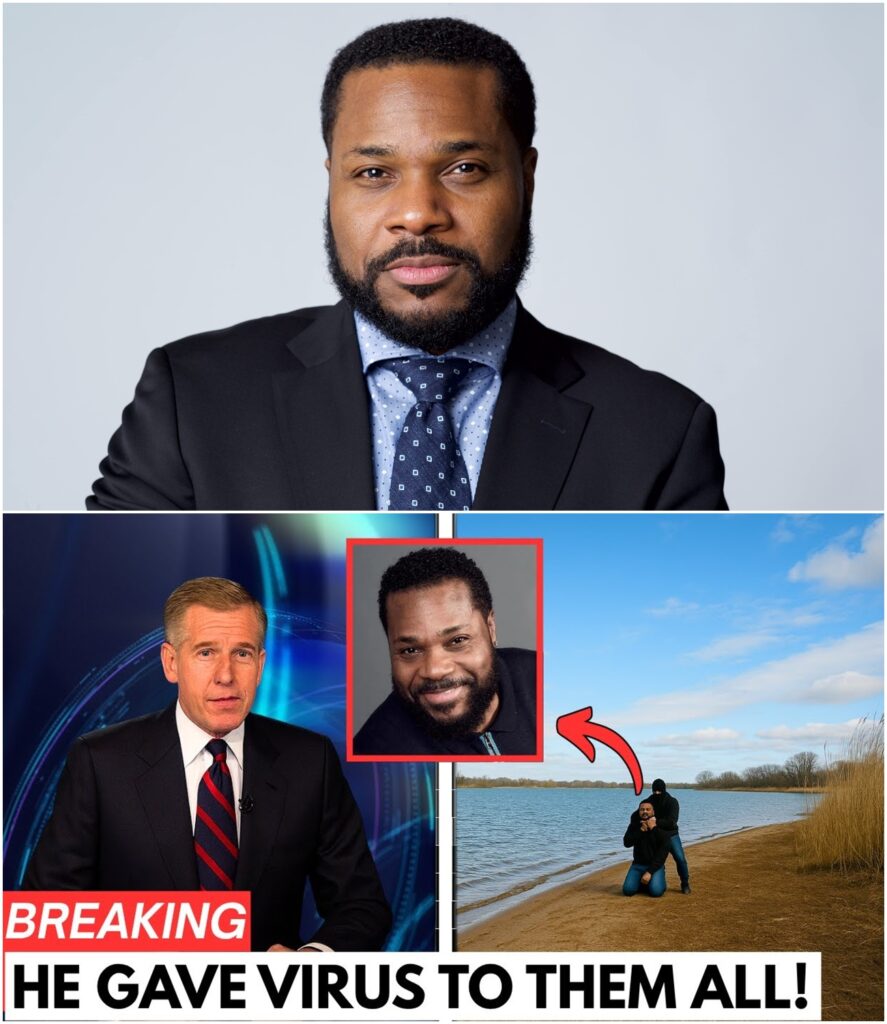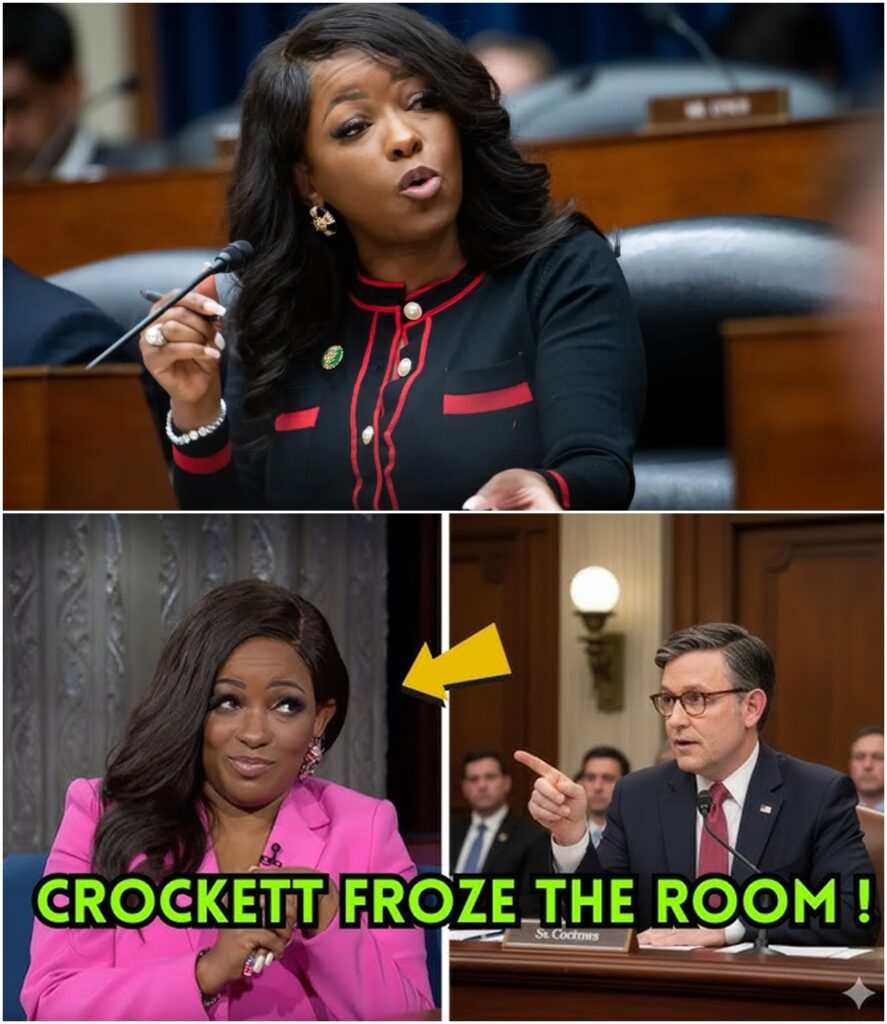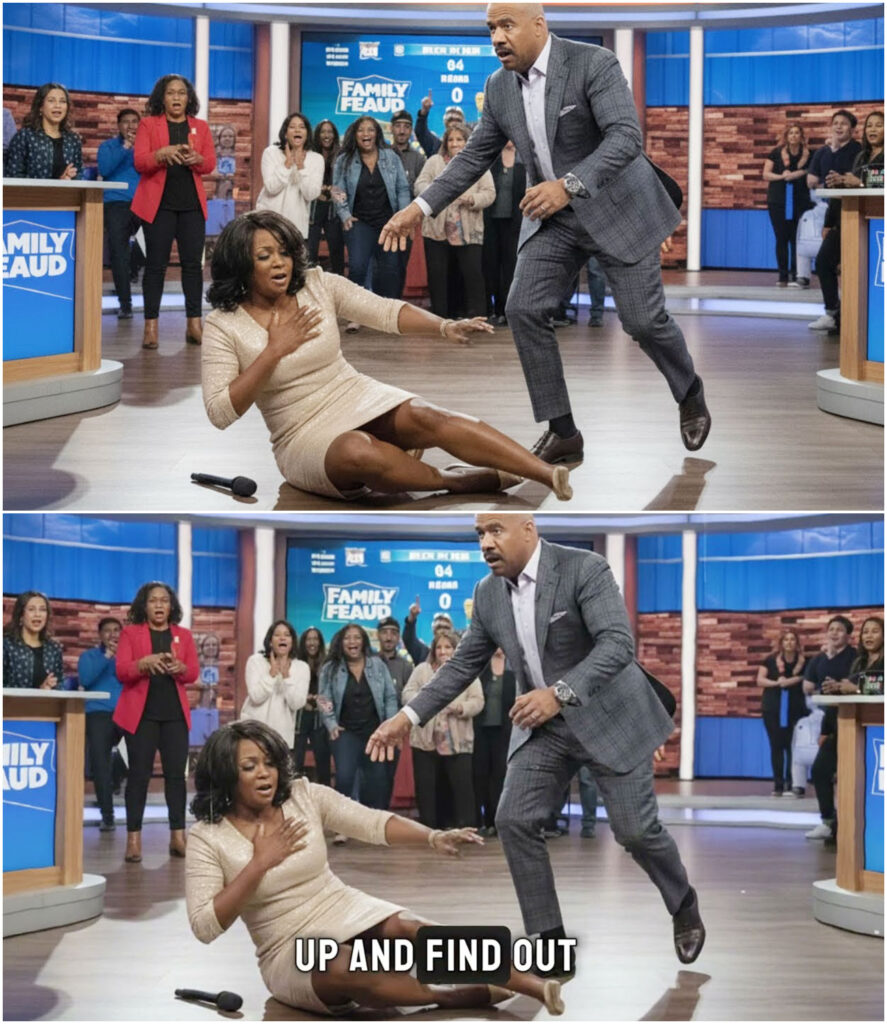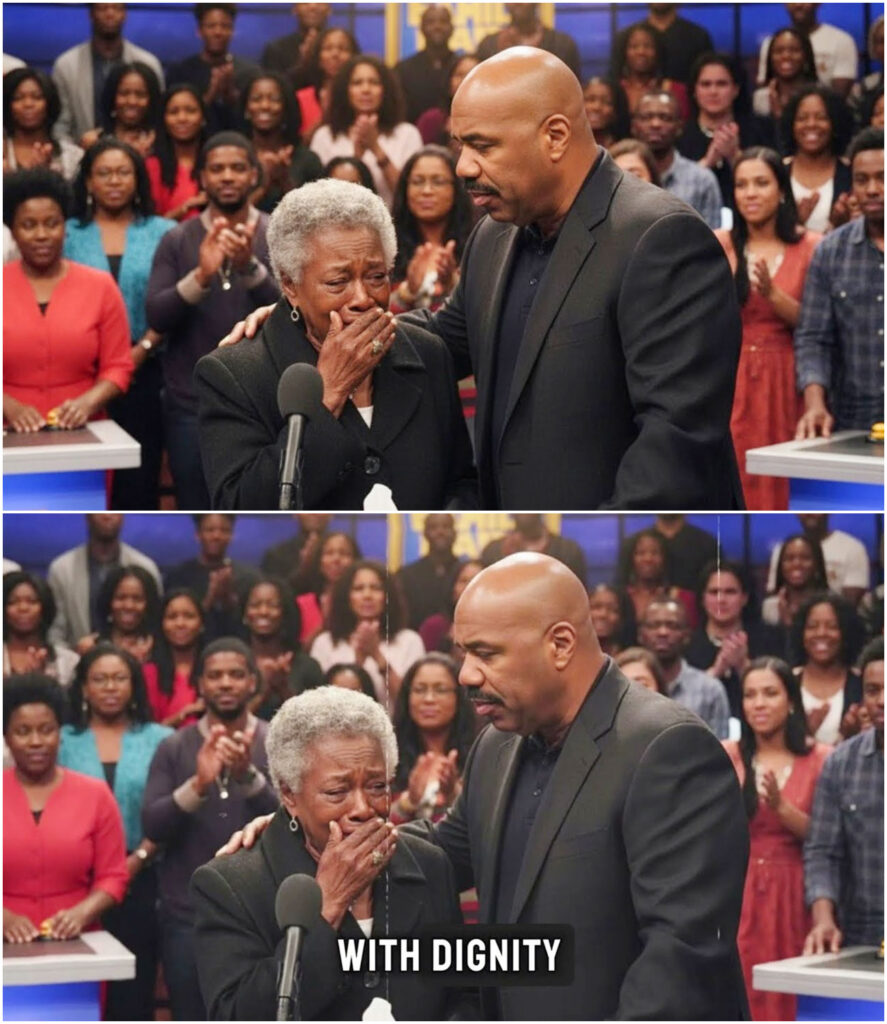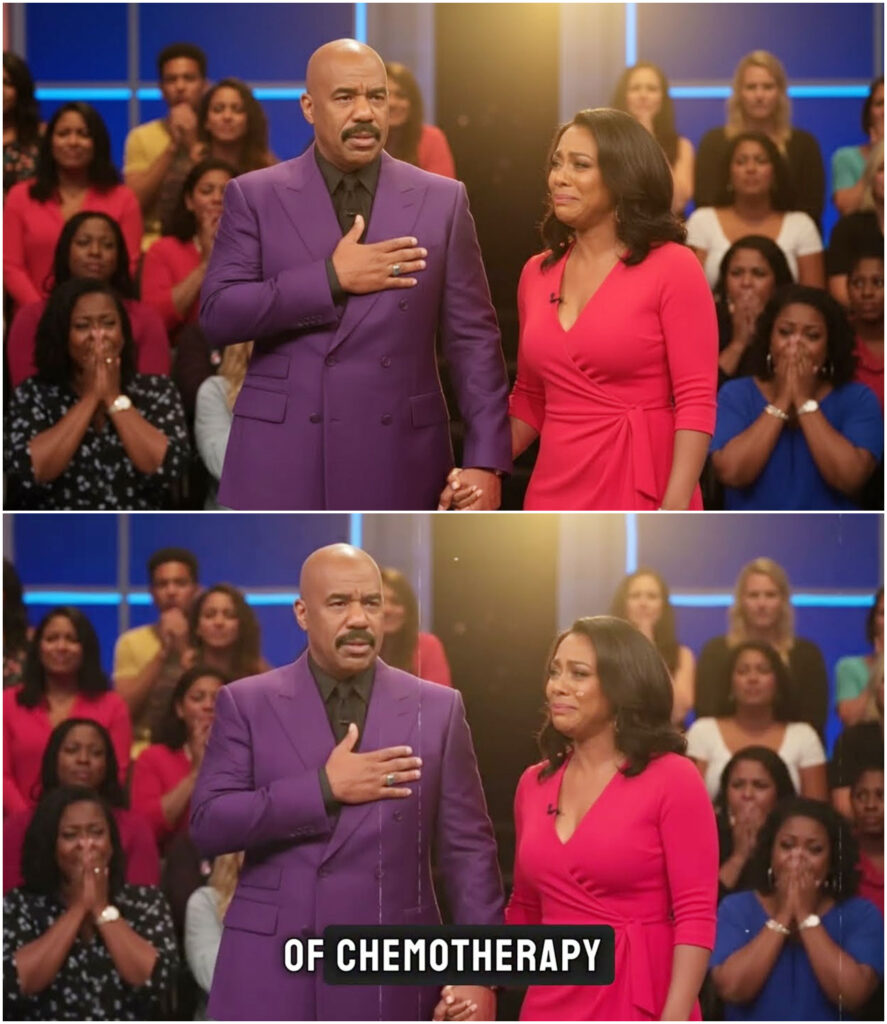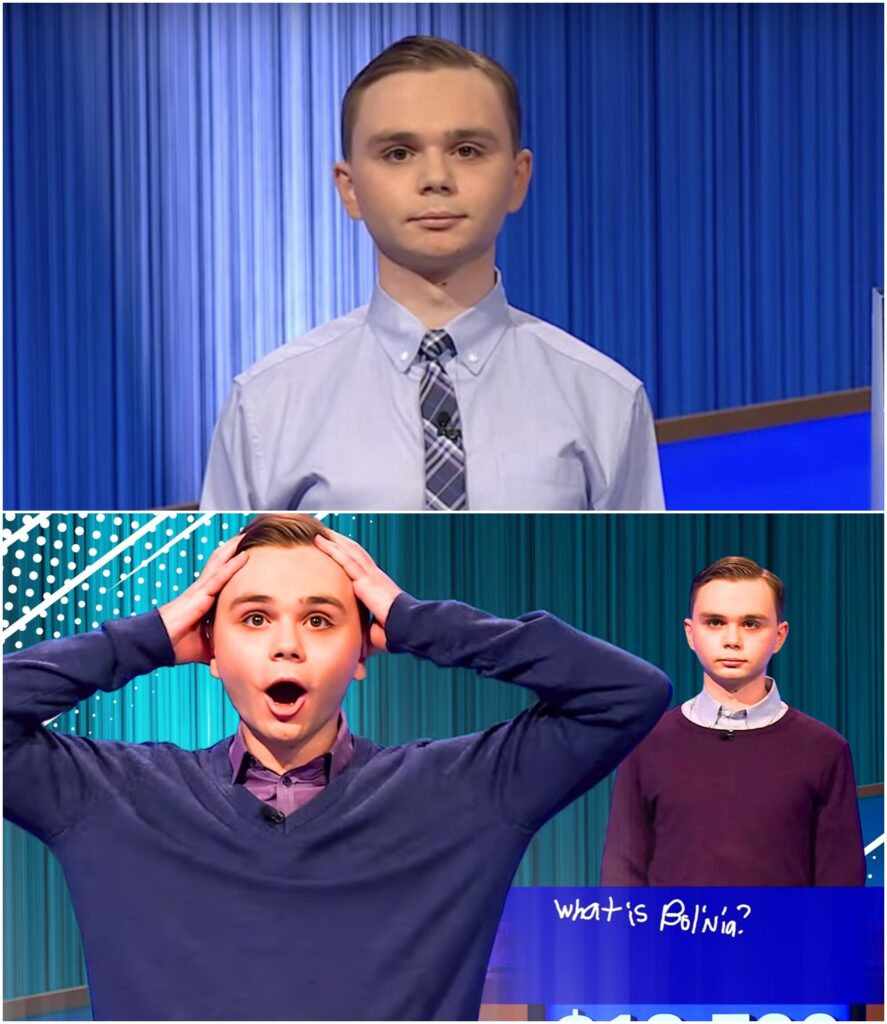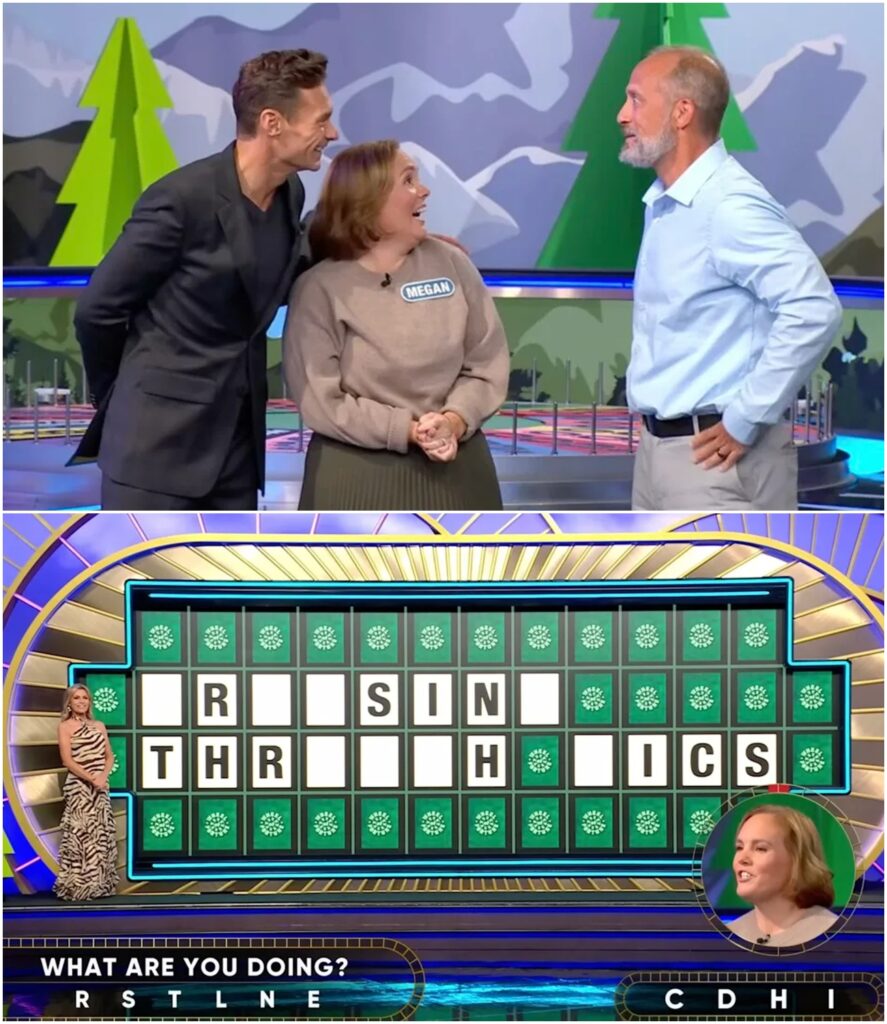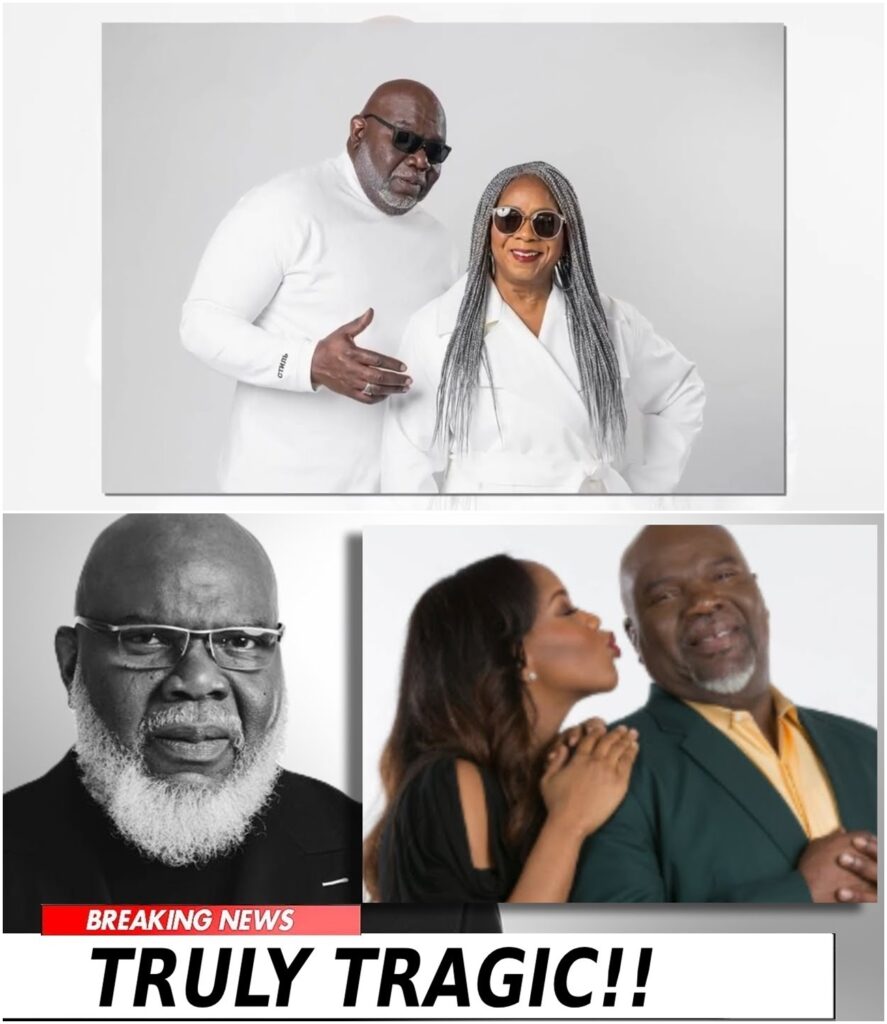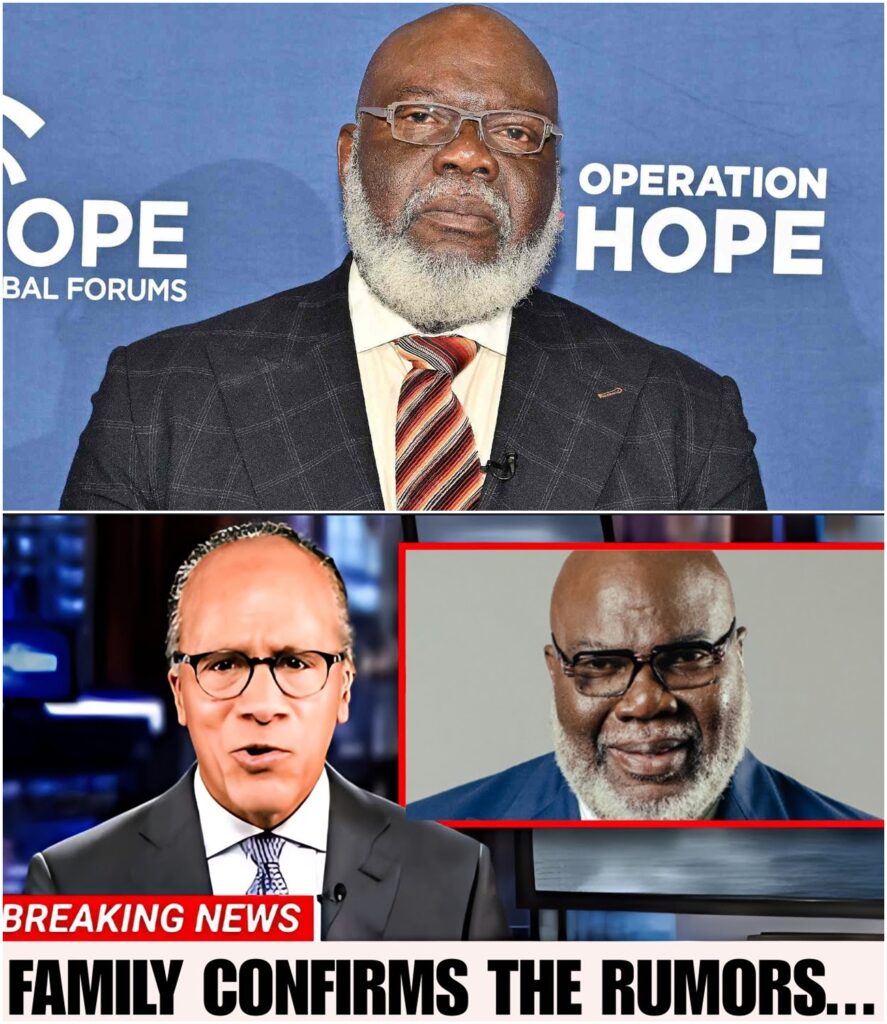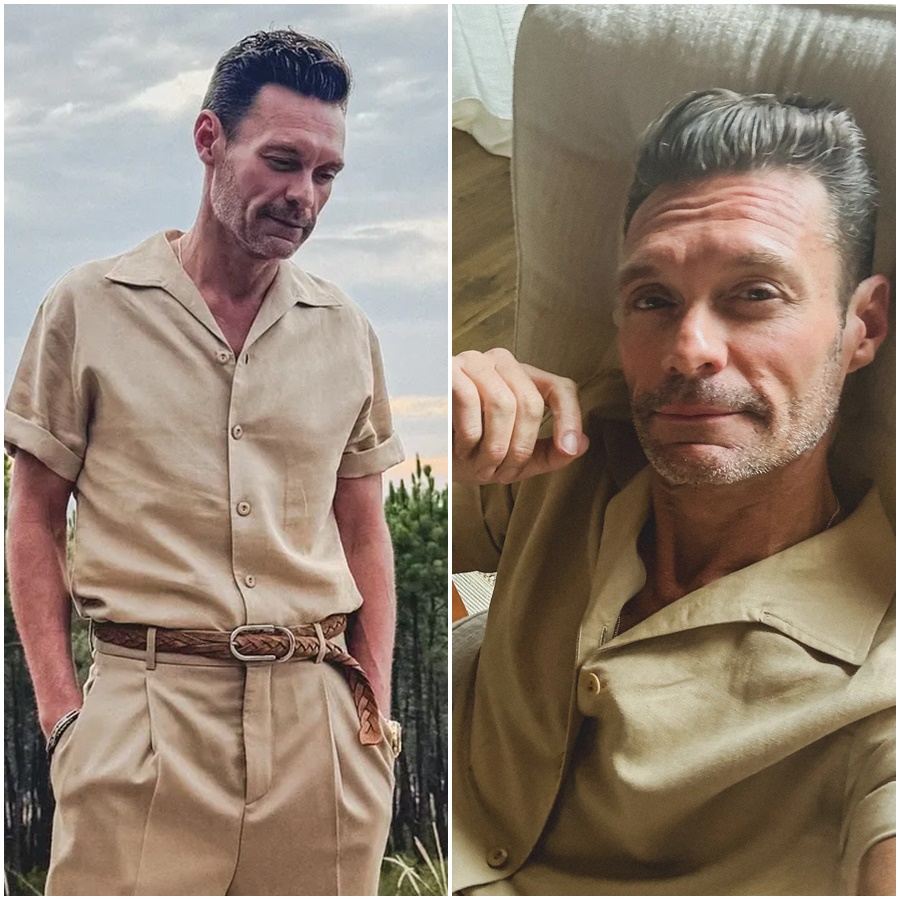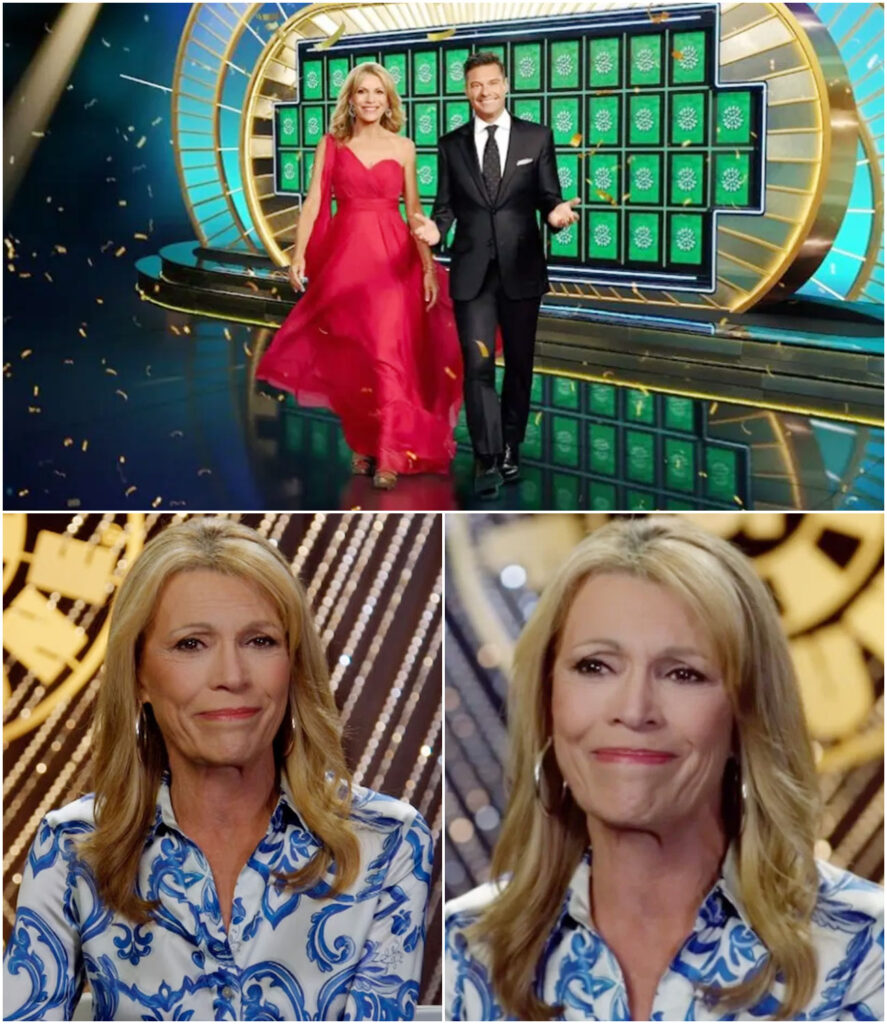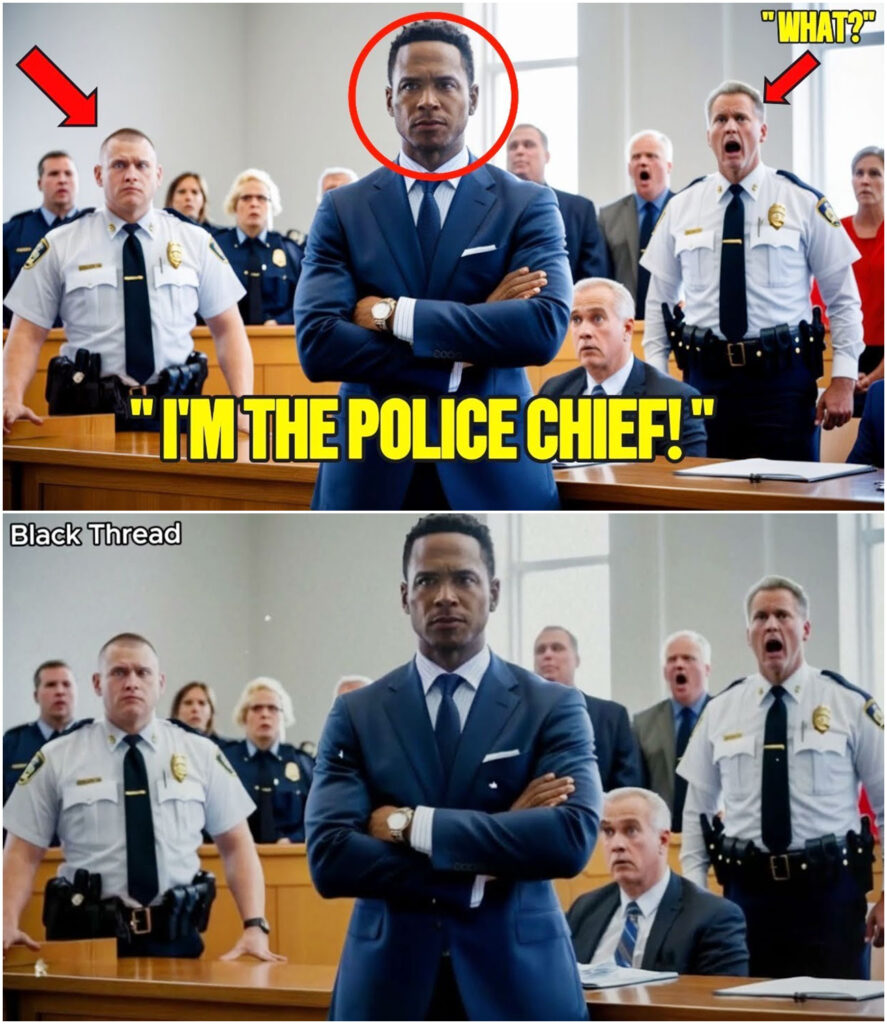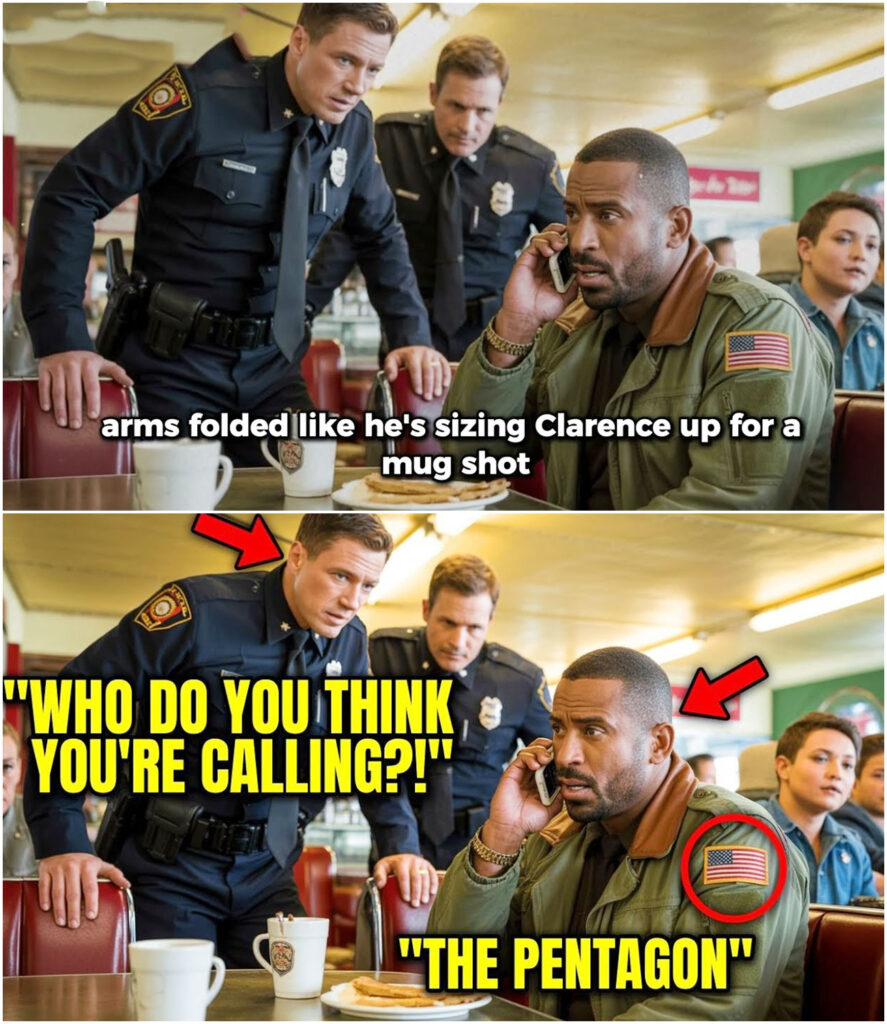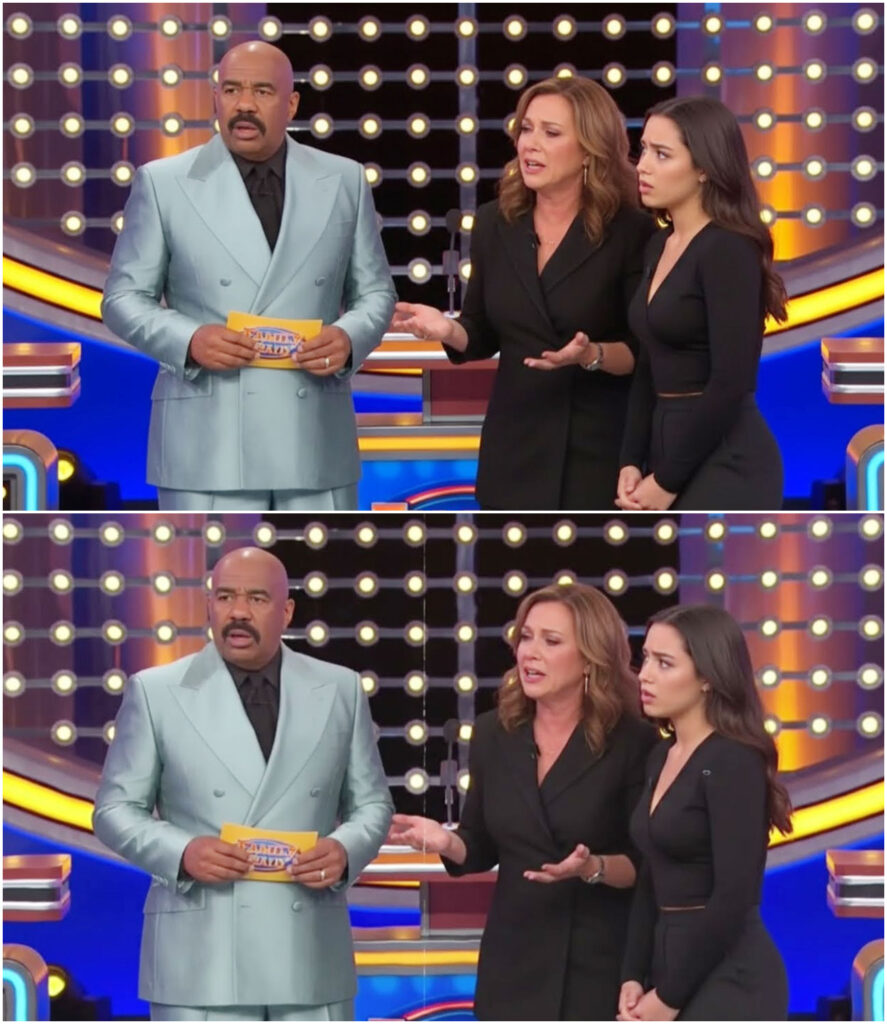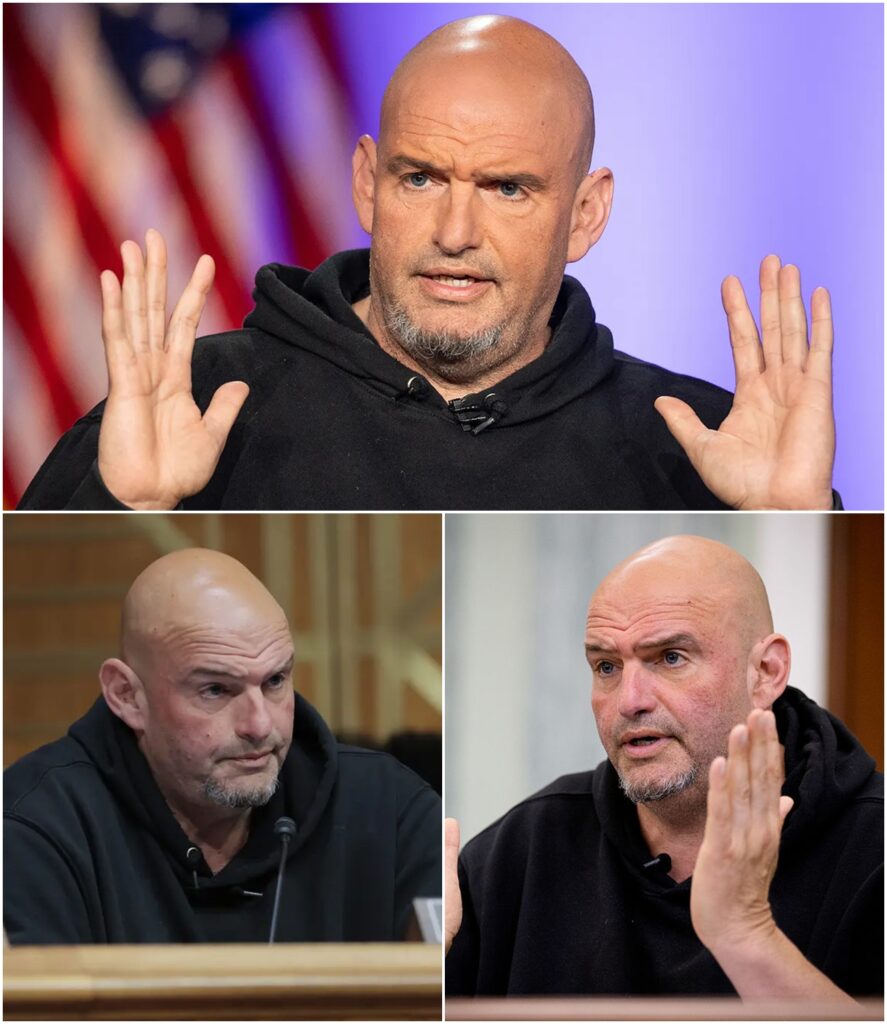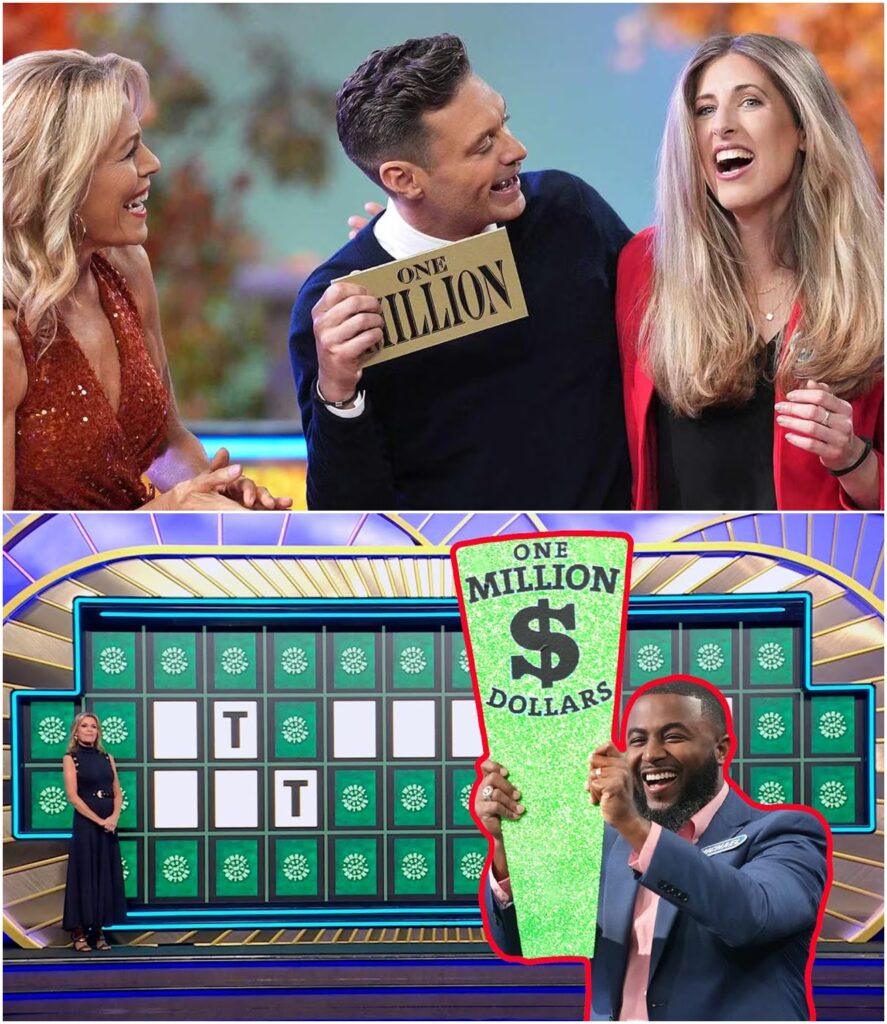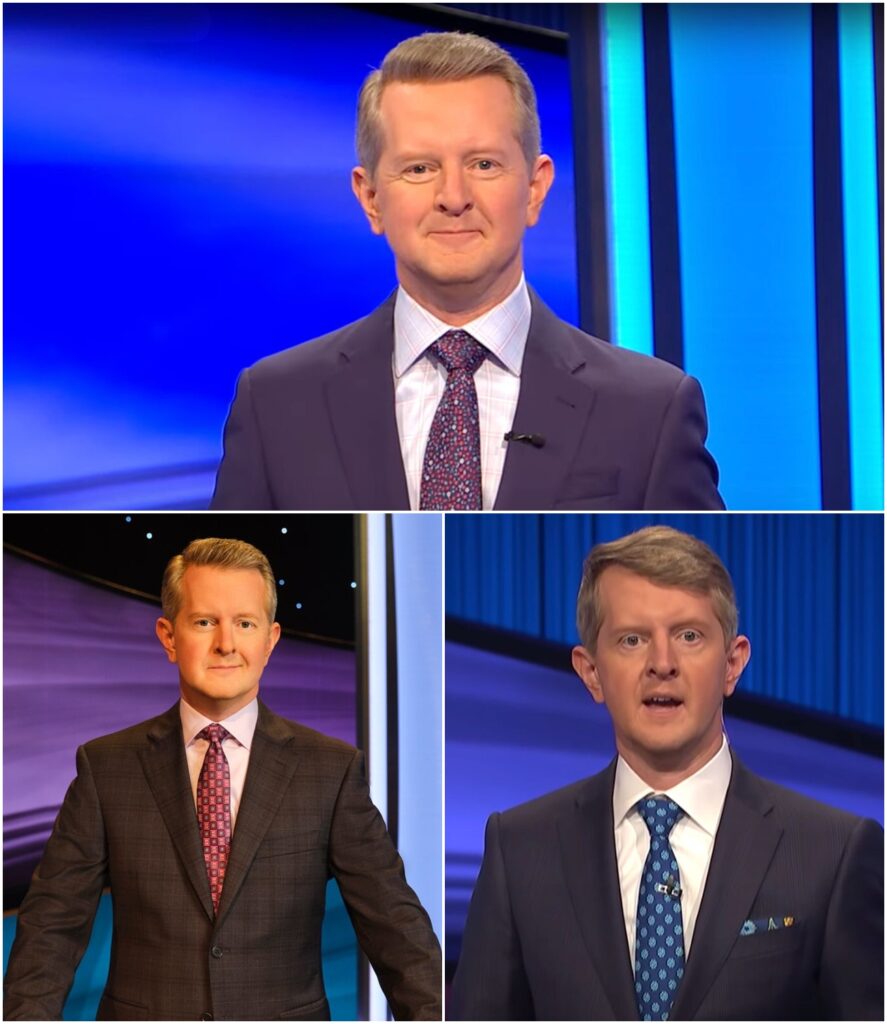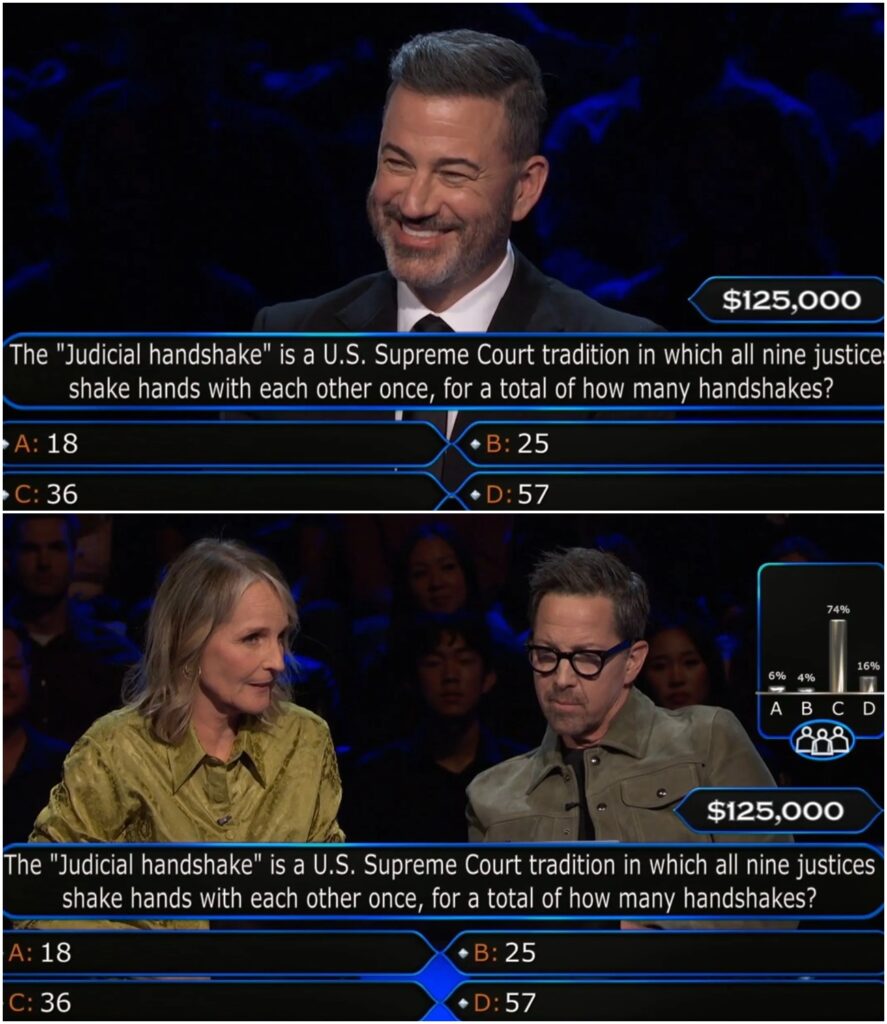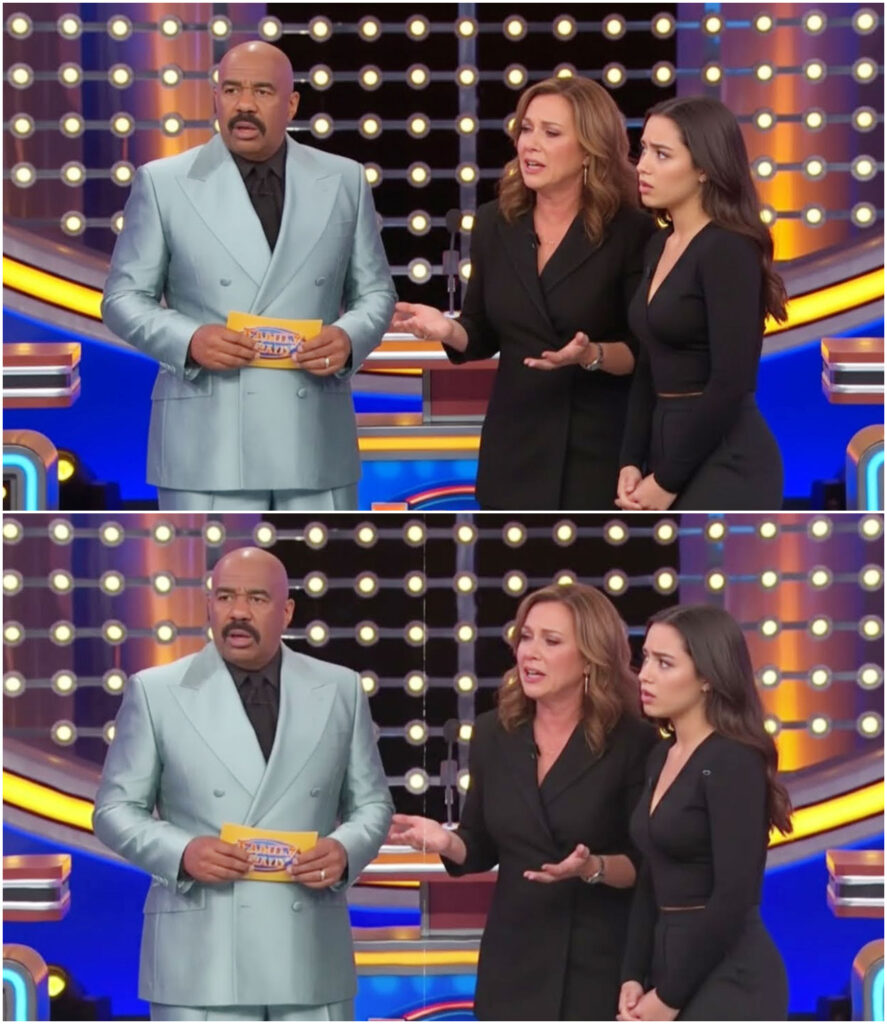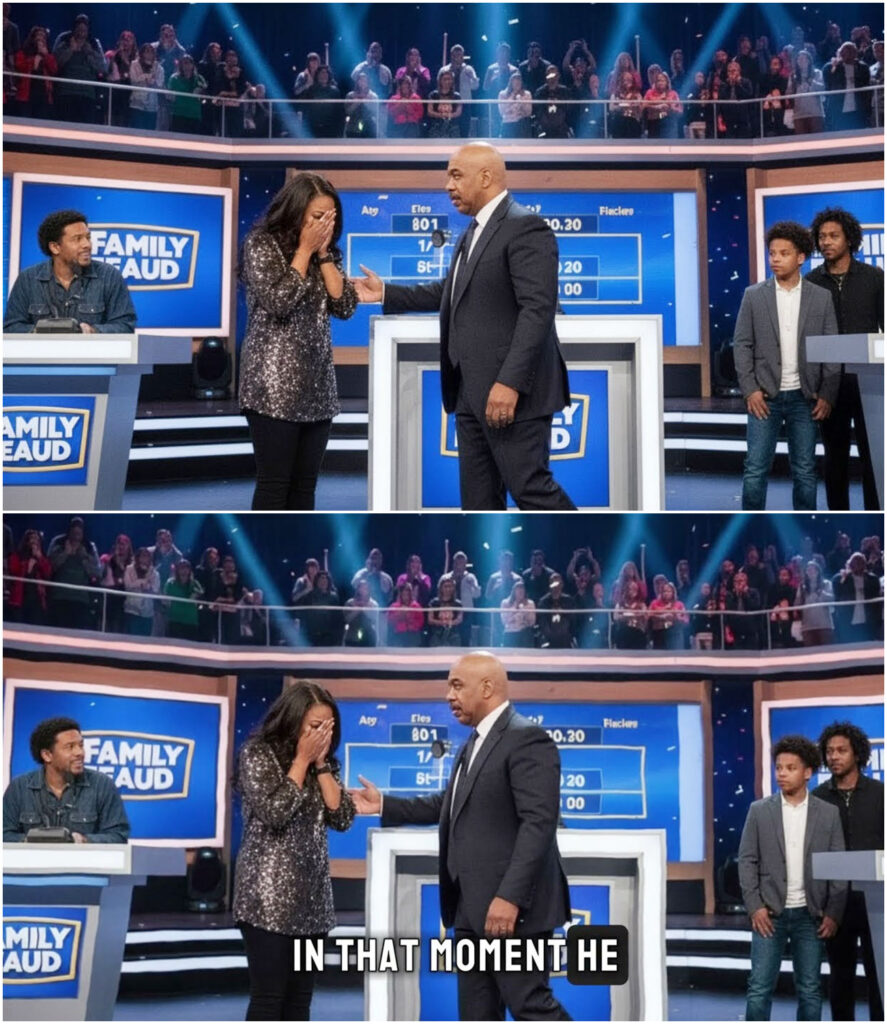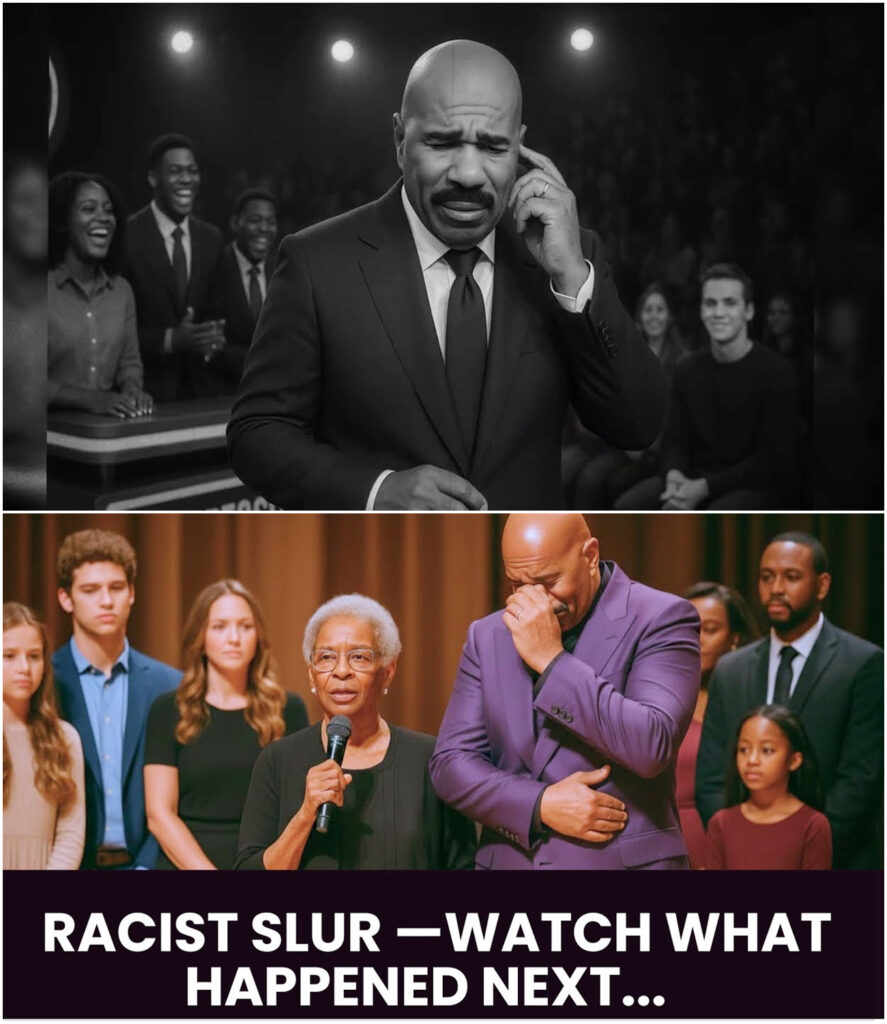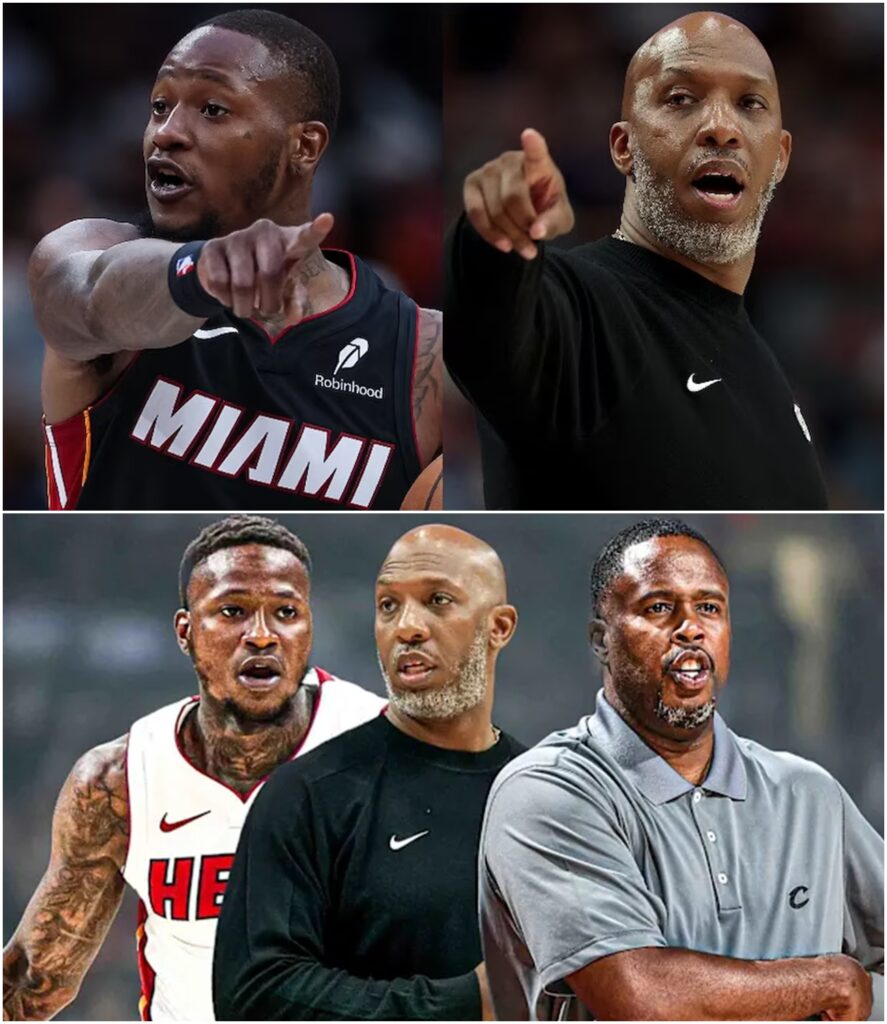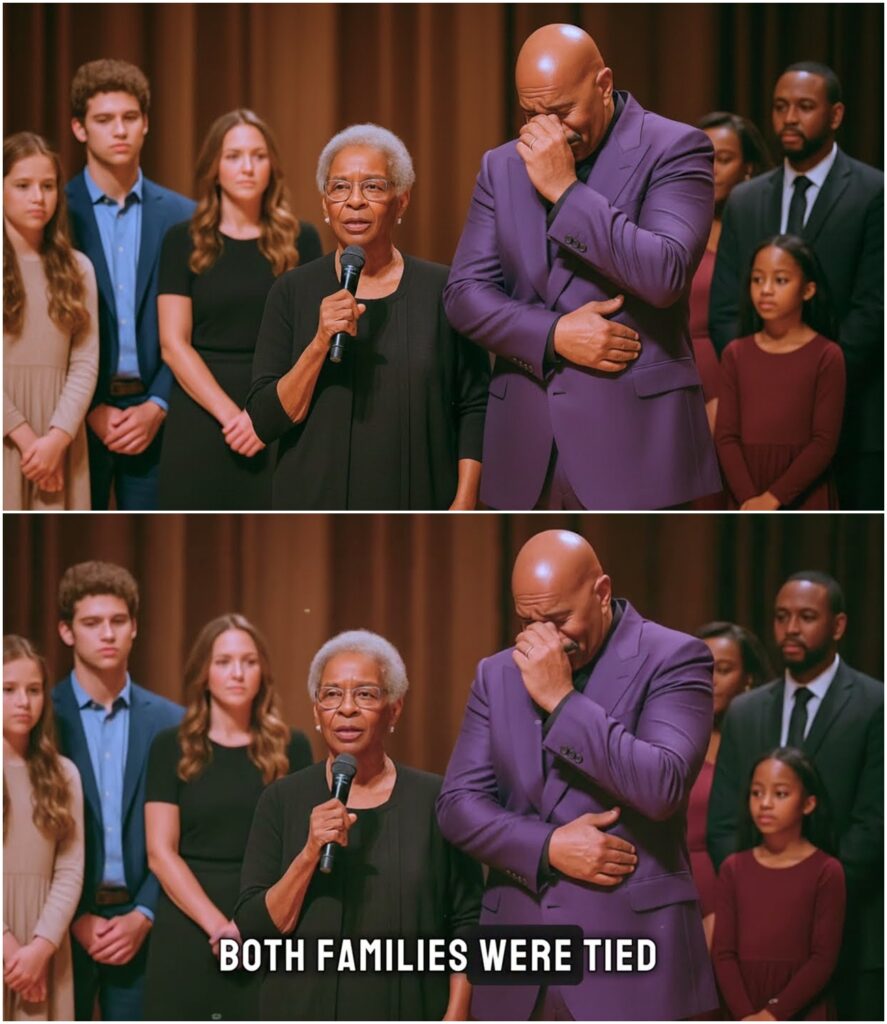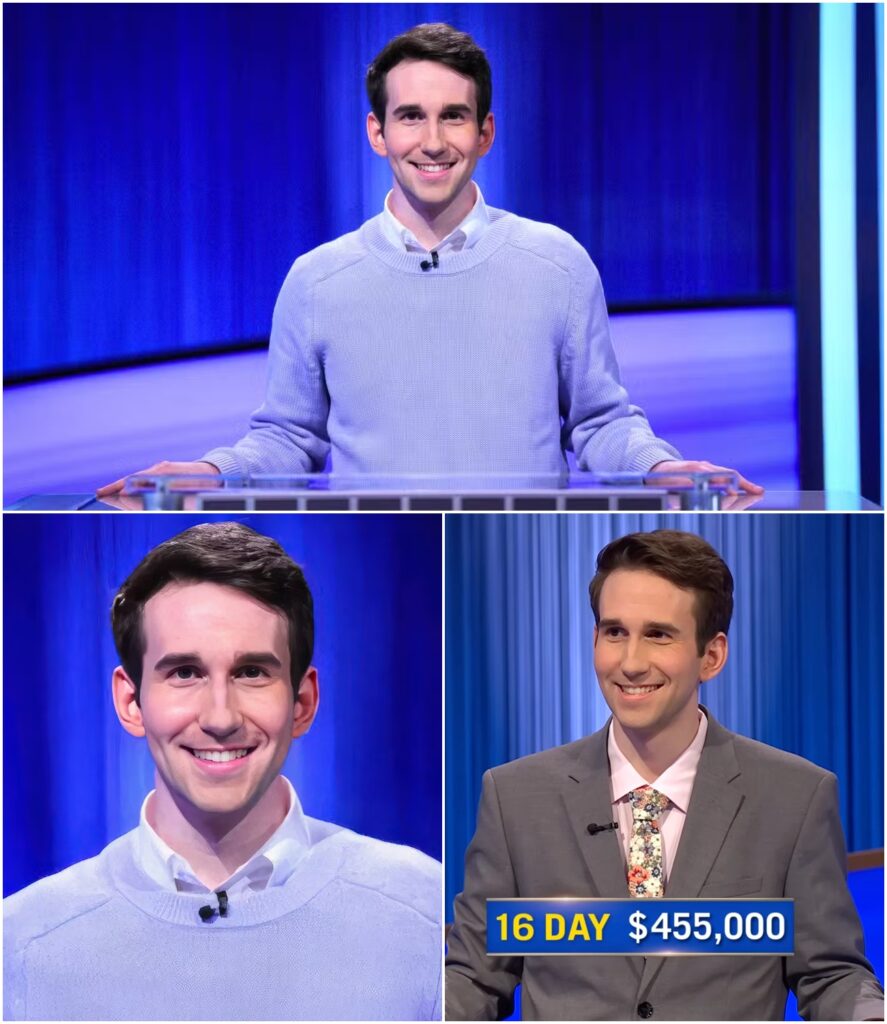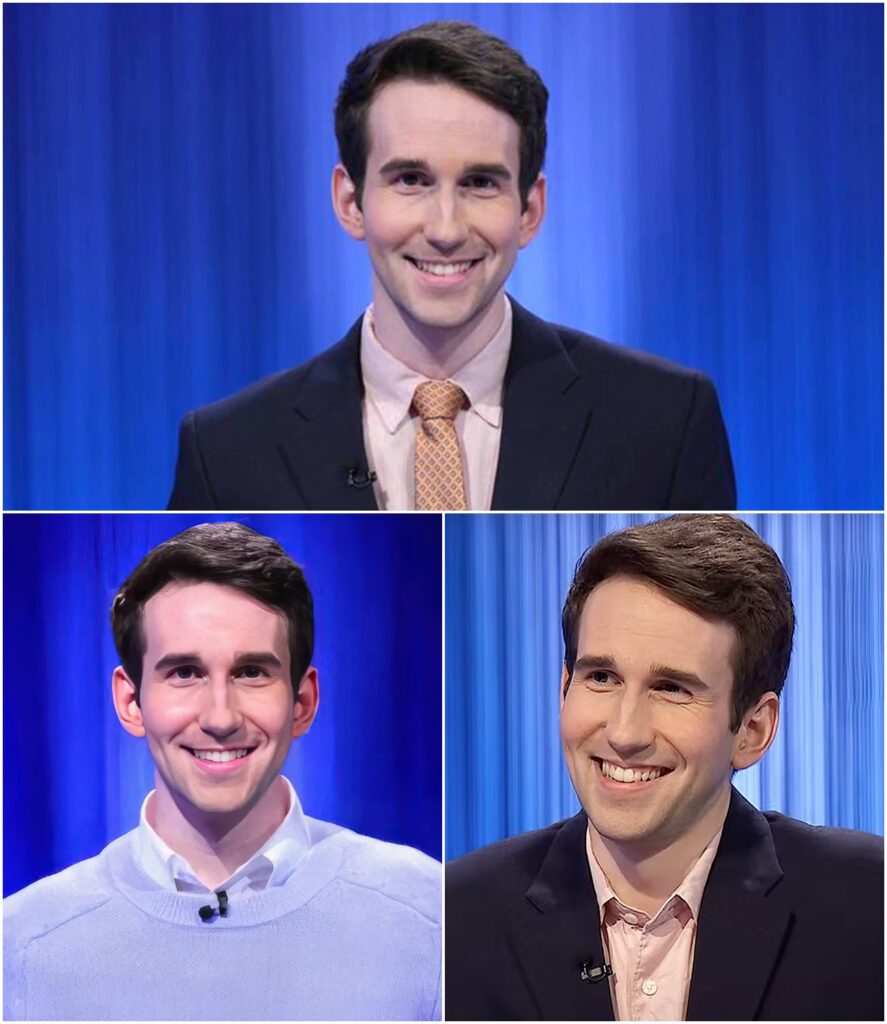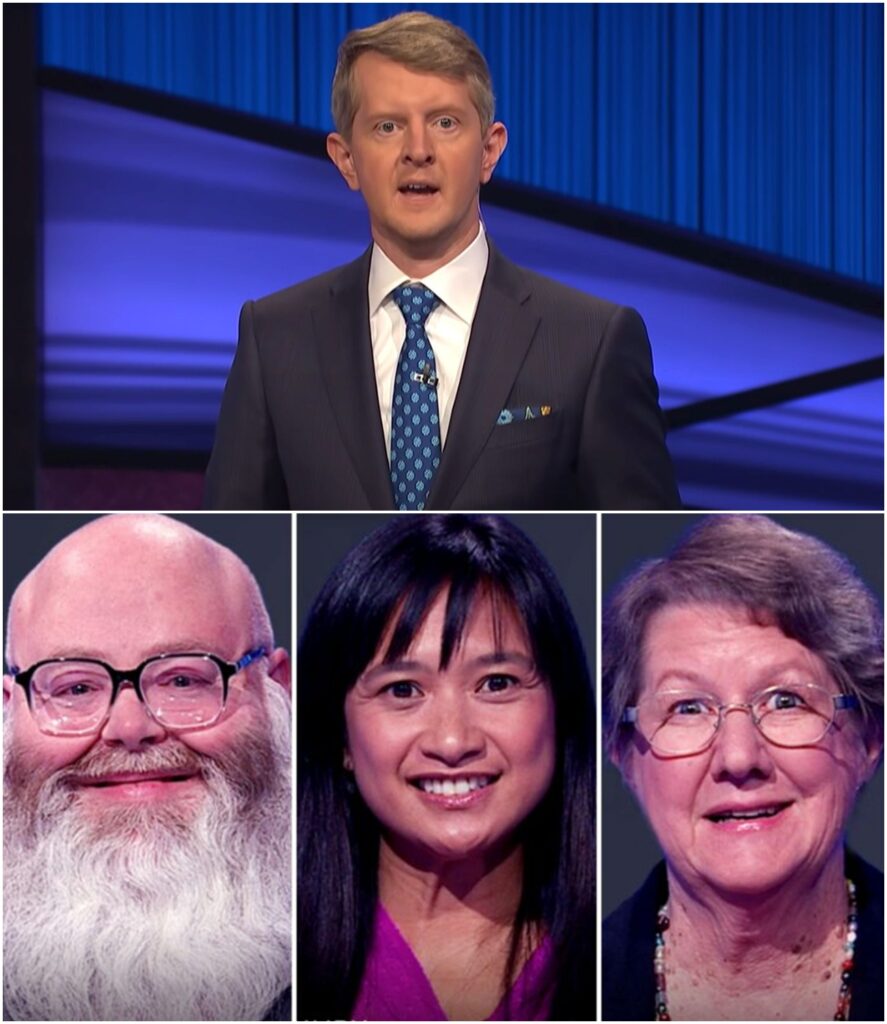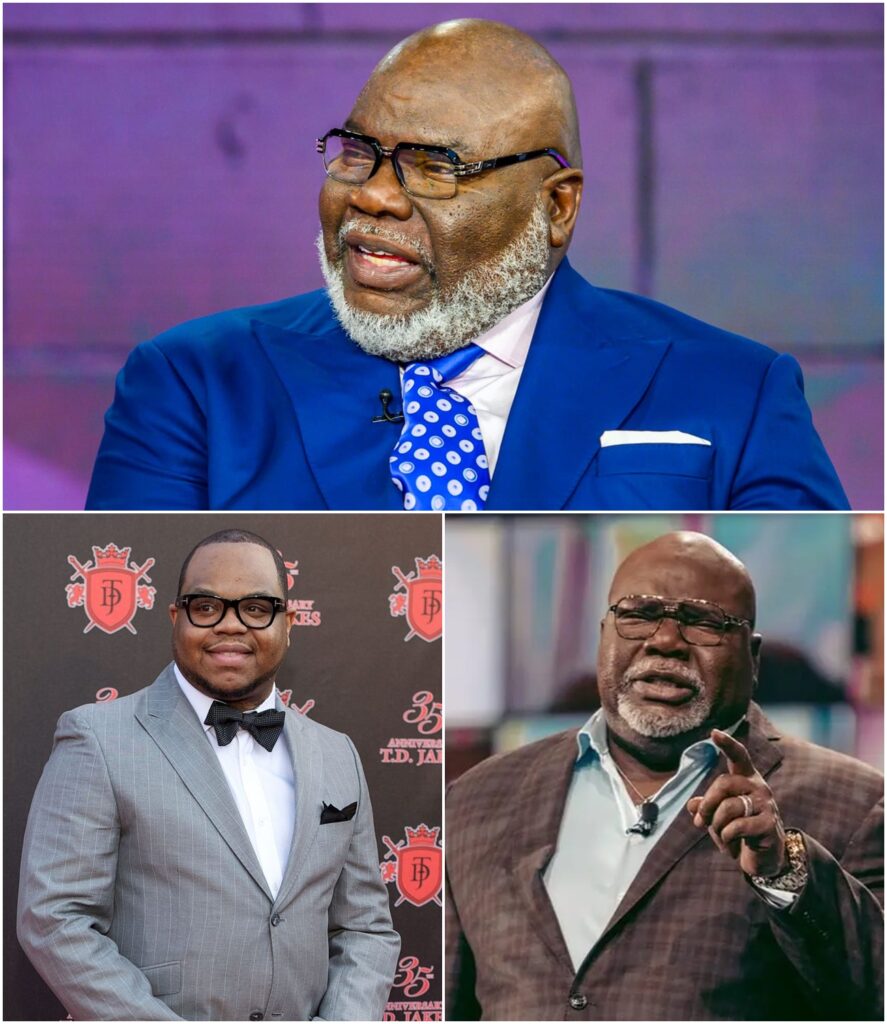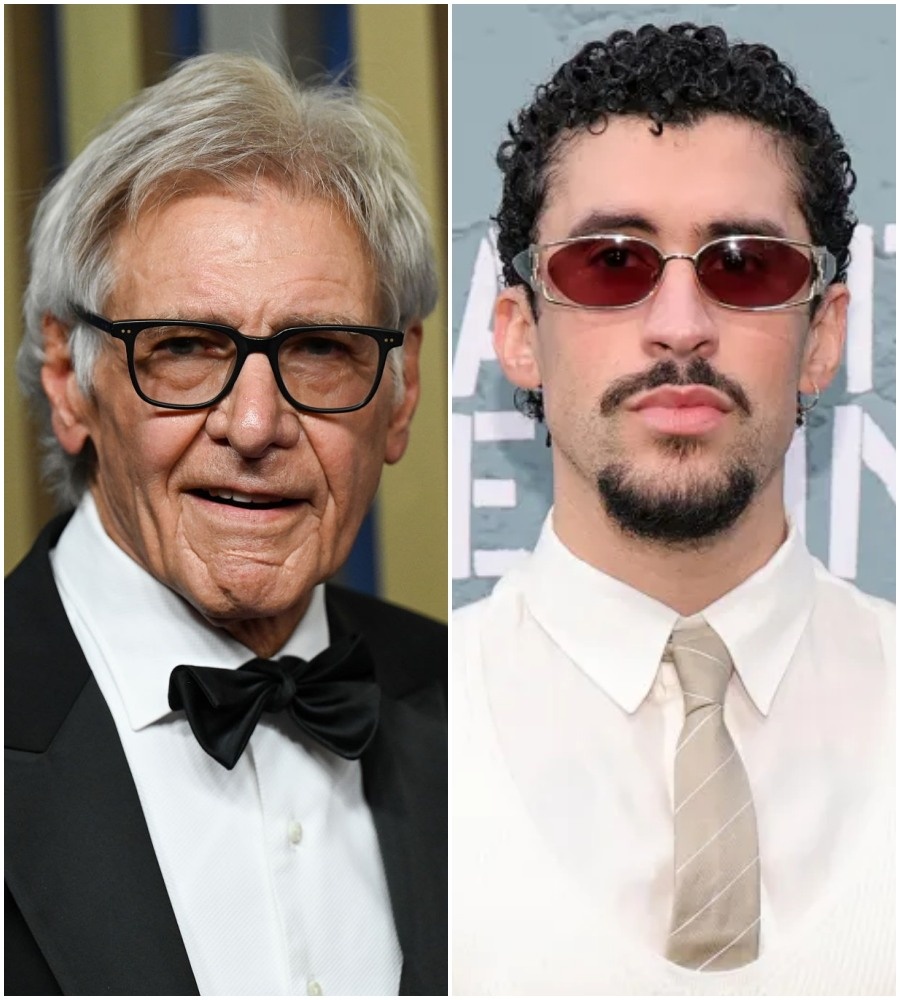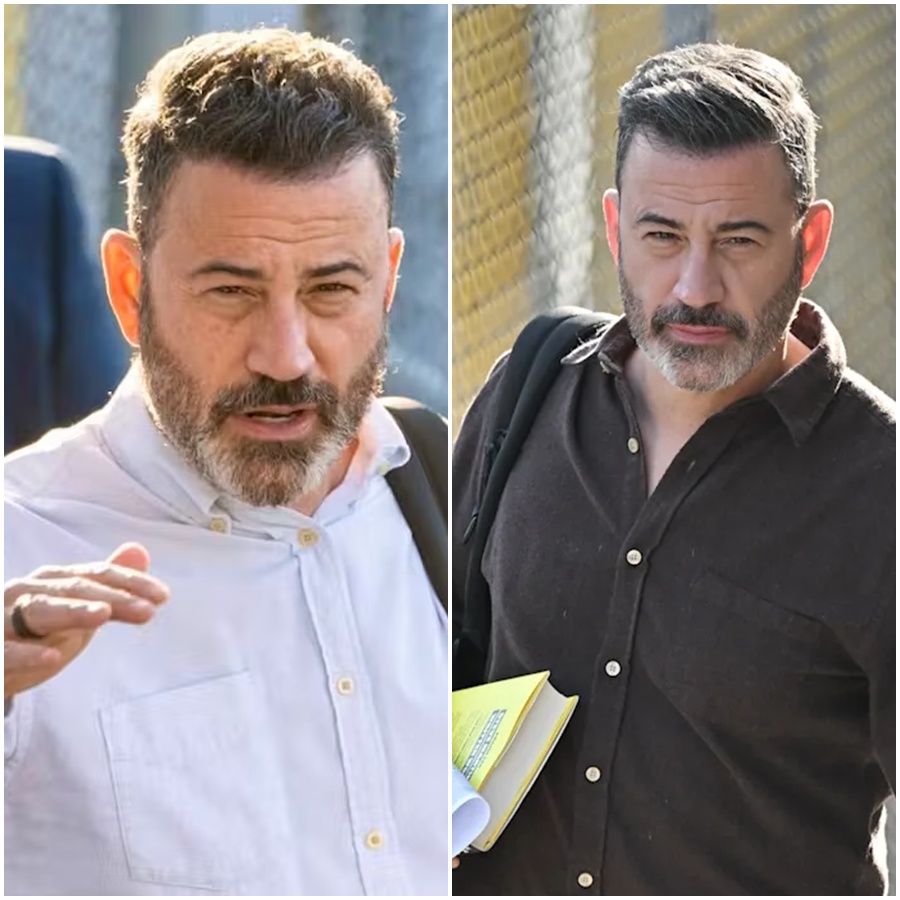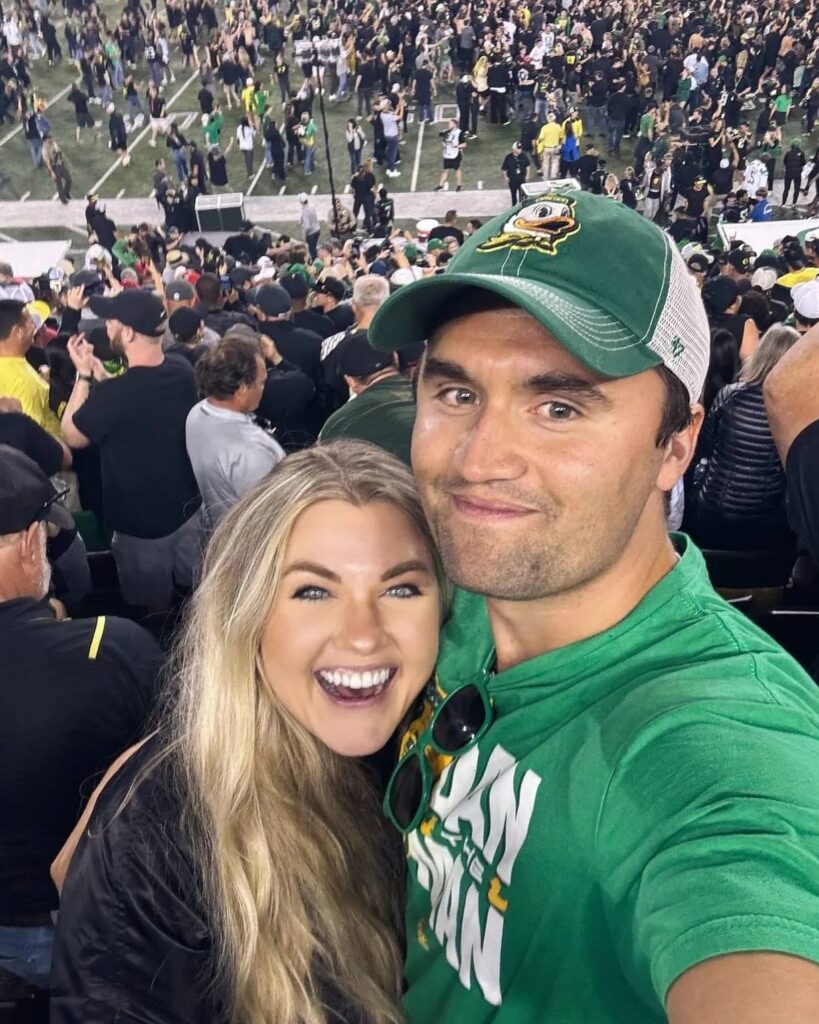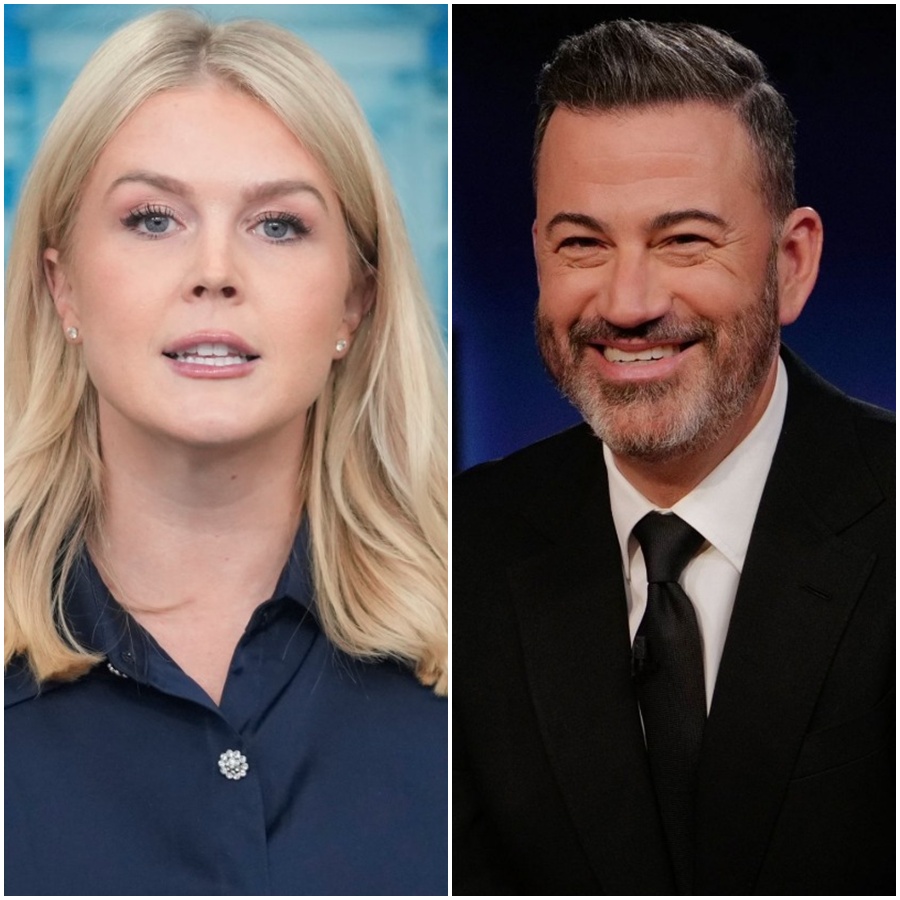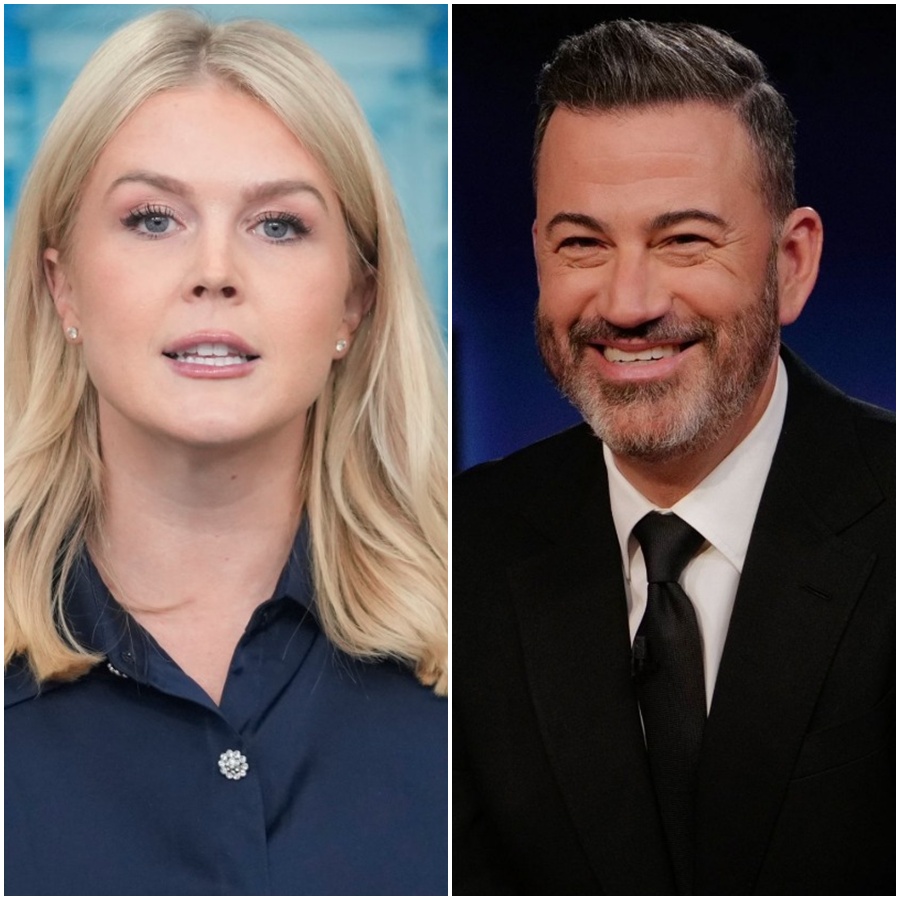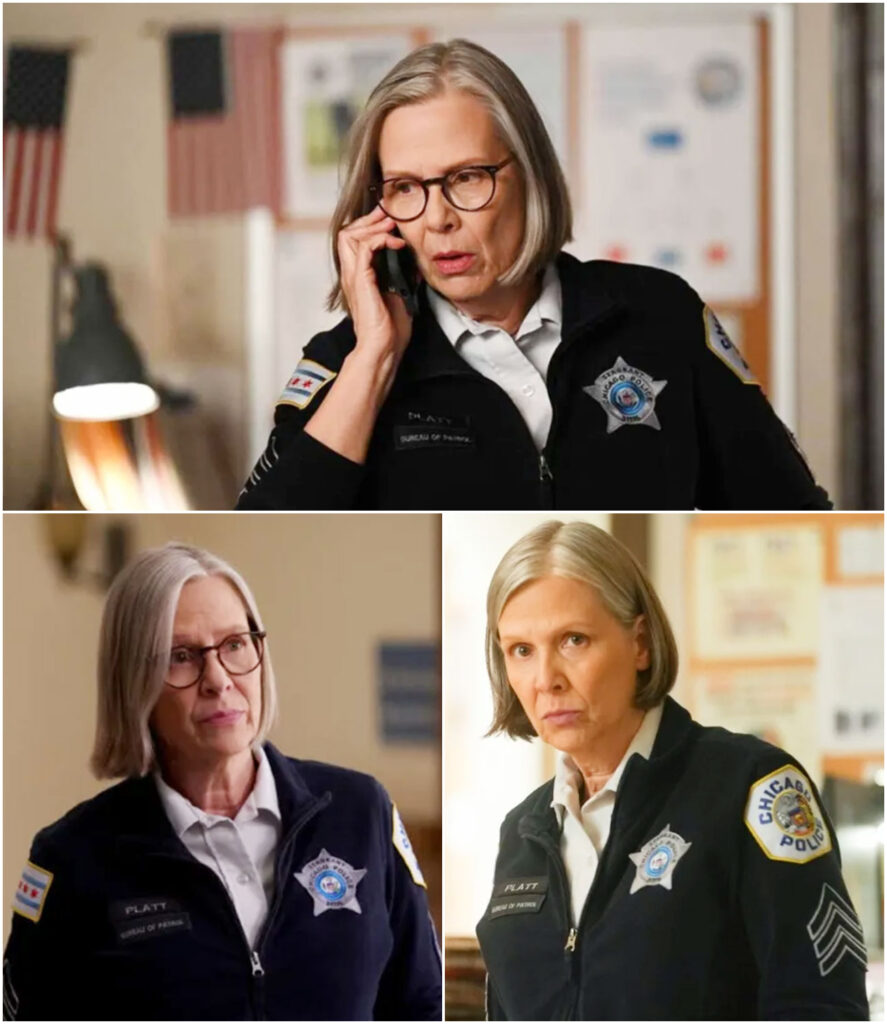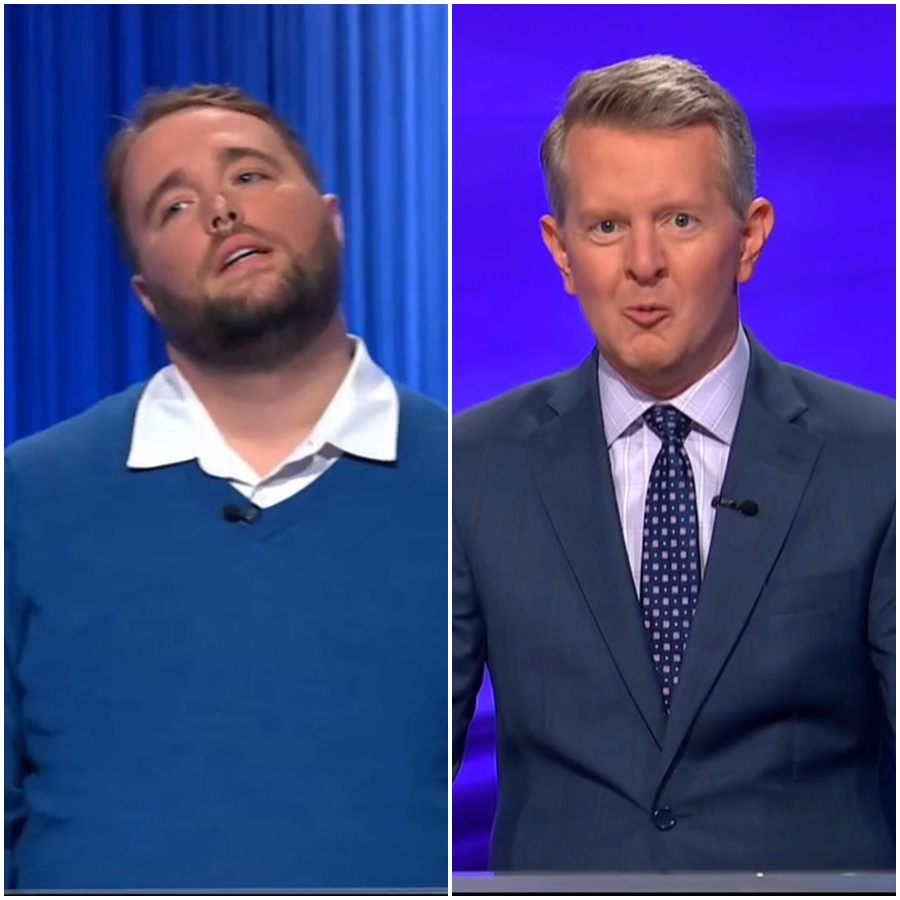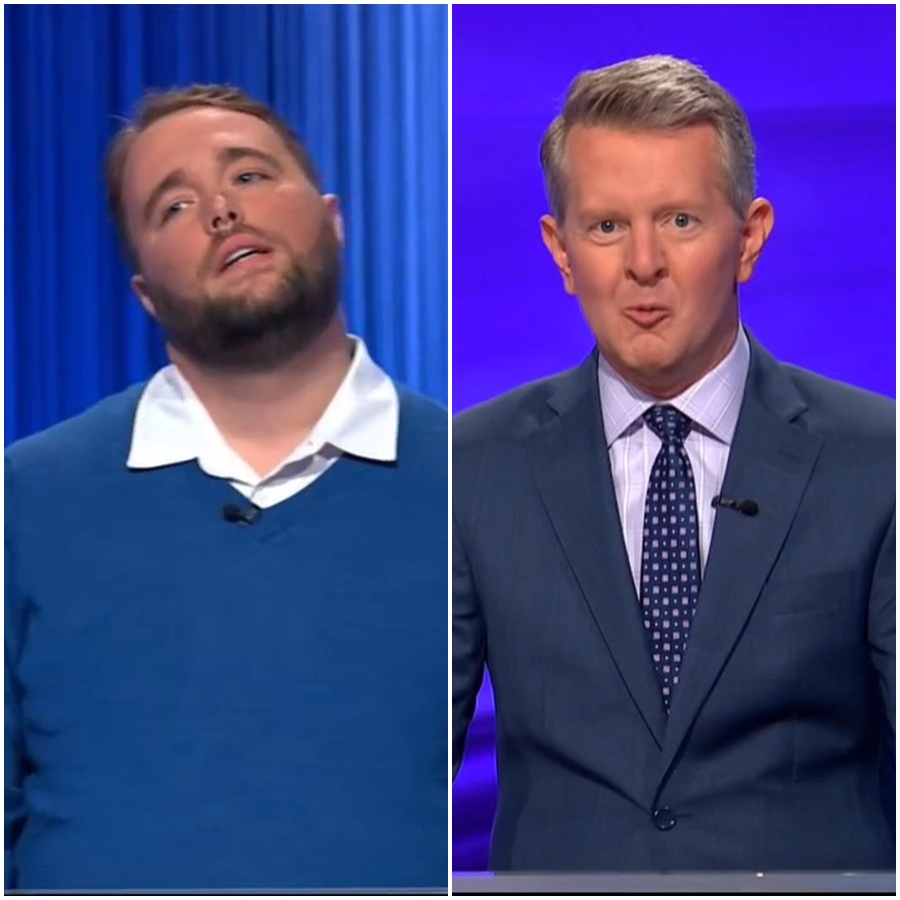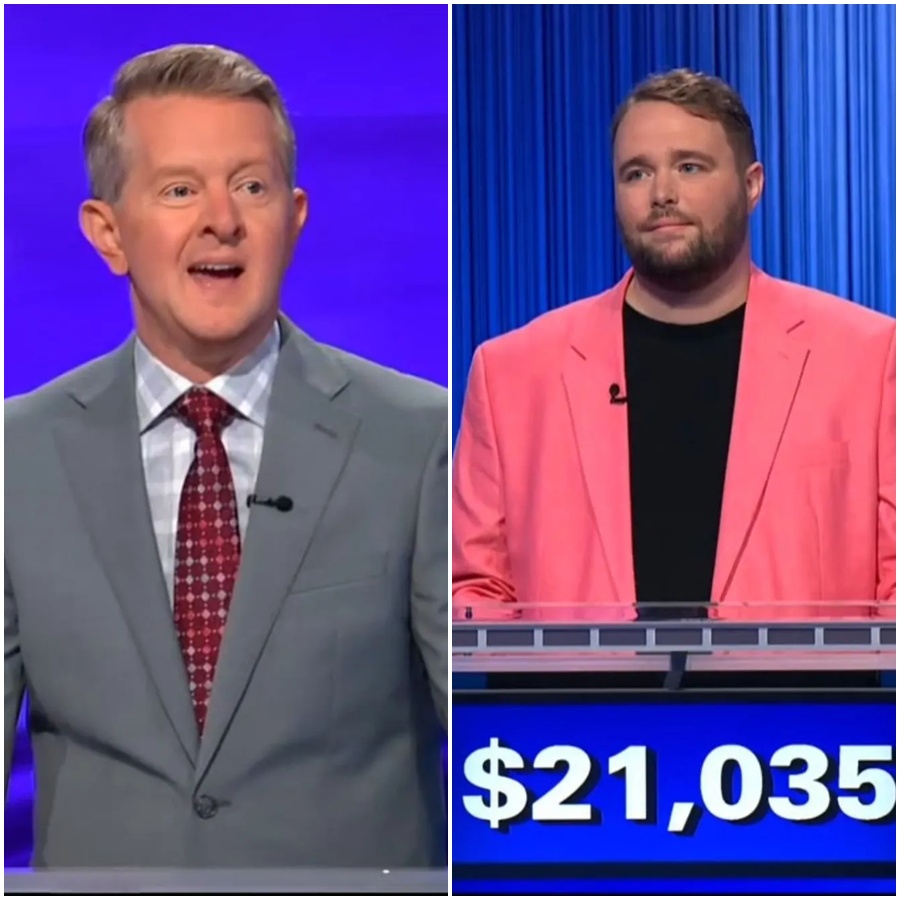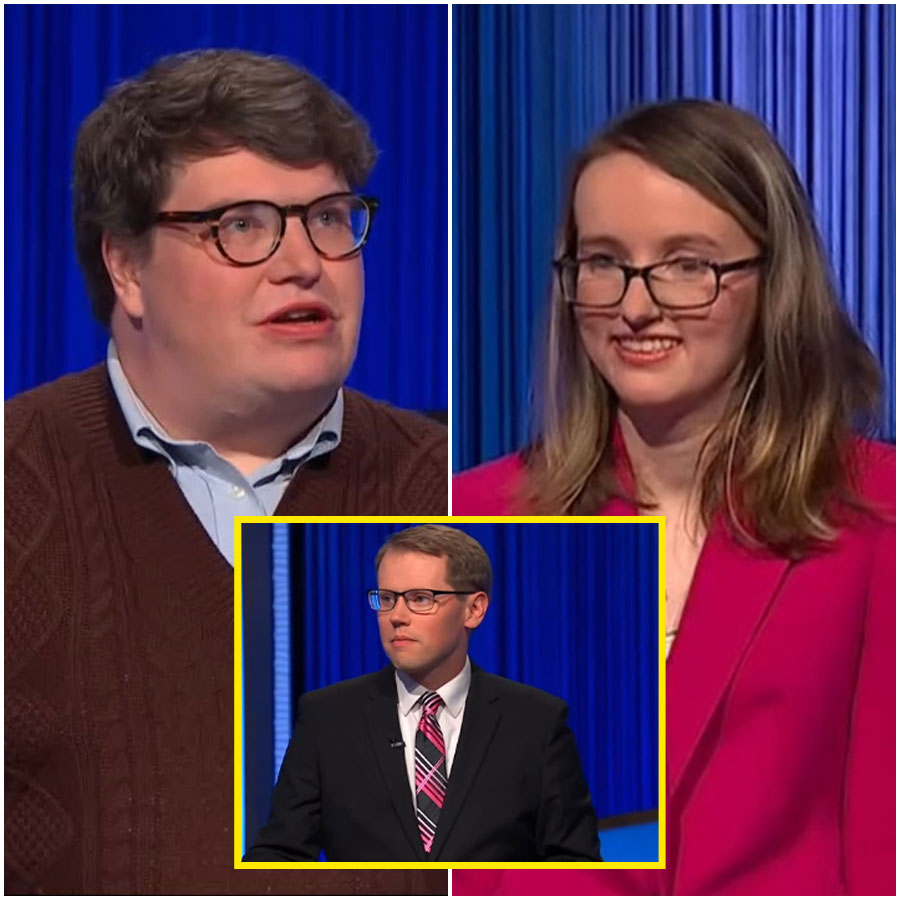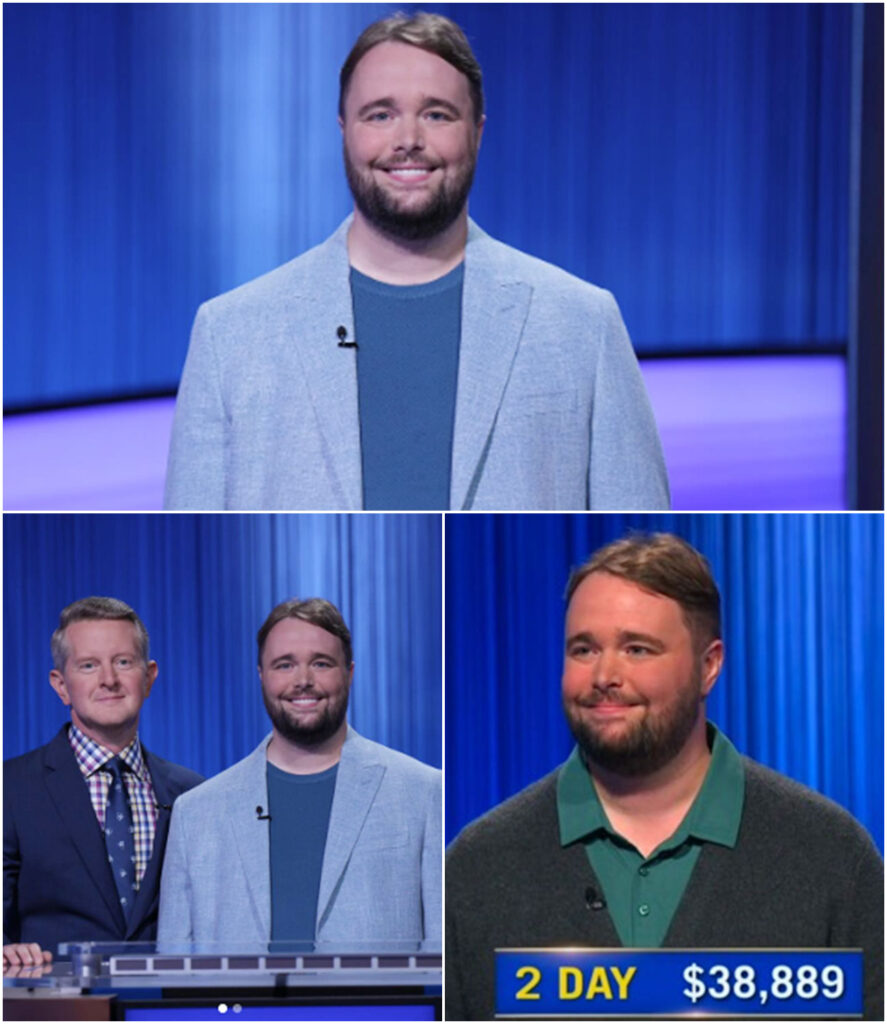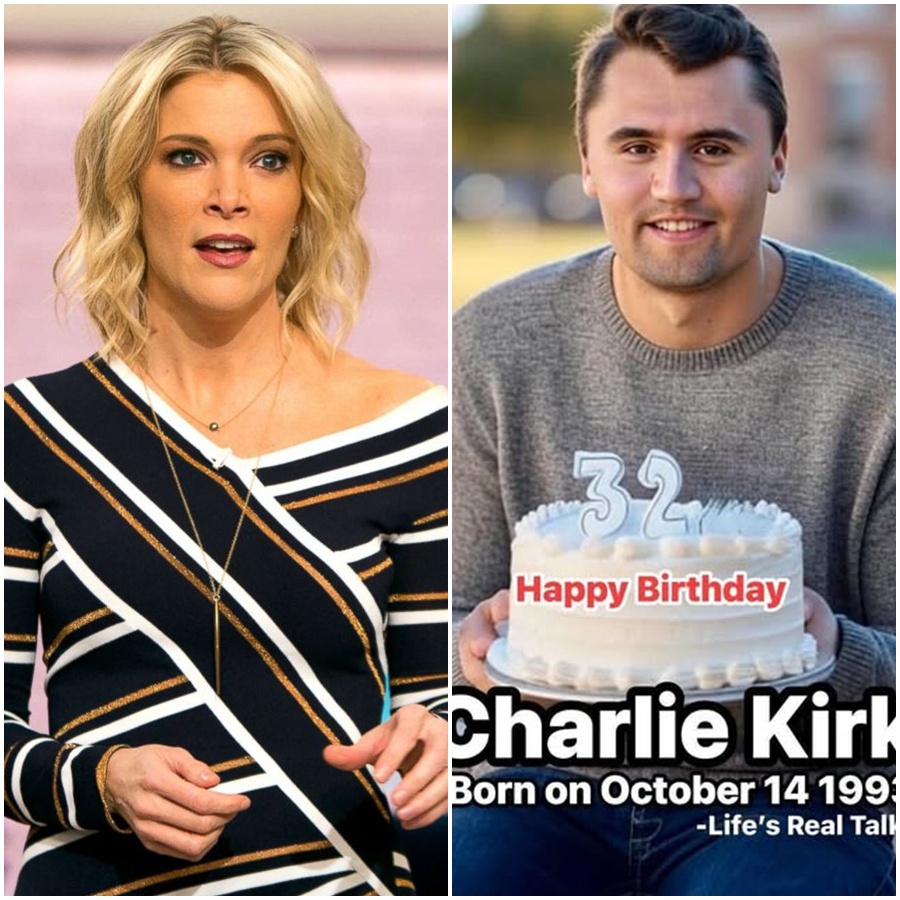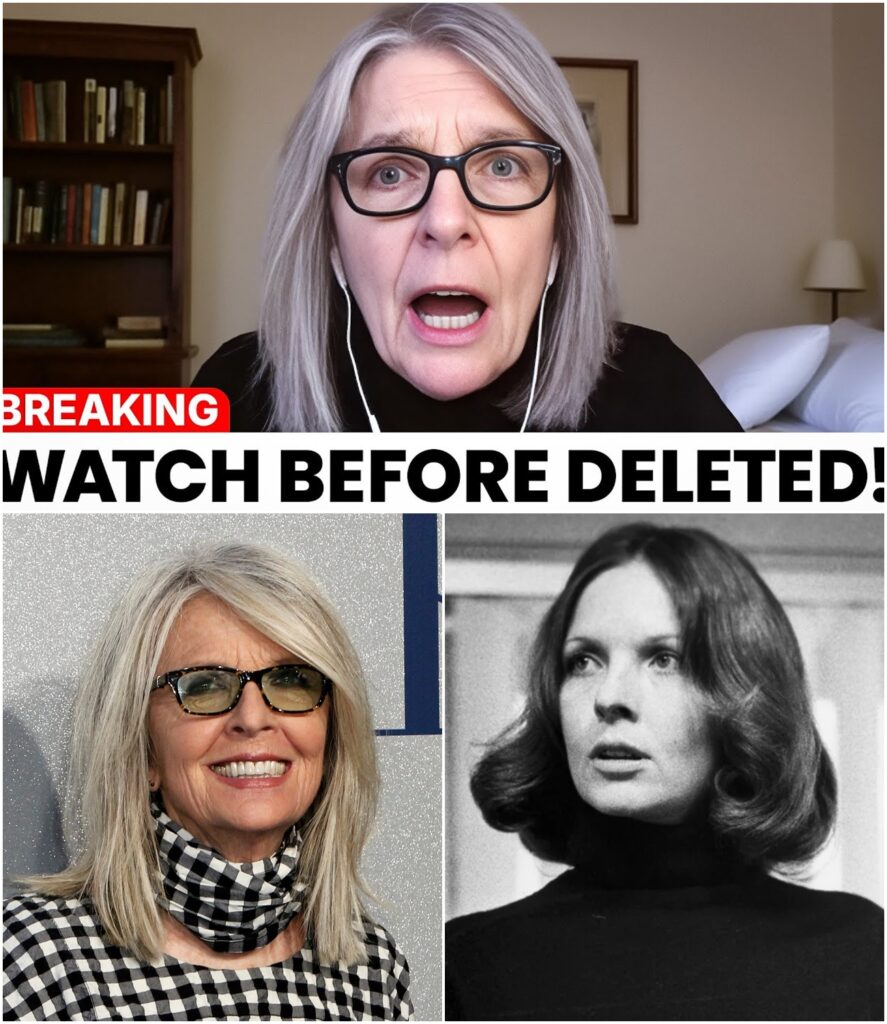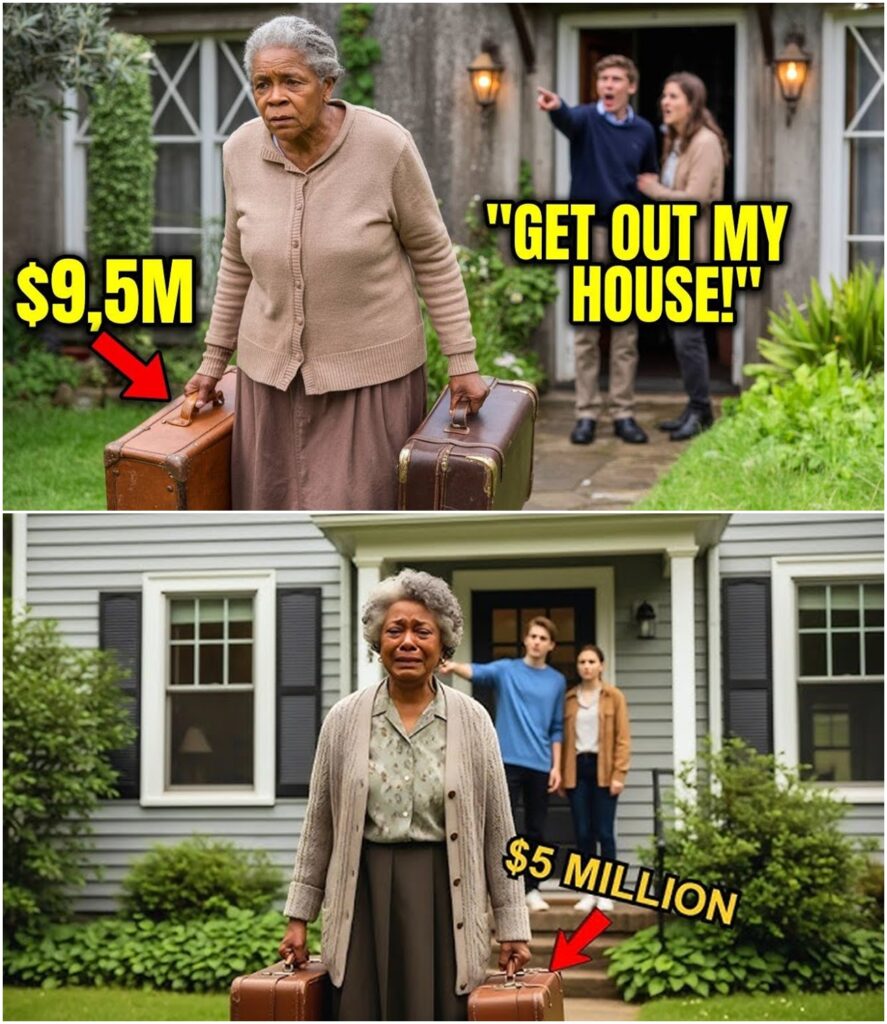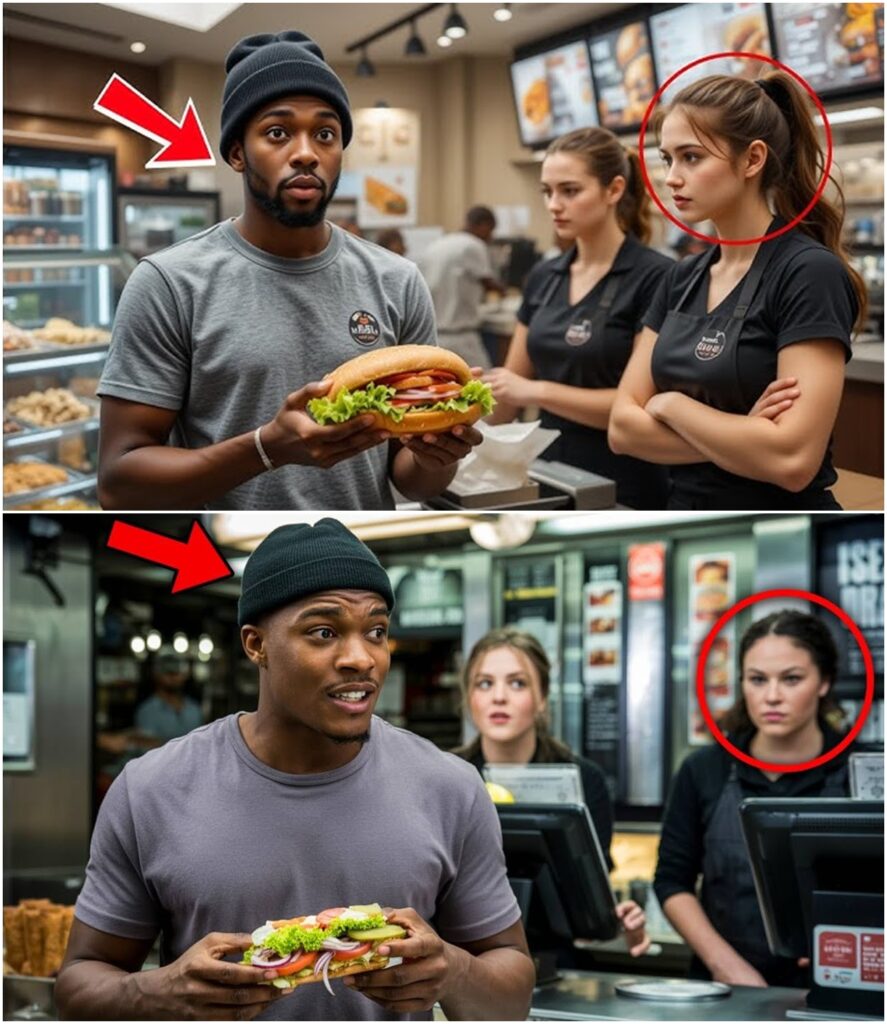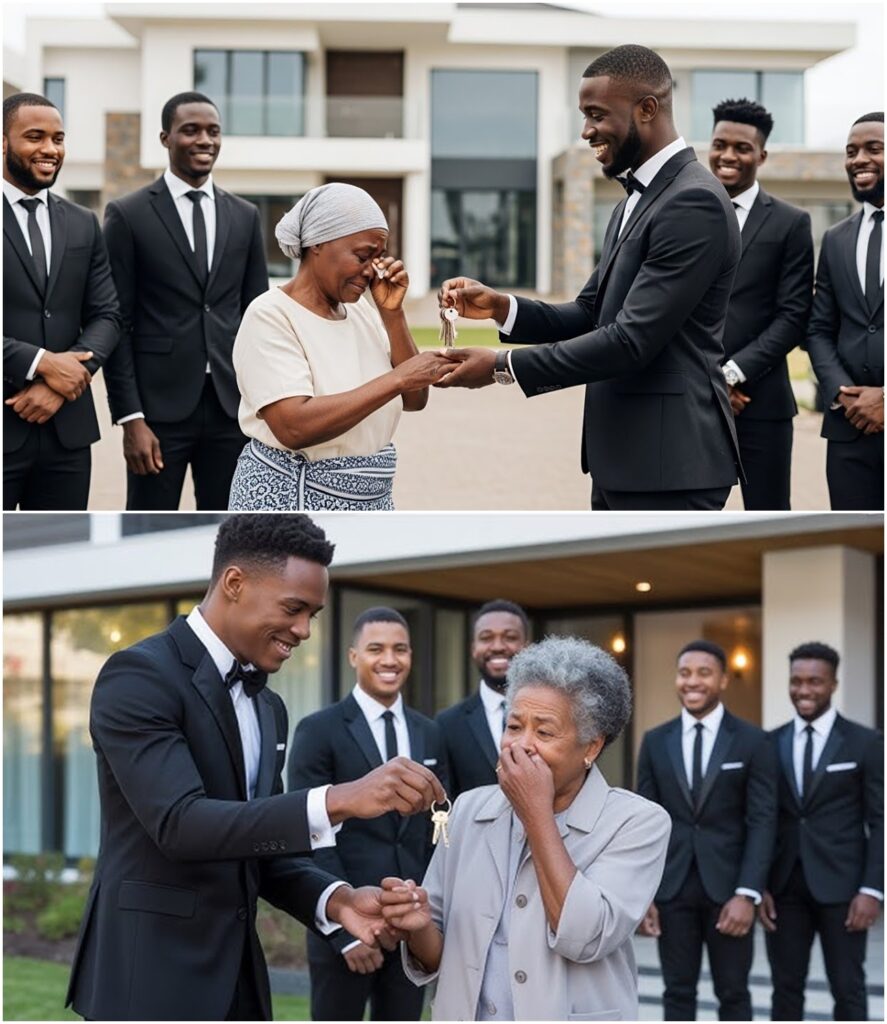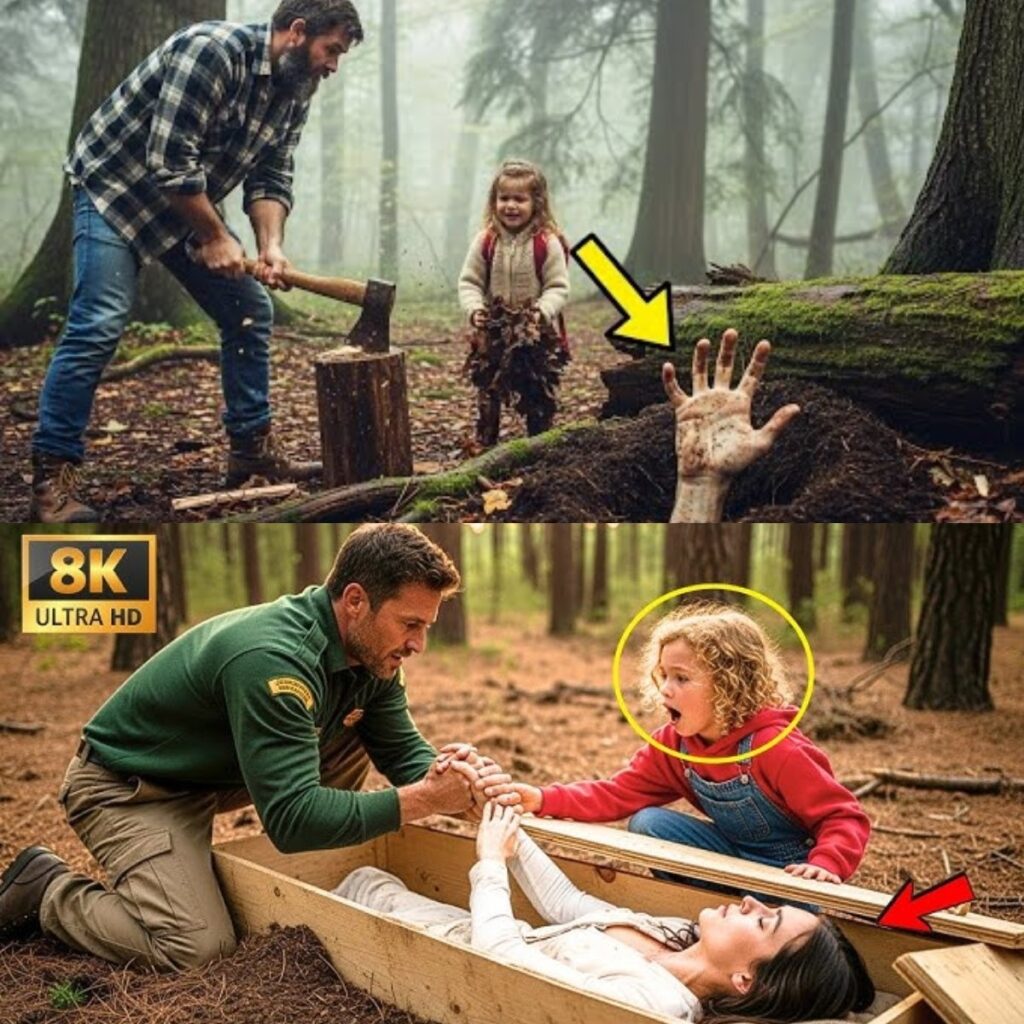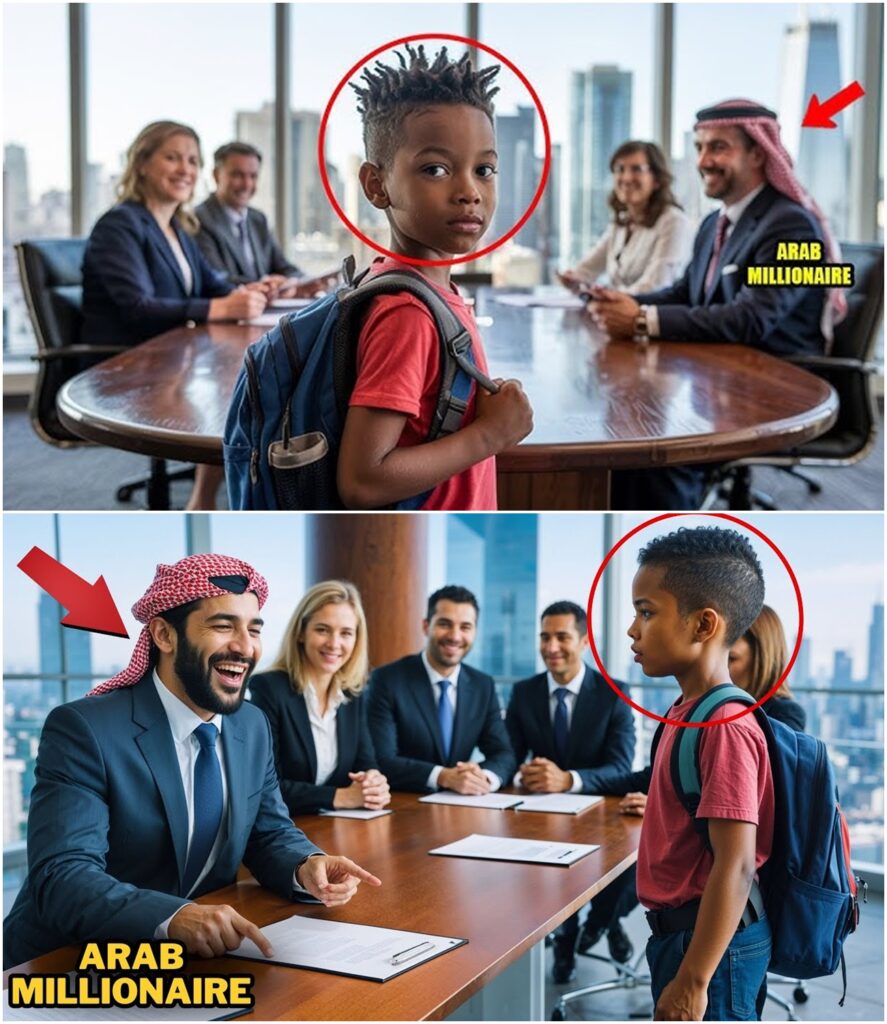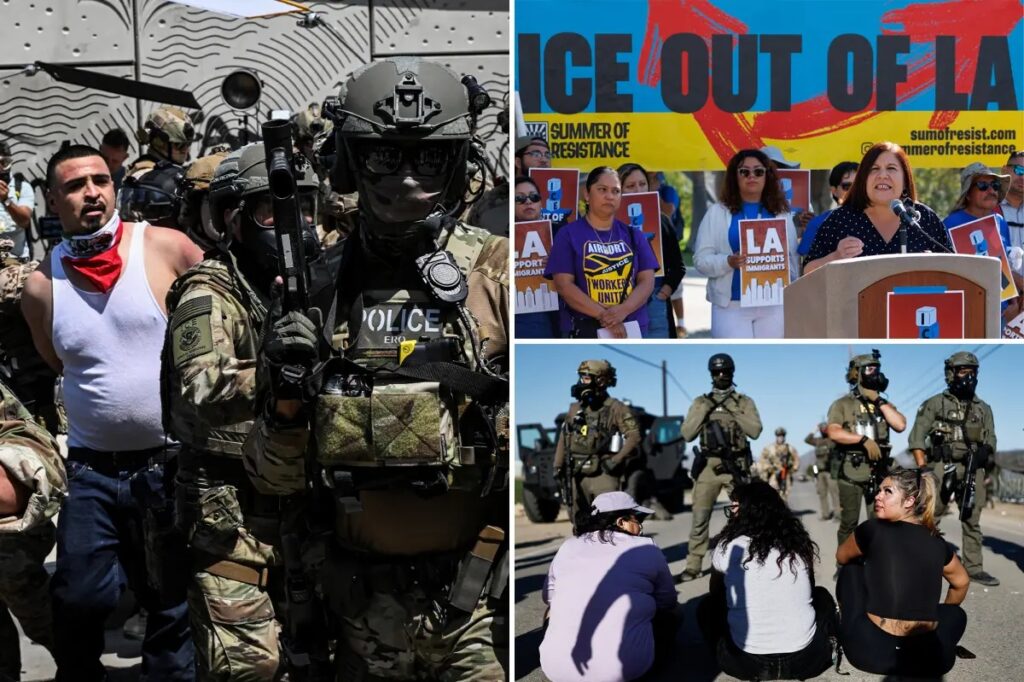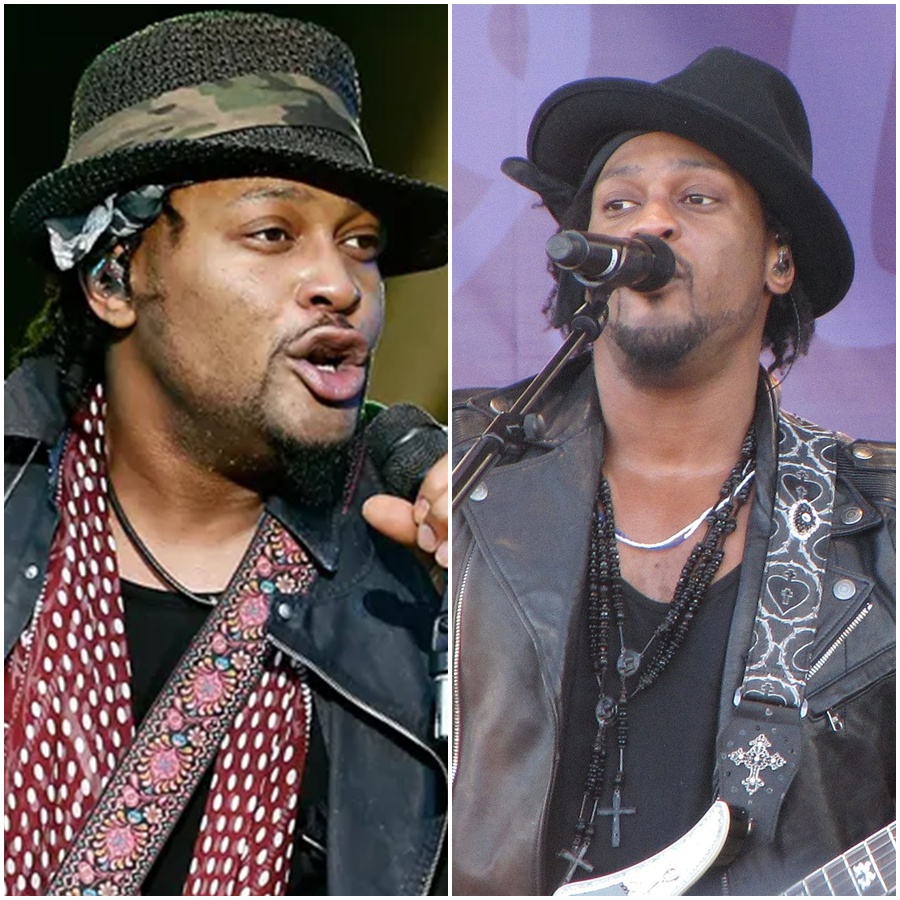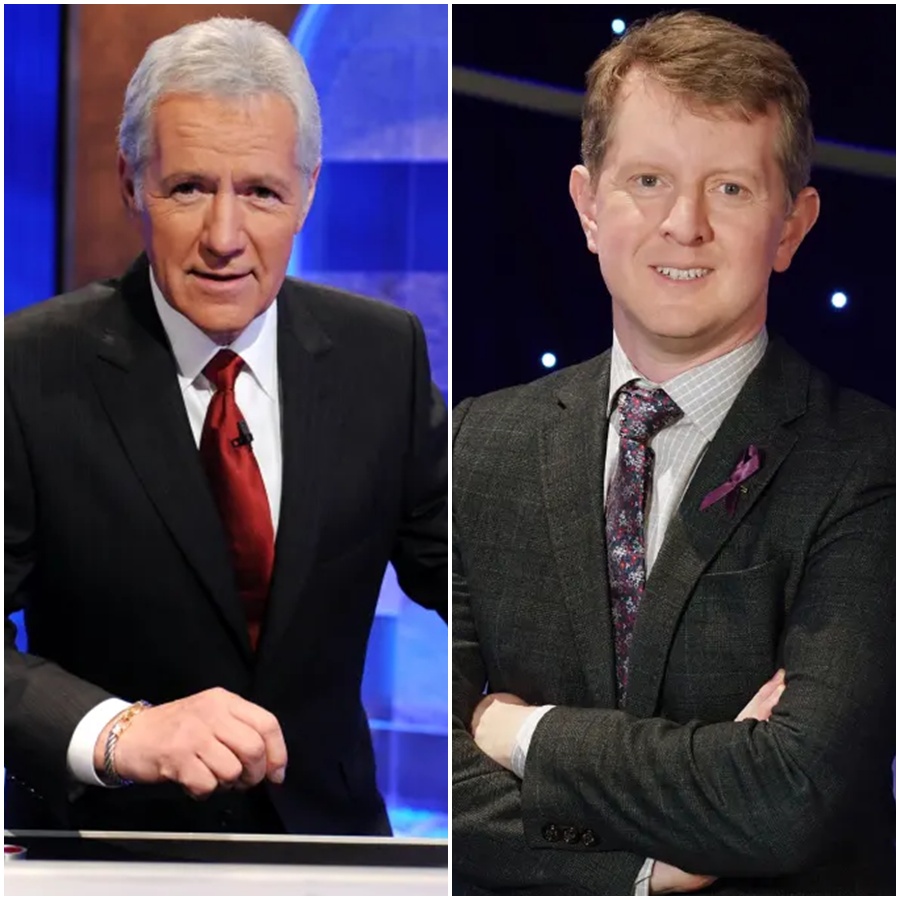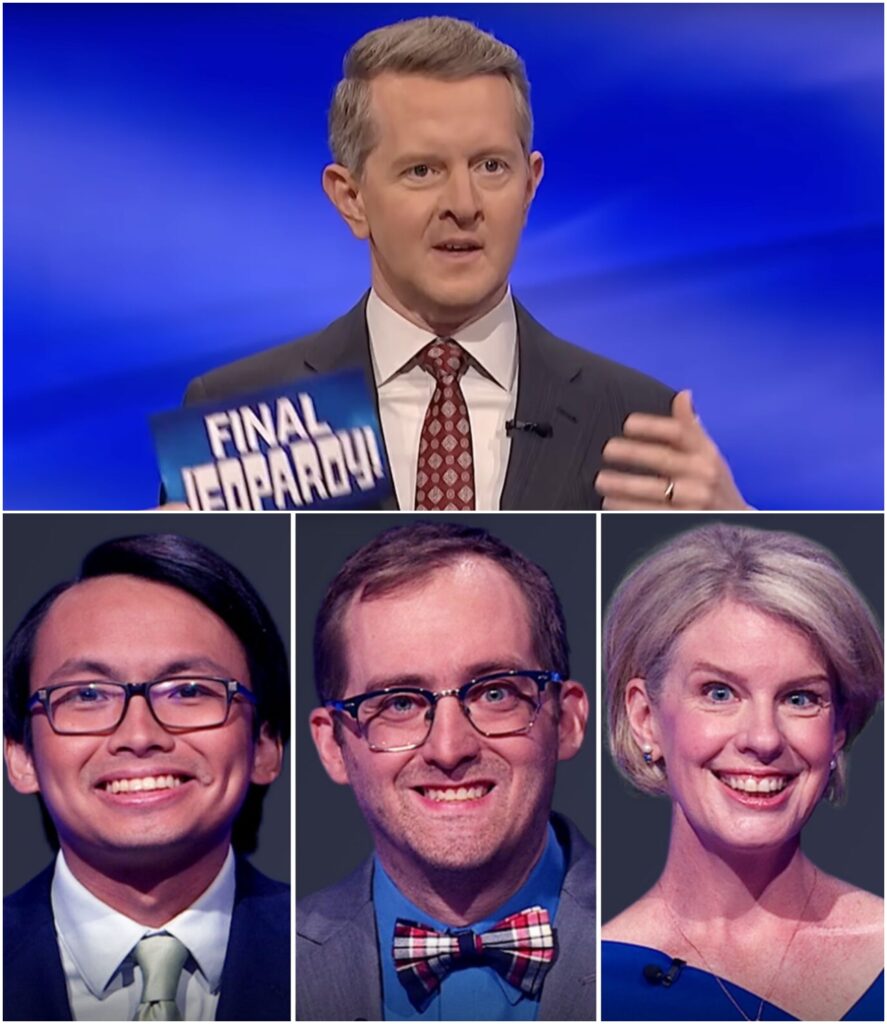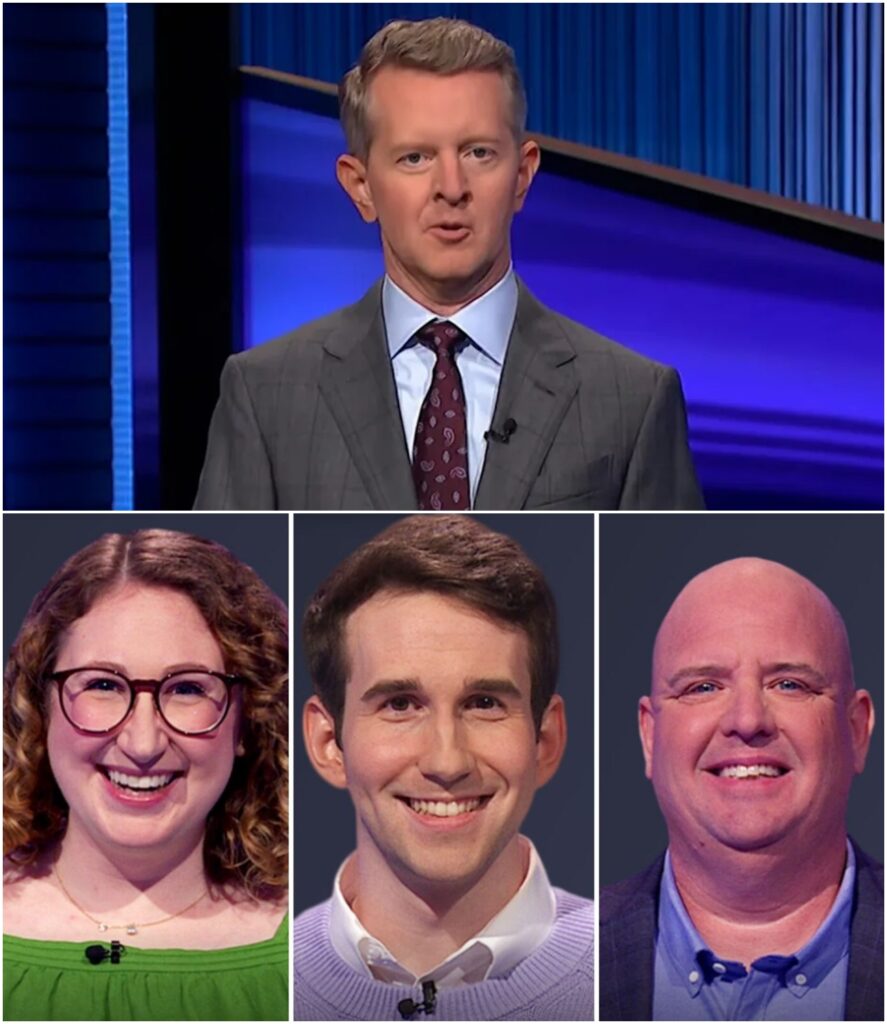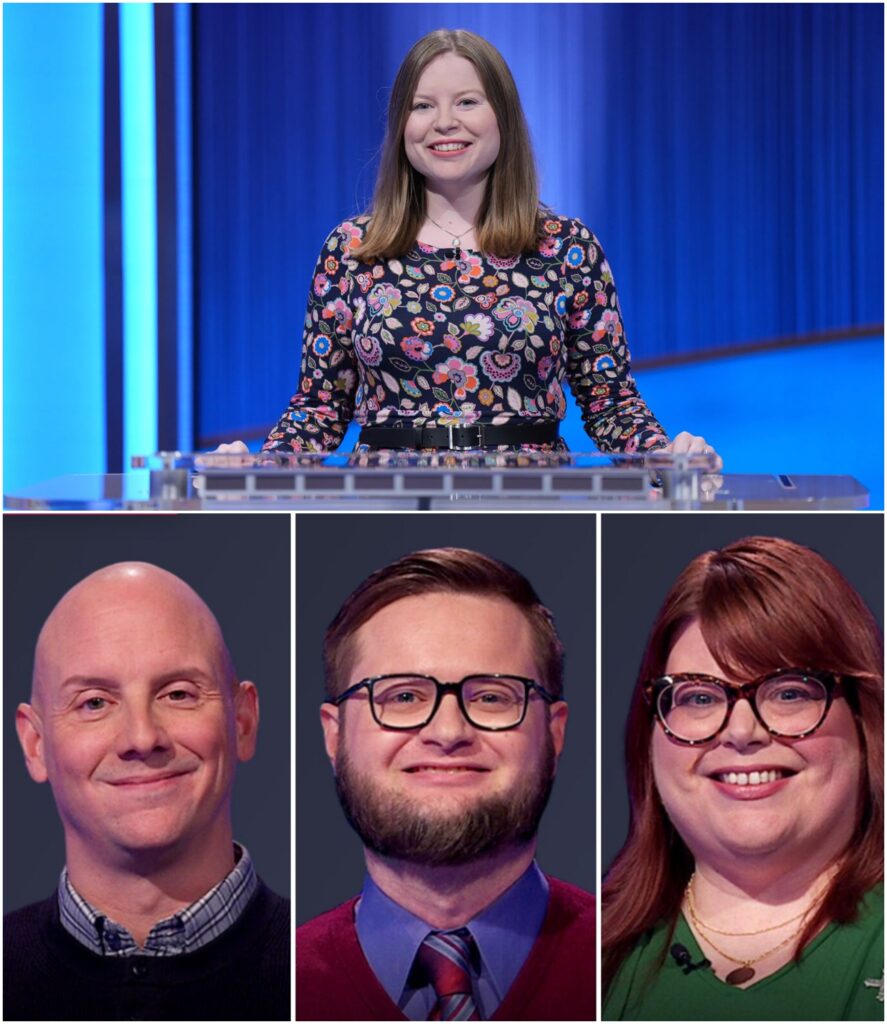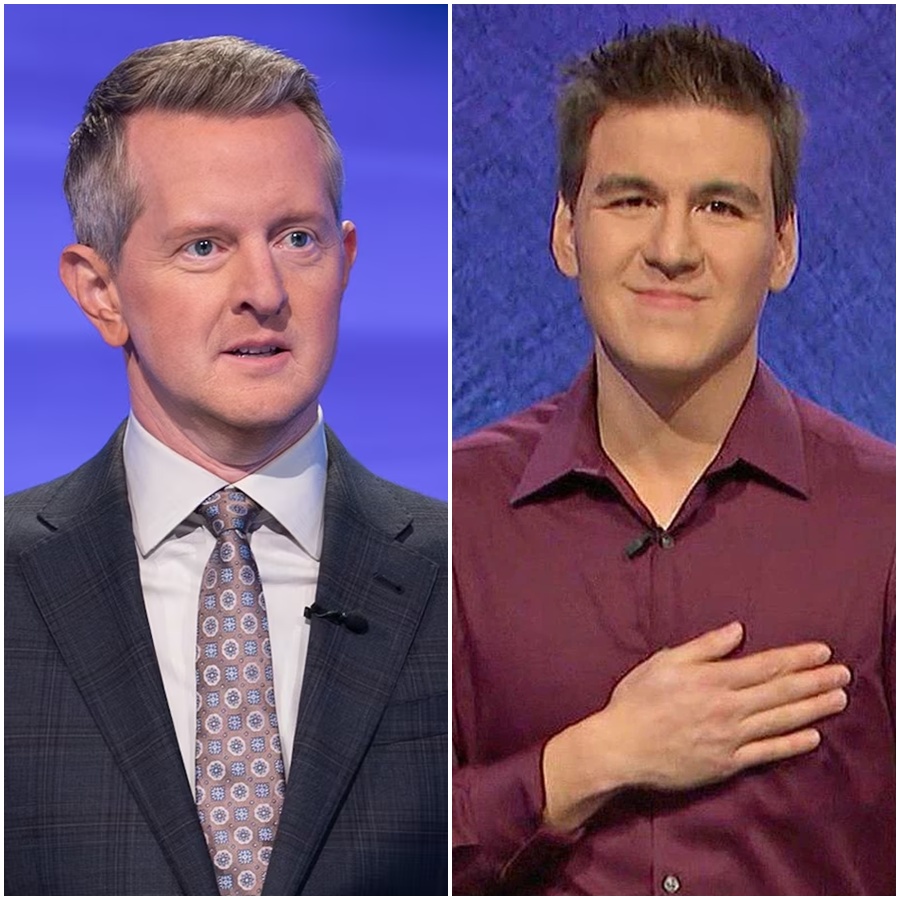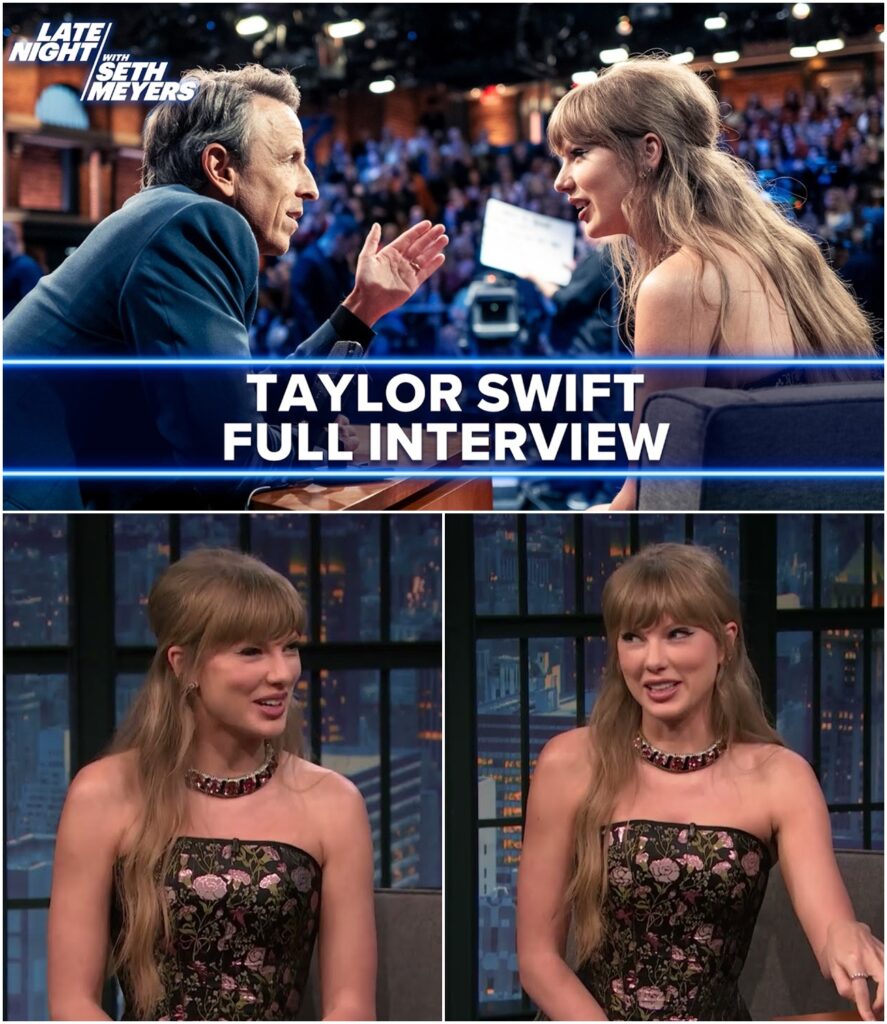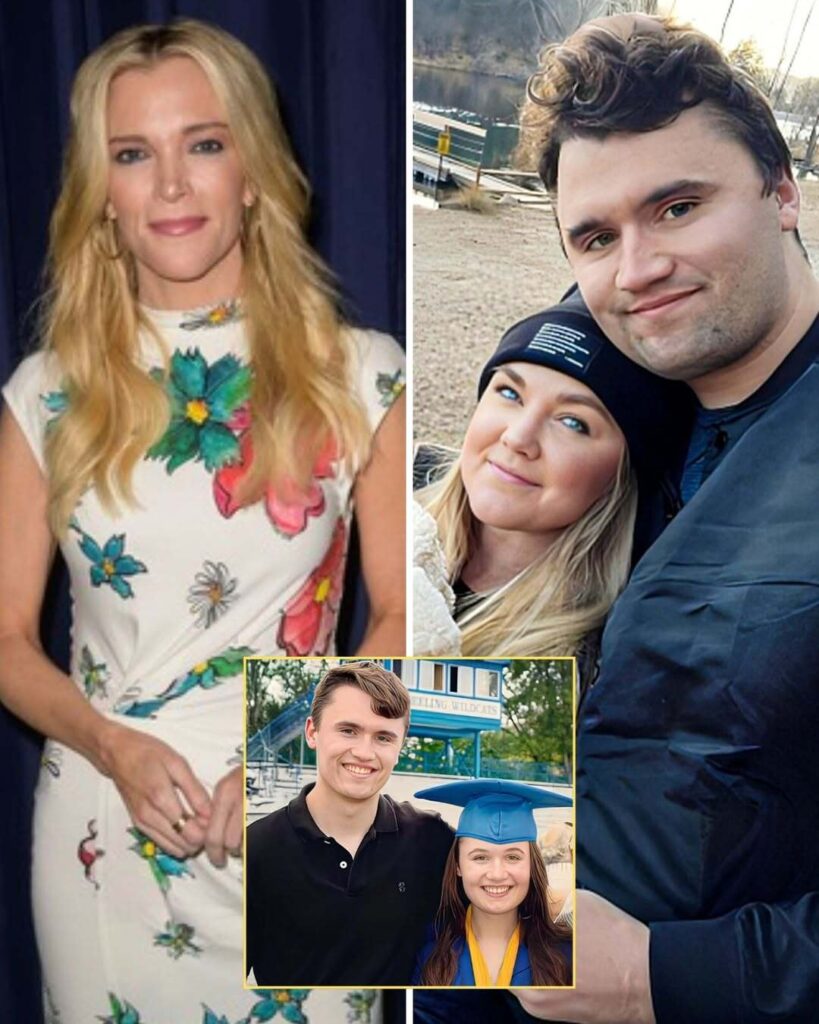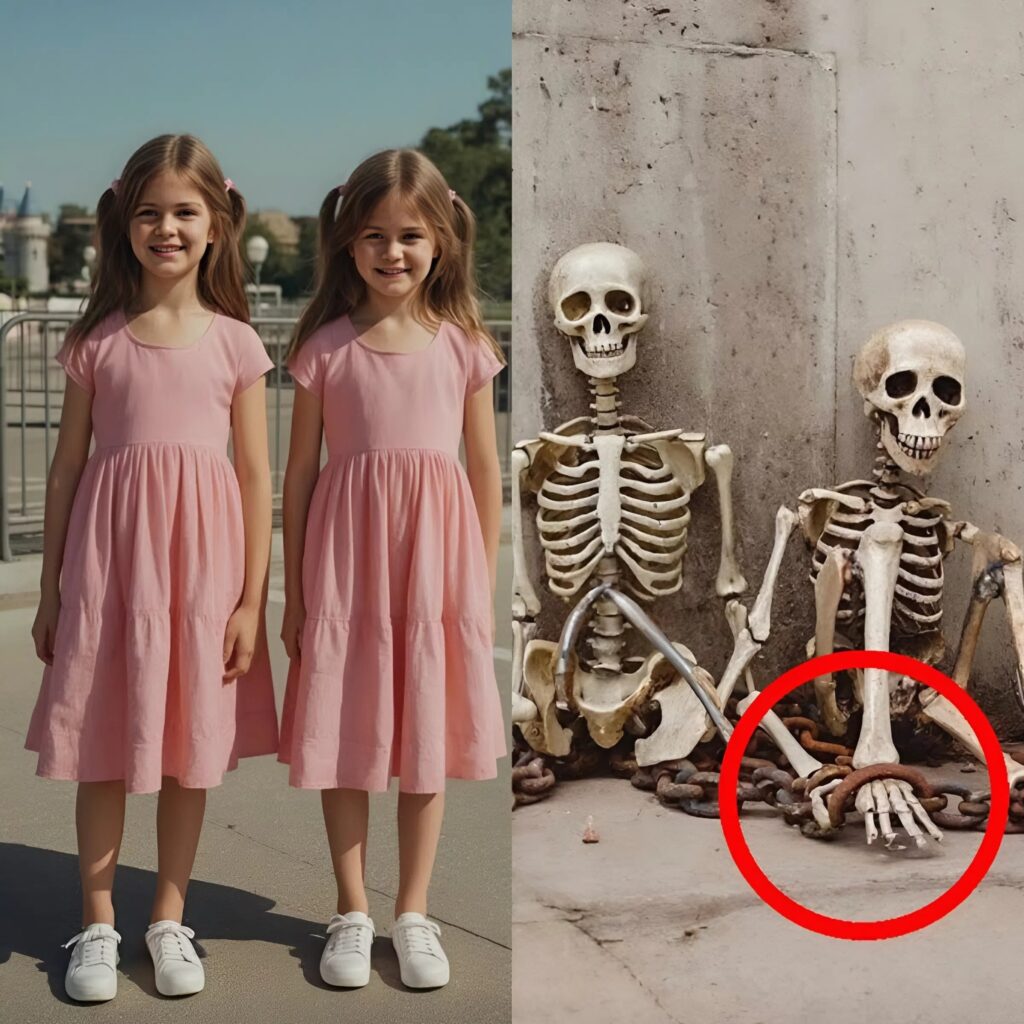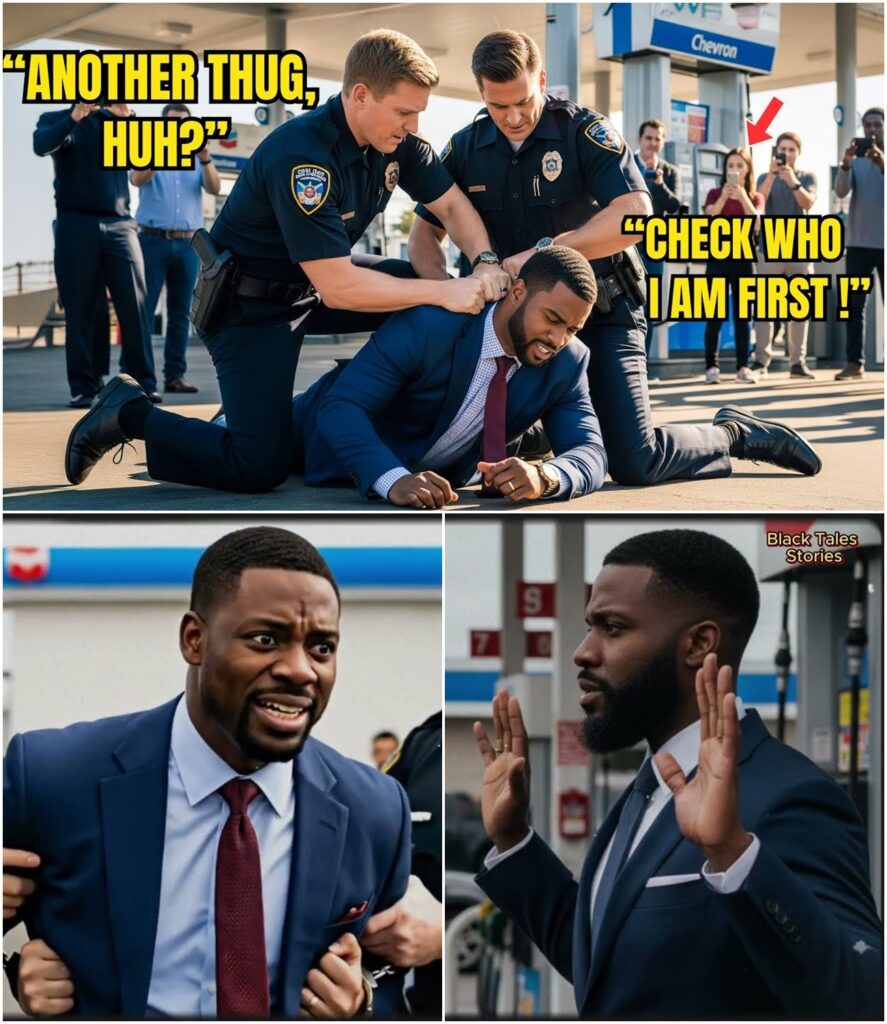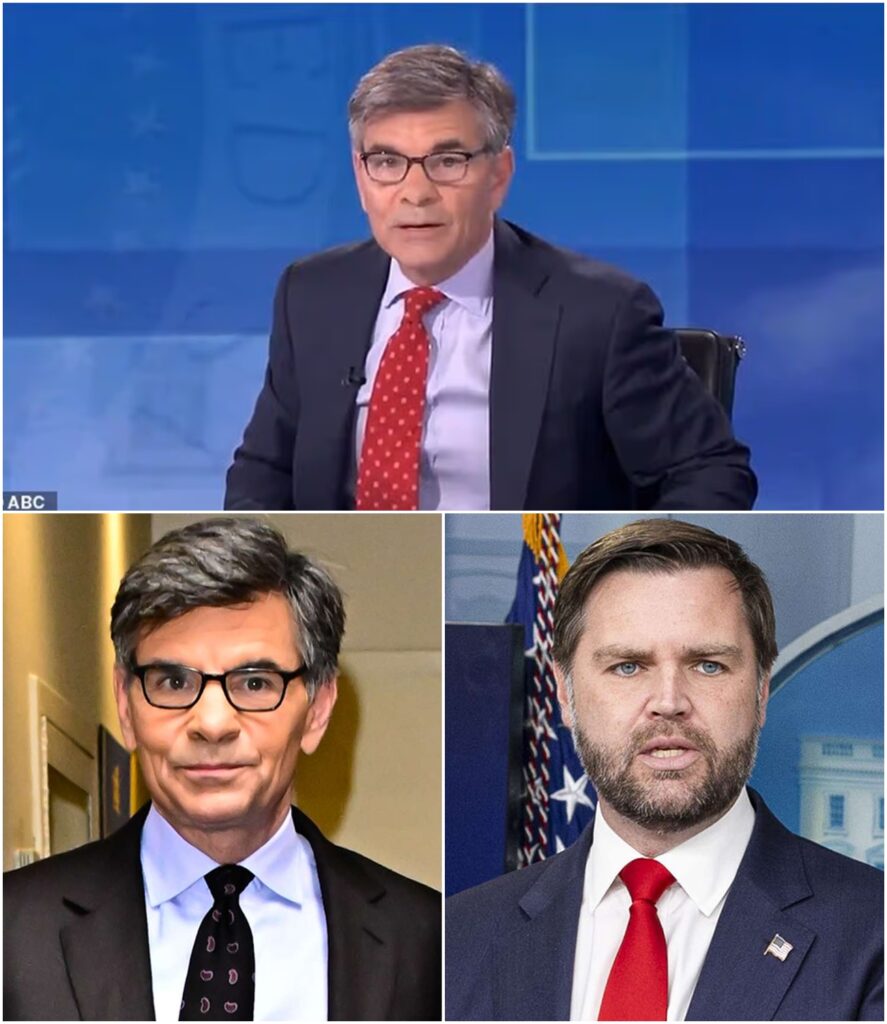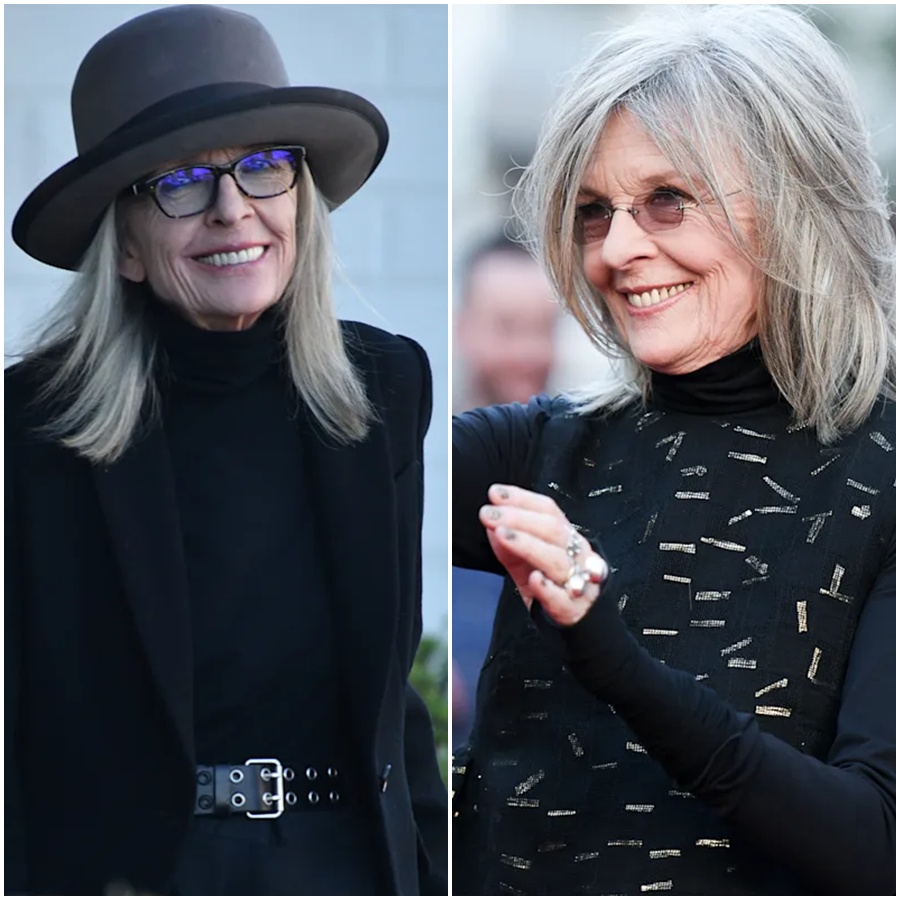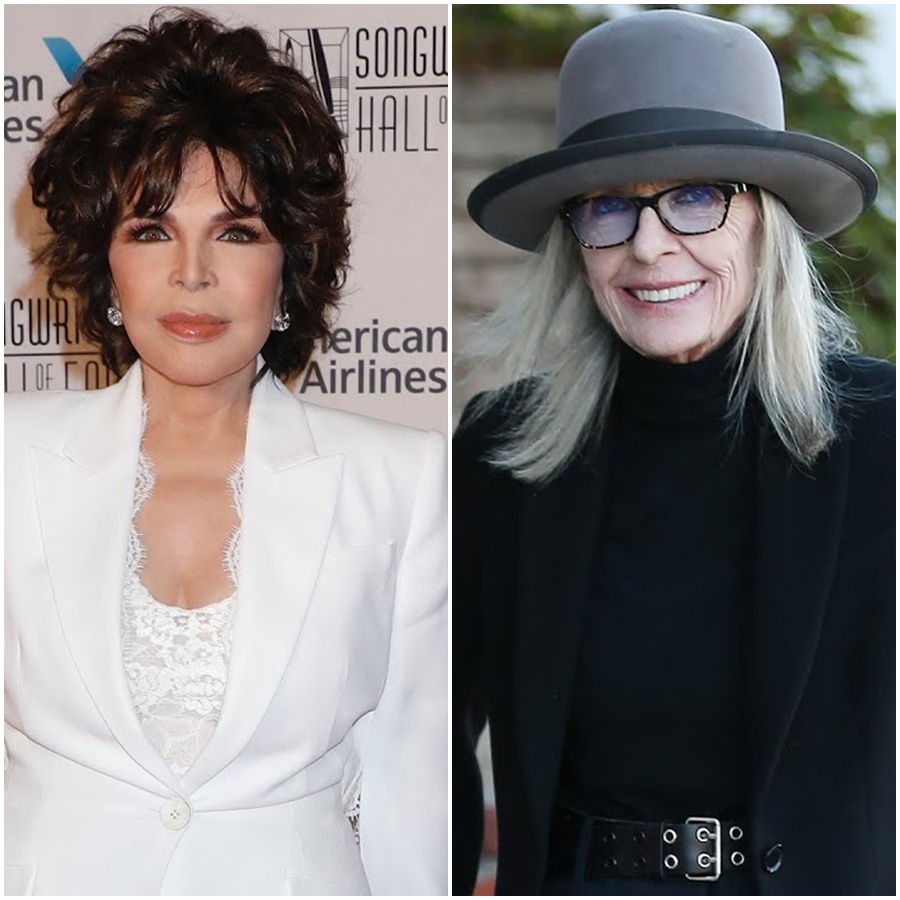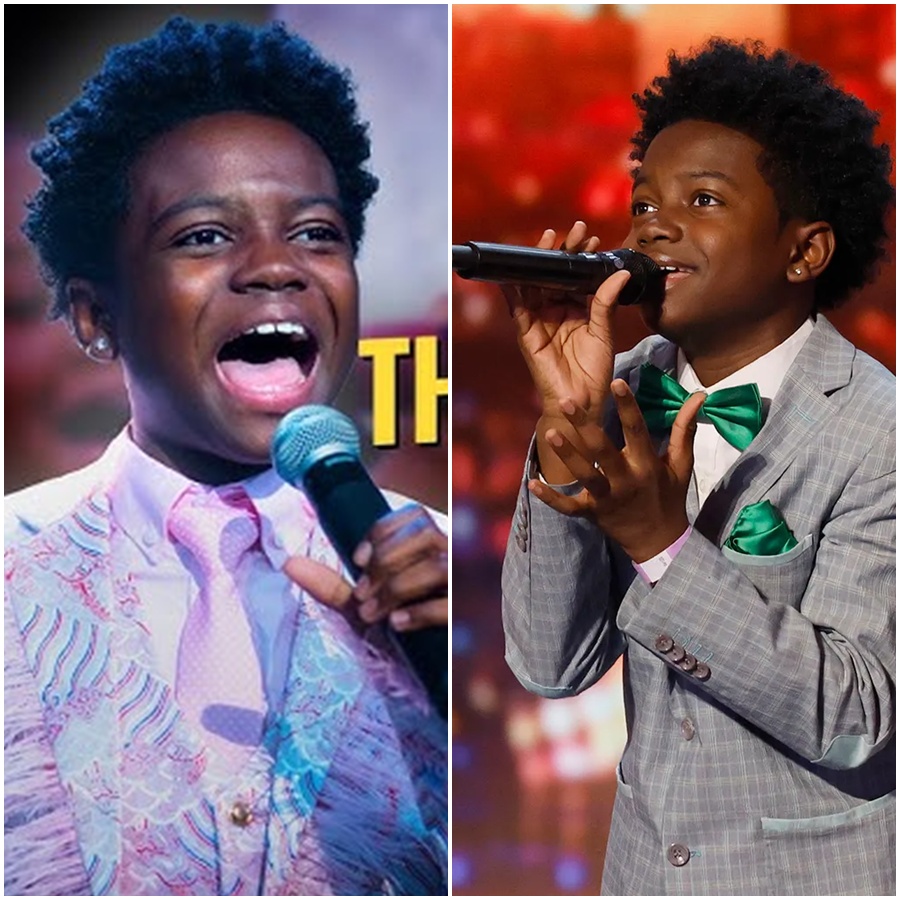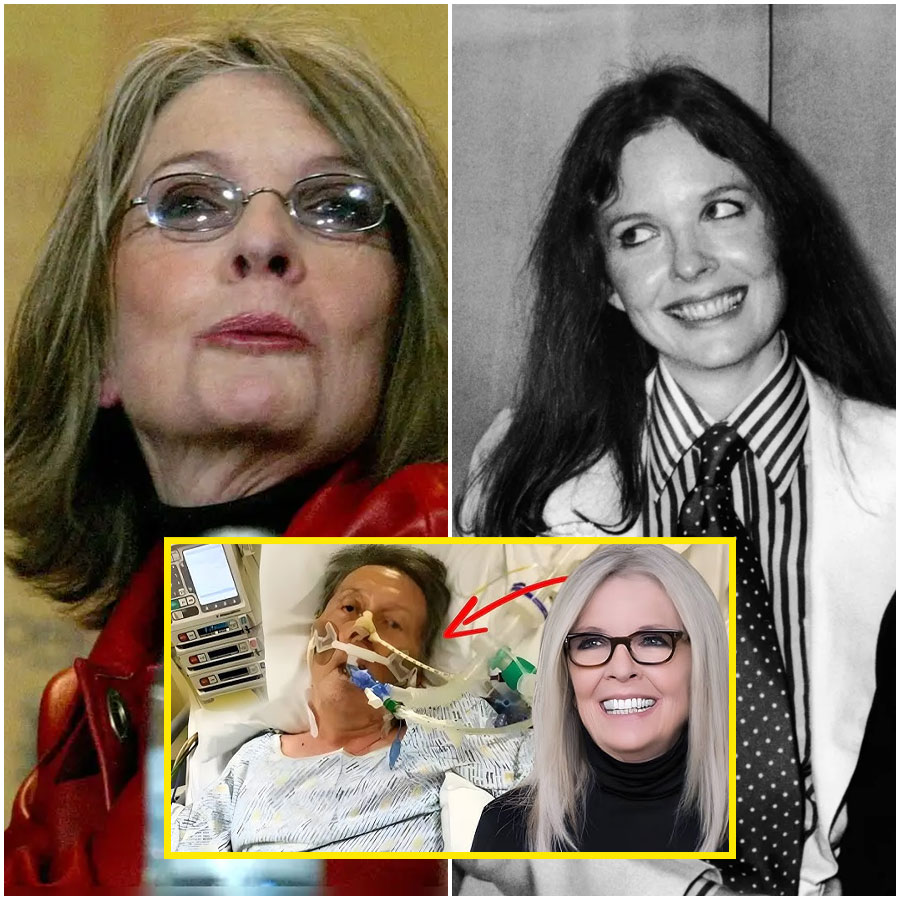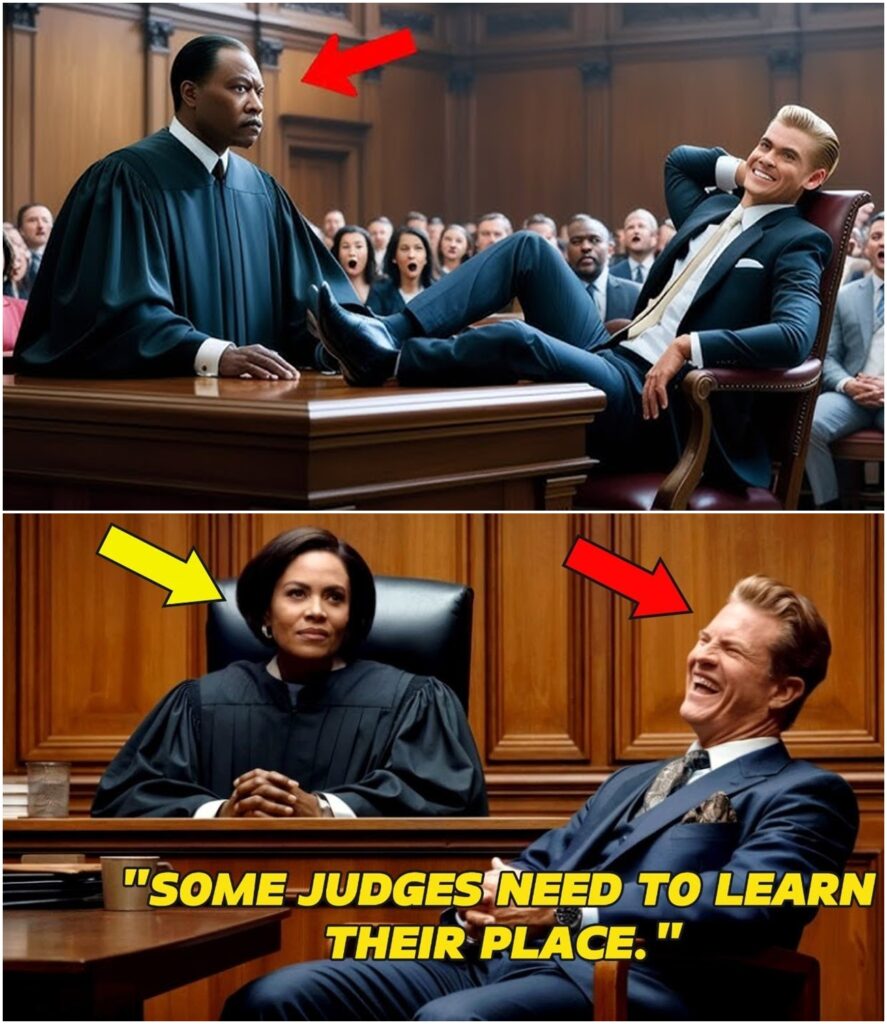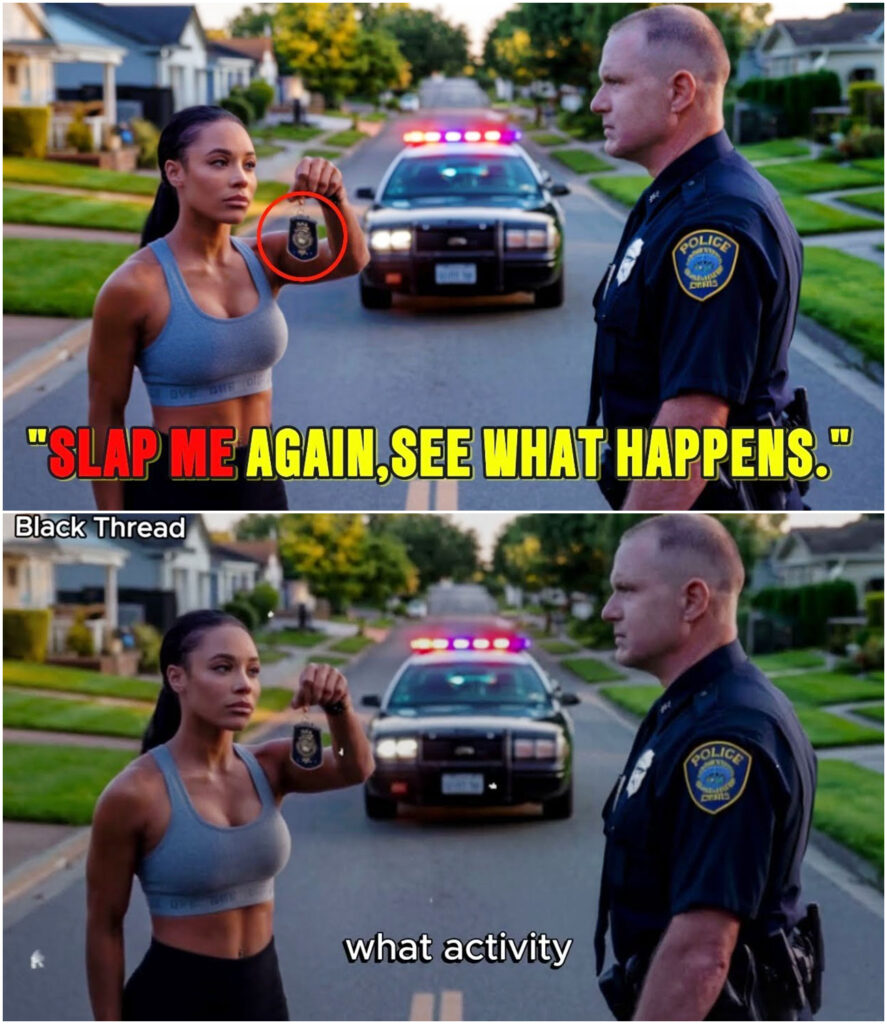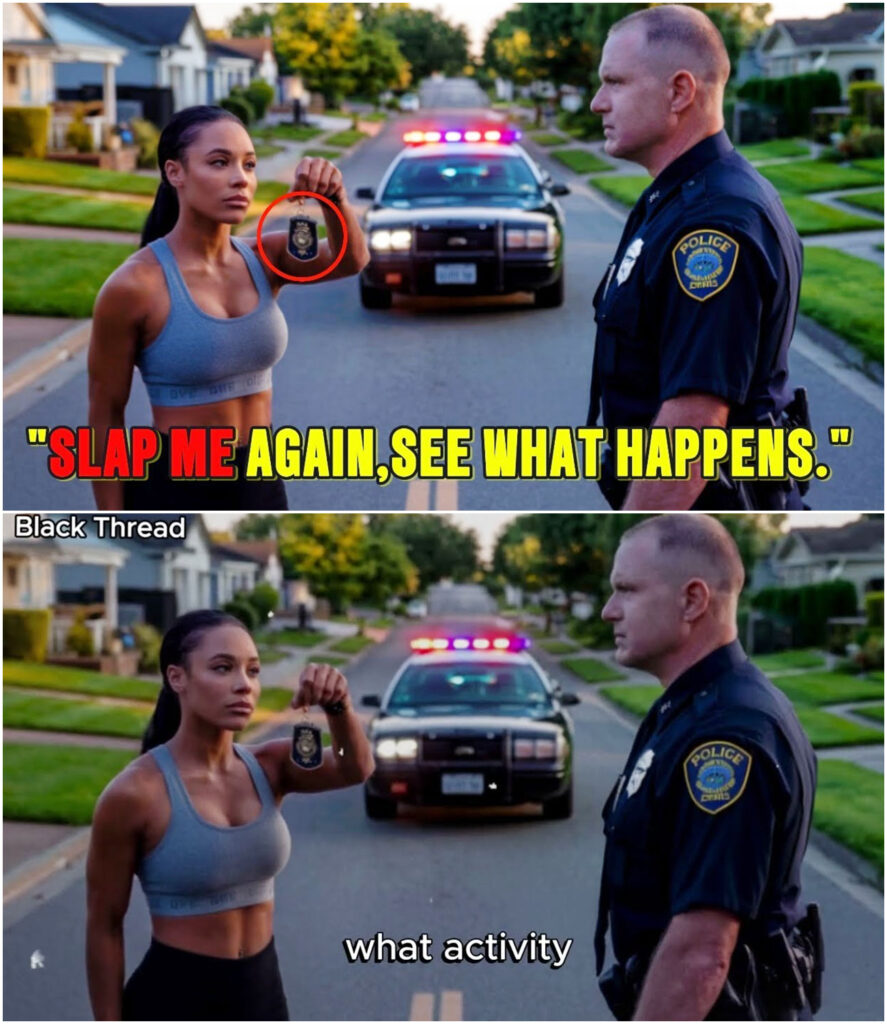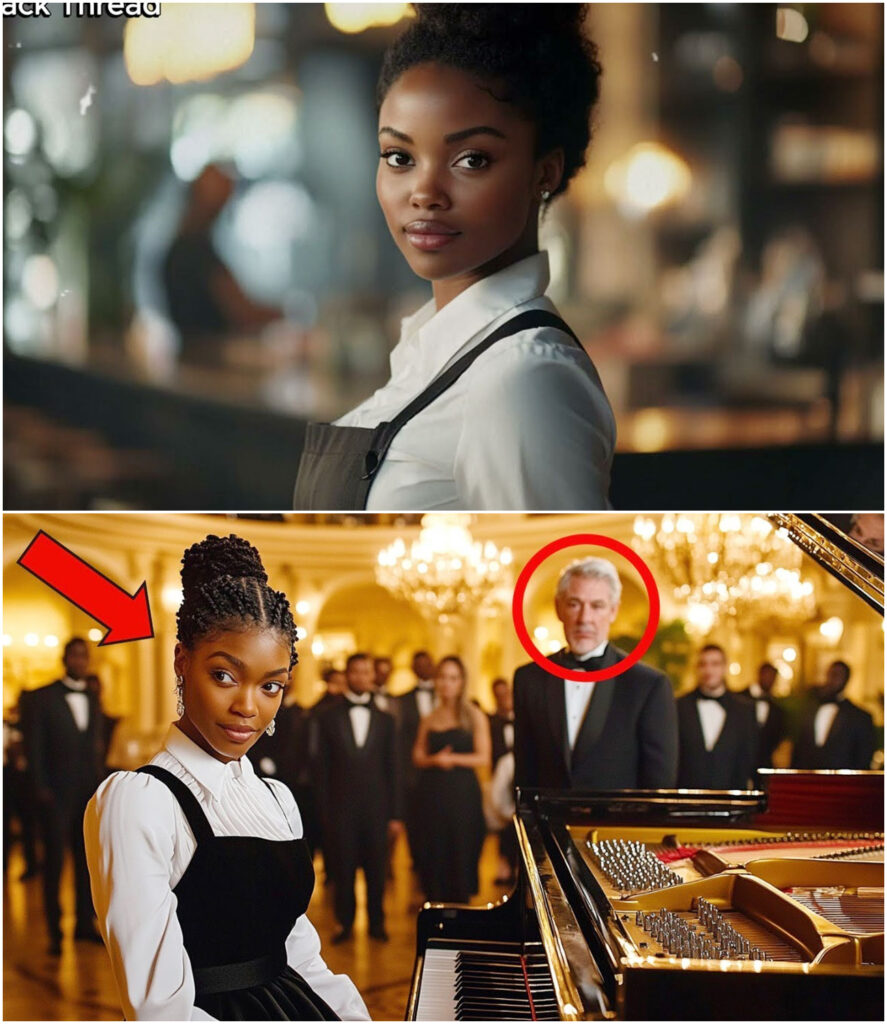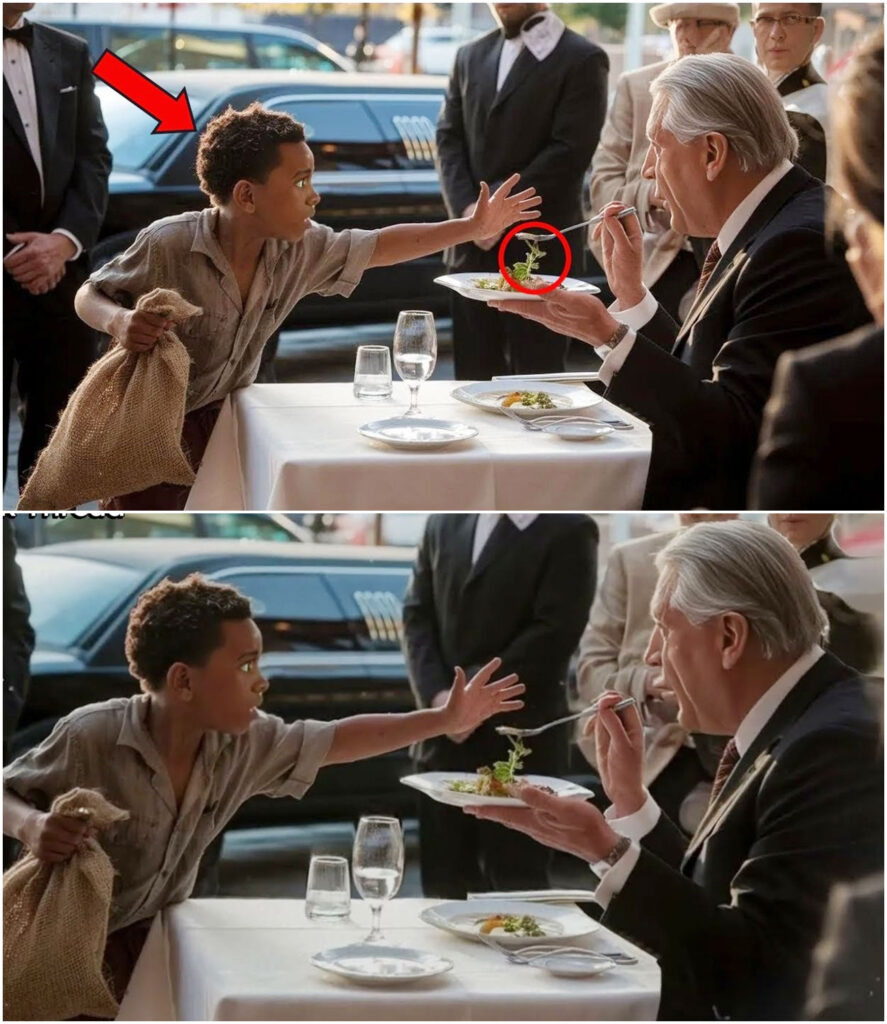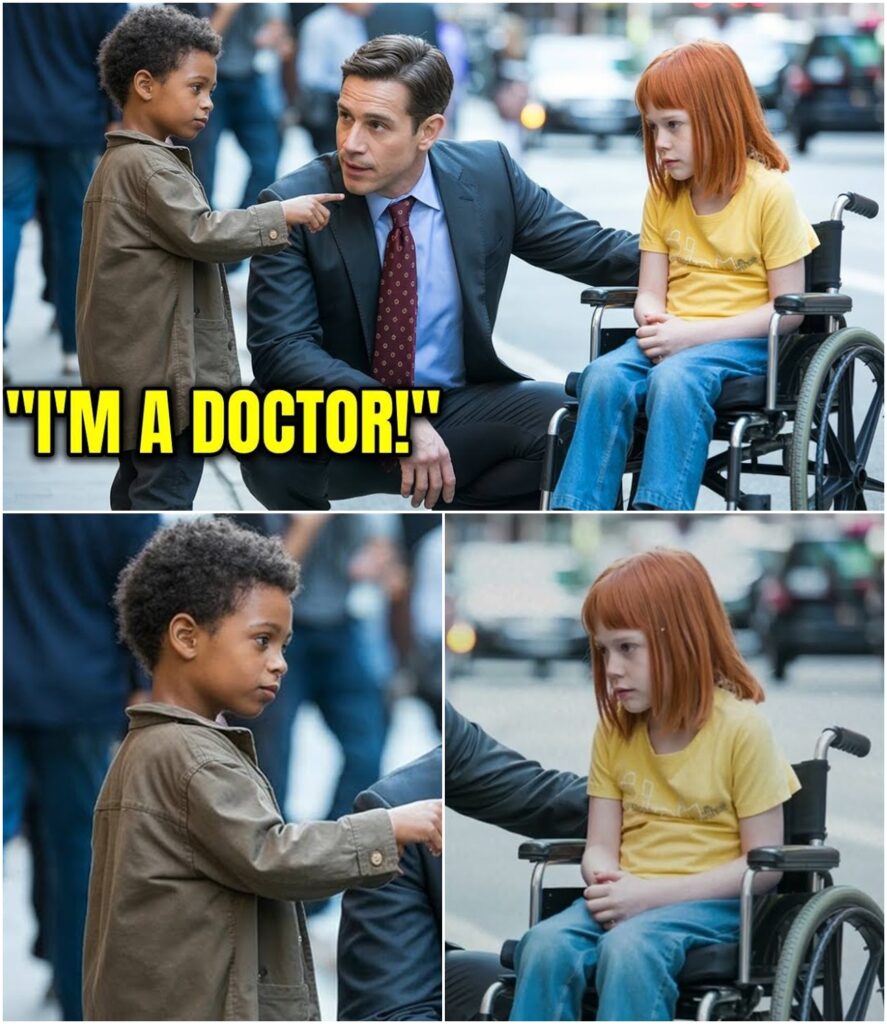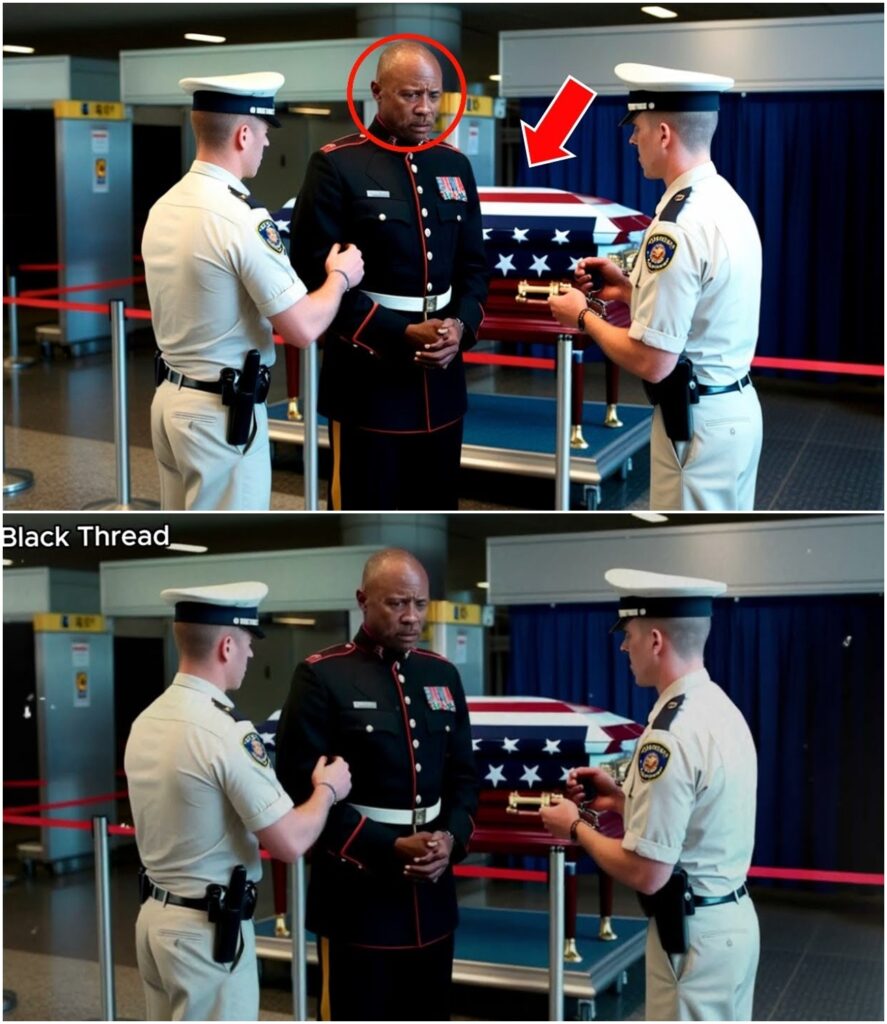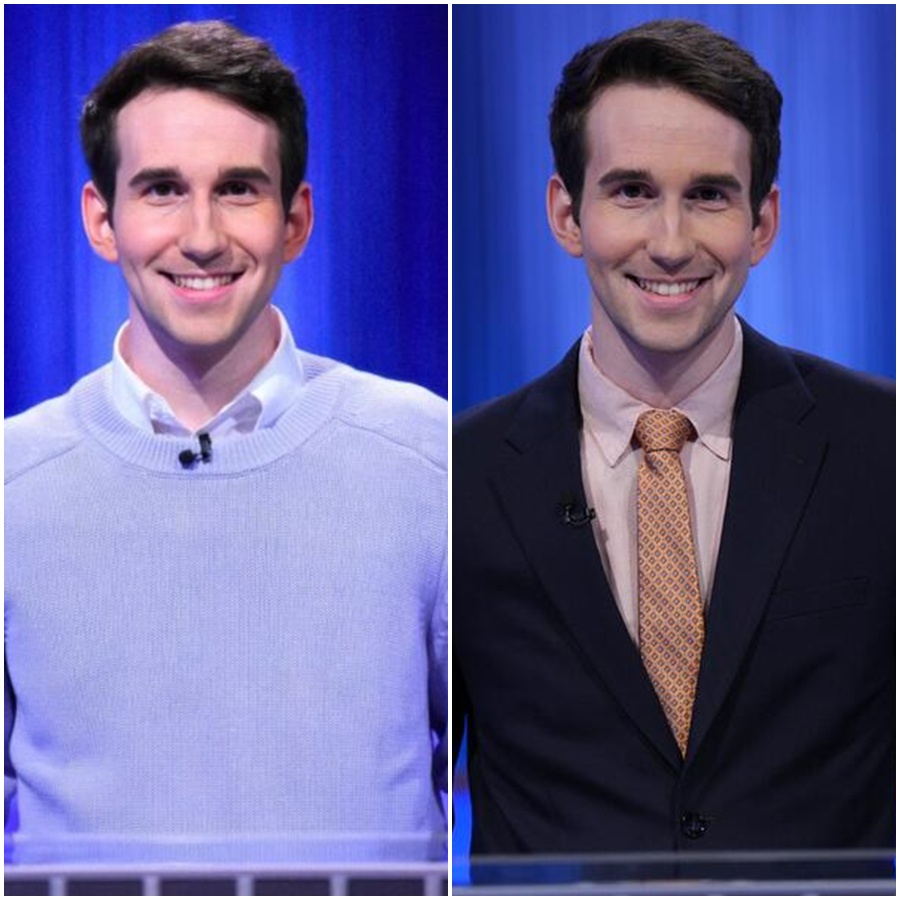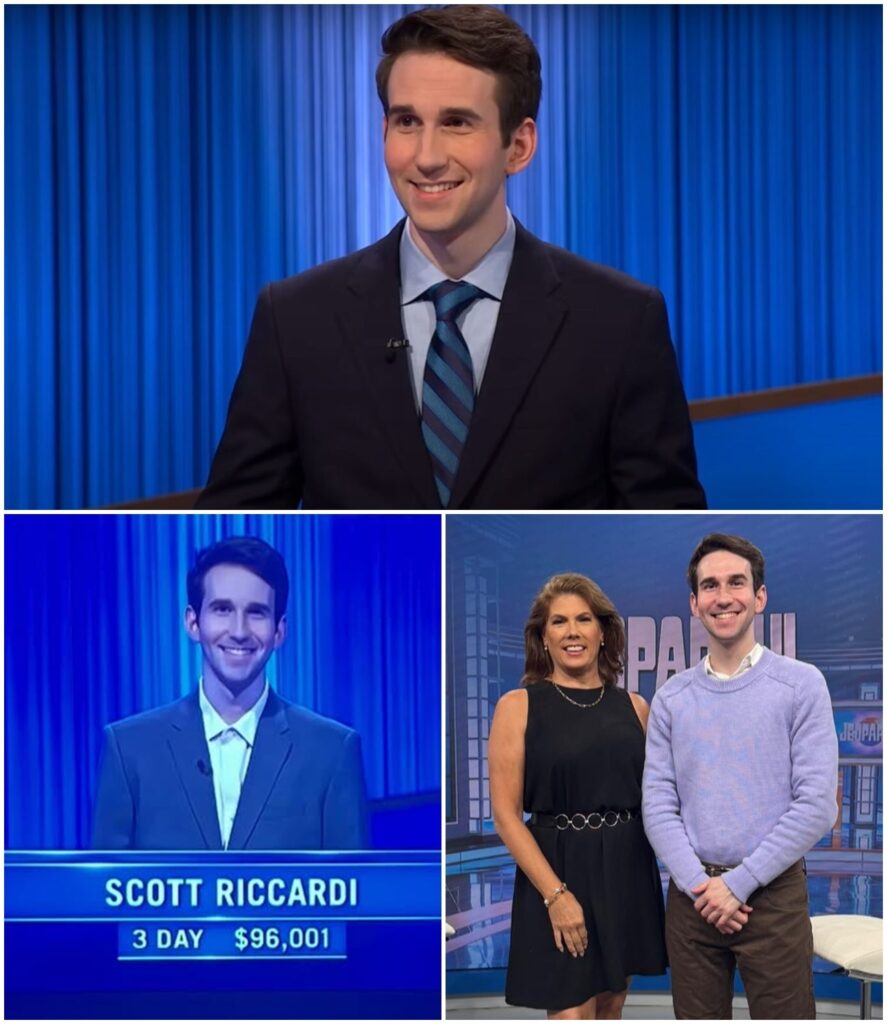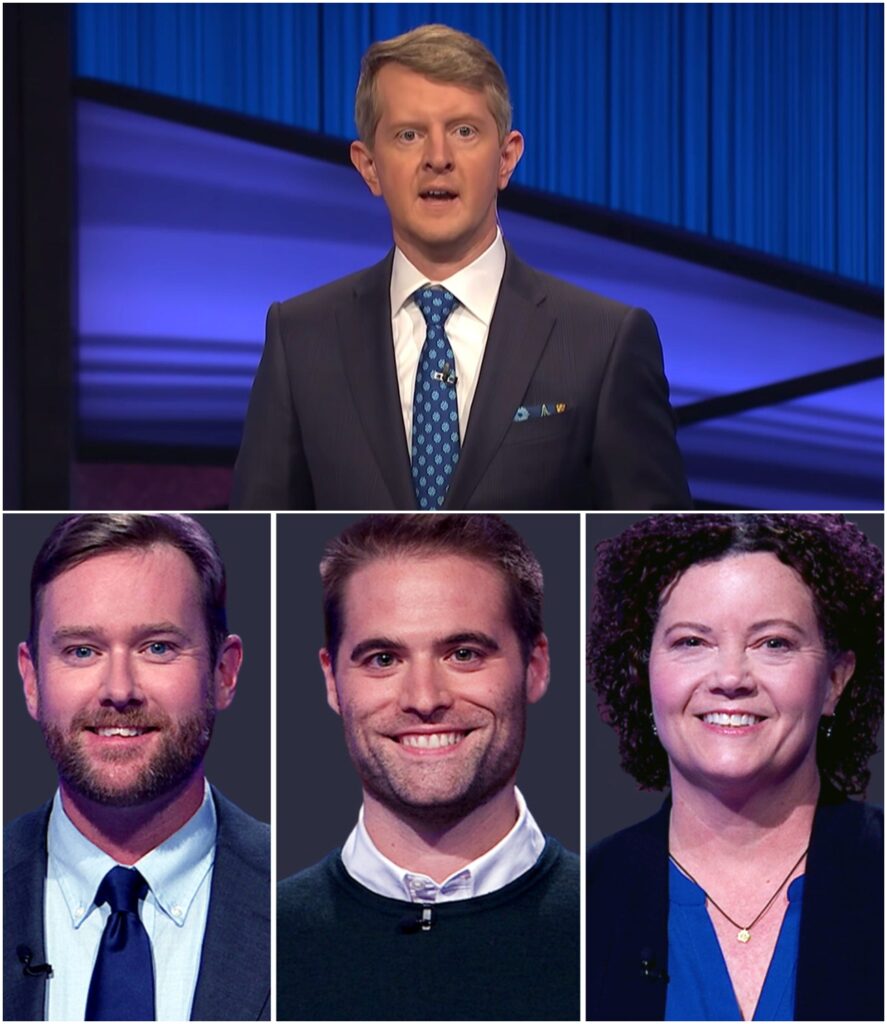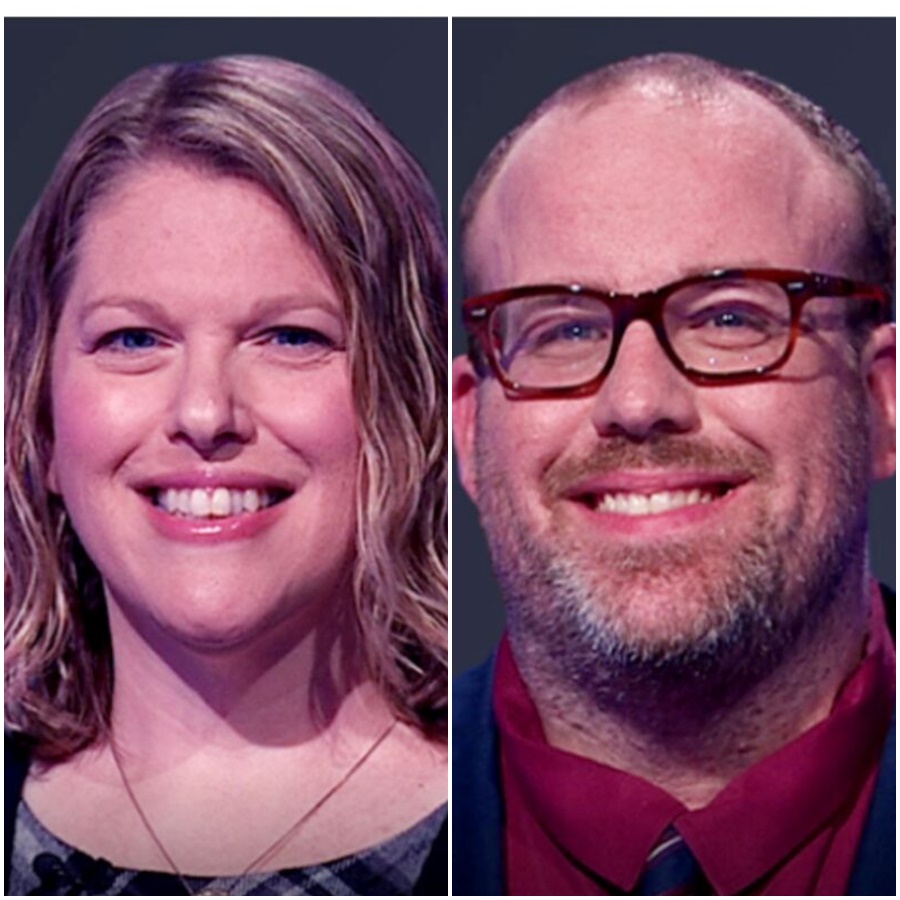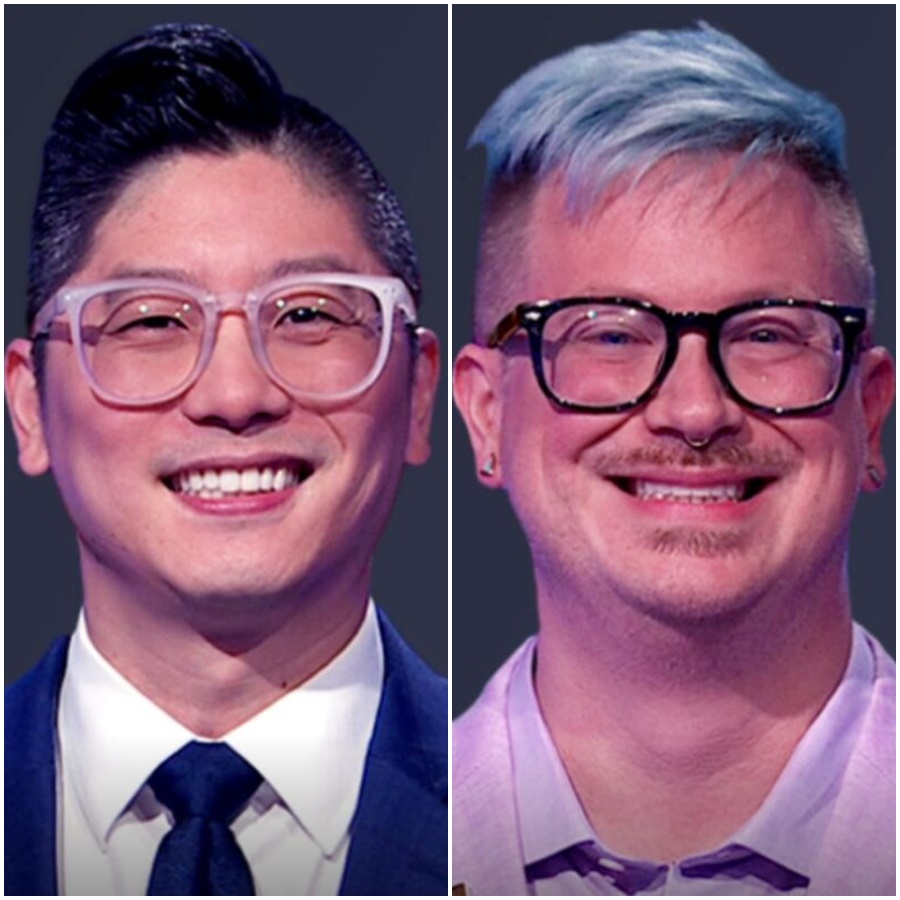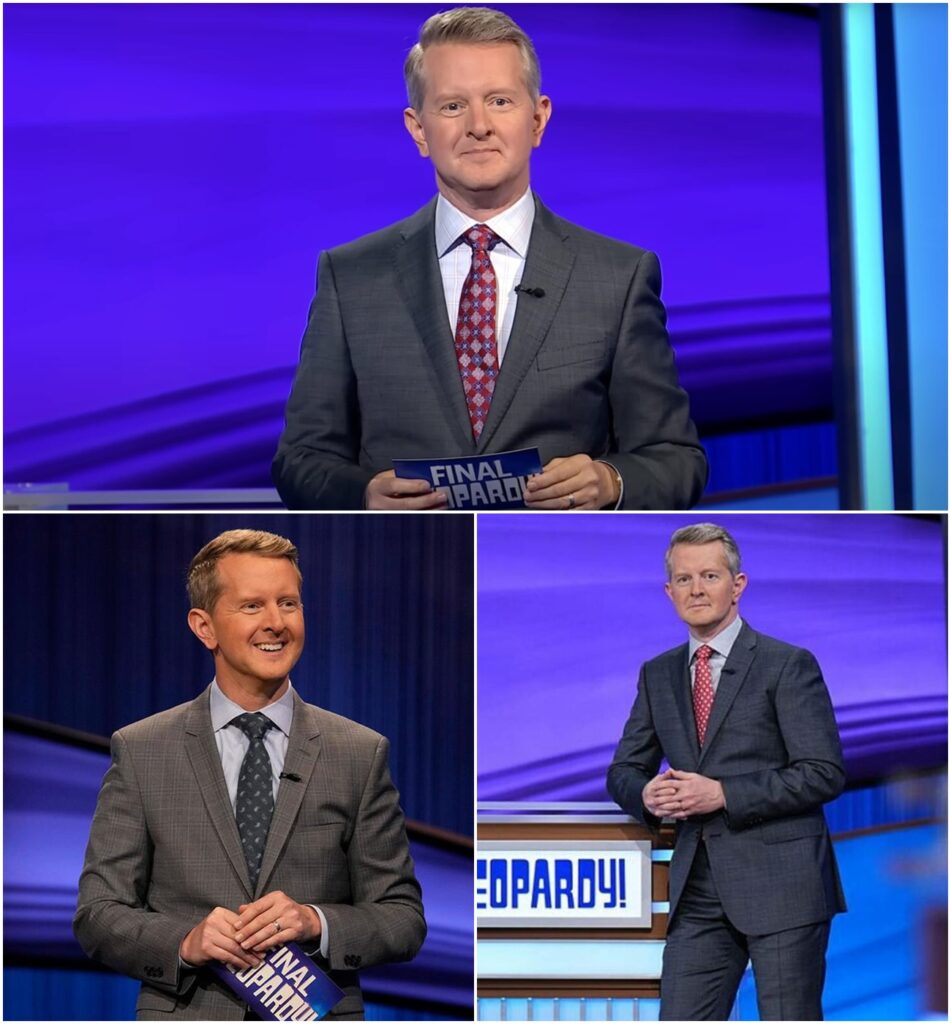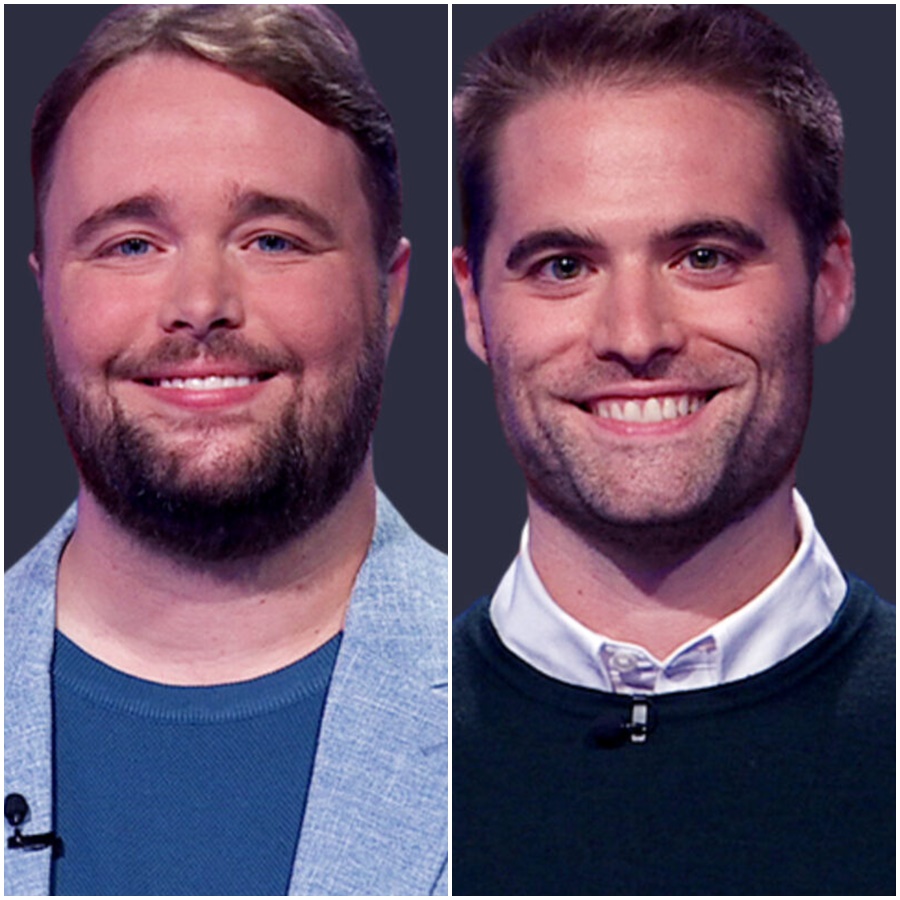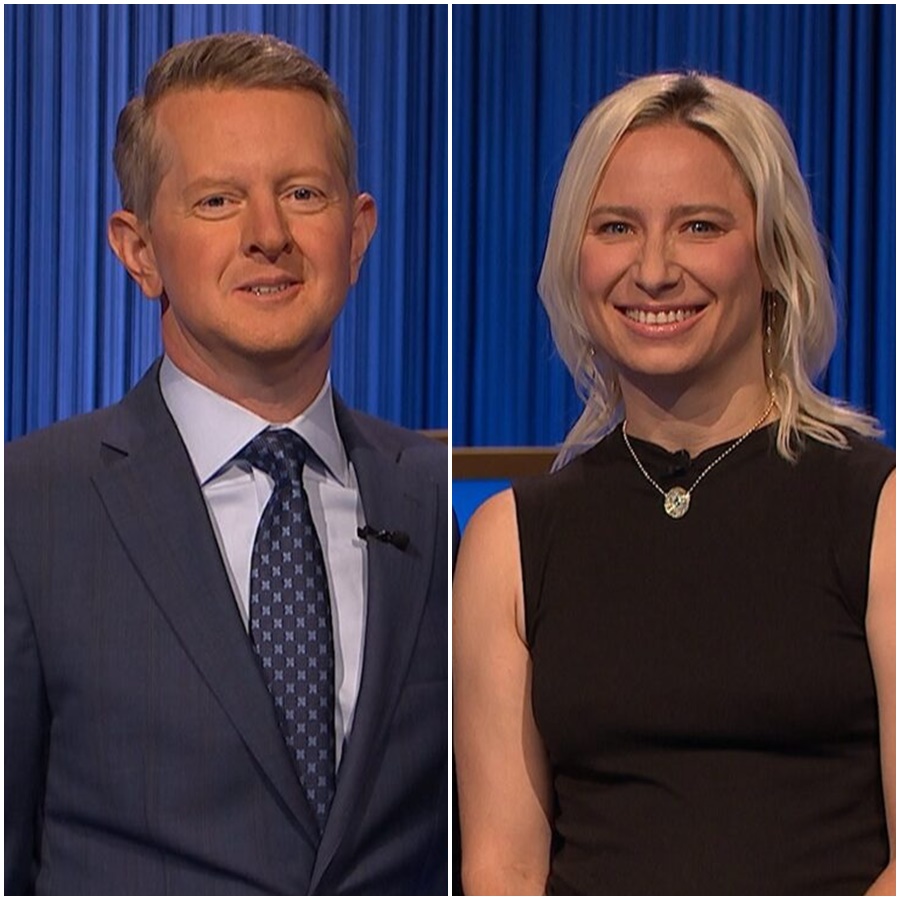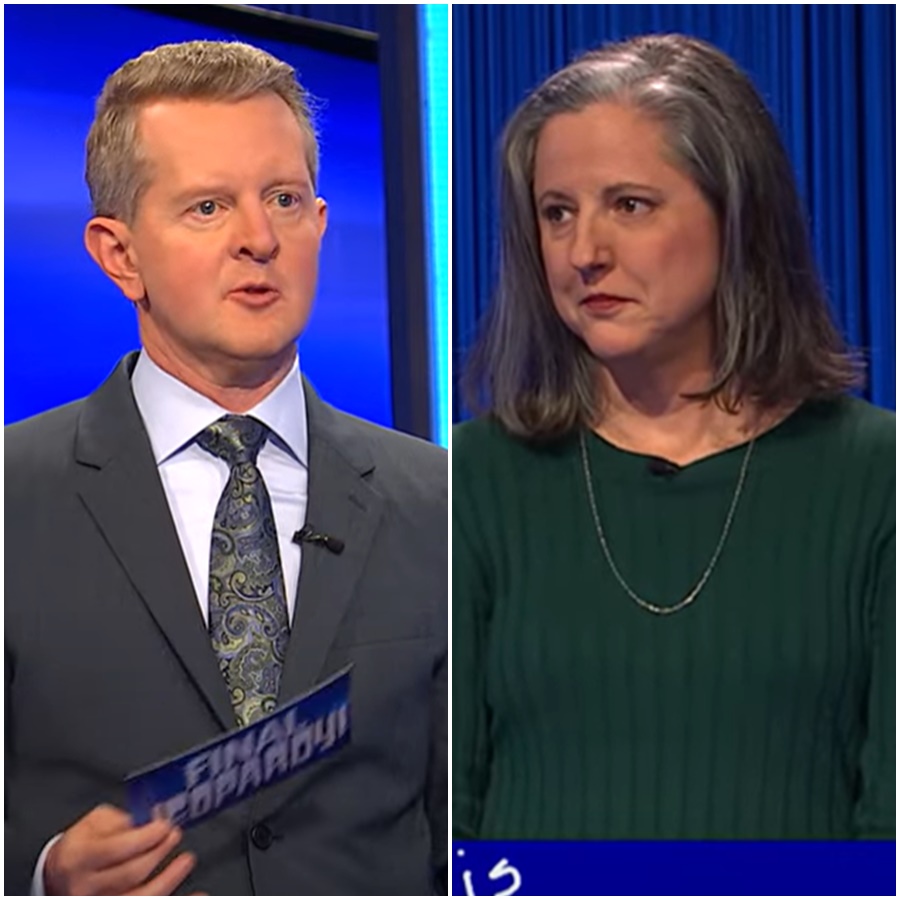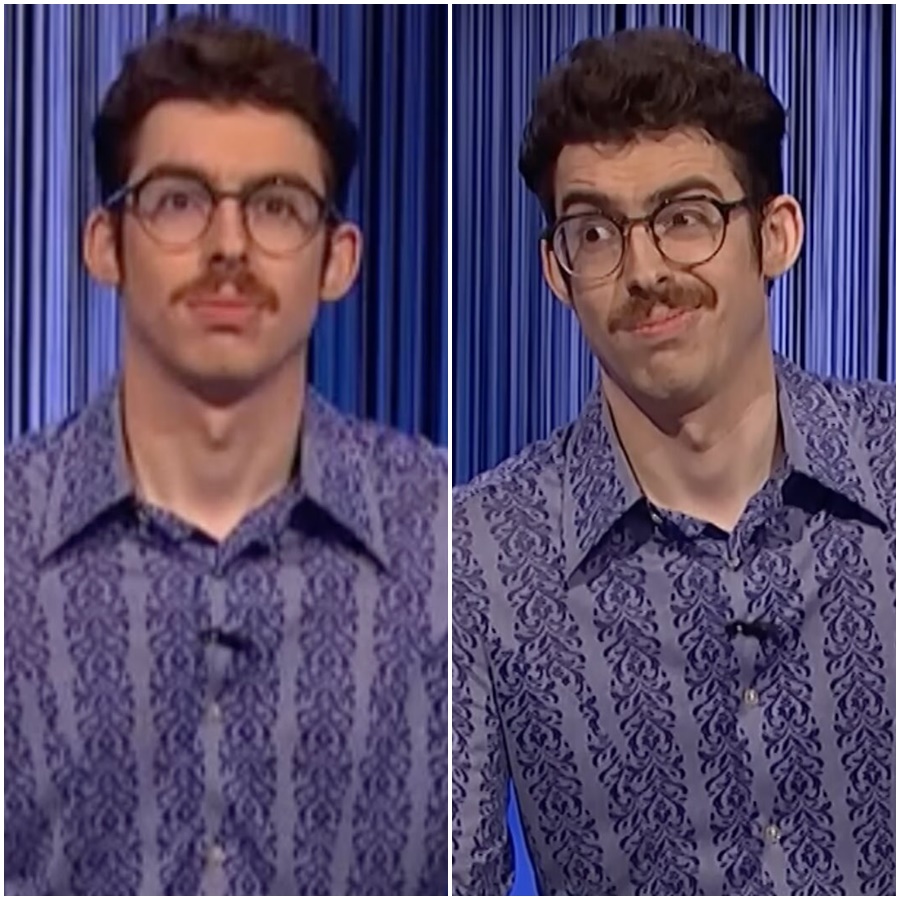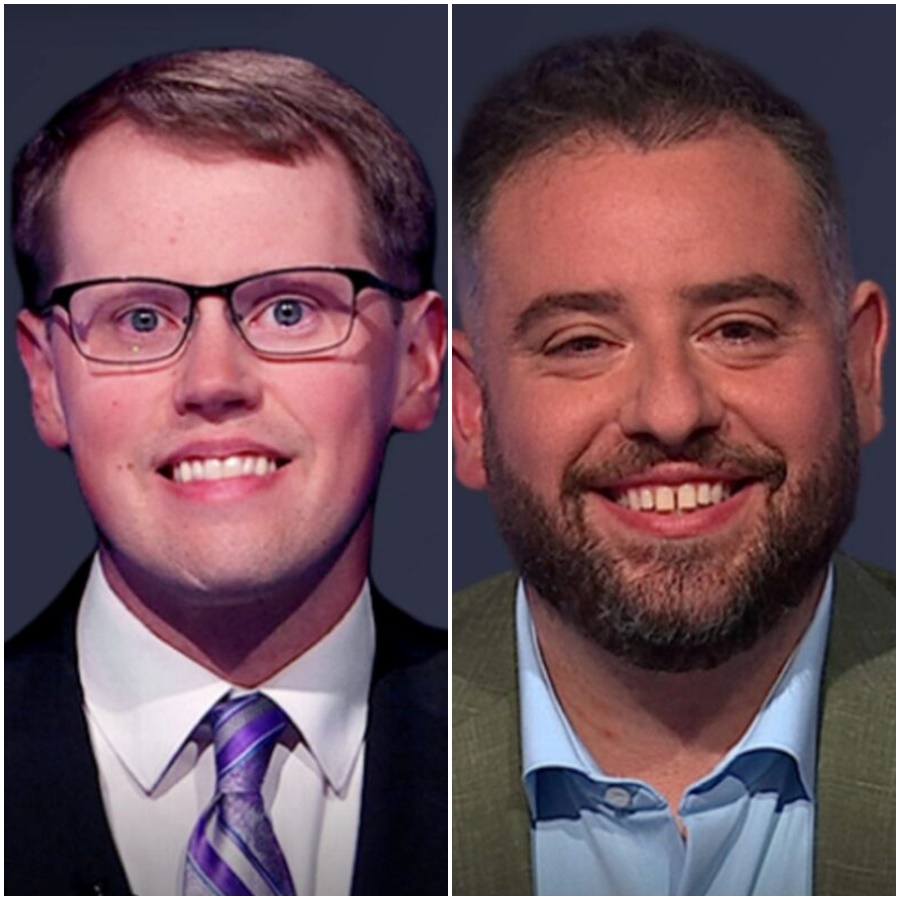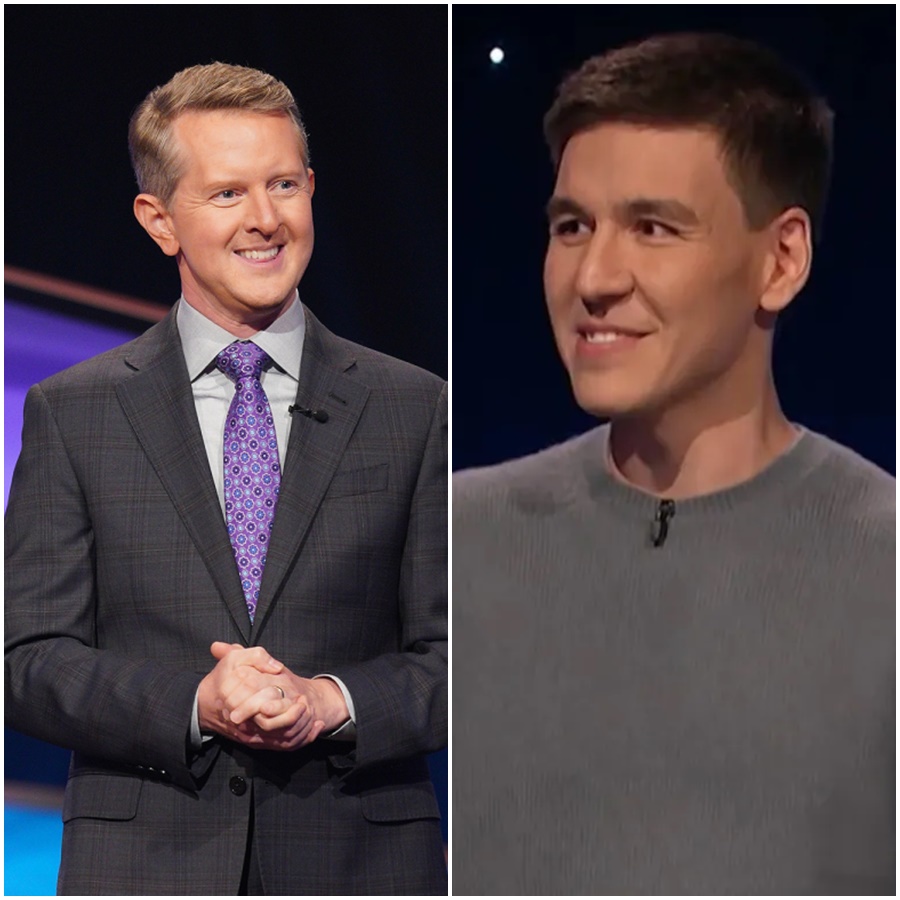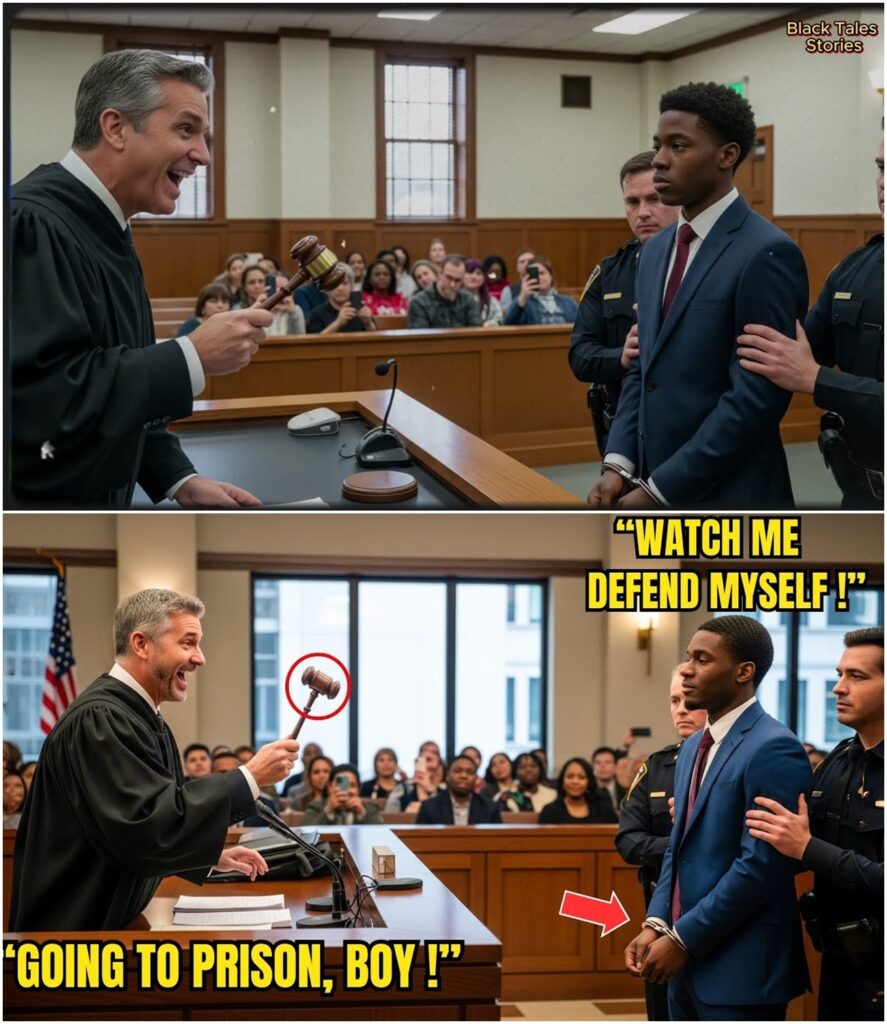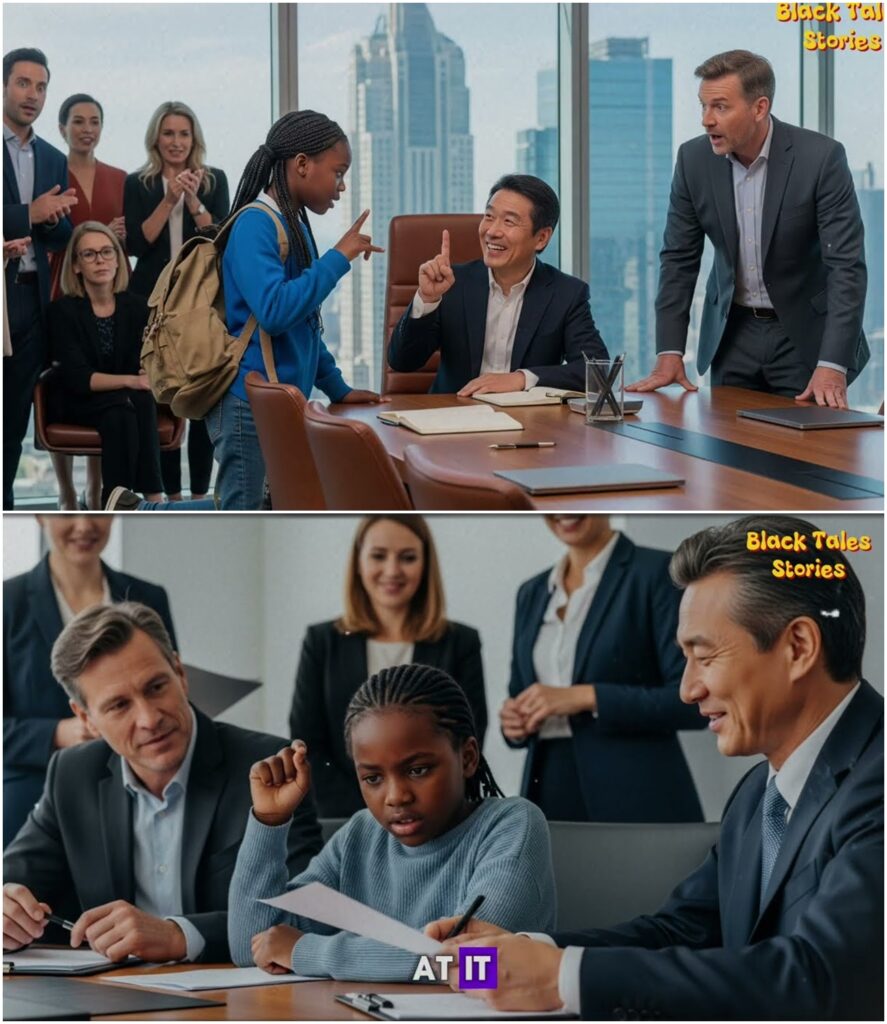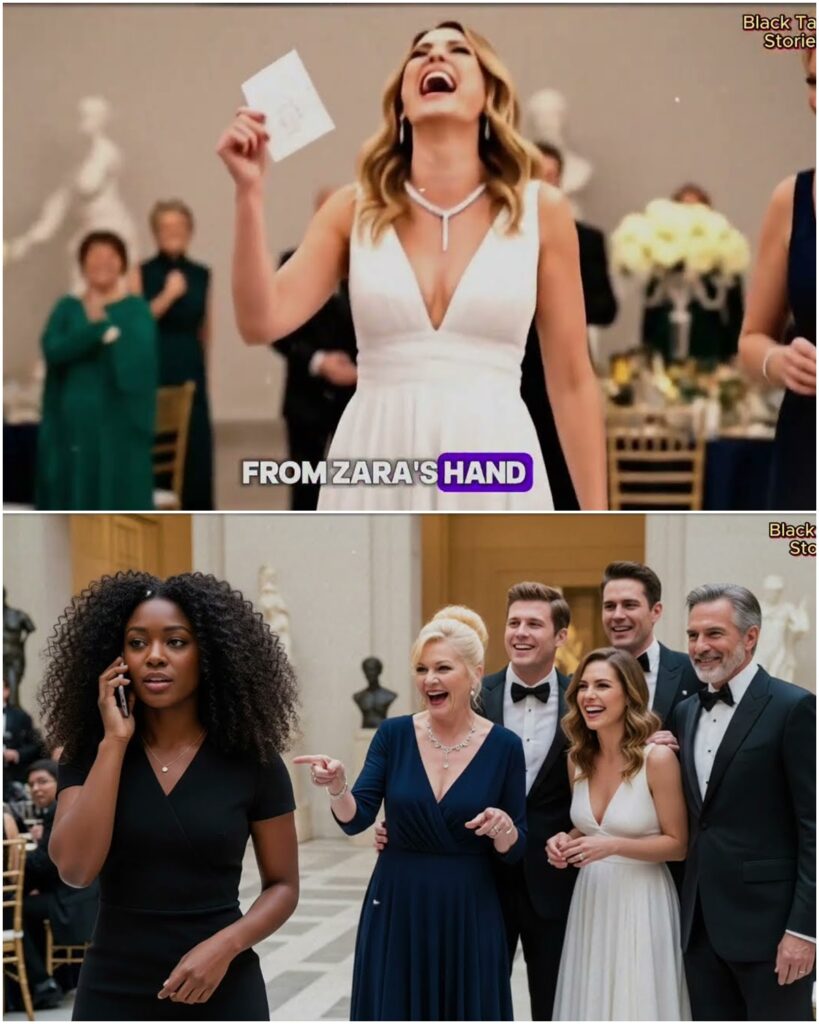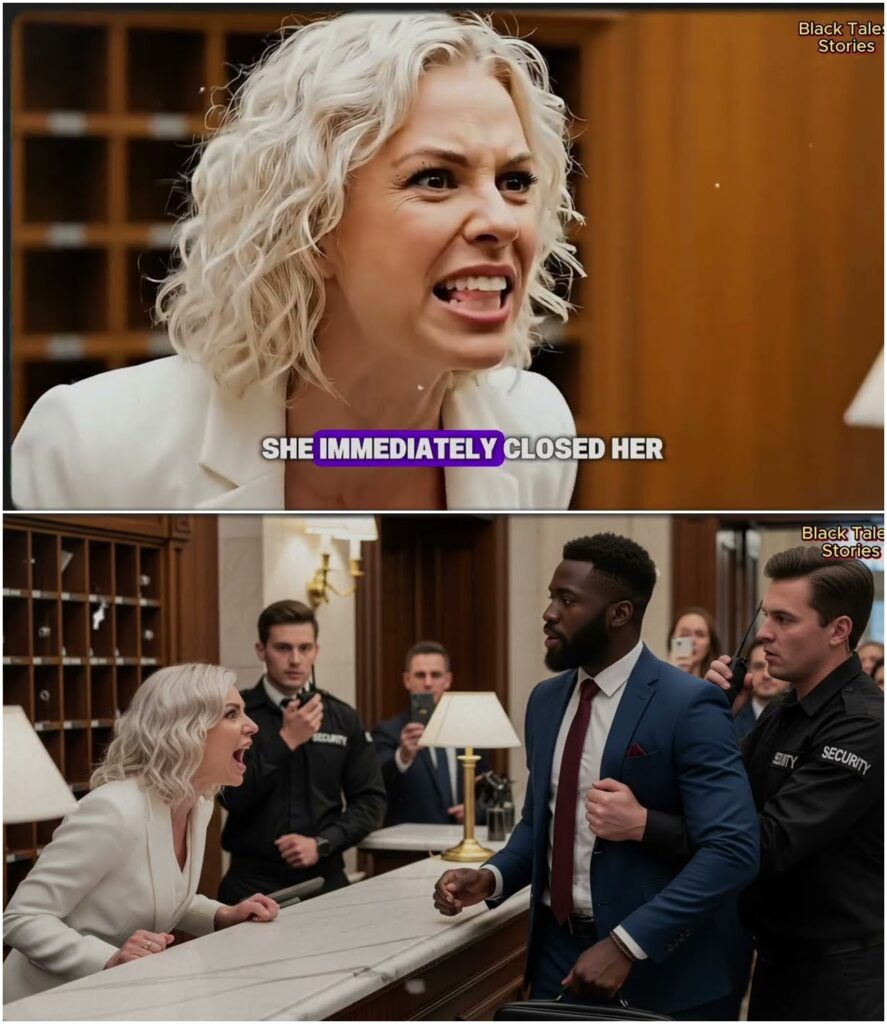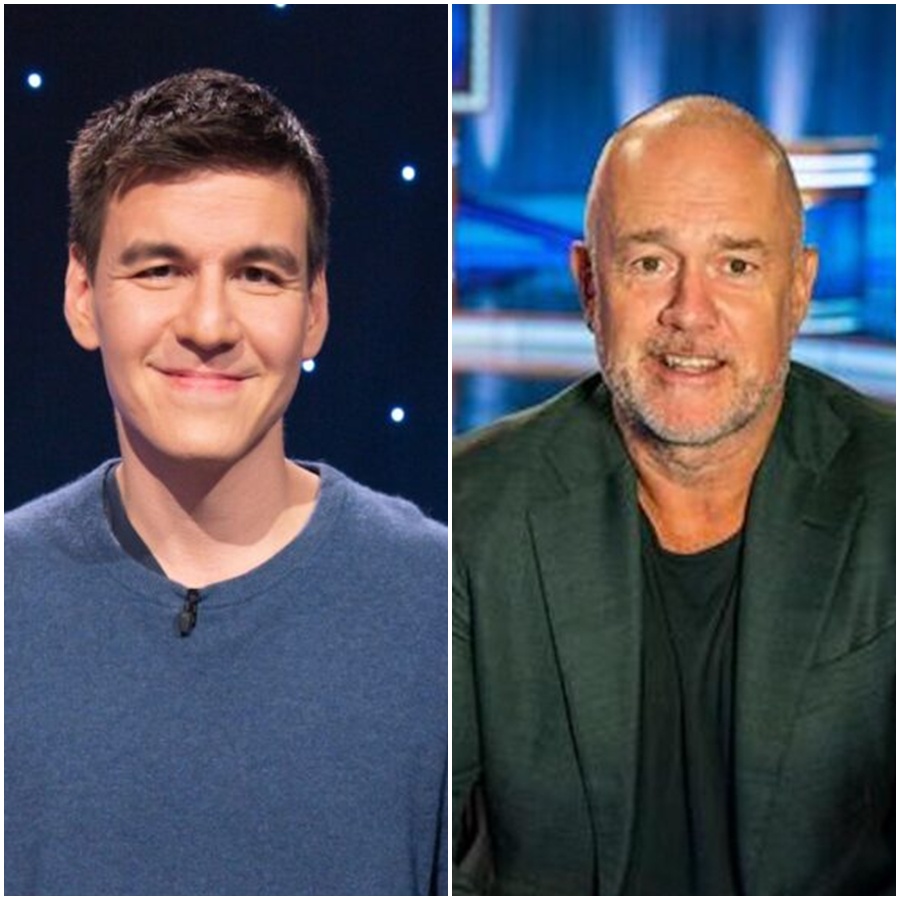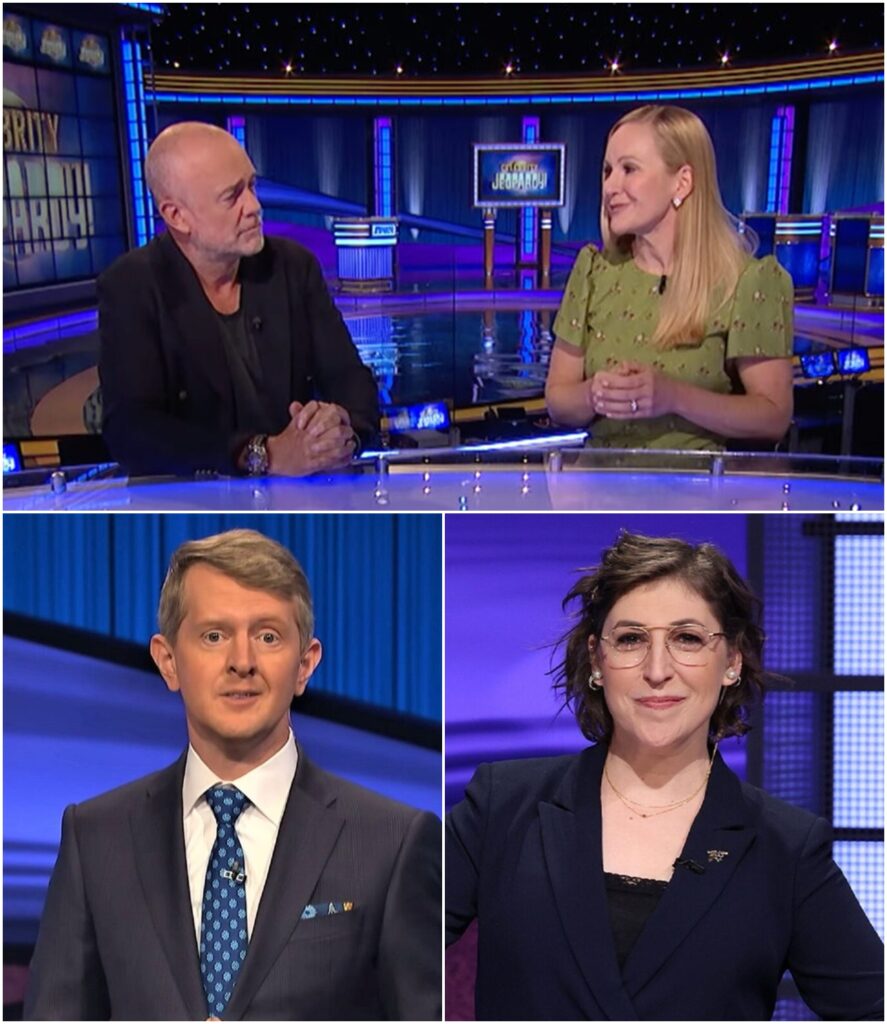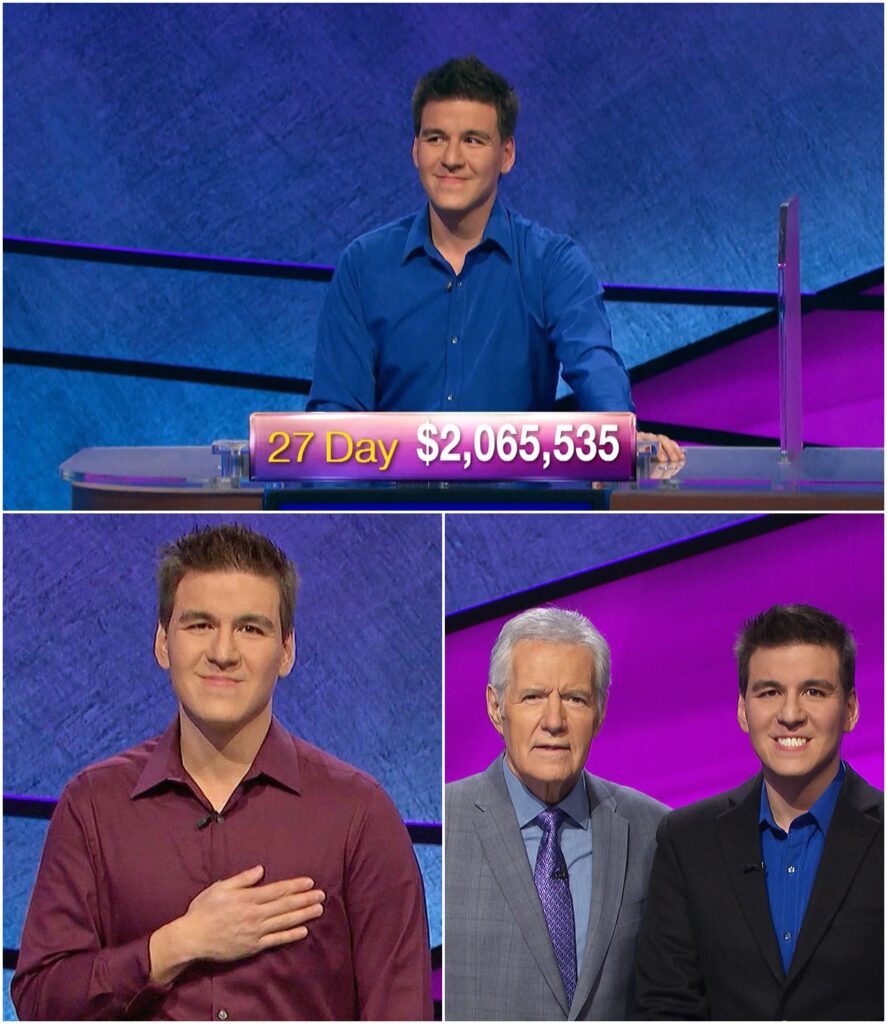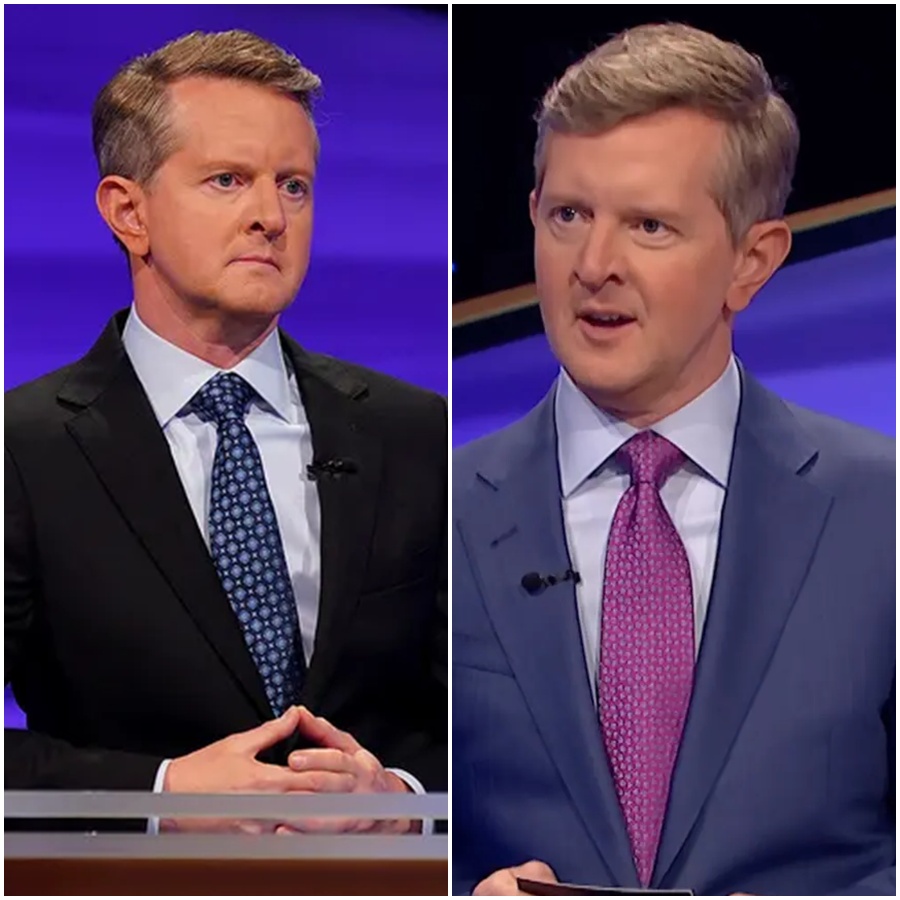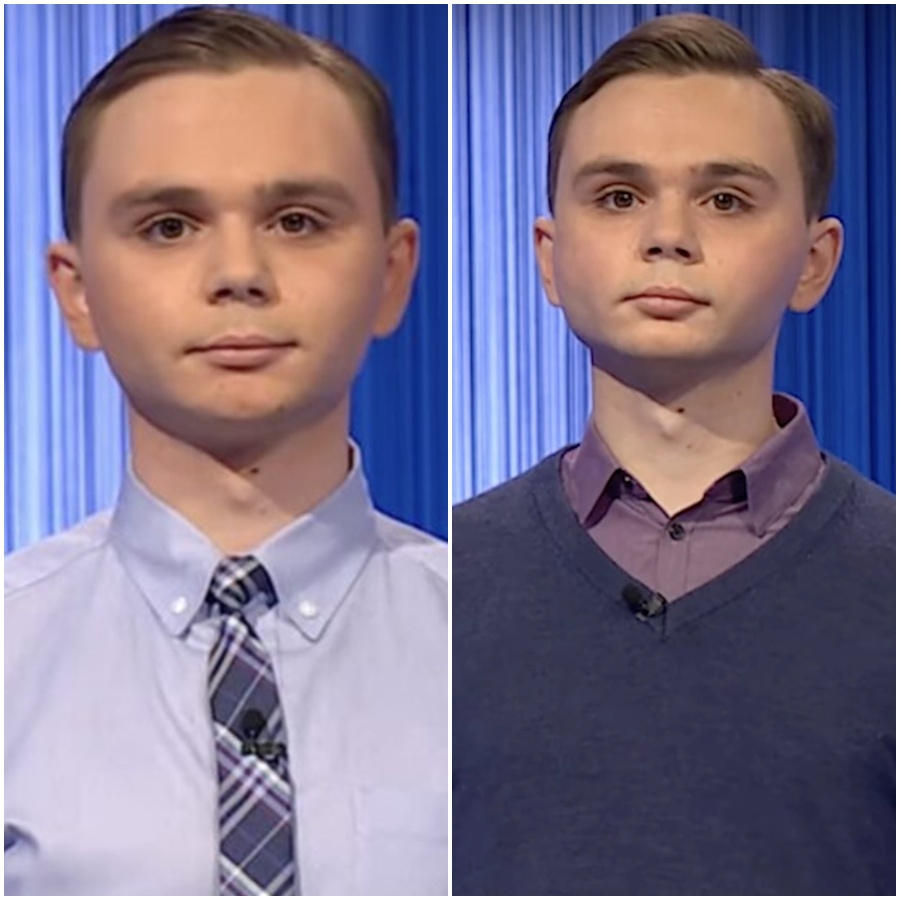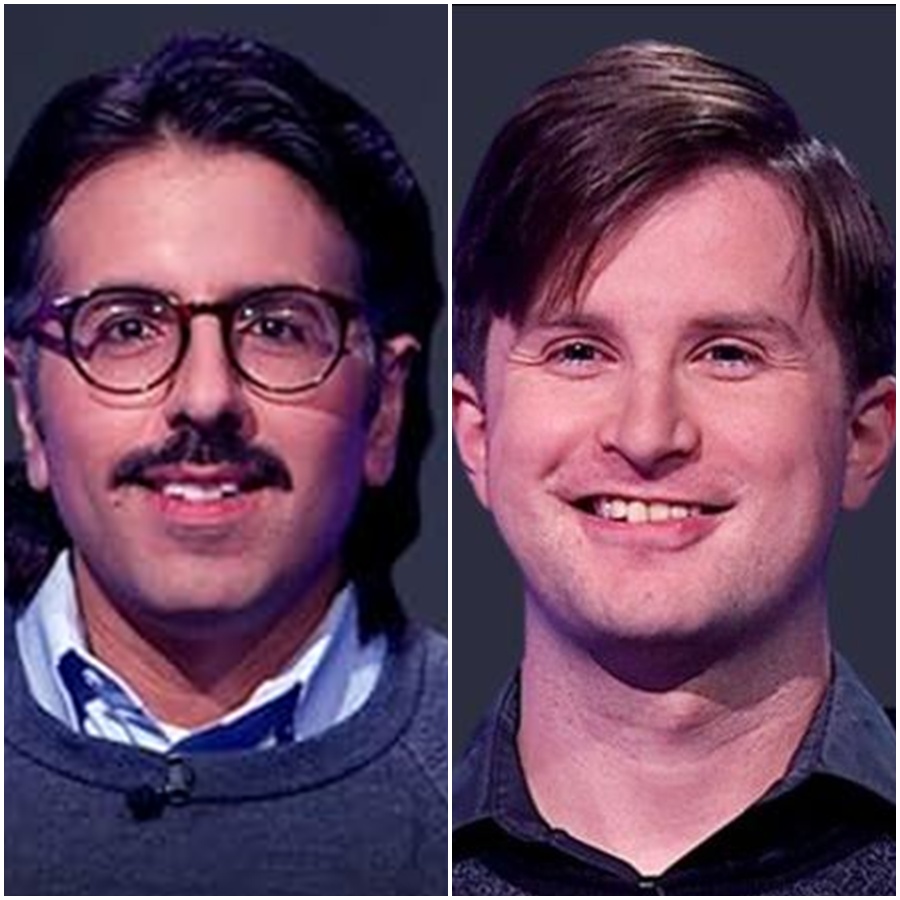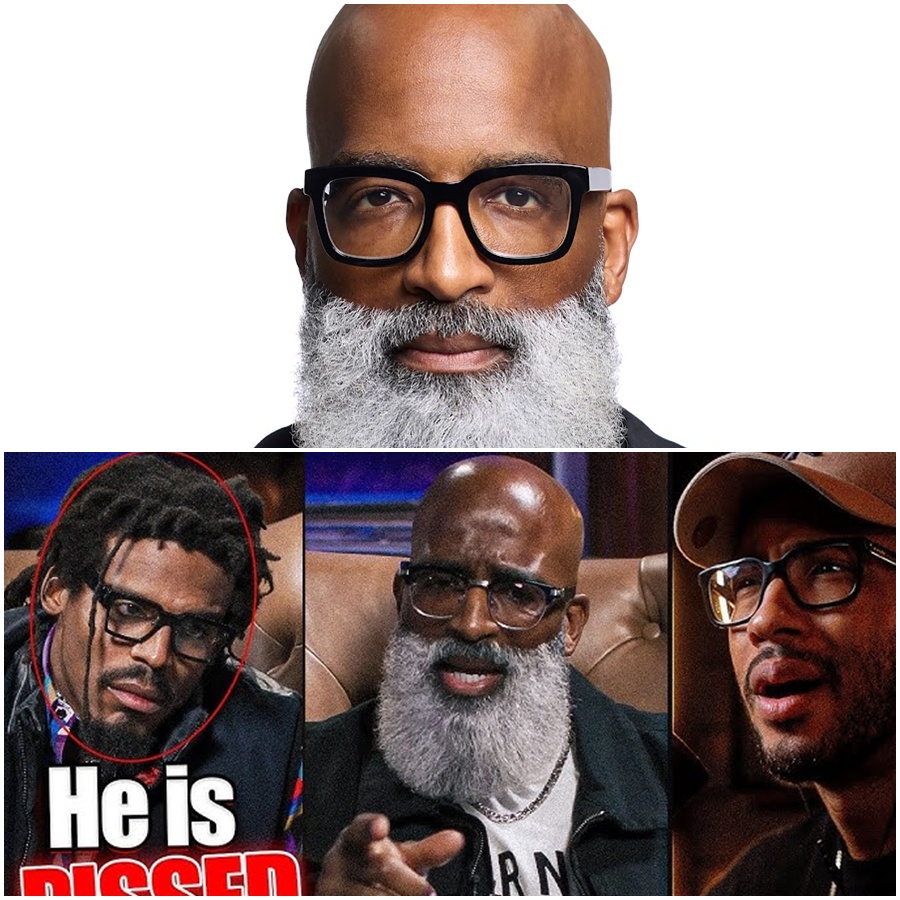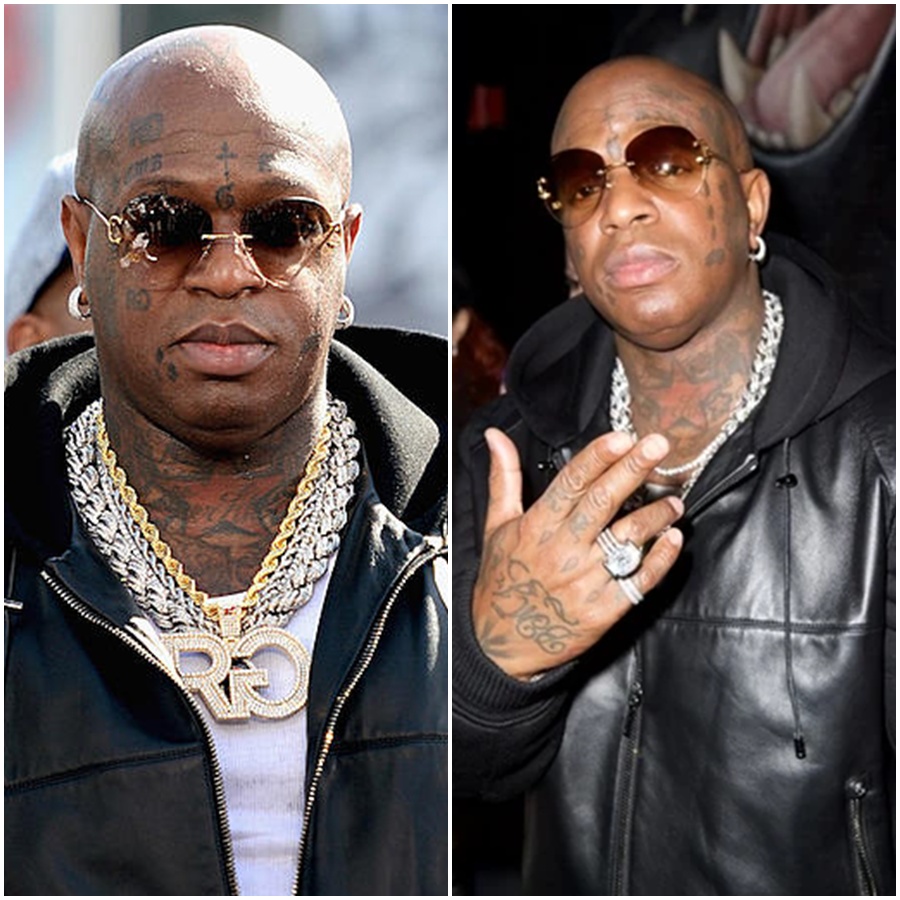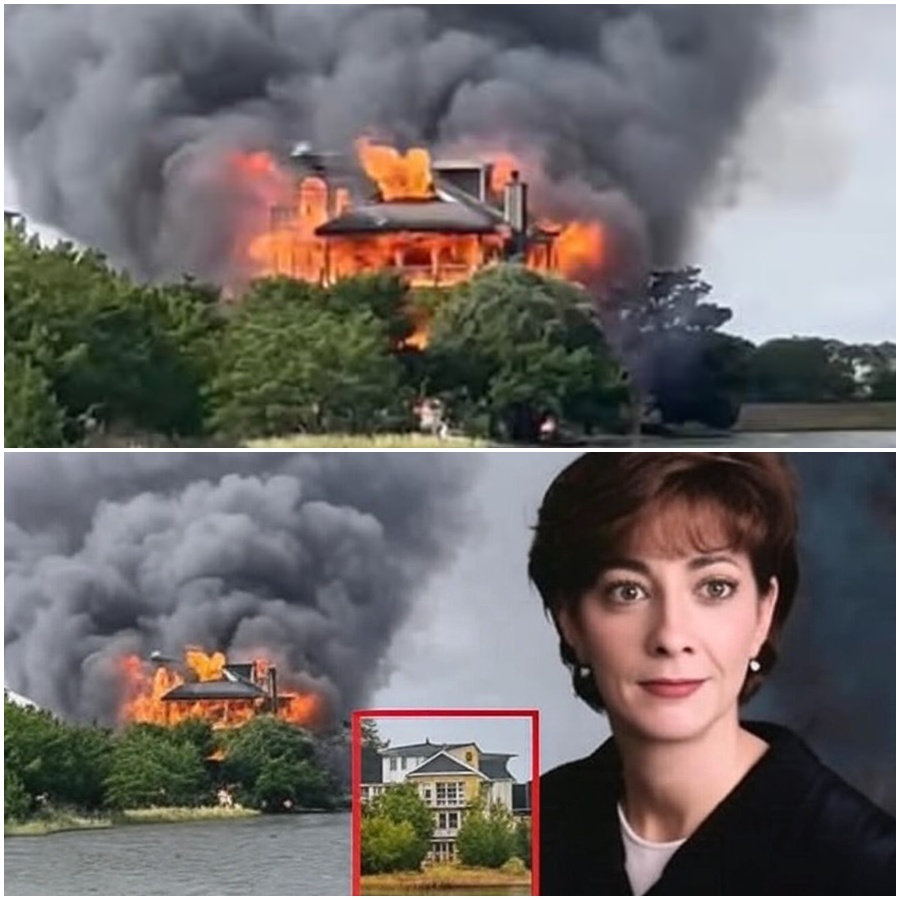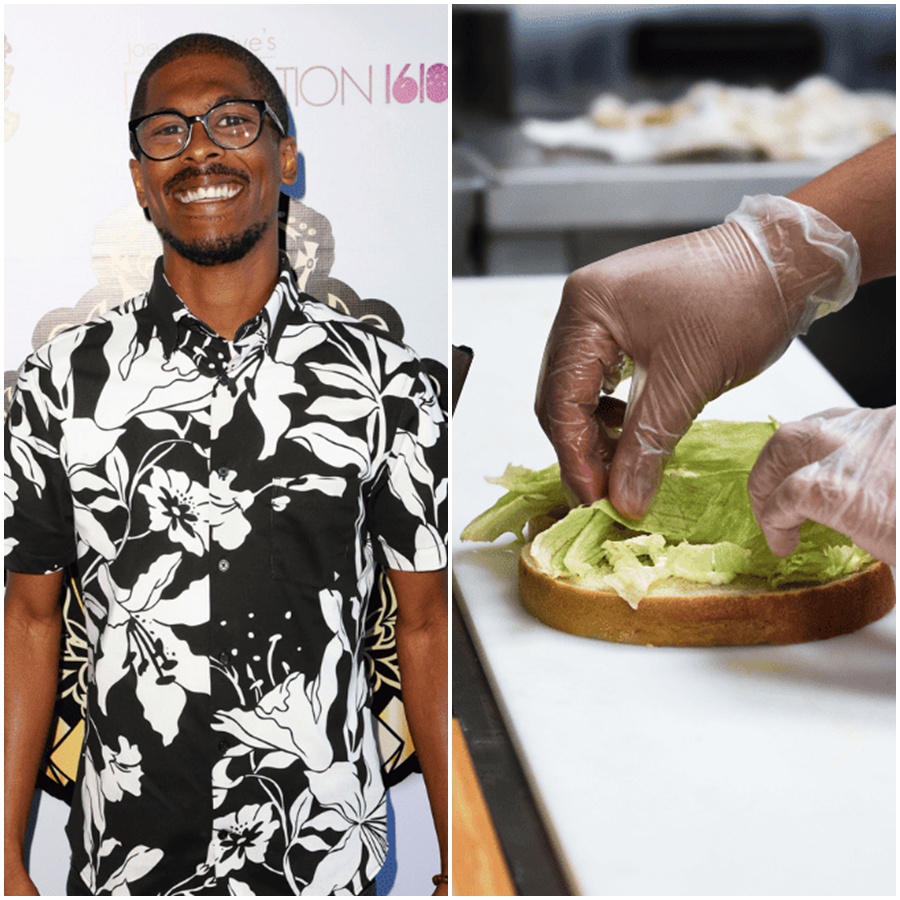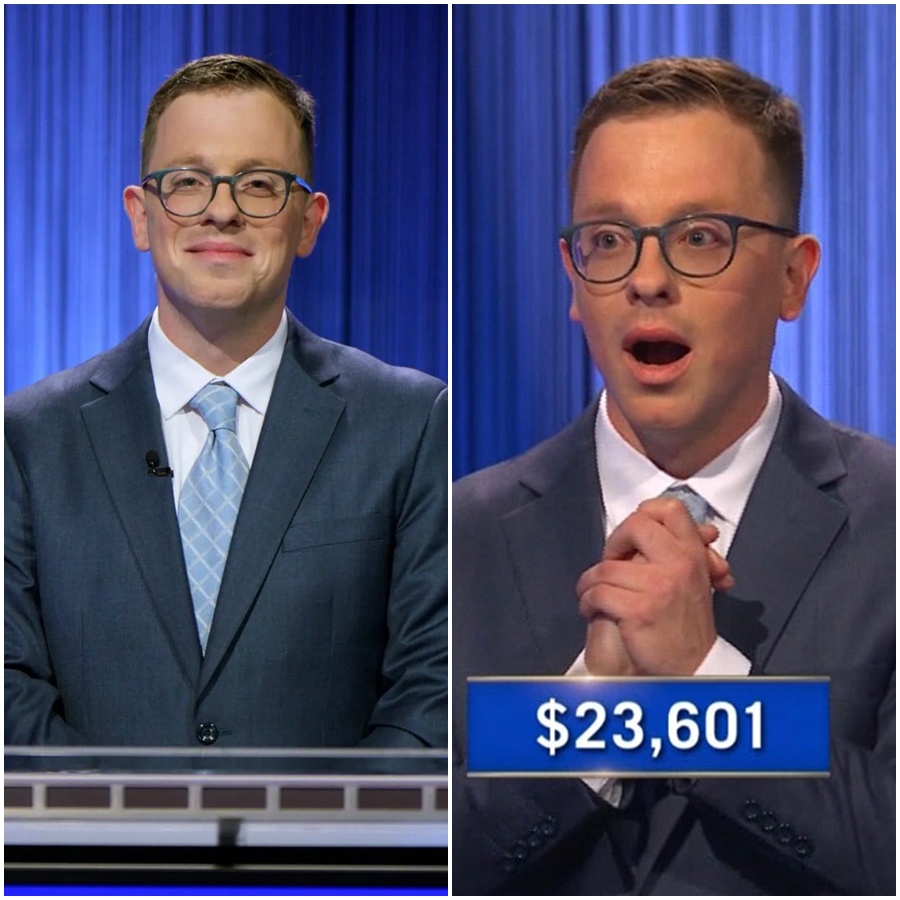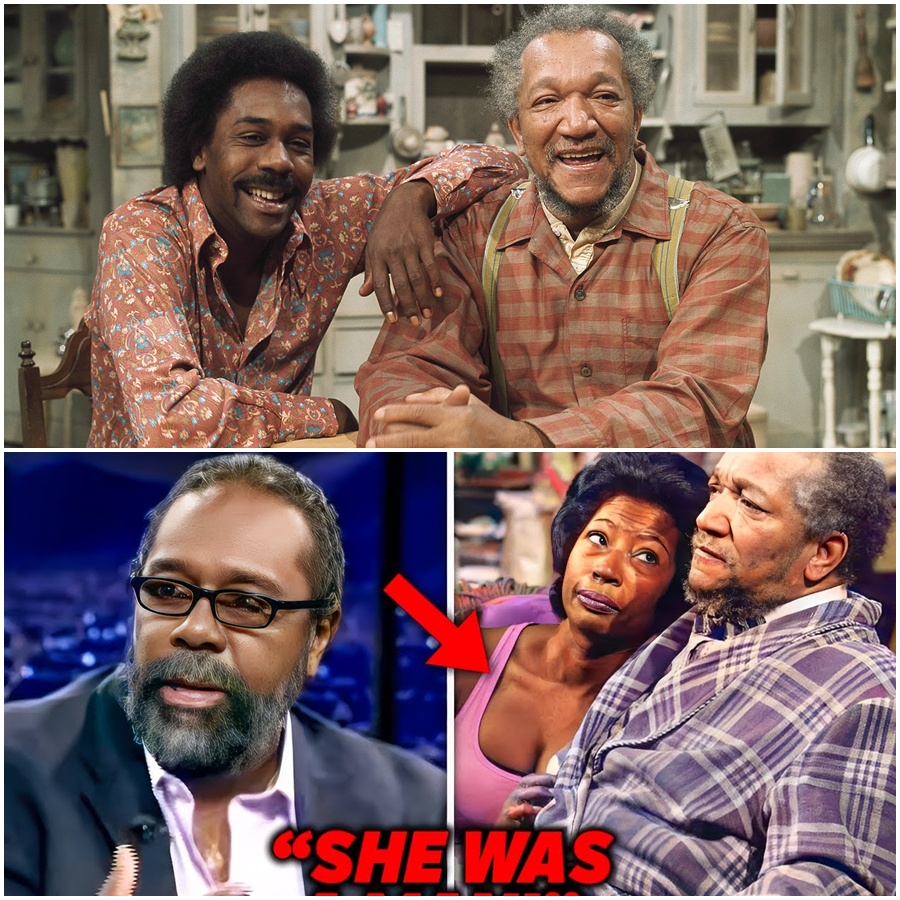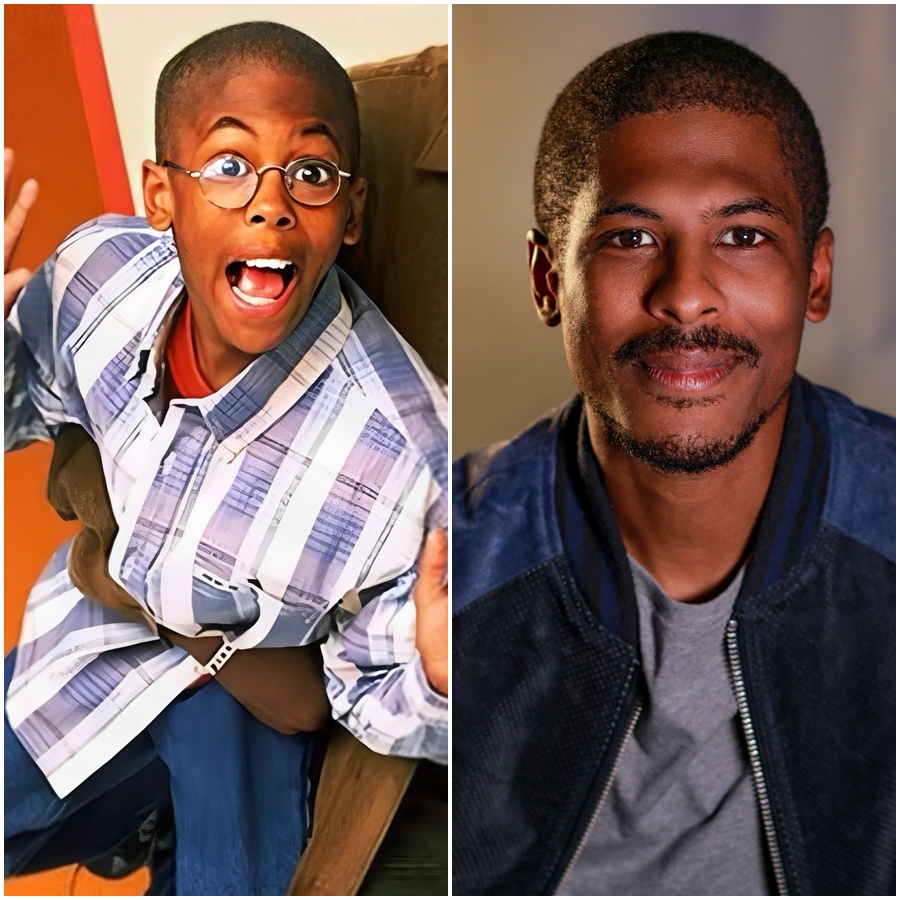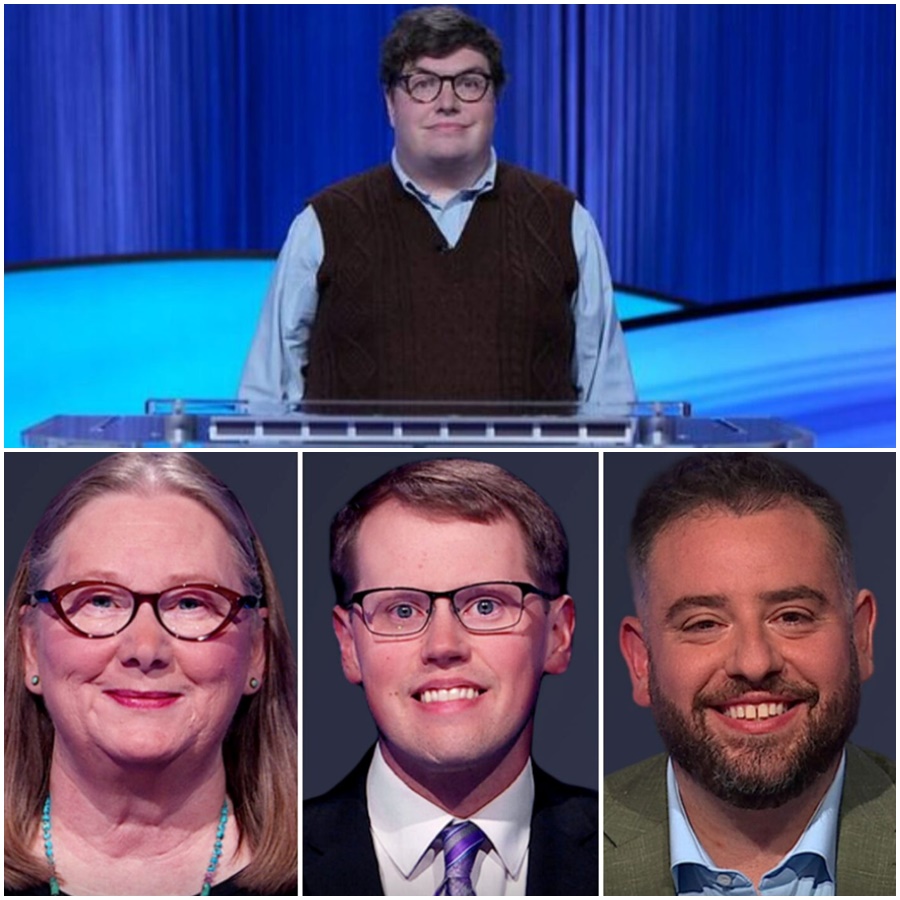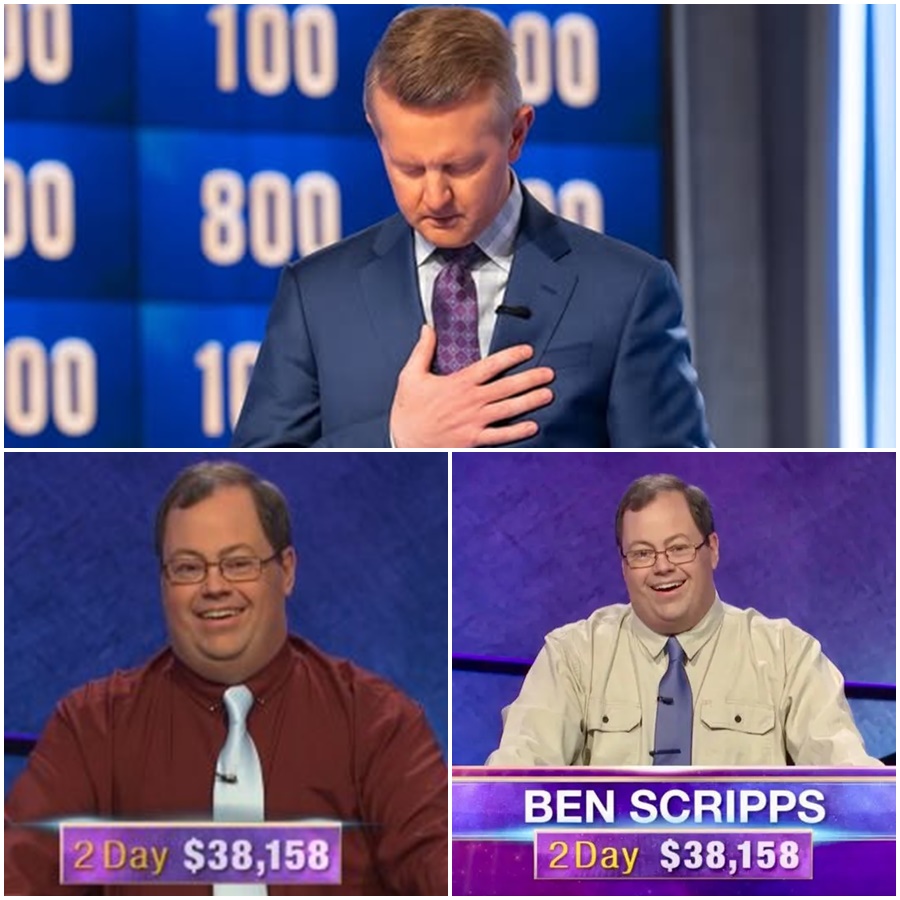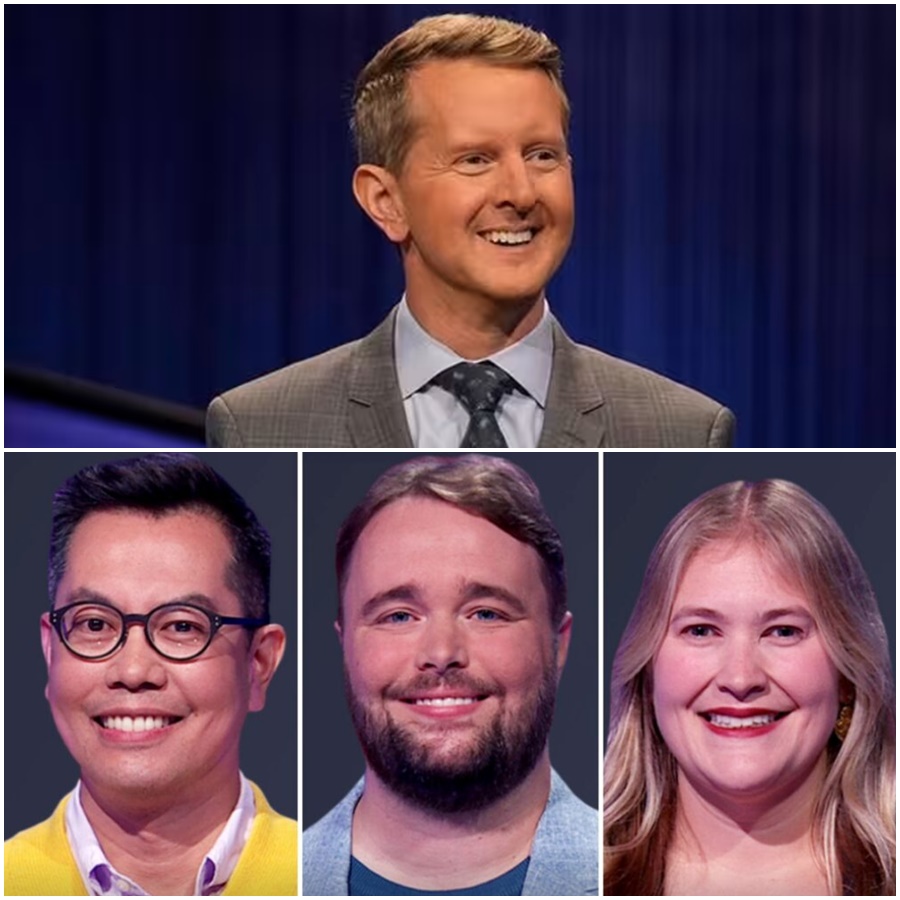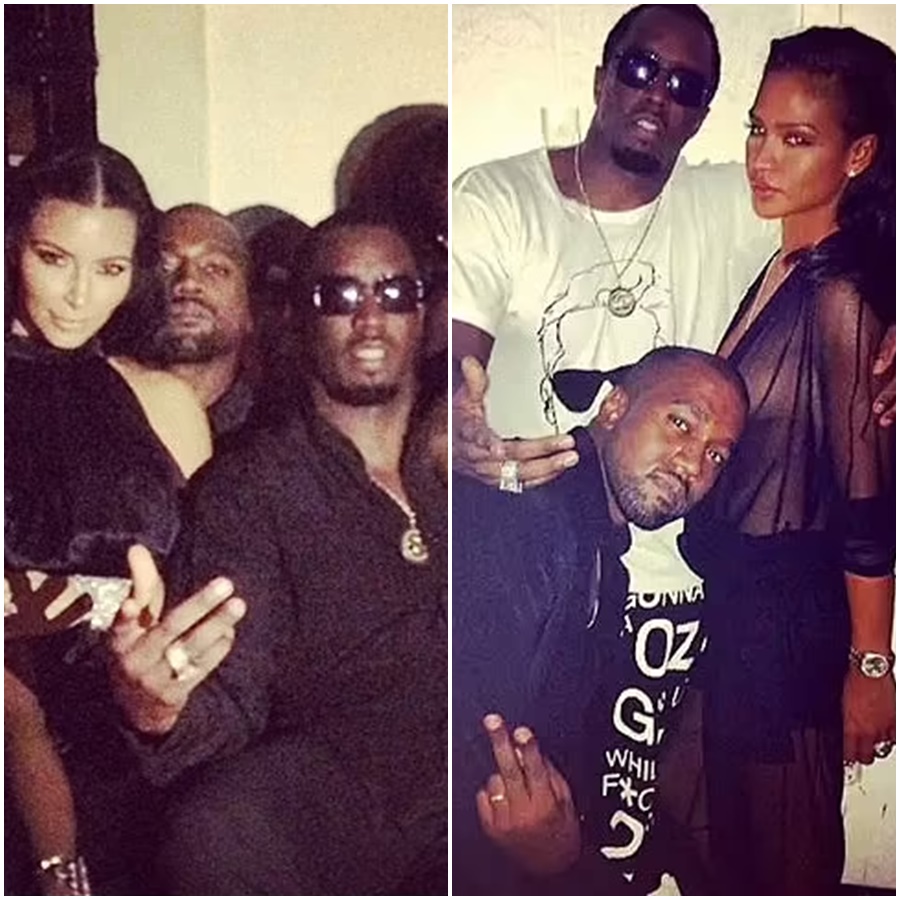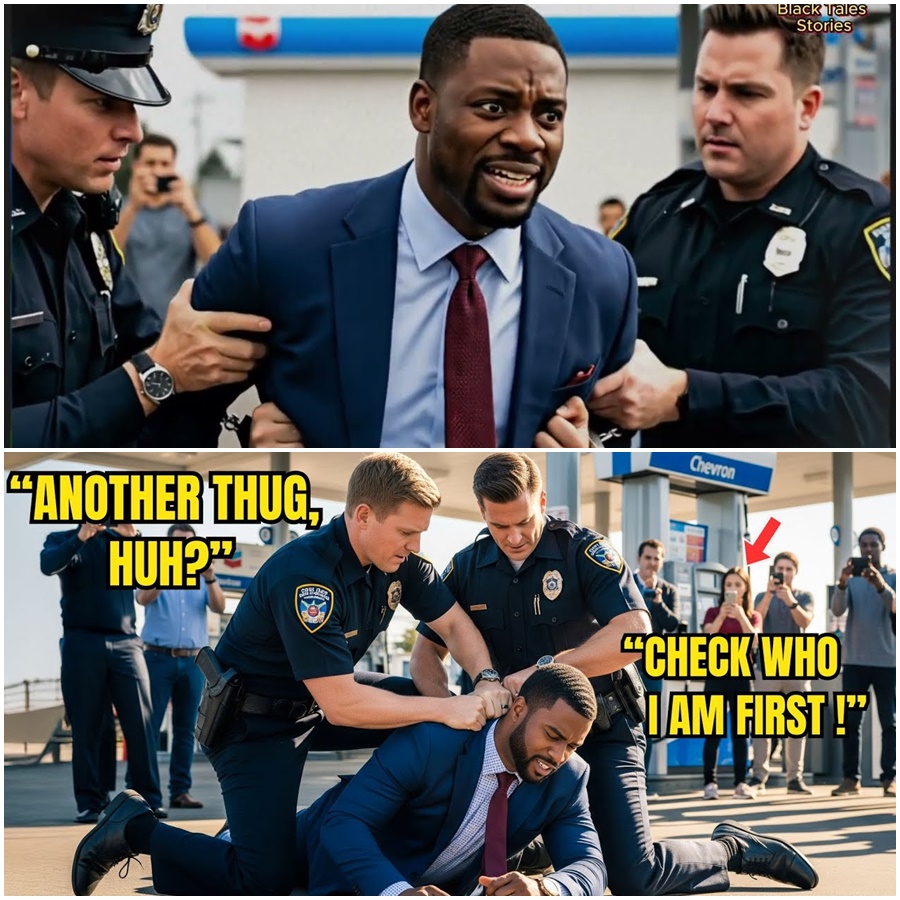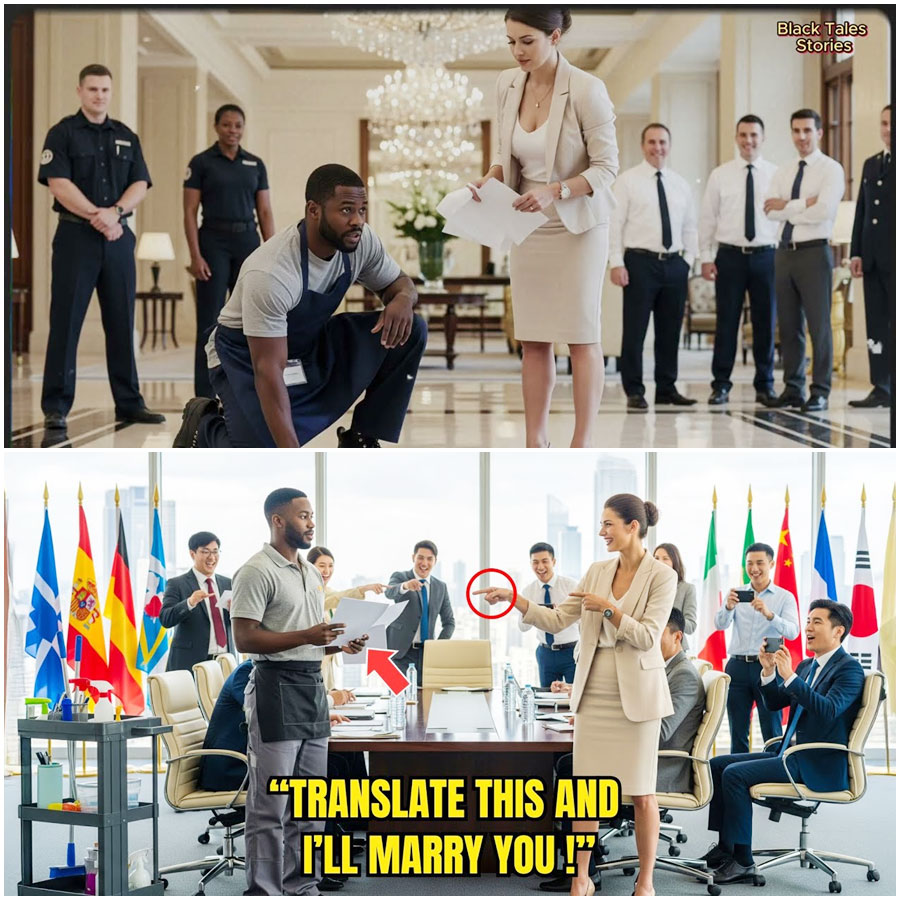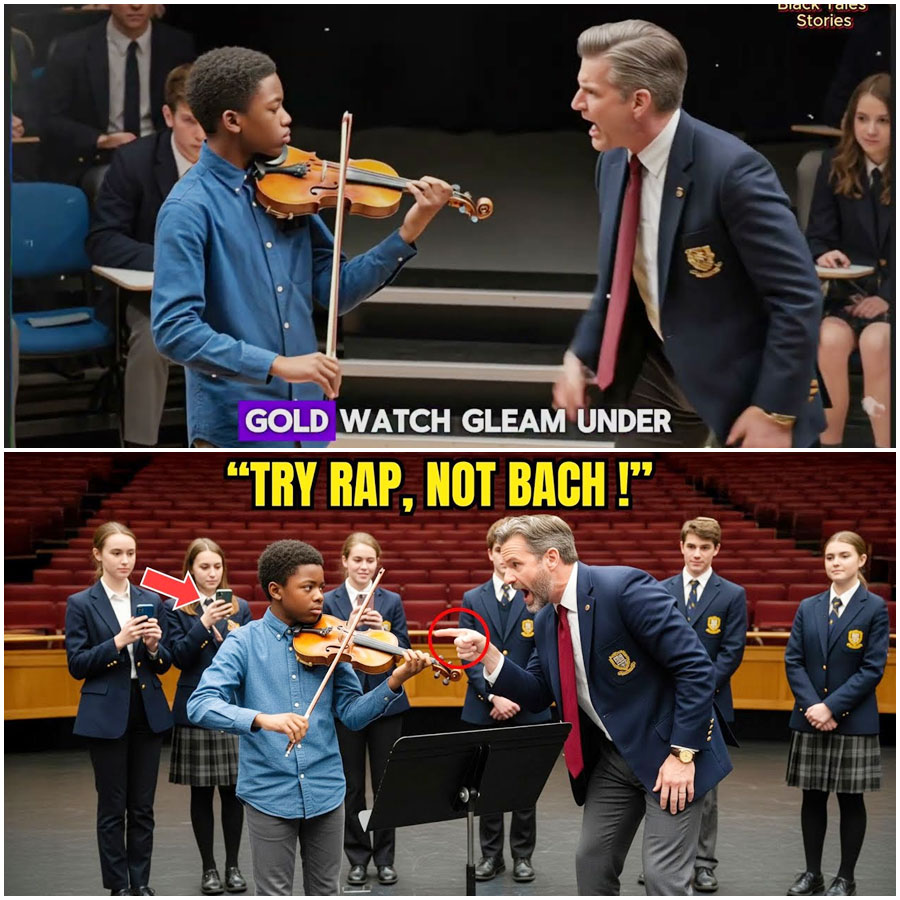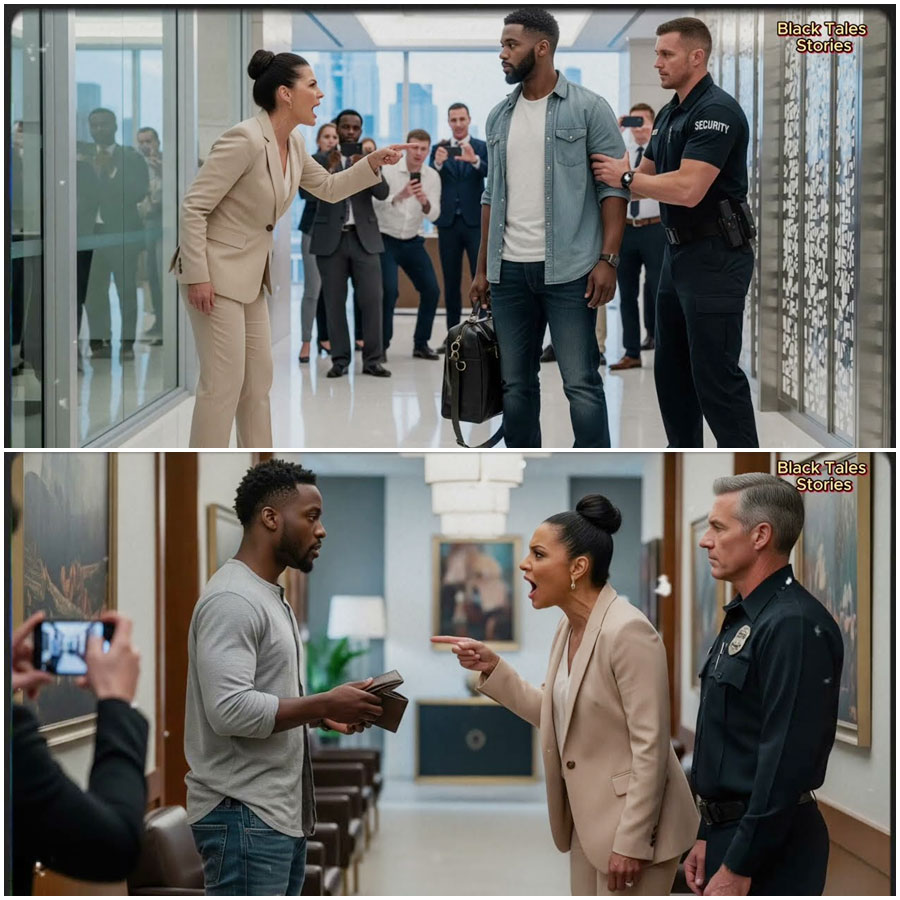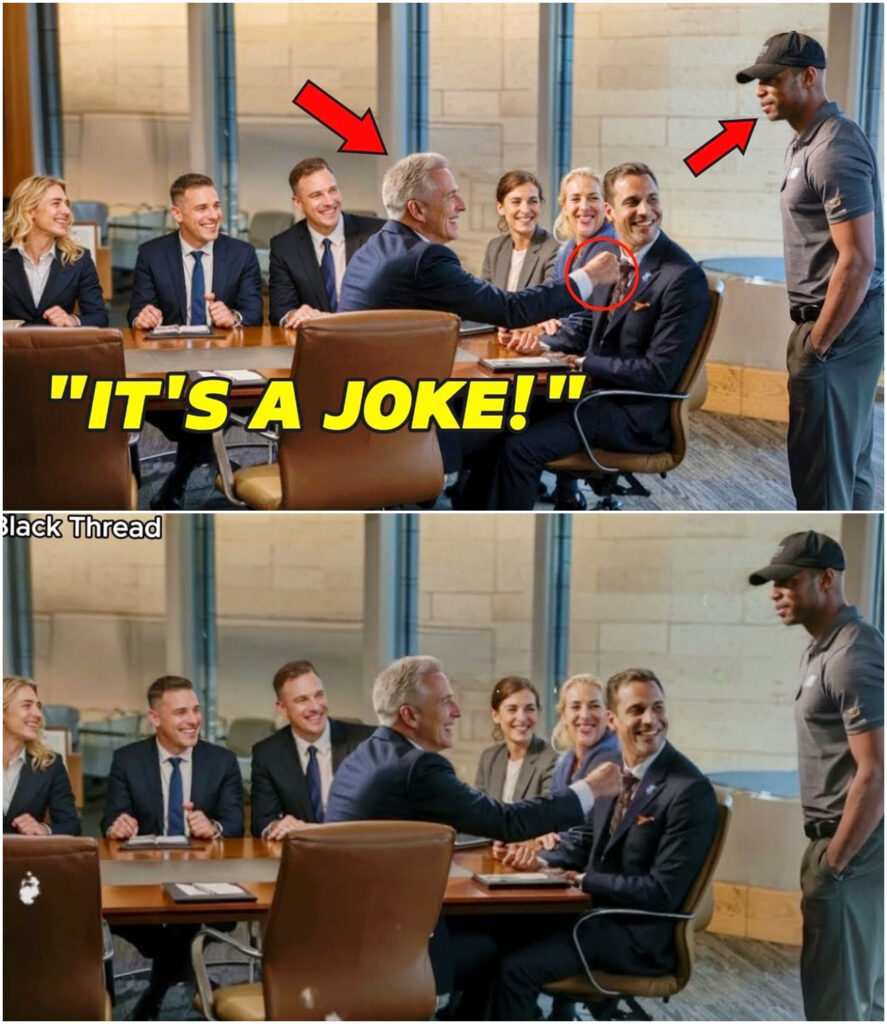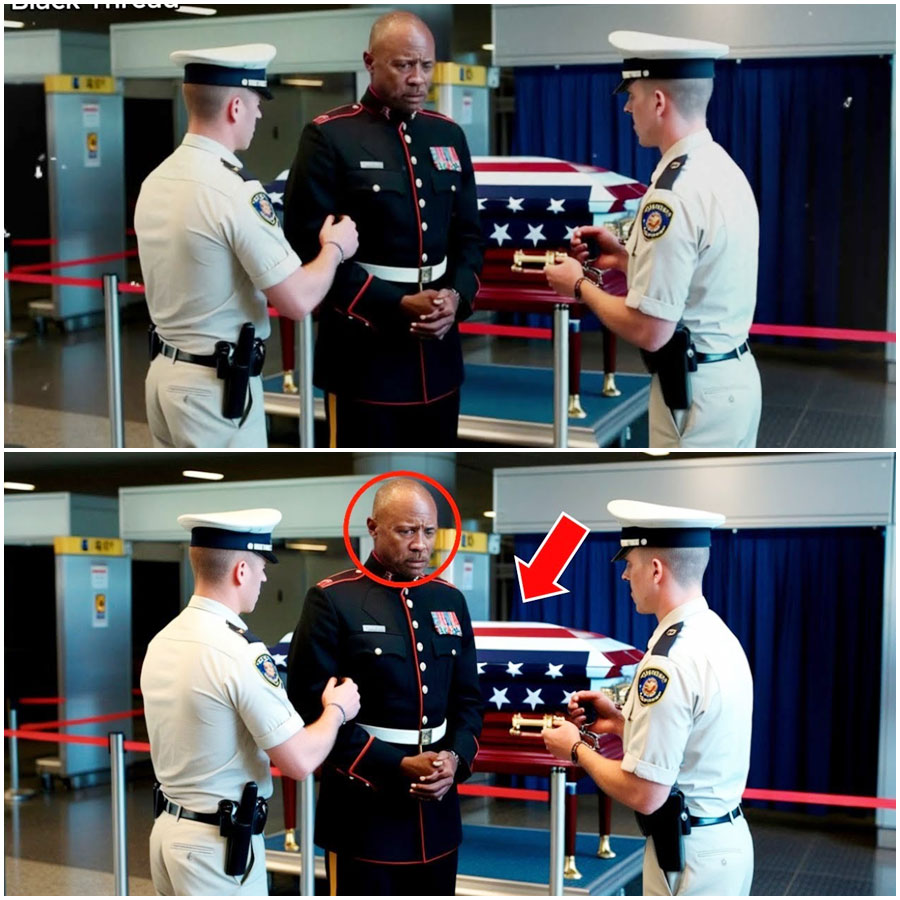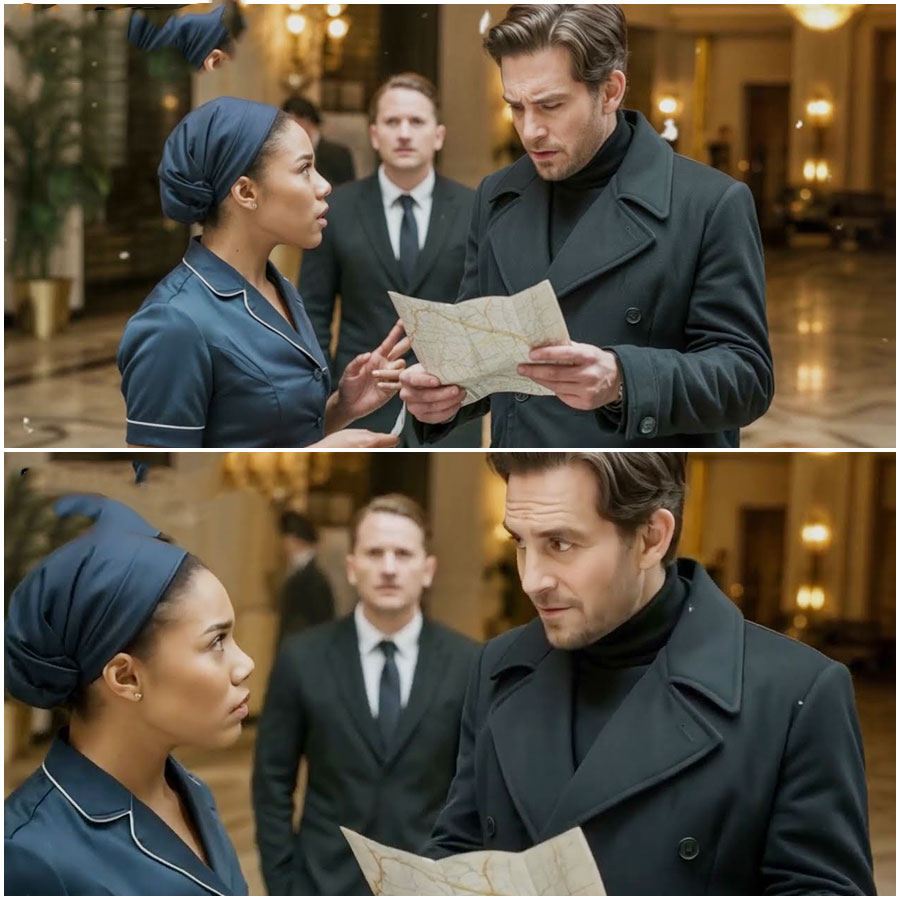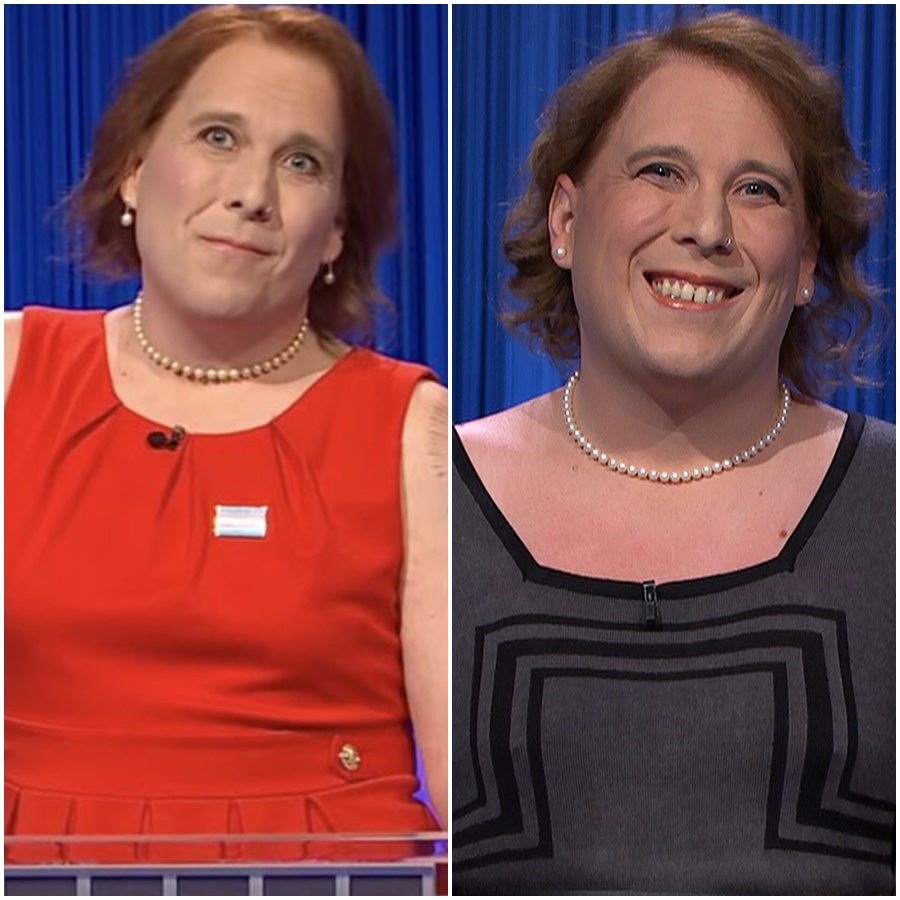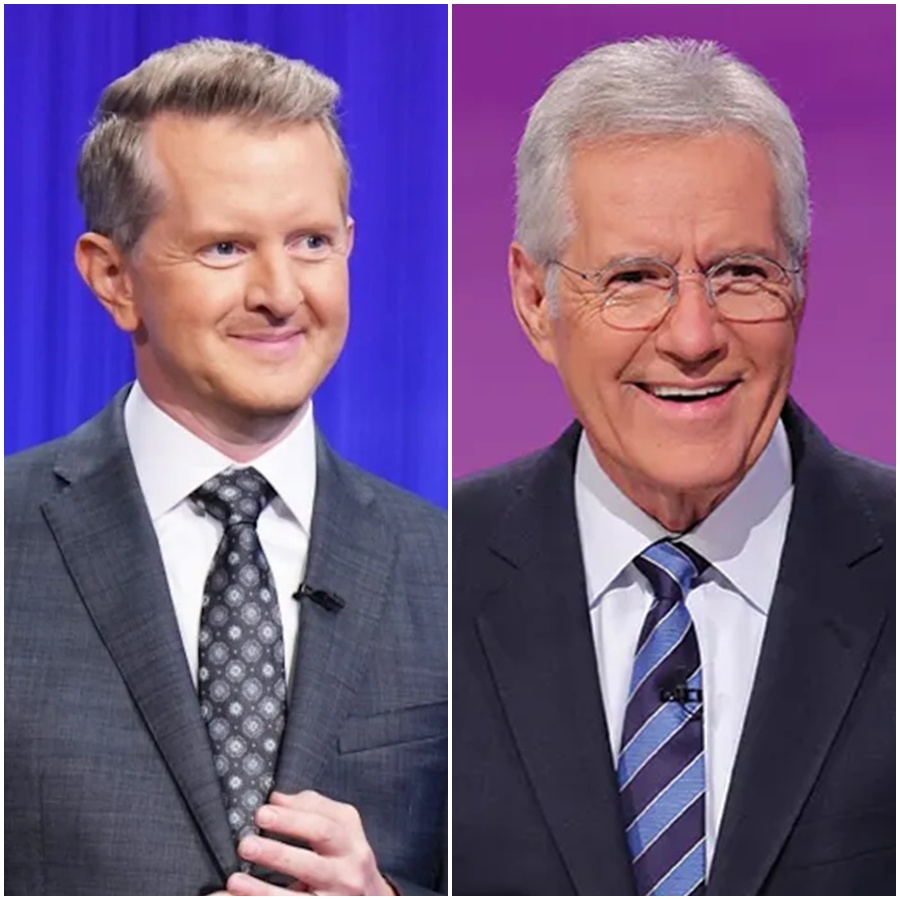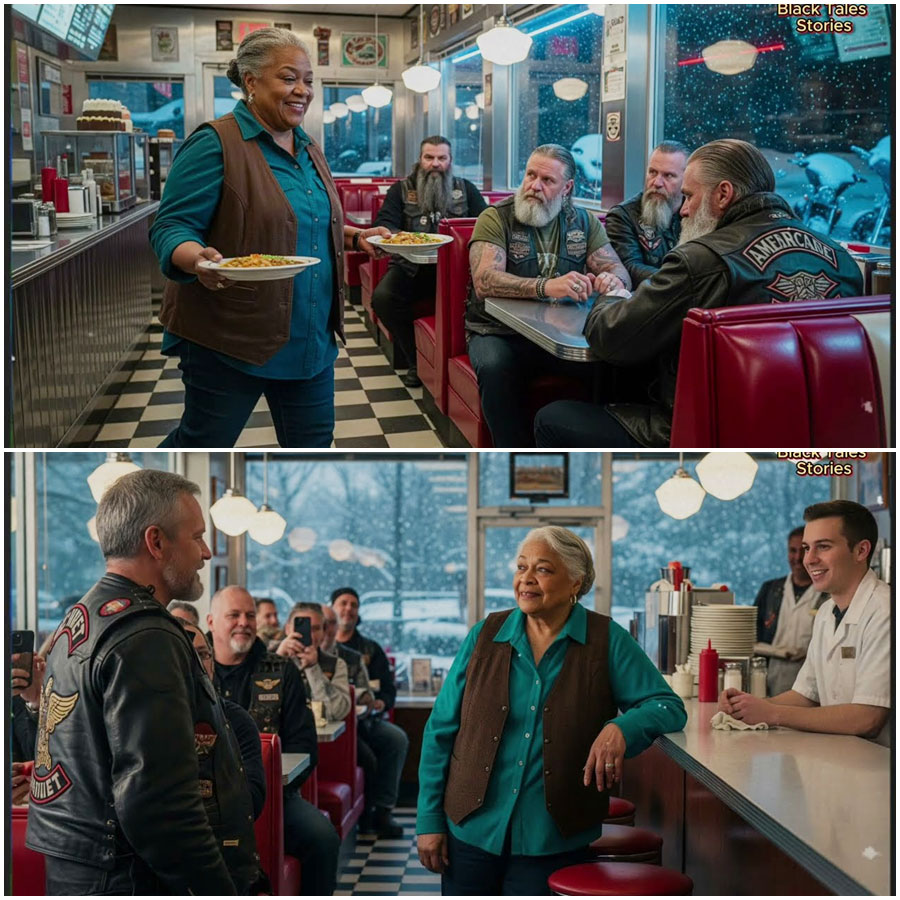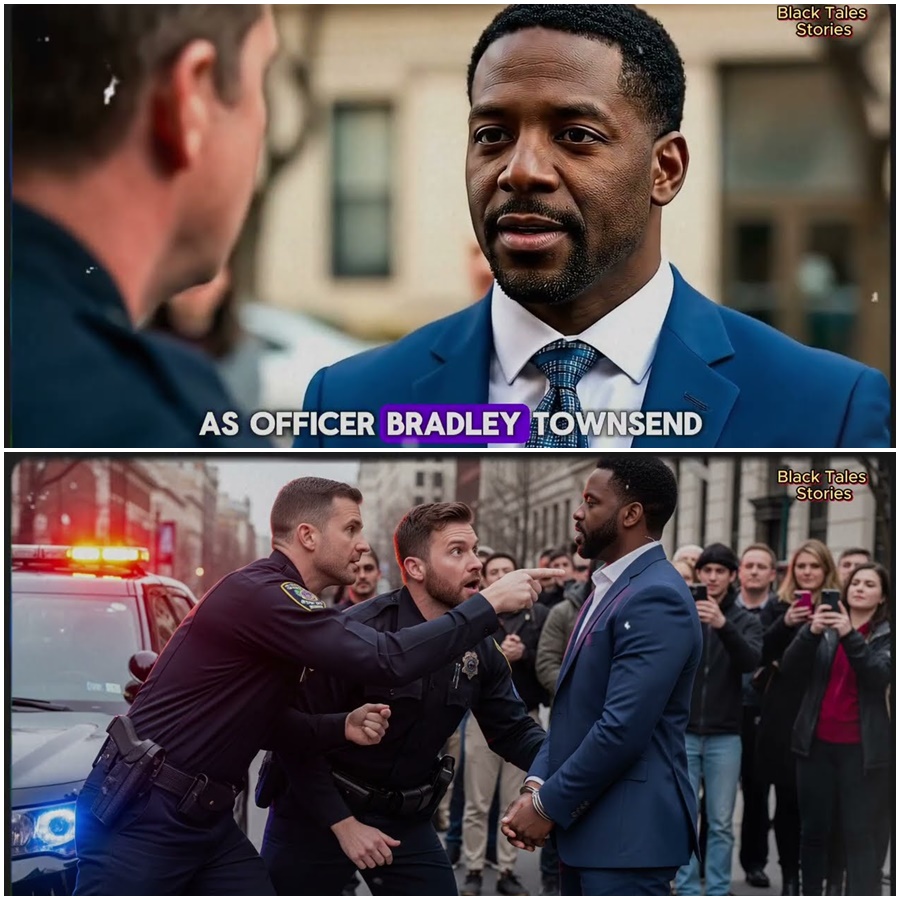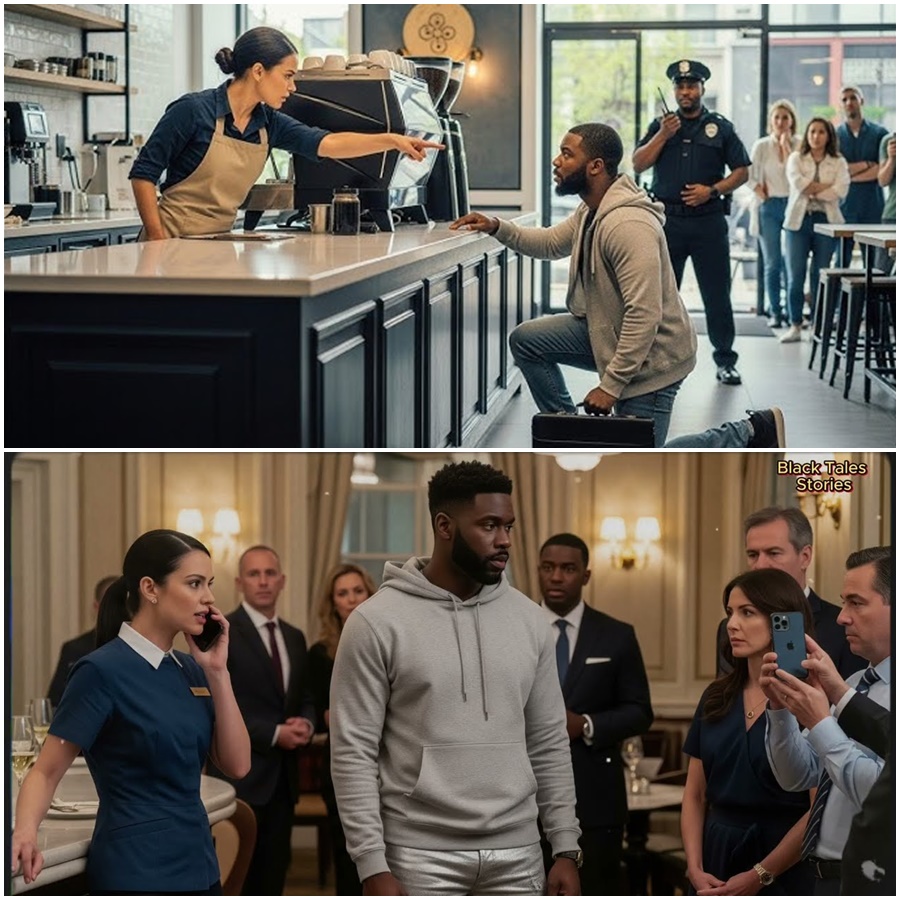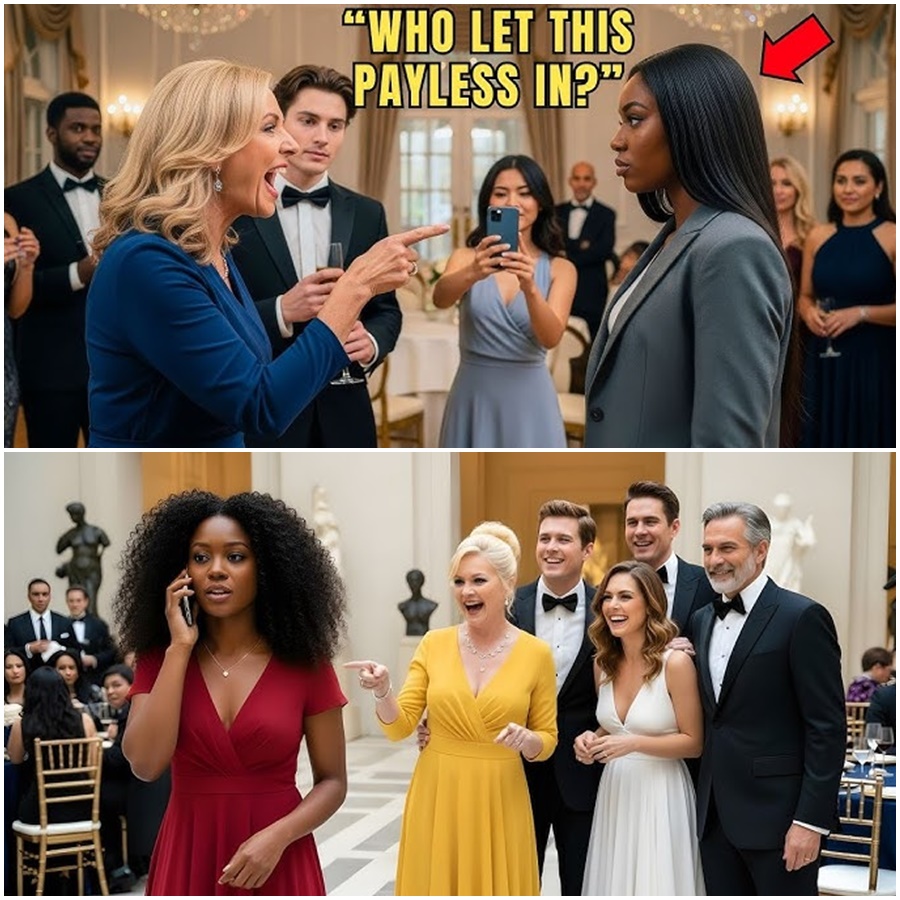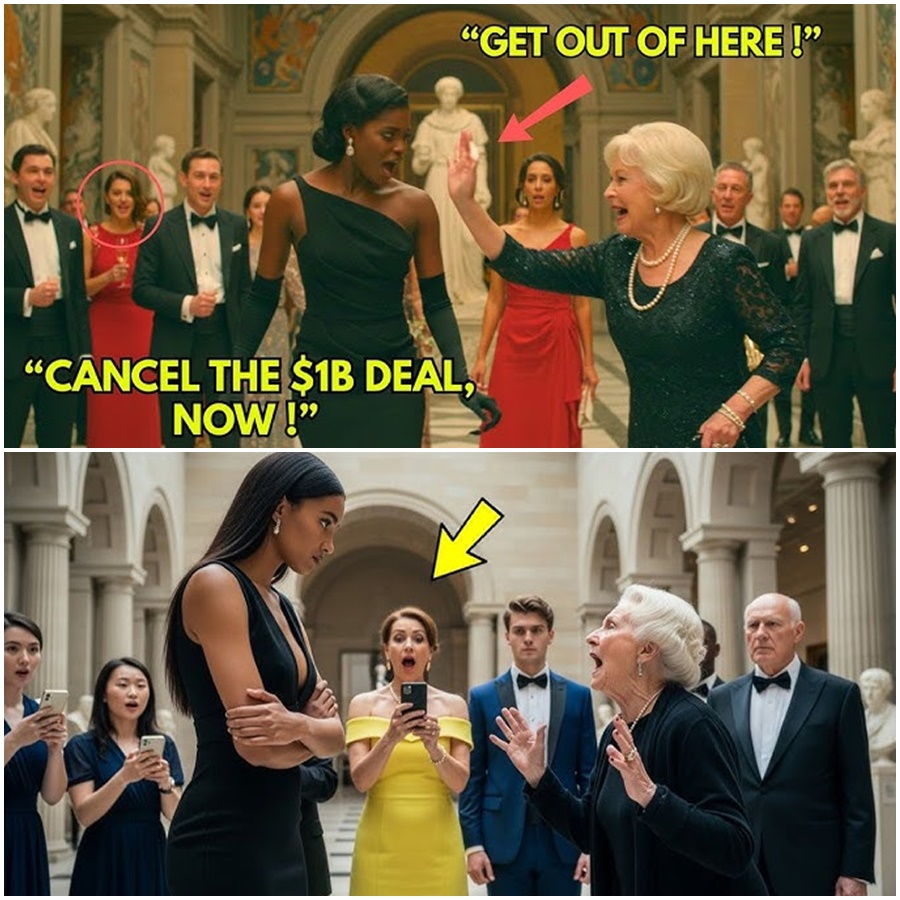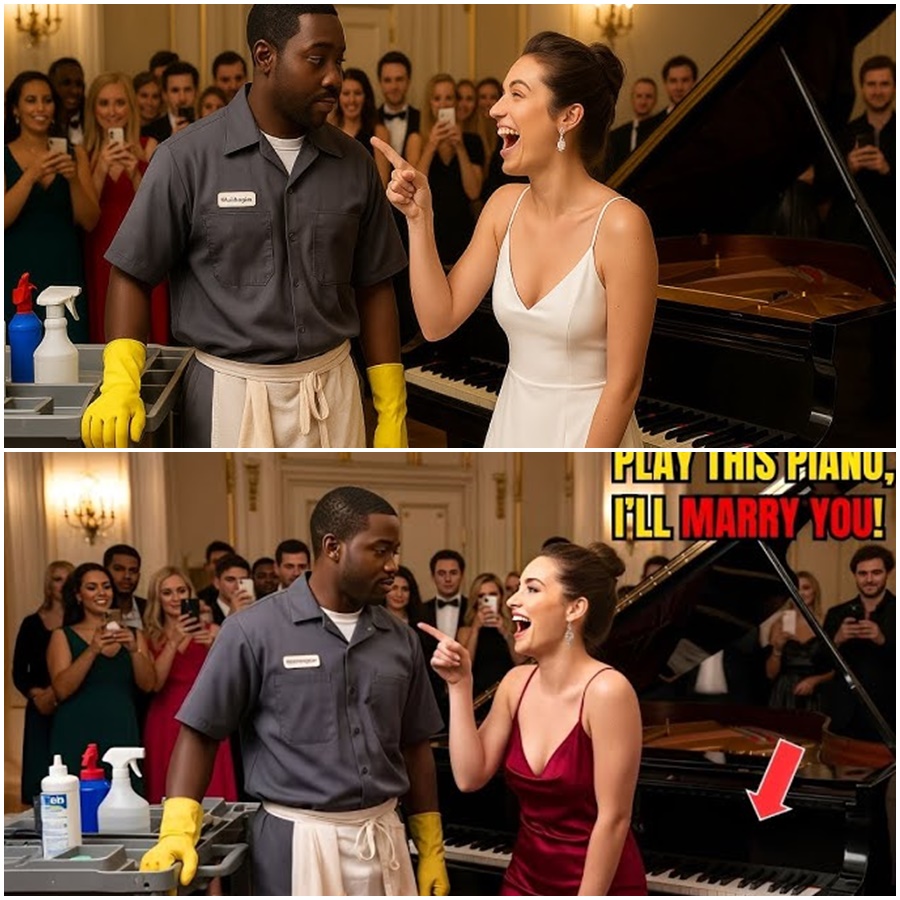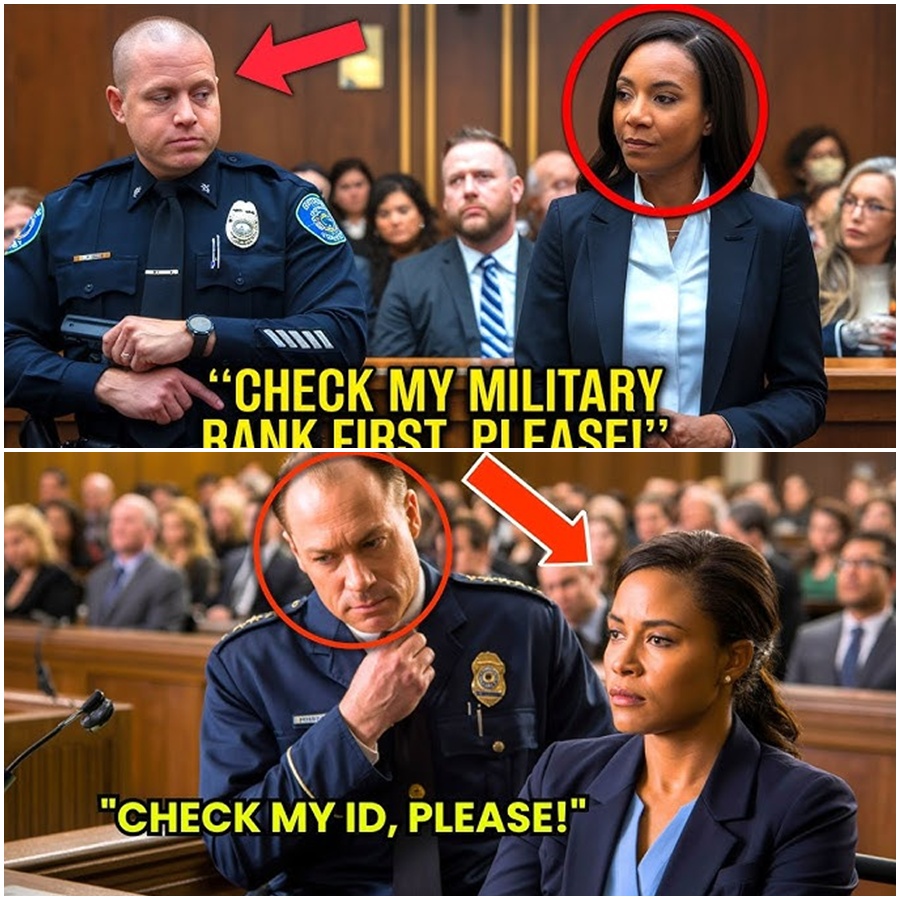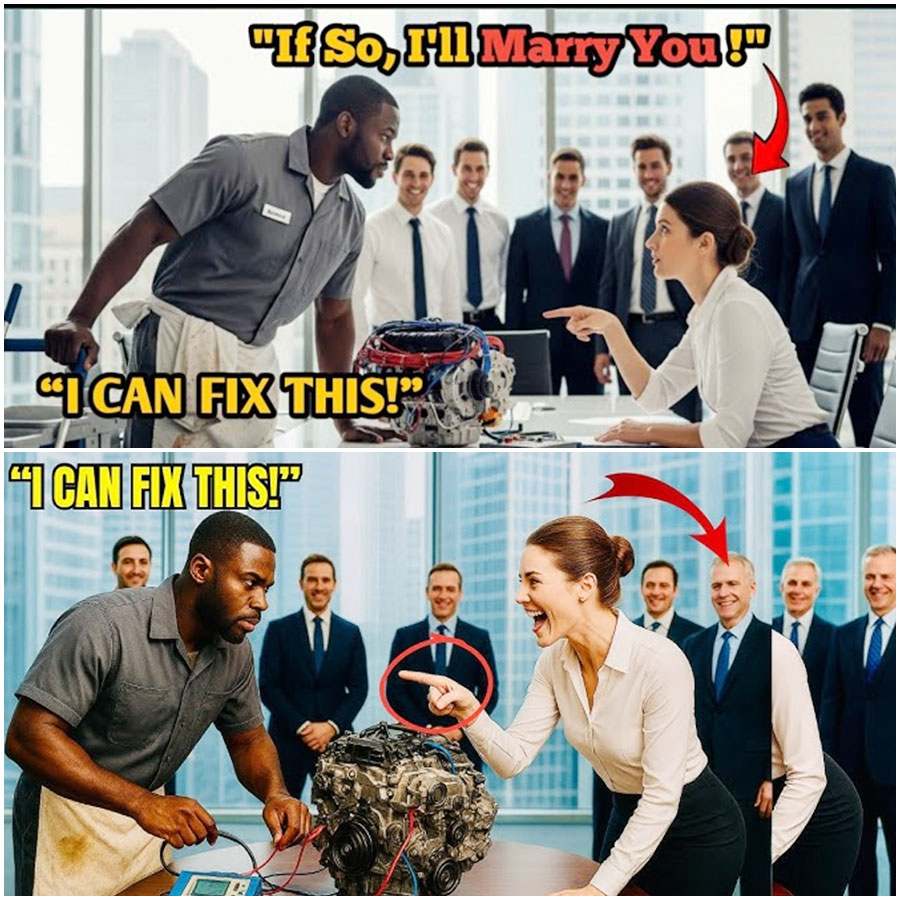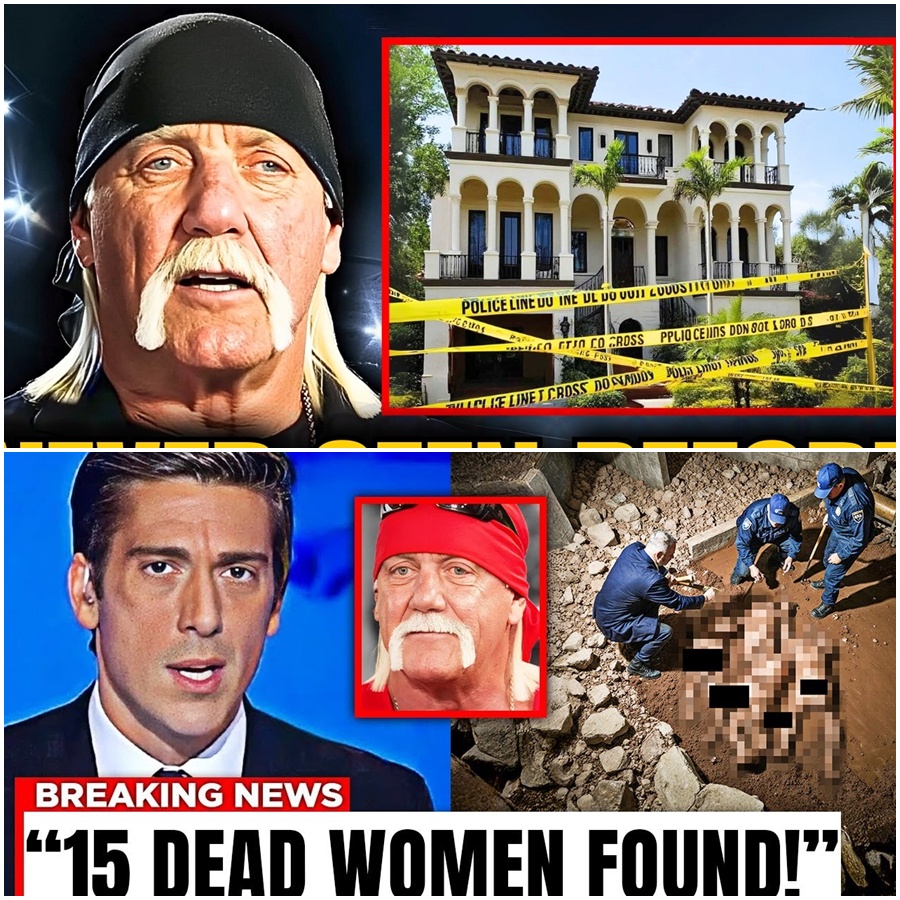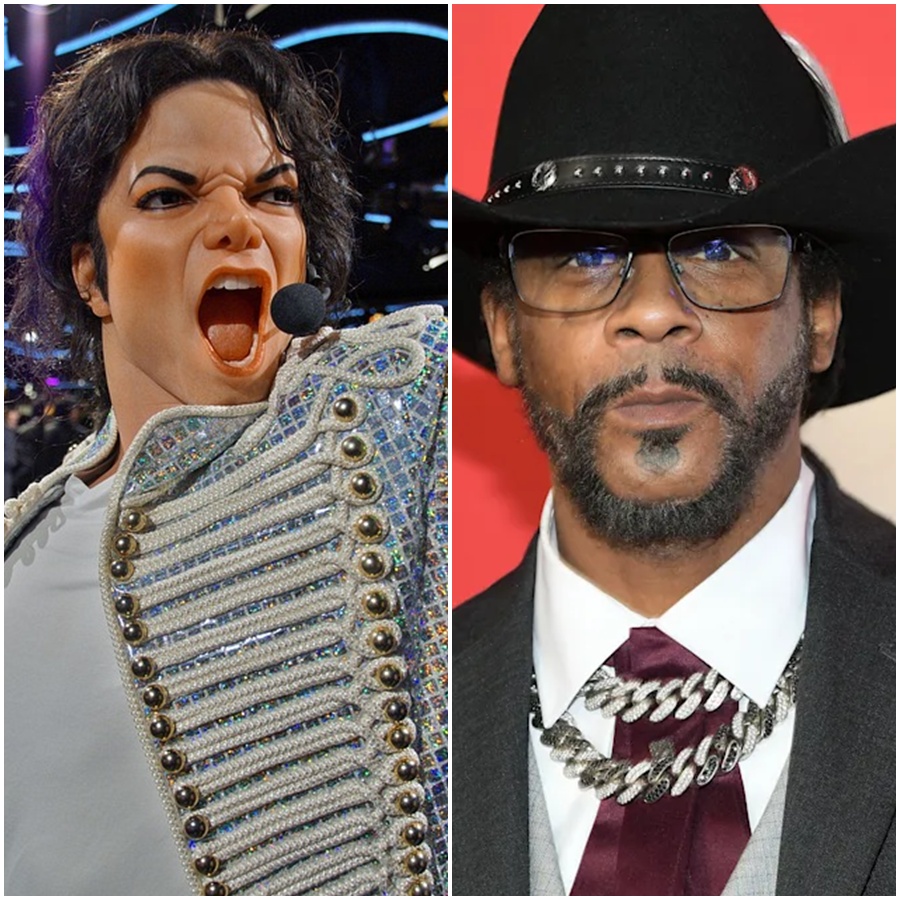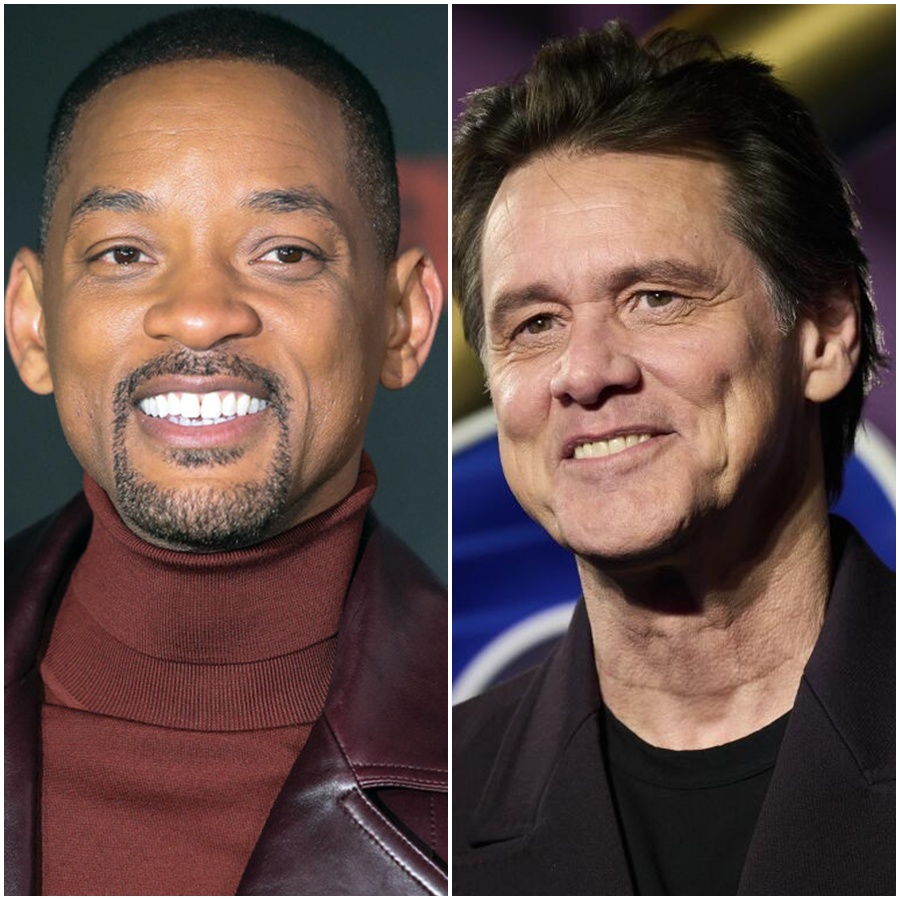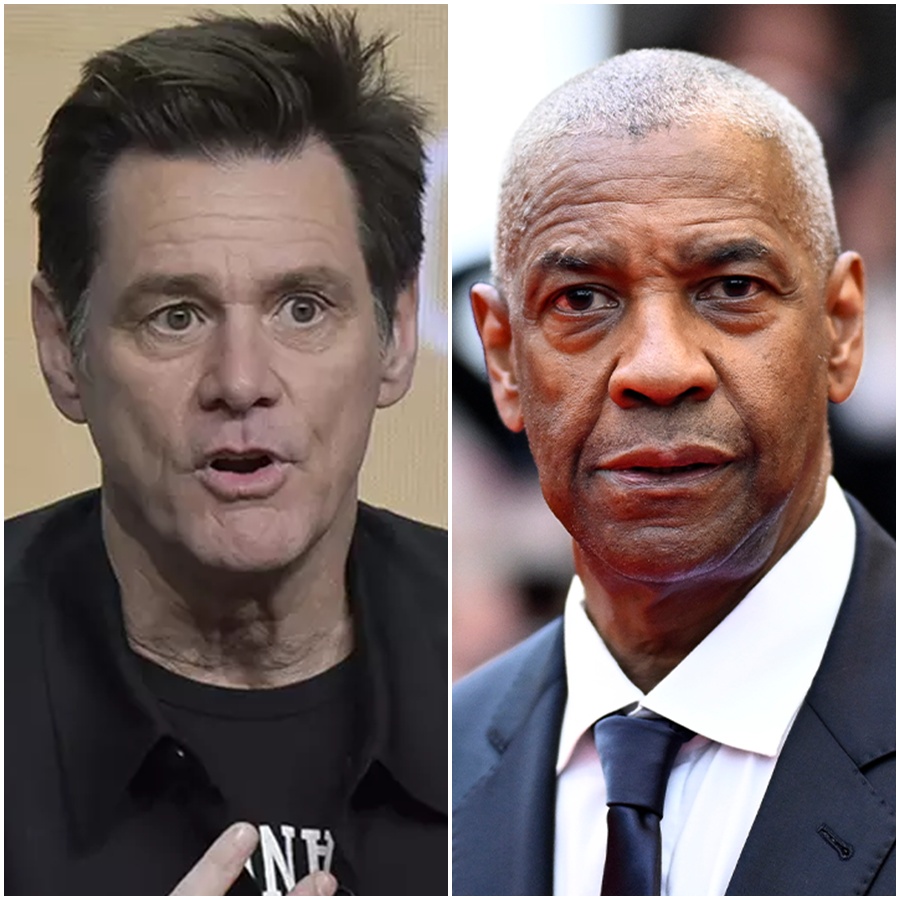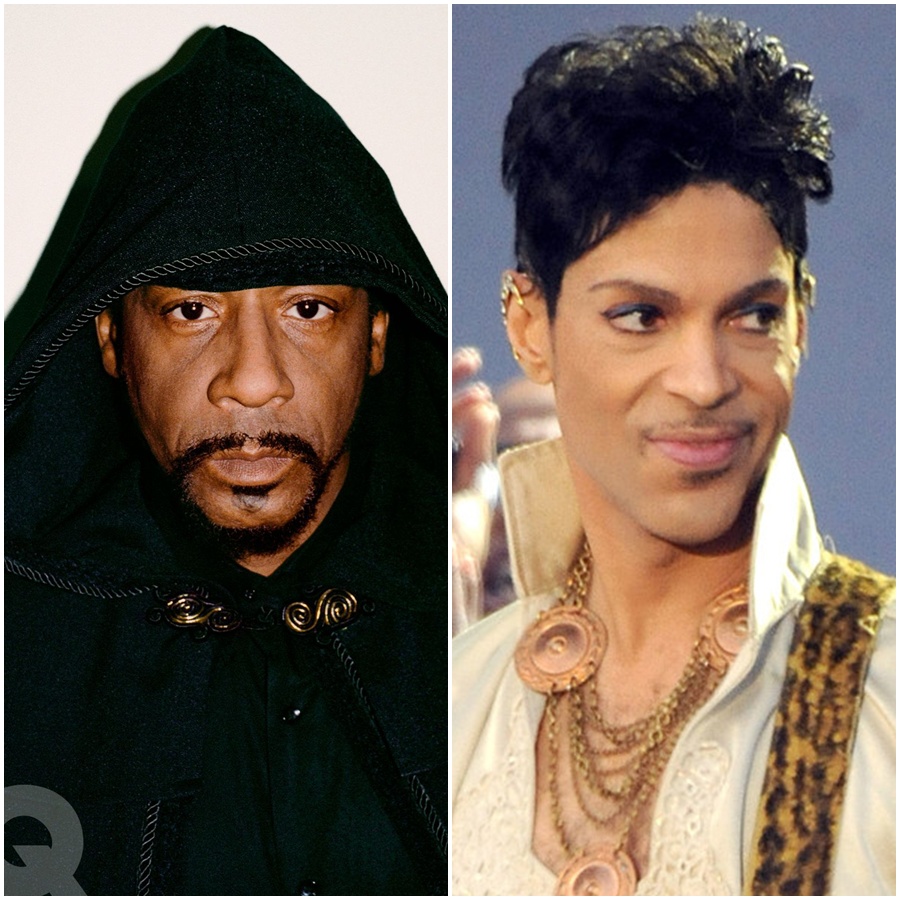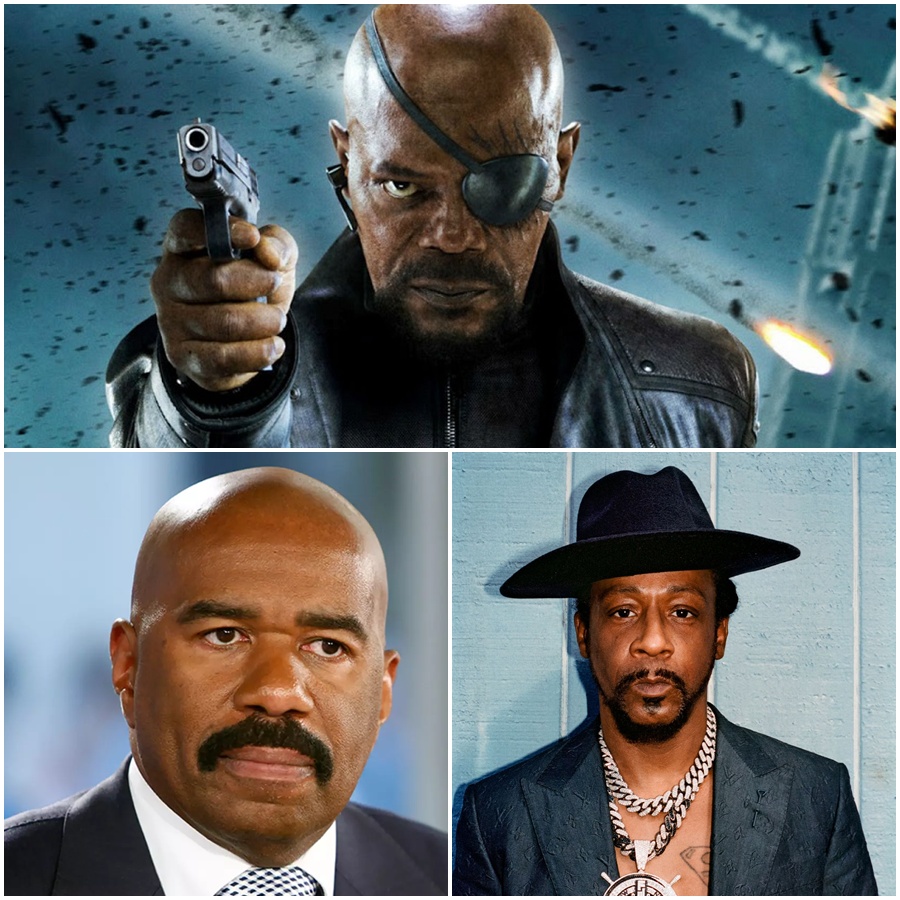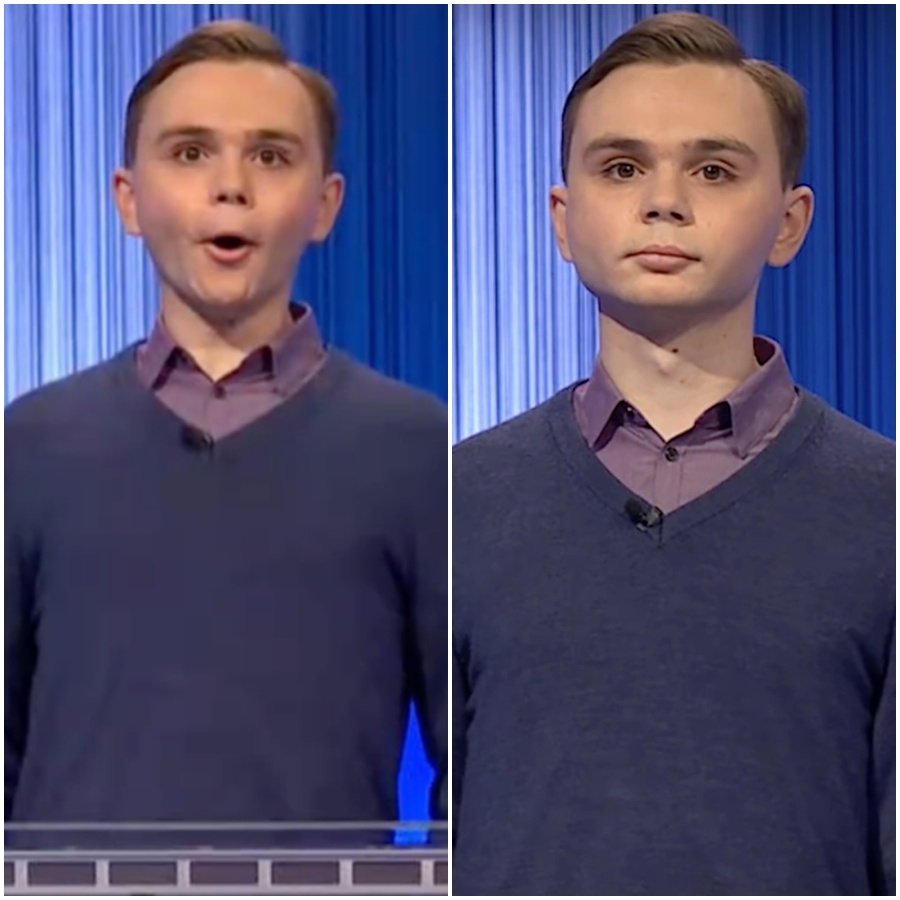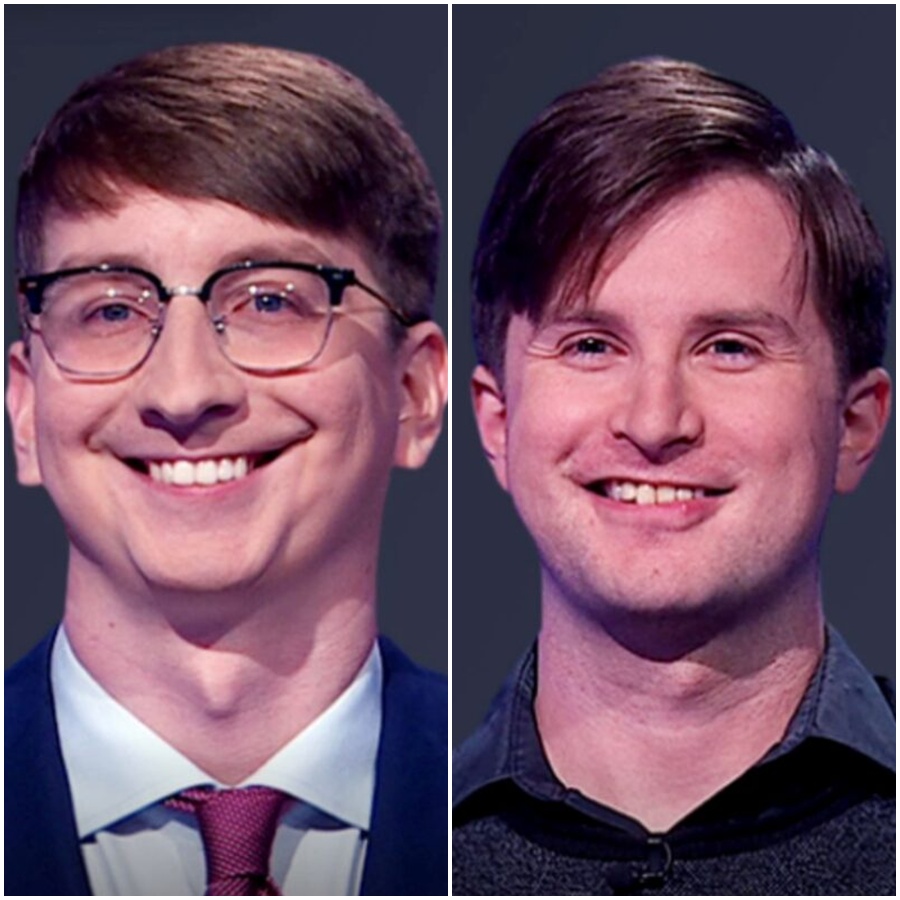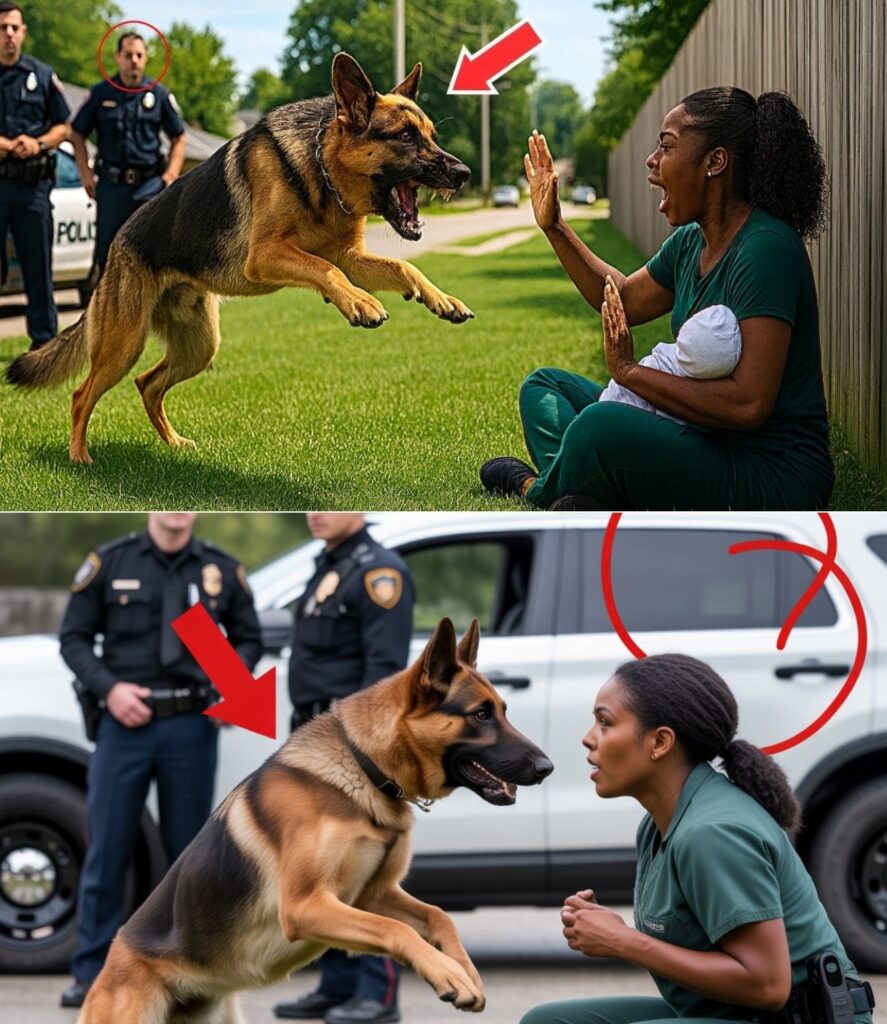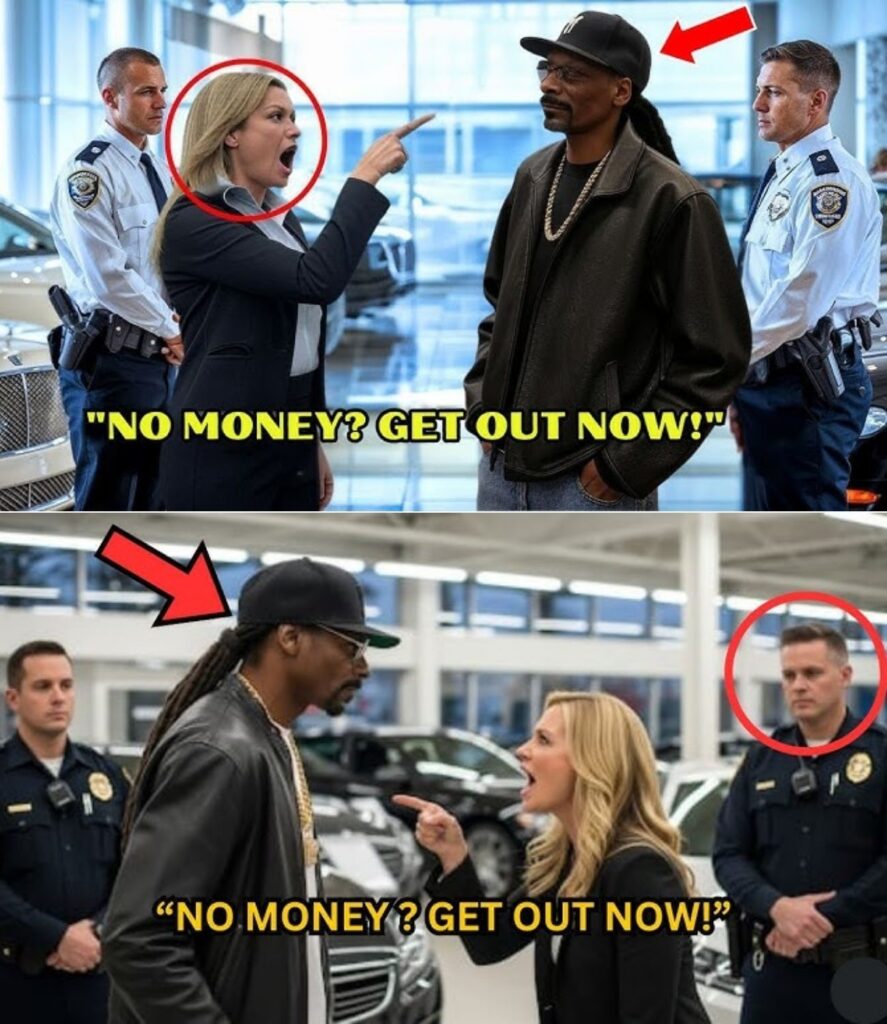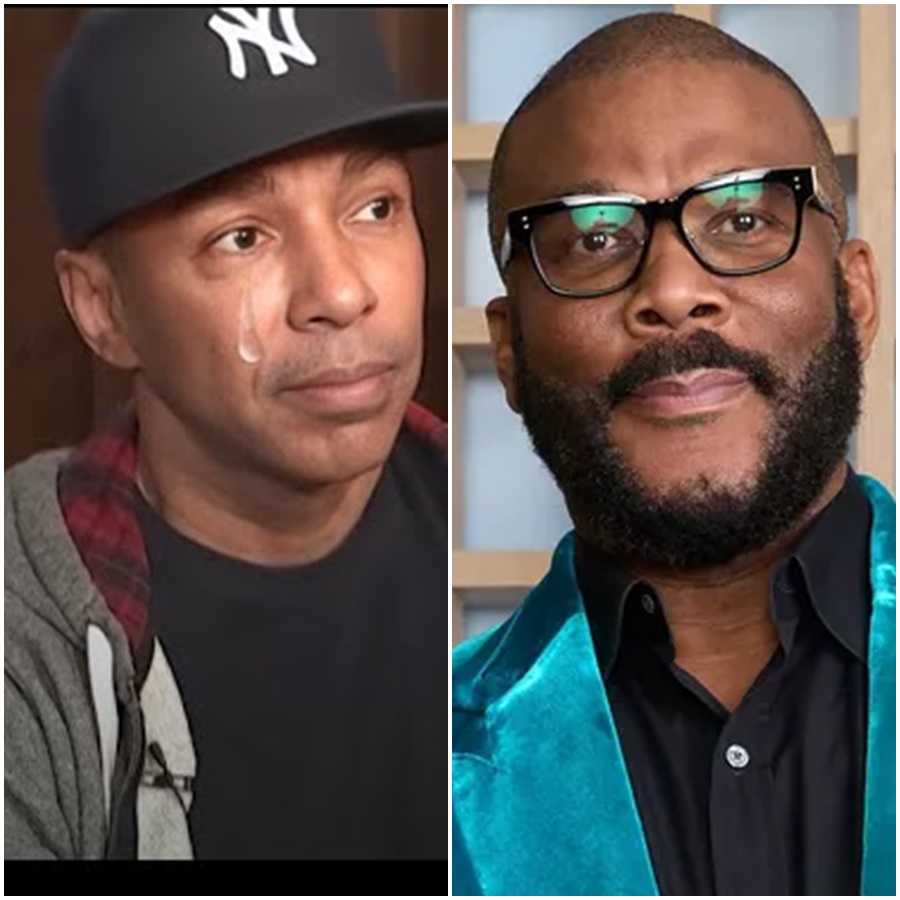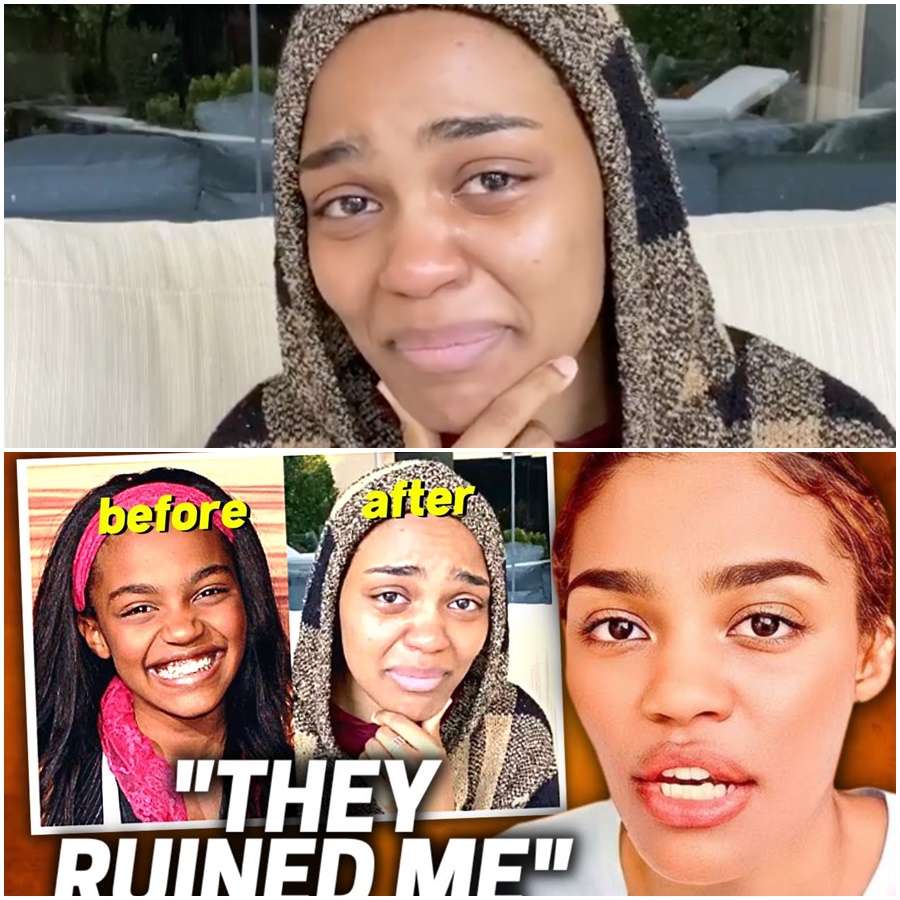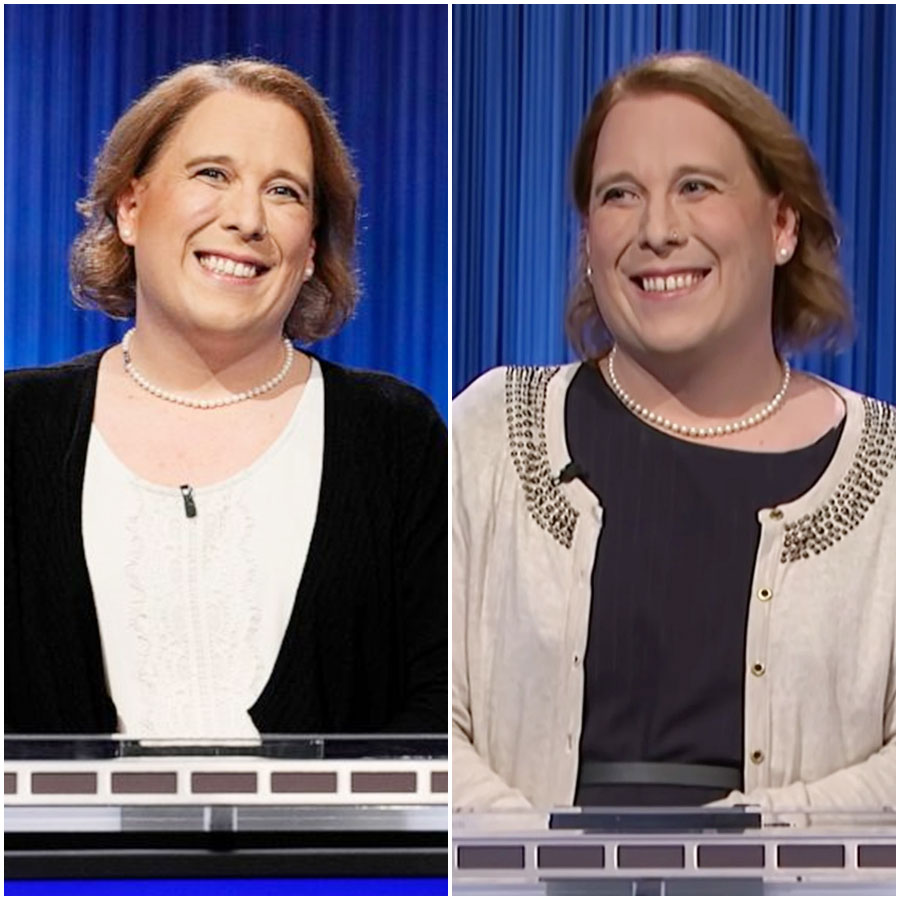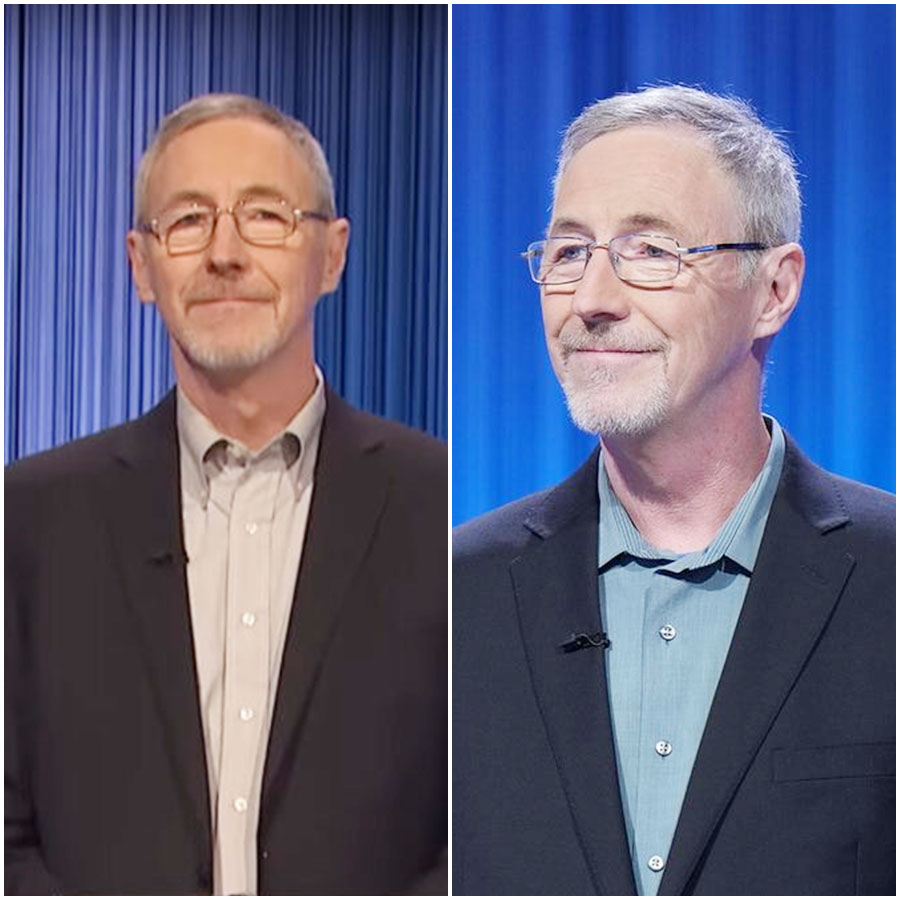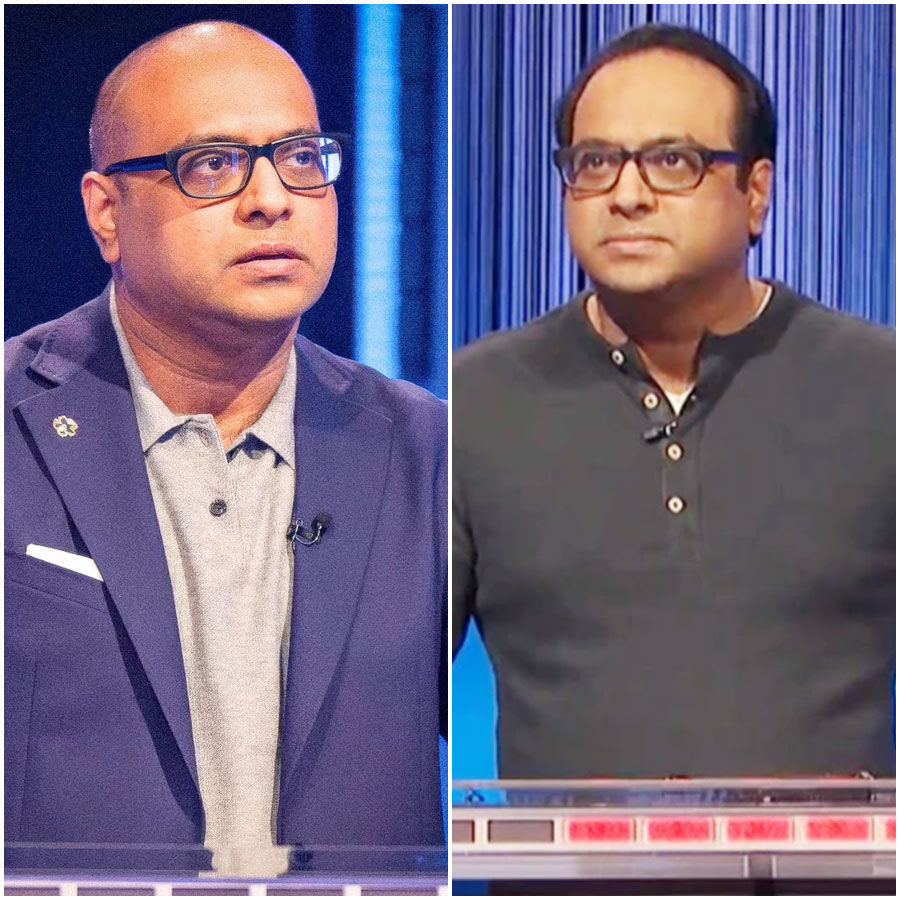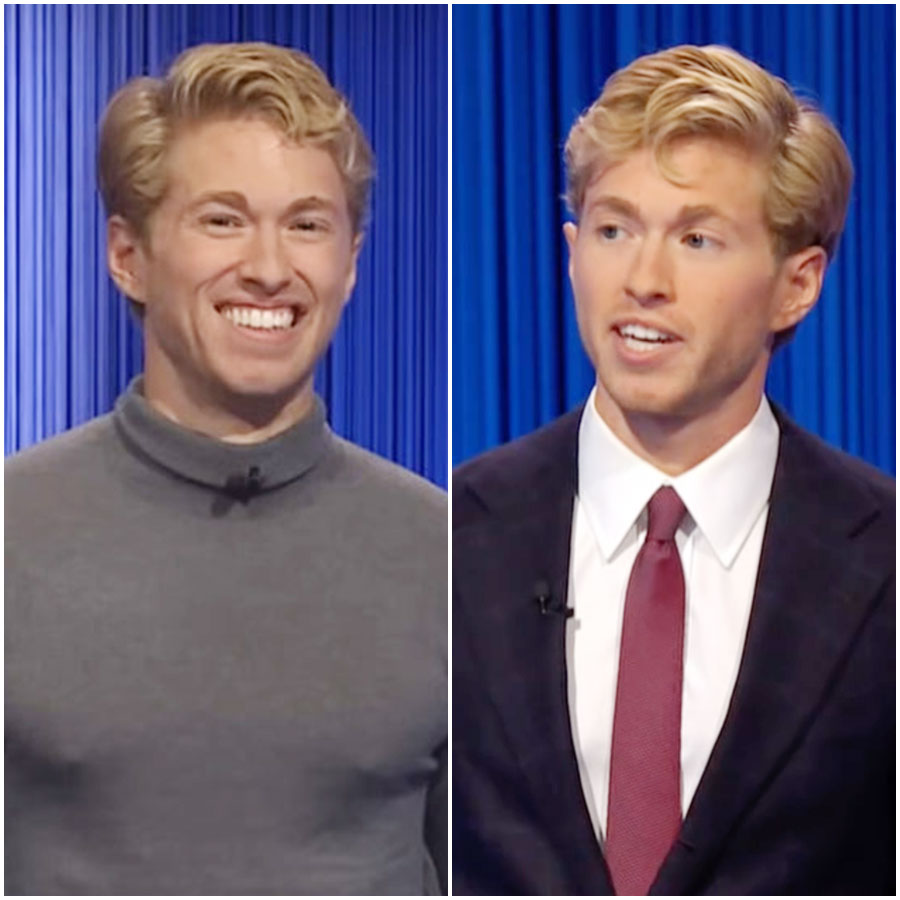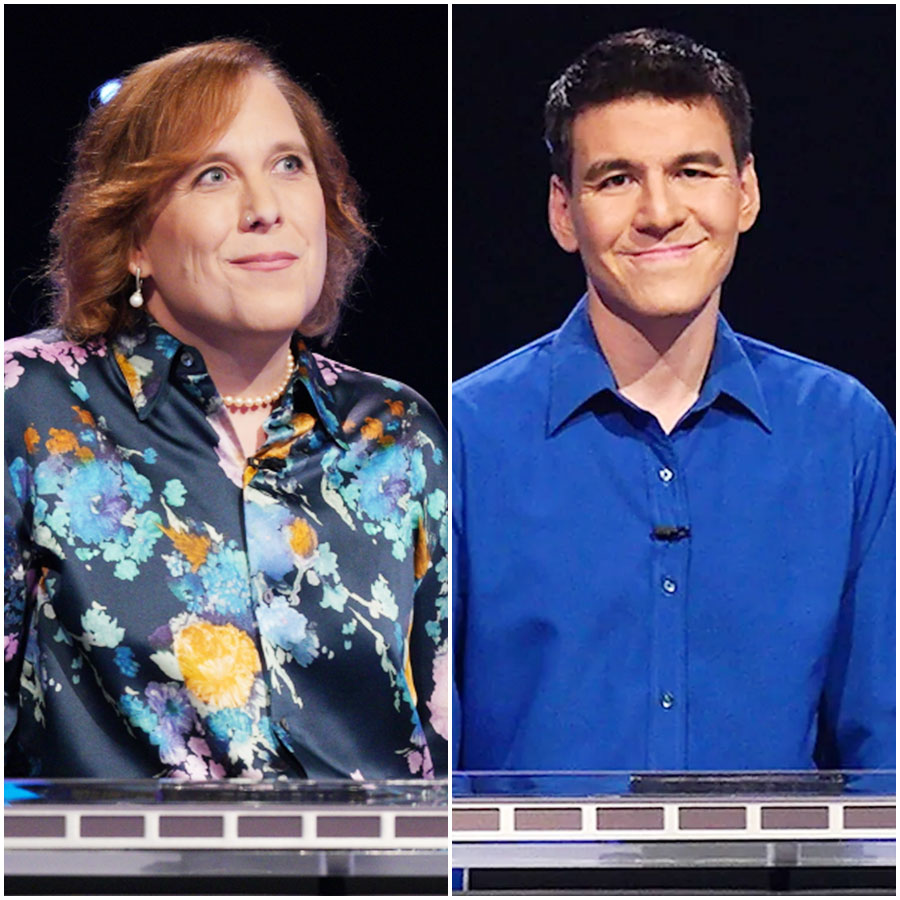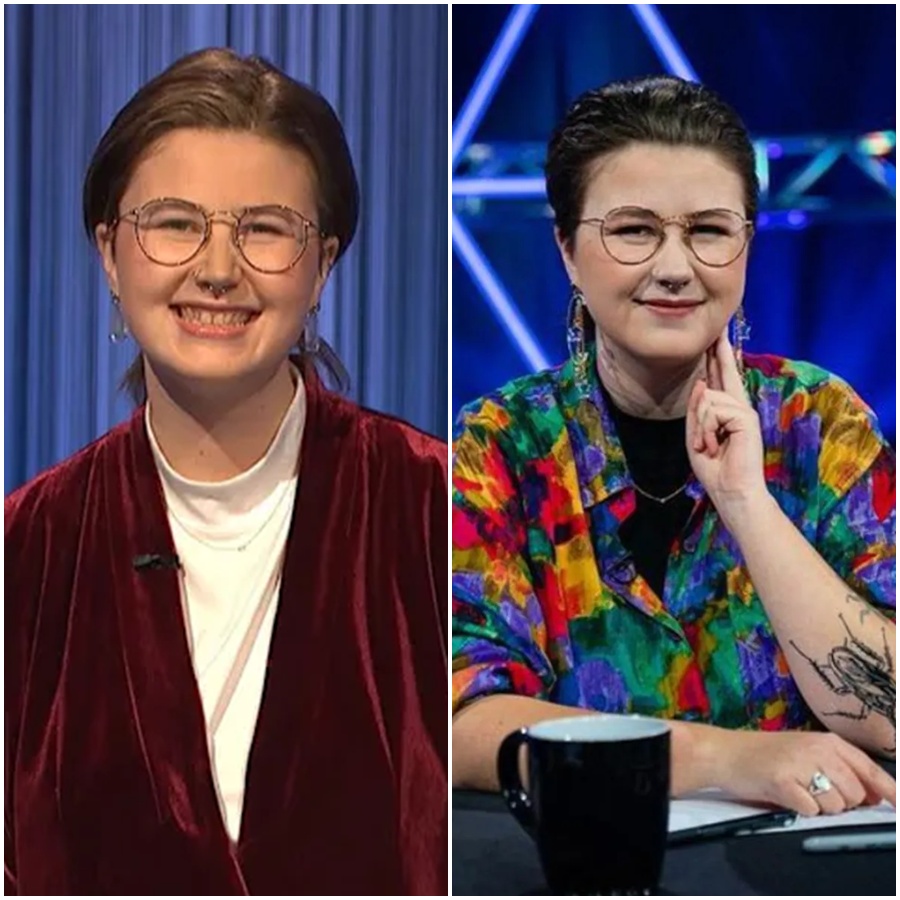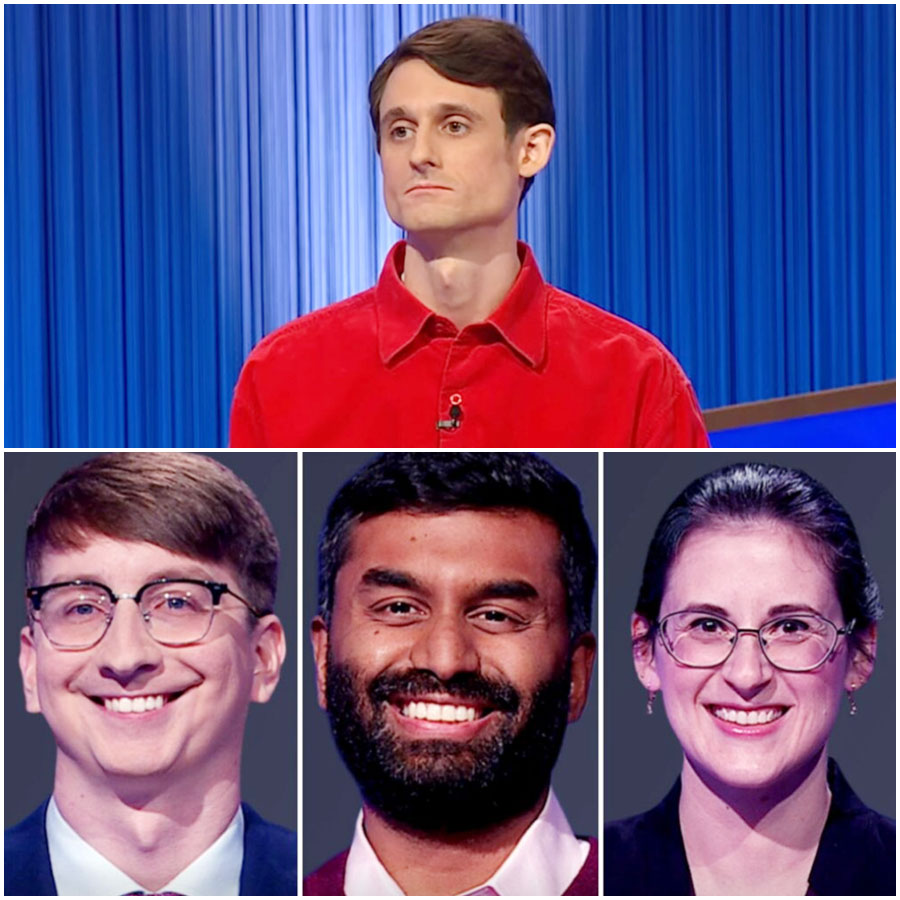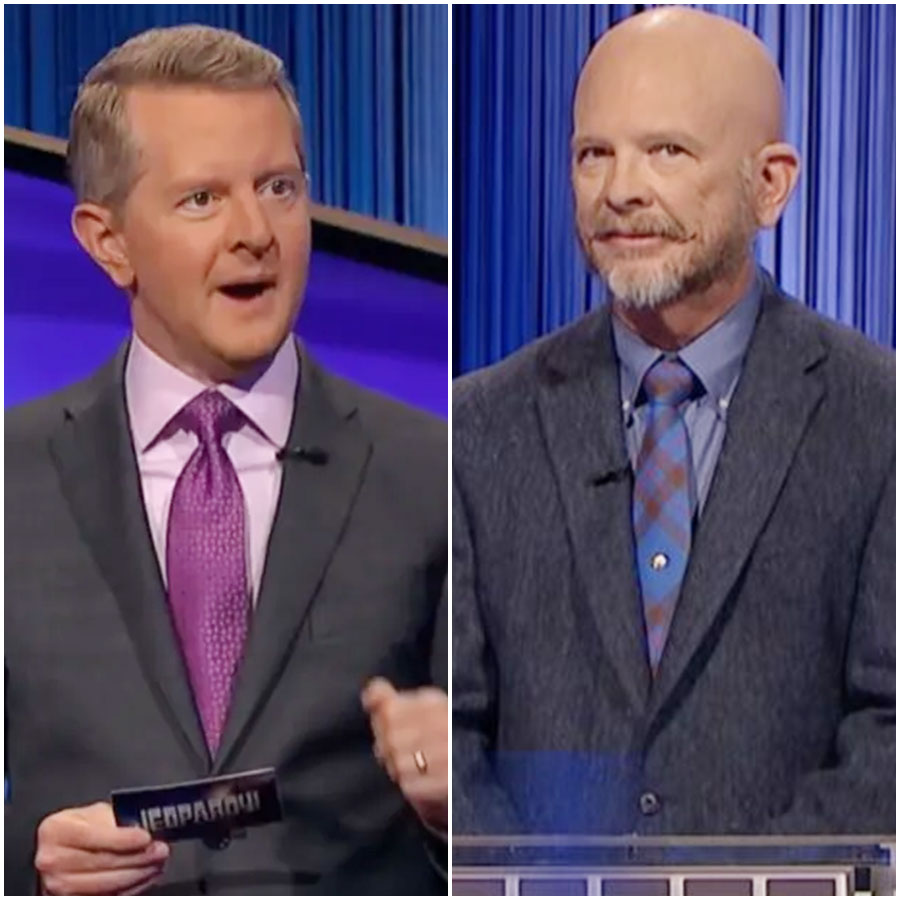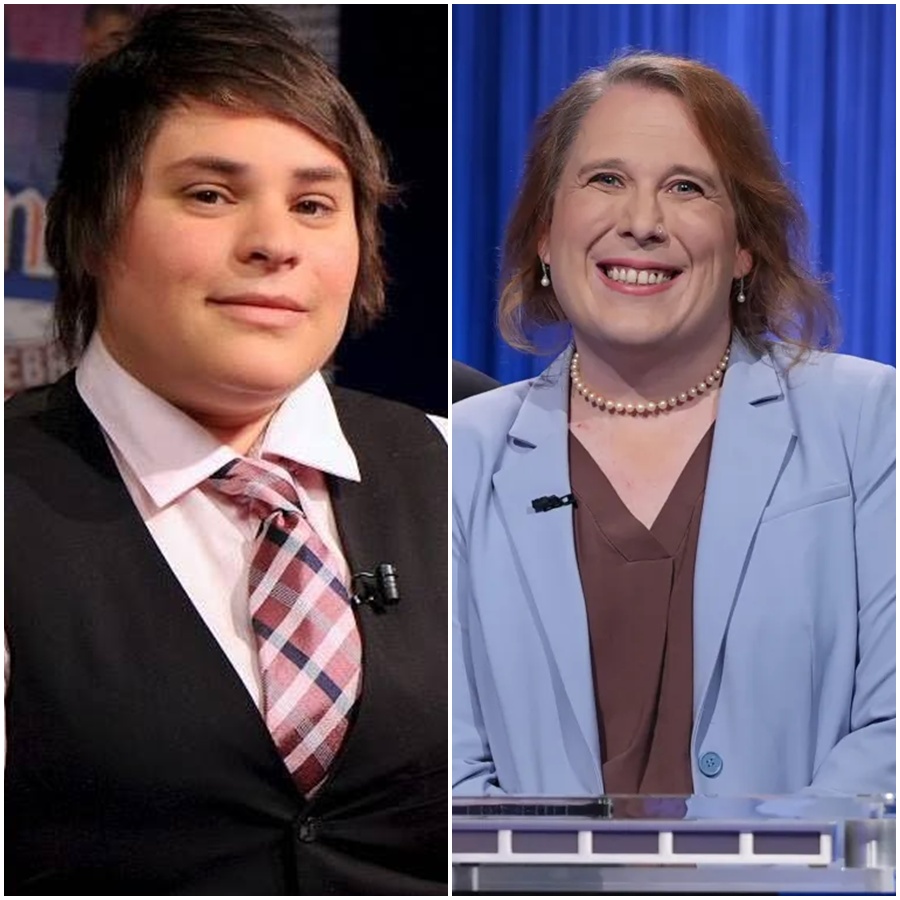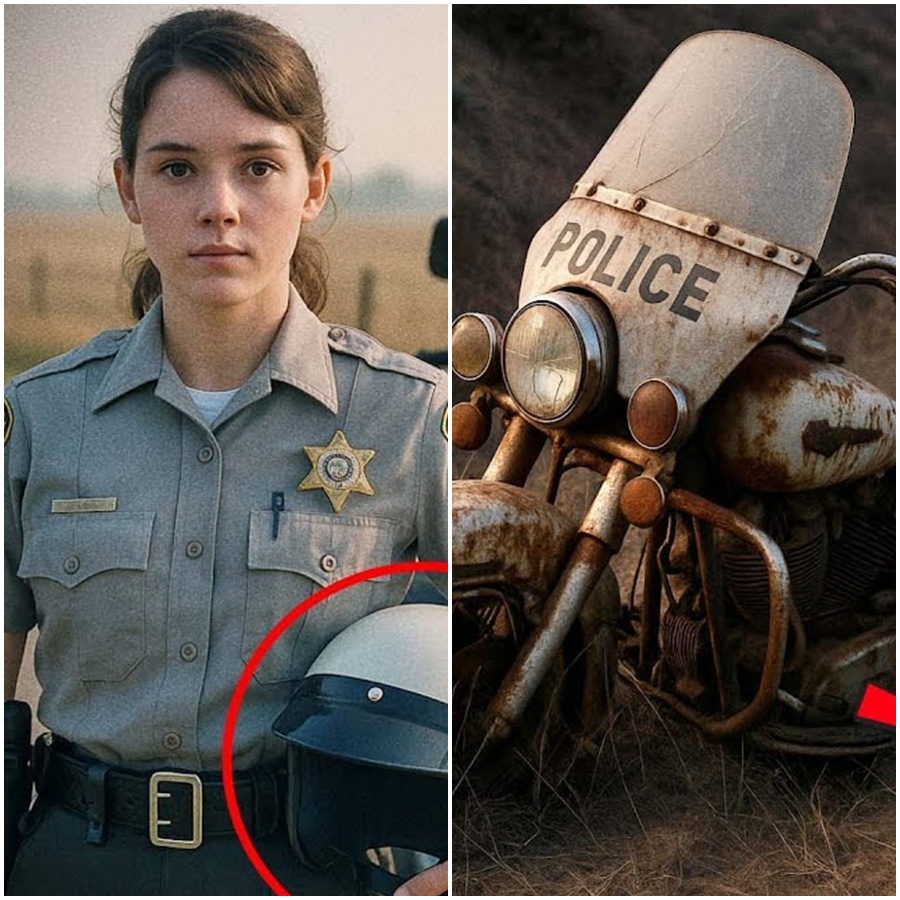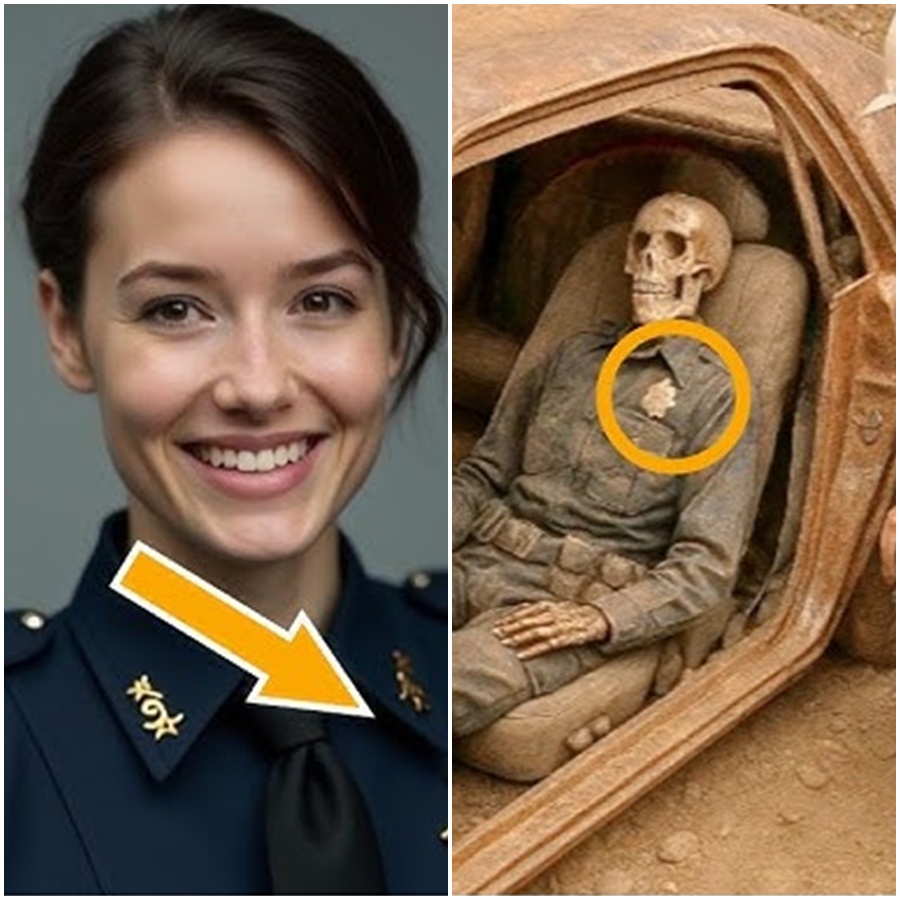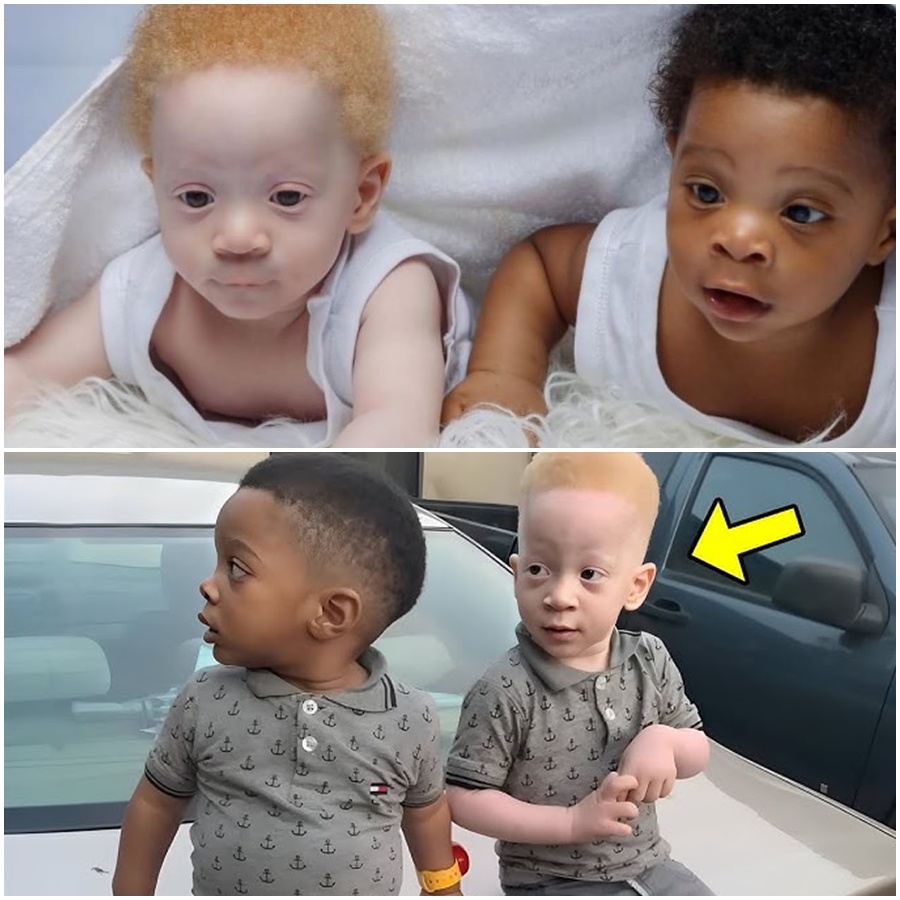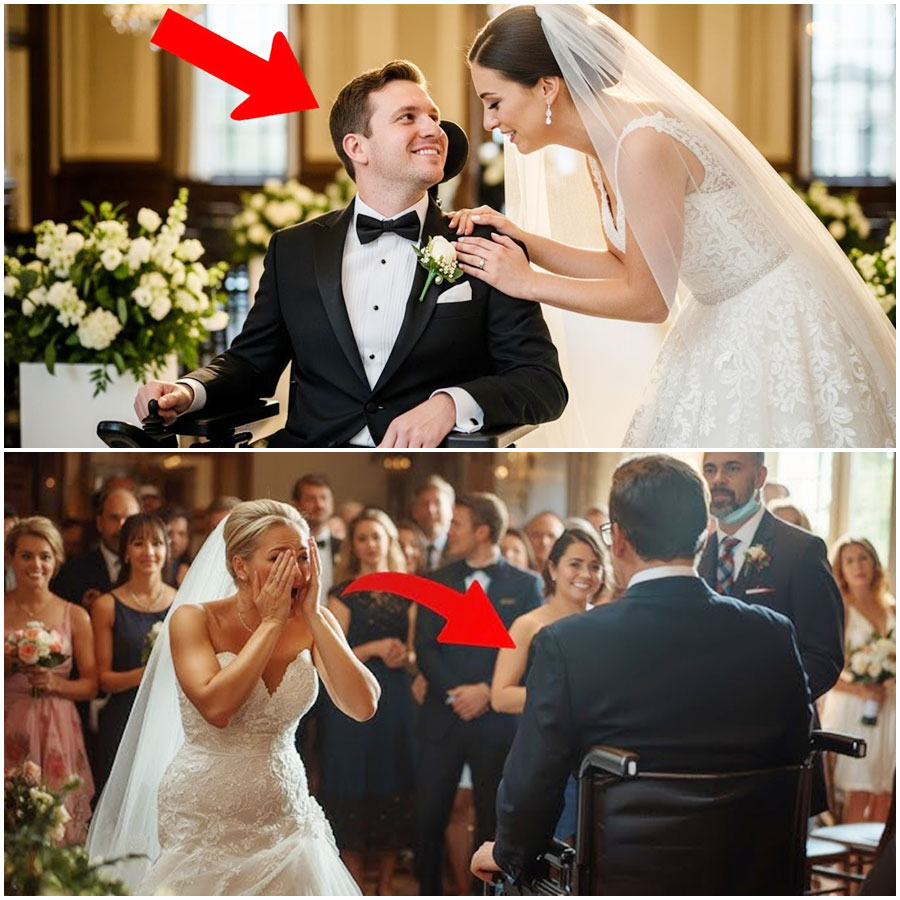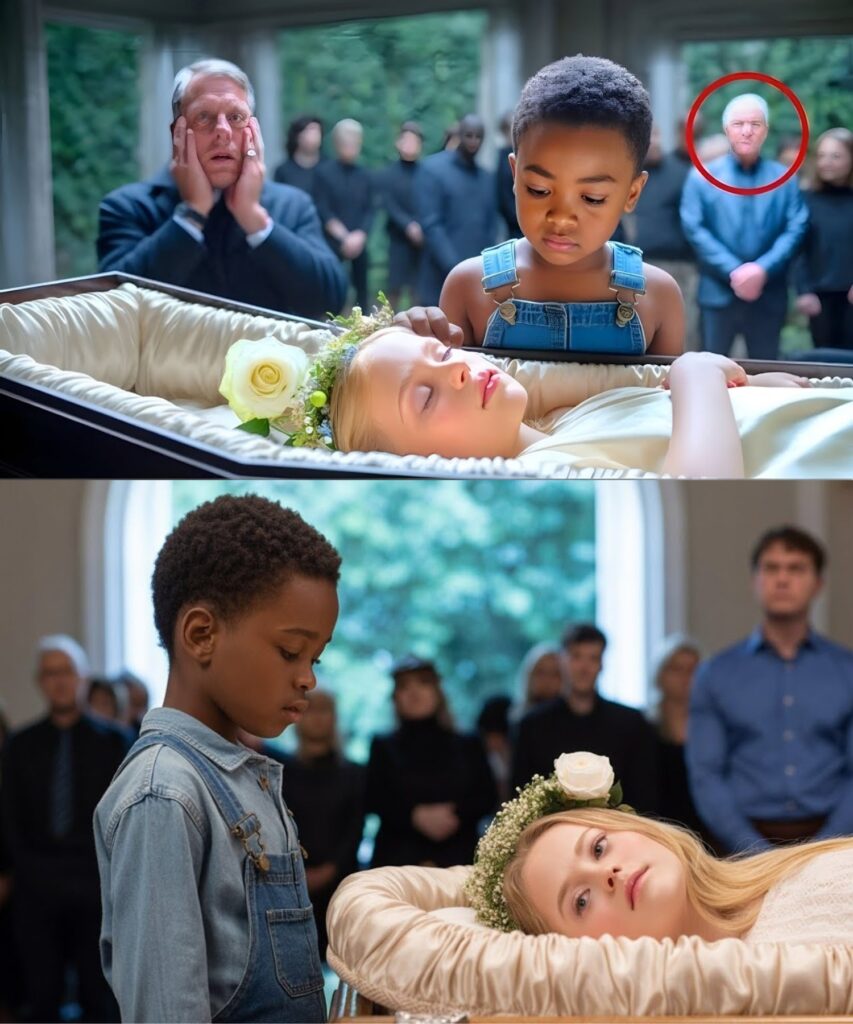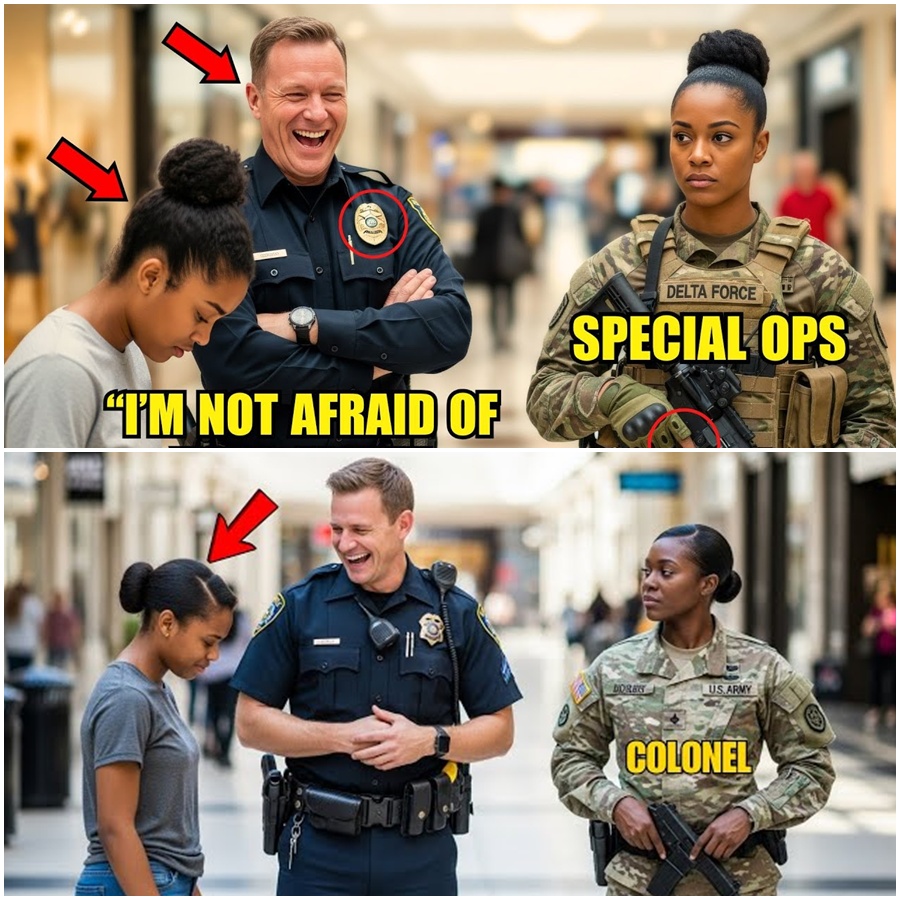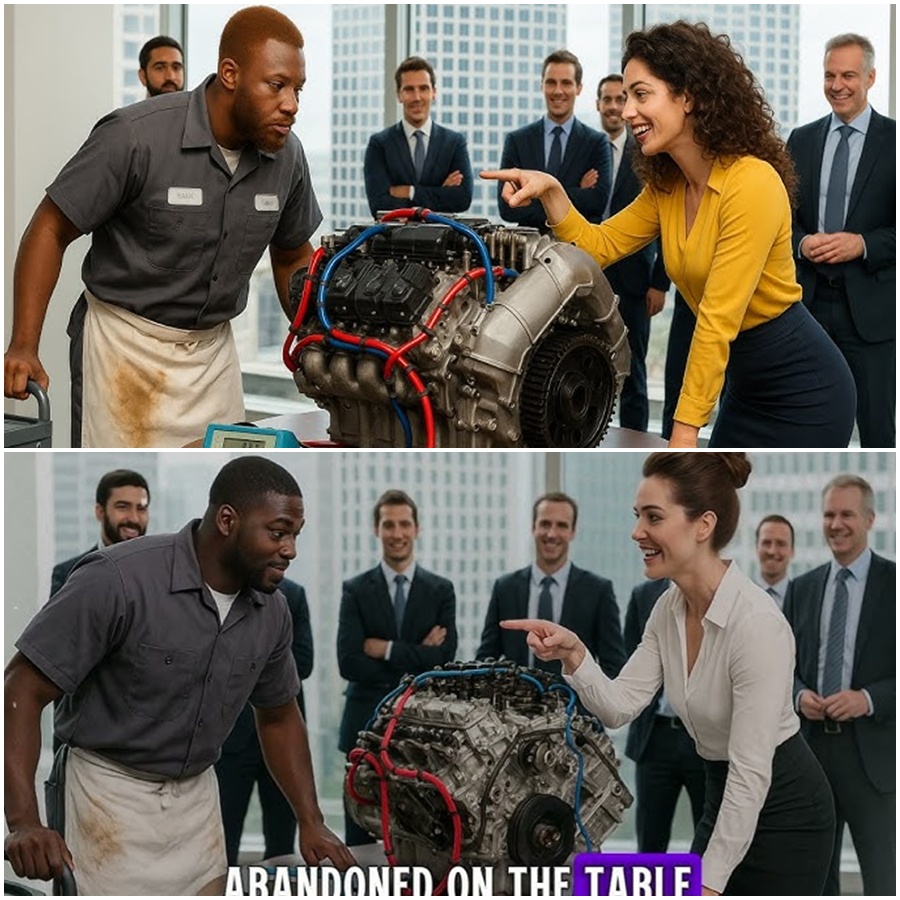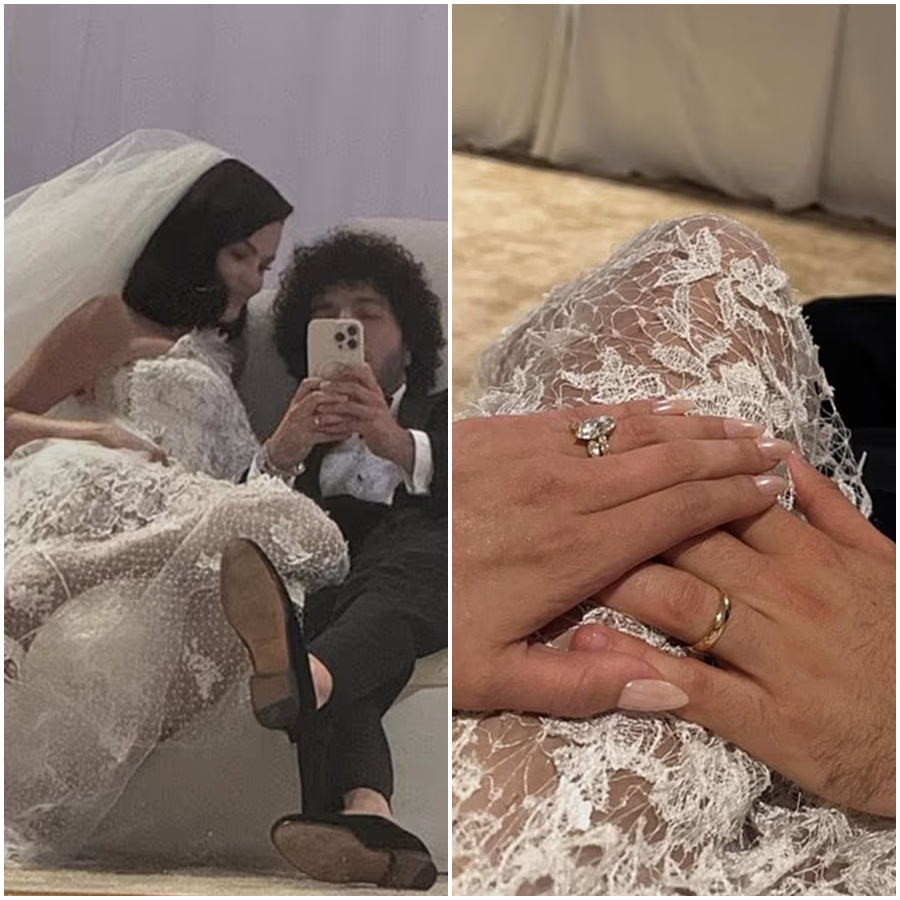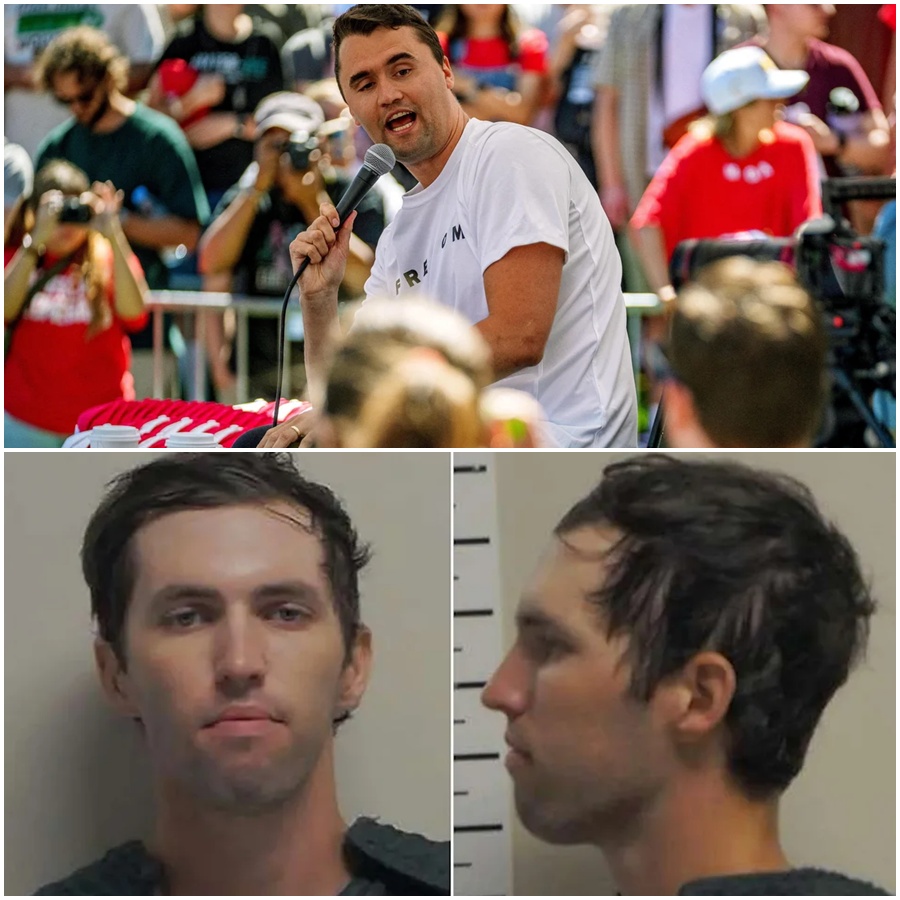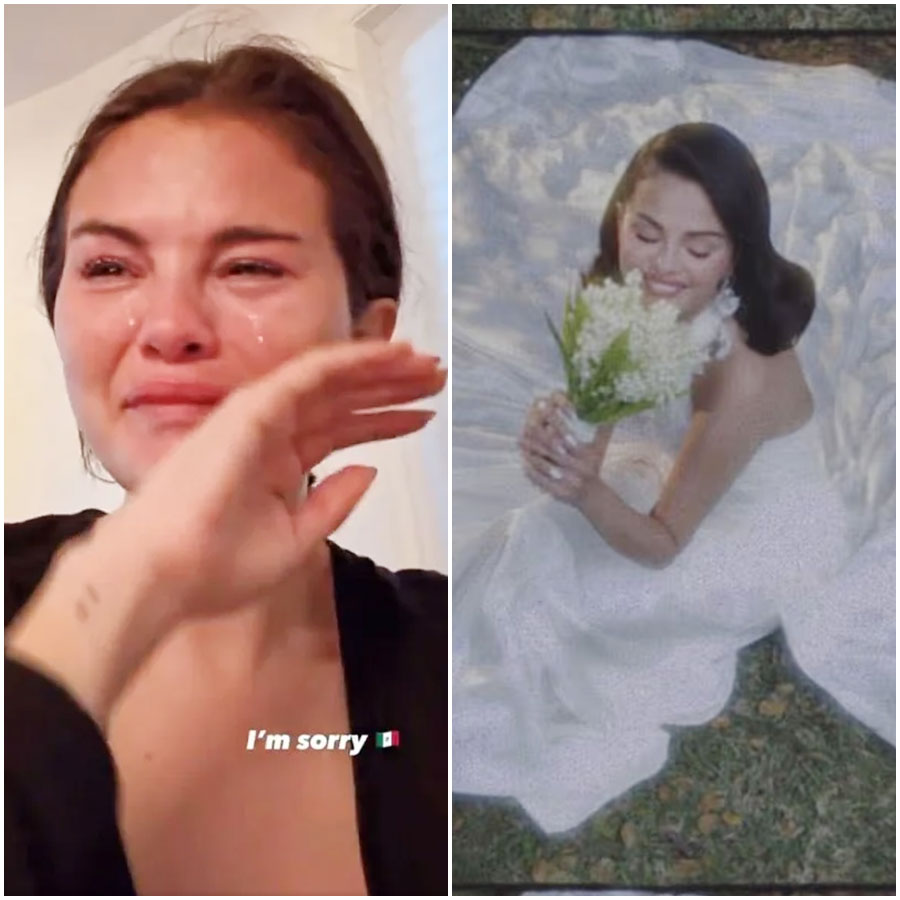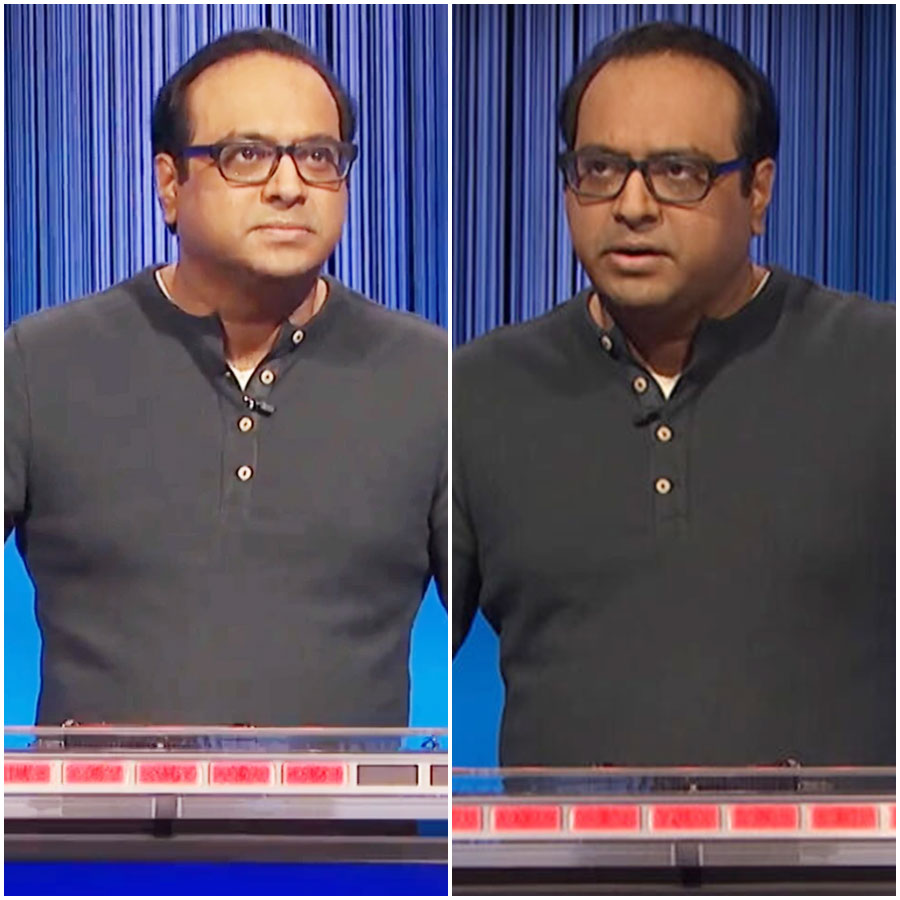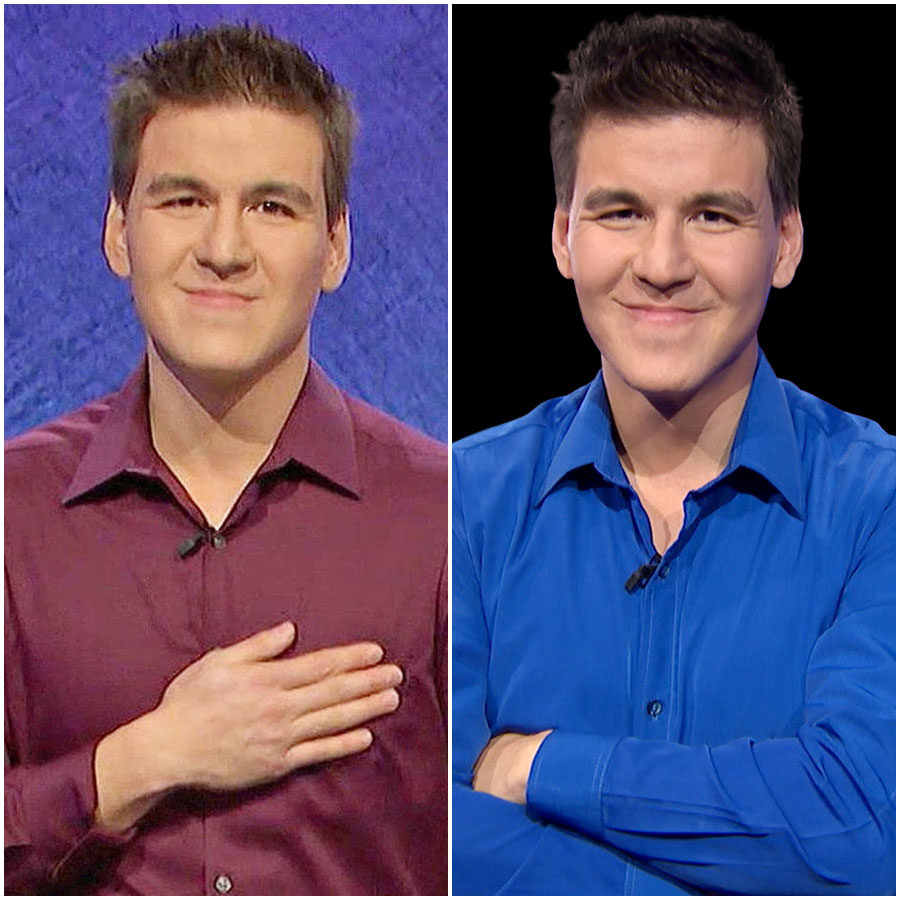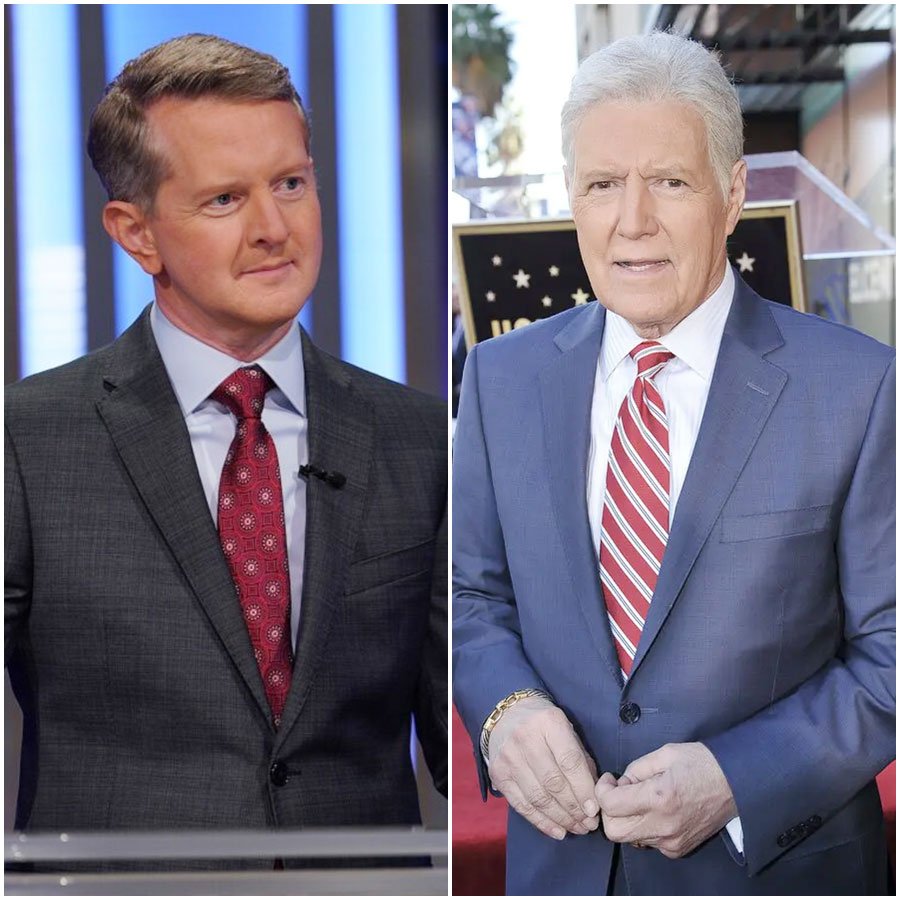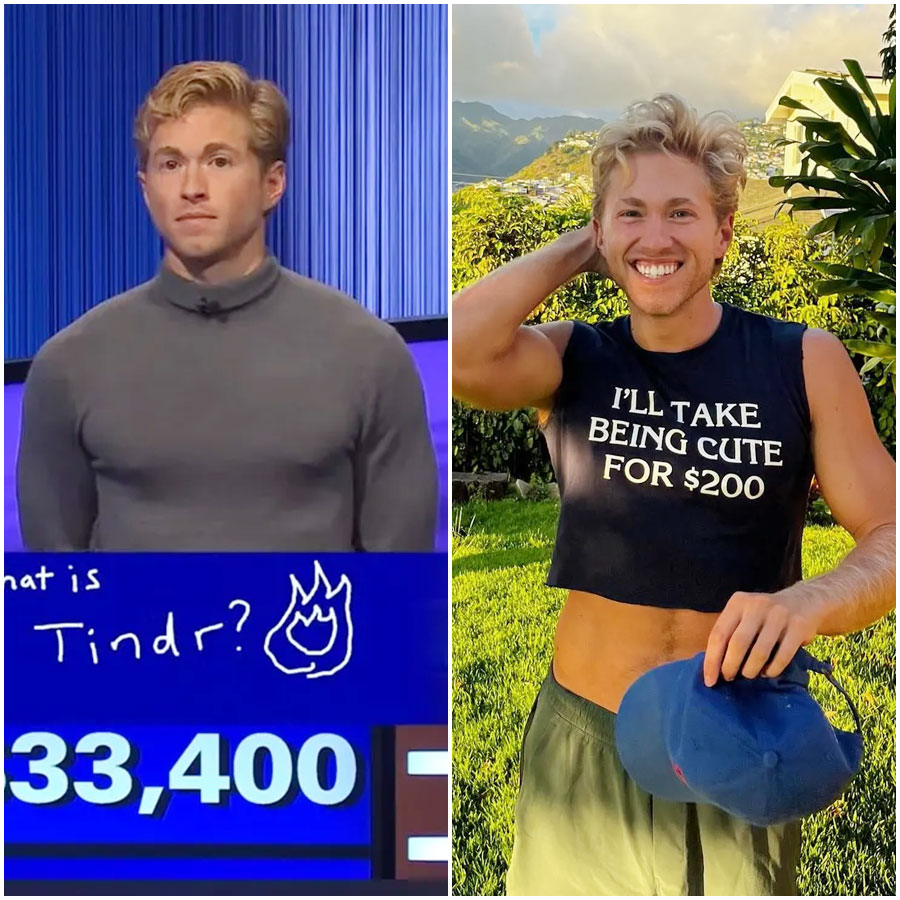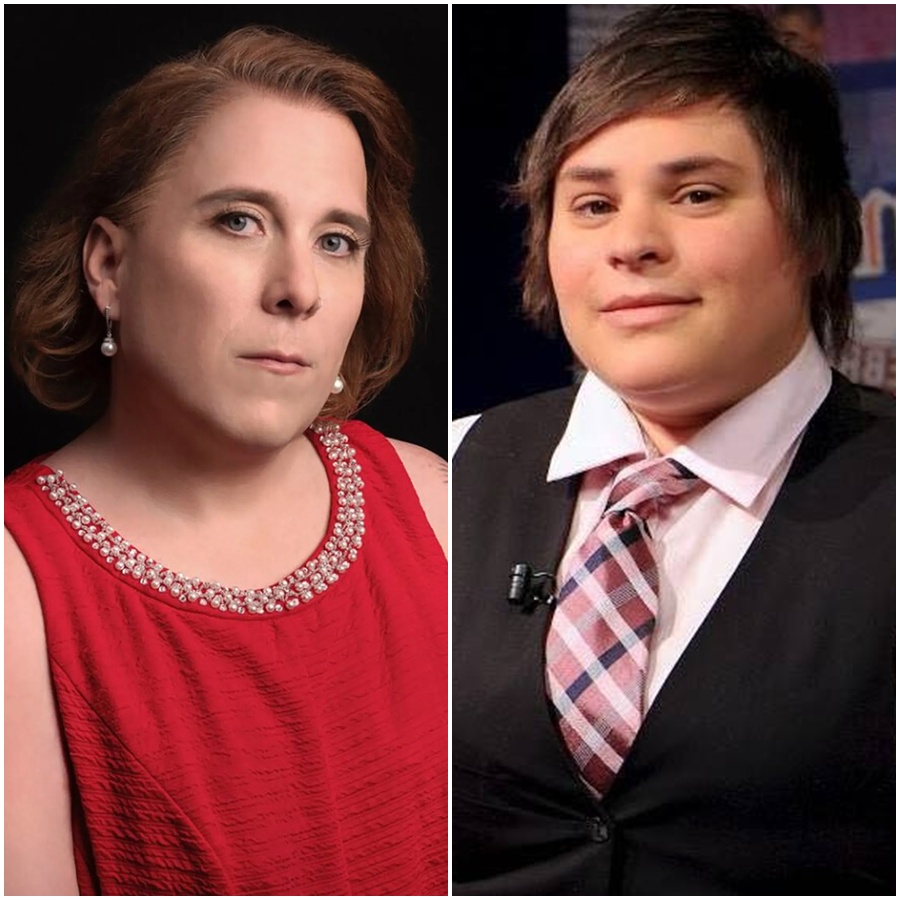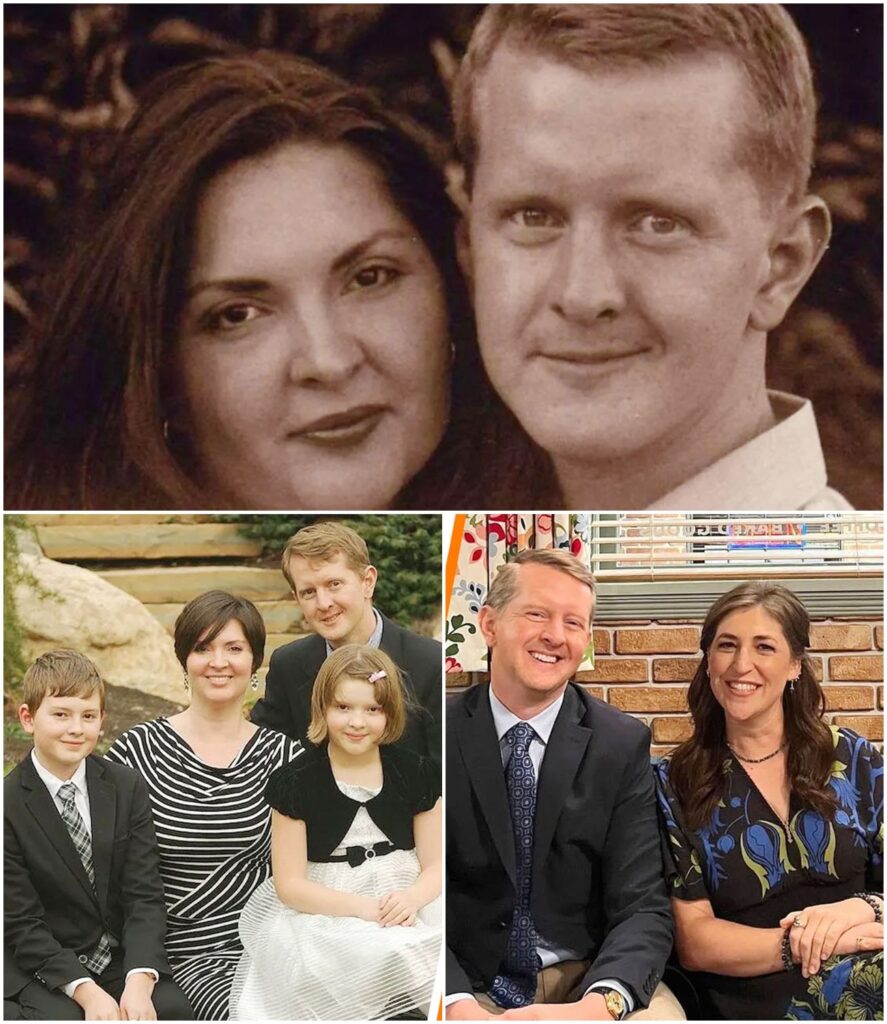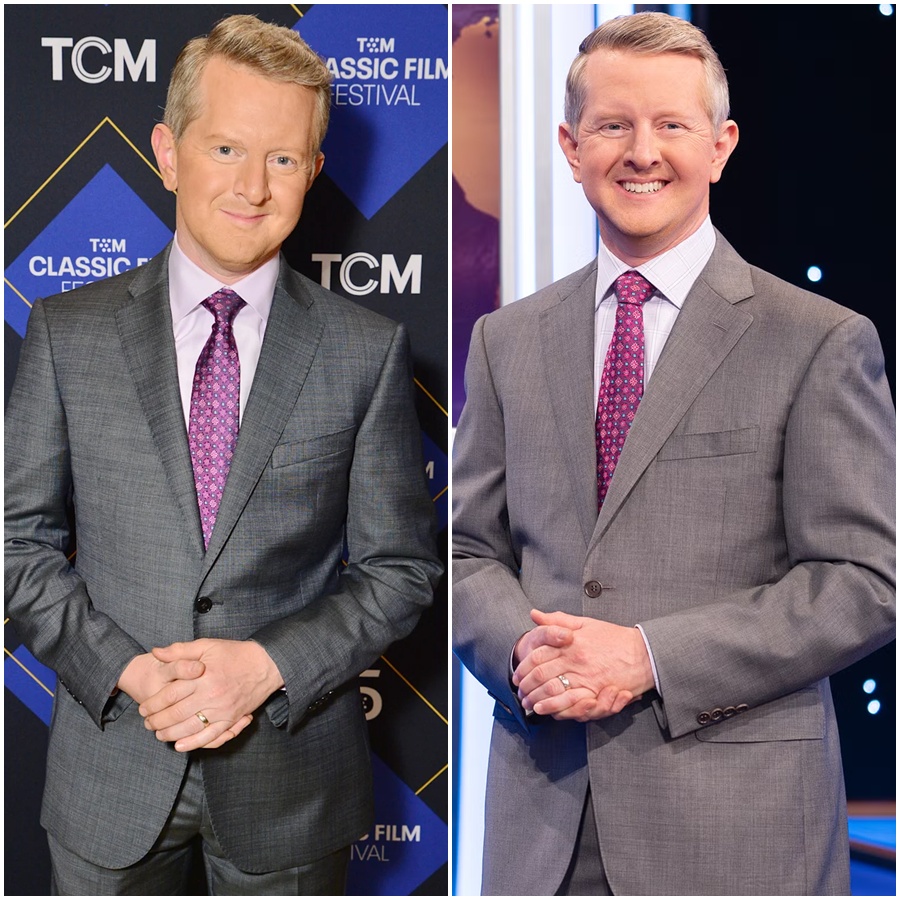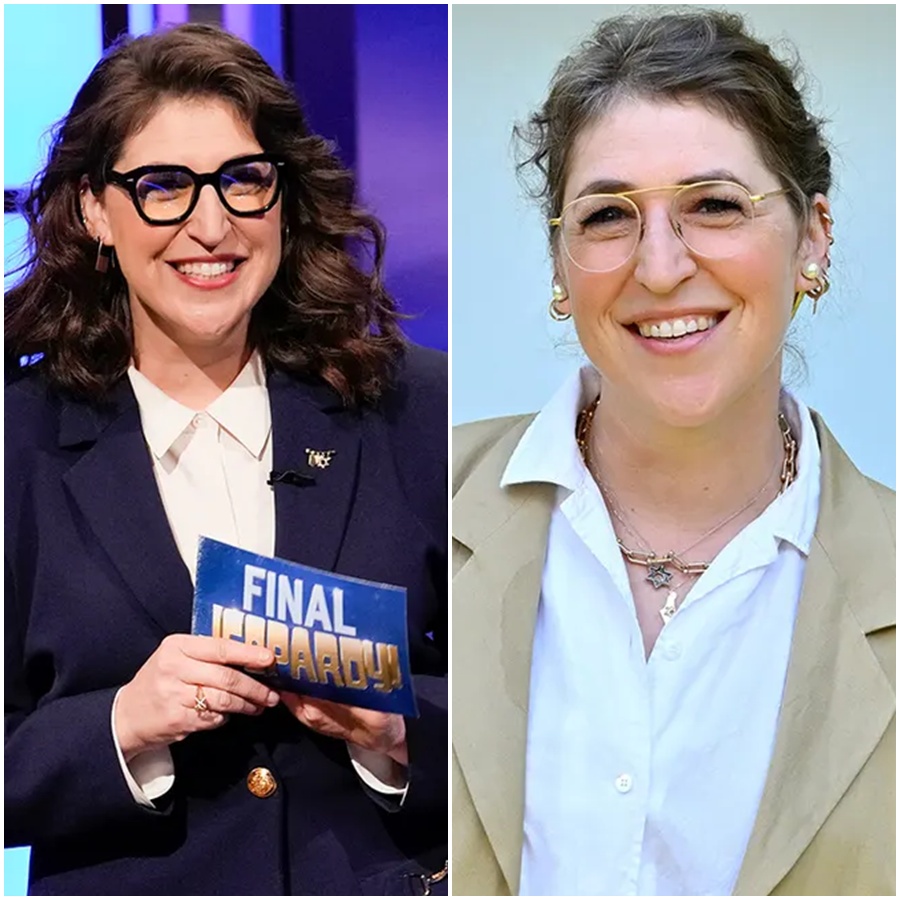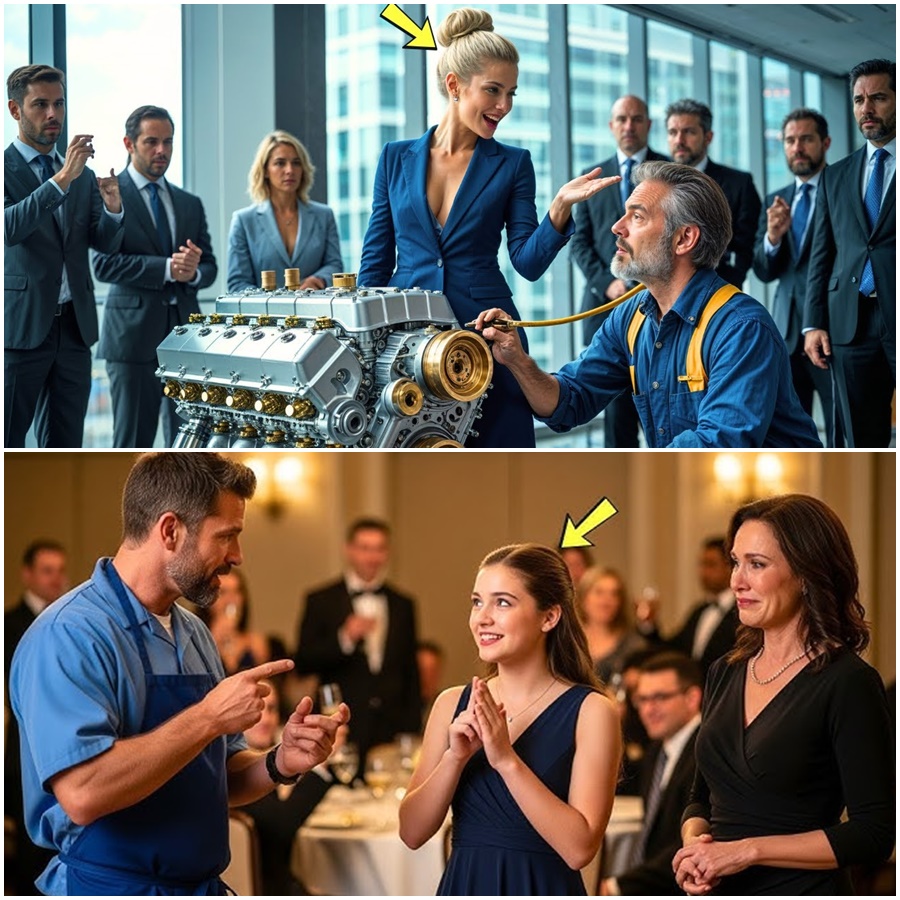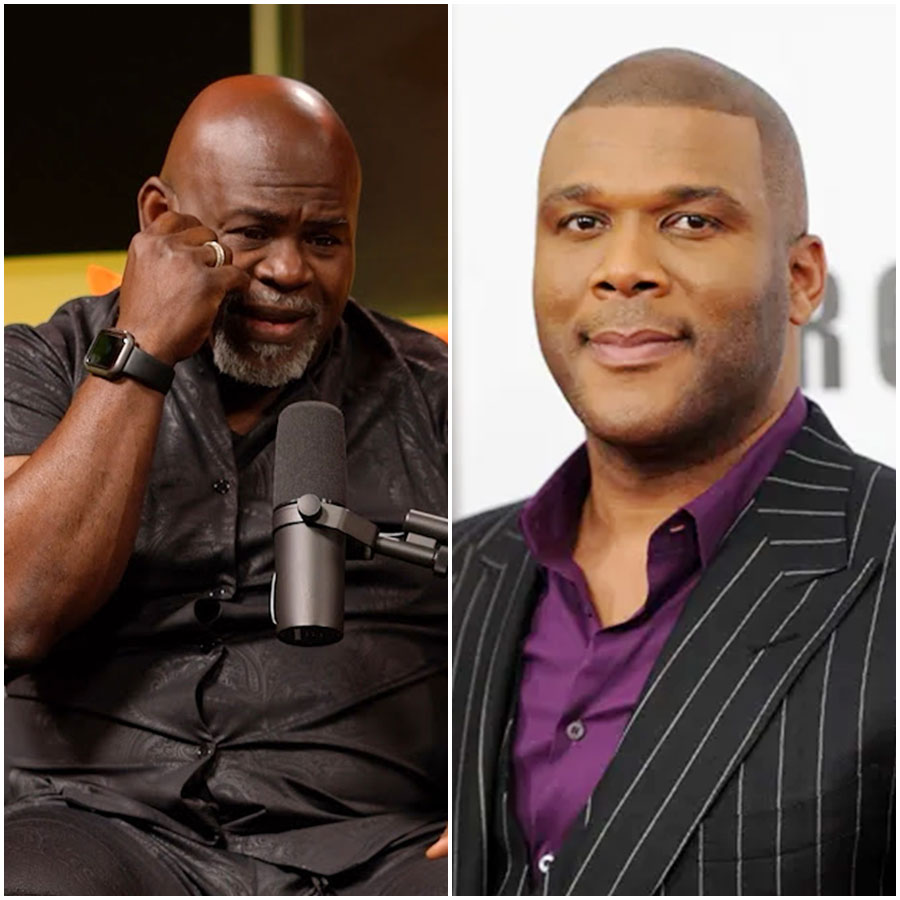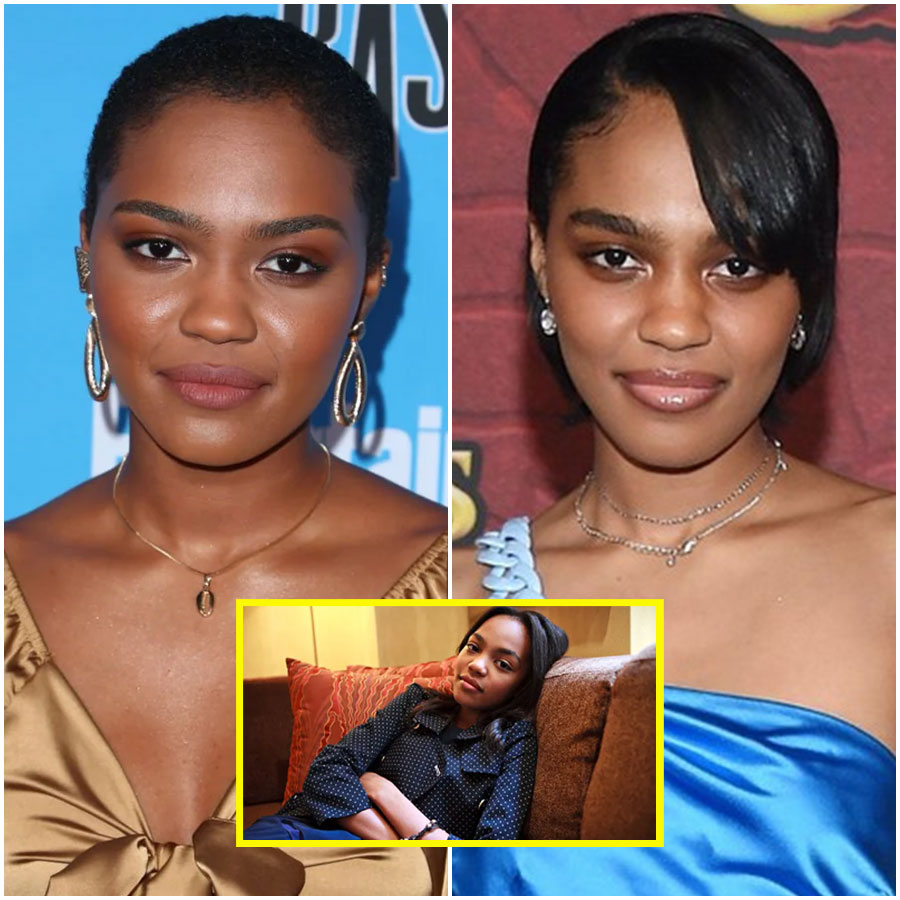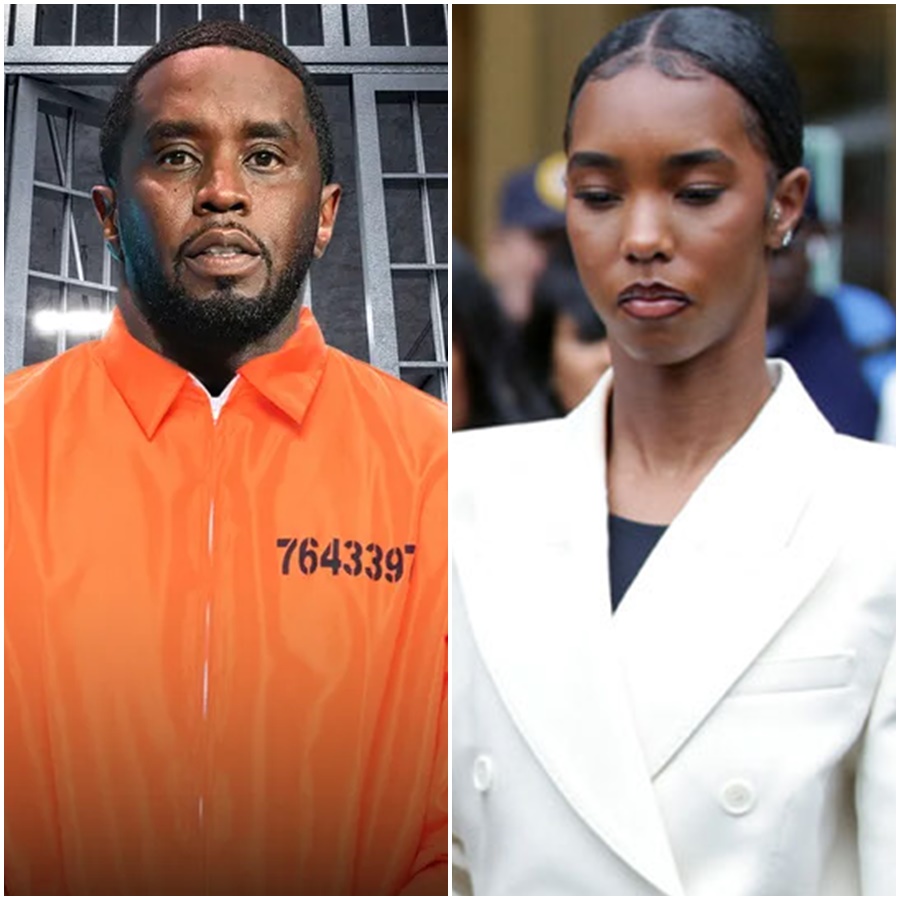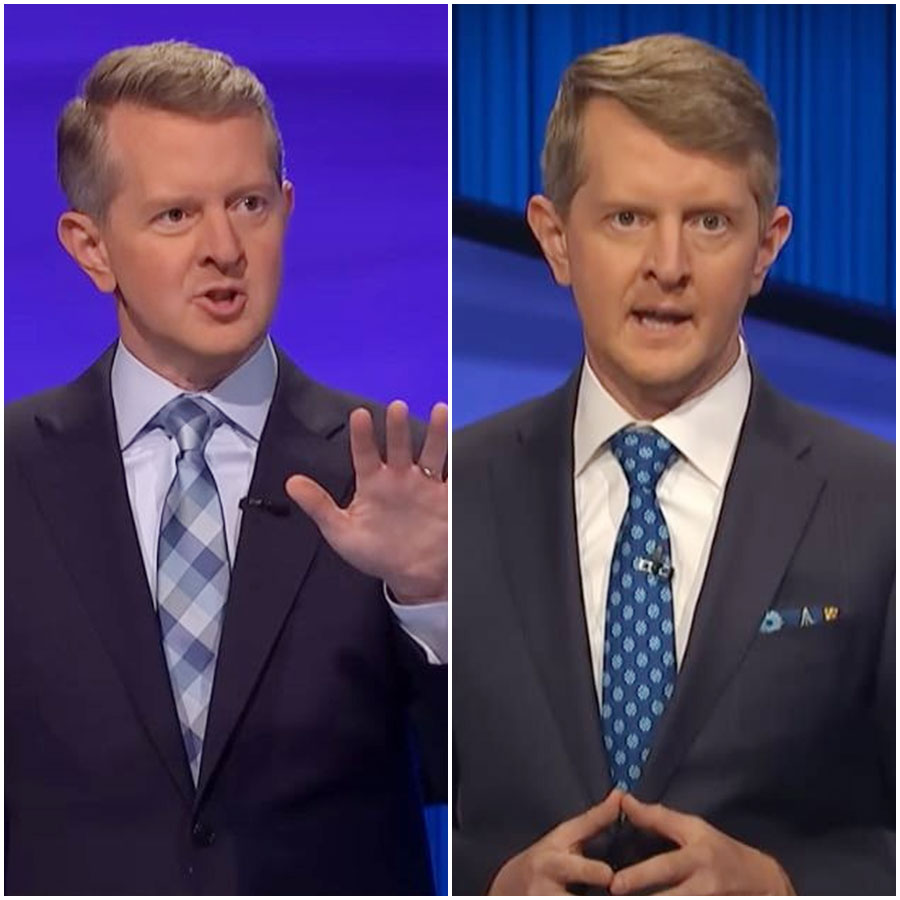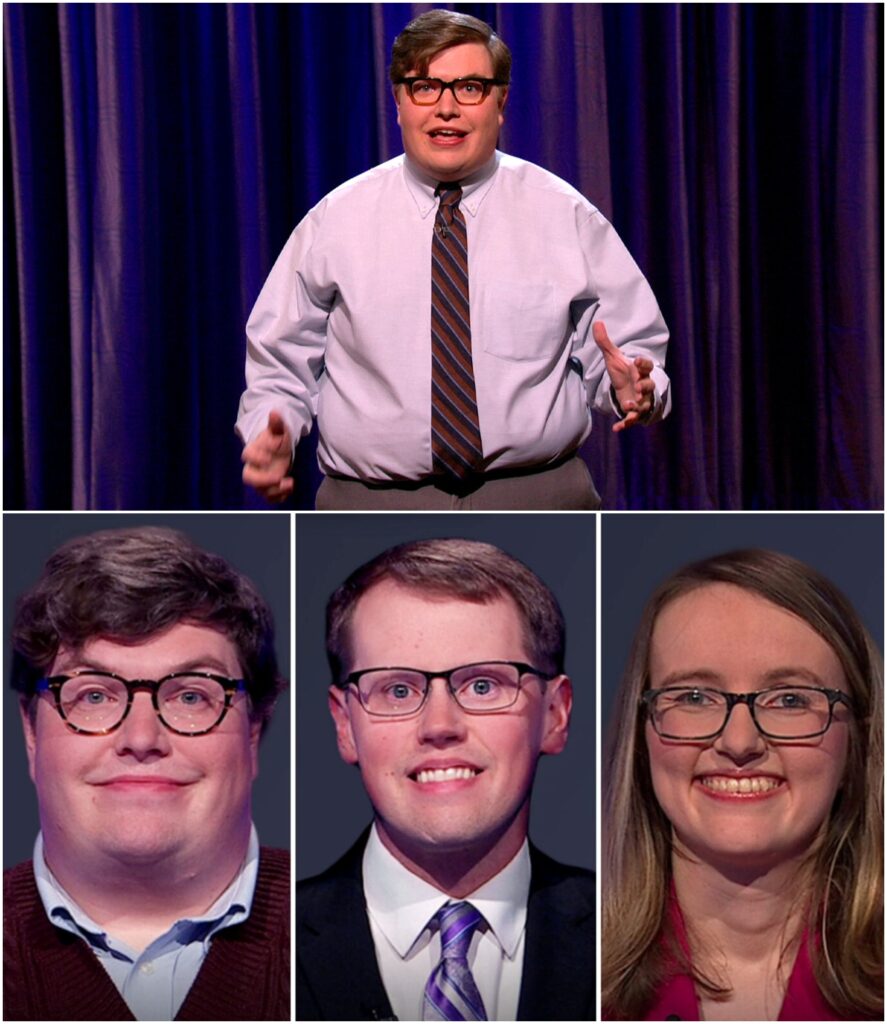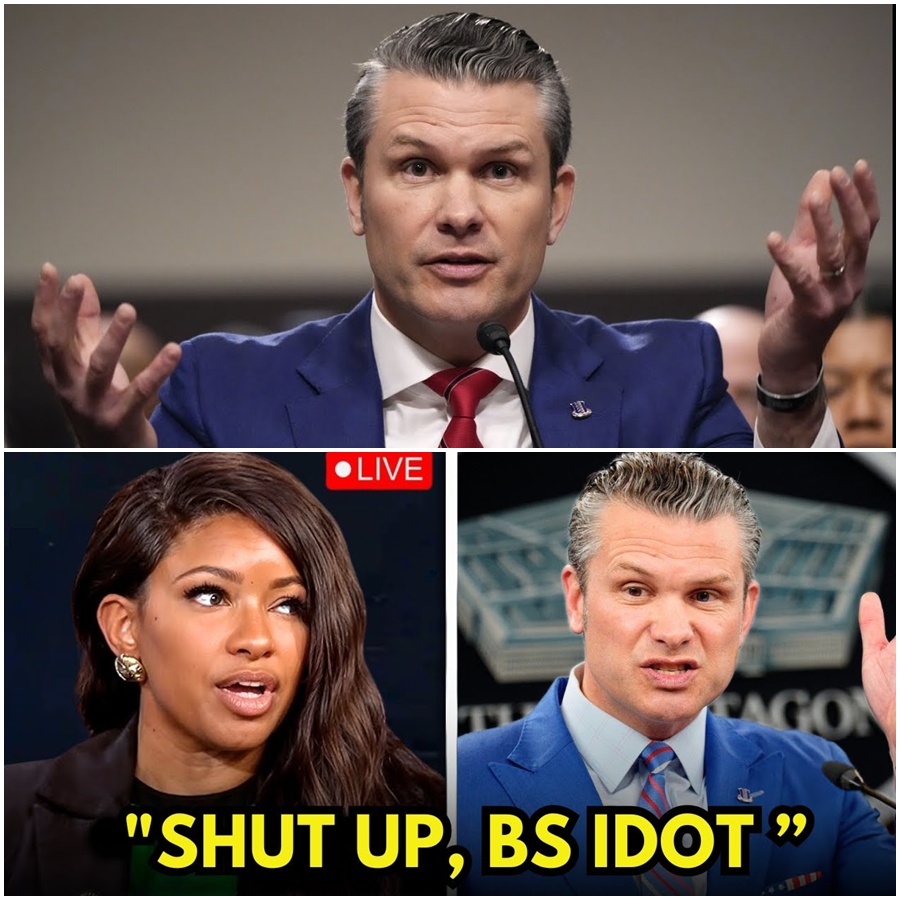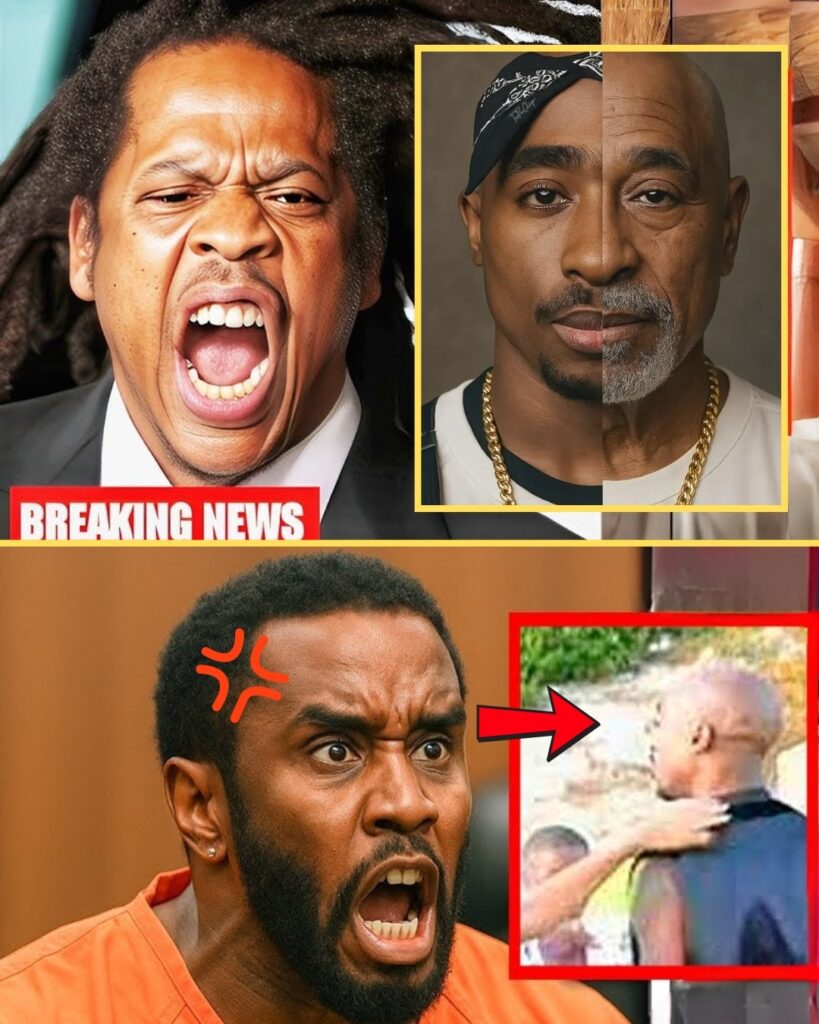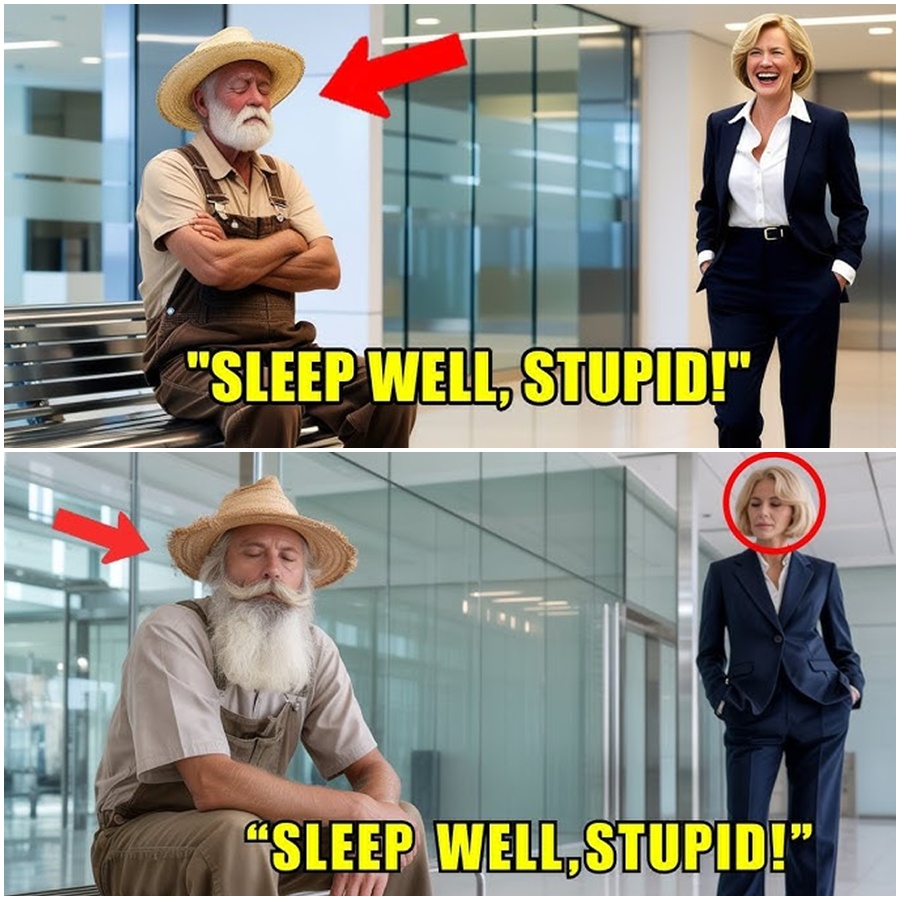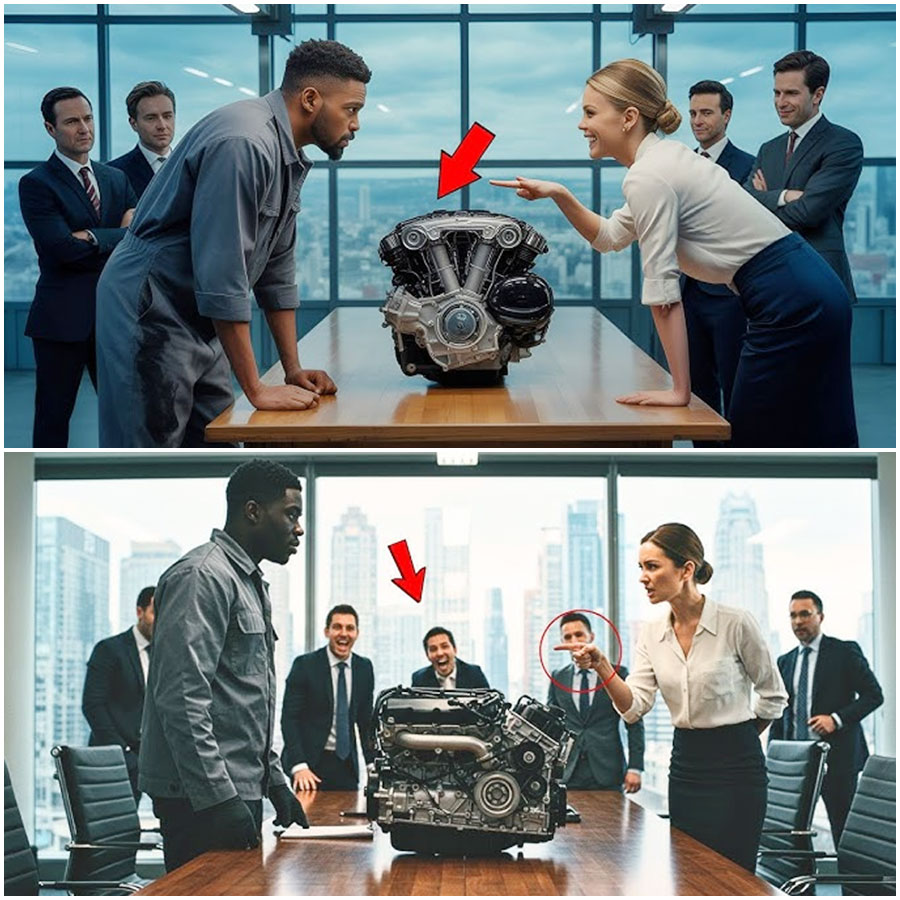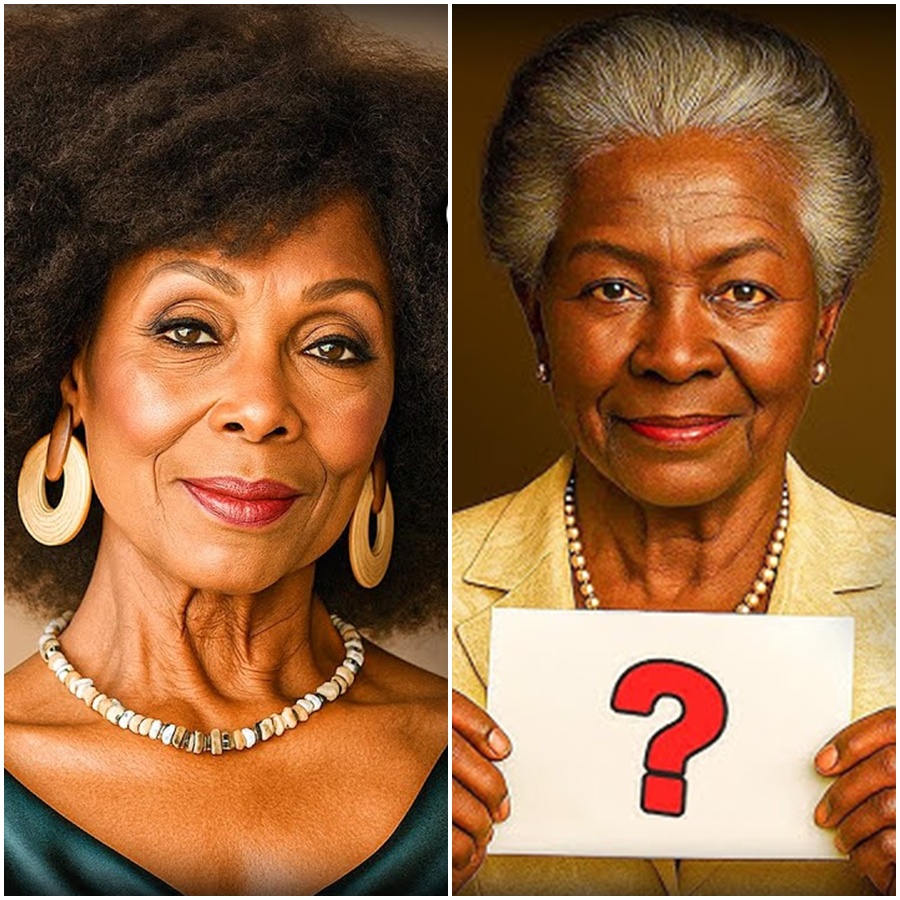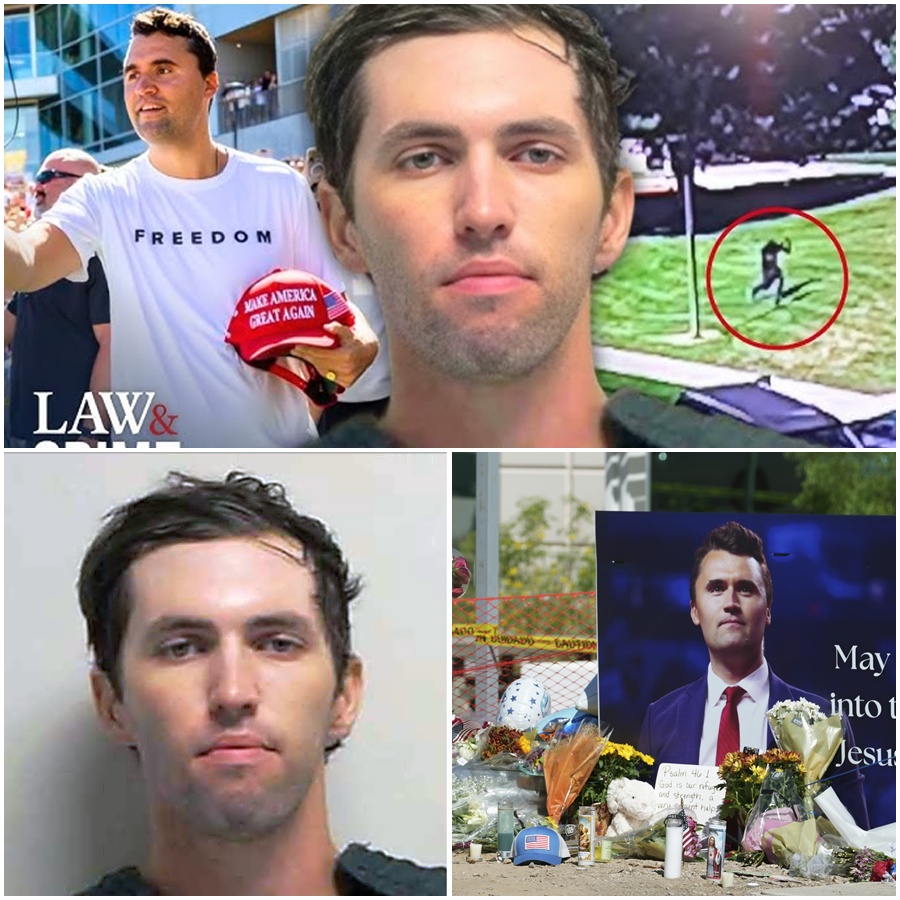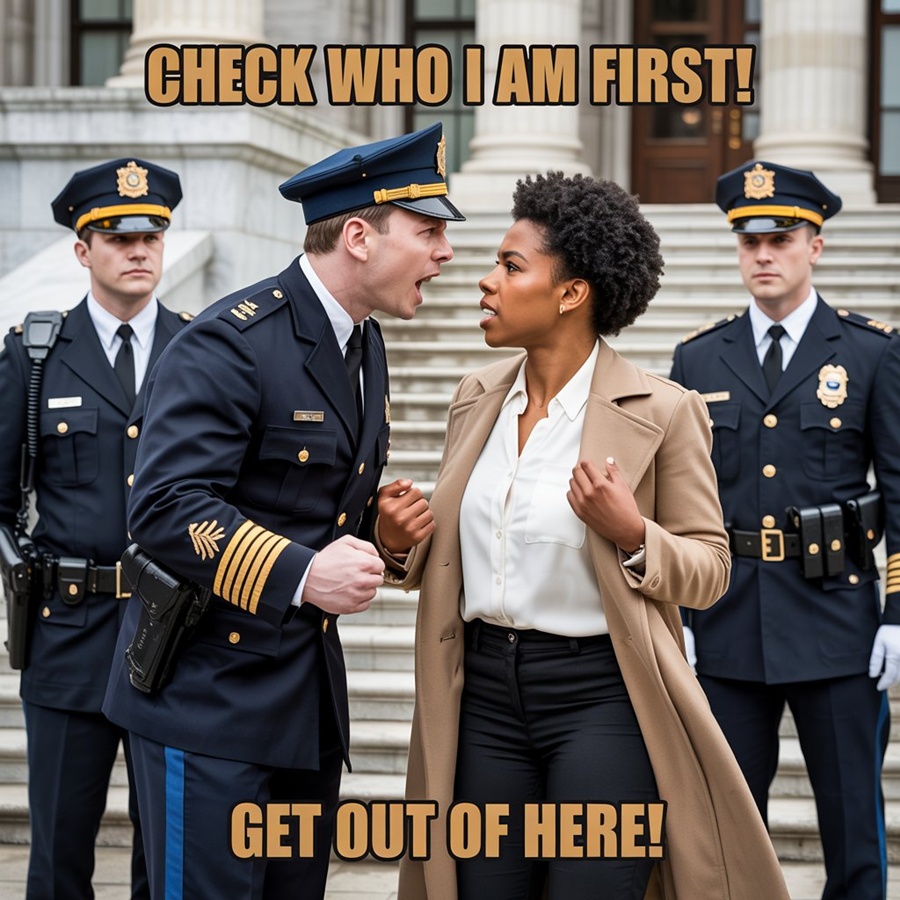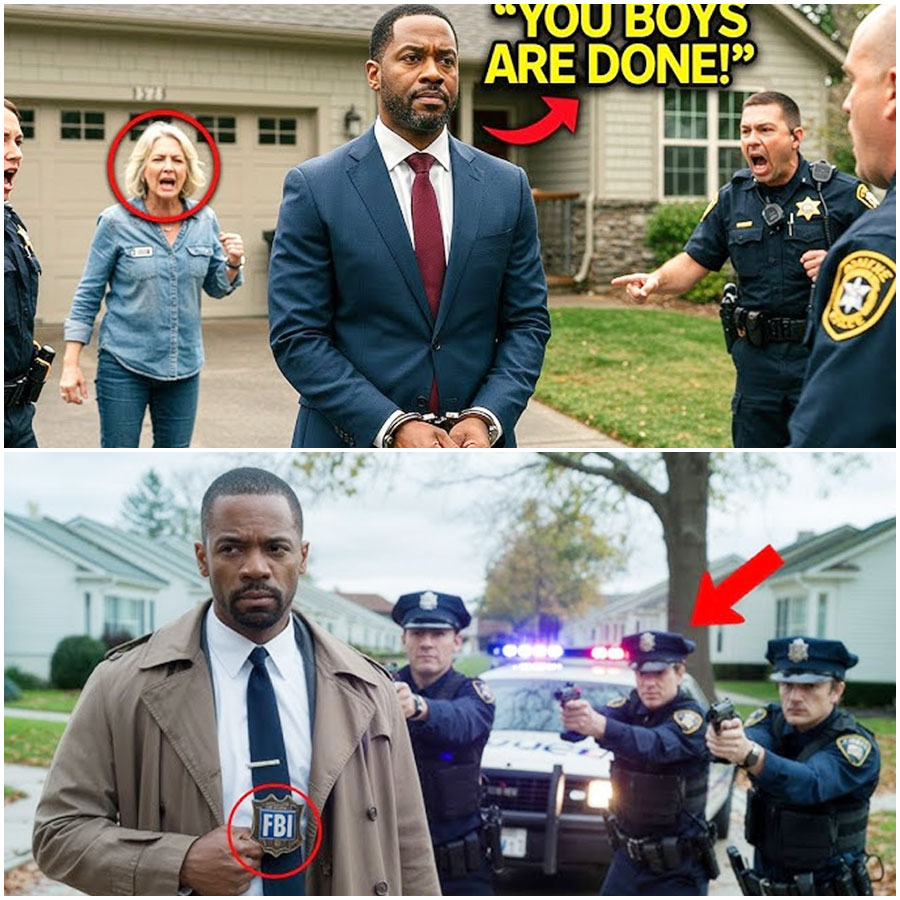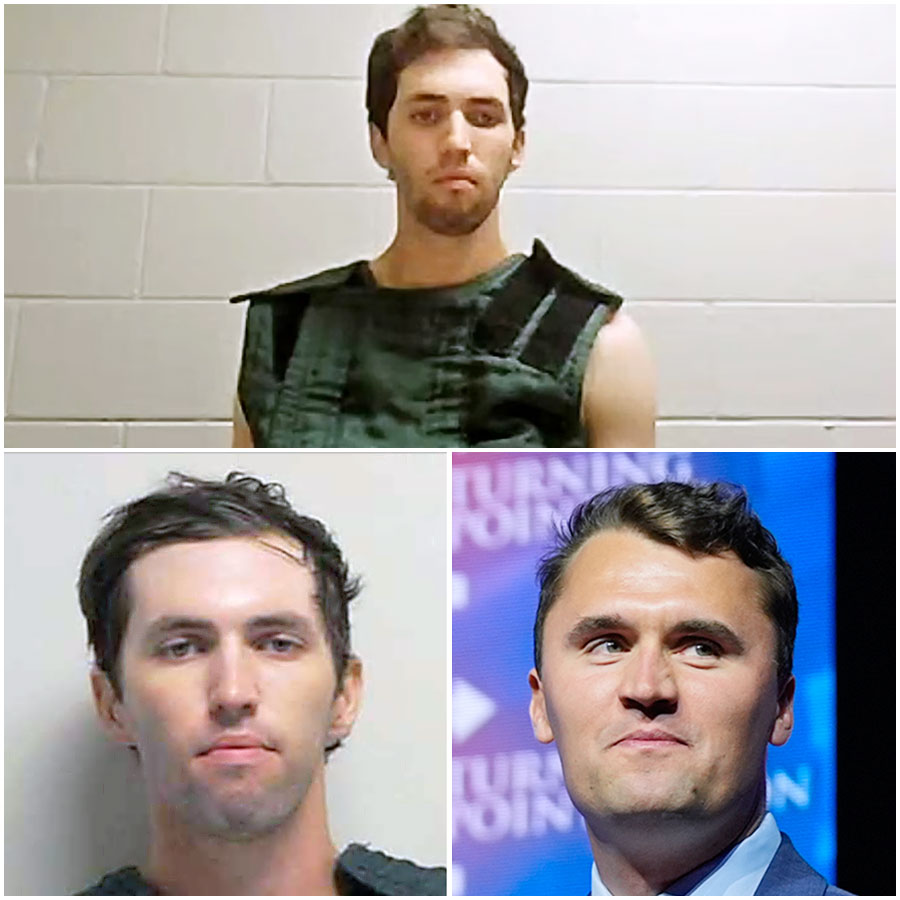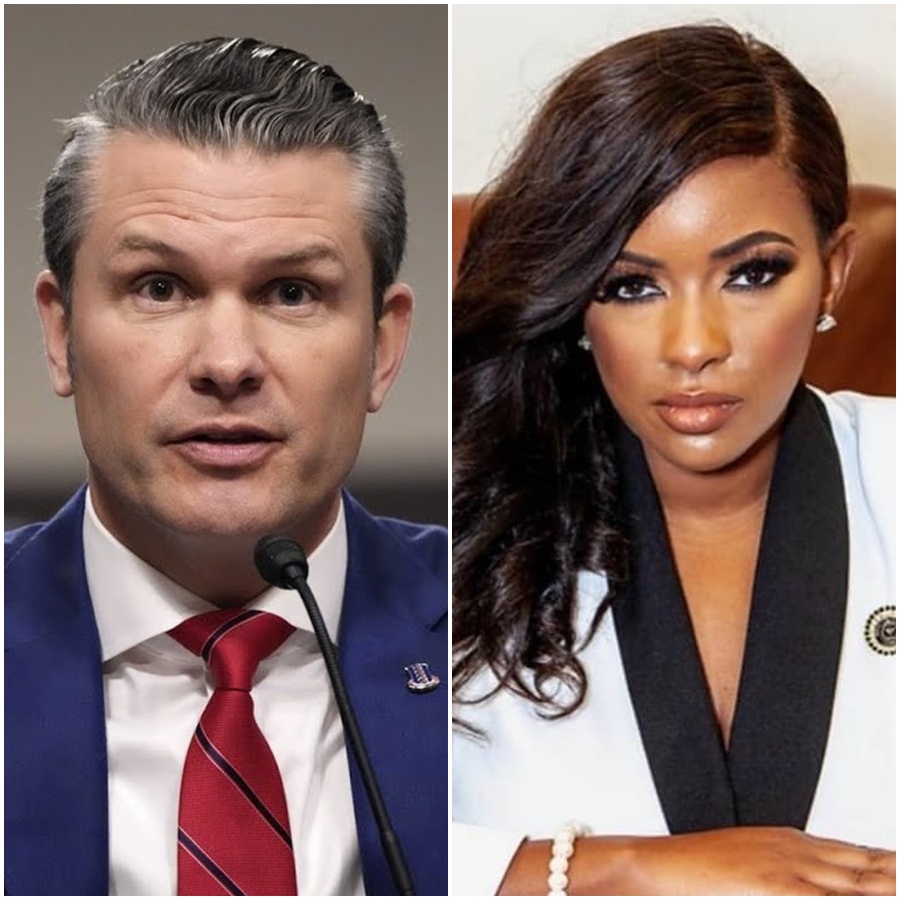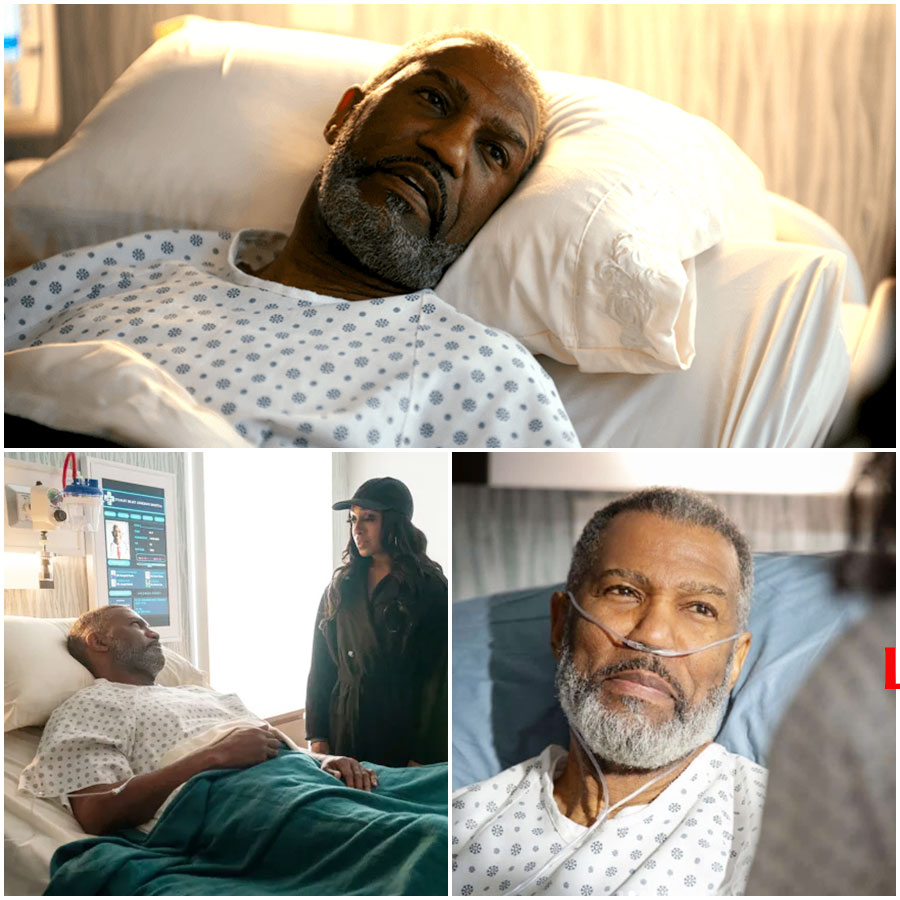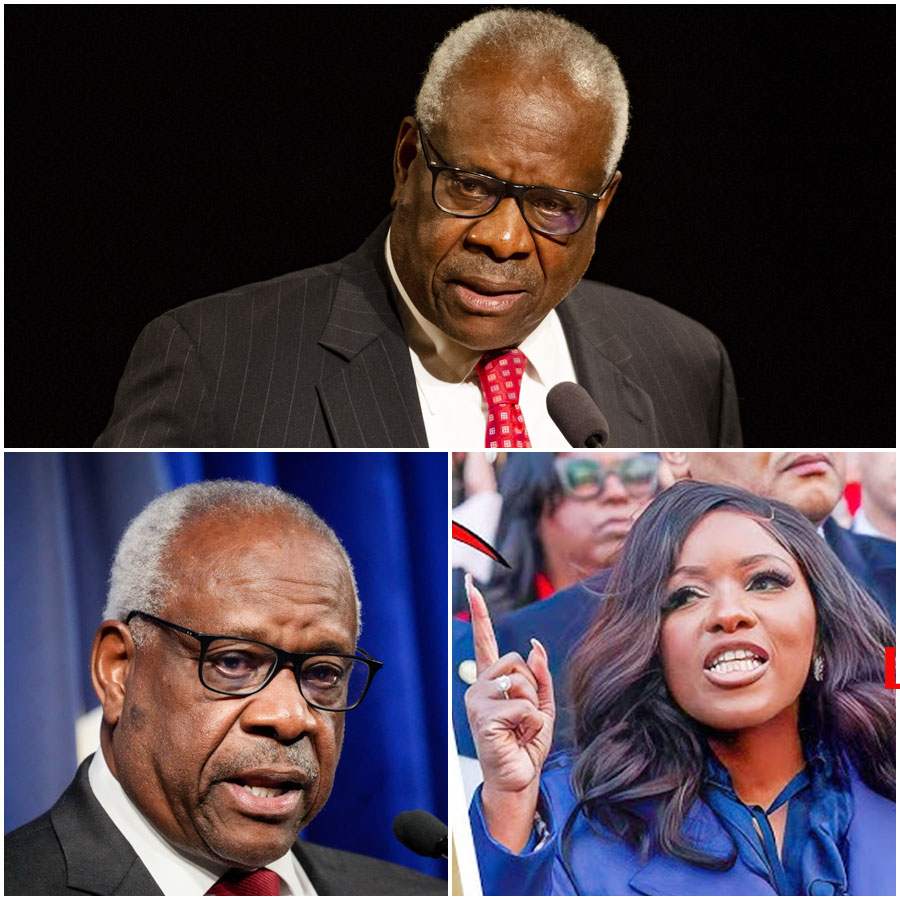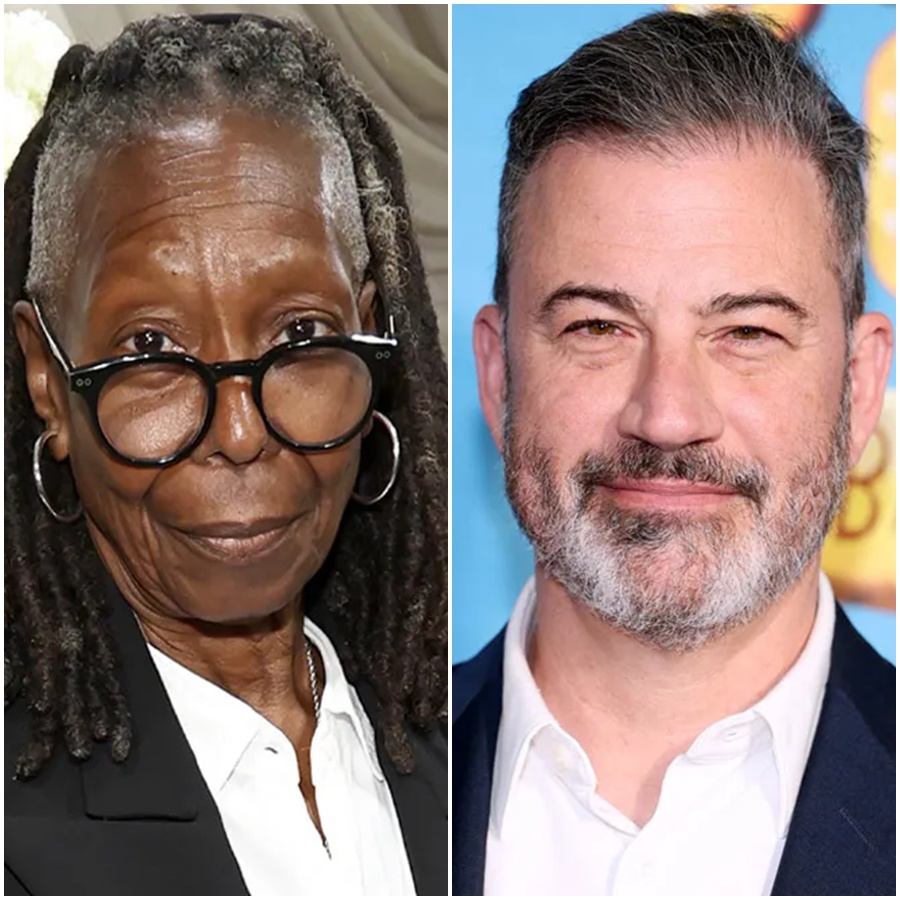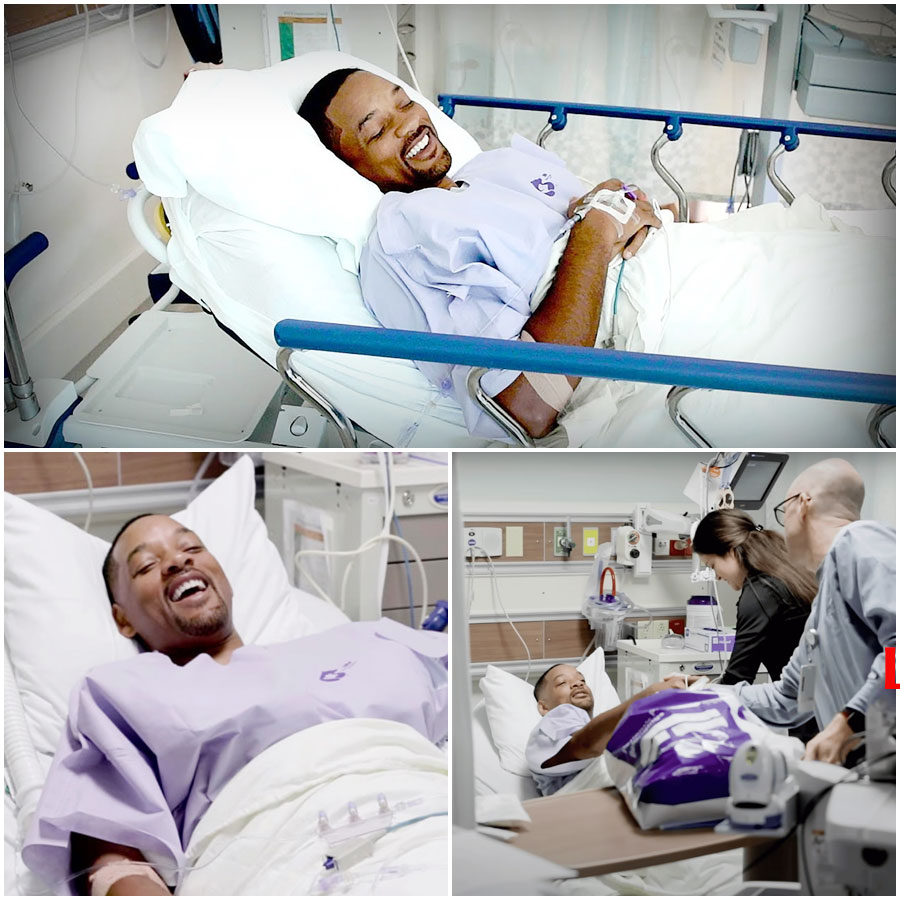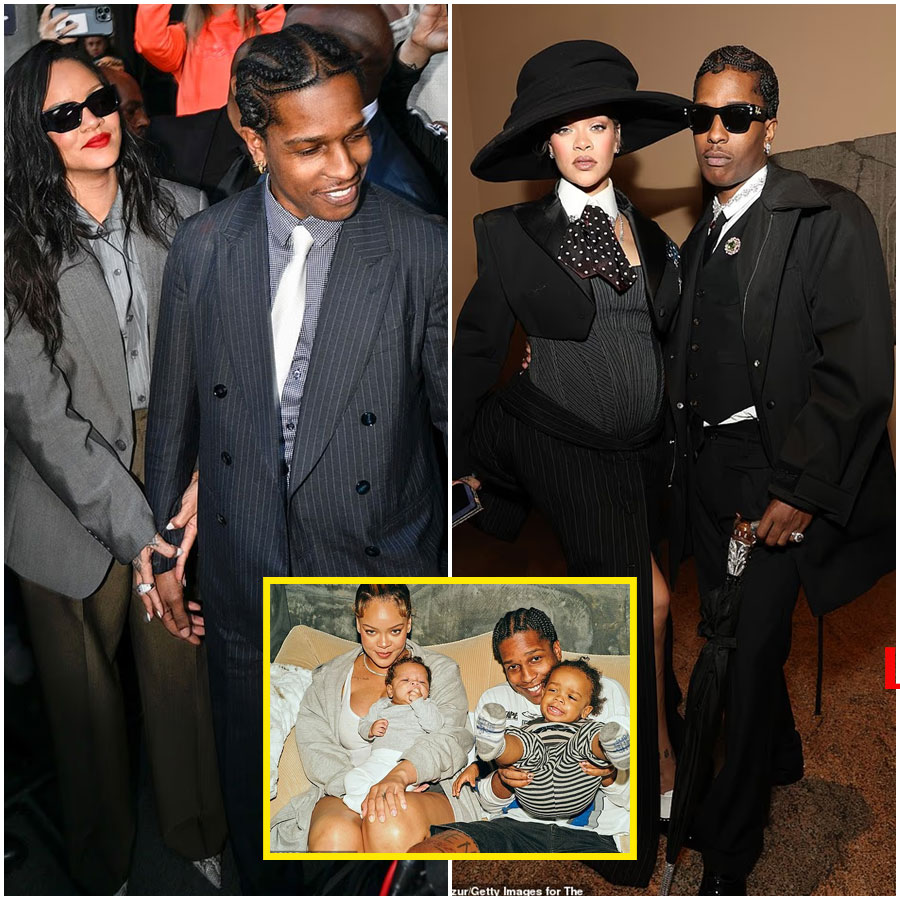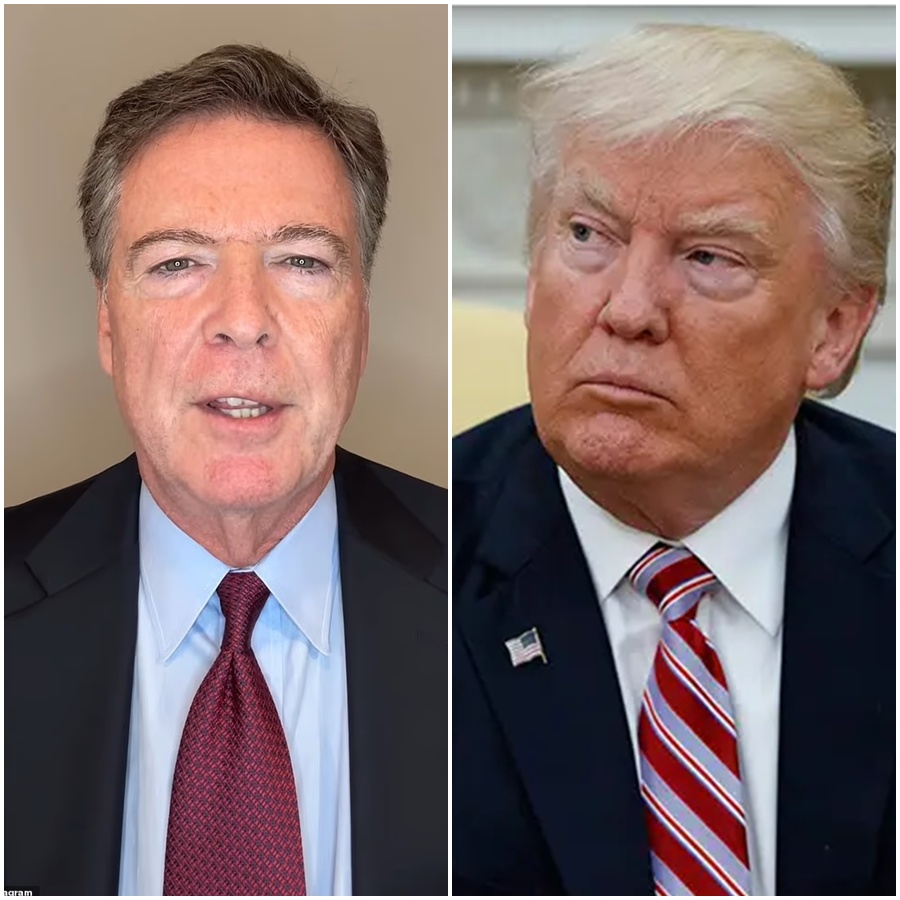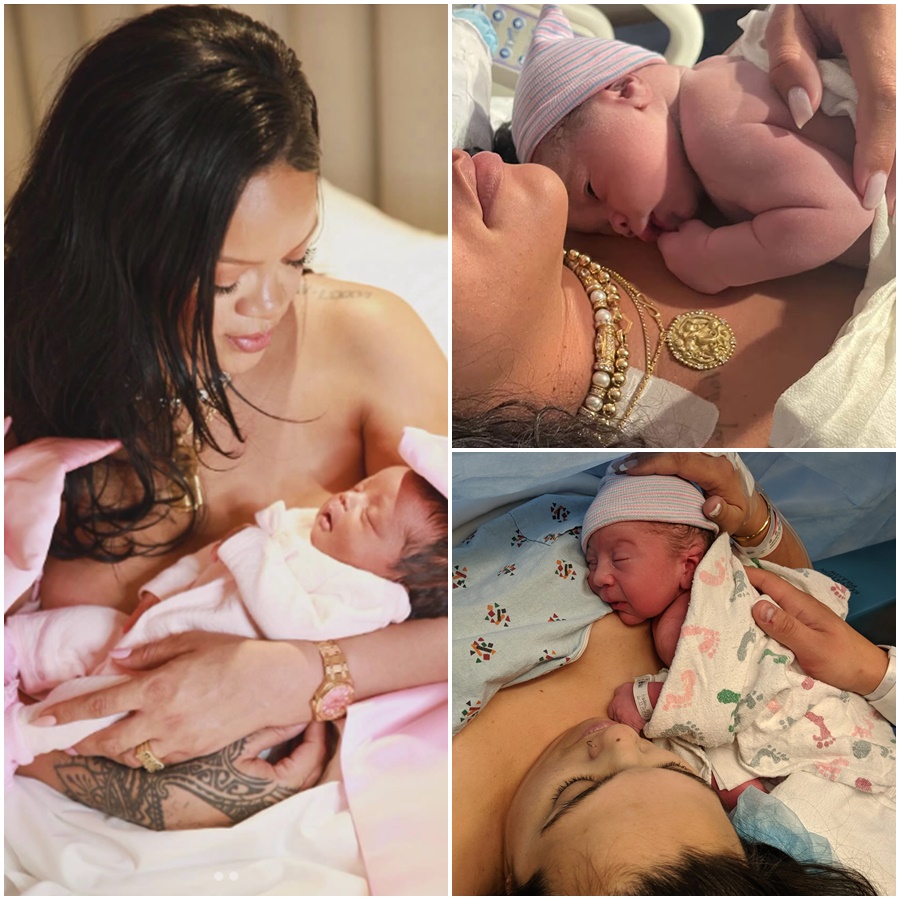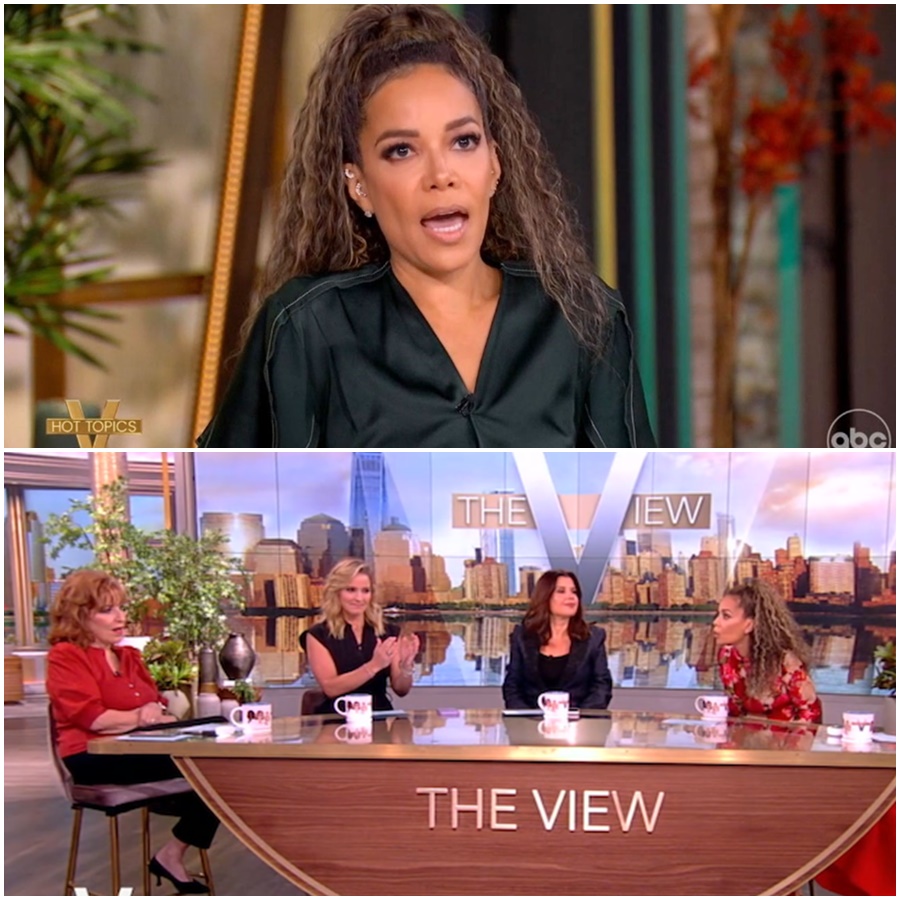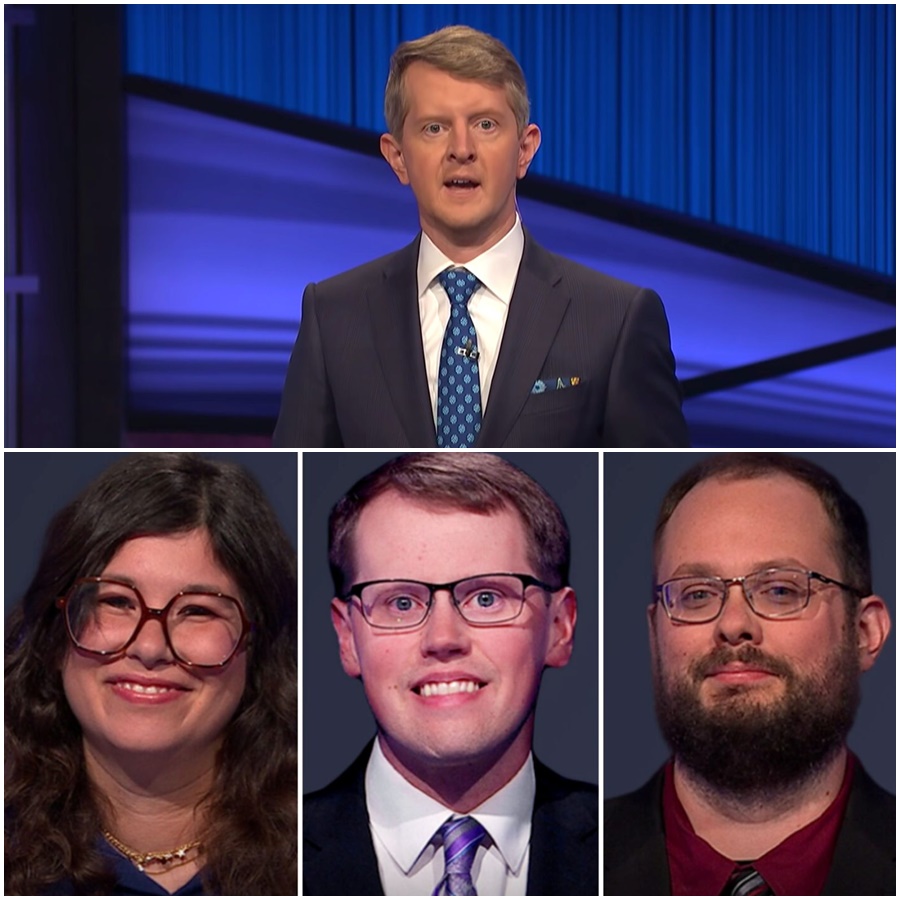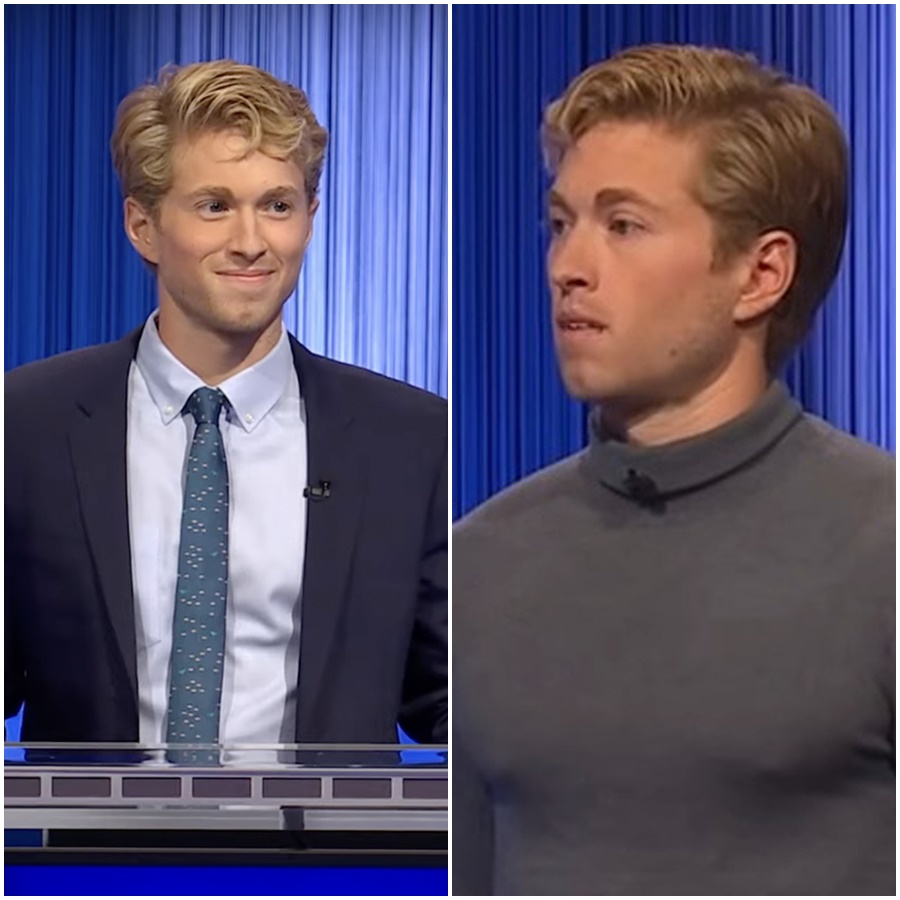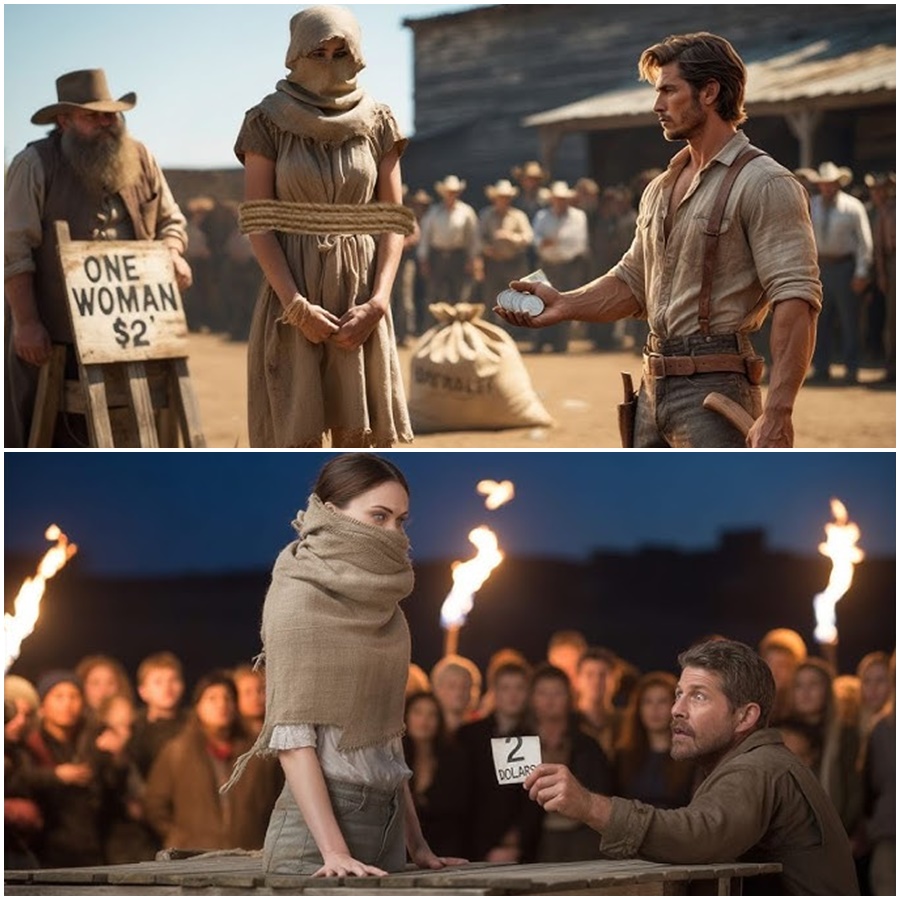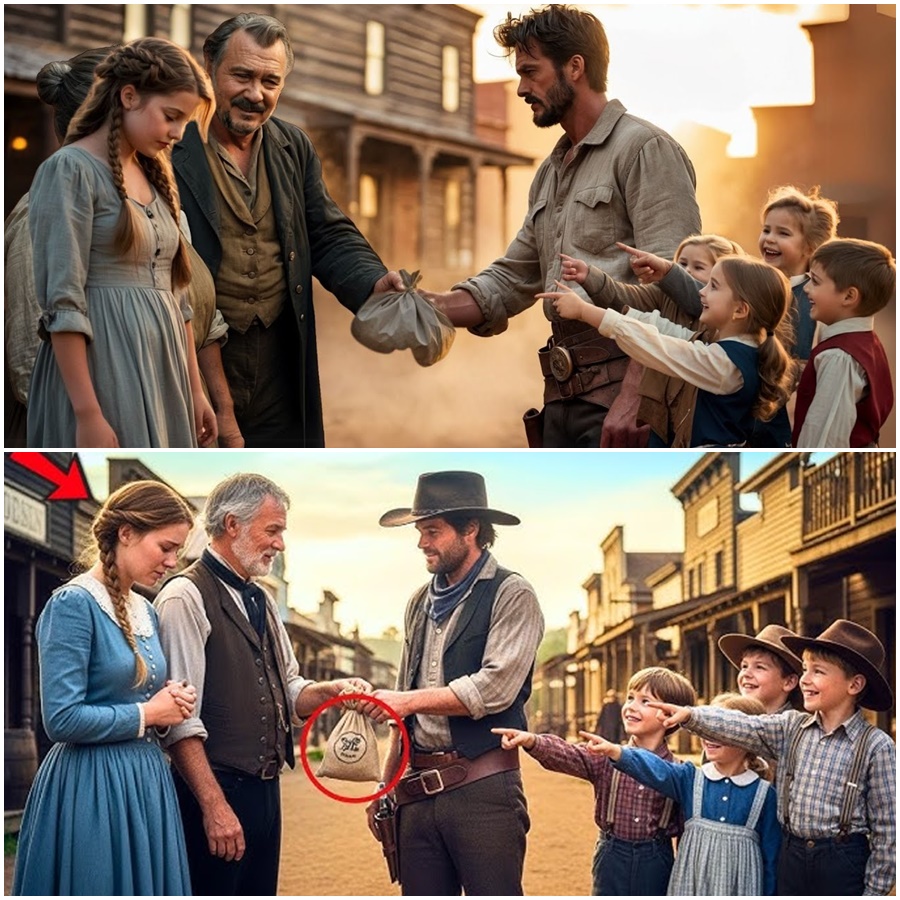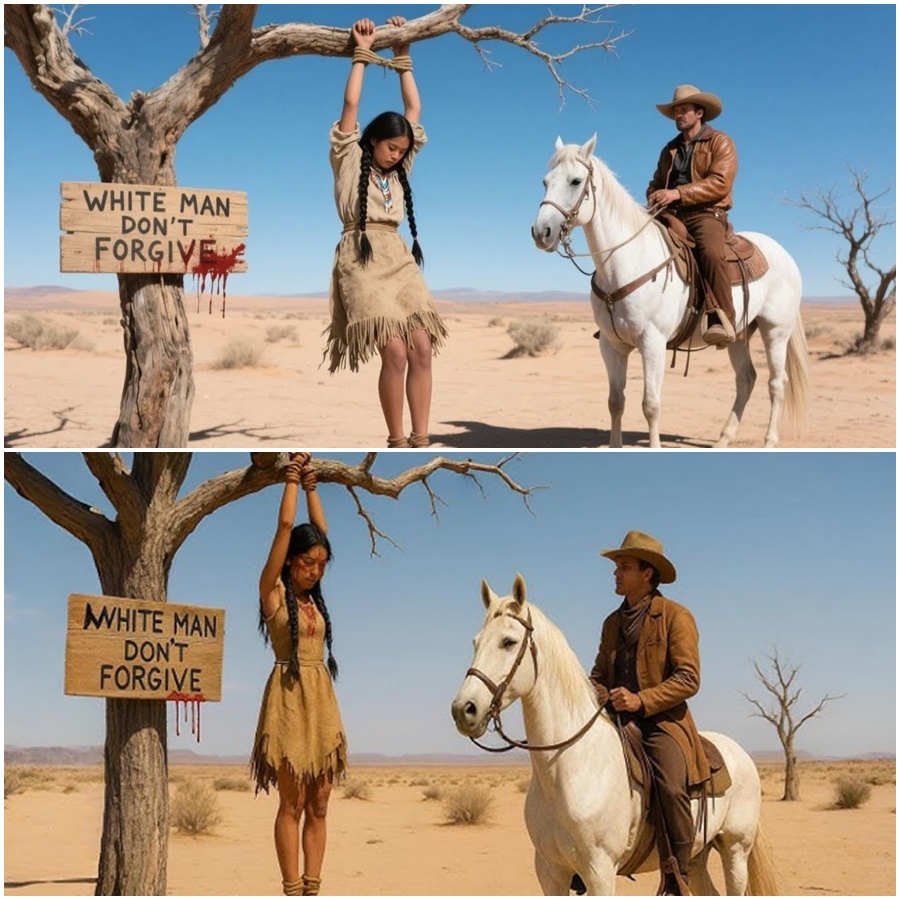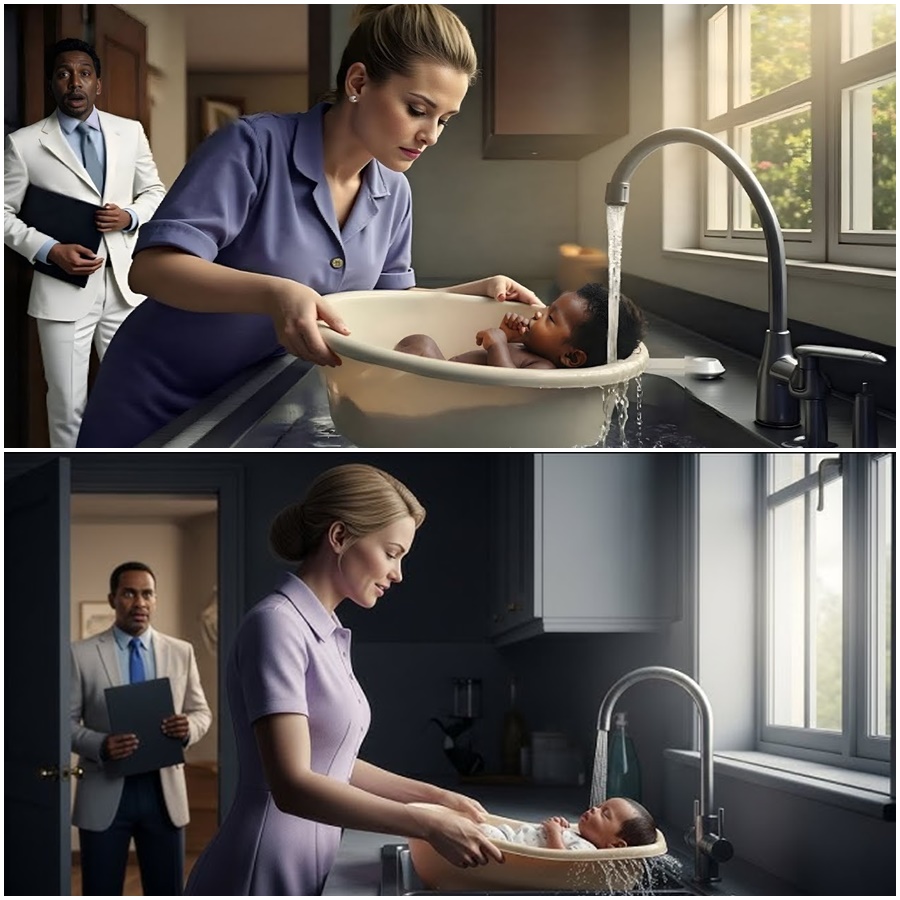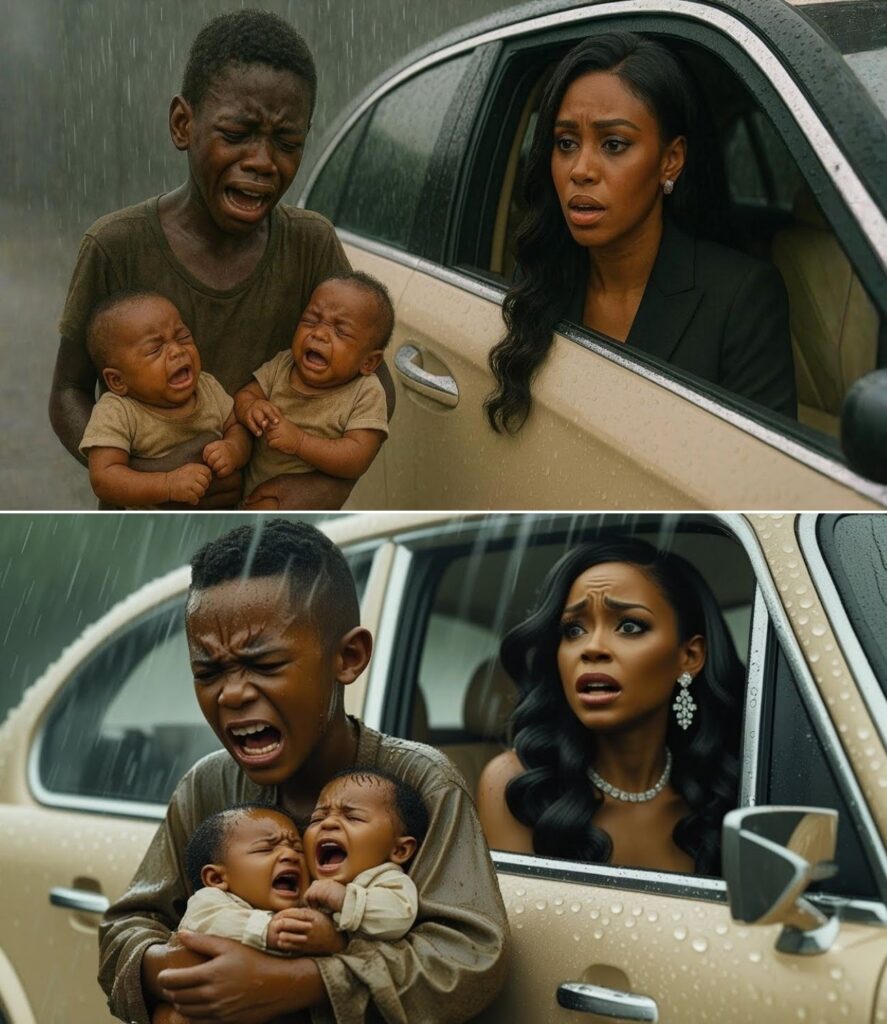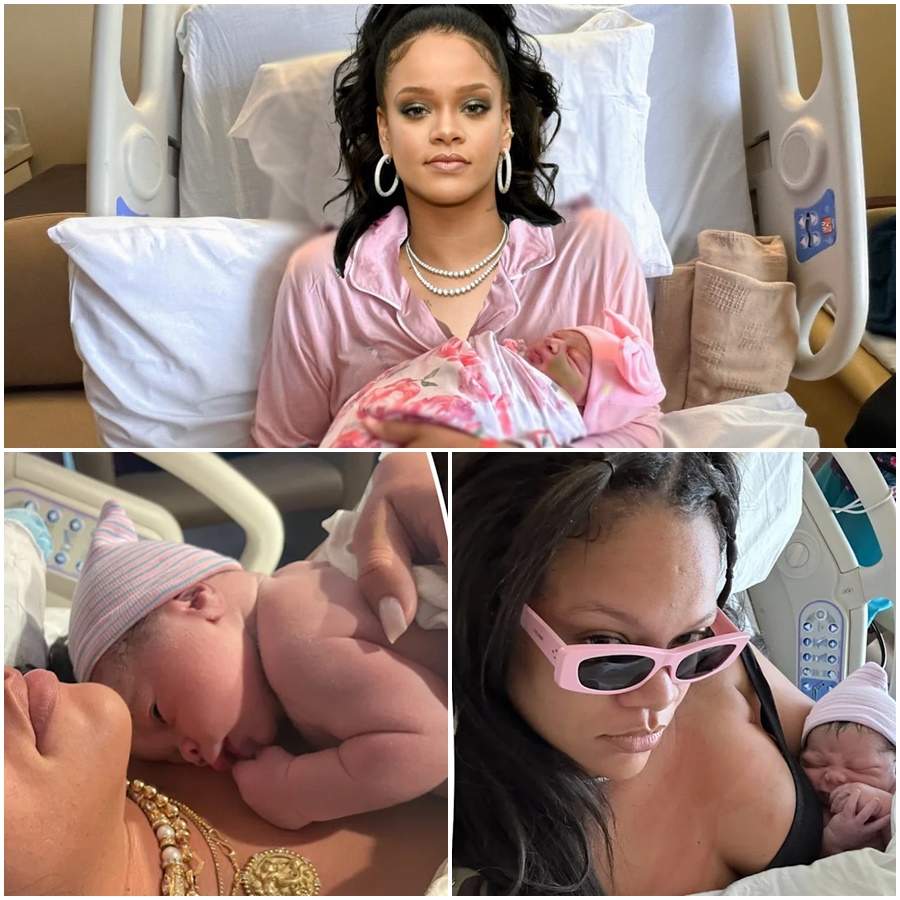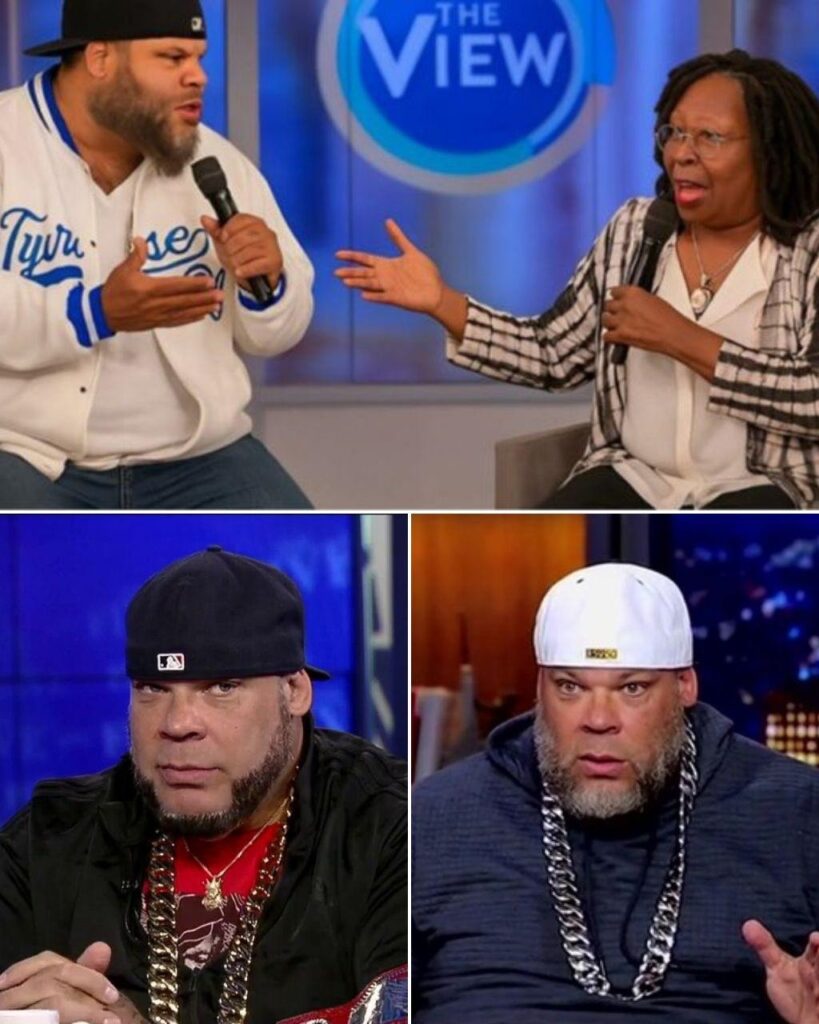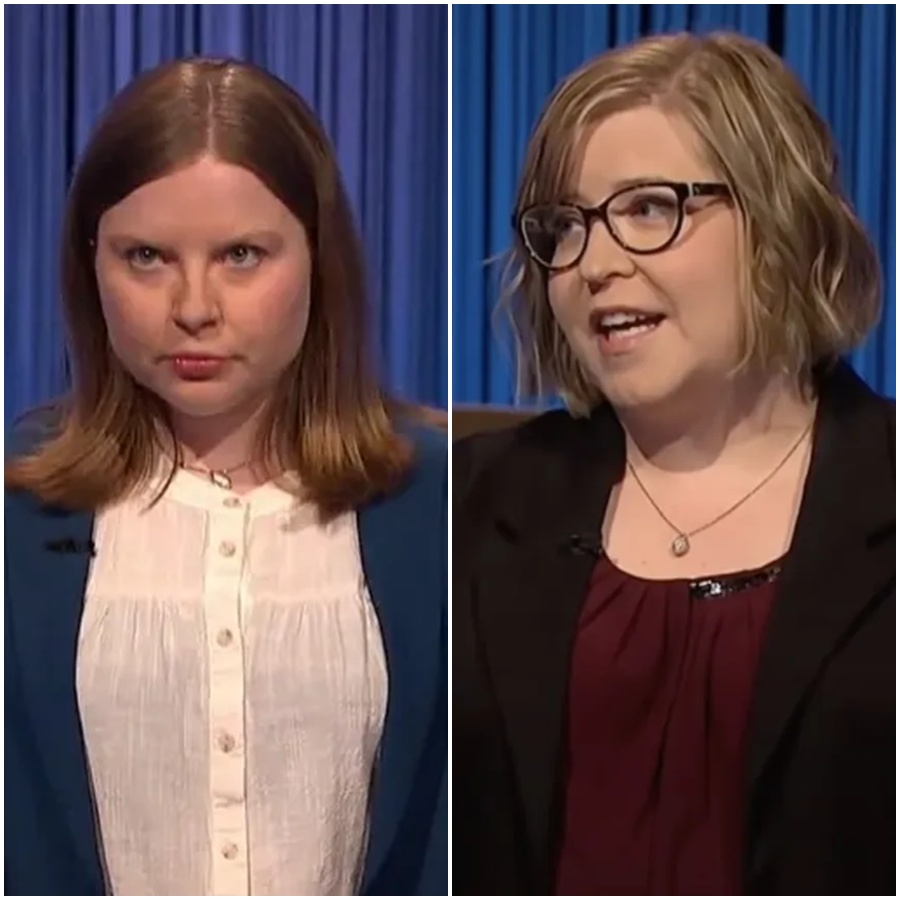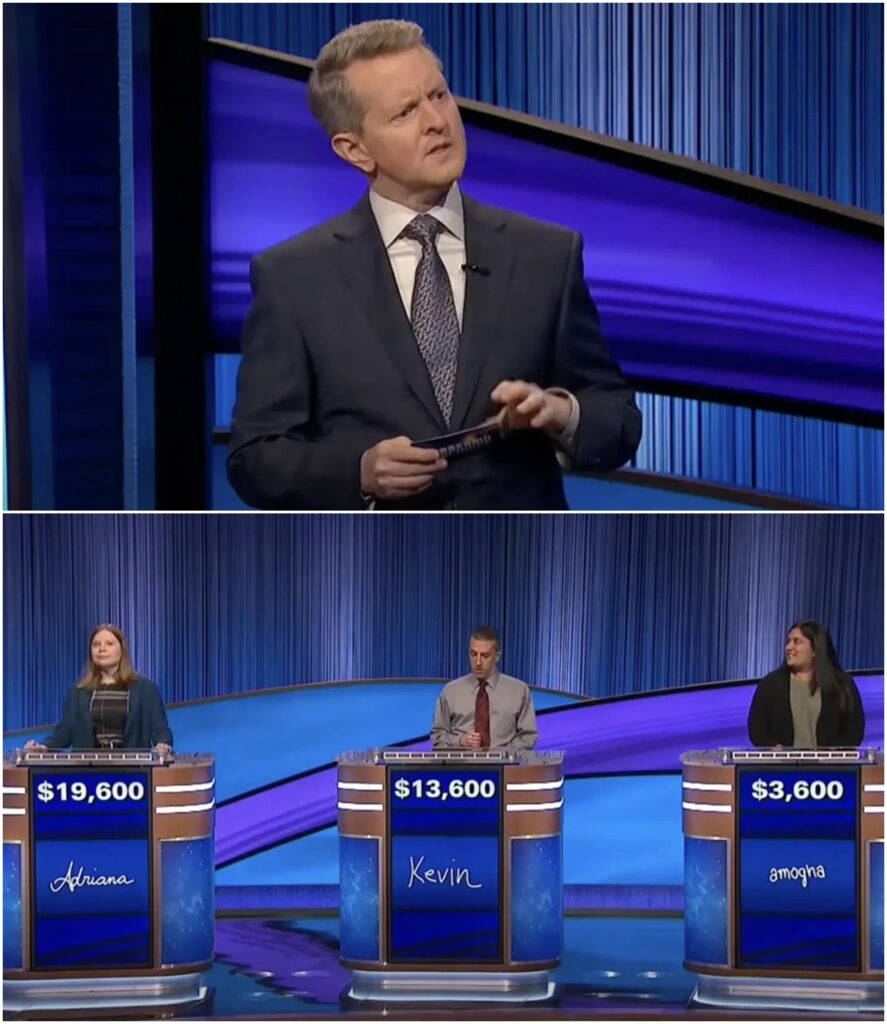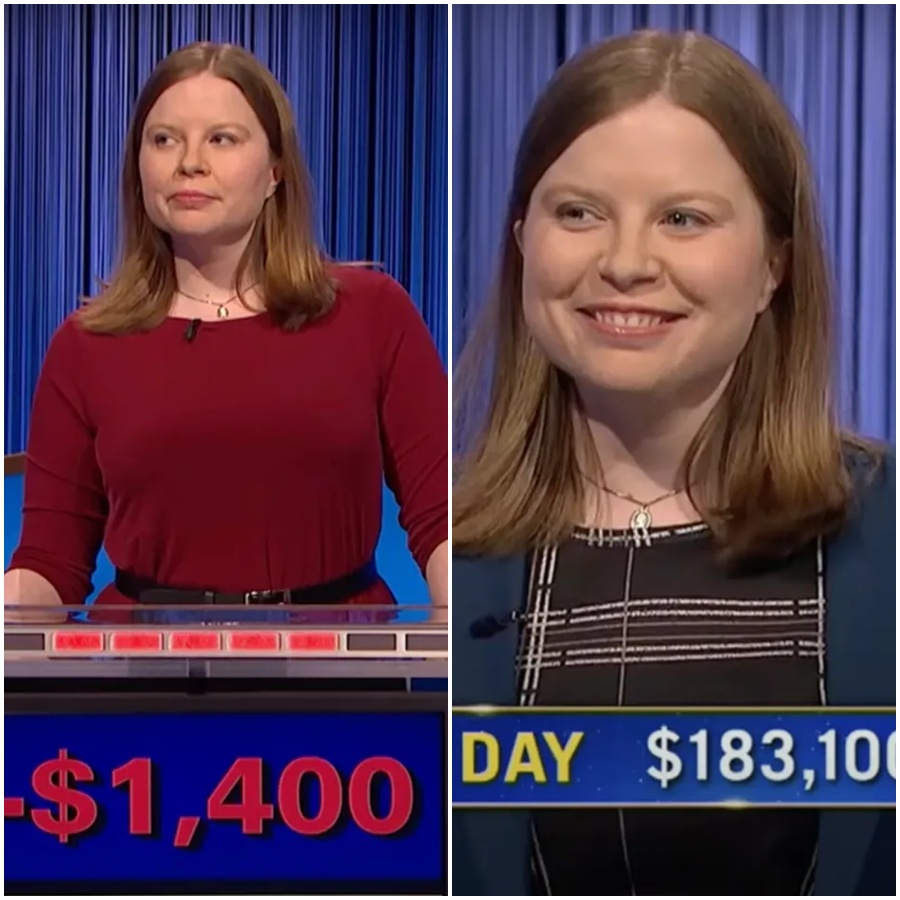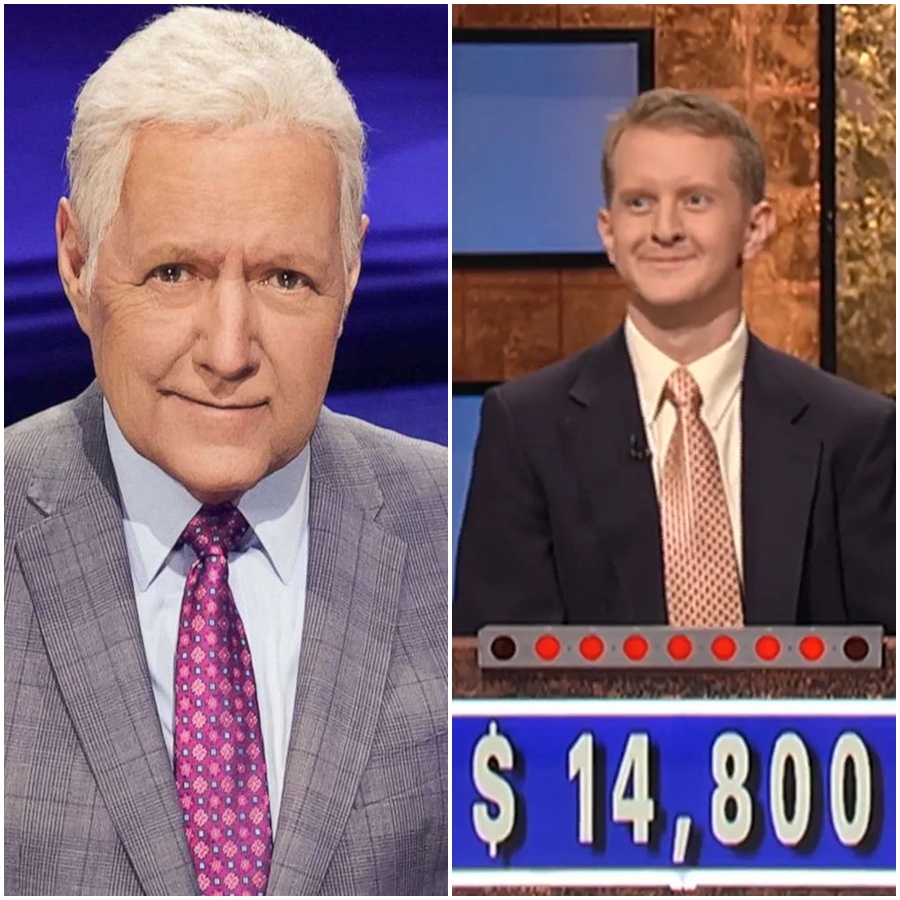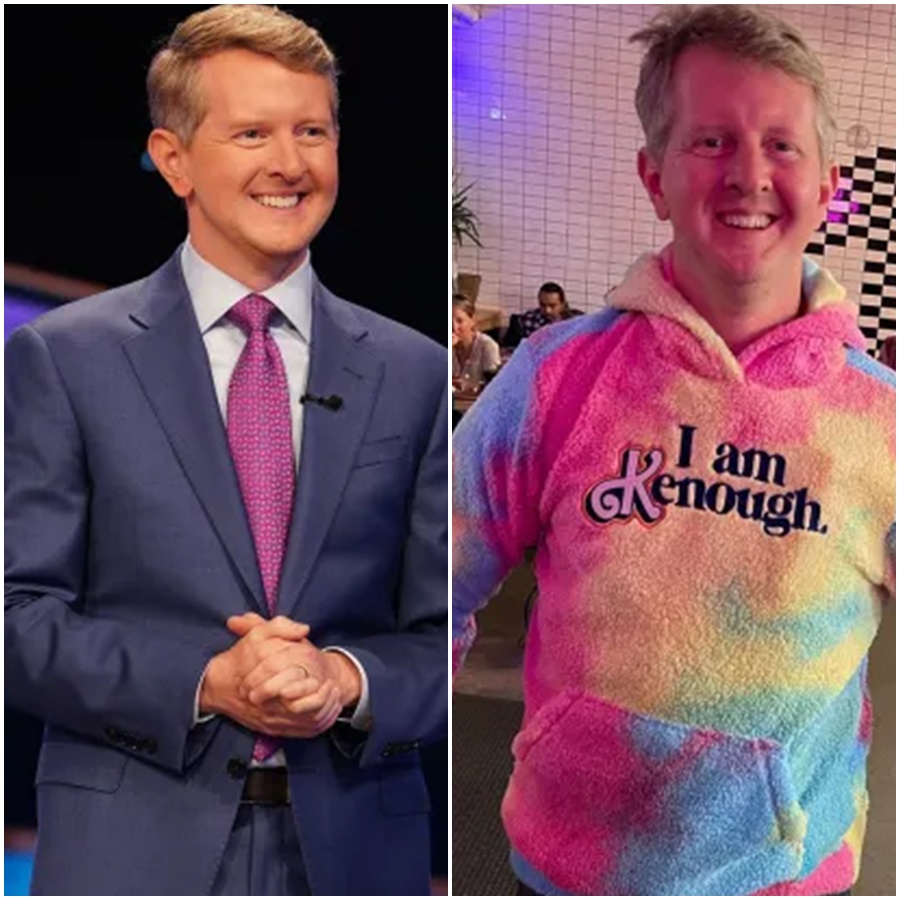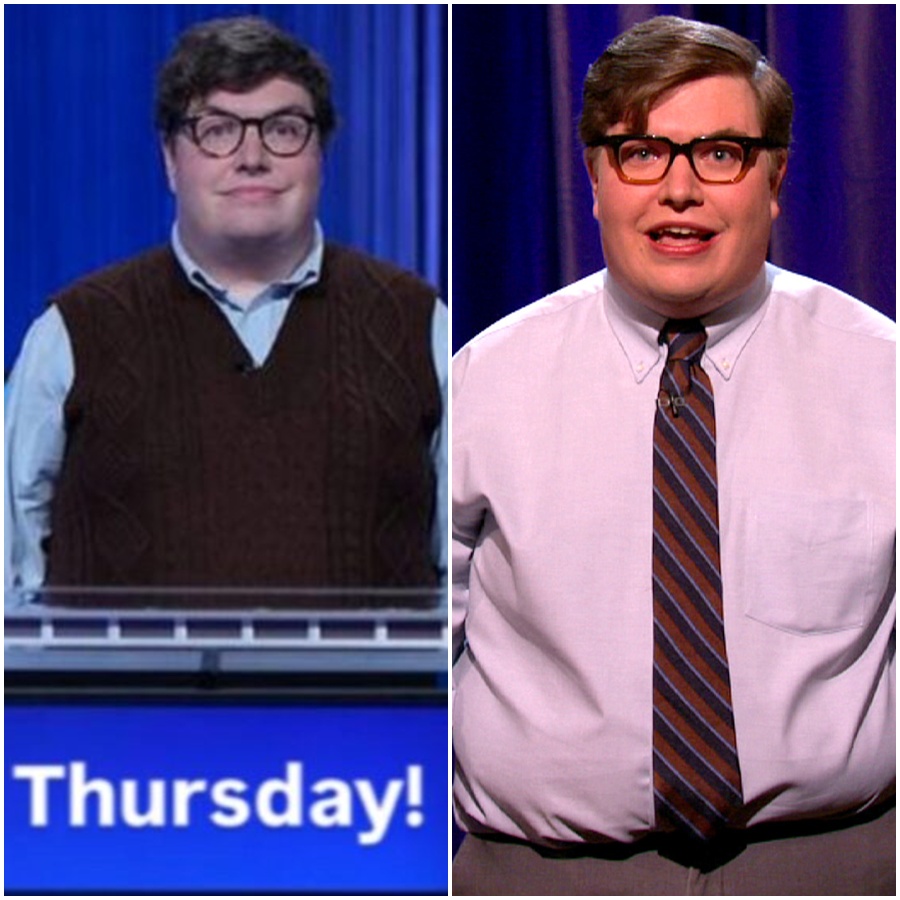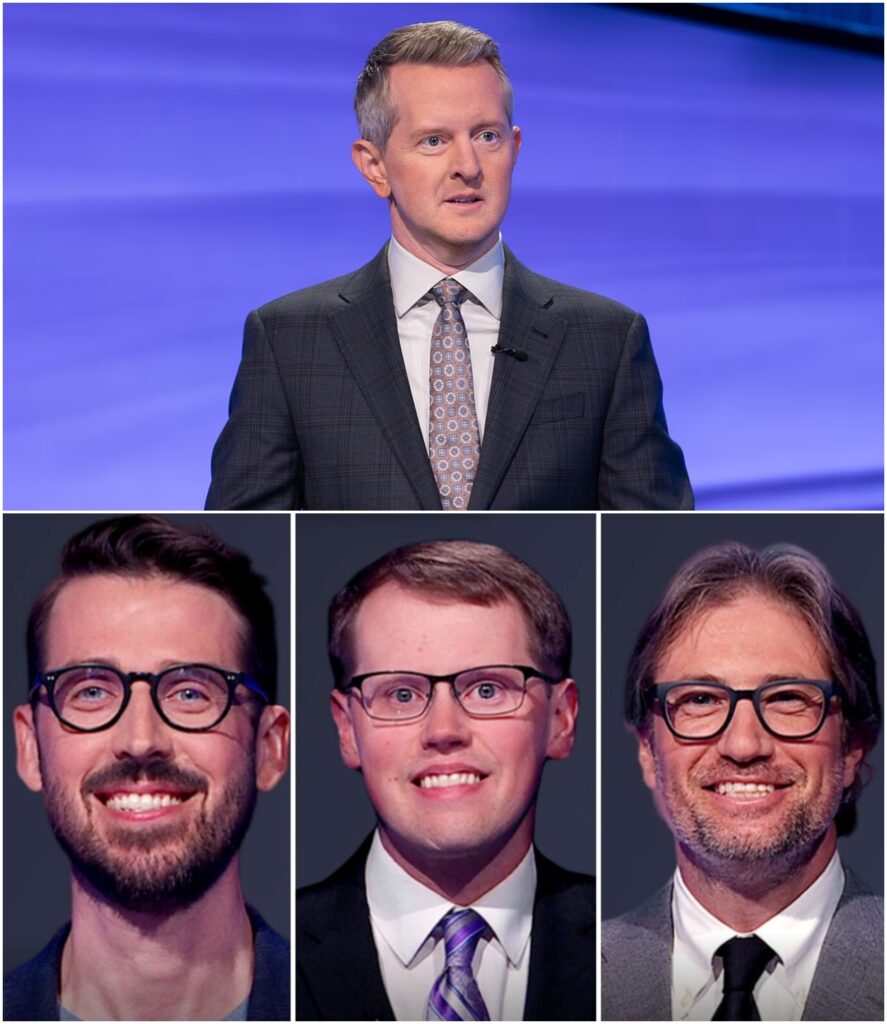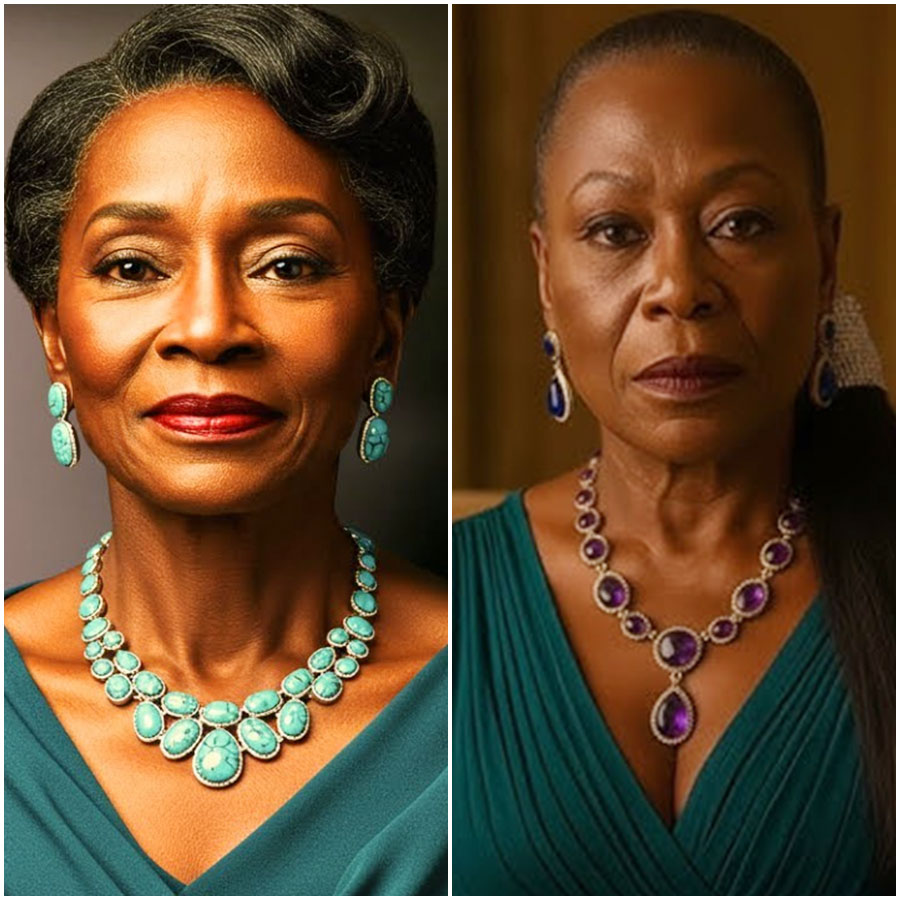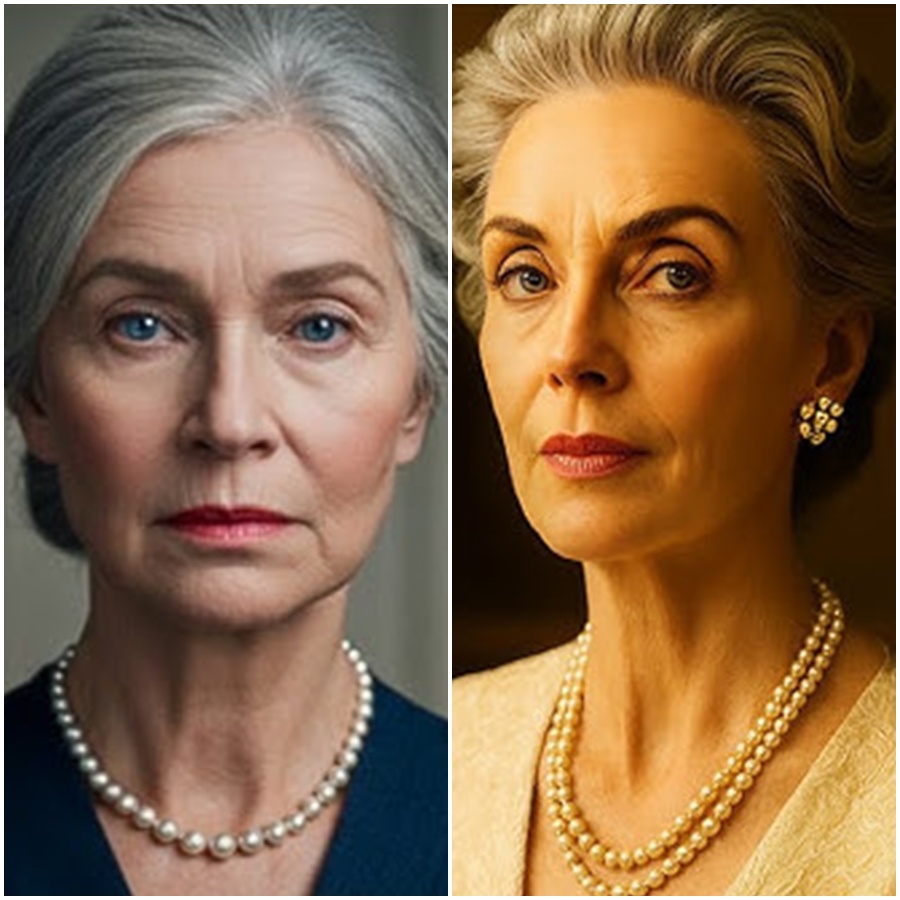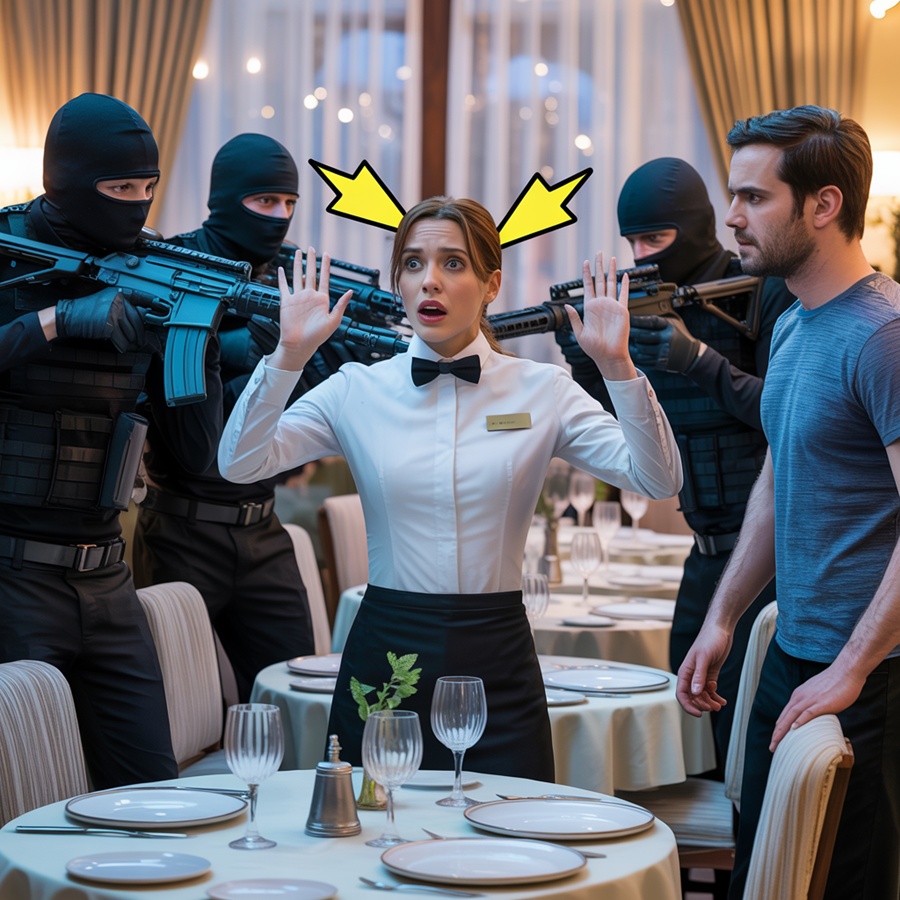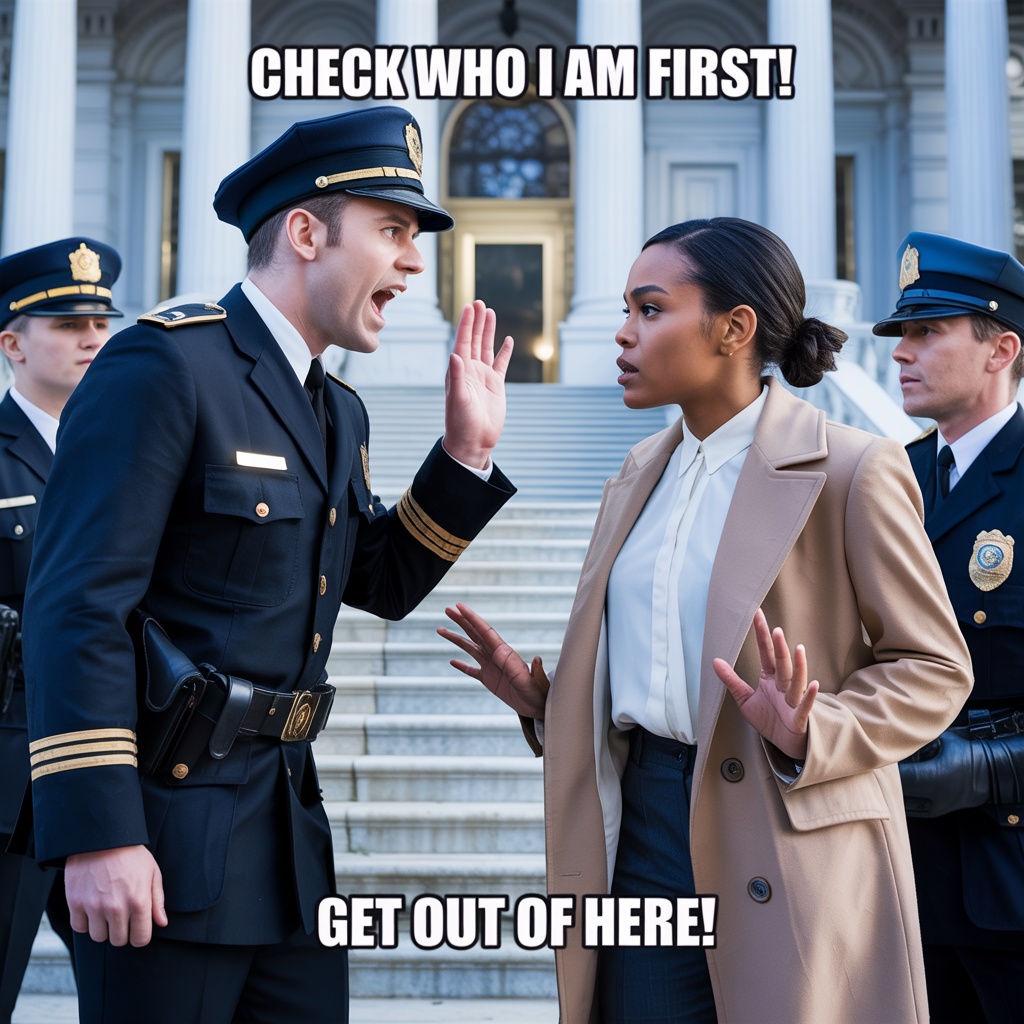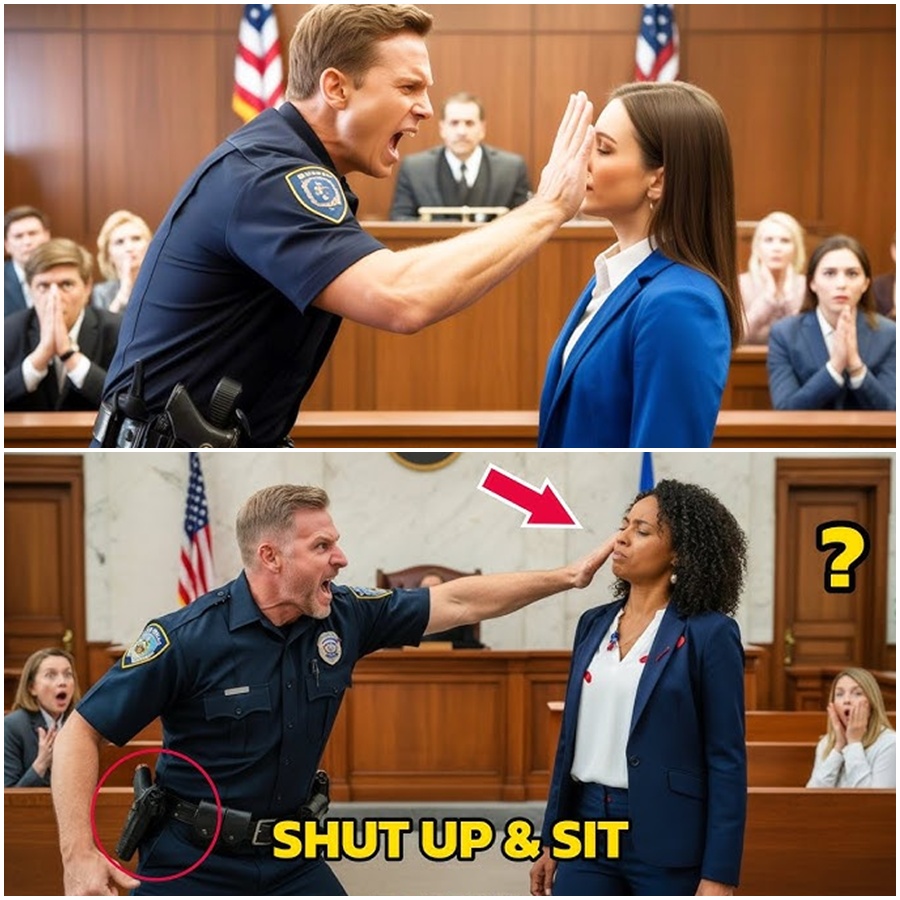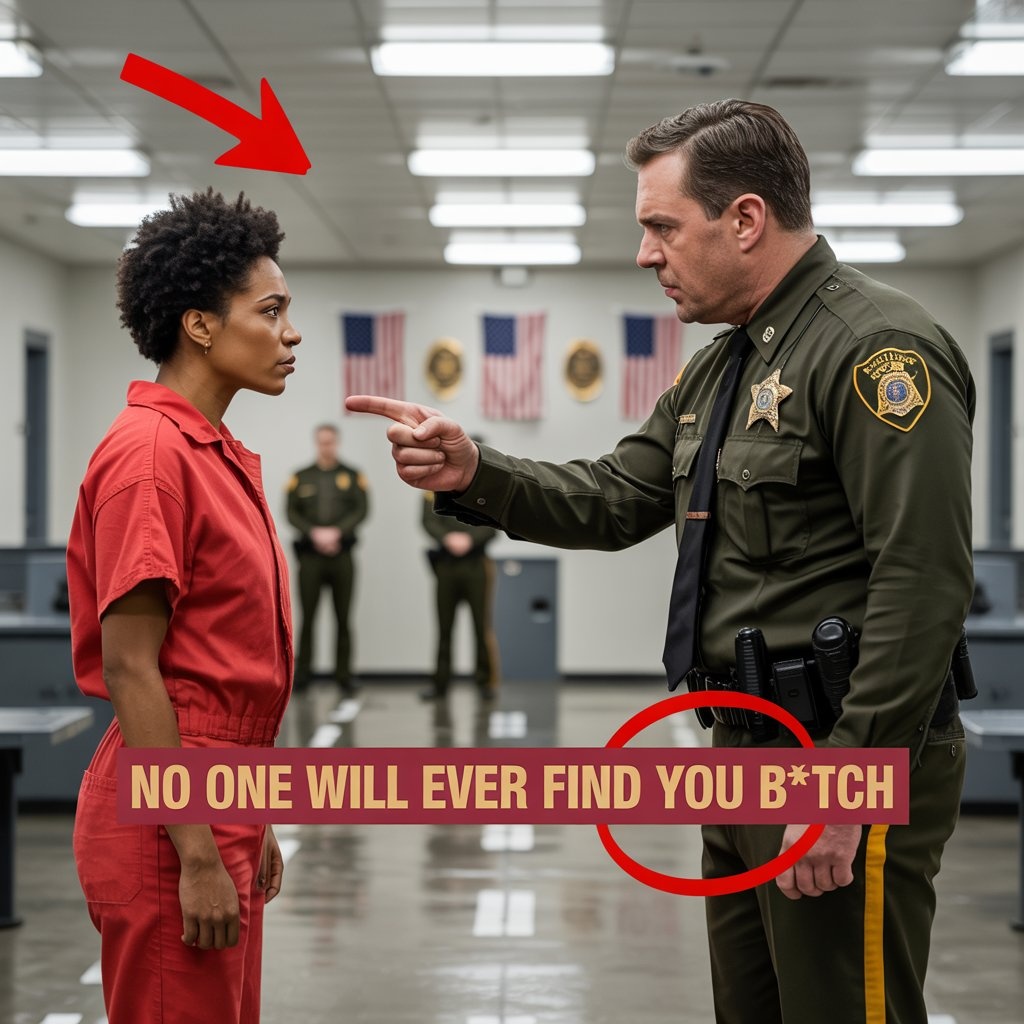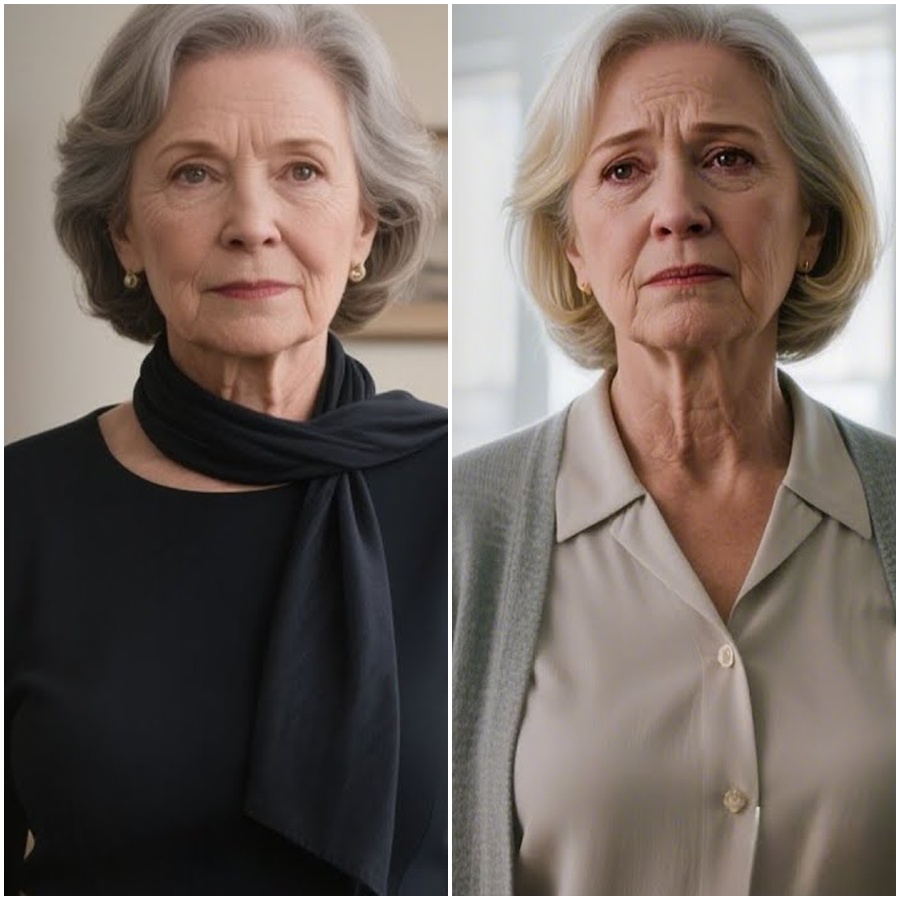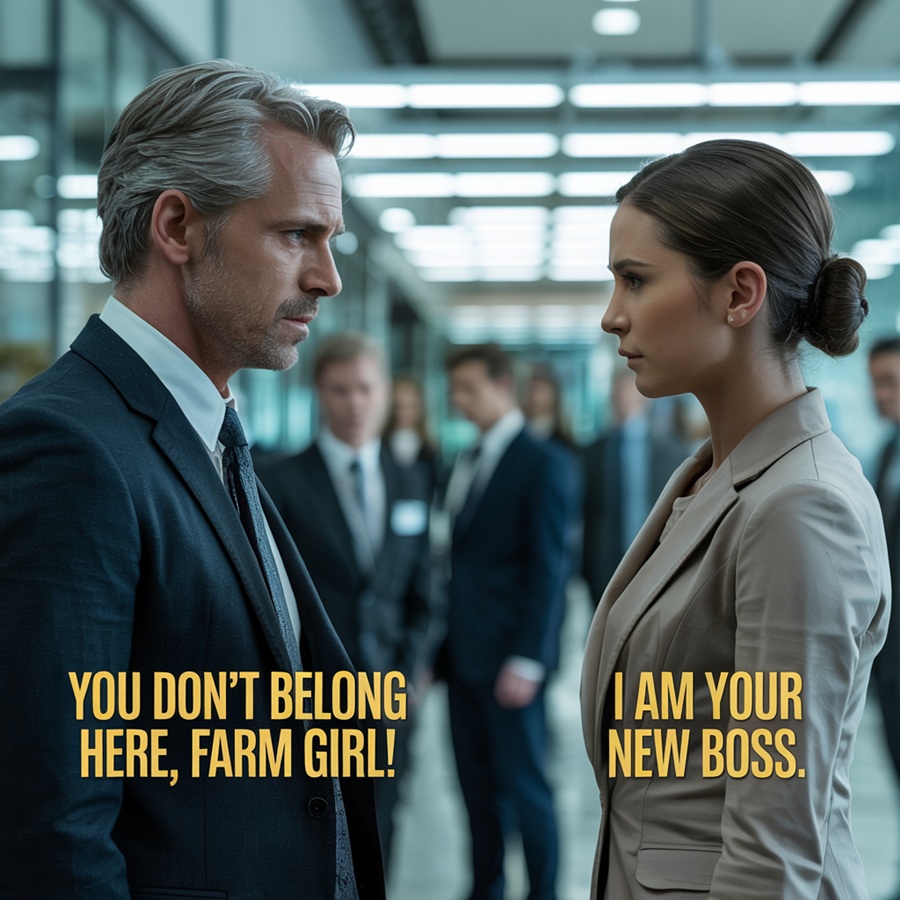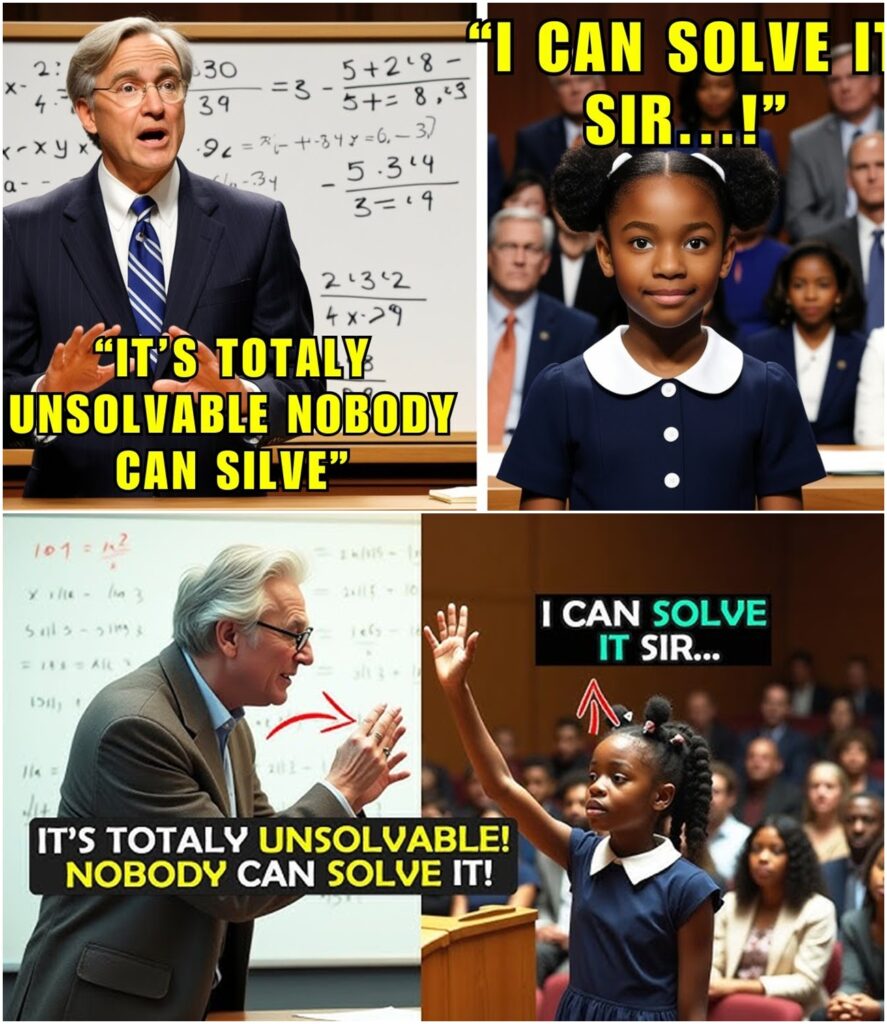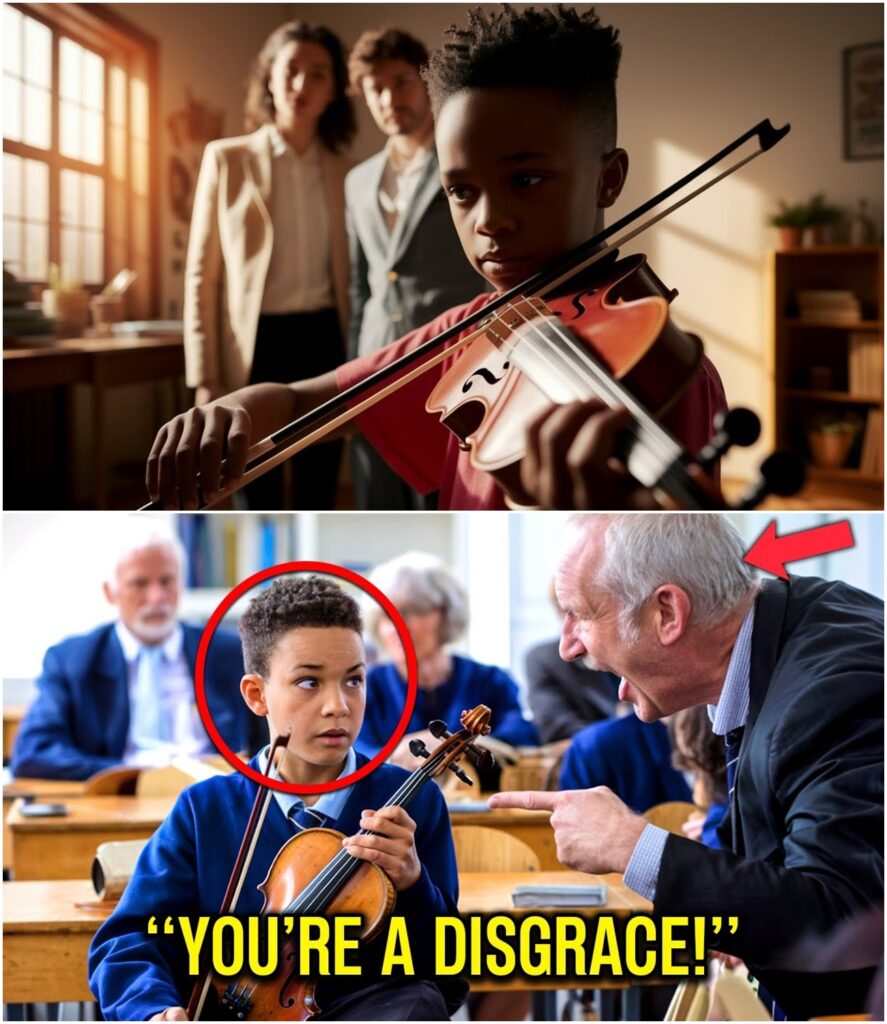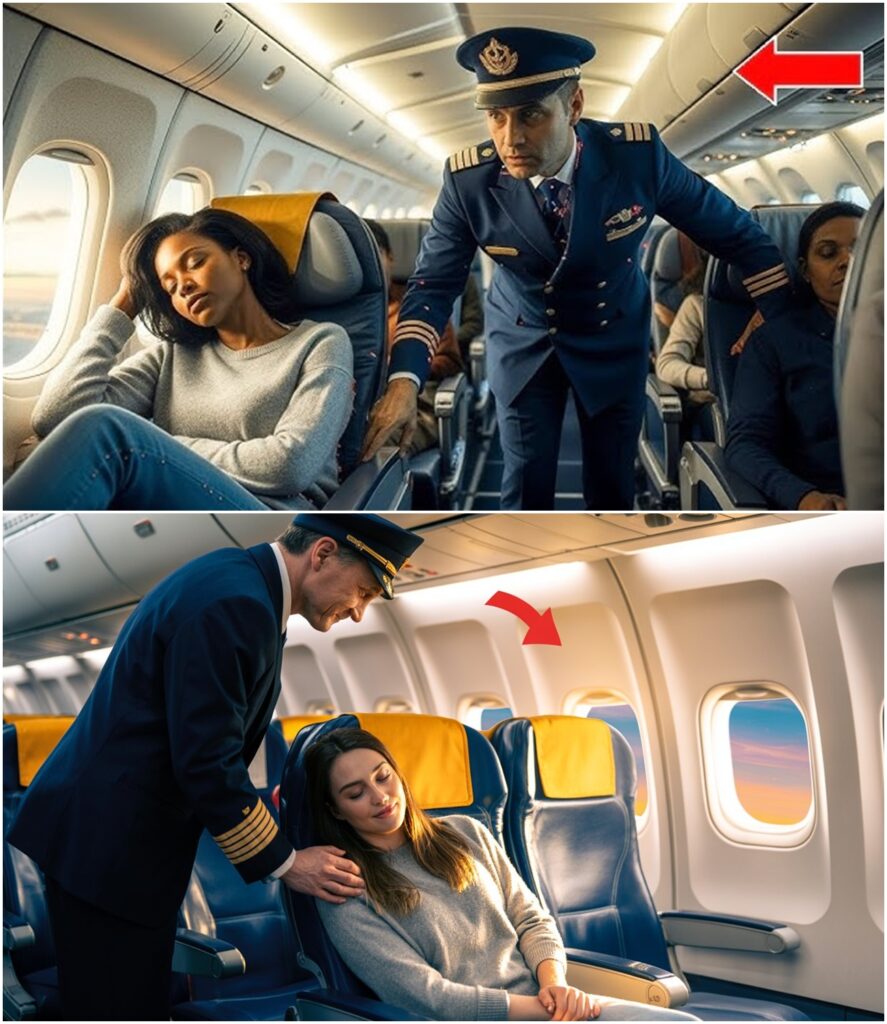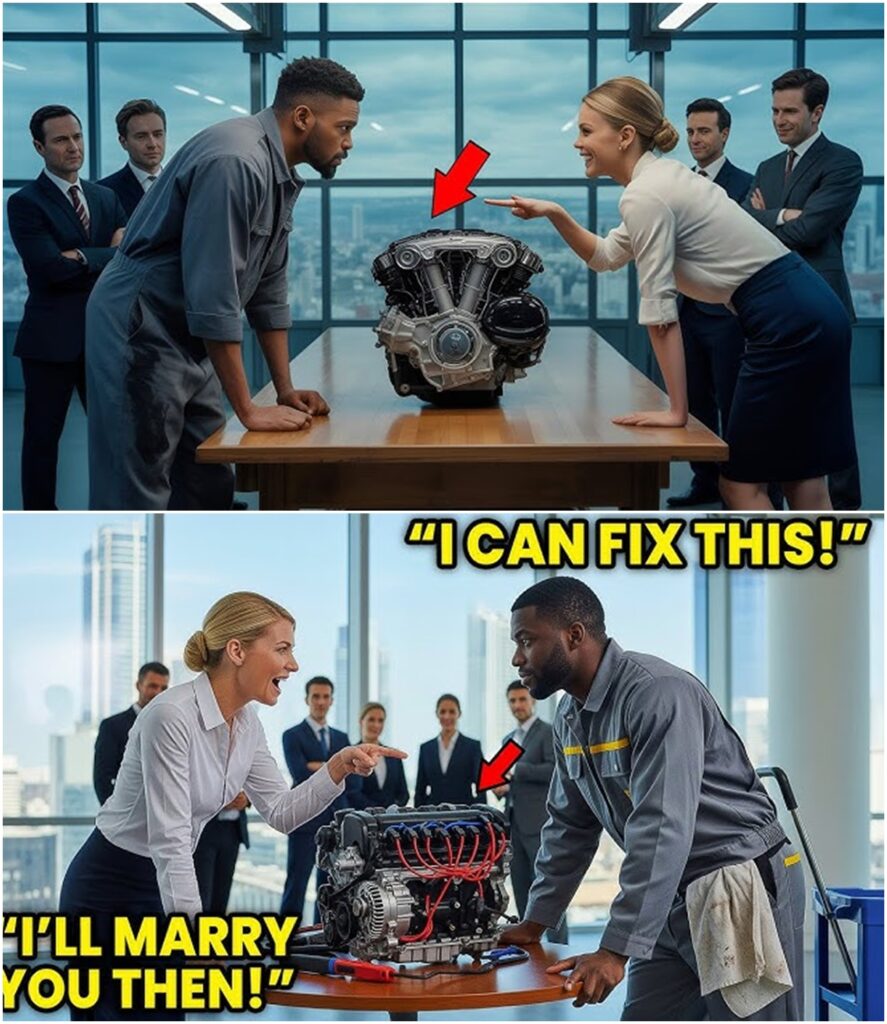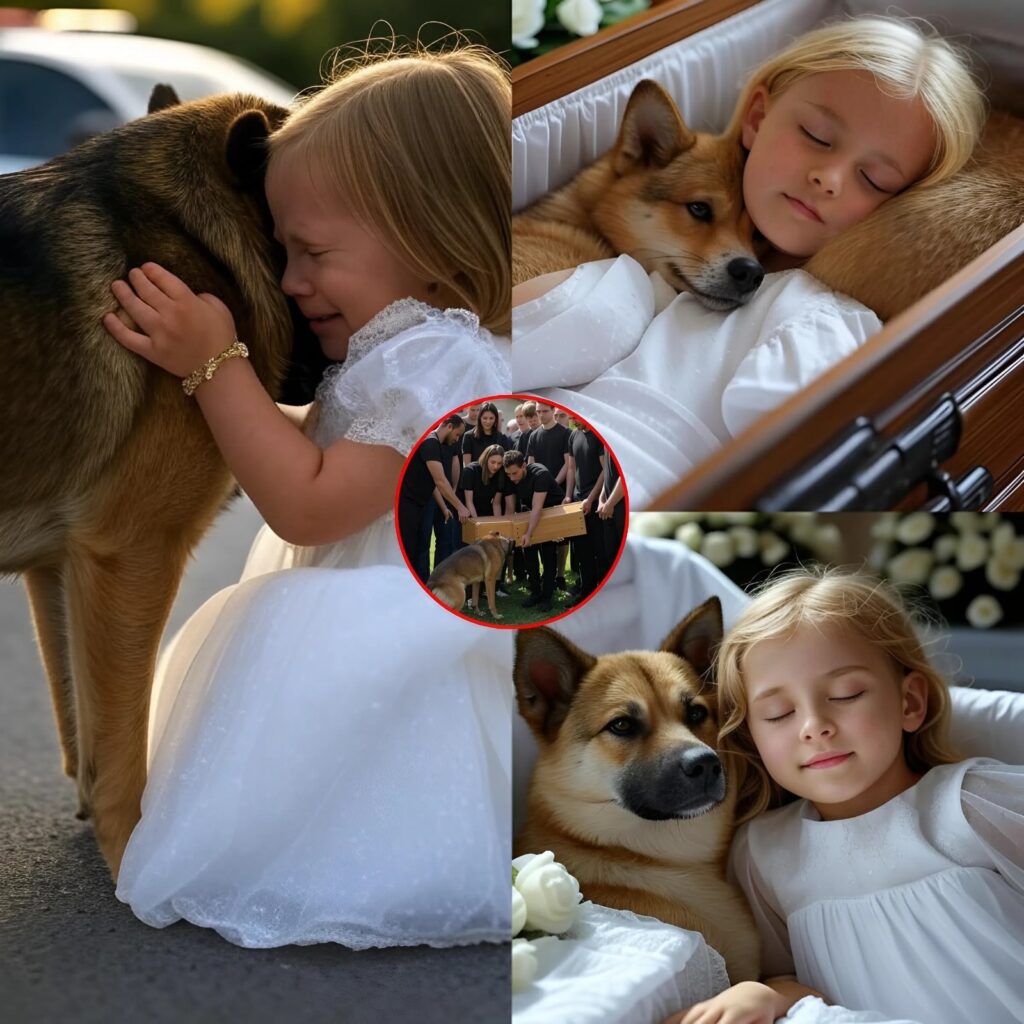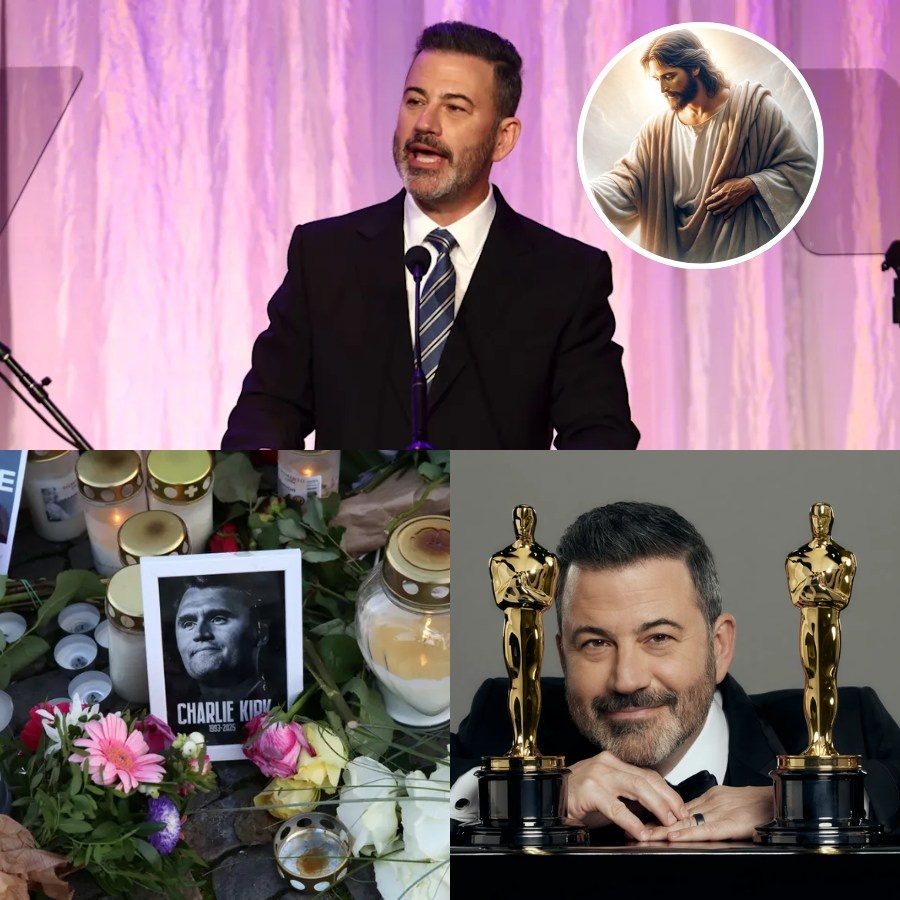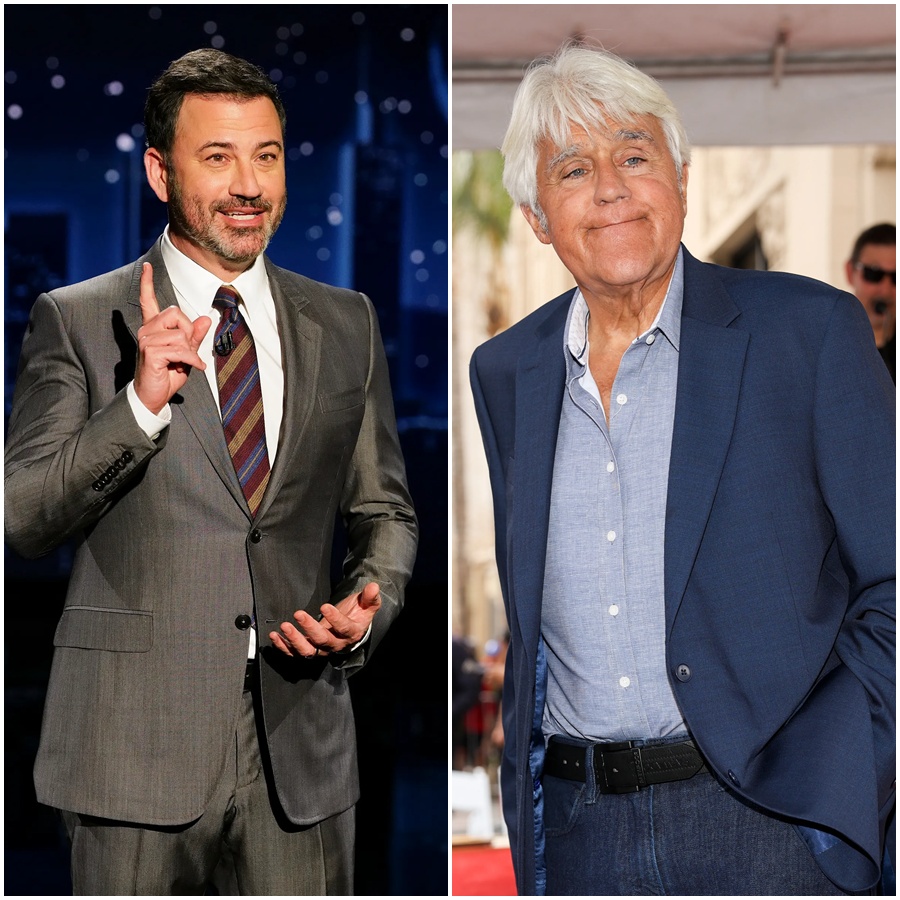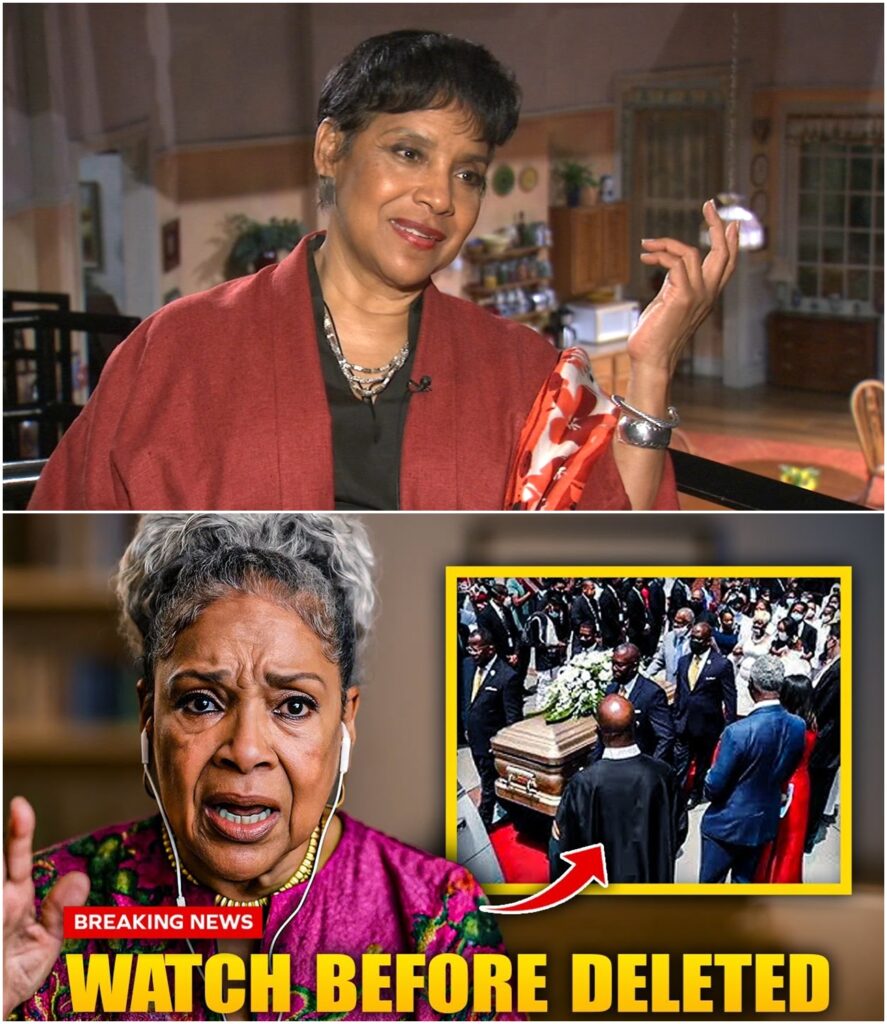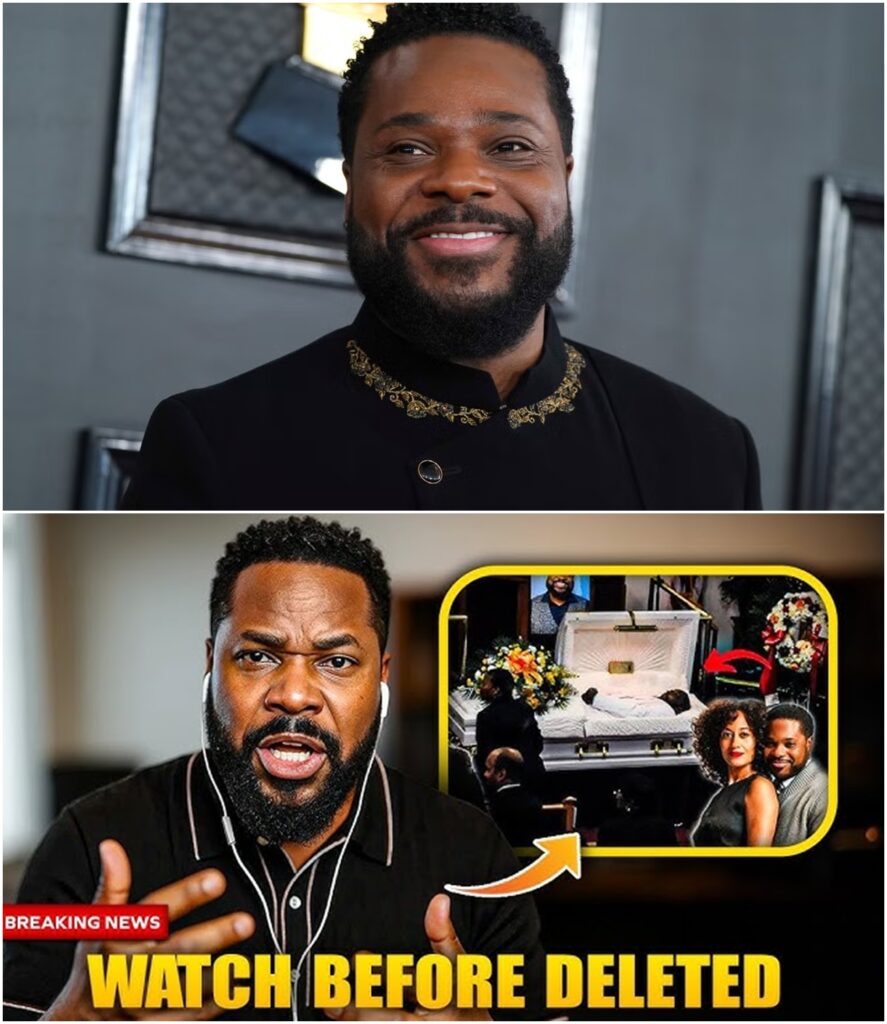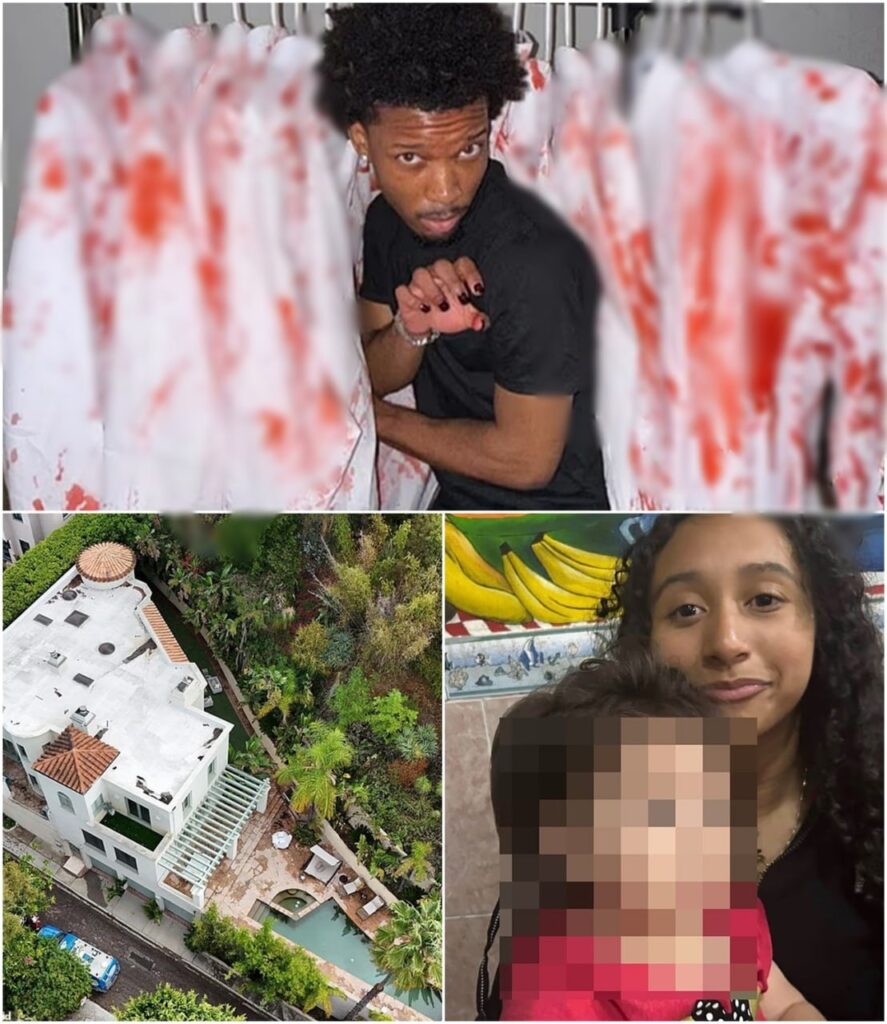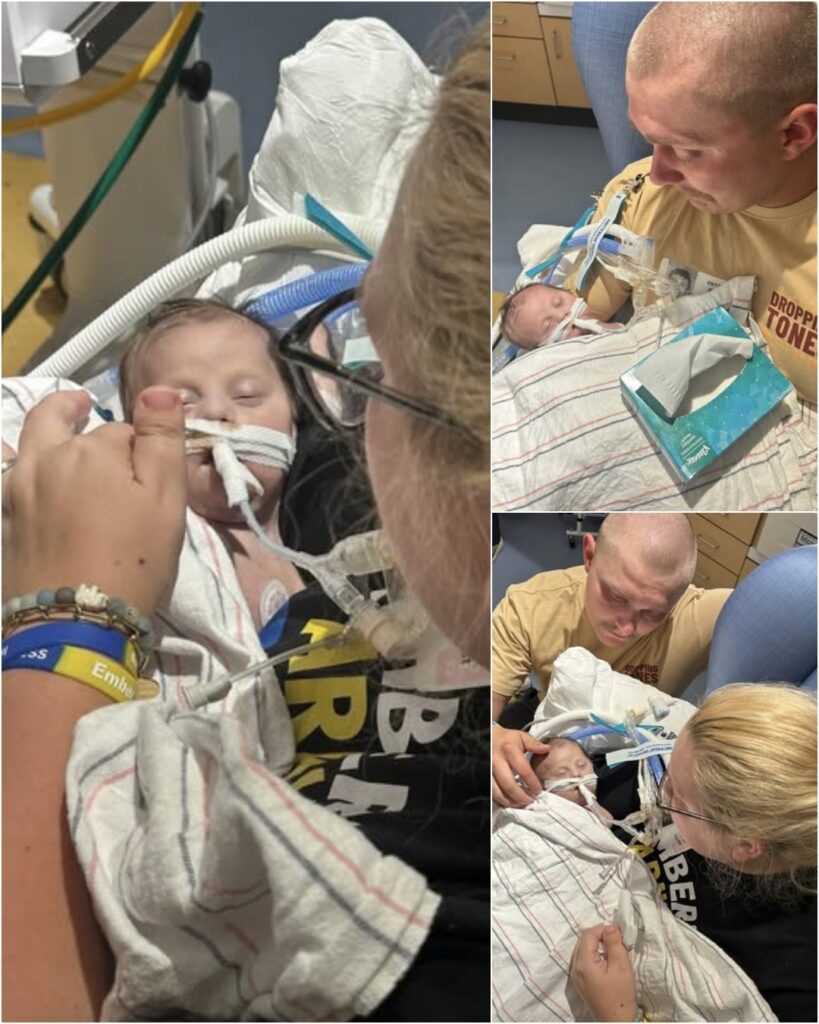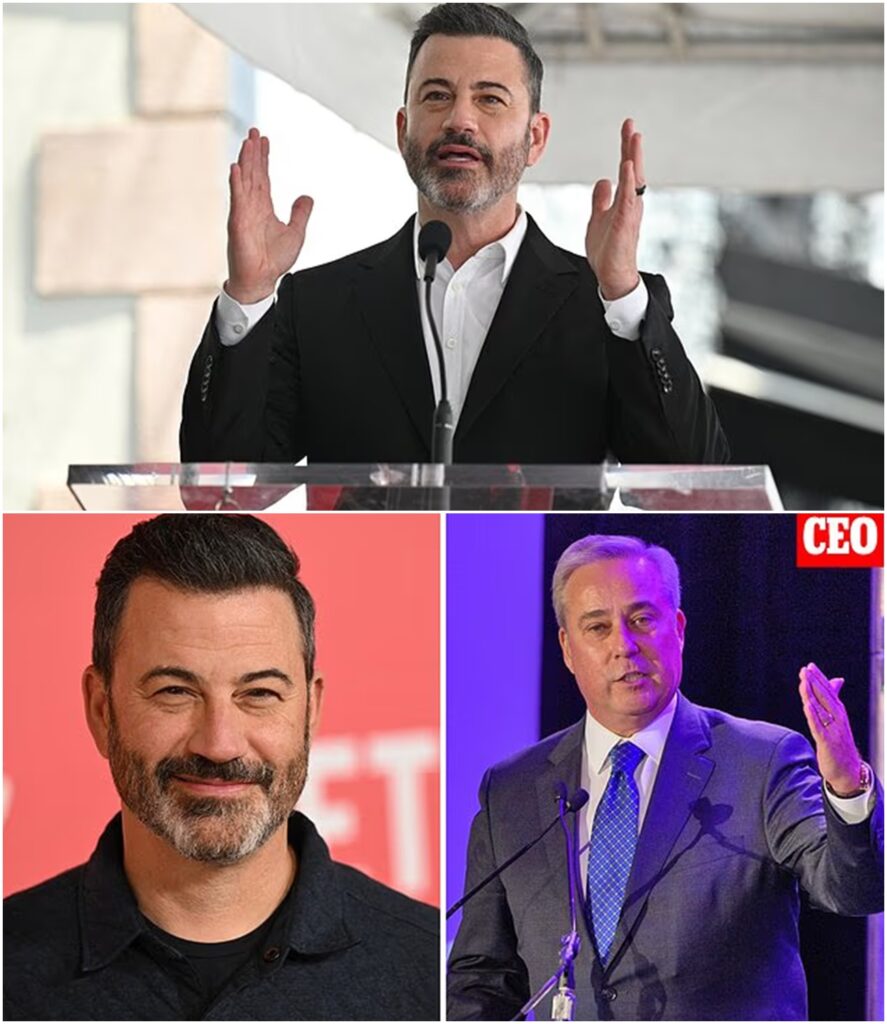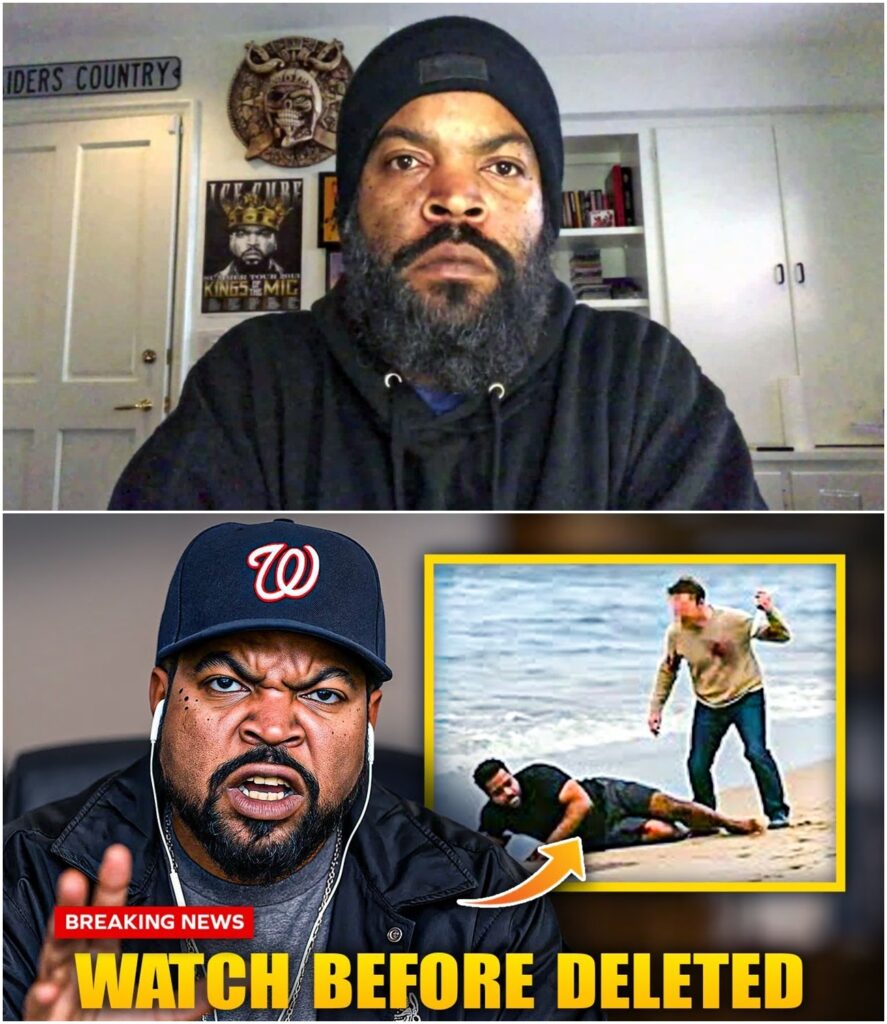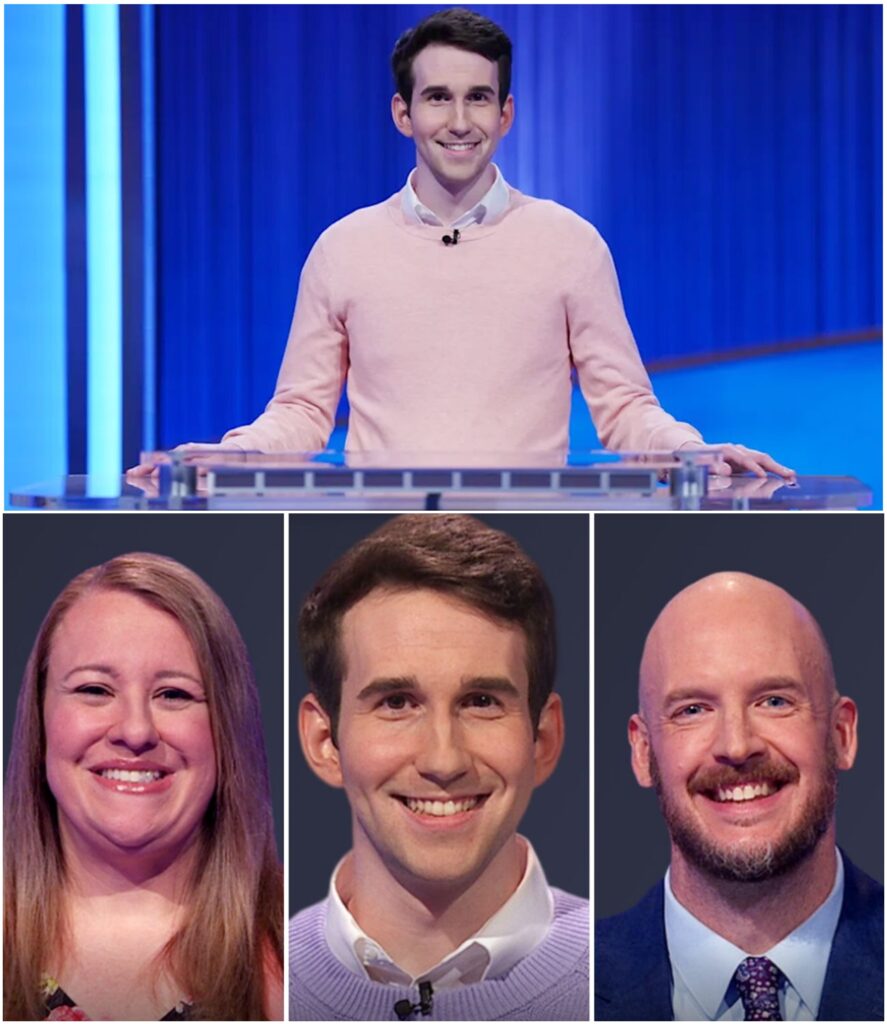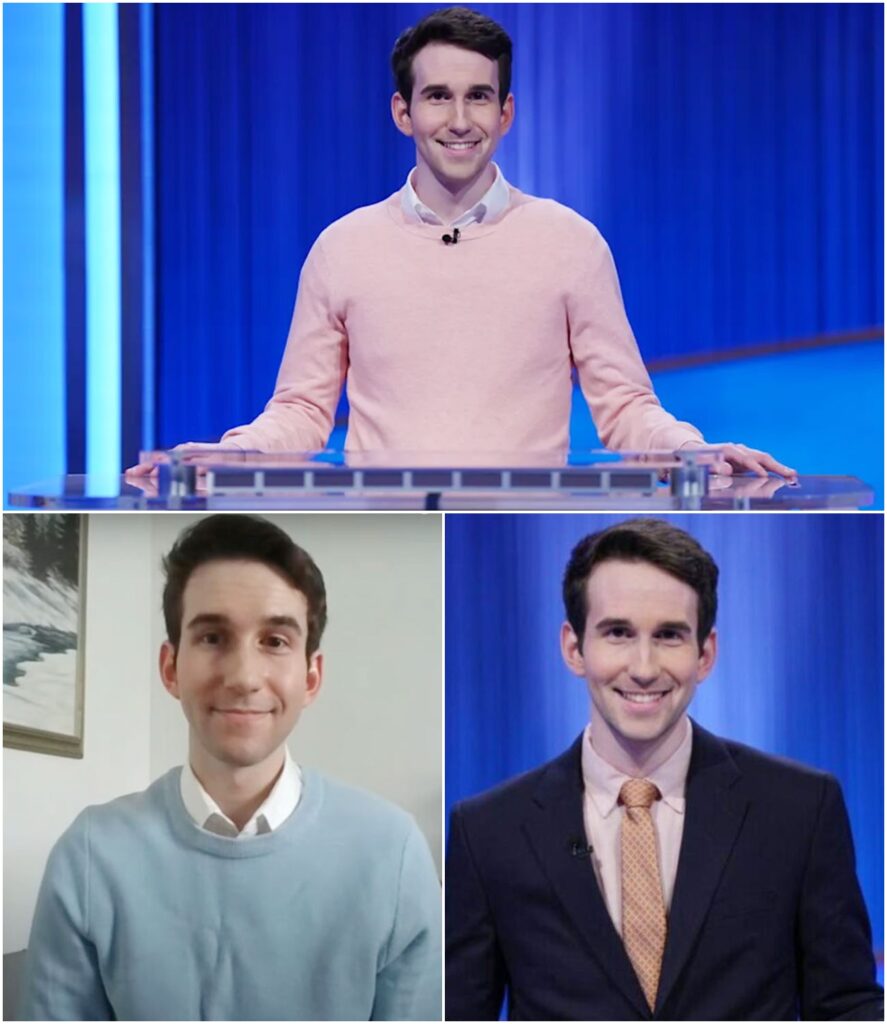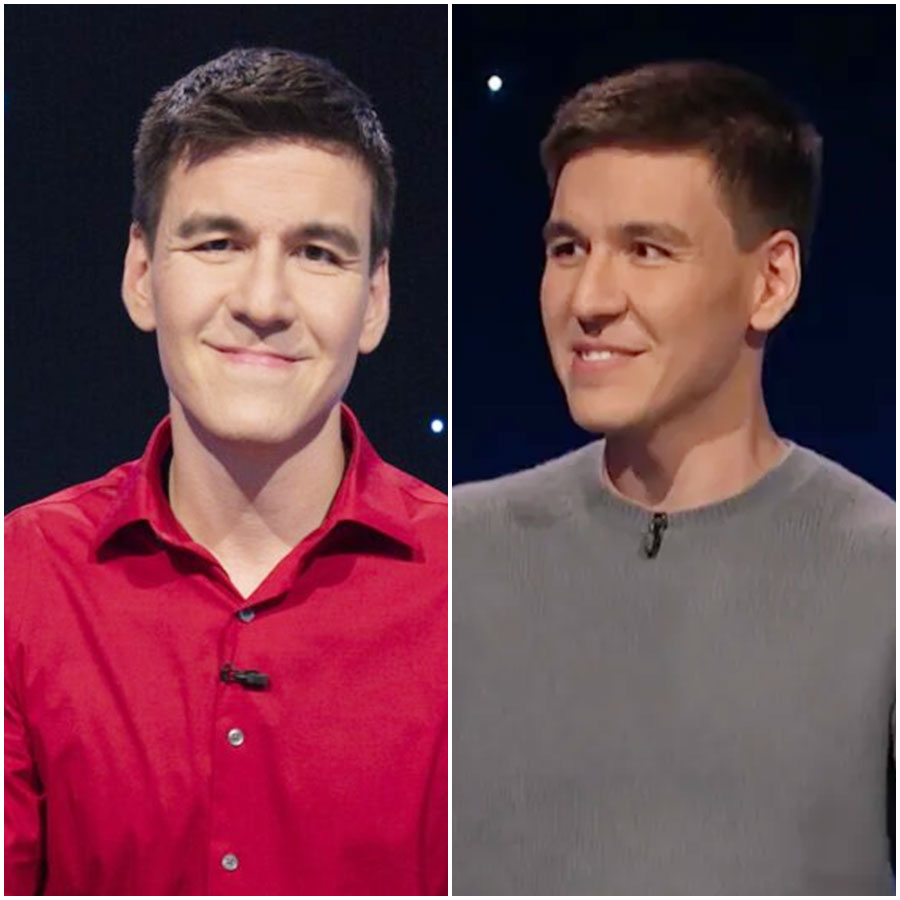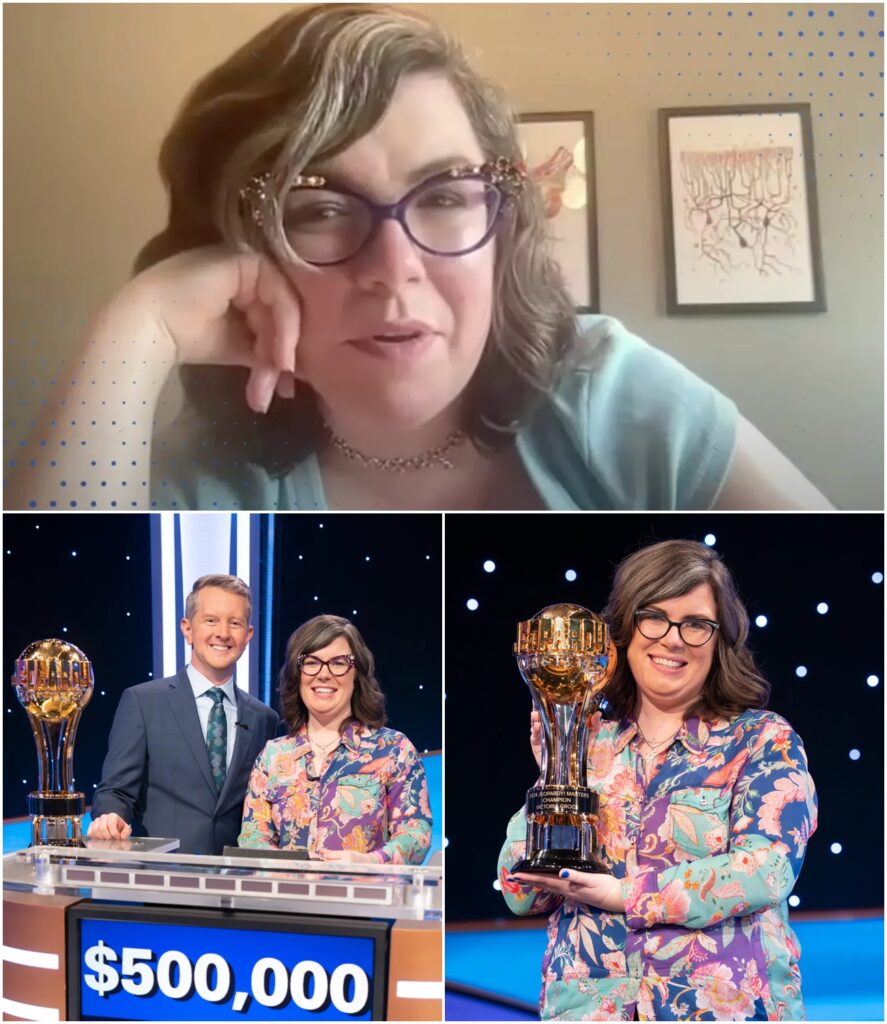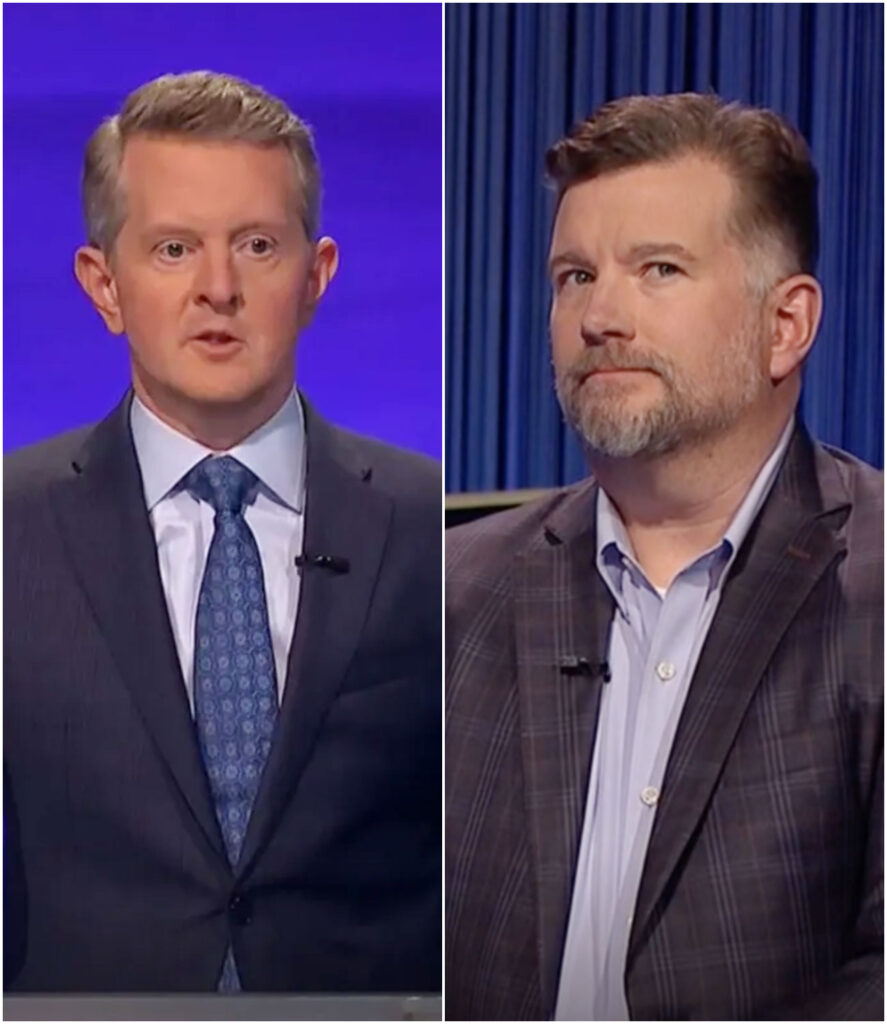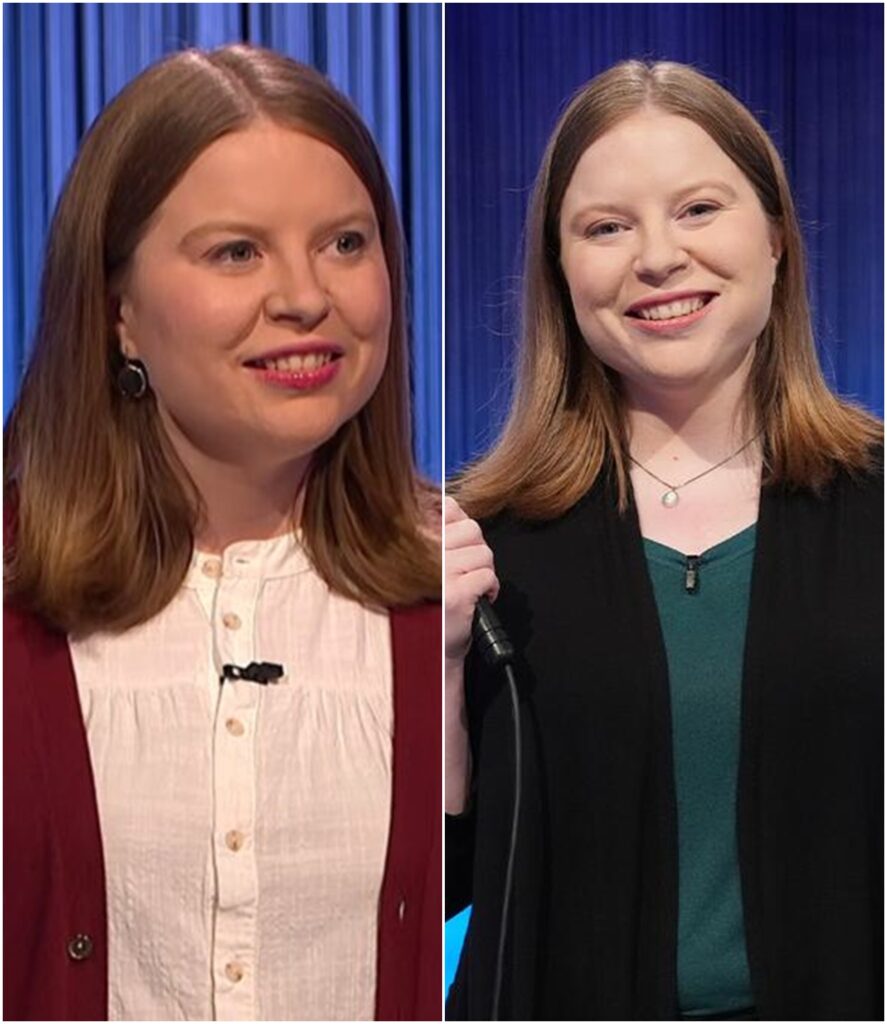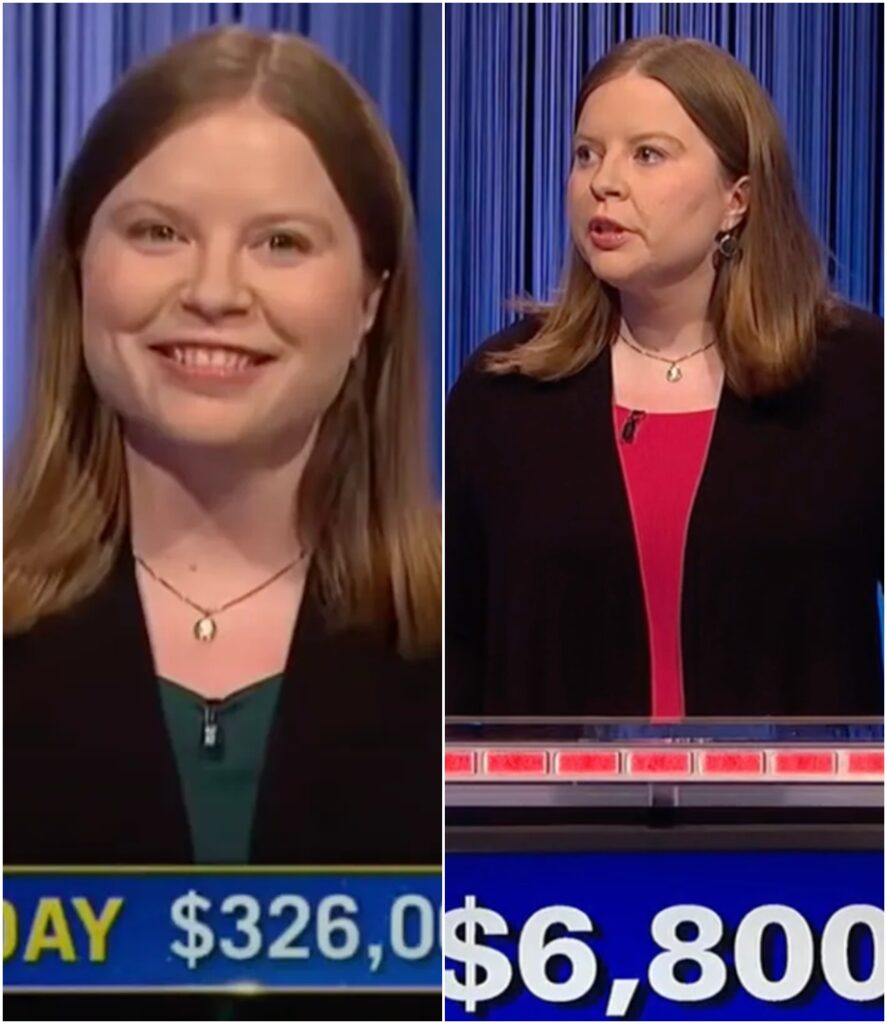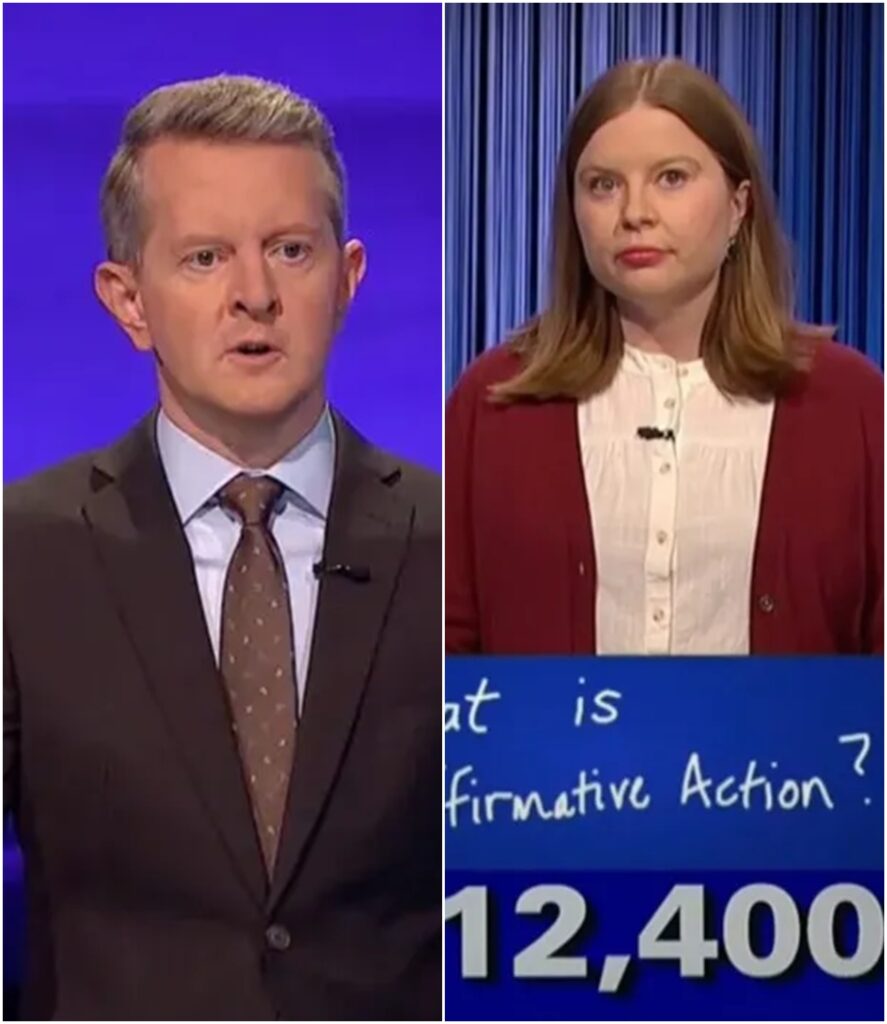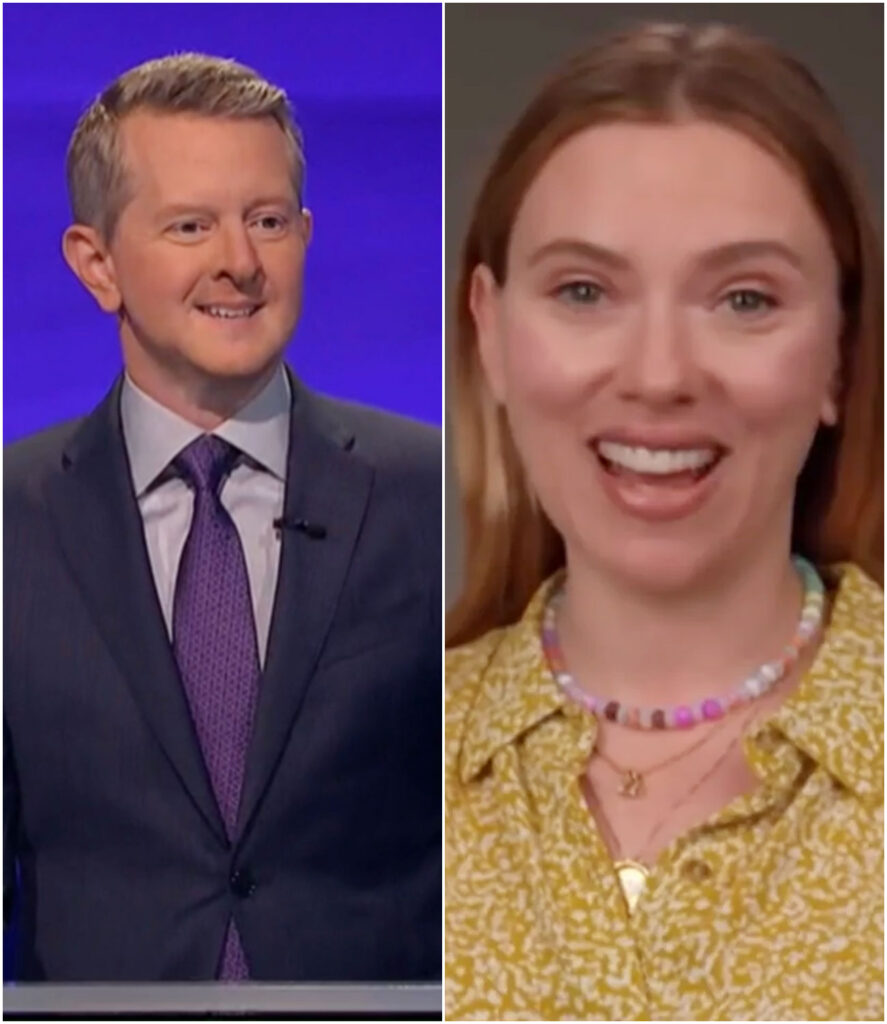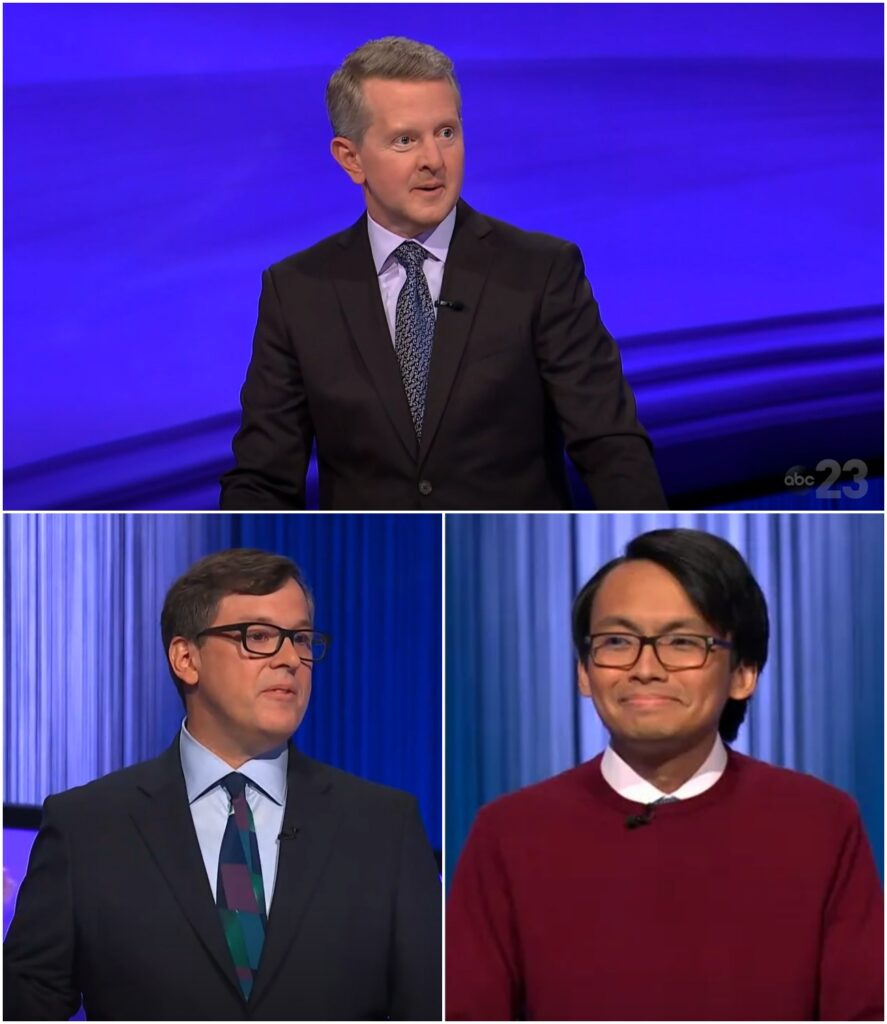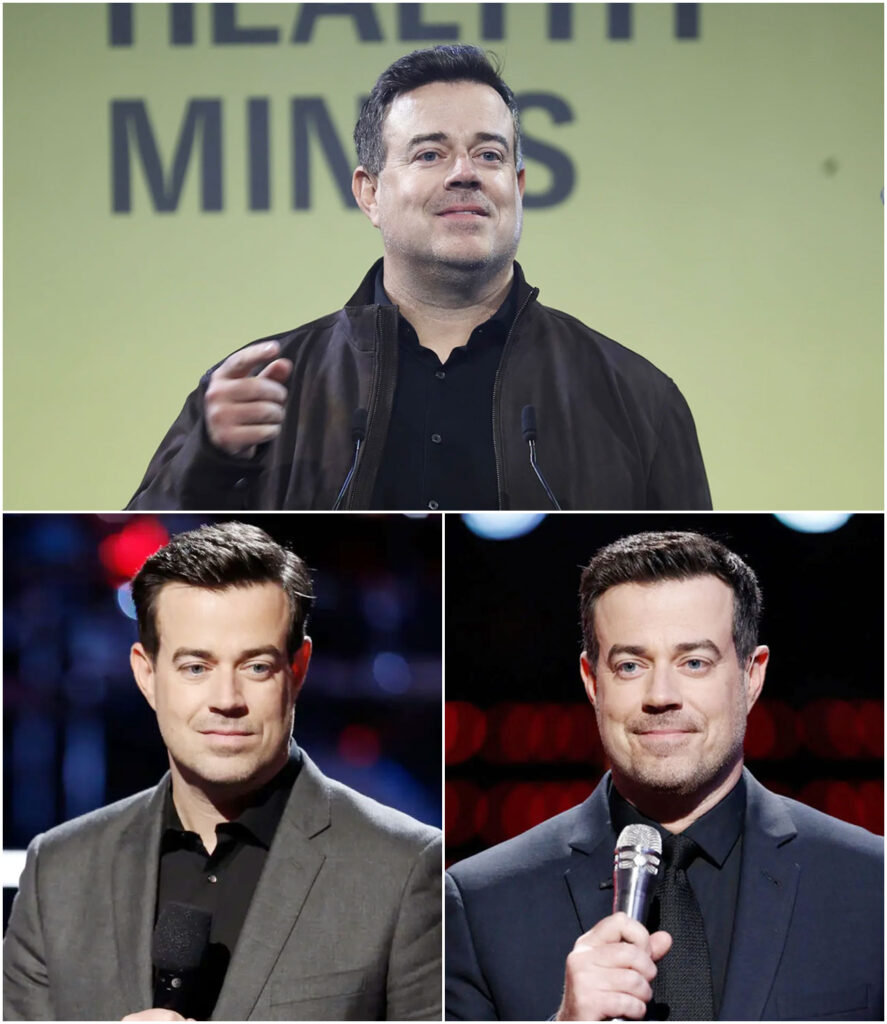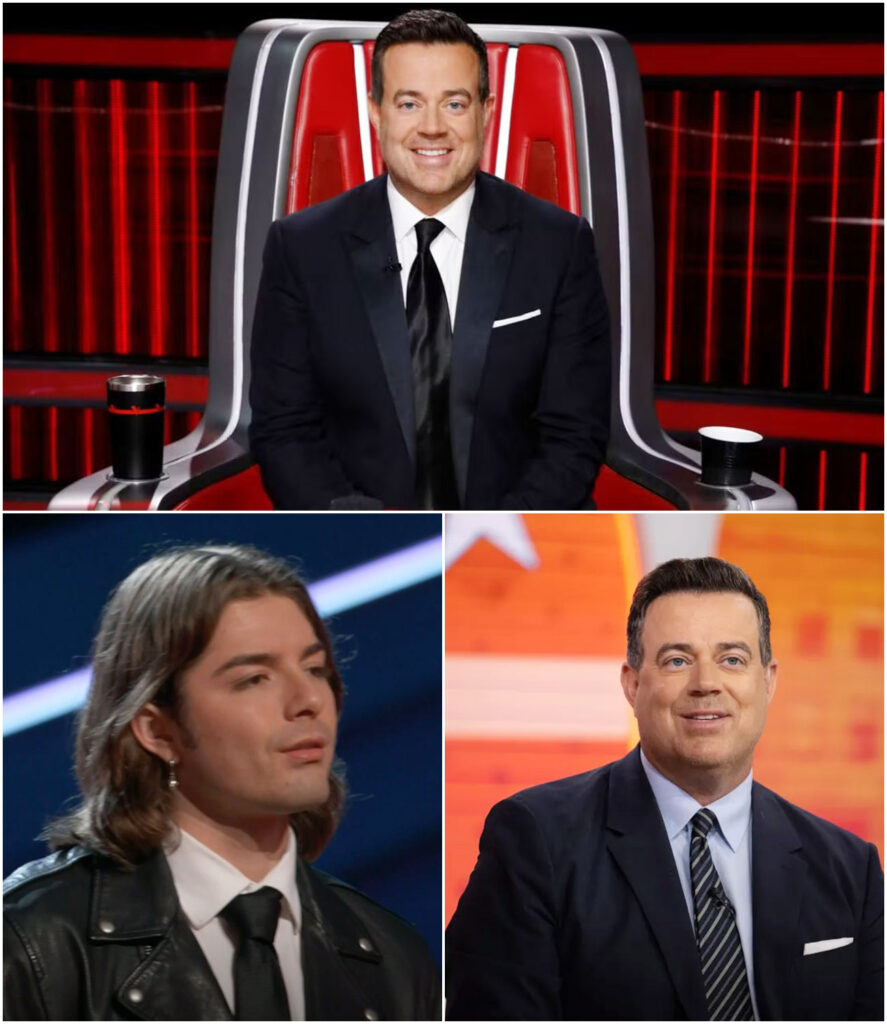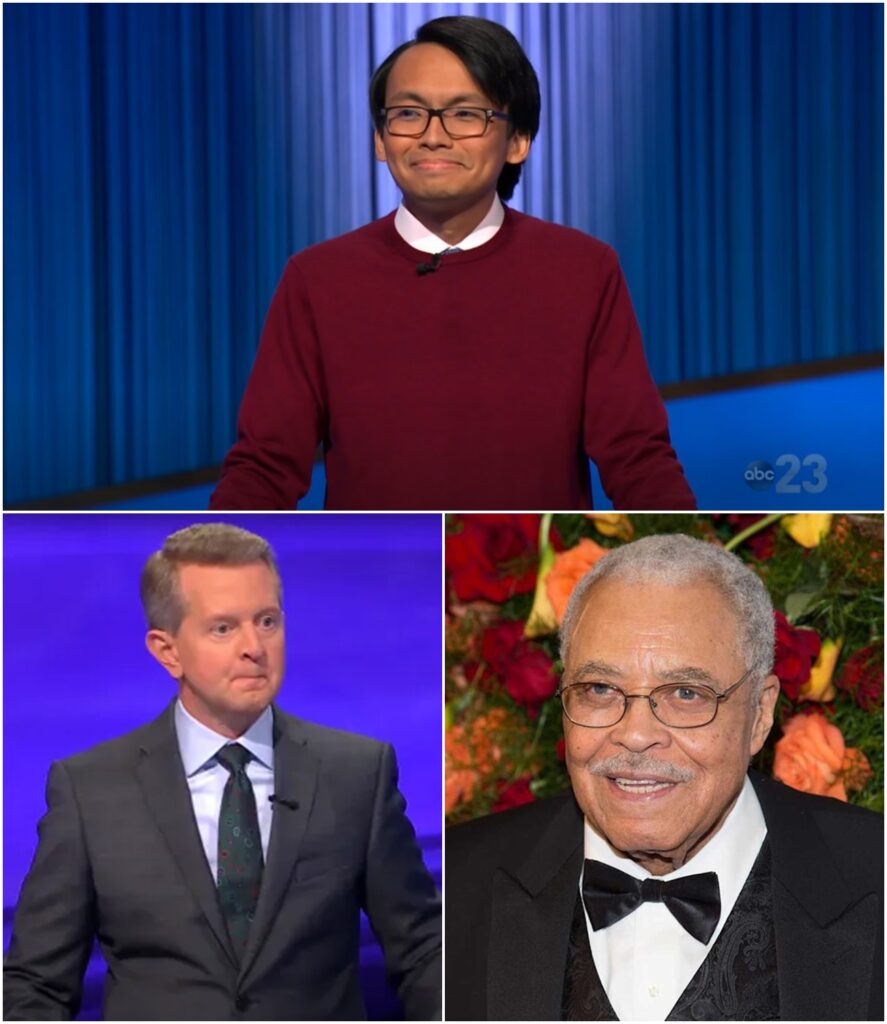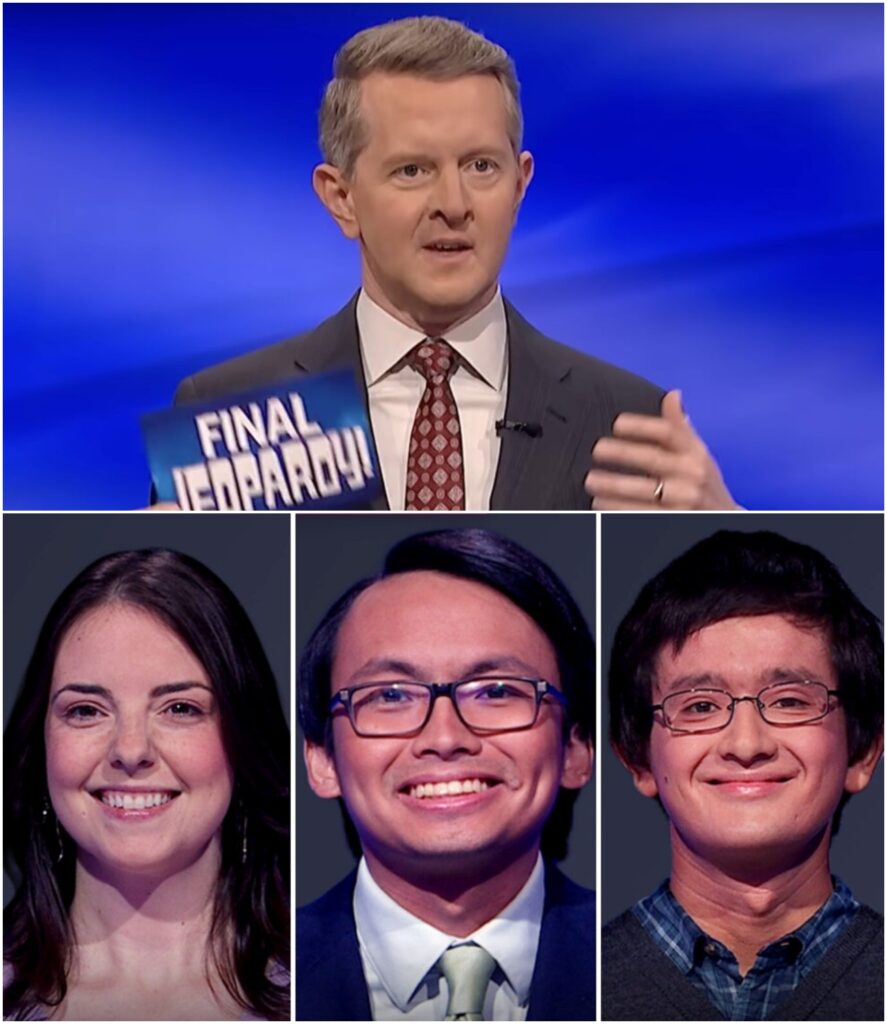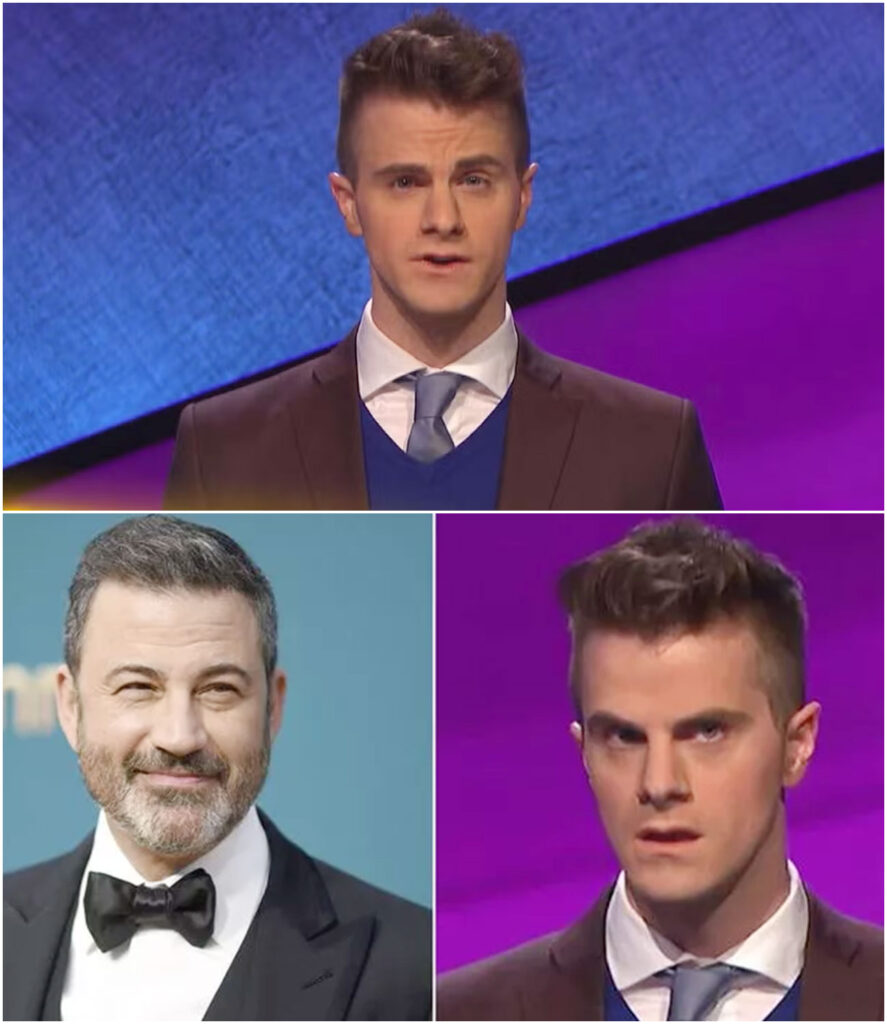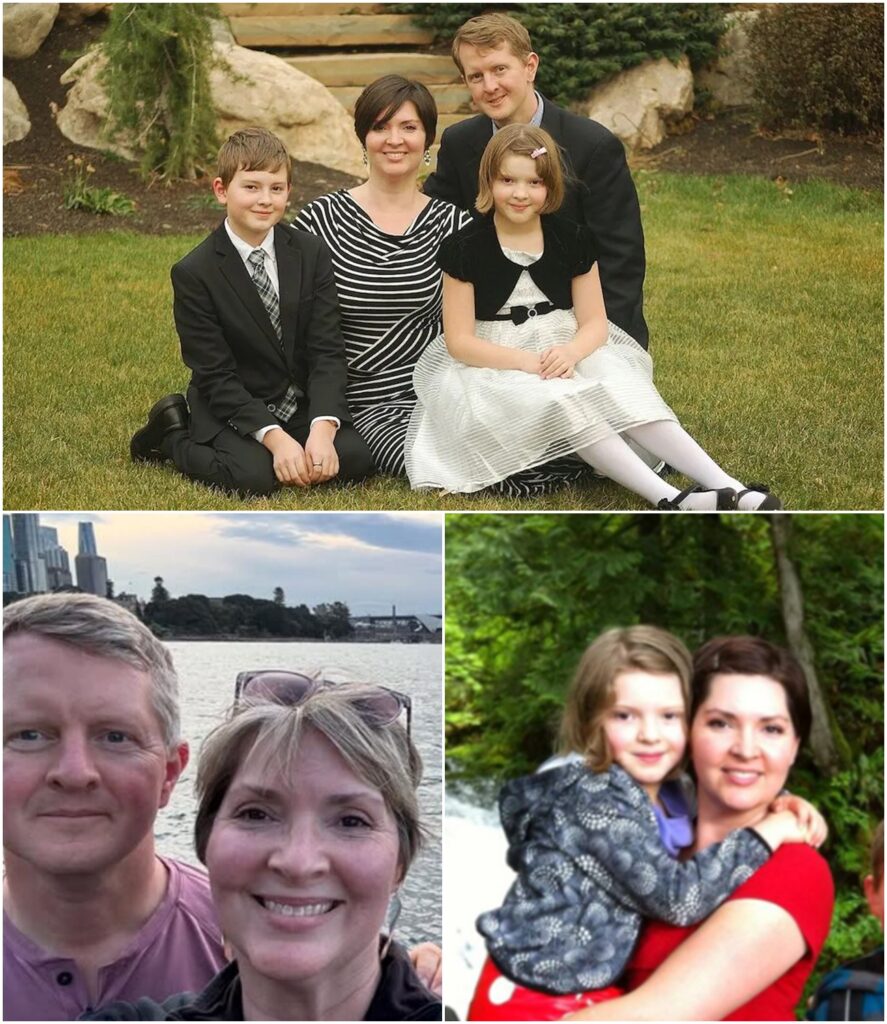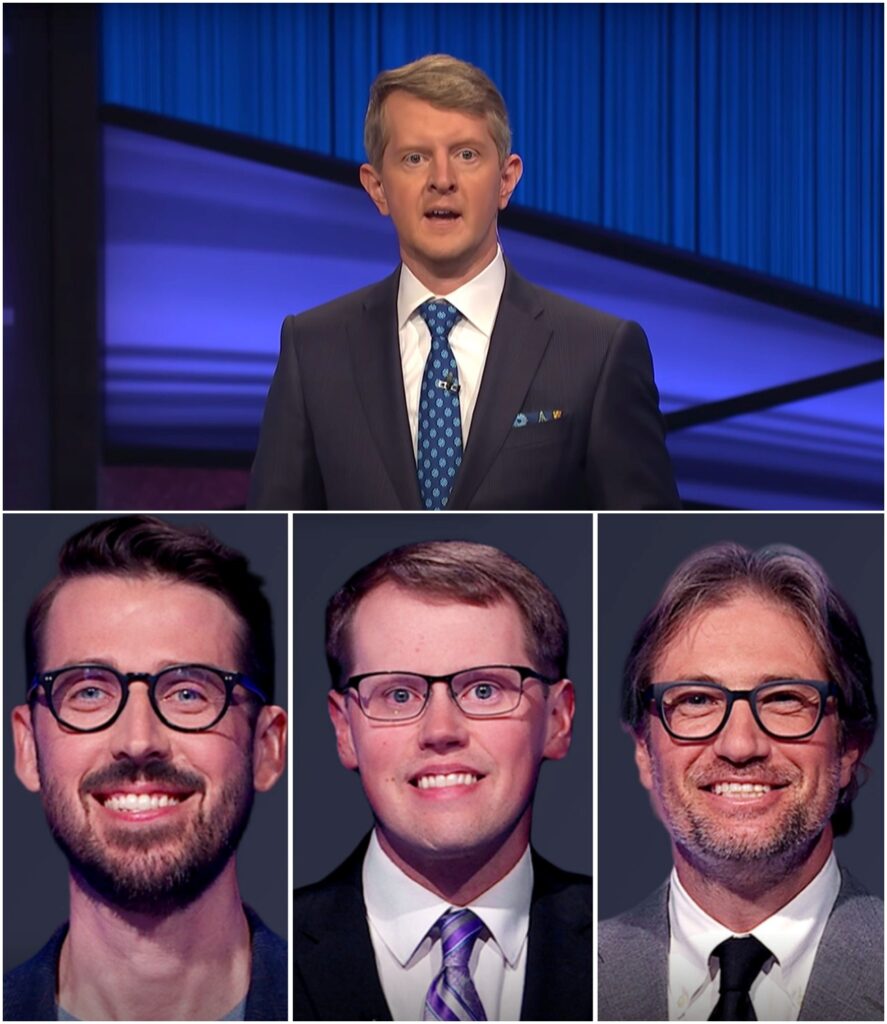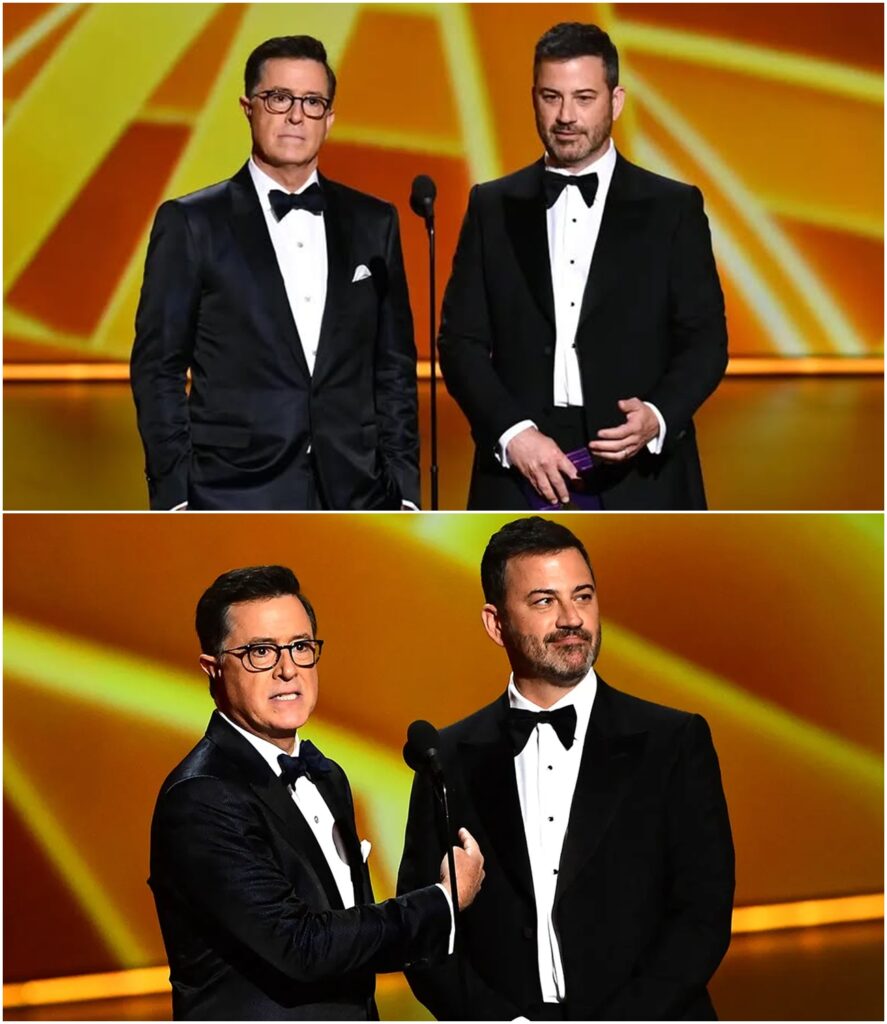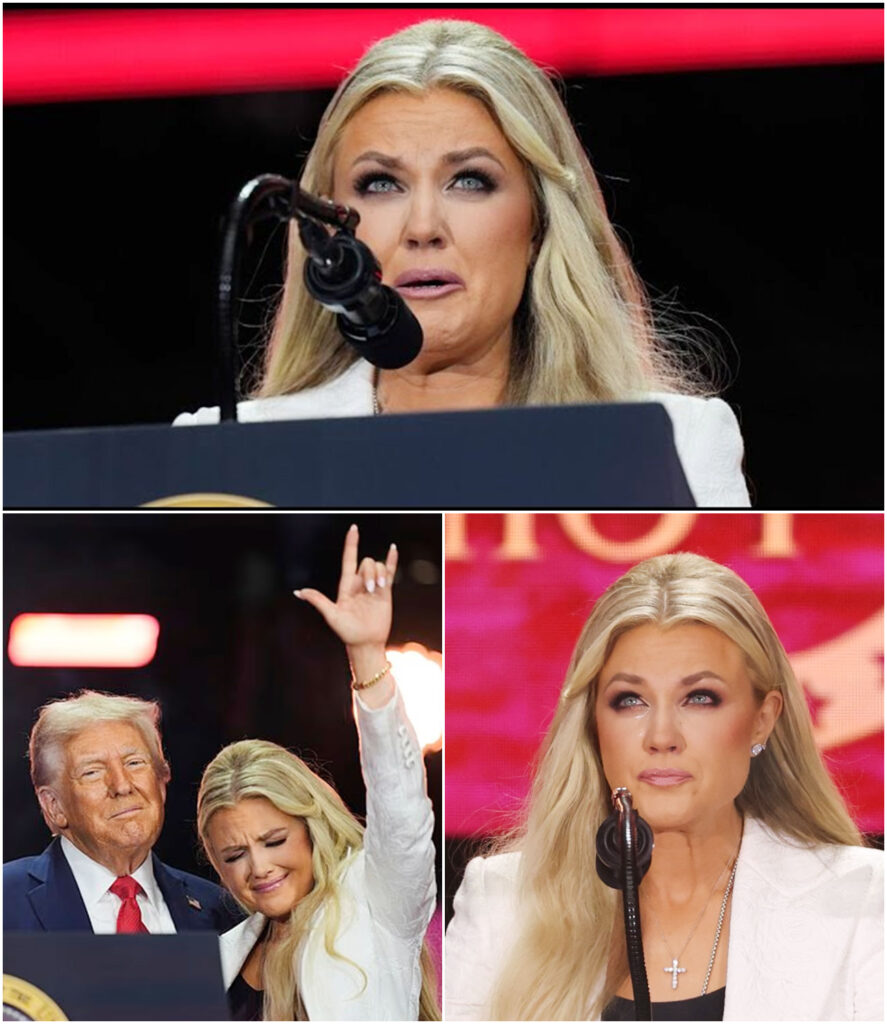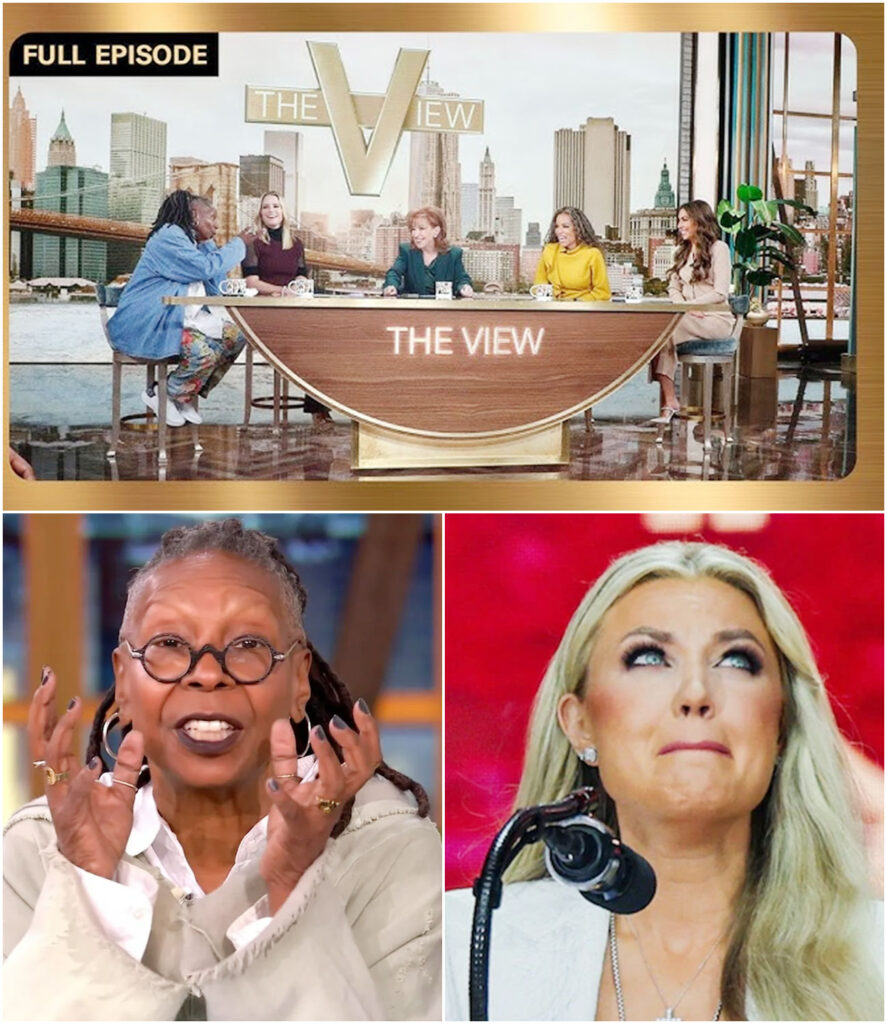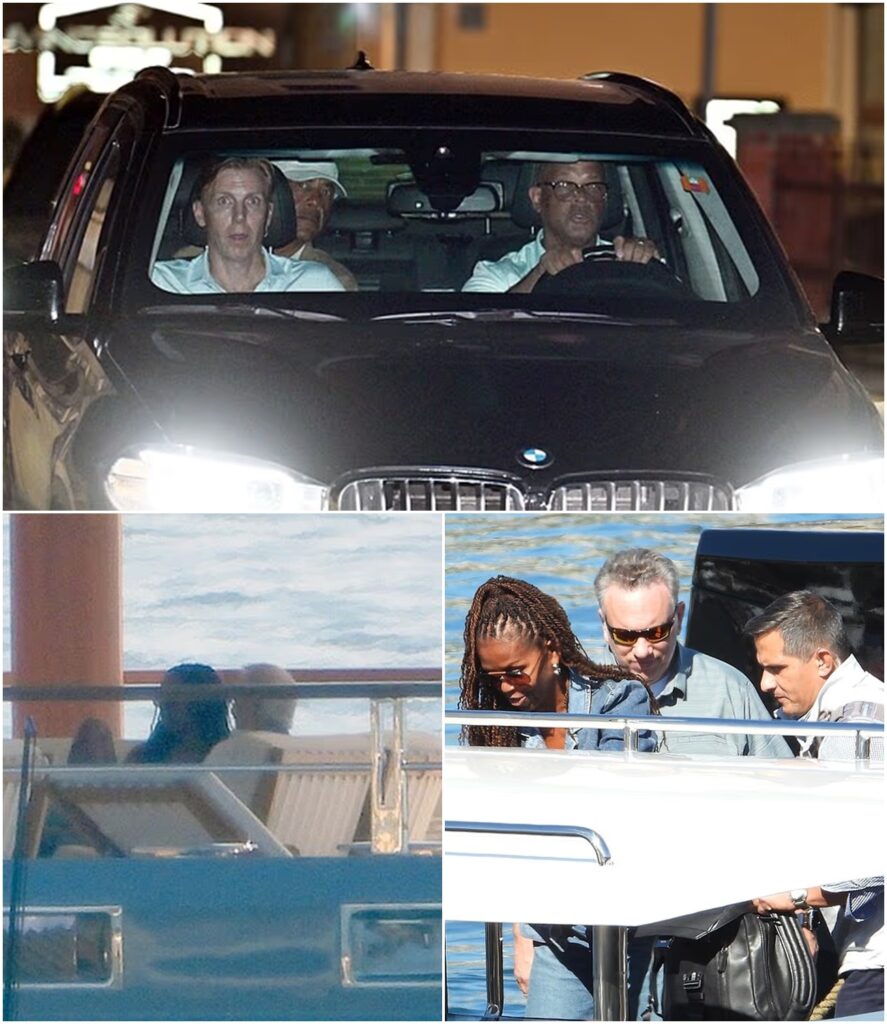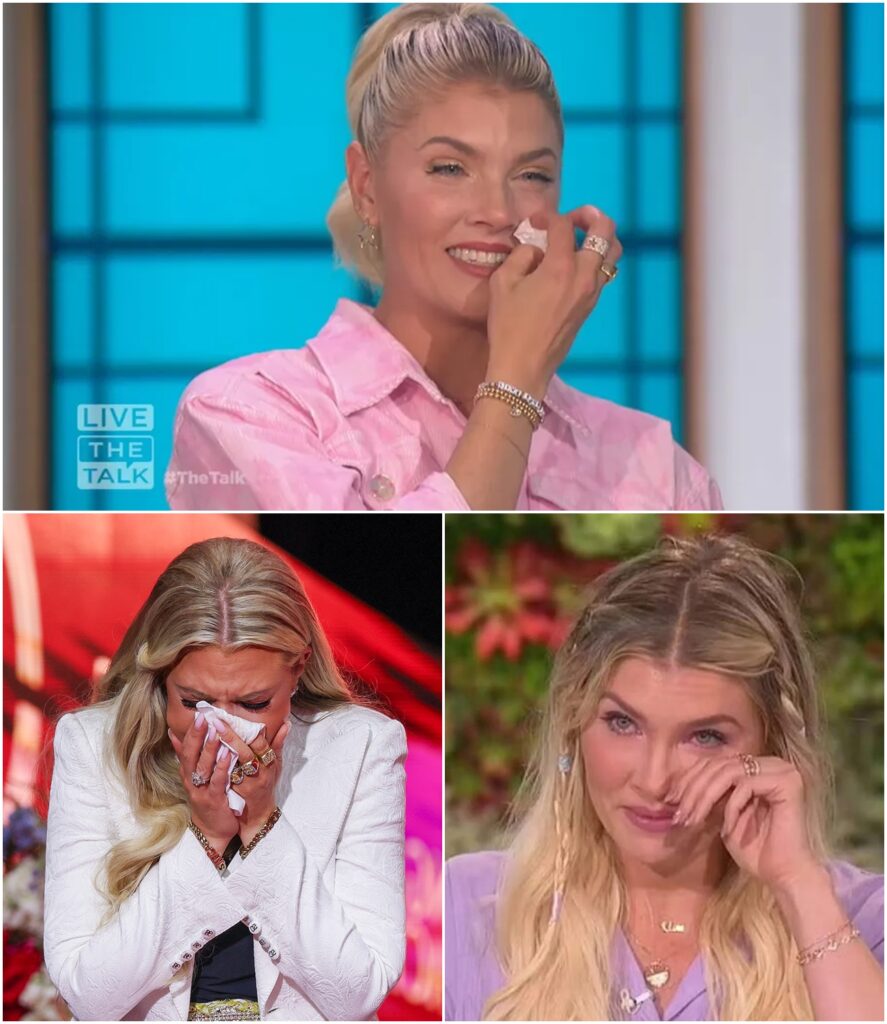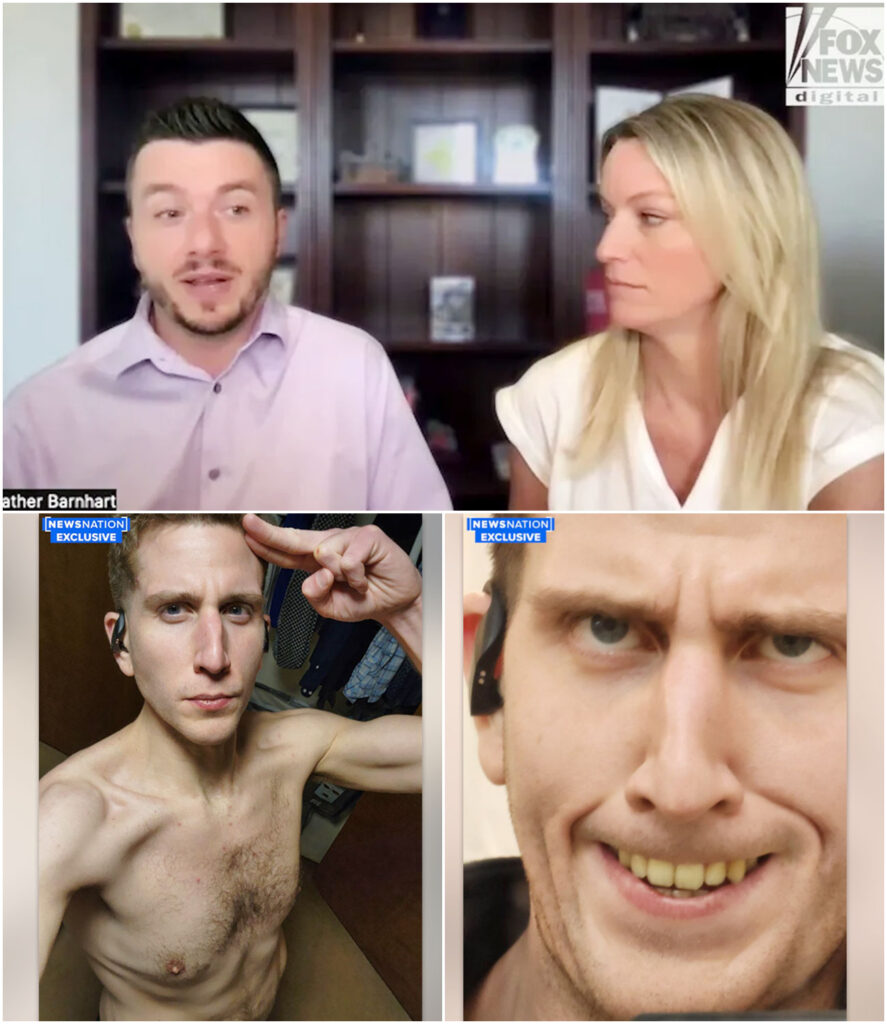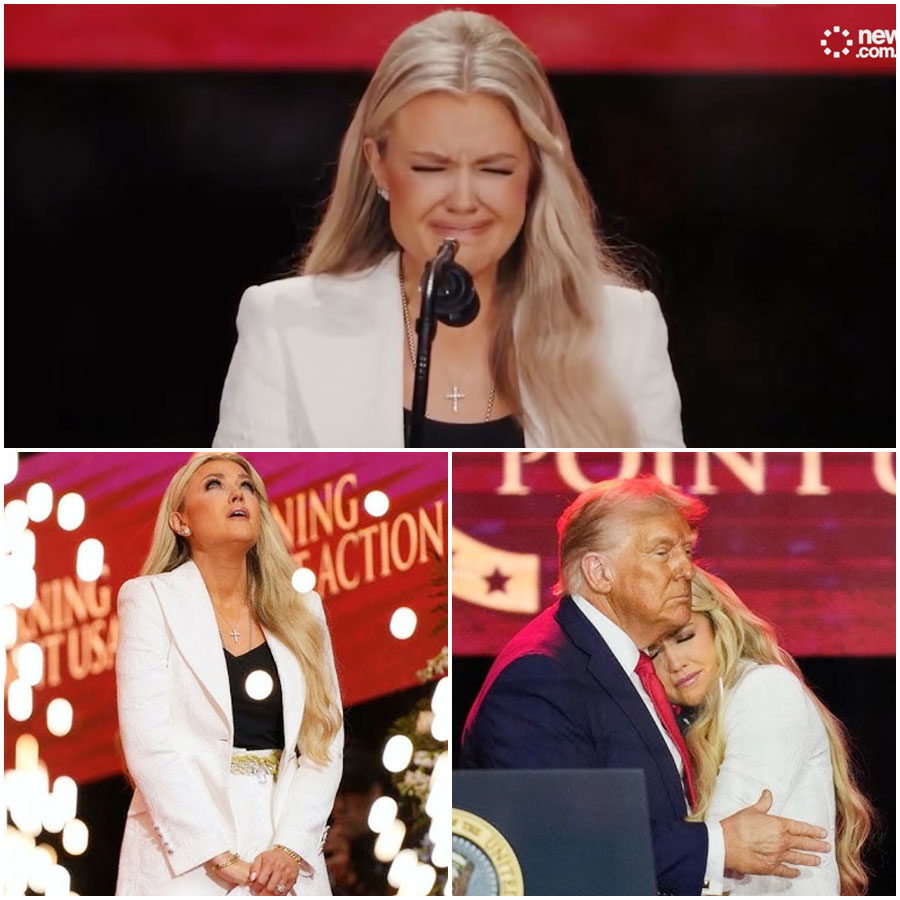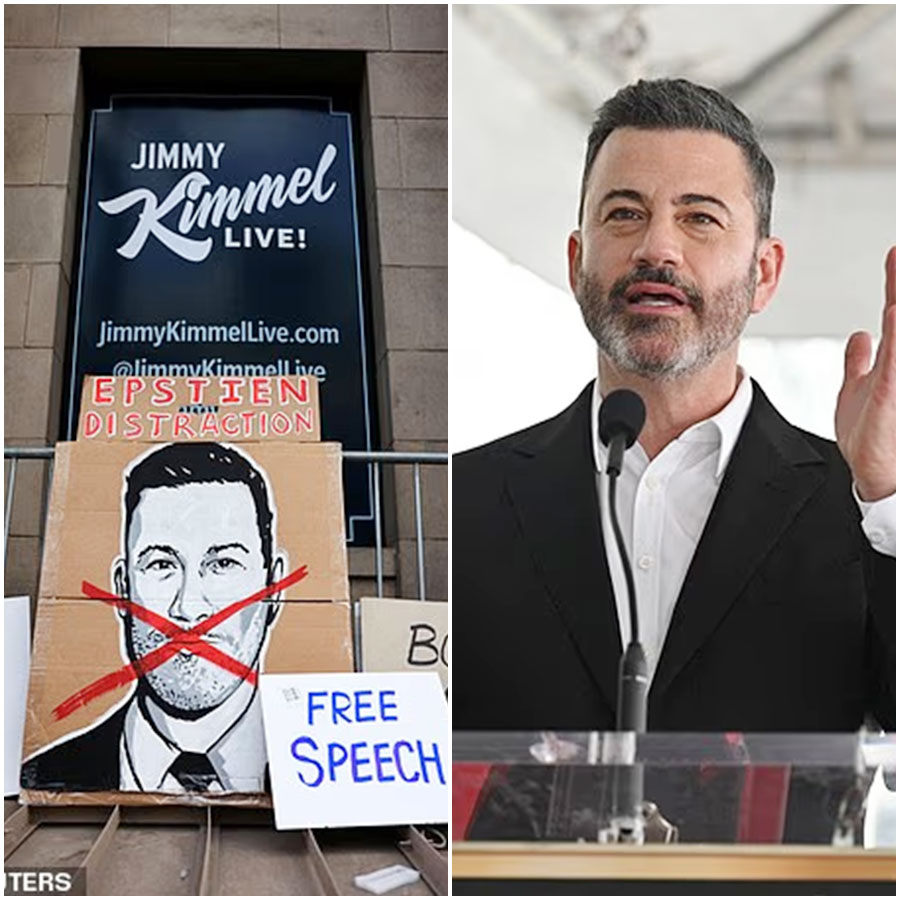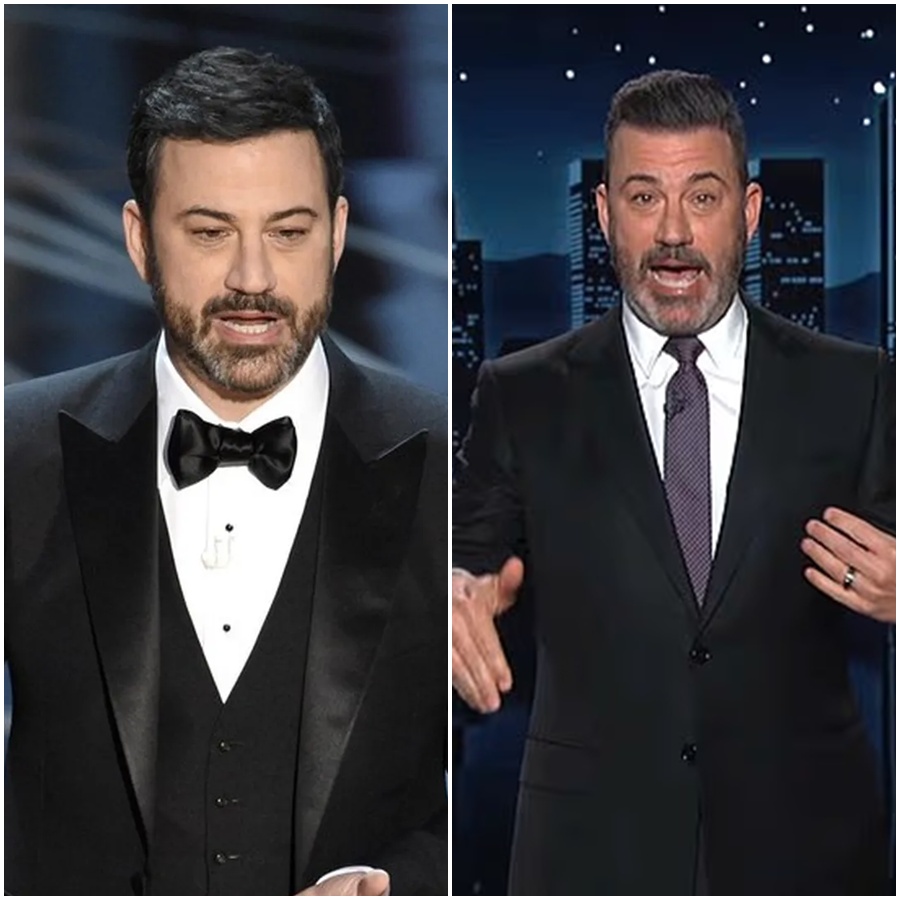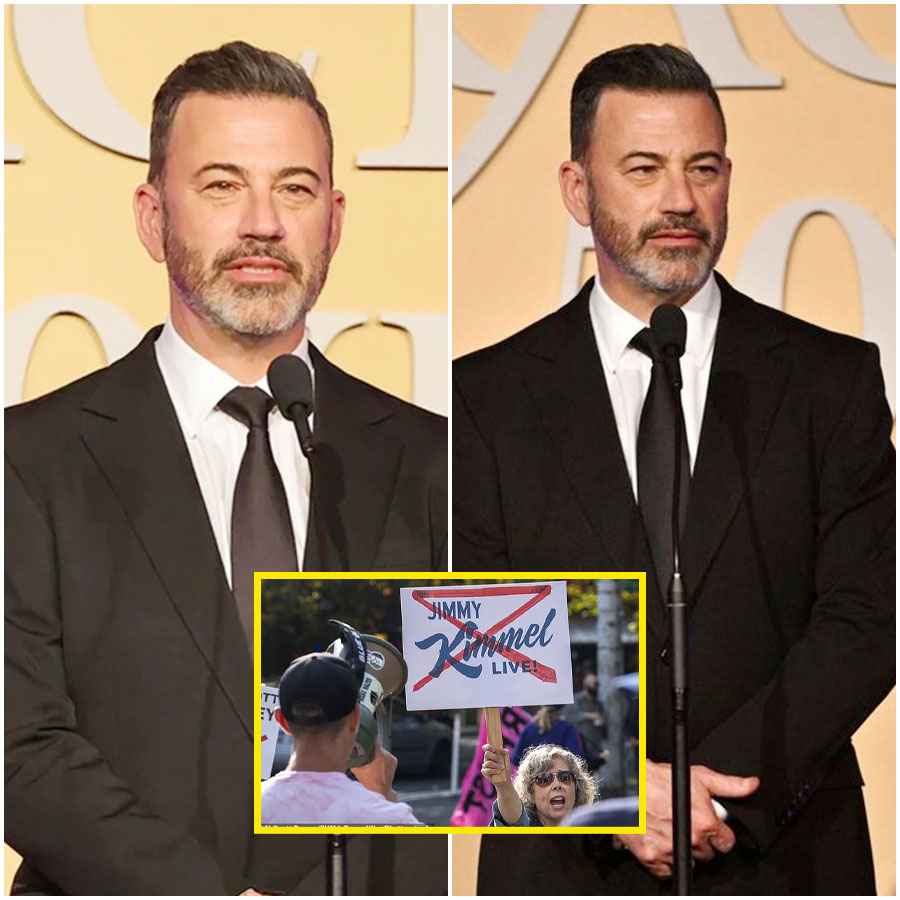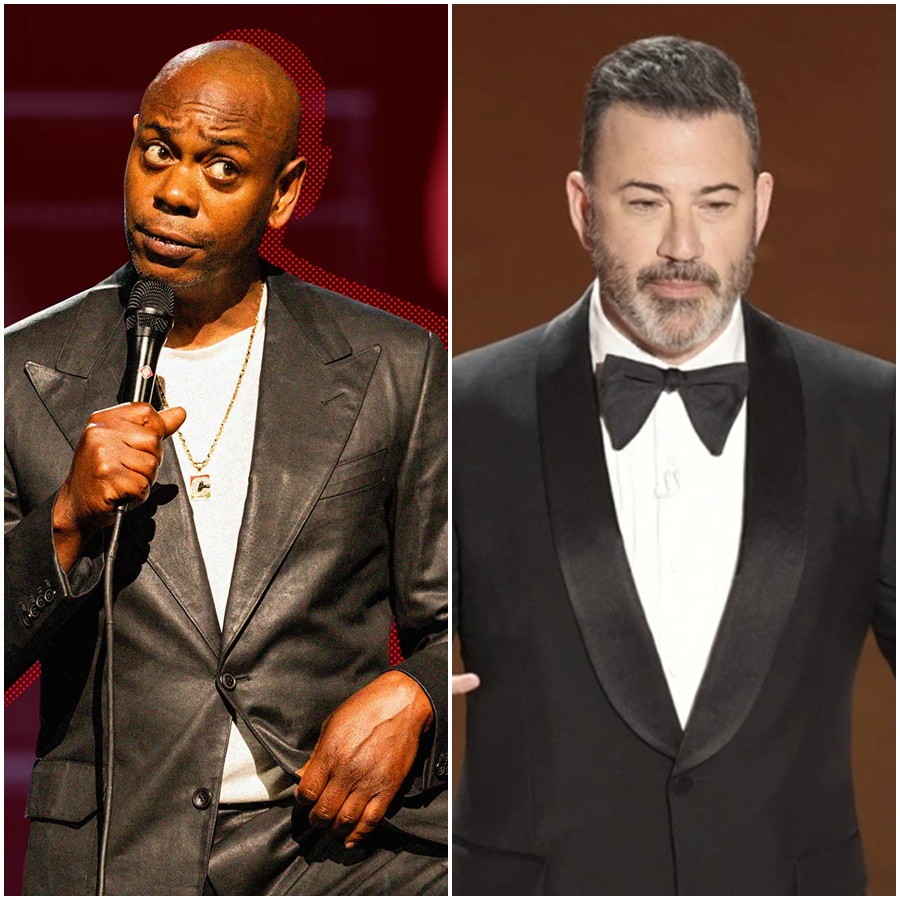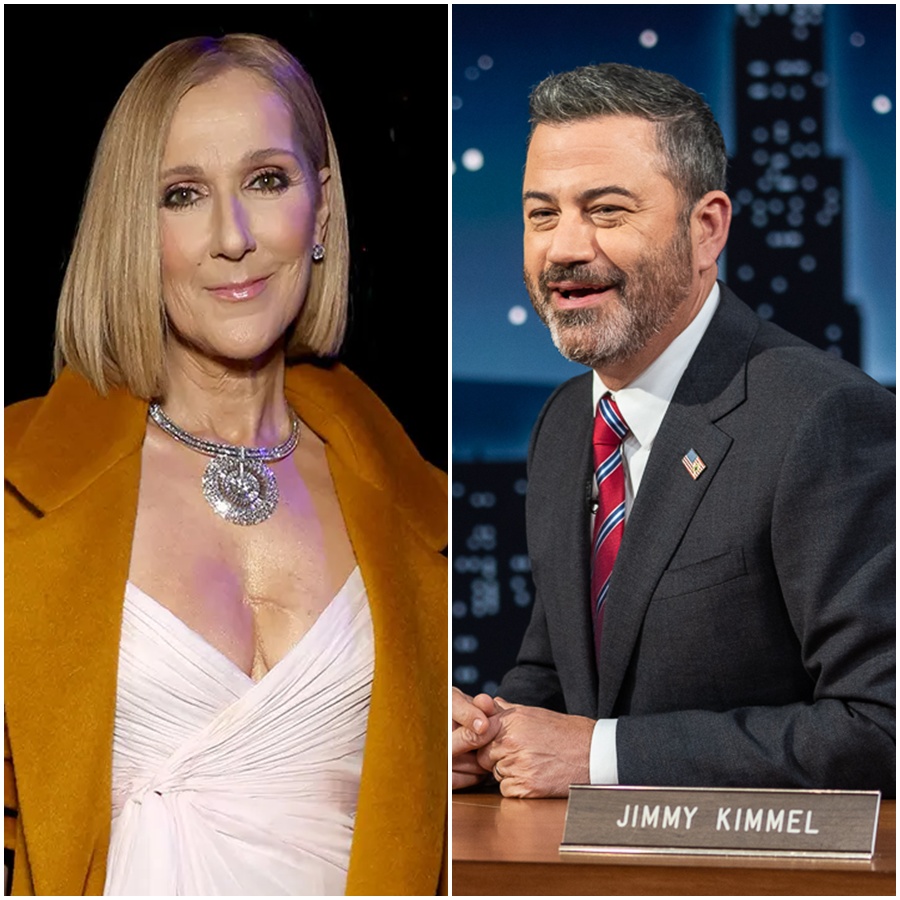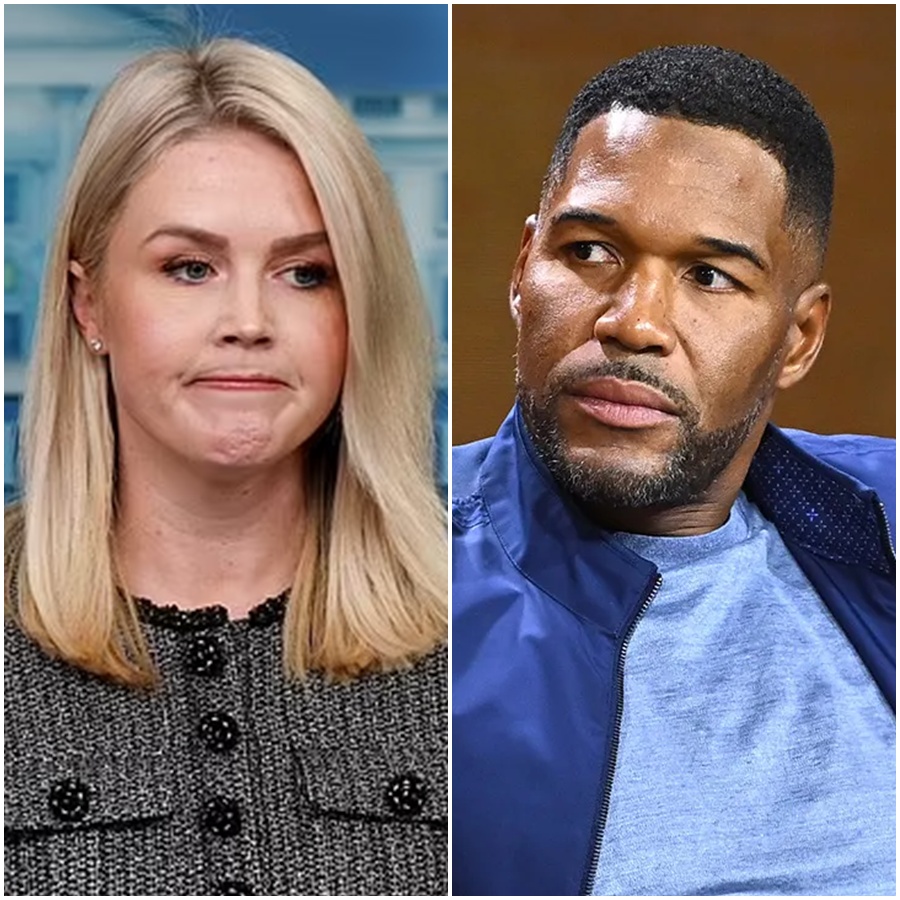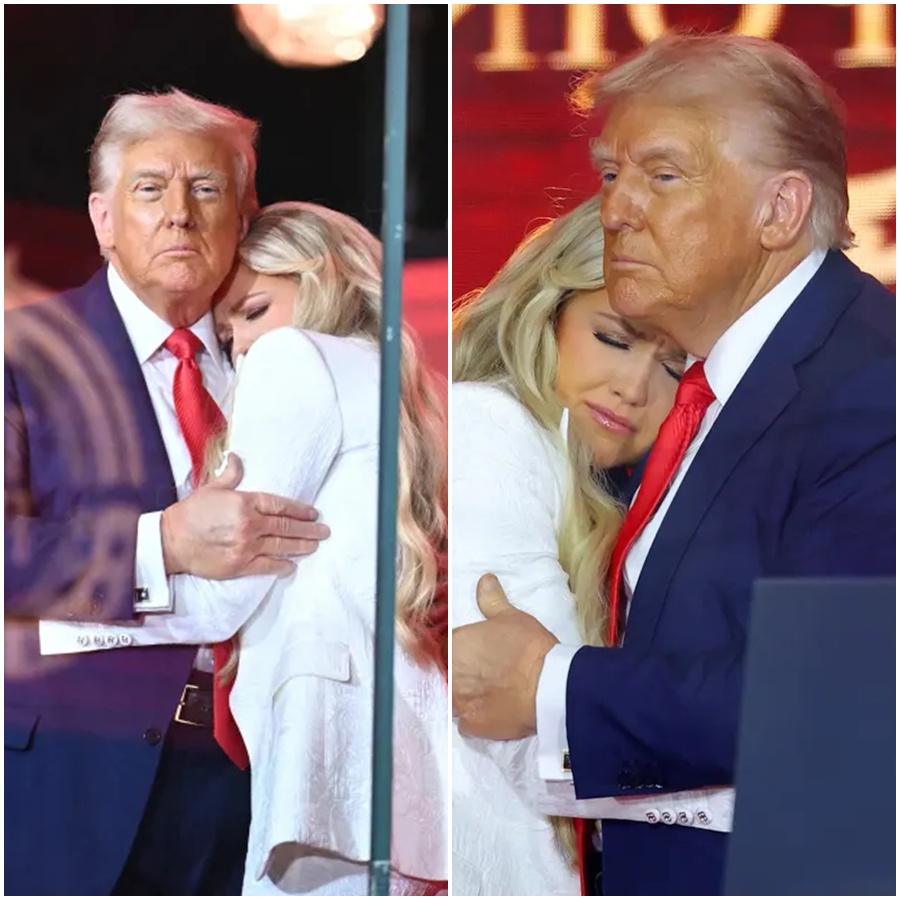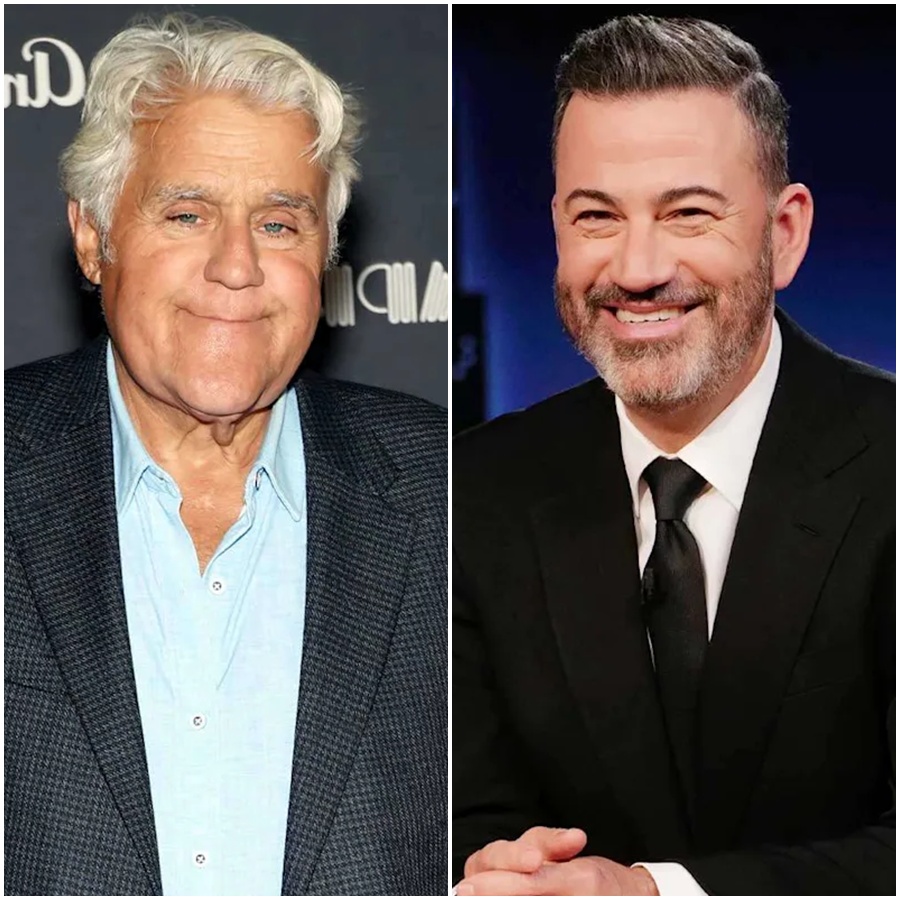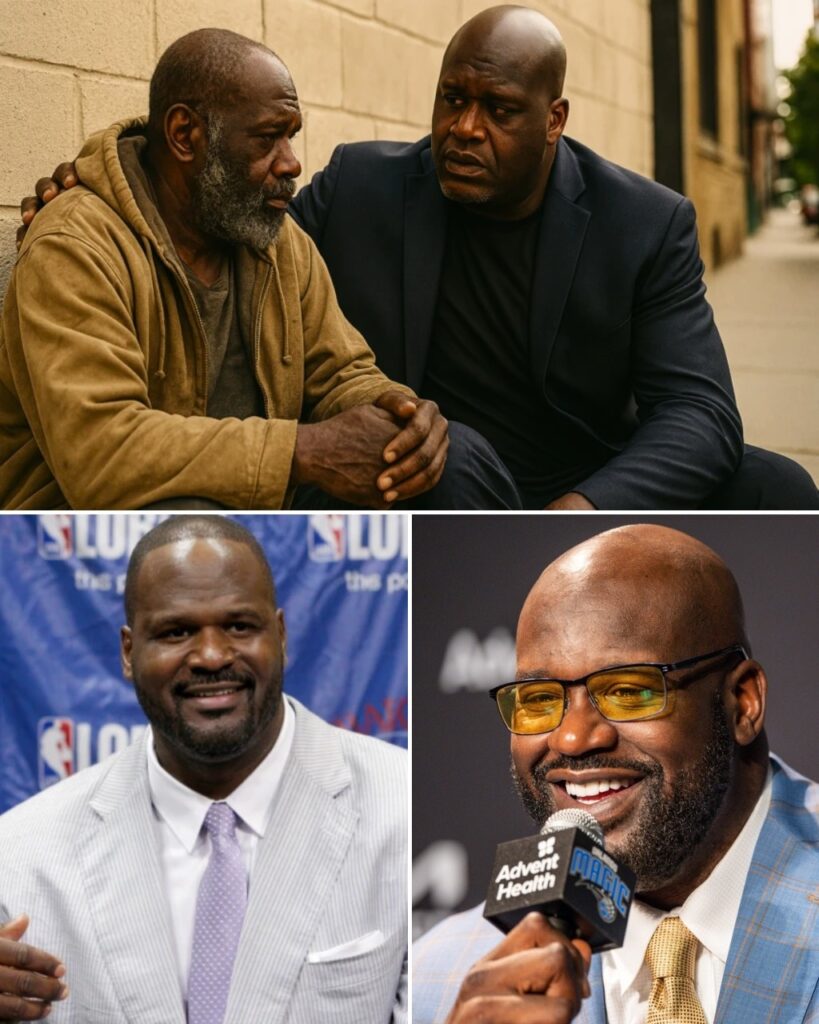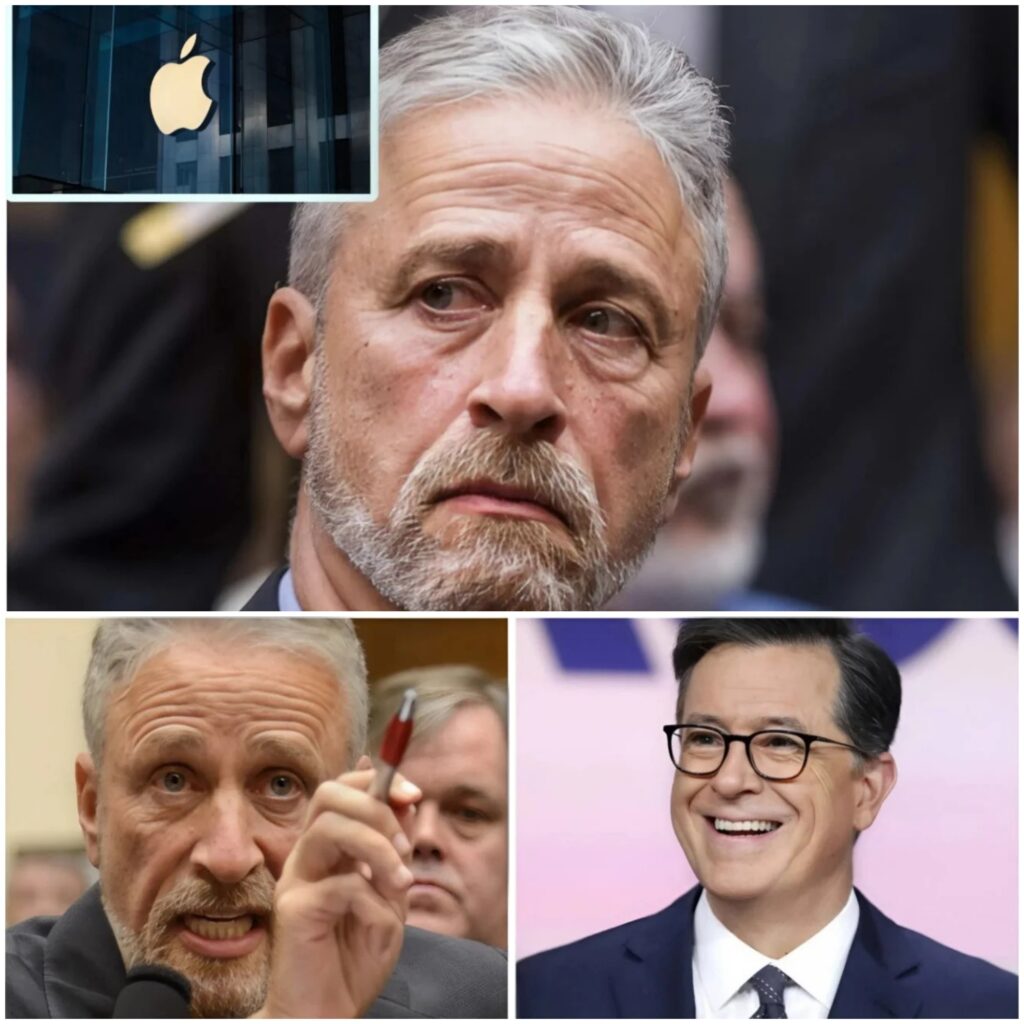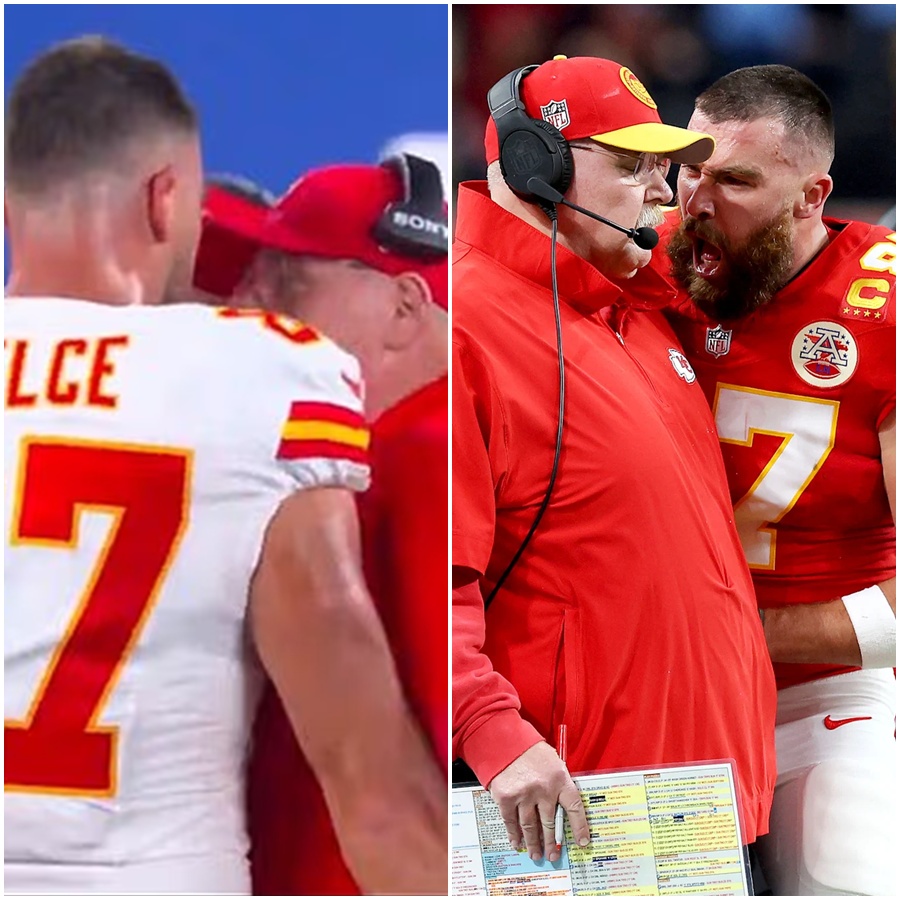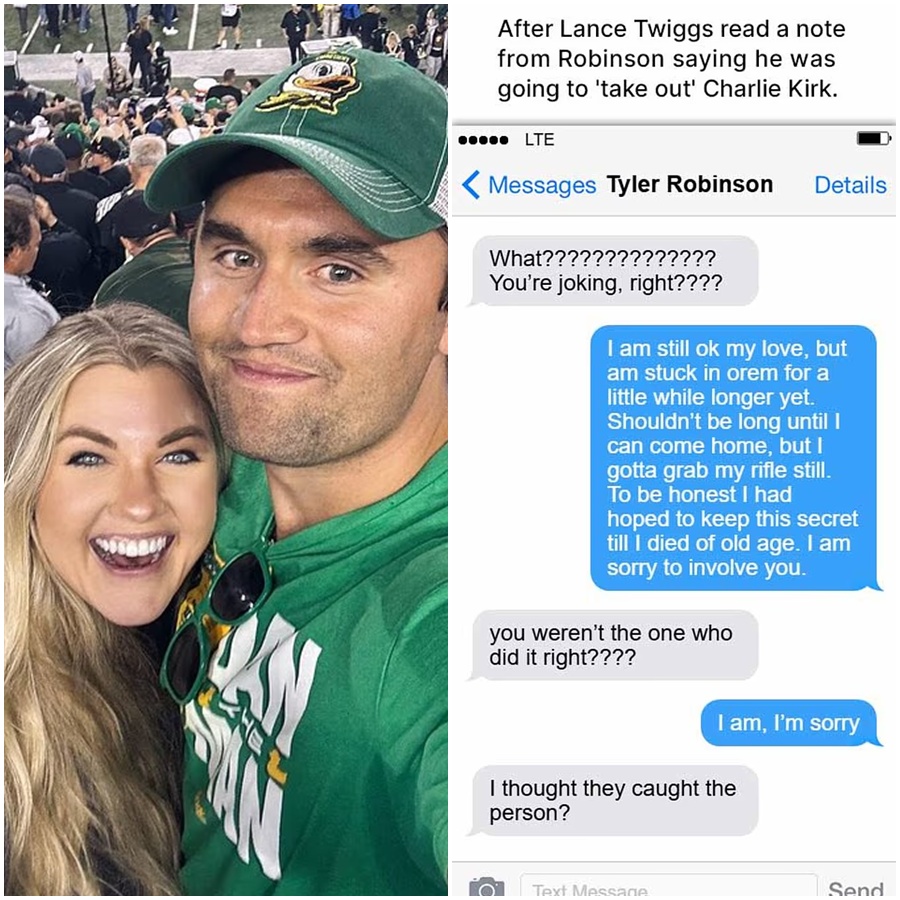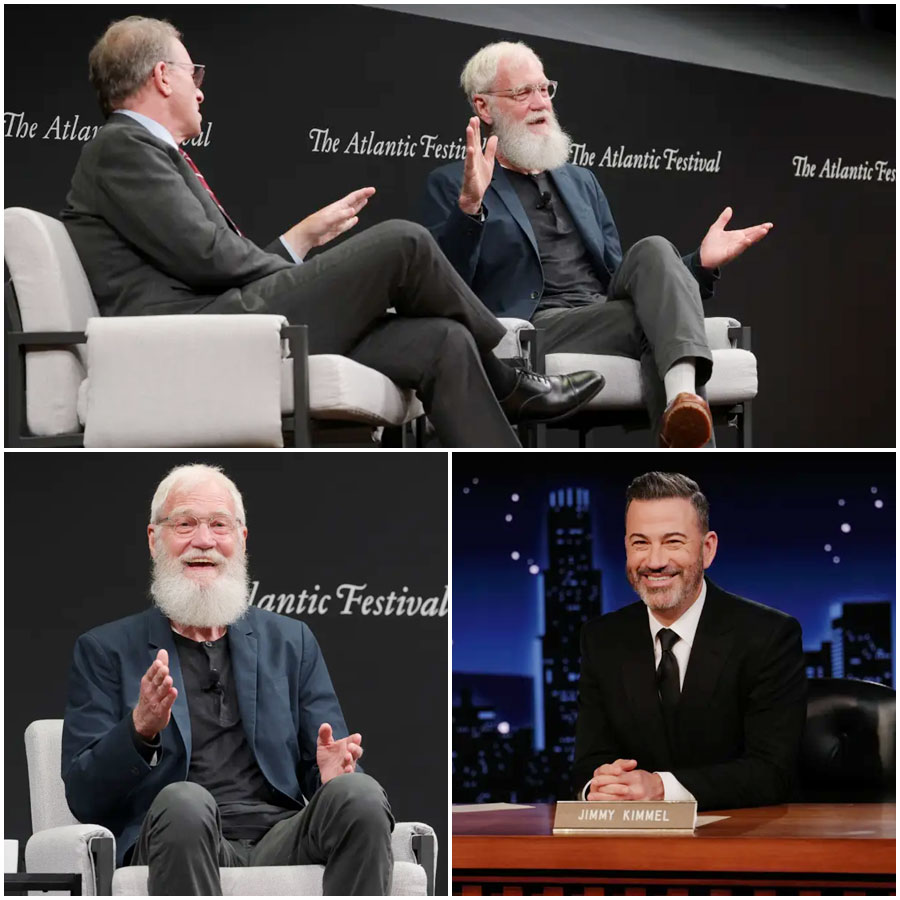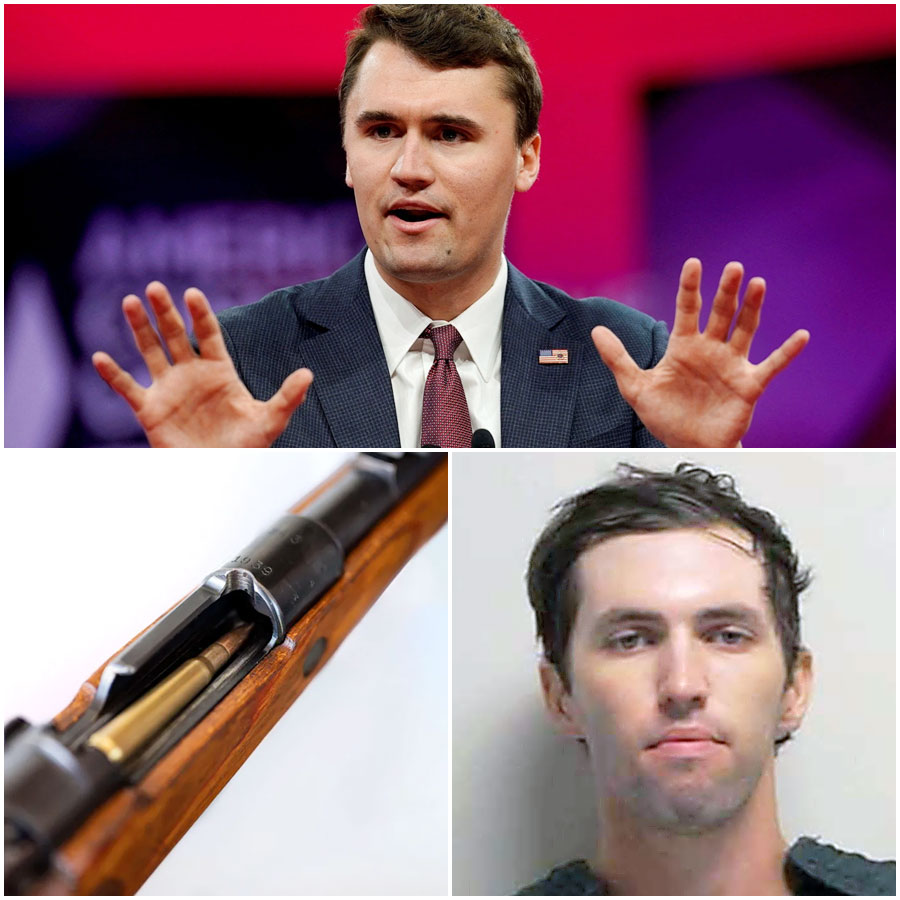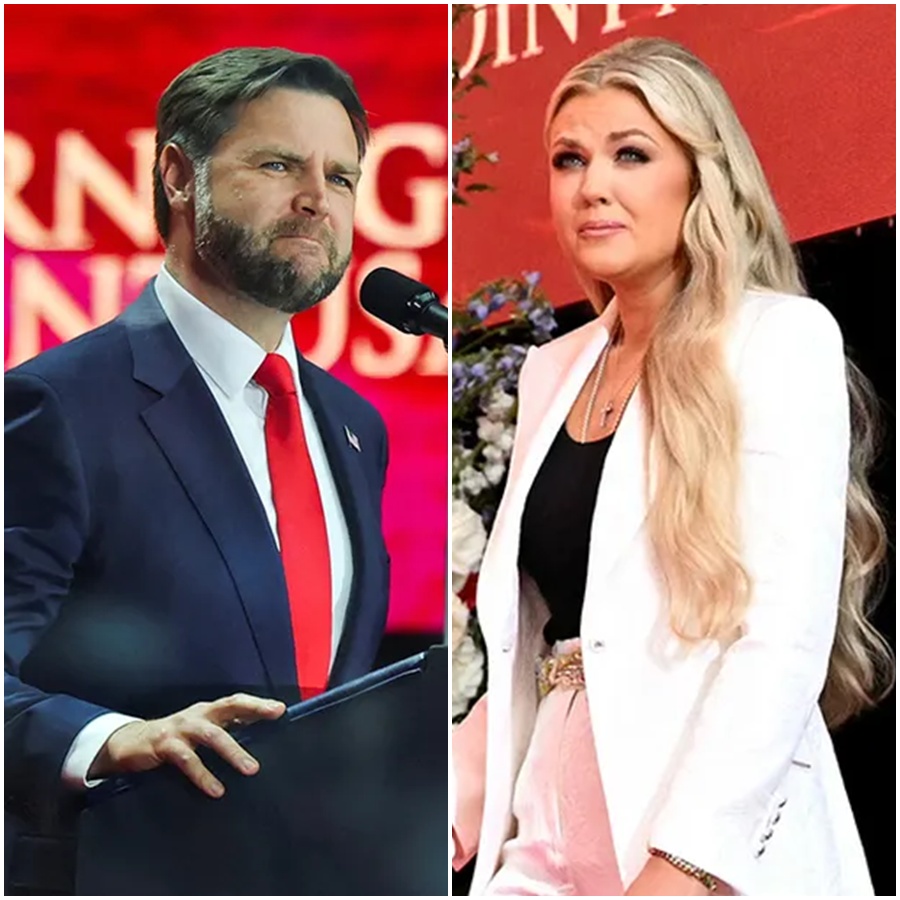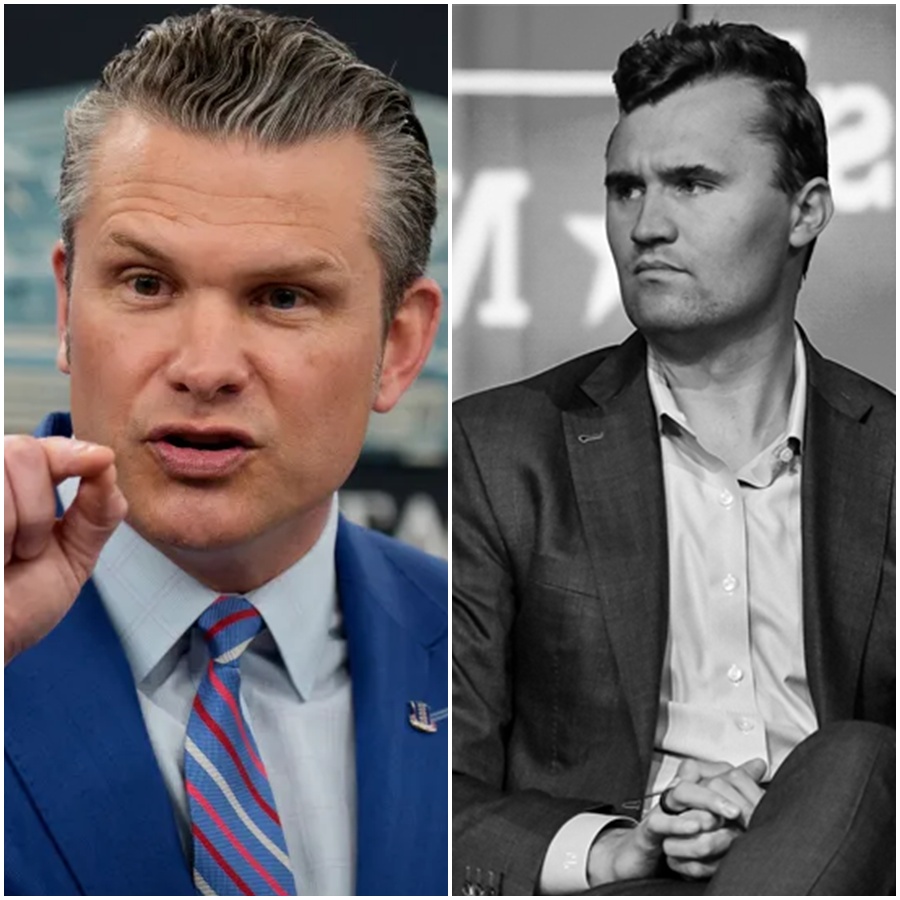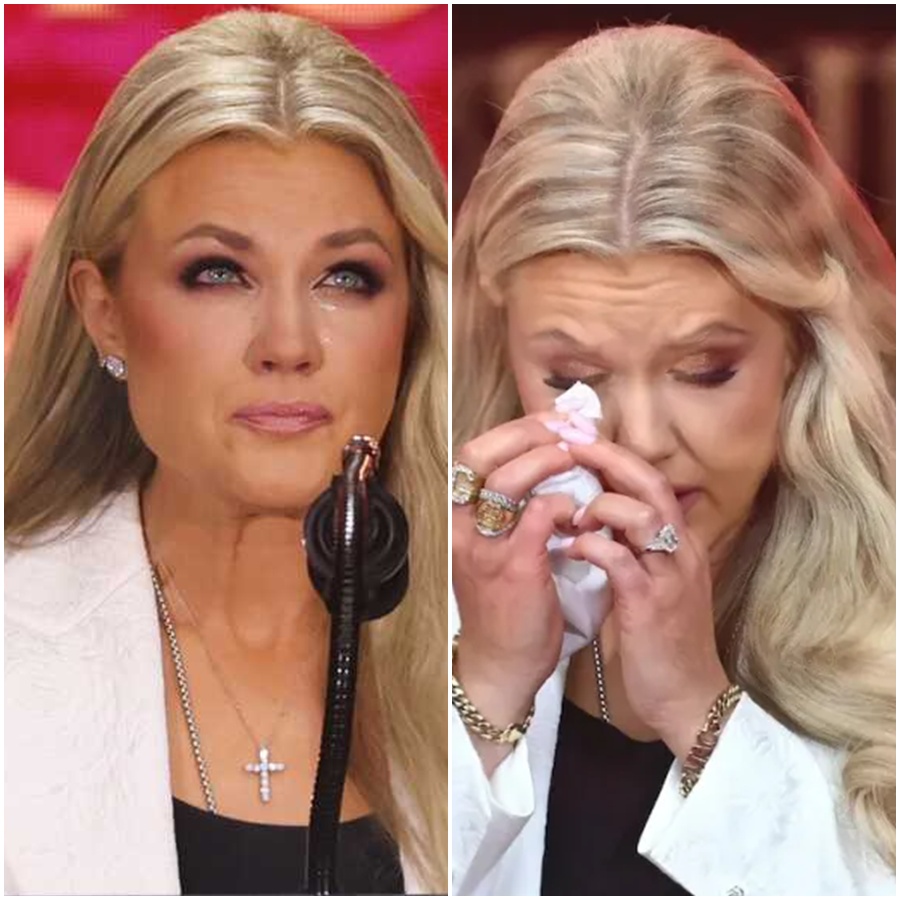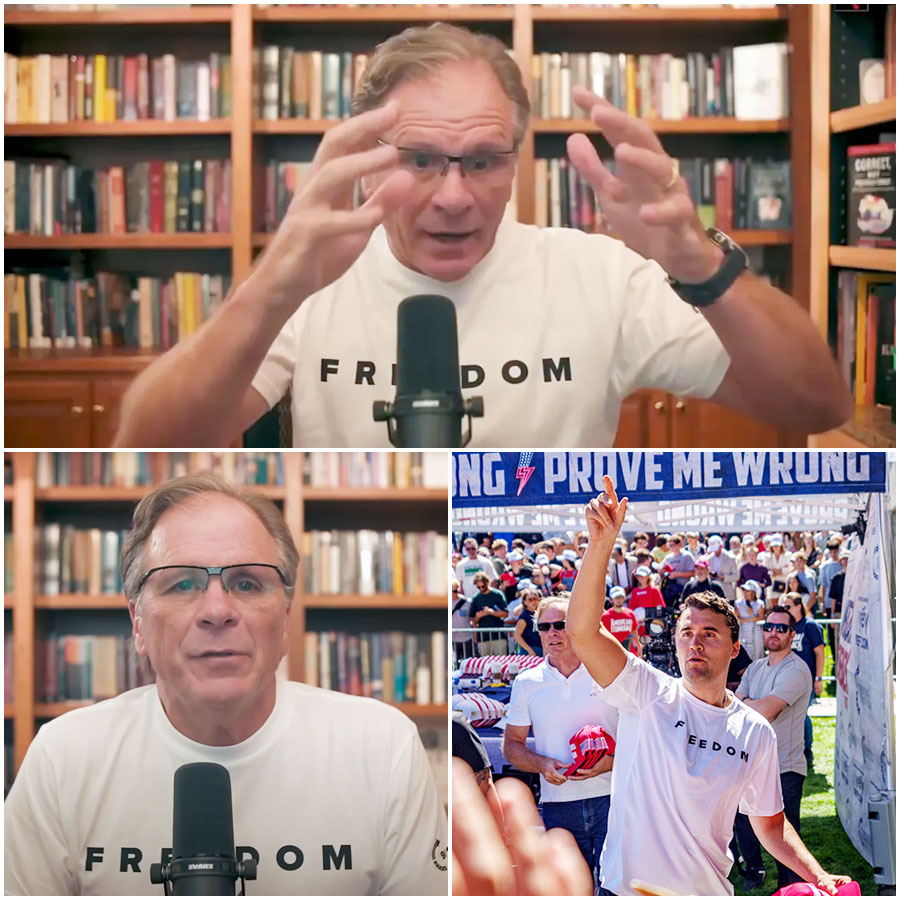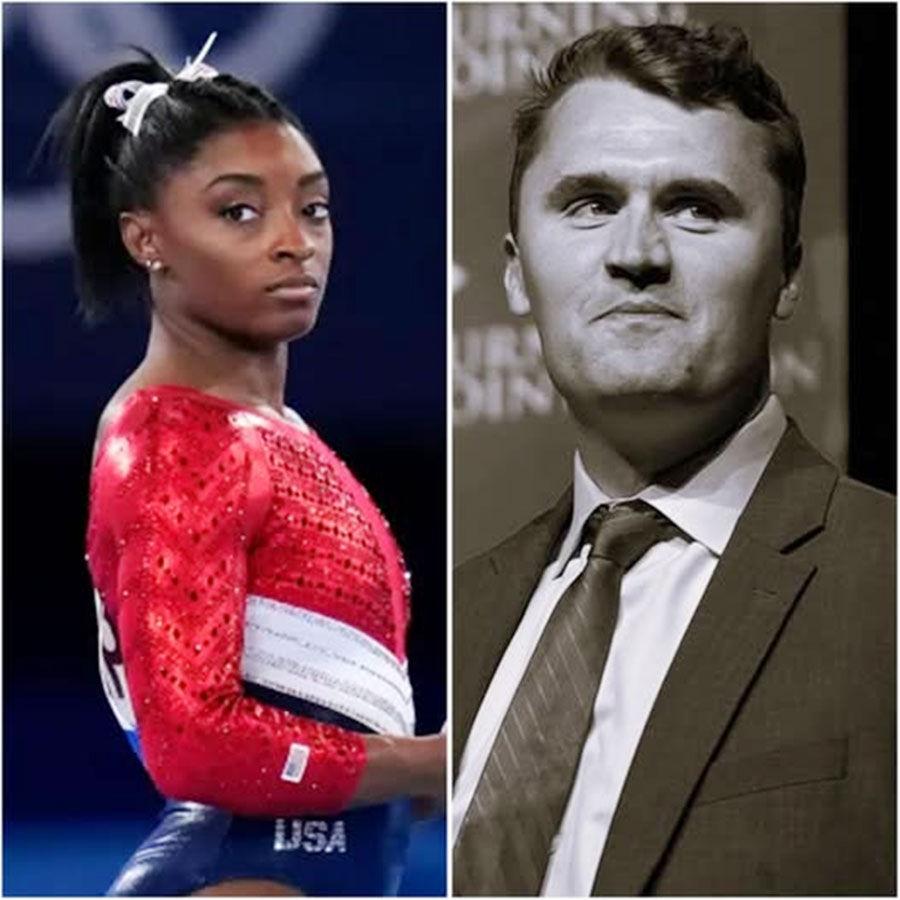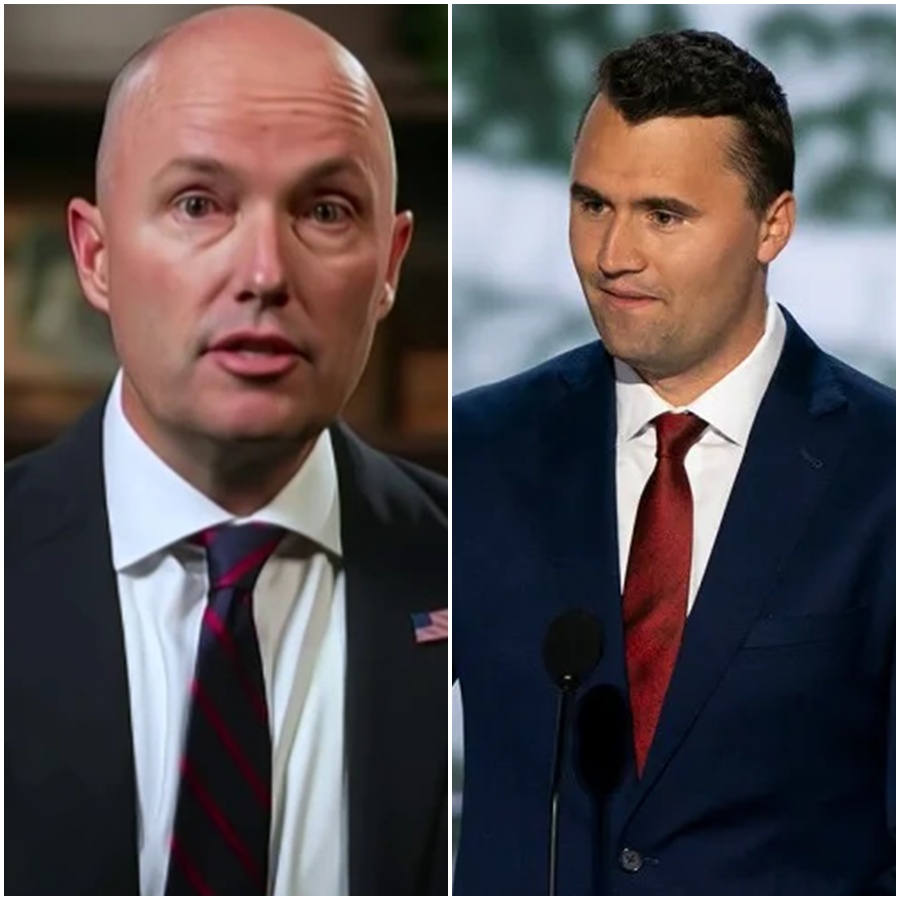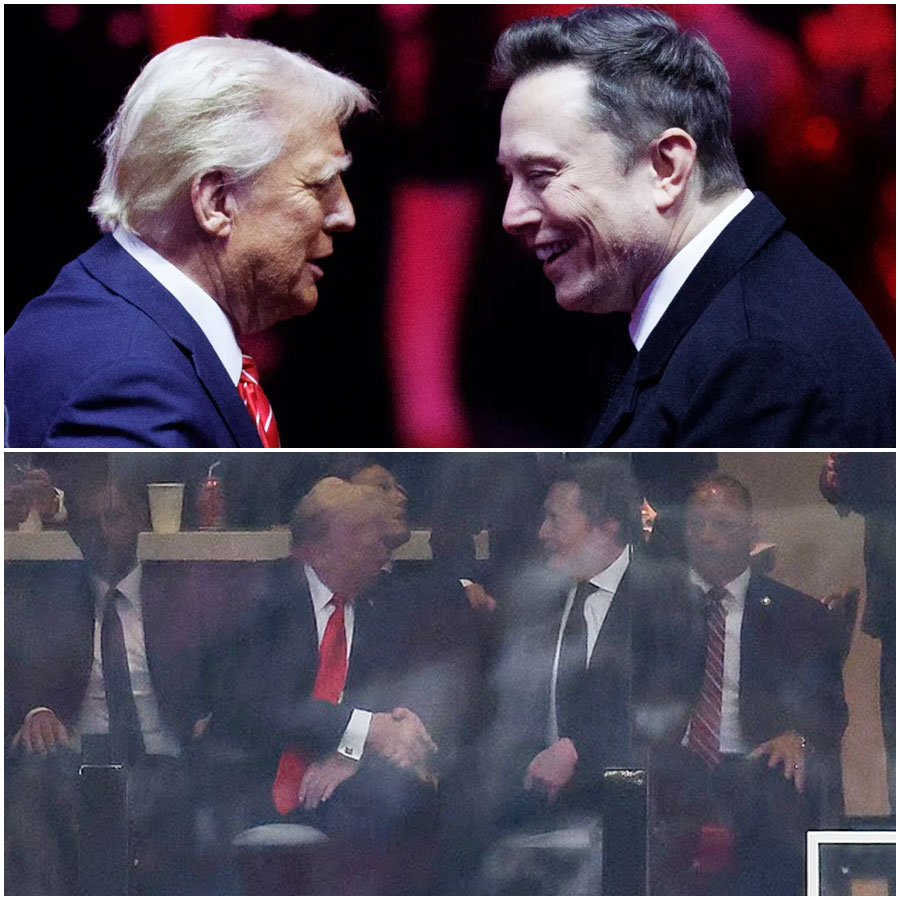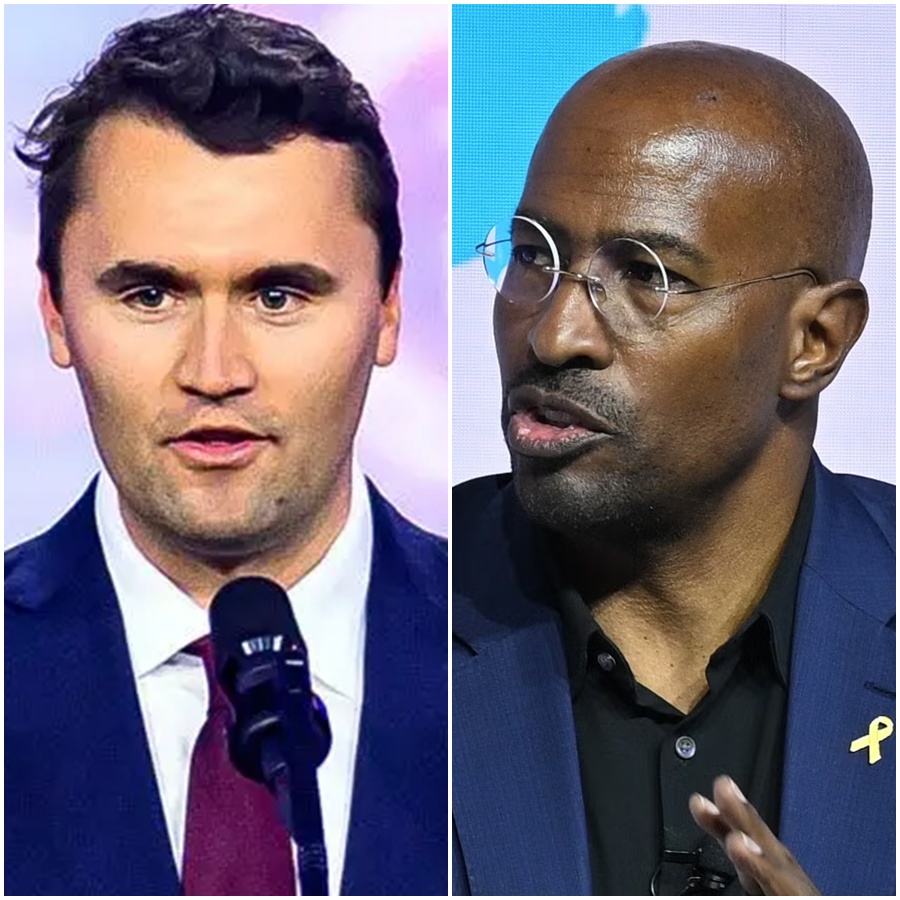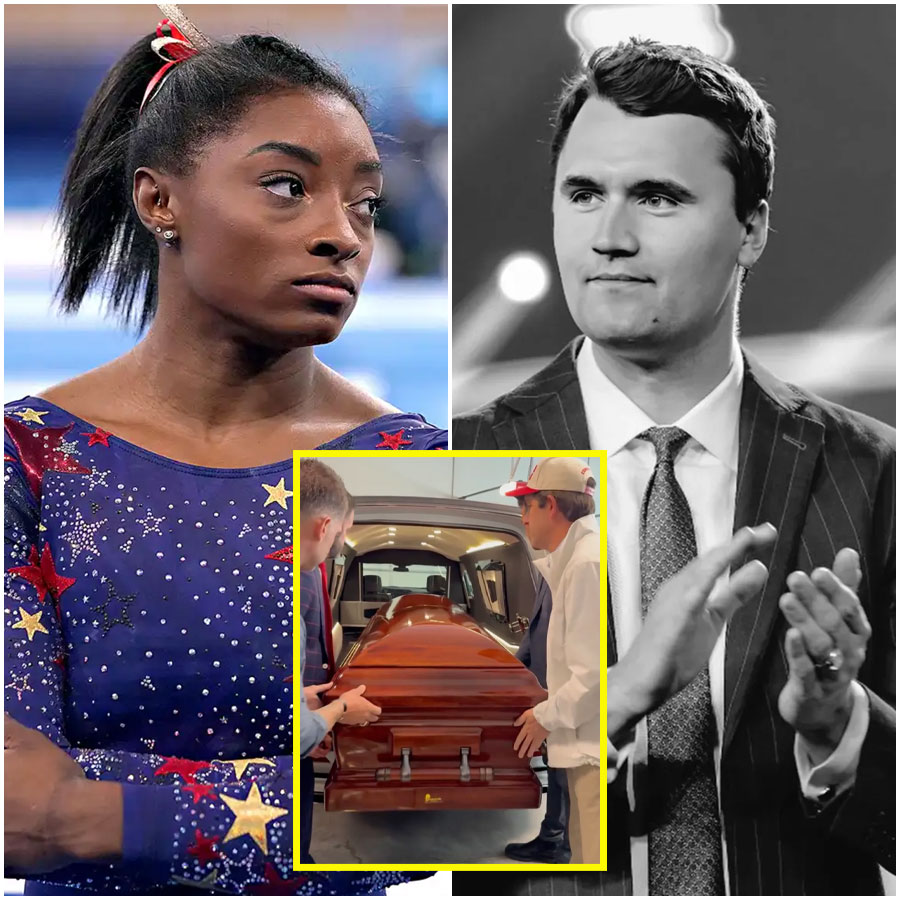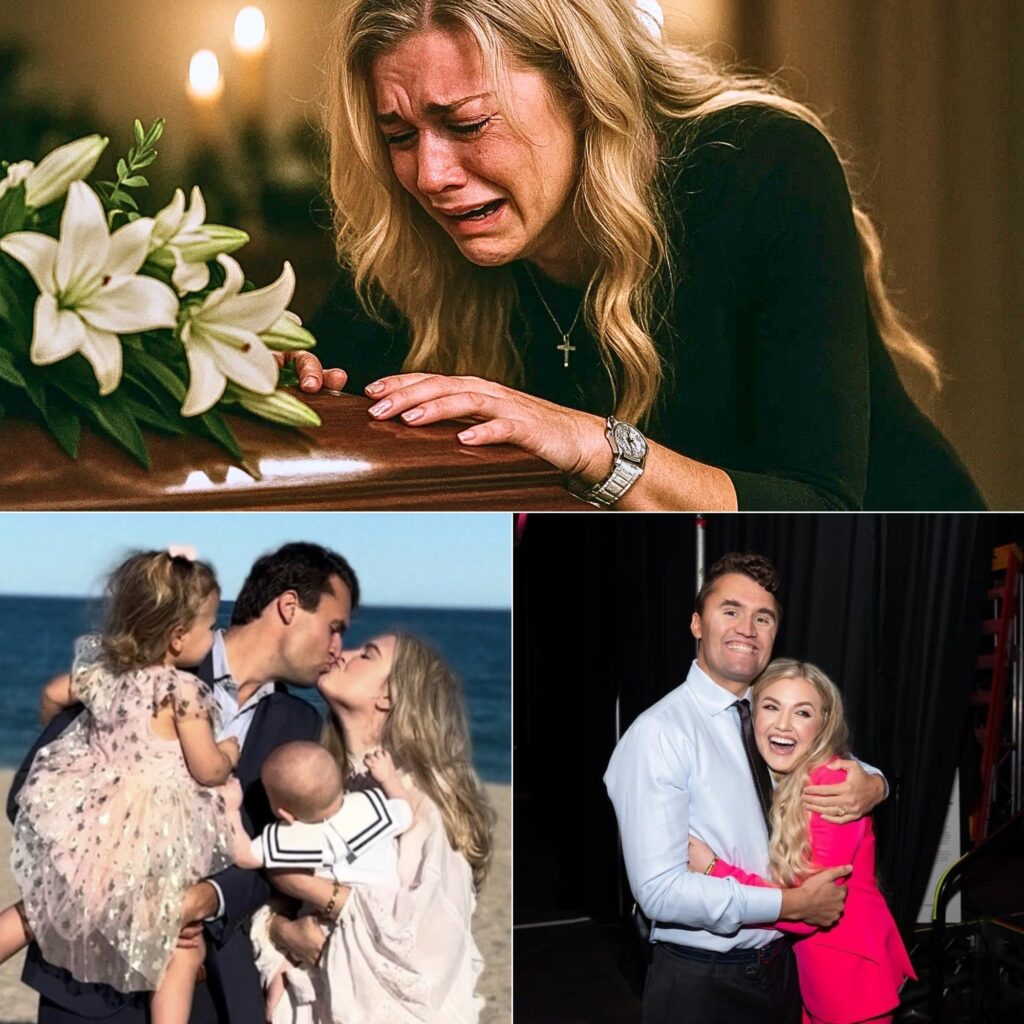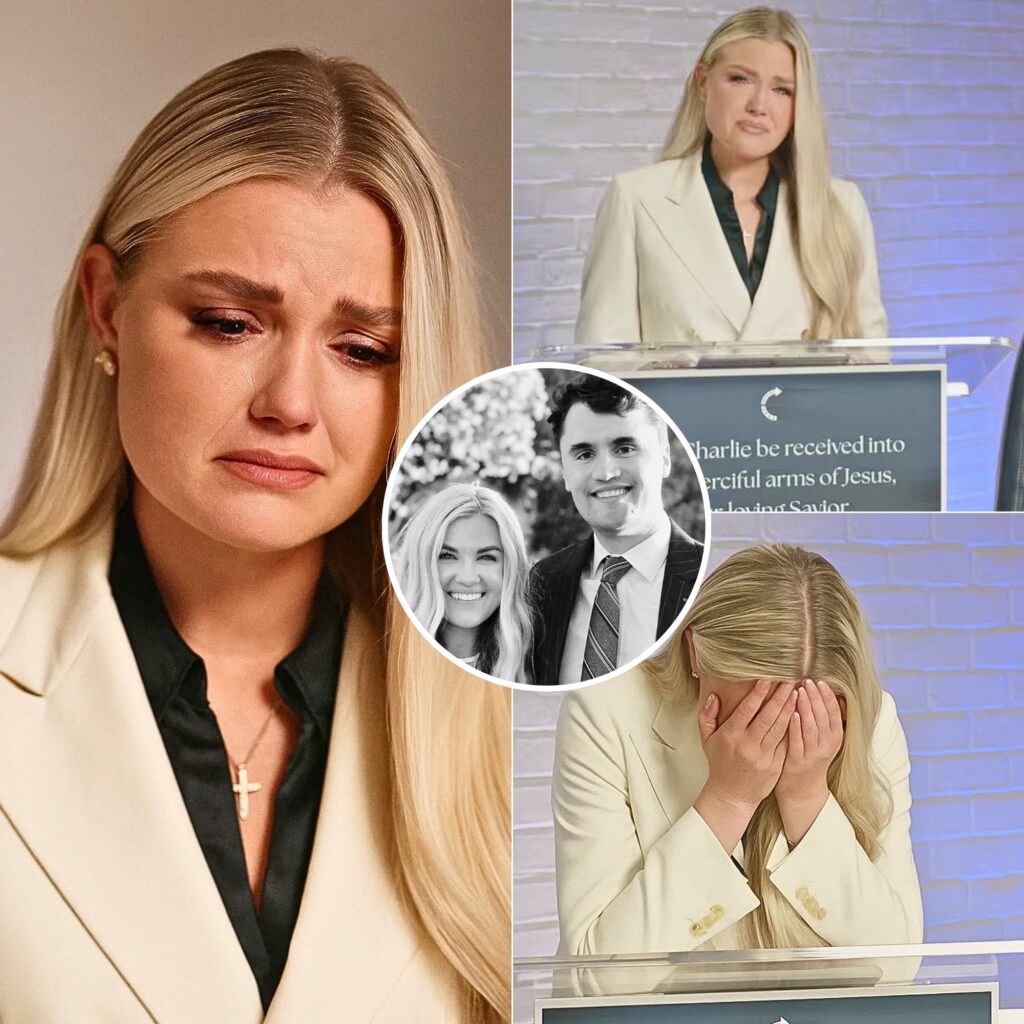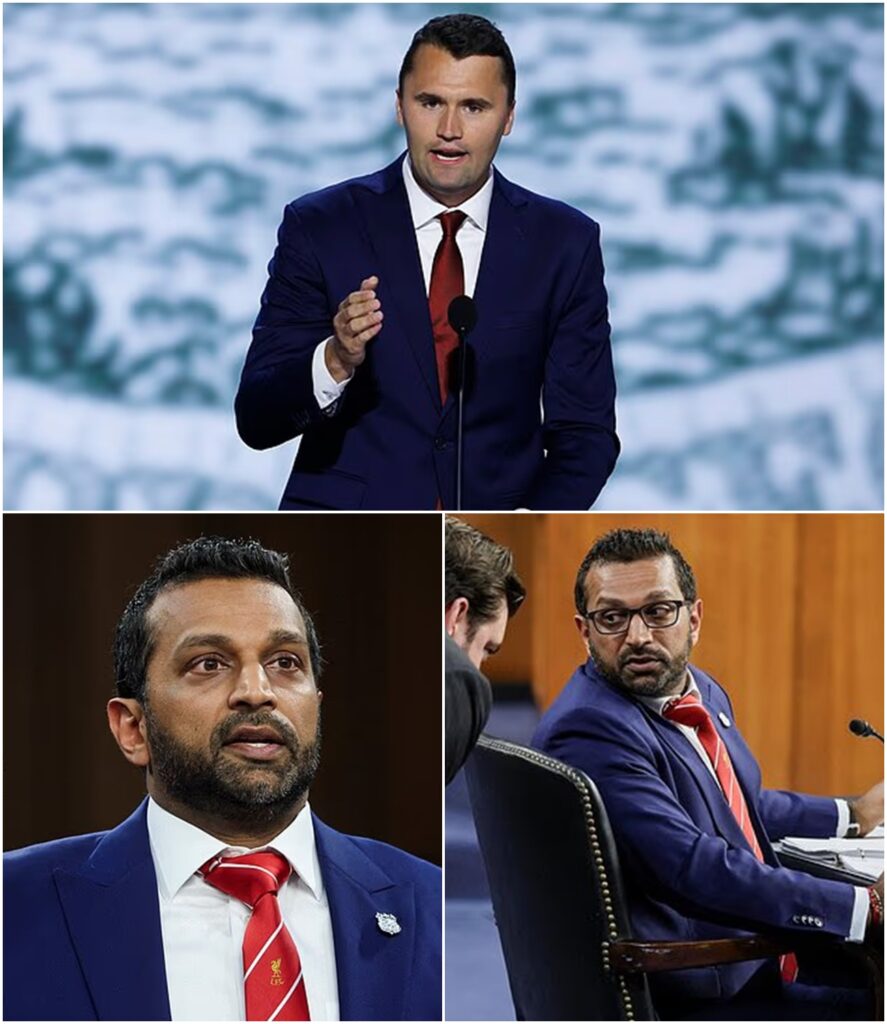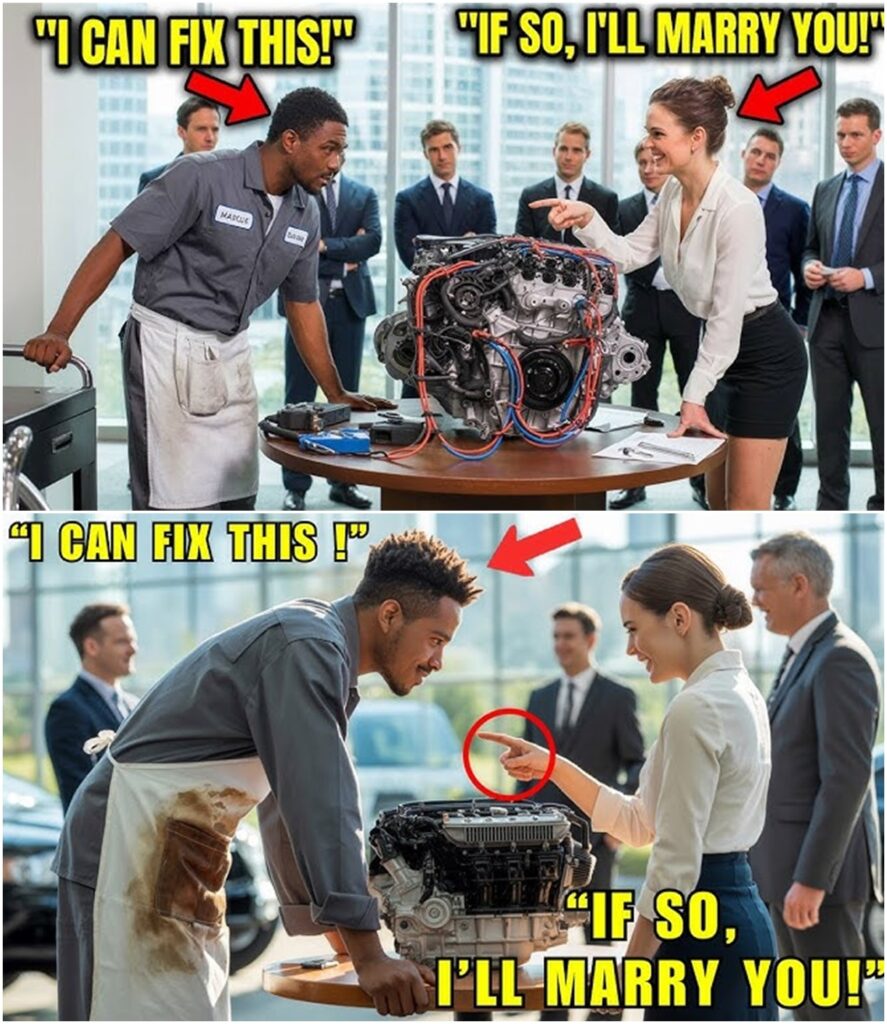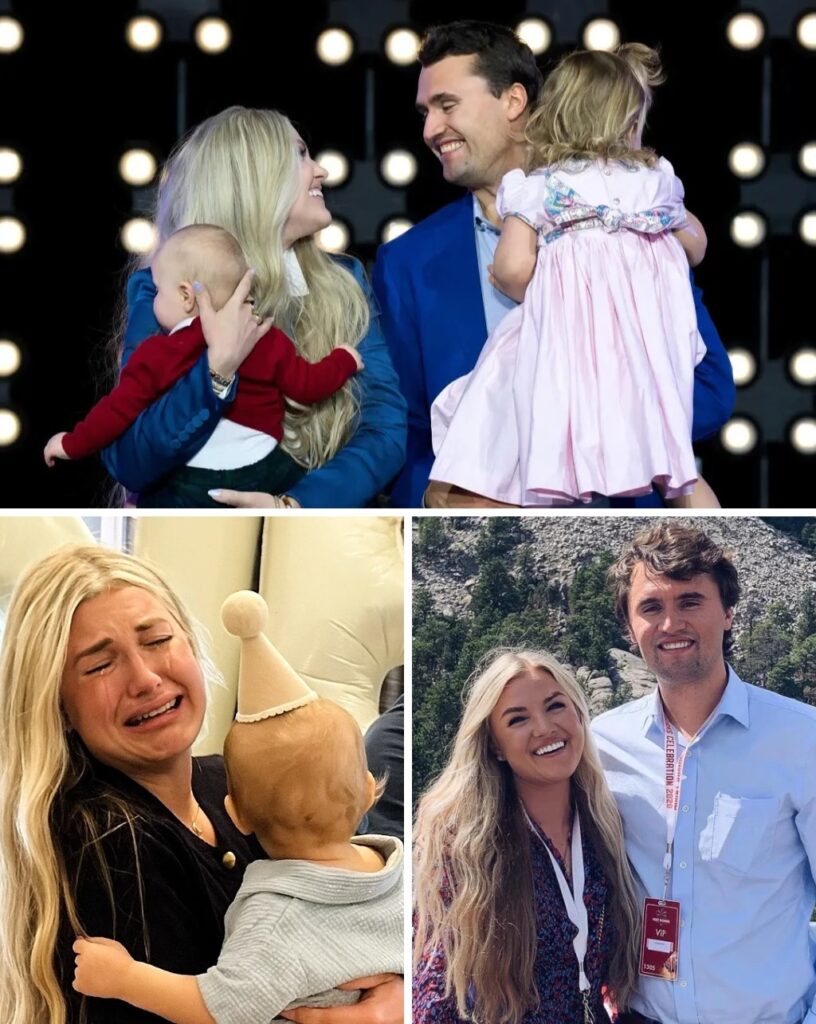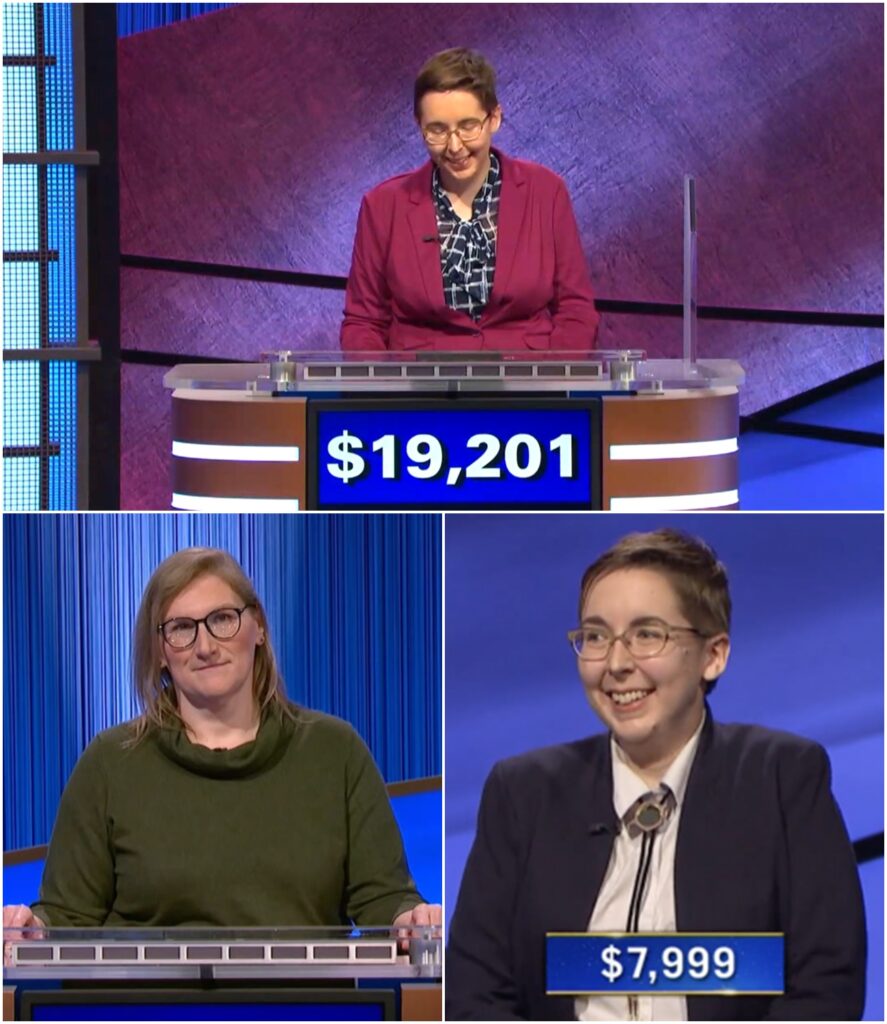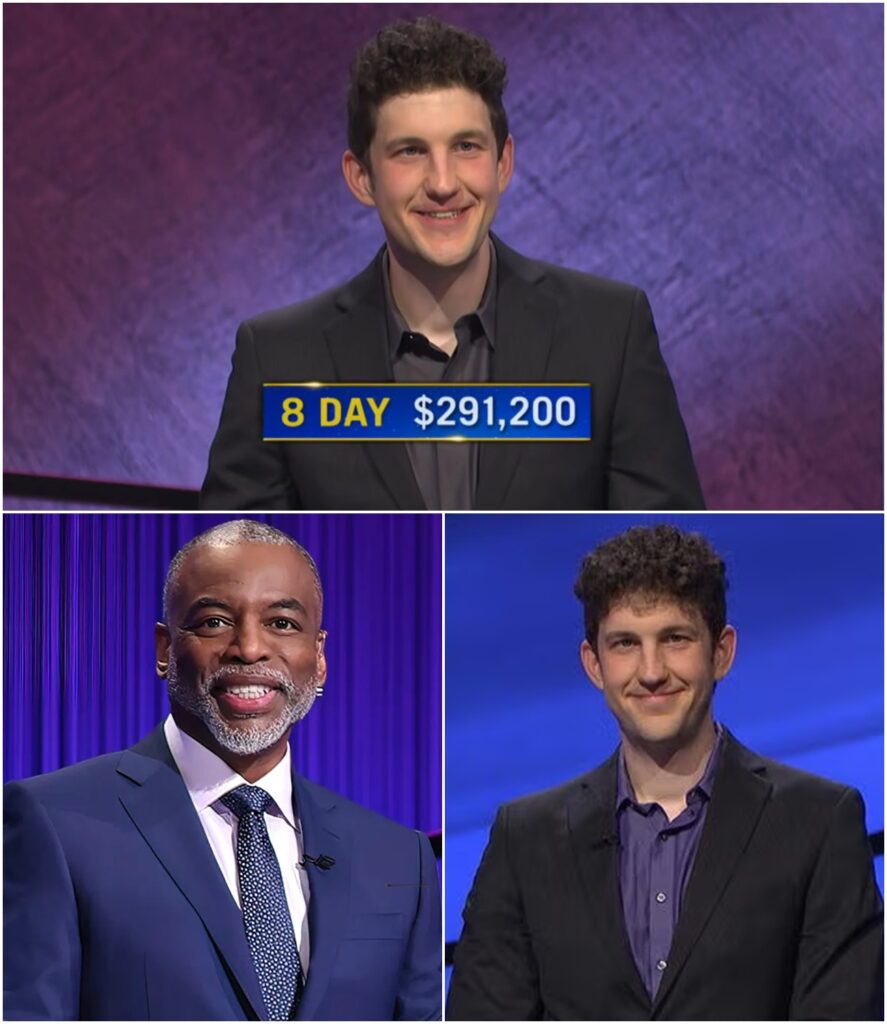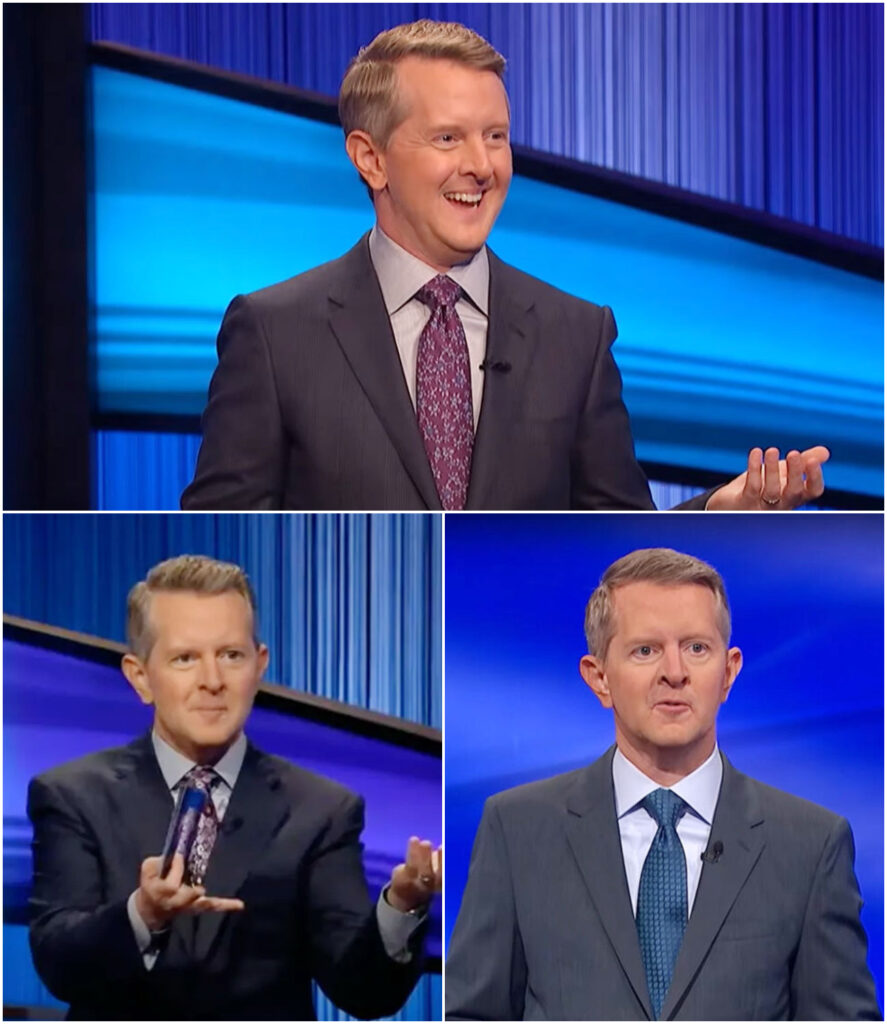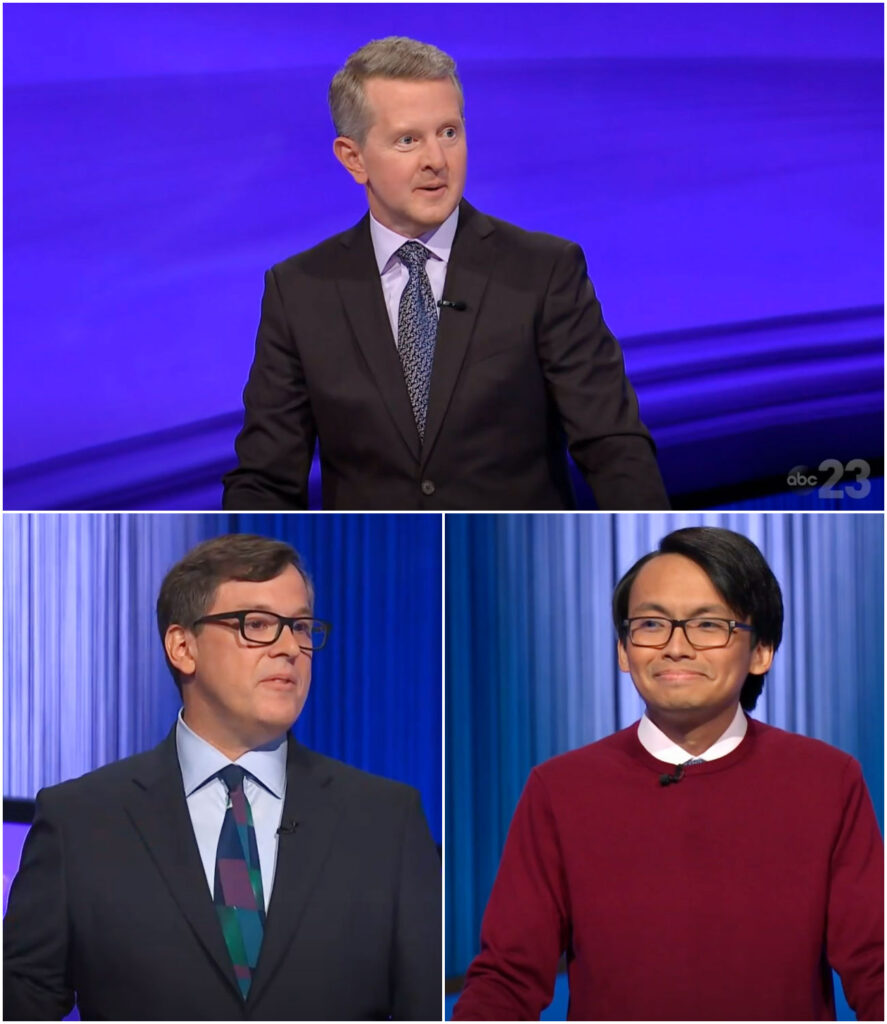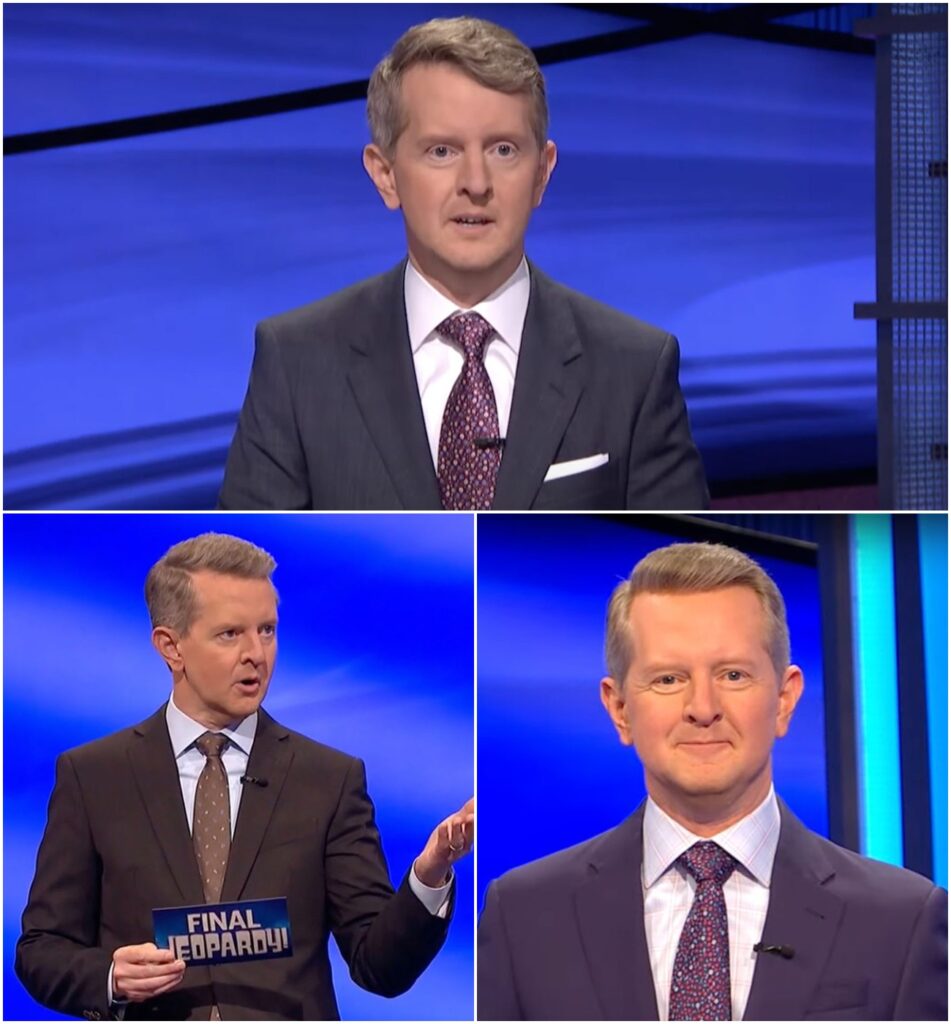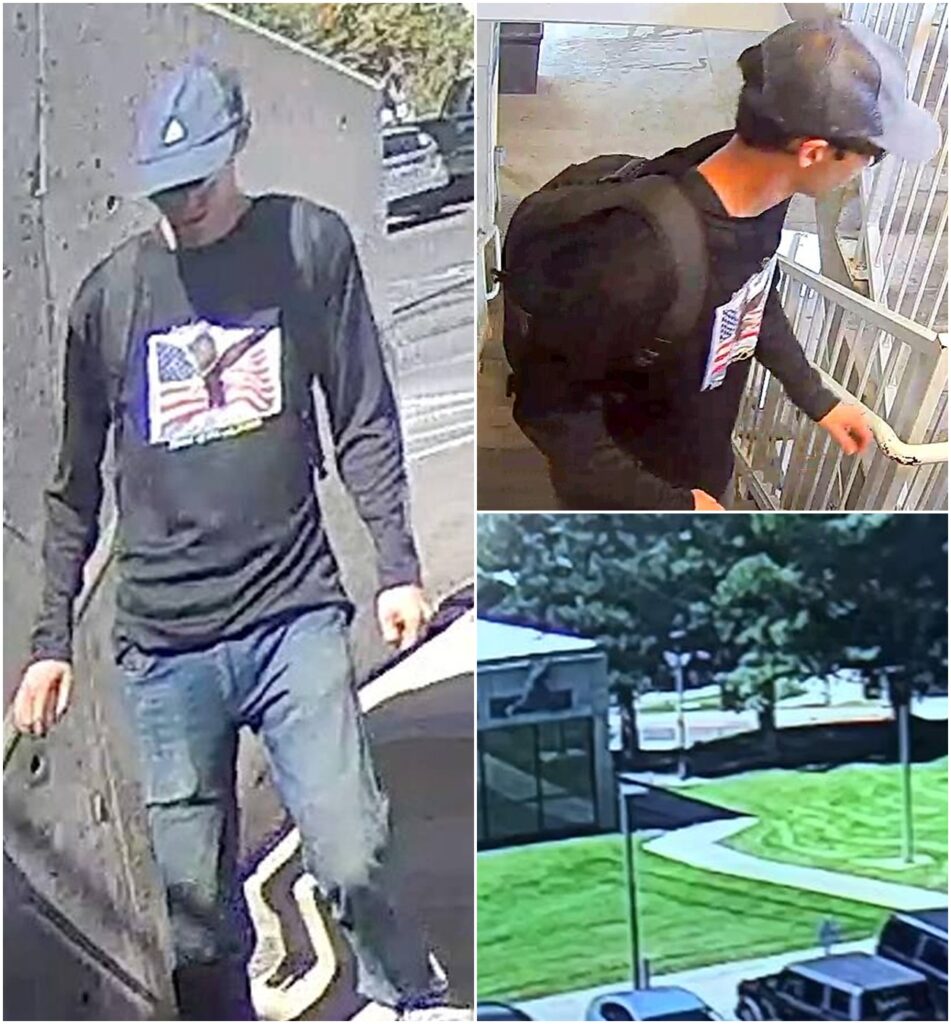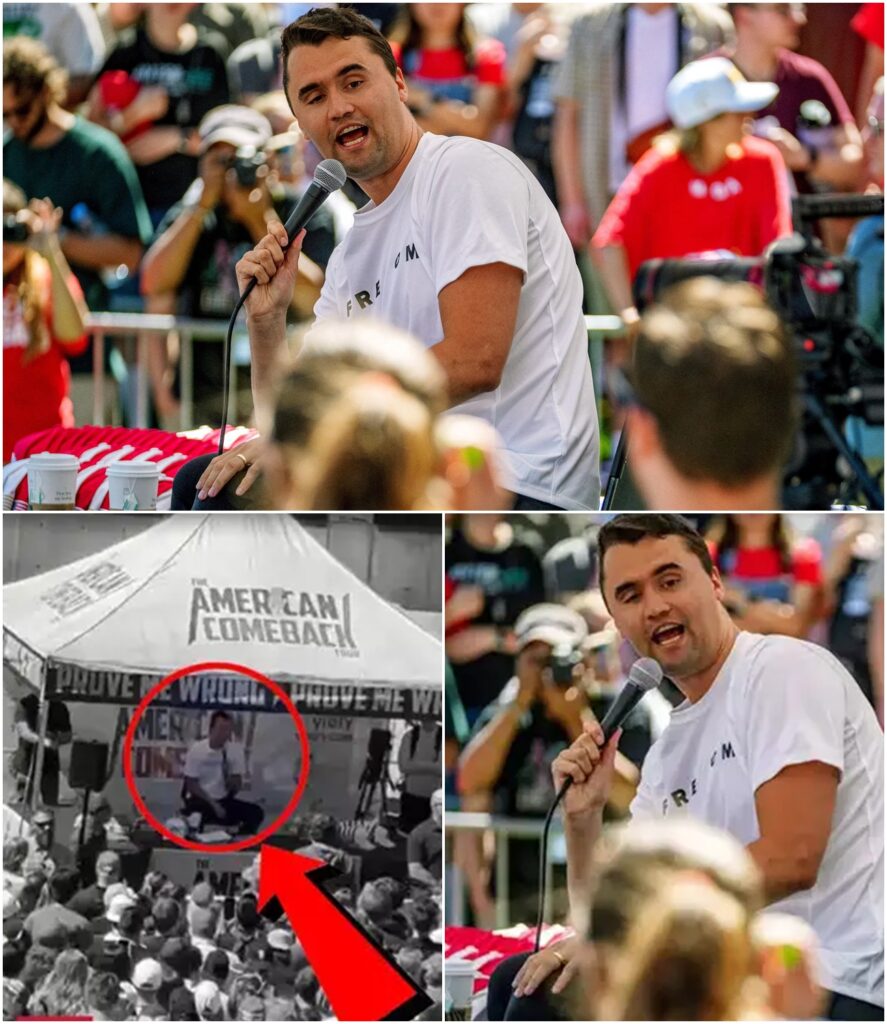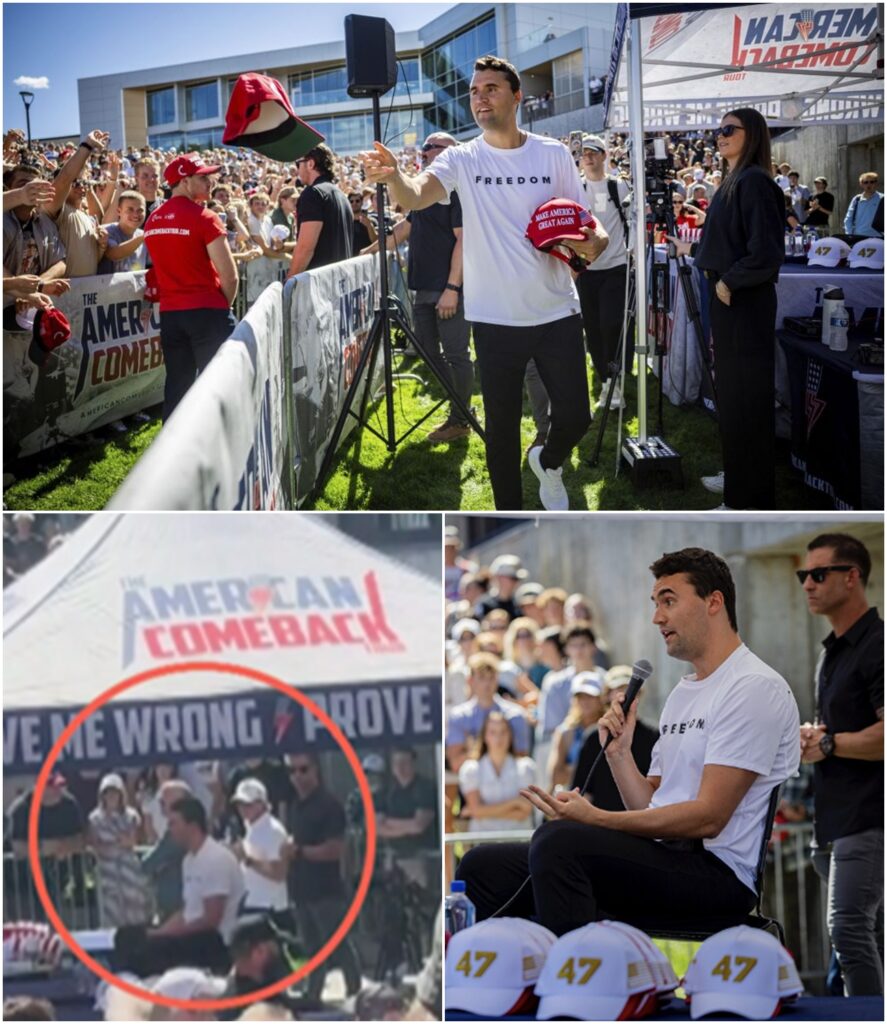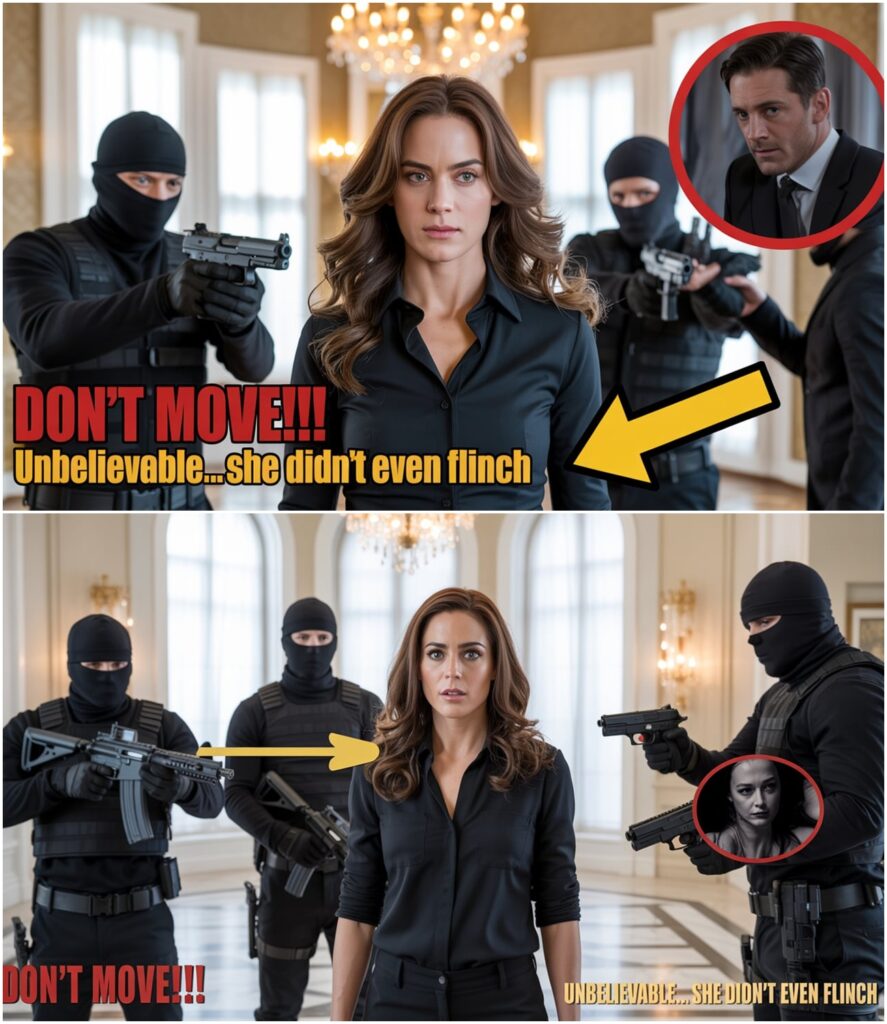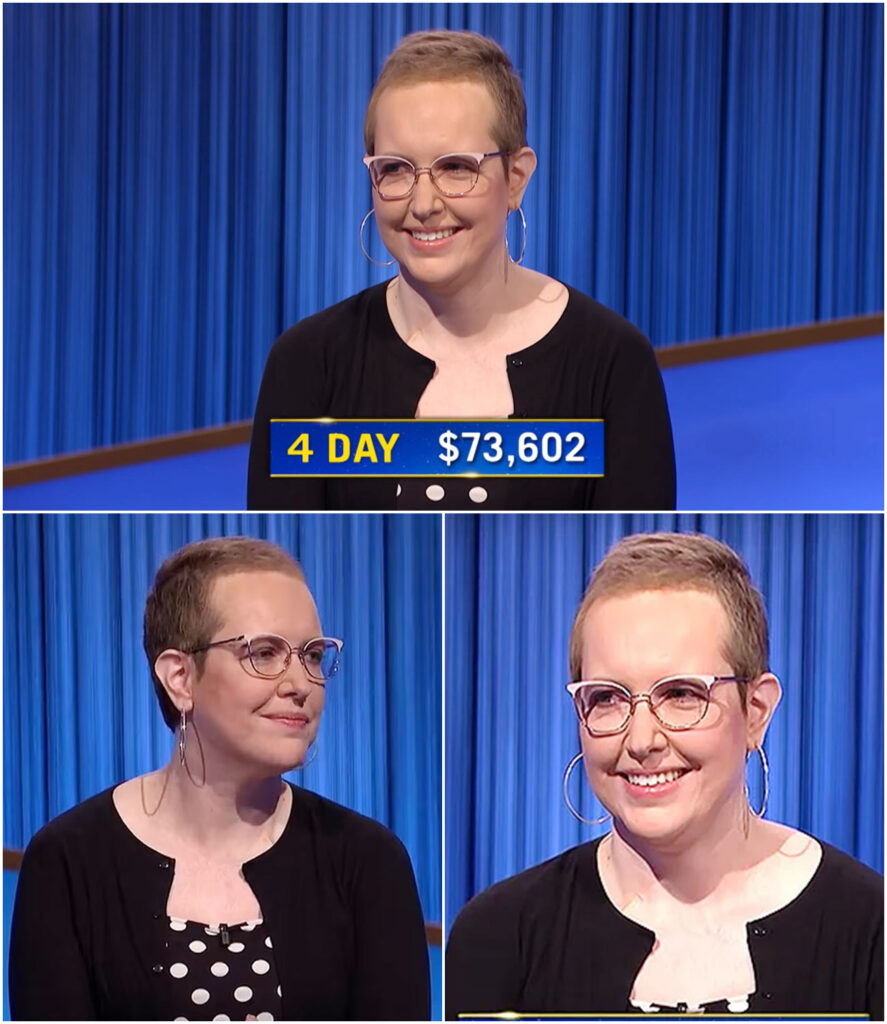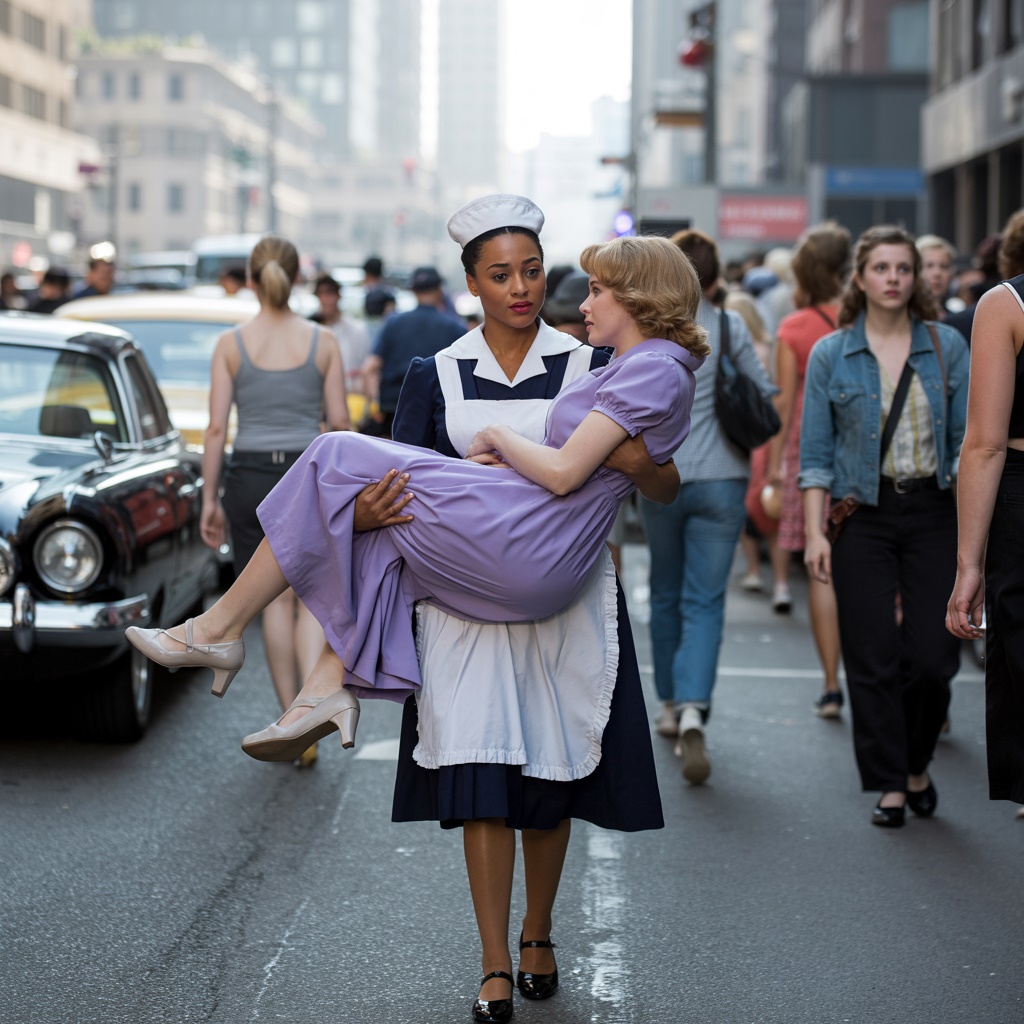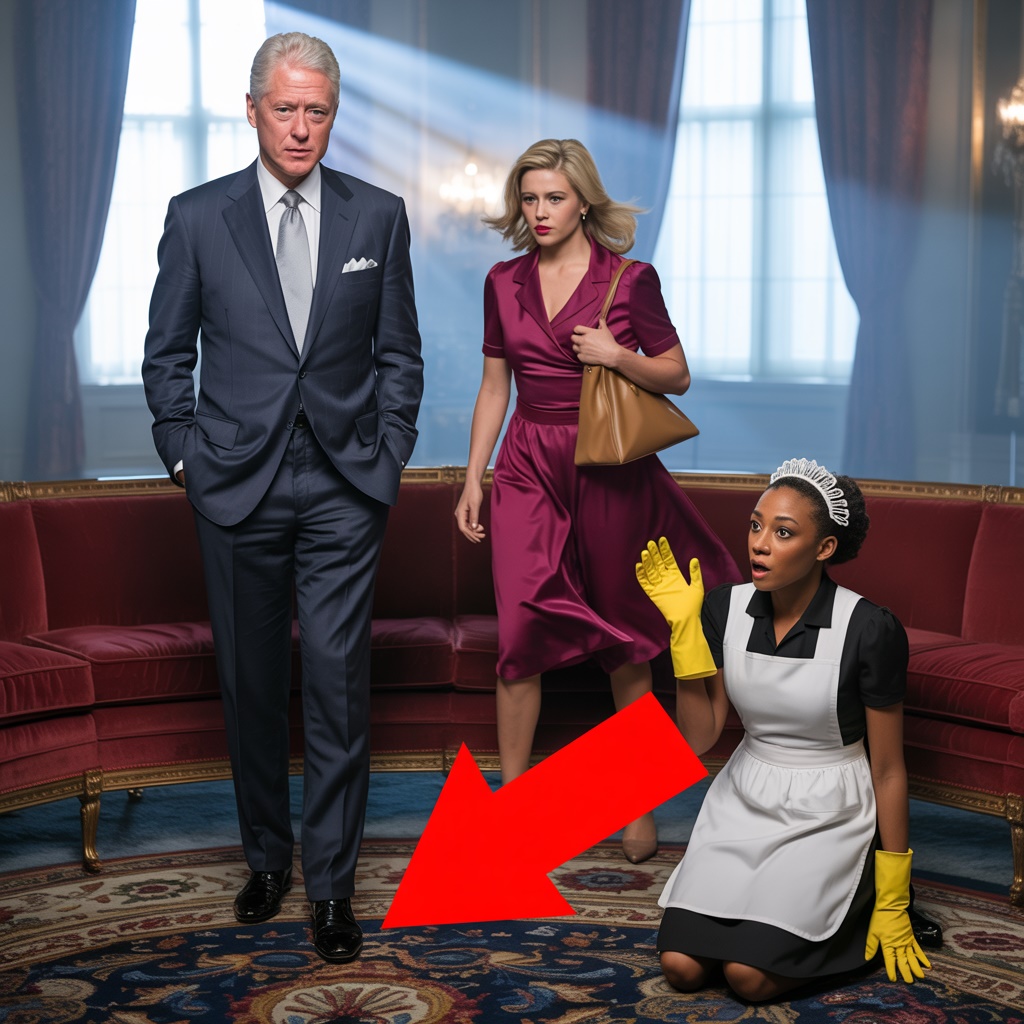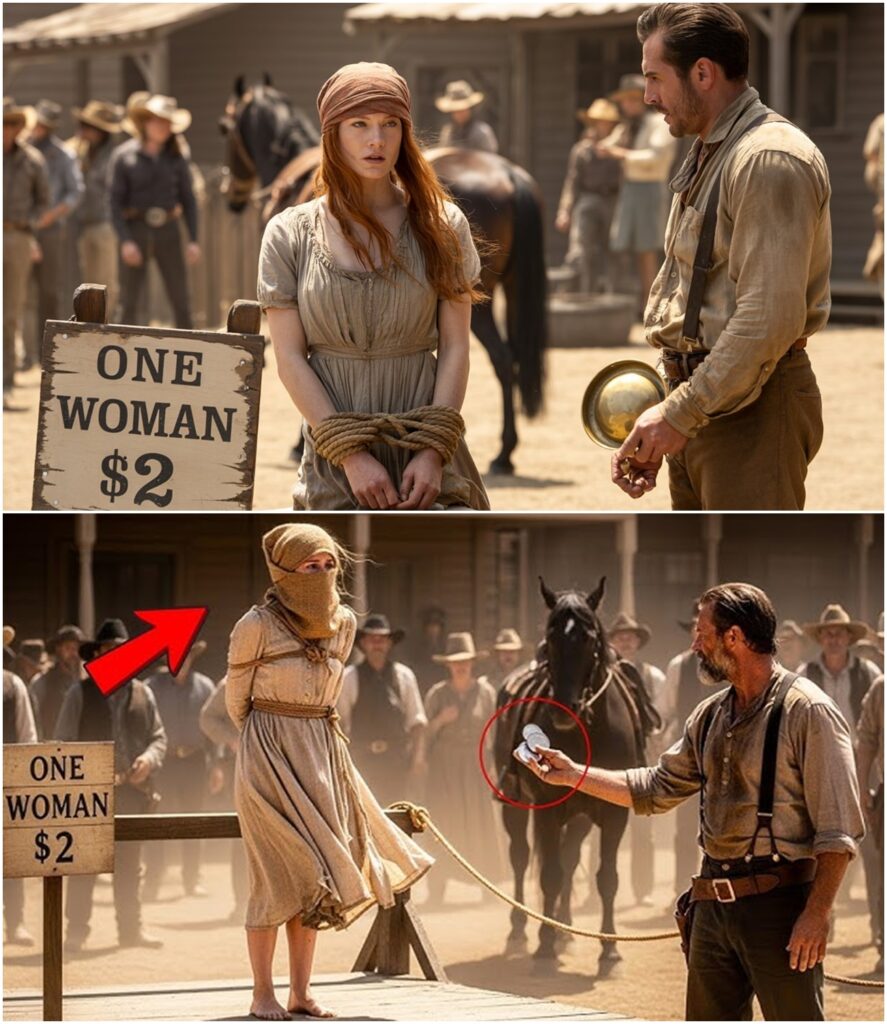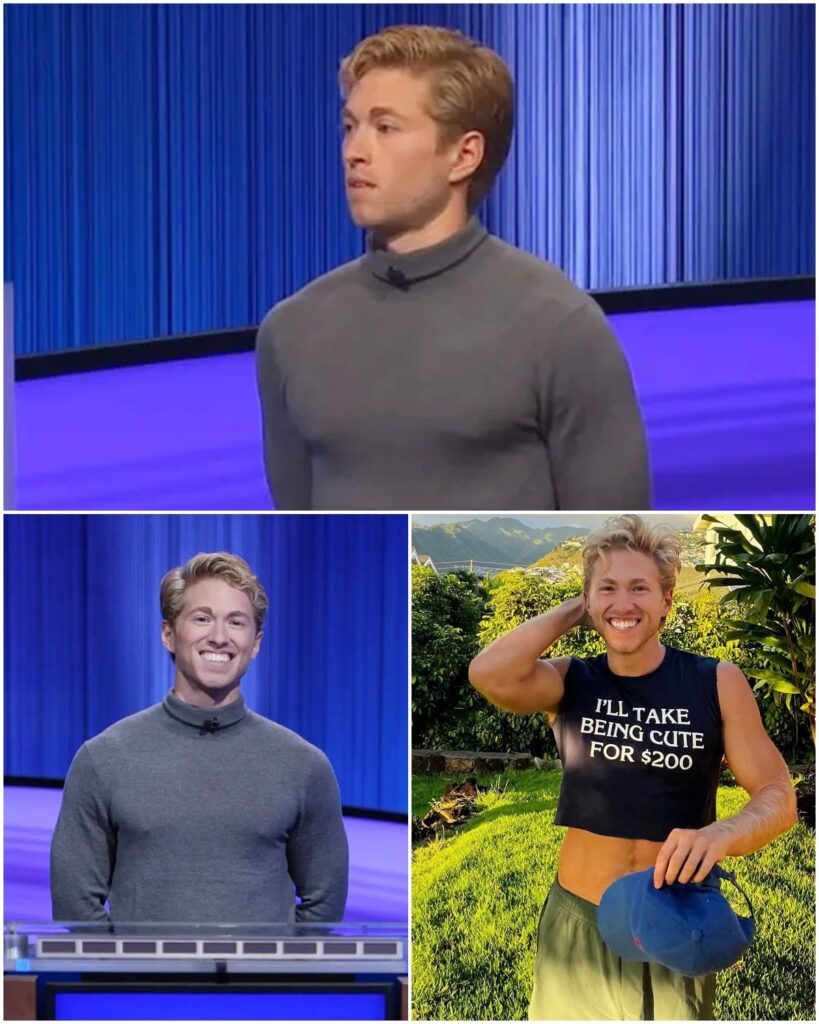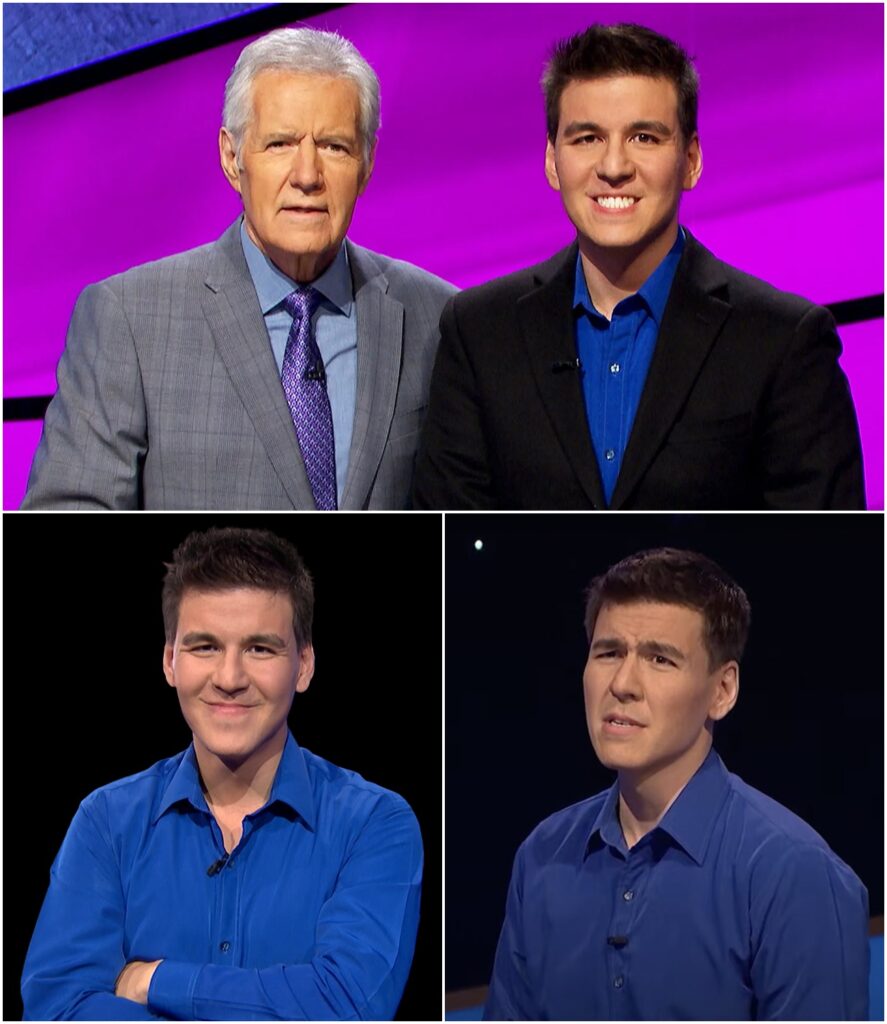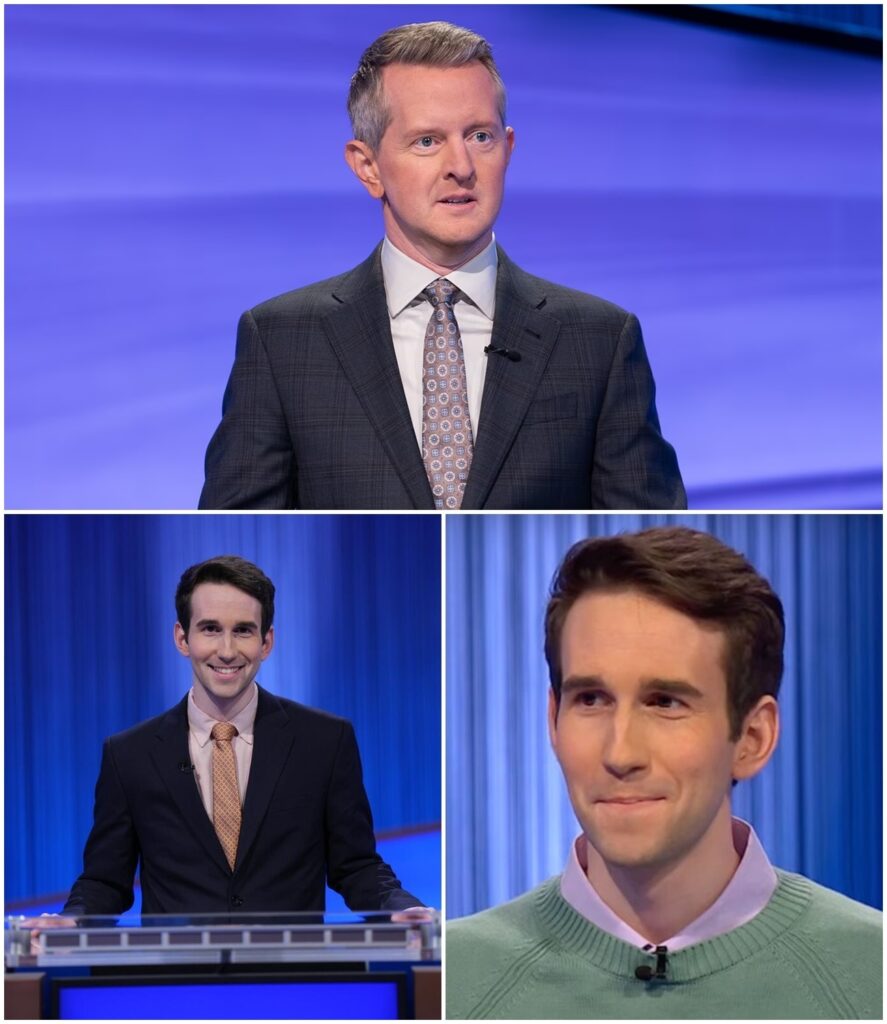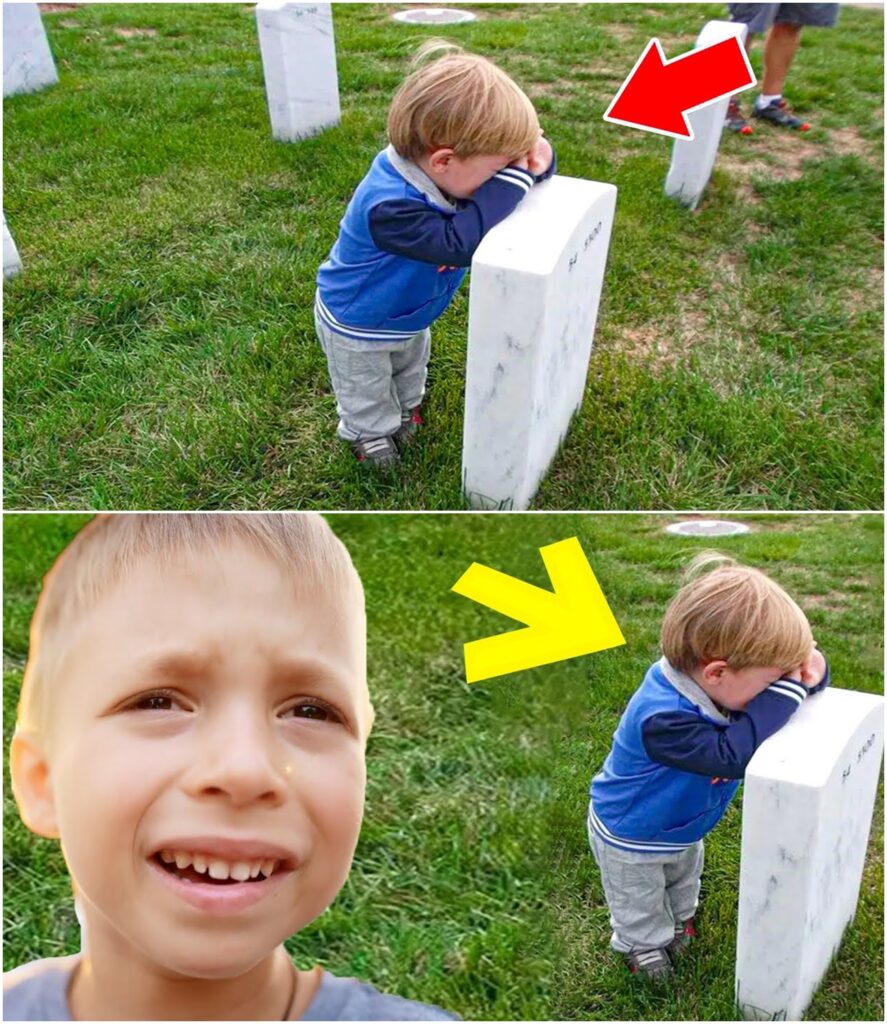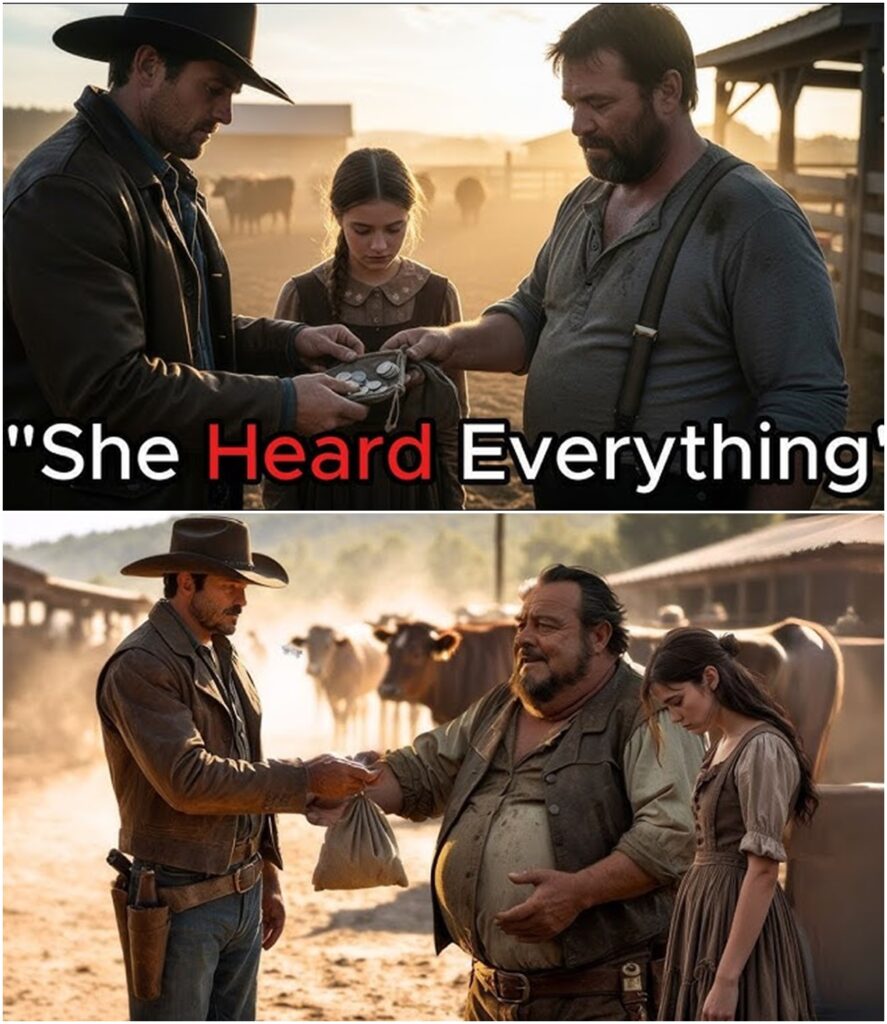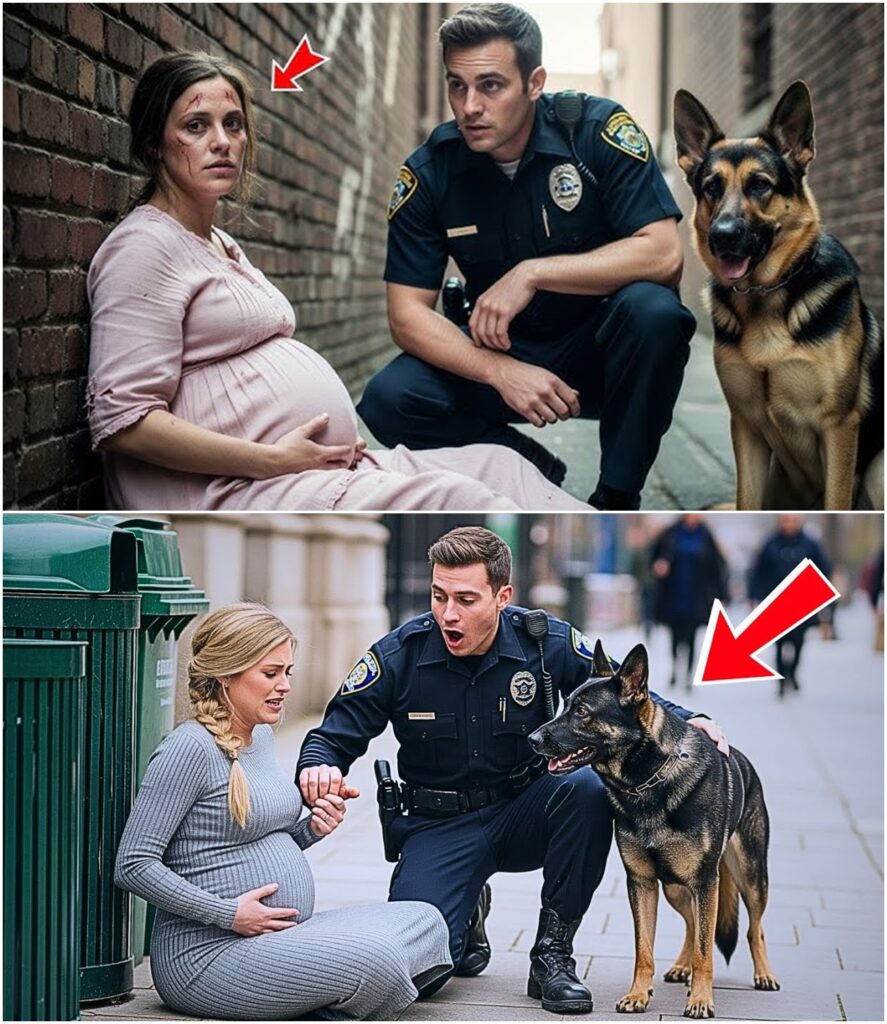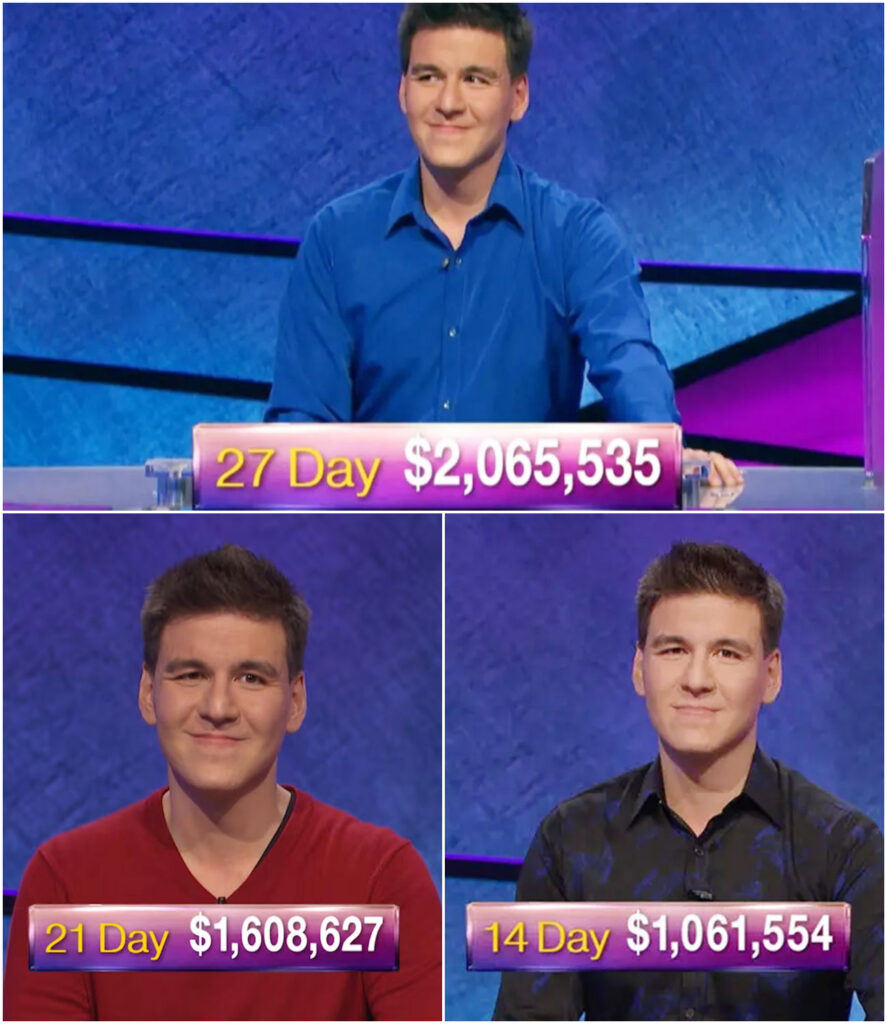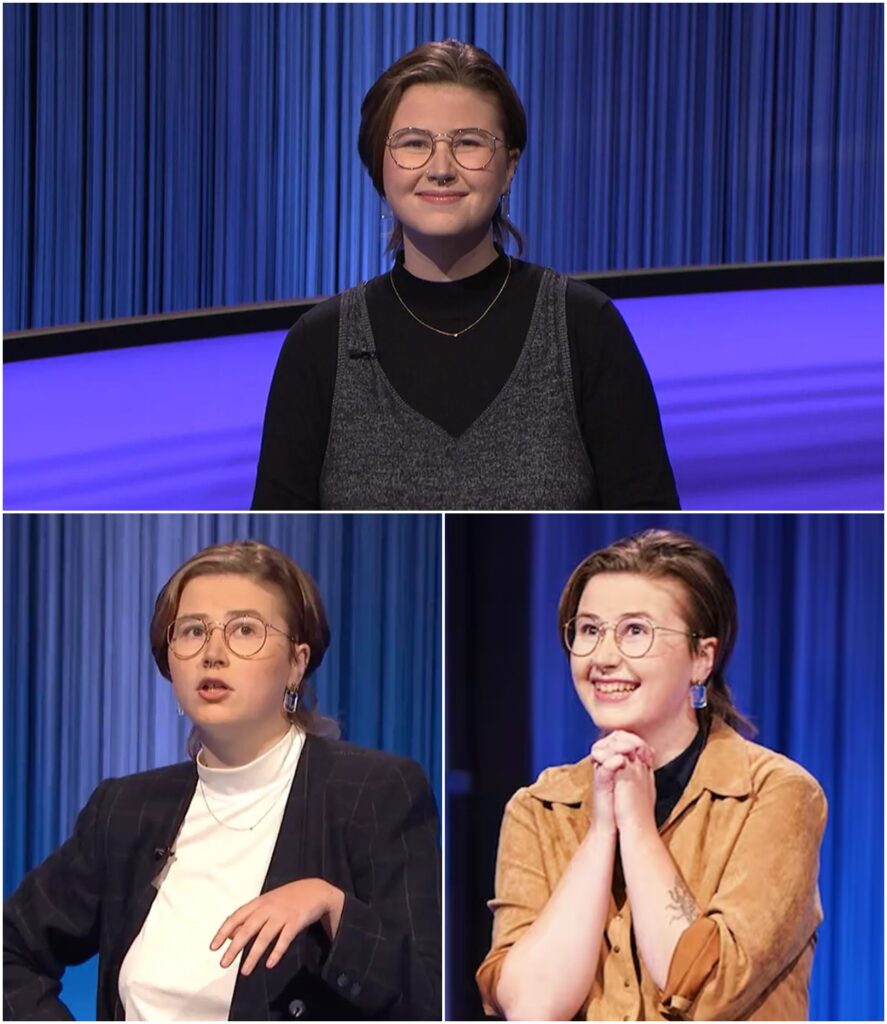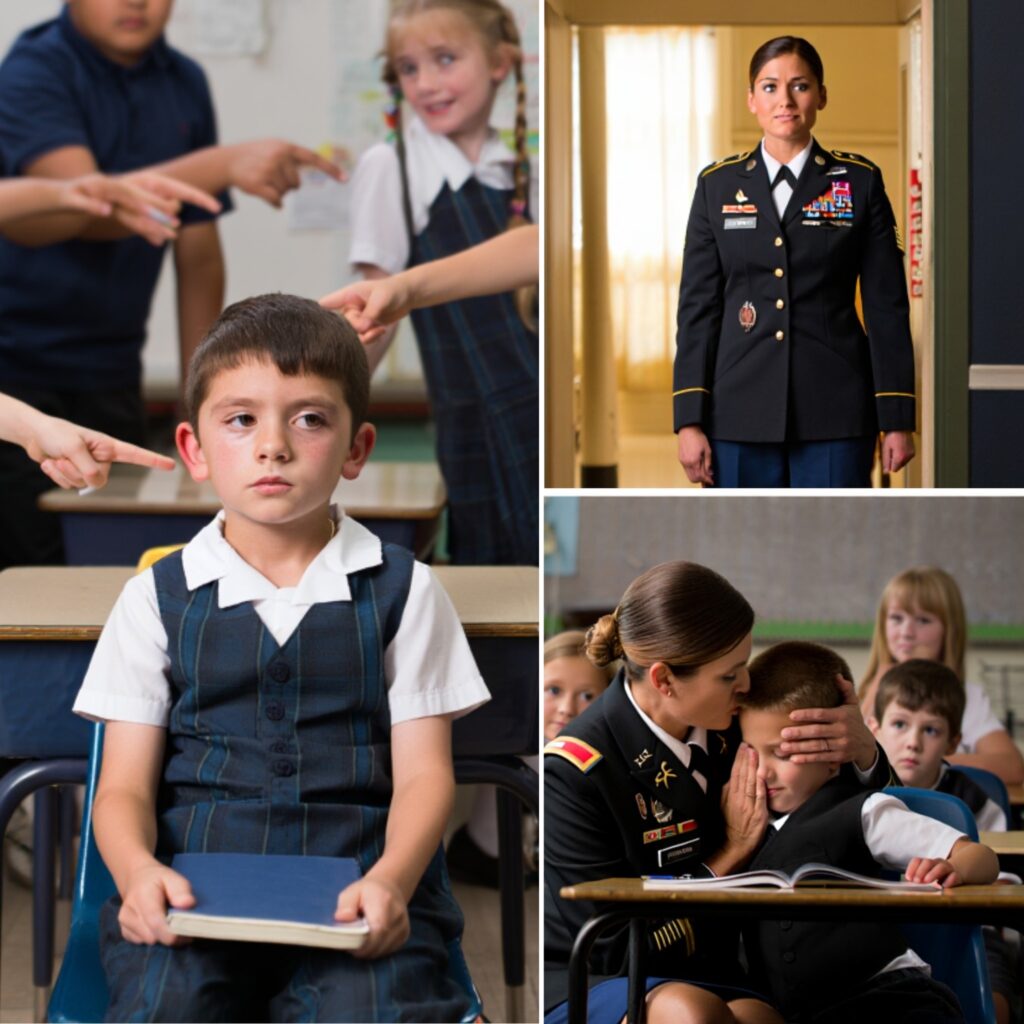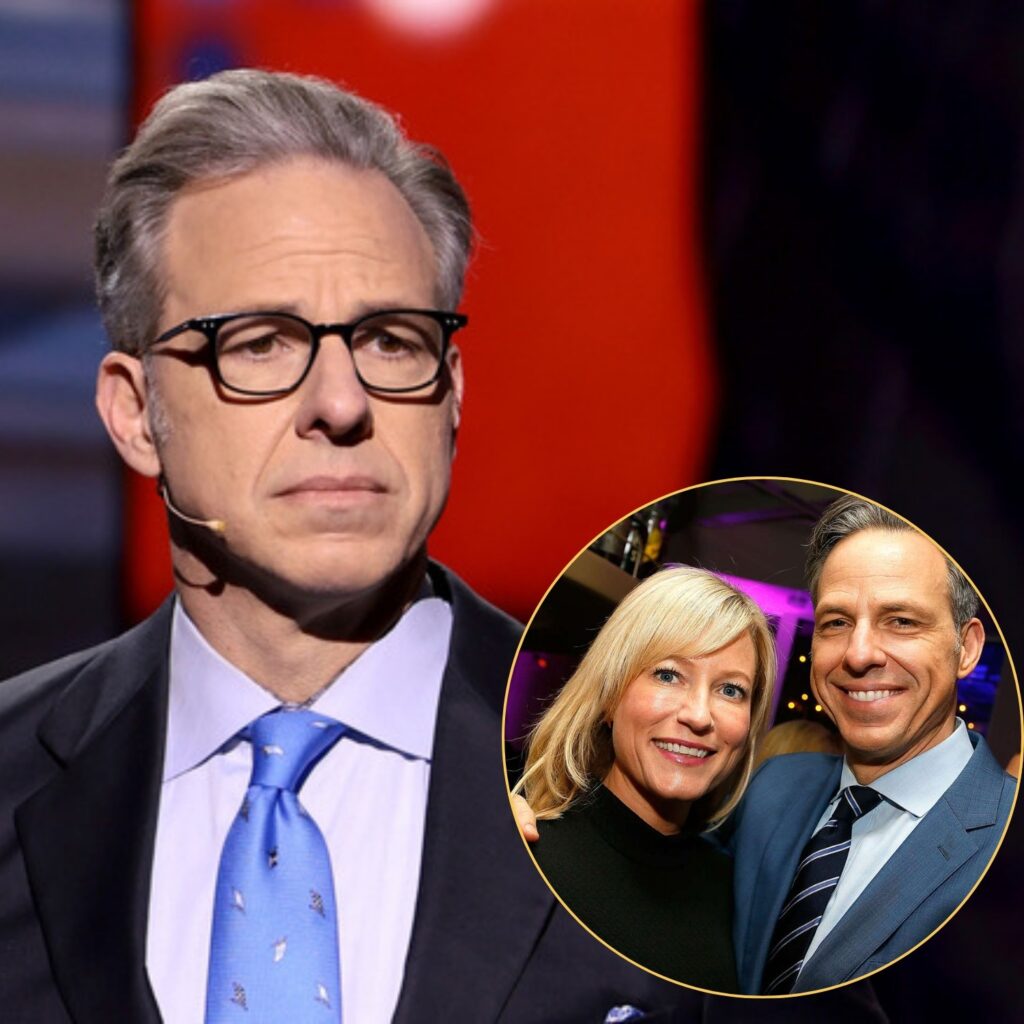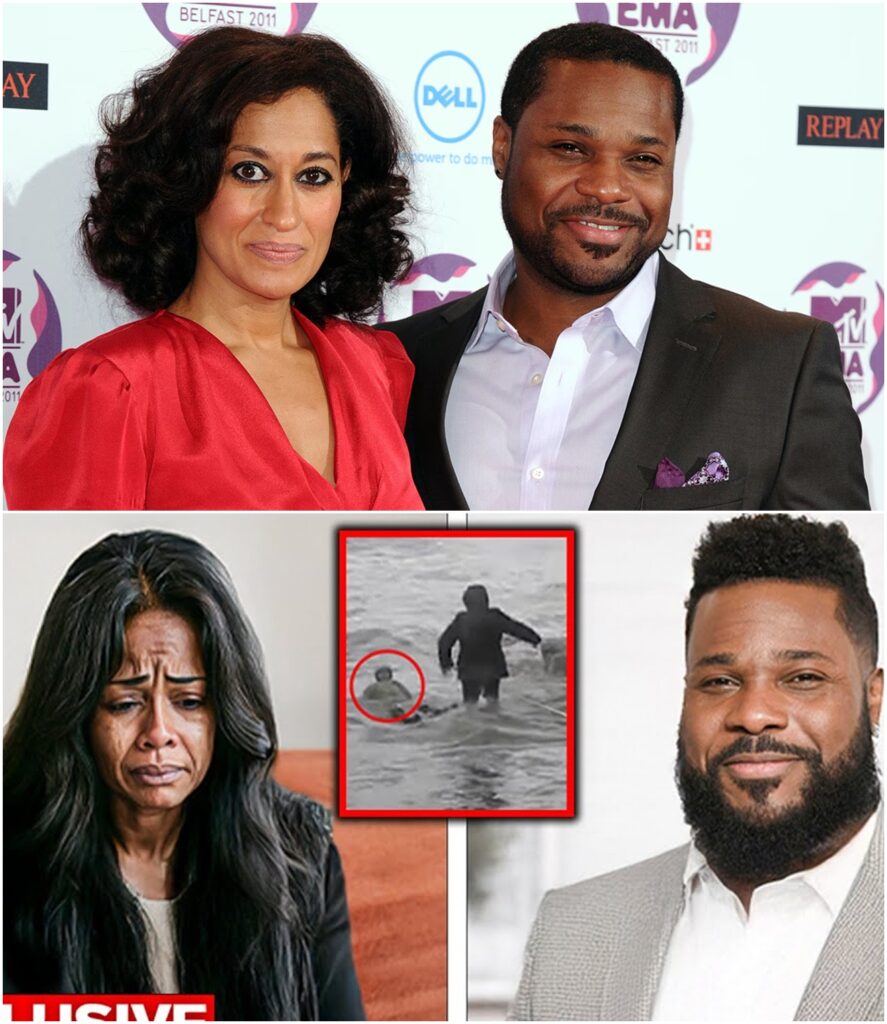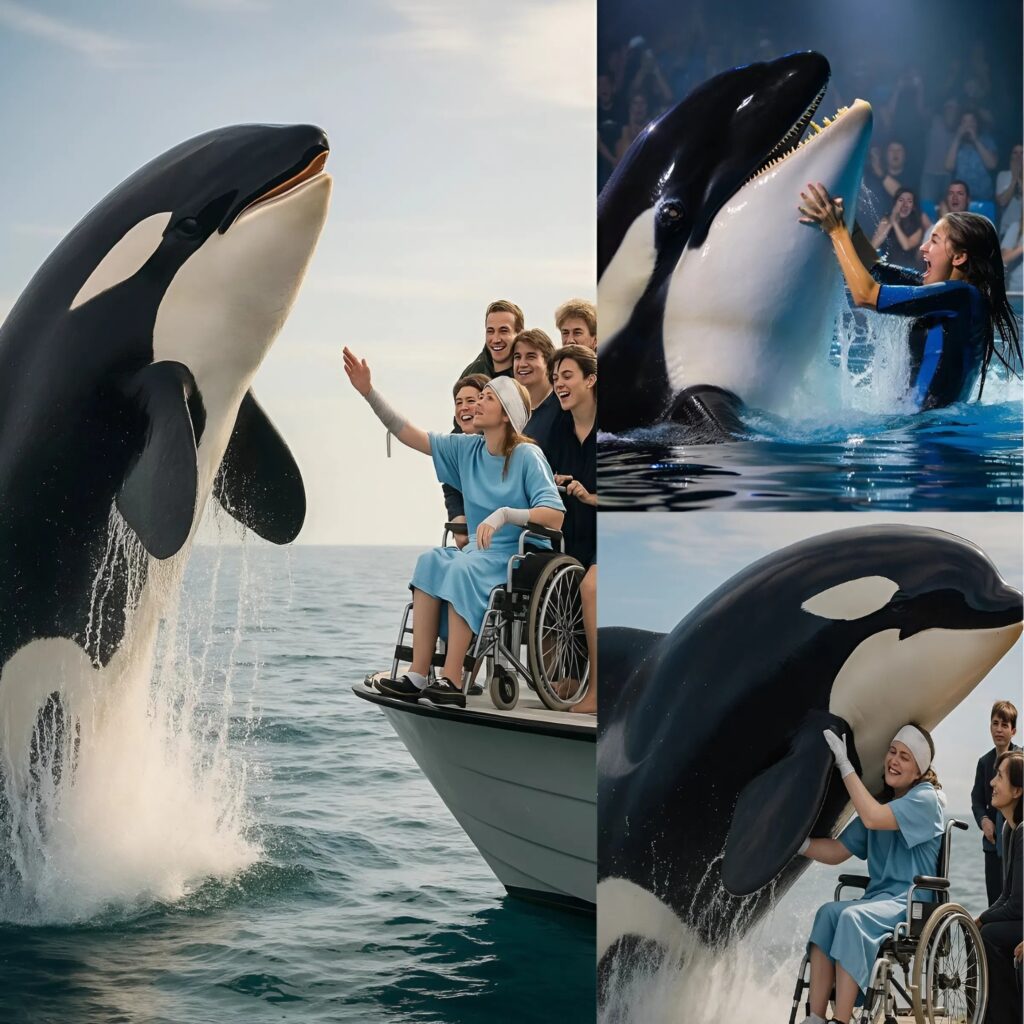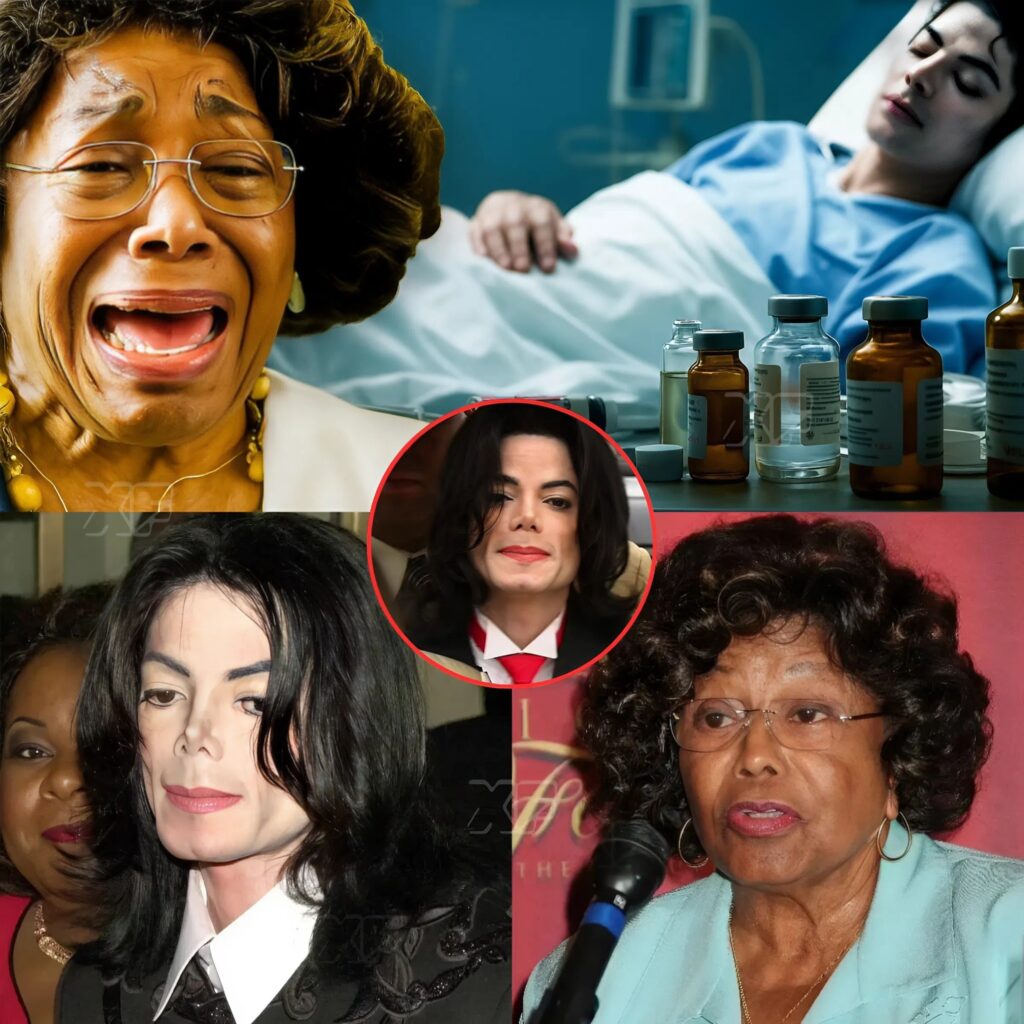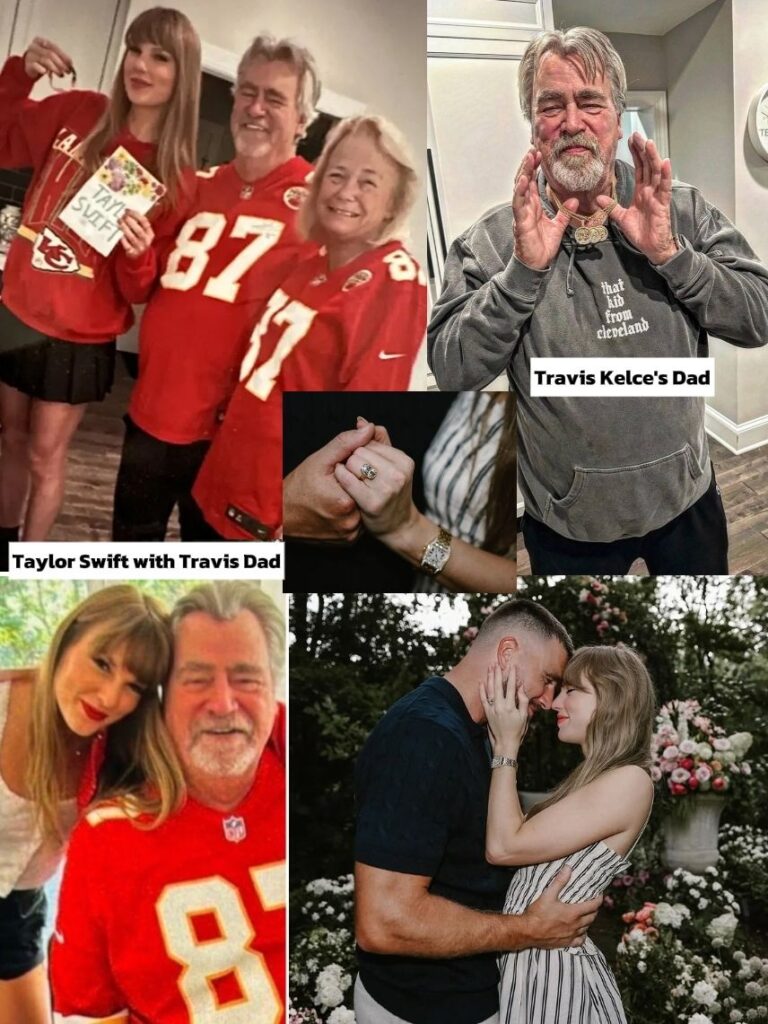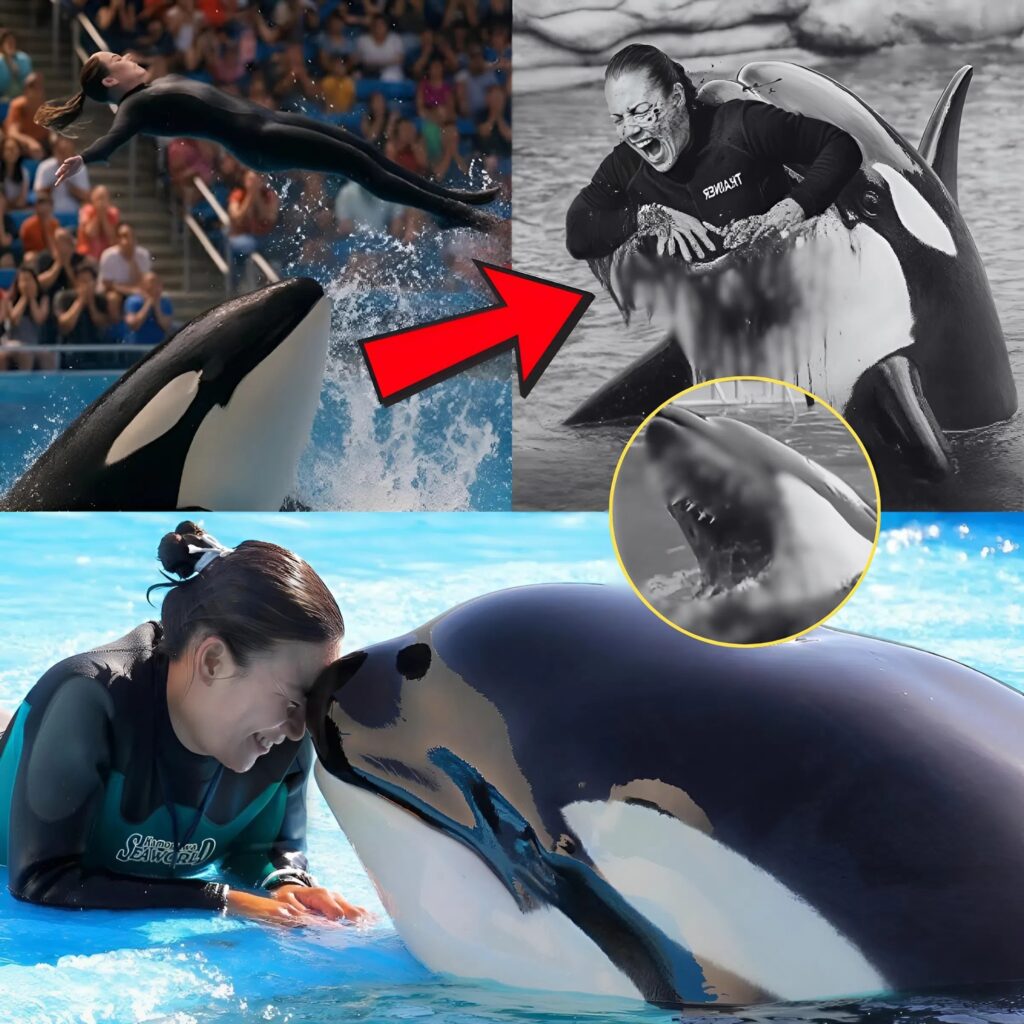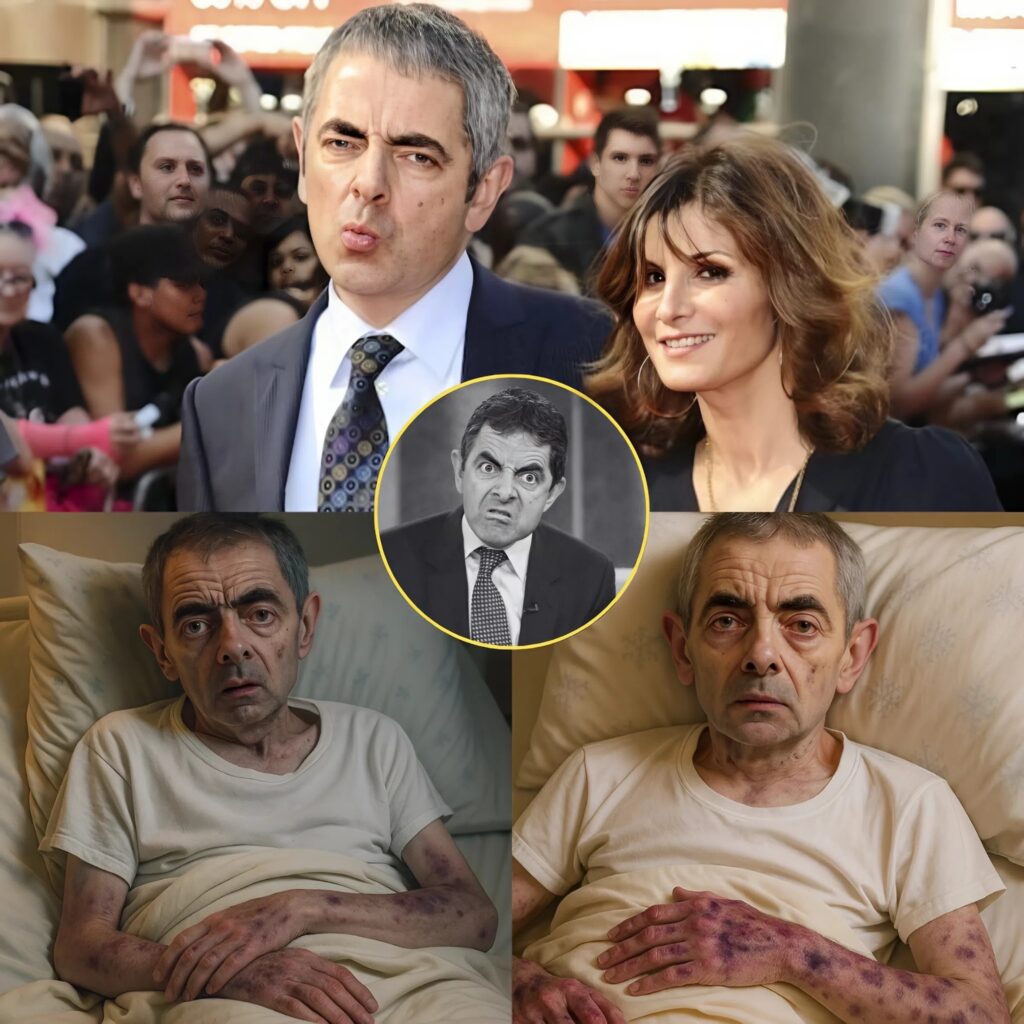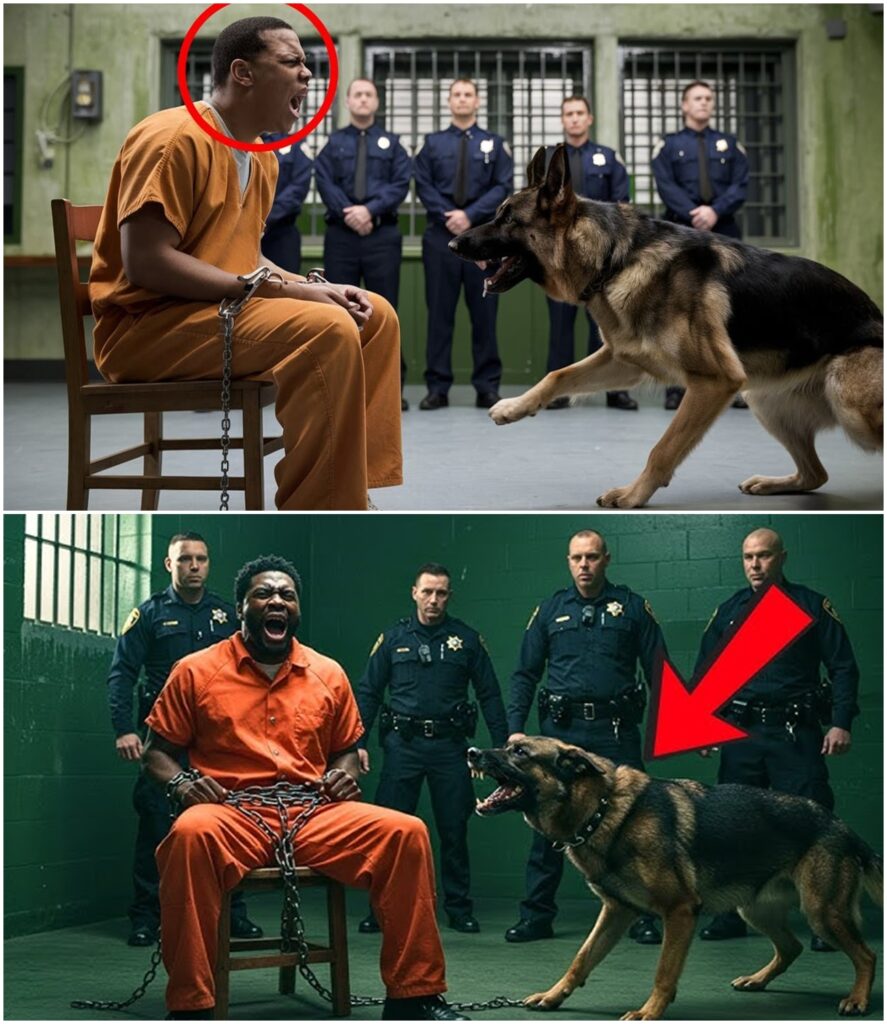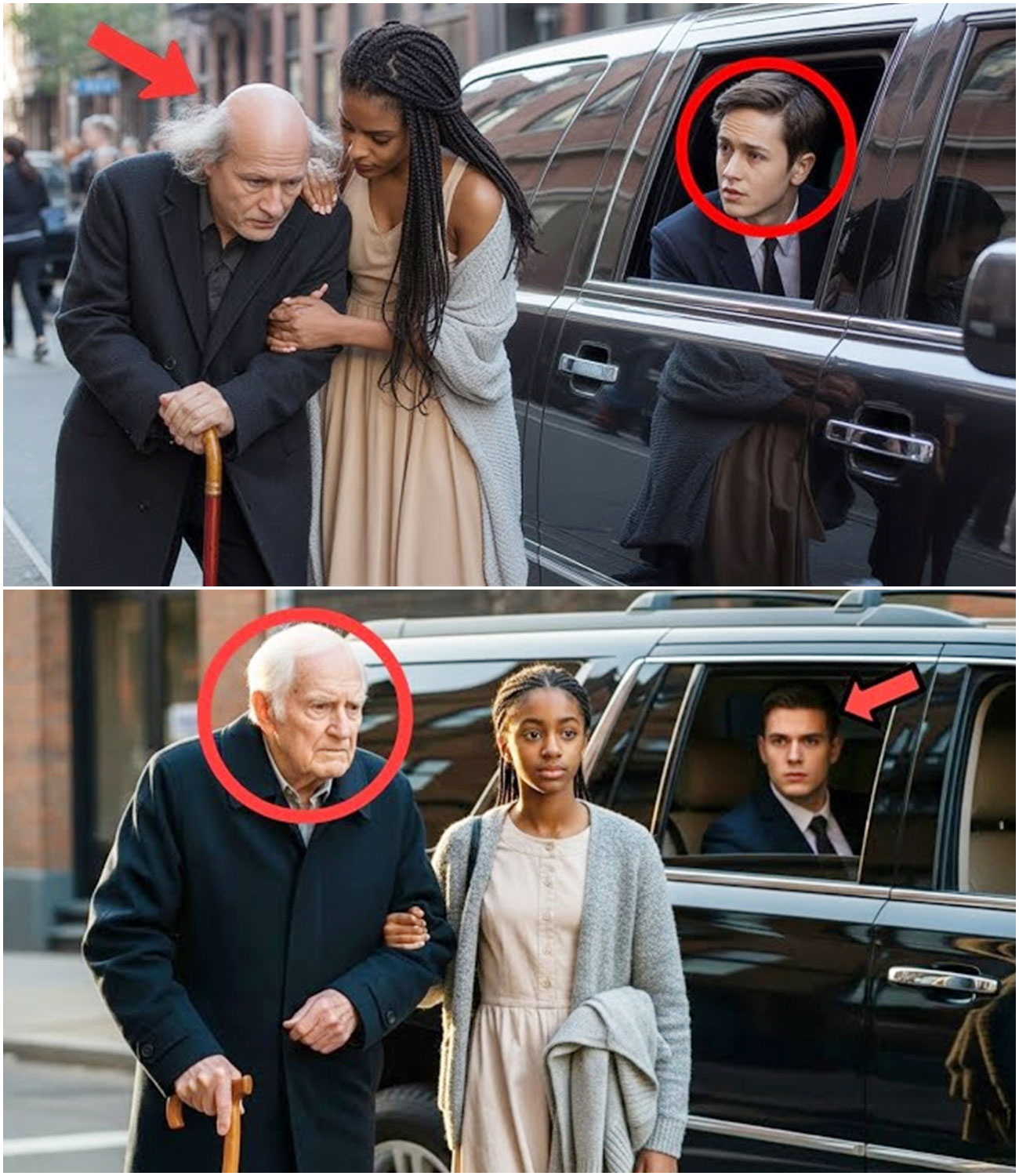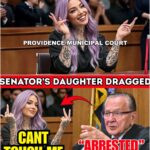In 1991, a Female Patrol Officer Vanished — 13 Years Later, a Worker Made a Shocking Discovery…
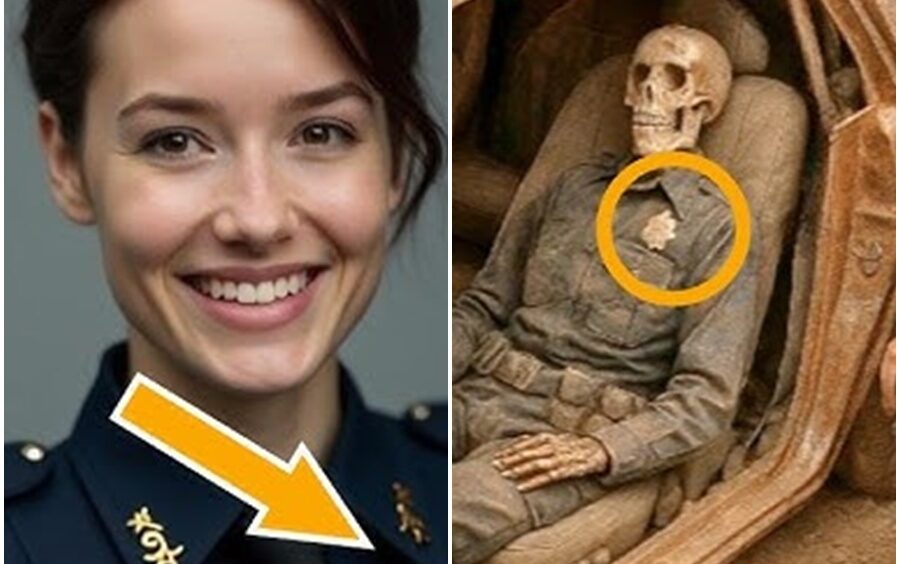
Female patrol officer disappeared in 1991. 13 years later, a worker found this. Tony Sullivan wiped the sweat from his forehead as his excavator hit something metallic beneath the concrete foundation. The August heat in San Antonio, Texas, made every construction job feel like working inside an oven. He shut off the machine and climbed down to investigate.
“What the hell?” Tony muttered, brushing dirt away from a tarnished police badge. The metal gleamed dullly in the afternoon sun. Badge number 247, San Antonio Police Department. Tony had been working construction for 15 years. He’d found plenty of junk buried in job sites, old bottles, car parts, even a few bones that turn out to be from long dead pets, but never a police badge.
He picked it up carefully, noting the scratches across its surface. Beneath it, wrapped in what remained of a plastic bag, lay a wallet, a watch, and what looked like torn fabric from a uniform. “Hey, Rodriguez,” Tony called to his foreman. “You better come look at this.” Miguel Rodriguez dropped his clipboard and jogged over. When he saw the badge in Tony’s palm, his face went pale.
Jesus Christ, Tony, you know what this means? Yeah, I know what it means. The question is, whose badge is this? and how long has it been down there? Miguel examined the items without touching them. The wallet contained a driver’s license. Linda Rodriguez, born 1967, issued 1990. The photo showed a young Latino woman with serious dark eyes and her hair pulled back in regulation style.
Rodriguez. Tony noticed Miguel’s expression. Any relation? That’s my sister. Miguel’s voice came out as a whisper. She’s been missing since 1991. Tony set the badge down carefully on a clean piece of cardboard. Missing? What happened? She was a patrol officer, 24 years old. One night, she went out on patrol and never came back.
They found her squad car abandoned near the river, but never found her body. The department said she probably fell in and drowned. Miguel shook his head, but Linda was a strong swimmer and she would never abandon her post. Did they investigate? They said they did. Captain Morrison handled the case personally, said there was no evidence of foul play. The case went cold after 6 months.
Tony looked at the excavation site. They were demolishing an old warehouse that had been scheduled for tear down since 1992. The concrete foundation dated back decades. Miguel, if this stuff has been buried since 1991, and this building was supposed to be torn down in 1992, someone buried my sister here and then made sure the demolition got delayed for 13 years. Miguel’s hands trembled as he pulled out his cell phone.
I’m calling the police. Wait. Tony grabbed his arm. If someone in the department was involved in covering this up, you don’t want to call just anyone. You need someone you could trust. Miguel stared at the badge. After 13 years of wondering what happened to Linda, he finally had proof she hadn’t just walked away from her life.
But proof of what exactly? There’s a detective, Sarah Chun. She wasn’t on the force back in ’91. Started in 95. I heard she’s honest. Doesn’t play politics. You sure about that? No, but I’m sure about one thing. Linda didn’t drown in any river. Someone killed her and buried her badge here, which means they probably buried her here, too. Tony looked at the excavation site with new eyes.
How deep you want me to dig? As deep as it takes. Within 30 minutes, Detective Sarah Chun arrived at the construction site. She was a compact Asian-American woman in her mid30s with graying hair pulled back in a practical ponytail.
She approached the scene with the methodical precision of someone who had worked plenty of cold cases. Mr. Rodriguez, I’m Detective Chun. You said you found evidence related to your sister’s disappearance. Miguel showed her the badge, wallet, and uniform fragments. Chin photographed everything before bagging the evidence. These items were buried under the concrete foundation. Yes, ma’am. Tony here was excavating when his machine hit the badge. Shin turned to Tony.
How long has this building been scheduled for demolition? Paperwork says it was supposed to come down in 1992, but permits kept getting delayed, tied up in red tape. Finally got approval this year. 13 years of delays. She made notes in her pad. Mr. Rodriguez, I need you to understand something. This is now an active crime scene.
I’m going to need to call on the forensics team and expand the search area. You think she’s buried here? I think we need to find out. Shun sealed the evidence bags. Can you tell me about the original investigation? who was the lead detective. Captain Morrison handled it personally, said it was too important to delegate.
Chin’s expression didn’t change, but Miguel noticed her grip tighten on her pen. Captain Morrison retired in 2001. He’s living in Florida now. You know him by reputation. Shin didn’t elaborate. Mr. Rodriguez, I want you to prepare yourself. If we find your sister, it’s going to be difficult. And if someone in the department was involved in covering this up, this investigation is going to get complicated.
I’ve been preparing for 13 years, detective. I just want to know the truth. Shin looked at the construction site, calculating the area that would need to be searched. Truth has a way of coming to light eventually. Sometimes it just takes the right person with the right excavator.
As the forensics team arrived and began setting up their equipment, Miguel Rodriguez stood at the edge of the construction site and thought about his sister. Linda had always been the brave one, the one who stood up to bullies, the one who became a cop because she wanted to protect people. Now, 13 years later, she was still fighting for justice, even from her grave.
Detective Chun spent the next morning reviewing Linda Rodriguez’s case file. The original investigation folder was thin, surprisingly thin, for a missing police officer case. She spread the documents across her desk and began taking notes. Officer Linda Rodriguez, badged 247, had reported for duty on October 15th, 1991. Her shift supervisor was Sergeant Frank Dawson. Her patrol area included the downtown district and the Riverside Industrial Zone.
She had been assigned to check on reports of suspicious activity near the old warehouse district. Her last radio contact came at 11:47 p.m. She reported checking an abandoned vehicle near Riverside Drive. After that, nothing. Her patrol car was found at 6:15 a.m. The next morning, parked near the San Antonio River with the driver’s door open. Her radio was still functioning.
Her weapon was missing from his holster. Shin flipped through the witness statements. A homeless man named Charlie Vance claimed he saw Linda’s patrol car around midnight, but said he was too drunk to remember details. A security guard in a nearby factory reported hearing what might have been gunshots around midnight, but couldn’t be certain. The investigating officers had dragged the river for 3 days.
They found nothing. Chin picked up the phone and dialed Miguel Rodriguez’s number. Mr. Rodriguez, this is Detective Chun. I need to ask you some questions about your sister’s behavior before she disappeared. Of course, whatever you need. Was Linda having any personal problems, relationship issues, financial troubles, conflicts at work? Nothing like that. Linda loved being a cop.
She was dating someone, a guy named David Park, but it was casual, no drama, and she was saving money to buy a house. What about conflicts with other officers? Miguel Fisetif. She mentioned that some of the older guys didn’t like taking orders from a young Latina woman, but she handled it professionally. Anyone specific? She never named names. Said she didn’t want to be seen as a troublemaker. She made notes.
Did she ever mention Captain Morrison? A few times. She respected him. Said he was fair. When she first made the complaint about harassment, Morrison told her he’d handle it. What harassment? Some of the guys were making comments, touching her inappropriately.
Linda filed a formal complaint about 2 weeks before she disappeared. Chun felt her pulse quicken. There was no mention of any harassment complaint in the case file. Mr. Rodriguez, did your sister keep copies of any paperwork from work, reports, memos, anything like that? She had a file at home. After she disappeared, I packed up her apartment. Everything’s in storage.
I need to see that file. 2 hours later, Chun met Miguel at a stored facility on the outskirts of San Antonio. Unit 47 contained the carefully preserved contents of Linda Rodriguez’s life, her furniture, her clothes, her books, and a metal filing cabinet. Miguel opened the cabinet’s top drawer. Inside were patrol reports, training certificates, and a manila folder labeled personal work issues. Shin opened the folder.
Inside were copies of incident reports Linda had filed, documentation of her harassment complaint, and a series of handwritten notes. The notes were dated from September and October 1991. She was keeping a record, Chun said, reading through the notes. The notes documented specific incidents.
Officer James Murphy making sexual comments during roll call. Sergeant Bill Foster accidentally brushing against her in the locker room. Detective Ray Coleman asking her out repeatedly despite her refusals. But the most disturbing entry was dated October 10th, 1991, 5 days before Linda disappeared.
Captain Morrison called me into his office today, said the harassment complaint was causing problems and maybe I should consider transferring to a different department. When I said I like patrol work, he said some jobs were better suited for men. I told him that was discriminatory. He said, “I should be careful about making accusations I couldn’t prove.
” Chin photographed every page of Linda’s notes. At the bottom of the folder was a carbon copy of Linda’s original harassment complaint dated September 28th, 1991. It named three officers specifically and requested a formal investigation. “This complaint isn’t in the official case file,” Chun told Miguel. “What does that mean? It means someone removed it and it means your sister was potentially a problem for several officers in the department.
Chin’s phone rang. It was the forensics coordinator at the construction site. Detective Chun, you need to get down here. We found something. 20 minutes later, Chun stood at the edge of a carefully excavated pit. 6 ft down, the forensics team had uncovered what appeared to be human remains wrapped in a police uniform.
female, approximately 25 years old, the medical examiner reported. Bullet wound to the skull. She’s been in the ground for at least 10 years, possibly longer. Miguel Rodriguez stared into the pit, his face pale, but resolute. Is it her? We’ll need dental records to confirm identity. The medical examiner held up a tarnished name plate.
This was pinned to the uniform. L. Rodriguez. Chun felt a cold anger building in her chest. Linda Rodriguez hadn’t drowned in the river. She’d been murdered and buried beneath a warehouse foundation. Her death covered up by the very people who were supposed to protect and serve.
Detective Miguel’s voice was horsearo. What happens now? Chin looked at the evidence bags containing Linda’s badge, her notes about harassment, and the bullet that had killed her. Now we find out who did this, and we make sure they pay for it. The construction site had become a crime scene. Yellow tape surrounded the excavation area.
Forensics photographers documented every detail. The medical examiner carefully removed Linda’s remains for transport to the morg. As Chun watched the process, she thought about the thin case file and the missing harassment complaint. Someone had worked very hard to make Linda Rodriguez disappear completely.
But after 13 years, Linda was finally going to tell her story. Detective Chun arrived at police headquarters early the next morning. She needed to examine personnel records from 1991, but she also needed to be careful. If Linda Rodriguez had been killed by someone in the department, Chin couldn’t trust anyone with her investigation. She started with the archives pulling employment records for everyone who had worked the night shift on October 15th, 1991. The list included 23 officers for sergeants and Captain Morrison.
Of the officers Linda had named in her harassment complaint, James Murphy had retired in 1995 and moved to Arizona. Bill Foster had been promoted to lieutenant and still worked downtown. Ray Coleman had left the force in 1993 and now work private security. She made copies of all the records and stored them in a locked drawer at her desk.
Then she drove to interview Charlie Vance, the homeless man who claimed to have seen Linda’s patrol car that night. She found Charlie at the downtown mission, older and more weathered than his 1991 photograph, but still lucid. I remember that night, Charlie said, sitting across from Chun in the mission’s interview room. Pretty lady cop saw her car by the river around midnight. What exactly did you see, Charlie? She was talking to someone. Another cop.
I think they were standing by her car having some kind of argument. Shun leaned forward. Another cop. Male or female? Male. Big guy. Older. Had one of them police hats with a shiny badge. A captain’s hat. Yeah, maybe. They were arguing about something. She seemed upset. Then I went to find somewhere to sleep. Did you hear what they were arguing about? Charlie shook his head. Too far away.
But she kept pointing at something like she was showing him some papers. What happened after that? Don’t know. Fell asleep under the bridge. Next morning, cops were everywhere asking questions about the lady officer. Shun showed Charlie a photograph of Captain Morrison from 1991.
Is this the man you saw talking to her? Charlie studied the photo carefully. Could be. It was dark and I’ve been drinking, but the size is right. and the age. She made detailed notes of Charlie’s statement. His testimony wouldn’t hold up in court by itself, but it corroborated the theory that Linda had met someone she knew before she was killed. Her next stop was the gun range where Linda had qualified for her service weapon.
The range master, Tom Bradley, had worked there since 1985. Linda Rodriguez. Sure, I remember her. Good shooter, very serious about training. She came in here the week before she disappeared. Actually, the week before for regular training. No, that was the strange thing.
She came in on her day off, wanted to practice with her backup weapon. Said she was worried about something. Did she say what? No, but she seemed nervous. Asked me about ballistics where the bullets could be traced to specific guns. Shun felt her pulse quicken. Did she seem afraid? more like determined, like she was preparing for something. Chen drove back to headquarters and pulled Linda’s weapons records.
According to department policy, officers were issued a primary service weapon and required to qualify with it quarterly. But Linda had also purchased a personal backup weapon, a 38 revolver in September 1991. The weapon had never been recovered. Chen’s phone rang. It was the medical examiner.
Detective Chun, I’ve got preliminary results on a Rodriguez remains. Cause of death was a single gunshot wound to the head. Close range. Small caliber, probably a 38. Any chance she was killed with her own backup weapon? Possible. I’ll know more when Ballistics completes their analysis. Chun hung up and stared at her growing pile of evidence.
Linda Rodriguez had filed a harassment complaint naming three officers. She had been threatened by Captain Morrison. She had purchased a backup weapon and practiced with the days before her death. She had met someone she knew by the river on the night she was killed. The pattern was becoming clear, but she needed more proof.
She drove to the address listed for Ray Coleman, the detective who had repeatedly asked Linda out despite her refusals. Coleman worked security for a downtown office building. Chun found him in the building security office. A heavy set man in his 50s with thinning hair and suspicious eyes. Ray Coleman, I’m Detective Chun, SAPD. I need to ask you about Linder Rodriguez. Coleman’s expression hardened. That was a long time ago. Not that long.
We found her body yesterday. Coleman sat down heavily in his chair. Found her body. I thought she drowned in the river. No, she was murdered. shot in the head and buried under a warehouse foundation. Jesus Christ. Coleman rubbed his face with both hands. I heard she disappeared. But murder? You were one of the officers she named in her harassment complaint. That harassment thing was blown out of proportion.
I asked her out a few times. So what? She said, “No, I backed off.” According to her notes, you didn’t back off. You kept pressuring her. Look, detective, I was going through a divorce. I wasn’t thinking straight, but I never threatened her. Never touched her inappropriately. Shin studied Coleman’s body language.
He seemed genuinely shocked by the news of Linda’s murder. Where were you on the night of October 15th, 1991? How the hell am I supposed to remember that? It was 13 years ago. It was the night a fellow officer disappeared. I’d think you’d remember. Coleman thought for a moment. I was off duty that night, probably at home or at a bar. I was drinking pretty heavily back then. Anyone who can verify that.
Not after 13 years. Shun left Coleman with her business card and instructions to call if he remembered anything else. His reaction seemed genuine, but she couldn’t rule him out completely. Her last stop of the day was Lieutenant Bill Foster’s office. Foster had been promoted twice since 1991 and now supervised the downtown patrol division. Foster was a tall man with graying hair and cold blue eyes.
He listened to Chin’s questions without expression. Linda Rodriguez. That takes me back. Tragic situation. You were named in her harassment complaint. A misunderstanding. I accidentally bumped into her in the locker room. She overreacted. She documented multiple incidents. She was oversensitive. Some women aren’t cut out for police work. Chun felt her anger rising but kept her voice level.
Where were you on the night she disappeared working? I was supervising the night shift that week. Can anyone verify that? Check the duty roster. I was here until 2:00 a.m. She made notes, but something in Foster’s tone bothered her. He was too calm, too prepared with his answers. Lieutenant, did you know about Linda’s backup weapon?
For the first time, Foster hesitated. backup weapon. She purchased a 38 revolver in September to 1991. It was never recovered. Officers buy personal weapons all the time. Nothing unusual about that. Chun left Foster’s office with more questions and answers, but she was beginning to see the outline of a conspiracy. Linda Rodriguez had been a problem from multiple people in the department.
Someone had decided to solve that problem permanently and someone with enough authority had covered it up for 13 years. Detective Chun spent the weekend reviewing phone record from October 1991. She had obtained a warrant for the department’s internal communications logs, looking for any unusual activity on a night Linda disappeared. What she found made her blood run cold. Between 11:30 p.m.
and 12:30 a.m. on October 15th, 1991, there had been a series of calls between Captain Morrison’s office, Lieutenant Fosters’s desk, and the dispatch center. The calls weren’t logged in the official record, but the phone company’s archives showed they had occurred. Shun spread the time
line across her dining room table. 11:47 p.m. Linda’s last radio contact. 11:52 p.m. Call from Morrison’s office to Fosters’s desk. 3 minutes. 12:07 a.m. Call from Fosters’s desk to dispatch center 2 minutes. 12:15 a.m. Call from dispatch center to Morrison’s office for minutes. 12:33 a.m. Call from Morrison’s office to Fosters’s desk. 7 minutes.
Someone had been coordinating something during the exact window when Linda Rodriguez disappeared. Monday morning, Chun drove to the dispatch center and asked to speak with Supervisor Maria Santos, who had worked the night shift in 1991. Maria, I need to ask you about the night officer Rodriguez disappeared. Do you remember anything unusual about the radio traffic? Maria, now in her 50s, thought carefully before answering.
That was a long time ago, detective, but I remember we lost contact with her car around midnight. Did anyone call the dispatch center that night? Captain Morrison or Lieutenant Foster? Maria’s expression changed. You know, there was something strange.
Lieutenant Foster called and asked me to switch Linda’s patrol area at the last minute. Said Captain Morrison had ordered it. Switch it to where? The warehouse district by the river. said there had been reports of breakins and she needed to check it out personally. Chun felt the pieces clicking into place.
Maria, was it unusual for supervisors to call in patrol changes at midnight? Very unusual. Normally, those changes go through the shift supervisor on duty. Who was the shift supervisor that night? Sergeant Dawson. But he wasn’t notified about the change. I remember because he was looking for Linda later and didn’t know she’d been reassigned. Shen drove straight to Frank Dawson’s house.
The retired sergeant lived in a modest home on the south side of town, tending a small garden in his front yard. Sergeant Dawson, Detective Chun, SAPD. I need to ask you about Linda Rodriguez. Dawson set down his gardening tools and looked at Chun with tired eyes. I wondered when someone would come asking about Linda.
Heard you found her body. You don’t seem surprised. I knew she didn’t drown in any river. Linda was too smart, too careful. Someone killed her. Why didn’t you speak up in 1991? Dawson sighed and sat down on his front steps.
Because I was 2 years from retirement and I had a family to support and because I knew I’d be fighting people with more power than me. What did you know? I knew Linda was causing problems for some people. She wouldn’t play along with the old boys club. She filed that harassment complaint and refused to withdraw it even when Morrison pressured her. Morrison pressured her to withdraw the complaint.
Called her in his office three times the week before she died. Told her she was making enemies, that her career would suffer if she didn’t back down. What else? The night she disappeared, I wasn’t notified about her patrol reassignment. Found out later that Foster had called dispatch directly. That wasn’t protocol. Did Foster have authority to do that? Technically, yes, but it was unusual.
And why try to raise Linda on the radio after midnight? Foster told me to stop trying, said Morrison had ordered radio silence for her sector. She made detailed notes. Sergeant, do you think Foster Morrison were working together? I think Morrison was protecting his department from scandal and Foster was protecting himself.
Linda’s harassment complaint named Foster specifically. If that complaint went forward, it would have destroyed his career. What about the other officer she named? Murphy was Morrison’s golf buddy. Coleman was just a drunk who couldn’t keep his mouth shut. But Foster, Foster was ambitious.
He wanted Morrison’s job when a captain retired. Chun felt the network of complicity becoming clear. Morrison had wanted to protect the department’s reputation. Foster had wanted to protect his career. Together, they had the authority and access needed to arrange Linda’s death and cover it up. Sergeant, would you be willing to testify about what you know? Dawson looked at his house, his garden, his quiet retirement.
Detective, I should have spoken up 13 years ago. I should have fought for Linda then. If my testimony can help bring her killers to justice now, then yes, I’ll testify. Chin’s next stop was the medical examiner’s office. Dr. Patricia Williams had completed the full autopsy and ballistics analysis. The bullet that killed Linda Rodriguez came from a 38 caliber revolver, Dr.
Williams reported. But here’s the interesting part. It matches the ballistic signature of her own backup weapon. She was killed with her own gun almost certainly. The bullet fragmentation pattern and powder burns suggest the weapon was fired at close range, probably while pressed against her head. Chun studied the ballistics report.
So, someone took her gun and executed her with it. That’s my assessment. And detective, there’s something else. I found defensive wounds on her hands and arms. She fought back. Any foreign DNA under her fingernails? The remains are too degraded for DNA analysis. But the bone damage suggests she struck her attacker at least once.
Chun left the medical examiner’s office with a clear picture of Linda’s final moments. She had been lured to the warehouse district, confronted by someone she knew and forced to give up her backup weapon. She had fought for her life before being executed.
That evening, Chin called Miguel Rodriguez to update him on the investigation’s progress. We’re building a strong case, Mr. Rodriguez, but I need to warn you, this is going to get dangerous. The people who killed your sister have spent 13 years covering up their crime. They won’t give up easily. Detective, I’ve been waiting 13 years for answers. I’m not backing down now. Good, because we’re going to need your help to set a trap. Shin explained her plan.
If Morrison and Foster were responsible for Linda’s death, they would be nervous about the renewed investigation. If they thought Miguel Rodriguez had found additional evidence, they might try to silence him, too. Are you asking me to be bait? I’m asking you to help us catch your sister’s killers, but only if you’re willing to take the risk.
Miguel was quiet for a long moment. Linda never backed down from a fight. Neither will I. Shin hung up the phone and stared at the evidence board she had created in her spare bedroom. Photos of Linda Rodriguez, timeline charts, phone records, and witness statements covered every available surface.
Tomorrow, she would set her plan in motion. After 13 years, Linda Rodriguez was finally going to get justice. Detective Chun met Miguel Rodriguez at a downtown coffee shop to explain the details of her plan. She needed him to contact Lieutenant Foster and Captain Morrison’s retirement home in Florida, claiming he had found additional evidence among Linda’s belongings.
“The key is to make them believe you found something that directly implicates them,” Chin explained. something they thought was destroyed 13 years ago. What kind of evidence? Tell them you found a tape recording. Say Linda had been secretly recording conversations with her supervisors about the harassment complaint. Miguel stirred his coffee nervously.
What if they don’t believe me? They’ll believe you because they’ll be desperate to know what you have. Morrison especially will want to control the situation. Shin had positioned surveillance teams around Miguel’s house and workplace. She had also obtained warrants to monitor Fosters’s communications and track Morrison’s movements if he traveled back to Texas. Miguel, once you make these calls, there’s no going back. These men killed your sister to protect their secrets.
They won’t hesitate to kill again. I understand the risks, detective. What do you need me to say exactly? Shun handed him a script she had prepared. Stick to this as closely as possible. The goal is to get them to meet with you in person.
Miguel practiced the conversation several times before Chan felt confident he could deliver it convincingly. That afternoon, Miguel called Lieutenant Foster’s office. Lieutenant Foster, this is Miguel Rodriguez, Linda Rodriguez’s brother. What do you want, Rodriguez? I’ve been going through Linda’s belongings again, and I found something I think you should know about.
It was a long pause. What kind of something? A tape recorder with conversations recorded in the weeks before she disappeared. Conversations with her supervisors about her harassment complaint. That’s impossible. Your sister never recorded any conversations. How would you know that, Lieutenant? Unless you were one of the people on the tape. Foster’s voice became cold and controlled. Mr.
Rodriguez, I think you’re confused about what you found. I’m not confused. I have Linda’s voice talking about specific incidents, naming specific people. I also have responses from those people, including you. Where are these supposed tapes now? Safe. But I thought you should know before I turn them over to internal affairs.
Wait, don’t do anything hasty. Maybe we should meet and discuss this. Miguel followed Chen’s script perfectly. I don’t think we have anything to discuss, Lieutenant. Look, Rodriguez, there might be some misunderstanding about what happened back then. Why don’t you bring the tapes to my office tomorrow? We can listen to them together and clarify any confusion.
I don’t think so. I’ll be calling internal affairs in the morning. Miguel hung up and immediately called Shun. He took the bait. He wants to meet tomorrow. Perfect. Now call Morrison. Miguel dialed the Florida retirement community where Morrison lived. It took several minutes for the staff to locate him.
Captain Morrison, this is Miguel Rodriguez, Linda Rodriguez’s brother. Rodriguez, what do you want? I’m retired. I found some evidence among Linda’s belongings. Evidence that shows what really happened to her. Morrison’s voice sharpened. What kind of evidence? Tape recordings. Linda was secretly recording conversations in the weeks before she disappeared.
Conversations about her harassment complaint and the pressure to withdraw it. That’s impossible, is it? Because I have your voice on one of these tapes, Captain. You’re telling my sister that her complaint is causing problems and she needs to make it disappear. Morrison was quiet for almost a minute. Son, I think you’re misunderstanding what you found. I understand perfectly. Linda was documenting everything.
She knew someone was going to try to silence her. Where are these tapes now? Safe, but I’m planning to turn them over to the current investigators. Don’t do that. Not yet. Give me 24 hours to get back to San Antonio. We should meet and discuss this situation. There’s nothing to discuss, Captain. Yes, there is. Your sister’s case was complicated. There were factors you don’t understand.
If you turn over partial evidence without context, innocent people could be hurt. Miguel almost broke character at the mention of innocent people. But Shun had prepared him for this response. The only innocent person in this situation was Linda, and she’s dead. Just give me 24 hours, Rodriguez. Meet with me before you go to internal affairs. I’ll explain everything.
Miguel agreed to meet Morrison the following evening, then called Chin immediately. He’s flying back to San Antonio. He wants to meet tomorrow night. Excellent. By tomorrow evening, we should have both of them committed to face-toface meetings. Chin spent the rest of the day coordinating with the surveillance teams and preparing recording equipment.
Miguel would wear a wire during both meetings and backup officers would be positioned nearby. That evening, Lieutenant Foster called Miguel’s home number. Rodriguez, I’ve been thinking about our conversation today. What about it? I want to make you an offer. I’ll pay you $50,000 for those tapes. Miguel looked at Chun, who was monitoring the call. She nodded encouragingly. $50,000. That’s a lot of money for some old recordings.
They could be taken out of context. Your sister was upset. Probably misunderstood some conversations. I don’t want my reputation damaged by misinterpretations. My sister didn’t misunderstand anything. Lieutenant, she documented harassment because she was being harassed. Look, Rodriguez, I made some mistakes back then.
I was going through a divorce, drinking too much, but I never hurt your sister. Then why are you trying to buy evidence? Foster’s voice became more aggressive. Because that evidence could destroy my career over some stupid comments I made 13 years ago. I’m offering you more money than you’ll see in 5 years. Take it. I need to think about it. Don’t think too long. My offer expires tomorrow. After Foster hung up, Chun smiled grimly. Perfect.
You just confessed to harassment and attempted bribery. We have him on tape offering to buy evidence in a murder investigation. Miguel looked shaken by the conversation. Detective, what if they figure out this is a setup? Then we’ll be ready for them, but I don’t think they will. They’re panicking, making desperate decisions.
Desperate people make mistakes. Chun reviewed the surveillance arrangements one more time. Miguel would meet Foster at a restaurant downtown at lunchtime, then meet Morrison at a park near the river at 8:00 p.m. Both locations were covered by multiple surveillance teams. Remember, Miguel, your job is to get them talking.
Let them think they can convince you to destroy the evidence. The more they say, the more they’ll incriminate themselves. What if they want to hear the actual recordings? Tell them you didn’t bring the tapes because you don’t trust them. say the recordings are in a safe deposit box and you’re the only one who knows the location.
Miguel nodded though could see he was nervous. Detective, do you really think they killed Linda? I think they were both involved. Yes. Morrison had the authority to reassign her patrol route and order radio silence. Foster had the motive. Linda’s harassment complaint could have destroyed his career.
Together, they had the means and opportunity. What about the other officers Linda named? Murphy and Coleman were probably just harassment, not murder. But Foster, Morrison, they’re the ones with power, the ones who could arrange a cover up. Shin looked at her watch. It was almost midnight.
In less than 18 hours, they would either have confessions from Linda’s killers, or they would be facing two very dangerous men who knew they had been trapped. Either way, Linda Rodriguez would finally get the justice she deserved. Detective Chun arrived at the surveillance command post at 10:00 a.m. The converted van was parked three blocks from the restaurant where Miguel Rodriguez would meet Lieutenant Foster at noon.
Multiple video cameras were focused on the entrance and Shin could monitor Miguel’s wire transmission in real time. Testing audio, Miguel’s voice came through clearly on the surveillance equipment. We have you loud and clear, Chin responded through his earpiece. Remember, let him do most of the talking. Act uncertain about what to do with the evidence. At 11:45 a.m., Lieutenant Foster entered the restaurant. He chose a corner booth with clear sight lines to the entrance.
The behavior of someone expecting trouble. Miguel arrived at exactly noon. Shin watched through the surveillance camera as he approached Foster’s table. Lieutenant Foster, thank you for meeting with me. Rodriguez, did you bring the recordings? No, I told you they’re in a safe place. Foster leaned forward aggressively. I need to hear what’s on those tapes before we can make any deal.
Why? Afraid of what you might have said 13 years ago. I’m concerned about context. Your sister was emotional about the situation. She might have misinterpreted innocent conversations. Miguel followed Chin’s instructions perfectly. She didn’t seem emotional on the recordings. She seemed scared. Scared of what? Scared of people who had power over her career.
Scared of men who wouldn’t take no for an answer. Fosters’s jaw tightened. I never threatened your sister. Then what did you do? Foster looked around the restaurant, making sure no one was listening. Look, Rodriguez, the truth is your sister was a problem.
She was making accusations against good officers, causing division in the department. So, you decided to solve the problem. I didn’t decide anything. Captain Morrison handled the situation. Chun felt her pulse quicken. Foster was starting to implicate Morrison. How did Morrison handle it? He tried to reason with her, try to make her understand that her complaints were hurting the department’s reputation. And when she wouldn’t back down, Foster hesitated, realizing he was saying too much.
She disappeared. We all assumed she couldn’t handle the pressure and ran away. But you know better, don’t you, Lieutenant? I don’t know anything except what I was told. Miguel Pris, what were you told? That Linda had been transferred to another assignment and wouldn’t be coming back.
Transferred by who? By Captain Morrison. Shin made furious notes. Foster was admitting he knew Linda hadn’t simply disappeared. Lieutenant, my sister’s body was found buried under a warehouse foundation. She didn’t transfer anywhere. She was murdered. Foster’s face went pale. I had nothing to do with that, but you knew it happened. I suspected, but I couldn’t prove anything.
Who could prove it? Foster looked directly at Miguel. Morrison. If anyone knows what really happened to your sister, it’s Morrison. The lunch meeting ended with Foster agreeing to pay Miguel $75,000 for the recordings. They arranged to meet the following day for the exchange. Chun was jubilant as she reviewed the audio recording. We have Foster admitting he knew Linda didn’t just disappear.
We have him implicating Morrison and we have him offering bribery money. Miguel looked exhausted. One down, one to go. That evening, Miguel drove to Riverside Park for his meeting with Captain Morrison. Shun positioned her surveillance teams carefully around the park, using the cover of darkness to get close to the meeting location.
Morrison was already waiting when Miguel arrived. He looked older than his photographs with white hair and a deep tan from his Florida retirement, but his eyes were still sharp and calculating. Rodriguez, you’ve caused quite a stir with your phone calls. Captain Morrison, I wasn’t sure you’d actually come.
When someone claims to have evidence that could destroy my reputation, I take it seriously. Morrison gestured for Miguel to sit on the park bench beside him. Now, tell me about these supposed recordings. Then not suppose recordings. Captain Lyn documented everything that happened to her in the weeks before she died. Your sister didn’t die, son. She disappeared.
There’s a difference, is there? Because her body says otherwise. Morrison’s expression didn’t change. Bodies can be moved. Evidence can be planted. Are you sure you found your sister or just someone wearing her uniform? Miguel felt Chin’s coaching through his earpiece. Stay calm. Let him talk. The dental records confirmed it was Linda.
Dental records can be faked by people with the right connections. Captain, why are you here if you don’t believe Linda is really dead? Morrison smiled coldly. Because I want to hear these recordings you claim to have. I want to know what lies your sister told before she ran away. She didn’t run away. She was murdered.
By who? By someone who had the authority to reassign her patrol route. Someone who could order radio silence in her sector. Someone who could cover up her disappearance for 13 years. Morrison leaned back on the bench. That’s a serious accusation. Rodriguez, do you have any proof? I have Linda’s voice describing meetings with her supervisors. I have her documenting threats and intimidation.
I have her fear. Fear of what? Fear that someone was going to kill her to keep her quiet. Morrison was quiet for several minutes. When he spoke again, his voice was colder, more calculating. Son, let me tell you something about police work. Sometimes good officers have to make difficult decisions to protect the greater good.
What kind of decisions? Your sister was going to destroy the careers of three good men over some inappropriate comments. She was going to cause a scandal that would have damaged the entire department. Miguel felt his anger rising, but Chen’s voice in his ear kept him focused. So, you decided to stop her. I decided to transfer her to a position where she couldn’t cause any more trouble. You transferred her to a grave. Morrison’s mask finally slipped.
Your sister was stubborn, Rodriguez. She wouldn’t listen to reason. She forced us to take more drastic action. Us, the people who understood what was at stake. Lieutenant Foster. Foster was protecting his career. I was protecting my department by murdering a police officer. Morrison stood up and walked to the edge of the river. Your sister met me here that night.
She brought copies of all her documentation. Thought she could blackmail me into supporting her complaint. Miguel’s heart was pounding, but he kept his voice steady. What happened? I explained the situation to her. Told her she needed to withdraw her complaint and accept a transfer to another city.
told her it was the only way everyone could move forward and she refused. She threatened to go to the media, said she would expose corruption in the department. Morrison turned back to Miguel. I couldn’t let that happen, so you killed her. I defended my department. Linda drew her backup weapon, said she was going to arrest me for intimidation. We struggled. The gun went off.
Shun was recording every word through Miguel’s wire. Morrison had just confessed to Linda’s murder. Then what? Foster helped me dispose of the body. We’ve buried her under the warehouse foundation knowing the building was scheduled for demolition, but the demolition was delayed for 13 years. We made sure it was delayed.
Couldn’t risk the body being discovered. Miguel stood up, his leg shaking. Captain, you killed my sister because she wouldn’t stay quiet about harassment. Morrison’s expression turned dangerous. And now you’re making the same mistake she did. You should have taken Foster’s money and kept quiet. I’m not my sister, Captain.
I’m not a cop. I don’t have to follow your orders. Morrison reached inside his jacket. No, but you’re still going to disappear. I don’t think so. Detective Chin’s voice cut through the darkness as surveillance officers emerged from their positions around the park.
Captain Morrison, you’re under arrest for the murder of Officer Linda Rodriguez. Morrison spun around, his hands still reaching for his weapon. This is a setup. Yes, it is. And you confessed to everything. As the officers handcuffed Morrison, he looked at Miguel with pure hatred. You have no idea what you’ve done, Rodriguez. The people Linda was threatening. They’re still out there. They’re still in power.
Chun read Morrison is rights while other officers secure the scene. Foster would be arrested at his home within the hour. Miguel Rodriguez stood by the river where his sister had died 13 years earlier, watching the man who killed her being placed in a police car. Linda had finally got her justice.
Captain Morrison sat in the interview room at the San Antonio Police Department, his hands cuffed to the table. Detective Chun had allowed him to spend the night in jail, giving him time to consider his situation. His attorney, David Blackwood, sat beside him, reviewing the charges.
Captain Morrison, you’re facing charges of firstdegree murder, conspiracy, obstruction of justice, and abuse of power. The district attorney is seeking the death penalty. Morrison looked tired and older than his 67 years. I want to make a deal. What kind of deal? I’ll give you everything. The whole network, names, dates, evidence, locations, but I want life in prison instead of the death penalty. Shun leaned forward.
What network? Morrison’s attorney interrupted. My client needs guarantees before he provides any information. Your client murdered a police officer and covered it up for 13 years. He’s not in a position to make demands. Morrison spoke directly to Chun. Detective Linda Rodriguez wasn’t the only problem we had to solve. And this thing goes higher than you think. Chun felt a chill run down her spine.
How much higher? Police commissioner level. Mayor’s office. Linda stumbled on is something bigger than harassment complaints. Shin looked at Morrison carefully. He was either telling the truth or attempting to create reasonable doubt by claiming a larger conspiracy. Prove it. Morrison turned to his attorney.
Give me the deal first, then I’ll give you everything. Meanwhile, Lieutenant Foster was being interrogated in a separate room by Detective Williams. Foster had refused to speak without his attorney present, but his lawyer was running late. Chin decided to play the two suspects against each other.
She walked into Foster’s interview room carrying a thick file folder. Lieutenant Foster, Captain Morrison, is in the next room confessing to everything. Fosters’s attorney, Patricia Hayes, arrived just as Chun was speaking. Don’t say anything, Bill. He’s already given us details about how you helped dispose of Linda Rodriguez’s body. He’s explaining how you delayed the warehouse demolition for 13 years.
Foster looked panicked. What kind of deal is he getting? That depends on how cooperative he is. Right now, he’s painting himself as the reluctant accomplice and you as the mastermind. Hayes grabbed Fosters’s arm. Bill, don’t say a word. But Foster was already talking. That’s a lie. Morrison planned the whole thing. I just helped clean up his mess.
What mess? Linda Rodriguez was investigating more than harassment. She found financial irregularities in department overtime payments. Morrison was skimming money from federal grant programs. Chun sat down across from Foster. How much money? Over two years, maybe half a million dollars. Morrison was using fake overtime records to inflate department budgets, then pocketing the difference.
Hayes tried to stop her client, but Foster continued talking. Linda noticed the patterns when she was reviewing patrol schedules. Officers getting overtime payments for shifts they never worked. Morrison’s signature on all the authorizations. So Morrison killed her to protect an embezzlement scheme. Morrison killed her because she was going to expose everything. The harassment complaints, the financial fraud, the cover-ups.
She made detailed notes. What was your role in the financial fraud? I supervised patrol scheduling. Morrison told me to add names to overtime lists. Claimed it was for budget planning purposes. You knew it was fraudulent? Foster hesitated, then nodded. After a while, yes, but I was in too deep to back out. Shun left Foster with his attorney and returned to Morrison’s interview room.
She now had Foster implicating Morrison in financial fraud and Morrison claiming the conspiracy went even higher. Captain Lieutenant Foster just told us about the overtime fraud. Half a million dollars over two years. Morrison’s attorney whispered urgently in his ear, but Morrison ignored him.
Foster doesn’t know the half of it. The overtime scam was just the beginning. Beginning of what? Detective, do you know how much federal money flows through police departments? Homeland Security grants, drug interdiction funds, community policing programs.
Chon felt the scope of the case expanding beyond anything she had imagined. How much federal money are we talking about? Over 5 years, $8 million. And that’s just what came through our department. Morrison’s attorney looked horrified. James, stop talking. It’s too late for that, Dave. They have me for murder. Might as well tell them about the money. Chin opener notebook.
Who else was involved? Police Commissioner Patricia Williams, Mayor’s Chief of Staff Robert Martinez, federal grants administrator Sarah Thompson. They all knew about the fraud. They all participated. Williams provided official authorizations. Martinez expedited grant applications.
Thompson ensured federal audits were superficial. Chin realized she was looking at a criminal conspiracy that went to the highest levels of city government. Captain, why should I believe you? You’ve already lied for 13 years. Morrison reached into his shirt pocket and pulled out a small key. Storage unit 247 on military drive.
Everything’s documented. Financial records, meeting recordings, bank account information. You recorded meetings? I’ve been in law enforcement for 35 years, detective. I know how to protect myself. Chun took the key and arranged for a search warrant for the storage unit. Within 2 hours, she was standing inside a 10×10 storage space filled with filing cabinets, computer equipment, and boxes of documents.
The financial records confirmed Morrison’s claims. Fraudulent grant applications totaling over $8 million. Bank records showing payments to city officials. audio recordings of meetings where the conspiracy was planned and executed. But the most shocking discovery was a file labeled L Ro Rodriguez threat assessment.
The file contained copies of Linda’s harassment complaint, her financial analysis of the overtime fraud, and a memo from Morrison to Commissioner Williams dated October 10th, 1991. Officer Rodriguez has discovered irregularities in federal grant processing. recommend immediate transfer to eliminate security risk. If transfer refused, alternative solutions may be necessary. Commissioner Williams had responded with a handwritten note.
Handle this quietly. Department reputation is priority. Shin called the district attorney immediately. Sir, we need arrest warrants for police commissioner Williams, Chief of Staff Martinez, and Federal Administrator Thompson. This case just became a major corruption investigation. That evening, Chim met with Miguel Rodriguez to update him on the investigation’s expansion.
Miguel, your sister didn’t just uncover harassment. She discovered a massive fraud scheme involving millions of dollars in federal funds. Miguel sat quietly for several minutes processing the information. So, they killed her for money. They killed her because she was honest. because she wouldn’t look the other way when she saw corruption.
How many people are going to be arrested? So far, we have evidence against six individuals, but the investigation is still expanding. Miguel looked at the evidence photos Chan had shown him. Detective Linda always said police work was about protecting people who couldn’t protect themselves. She died trying to protect taxpayers from criminals who wore badges. She nodded.
Your sister was a hero, Miguel, and now the whole world is going to know it. The next morning, headlines across San Antonio read, “Massive police corruption scandal exposed.” Linda Rodriguez’s name was finally cleared and her reputation restored, but Chin knew the real work was just beginning. Six arrests were only the start of unraveling a criminal conspiracy that had operated for years.
The San Antonio Police Department was in chaos. Commissioner Patricia Williams had been arrested at her home at dawn. Chief of staff Robert Martinez was taken into custody at city hall and federal administrator Sarah Thompson was arrested at the airport trying to board a flight to Costa Rica. Detective Chun coordinated the arrest from the command center.
Watching as 13 years of corruption were finally exposed. The evidence from Morrison storage unit had provided prosecutors with everything they needed to build cases against the entire network. Williams sat in the interview room, her expensive suit wrinkled from the night in jail. Her attorney, Marcus Webb, one of the city’s most prominent defense lawyers, sat beside her, reviewing the charges.
Commissioner Williams, you’re facing federal charges of conspiracy, fraud, money laundering, and accessory to murder. After the fact, Williams maintained her composure, but Shun could see the fear in her eyes. I want to know what kind of deal Morrison got for his cooperation. Captain Morrison pleaded guilty to seconddegree murder and received life in prison without parole.
He’s testifying against everyone else in the conspiracy. Morrison is a liar trying to save himself. Chun opened the evidence file and spread financial documents across the table. These bank records show payments from federal grant accounts to your personal checking account.
payments totaling over $400,000 between 1989 and 1994. Williams glanced at her attorney, who nodded slightly. Those payments were consulting fees for grant writing services, consulting fees for grants that were fraudulent applications, grants for programs that never existed. Chun showed Williams copies of the fake grant applications, community policing programs that existed only on paper, drug interdiction task forces that never operated, homeland security upgrades that were never installed.
Commissioner, we have audio recordings of you authorizing these fraudulent applications. Morrison recorded everything. Williams attorney leaned forward. We like to hear those recordings. Shin played a digital recording dated March 15th, 1991. Morrison’s voice, Patricia, the Rodriguez problem is getting worse. She’s identified at least 12 fraudulent grant applications.
Williams voice, how much exposure are we talking about? Morrison, if she goes public, we’re all finished. Prison time for everyone. Williams, then make sure she doesn’t go public. Morrison, what are you suggesting? Patricia Williams, I’m suggesting you handle the situation permanently. The attorney stopped the recording.
My client never explicitly authorized violence. She authorized Morrison to handle the situation permanently regarding a police officer who had discovered their crimes. Two weeks later, that officer was murdered. Chun continued playing recordings. meeting after meeting where the conspiracy members discussed covering up their crimes, intimidating witnesses, and eliminating threats to their operation.
In a separate interview room, Chief of Staff Martinez was breaking down under questioning by Detective Williams. Robert, we have you on tape discussing payment schedules for fraudulent grants. We have bank records showing you received over $200,000 in illegal payments. Martinez was a thin man in his 40s who had built his political career on promises of government transparency. Now he sat hunched over the interview table, his political future destroyed.
I never knew about any murder plot, but you knew about the financial fraud. Commissioner Williams told me the grants were legitimate. Said the federal government encouraged creative interpretations of program requirements. Creative interpretations.
You approve grants for police equipment that was never purchased, training programs that never occurred, and personnel positions that were never filled. Martinez’s attorney, Jennifer Santos, tried to limit her clients responses, but Martinez was desperate to minimize his culpability. I approved paperwork that Williams and Morrison presented to me. I trusted their expertise in law enforcement matters.
You trusted them with $8 million in federal funds. I didn’t know the total amount. They presented individual grants for approval. Never showed me the overall scope. Detective Williams showed Martinez copies of emails he had sent to federal administrators providing false documentation for grant renewals.
Robert, these emails have your digital signature. You personally certified that grant programs were operating successfully when you knew they weren’t. Martinez began crying. I just want to keep my job. William said if I didn’t cooperate, she’d have me fired and blacklisted from government work.
So, you chose to defraud taxpayers instead of losing your job. I have a family to support, a mortgage, kids in college. I made a terrible mistake. Meanwhile, federal administrator Sarah Thompson was being questioned by FBI agents in a separate facility. As a federal employee, her case would be prosecuted by the US Attorney’s Office. Thompson had been with the Federal Grants Administration for over 20 years.
She had developed relationships with police departments across Texas, approving millions of dollars in legitimate funding. But the San Antonio scheme represented the largest fraud case in the program’s history. Miss Thompson, your role was to ensure federal grants were used for their intended purposes. Instead, you helped create fake documentation for non-existent programs.
Thompson’s federal public defender, Michael Chun, advised her to remain silent, but Thompson chose to cooperate in hopes of reducing her sentence. I received payments from Morrison to expedite grant applications and minimize audit oversight. How much did you receive over 3 years? Approximately $150,000.
And in exchange, I ensured grant applications were approved quickly with minimal documentation requirements. I also made sure federal audits were conducted by inspectors who wouldn’t look too closely at actual program implementation. The FBI agent showed Thompson evidence of her participation. Bank deposits from accounts controlled by Morrison email communications discussing audit schedules and meeting records showing her coordination with the San Antonio conspirators.
Miss Thompson, did you know that Linda Rodriguez was murdered to prevent exposure of this fraud scheme? Thompson’s face went white. No, I had no knowledge of any violence. But you knew the grants were fraudulent. Yes, but I never imagined anyone would be killed over money. Detective Chun reviewed the interrogation reports from all the suspects. The pattern was clear.
Everyone admitted to financial fraud, but claimed ignorance about Linda Rodriguez’s murder. Only Morrison and Foster had direct involvement in the killing. The others had created the criminal environment that made murder seem necessary to protect their schemes. Shun called district attorney Patricia Martinez to discuss prosecution strategy.
We have solid cases against all six suspects. Morrison and Foster for murder, the others for federal fraud and conspiracy. What about the accessory to murder charges against Williams? Difficult to prove she specifically ordered Linda’s death, but the recording suggests she authorized Morrison to eliminate the threat Linda represented.
How strong is the fraud case? Overwhelming. $8 million in fraudulent grants, detailed financial records, audio recordings of planning meetings, and full cooperation from Morrison. Recommended sentences. Morrison and Foster get life without parole. Williams gets 20 to 30 years. Martinez and Thompson get 10 to 15 years each, depending on cooperation.
Chin hung up and looked at the evidence board that now covered an entire wall of the conference room. Photos of Linda Rodriguez, financial documents, organizational charts showing the conspiracy network, and timeline charts spanning 13 years. Linda Rodriguez had died trying to expose corruption that had stolen millions of dollars from taxpayers. Her investigation had been thorough and accurate.
Her murder had been a desperate act of criminals trying to protect their schemes. But Linda’s work had survived her death. Her documentation, preserved by her brother, had ultimately brought down the entire criminal network. That evening, Chin met with Miguel Rodriguez one final time before the trials began.
Miguel, your sister’s investigation led to the recovery of over $6 million in stolen federal funds. The remaining $2 million funded legitimate police programs that actually helped the community. Miguel Nadiv Guayli, she always said police work was about service, not profit. Her investigation is being used as a case study by the FBI.
They’re implementing new oversight procedures for federal grants based on the patterns Linda identified. What happens now? The trials will take months, maybe years, but we have overwhelming evidence against everyone involved. Linda’s killers will spend the rest of their lives in prison. Miguel looked at a photo of his sister in her police uniform, young and determined to make a difference.
Detective, do you think Lyndon knew how dangerous her investigation was? Chun considered the question carefully. I think she knew there were risks, but I also think she believed the truth was worth fighting for, no matter the cost. She was always stubborn that way. She was brave that way, Miguel. And because of her bravery, this will never happen again.
As Chin drove home that night, she thought about the thin case file she had started with and the massive corruption investigation it had become. Linda Rodriguez had been dead for 13 years, but her dedication to justice had ultimately prevailed.
Tomorrow, the trials would begin, and Linda would finally get the recognition she deserved as the hero who exposed the truth. The trials began 6 months after the arrests with intense media coverage throughout Texas. The Linda Rodriguez case have become a symbol of police corruption and the courage required to fight it. Federal prosecutors working with local district attorneys had built comprehensive cases against all six defendants. Captain Morrison’s trial came first.
As the trigger man in Linda’s murder, he faced the most serious charges, but his cooperation with investigators had earned him a plea agreement that eliminated the death penalty. Detective Chun testified for 3 days, walking the jury through the evidence that connected Morrison to Linda’s murder. The storage unit documents, the audio recordings, and Morrison’s own confession painted a clear picture of premeditated murder.
Ladies and gentlemen of the jury, prosecutor Janet Williams addressed the court. Captain Morrison didn’t kill officer Rodriguez in a moment of passion. He lured her to a remote location, took her weapon, and executed her to prevent exposure of his criminal enterprise.
Morrison’s defense attorney argued that his client had acted under extreme pressure from higher ranking officials, but the evidence was overwhelming. The jury deliberated for less than 4 hours before returning a guilty verdict on all charges. Judge Patricia Santos sentenced Morrison to life in prison without the possibility of parole. Lieutenant Fosters’s trial followed two weeks later. His defense strategy focused on portraying him as Morrison’s reluctant accomplice.
Forced to participate in the cover up to hoodie his career and family, Miguel Rodriguez testified about Fosters’s attempts to bribe him for the fabricated recordings. The surveillance audio from their restaurant meeting provided damning evidence of Fosters’s guilt and his knowledge of Linda’s murder.
Lieutenant Foster had multiple opportunities to report Captain Morrison’s crimes. Prosecutor David Chun told the jury. Instead, he chose to participate in a cover up that lasted 13 years. Foster received a sentence of 25 years to life with the possibility of parole after serving the full 25 years.
Commissioner Williams trial was the most complex involving both federal and state charges. The prosecution had approved not only her participation in the fraud scheme, but also her role in authorizing Linda’s murder. The key evidence was the audio recording where Williams told Morrison to handle the situation permanently. Her defense team argued the phrase was ambiguous and didn’t constitute a murder order.
But federal prosecutor Michael Santos played additional recordings that established a pattern of Williams authorizing extreme measures to protect the conspiracy. “Patricia, we can’t let Rodriguez destroy everything we’ve built. Do whatever it takes to stop her,” Morrison said in one recording. “I don’t want to know the details. Just make the problem disappear. This investigation ends now.
Whatever that requires,” Williams responded. The jury found Williams guilty of conspiracy, fraud, money laundering, and accessory to murder after the fact. Judge Robert Martinez sentenced her to 30 years in federal prison.
Chief of Staff Martinez and Federal Administrator Thompson both pleaded guilty to conspiracy and fraud charges in exchange for reduced sentences. Martinez received 12 years in federal prison, while Thompson received 10 years. The final trial involved detective Ray Coleman, who was charged with sexual harassment and interfering with Linda’s original investigation. Though not involved in her murder, Coleman had contributed to the hostile environment that made Linda a target.
Coleman pleaded guilty to civil rights violations and received 3 years in prison with an additional 5 years of probation. Throughout the trials, media coverage focused on Linda Rodriguez’s courage and integrity. Her harassment complaint and financial investigation had exposed a criminal network that operated for years. Detective Chun was promoted to lieutenant and assigned to head a new internal affairs unit focused on preventing corruption.
Her first initiative was implementing the Rodriguez protocol, mandatory reporting procedures for financial irregularities and harassment complaints. The recovered federal funds were returned to the US Treasury with Congress citing the case as justification for stronger oversight of local law enforcement grants.
Miguel Rodriguez established the Linda Rodriguez Memorial Foundation, providing scholarships for women entering law enforcement and supporting programs that encourage reporting of police misconduct. One year later, Chen attended the foundation’s first scholarship ceremony. 20 young women received funding to attend policemies across Texas. Each one committed to upholding the integrity Linda had died defending.
My sister believed that police officers should be protectors, not predators, Miguel told the scholarship recipients. She believed that law enforcement should serve all people equally, regardless of gender, race, or social status. Chun watched the young women in the audience, many of them inspired by Linda’s story, to pursue law enforcement careers. Linda’s death had prevented one generation of corruption, and her legacy was inspiring the next generation of honest cops.
After the ceremony, Chun visited Linda’s grave at San Antonio National Cemetery. The headstone now read, “Officer Linda Rodriguez, 1967 to 1991, hero and defender of justice. Fresh flowers covered the grave. Roses from Miguel, liies from the police department, and small bouquets from citizens who had learned of Linda’s sacrifice through the media coverage.
Chen placed her own flowers, daisies that Linda had grown in her apartment garden. We got them all, Linda. Every one of them is paying for what they did to you. The wind rustled through the cemetery trees as Chun stood silently, remembering the young officer whose integrity had cost her life, but ultimately saved her city from continuing corruption.
Linda Rodriguez had been dead for 14 years, but her investigation lived on. The pattern she had identified, the evidence she had gathered, and the courage she had shown continued to protect people she would never meet. Chin walked back to her car, knowing that Linda’s work was finally complete.
Justice had been served, corruption had been exposed, and future officers would be safer because of Linda’s sacrifice. The badge beneath the concrete had finally told its story. And that story would ensure Linda Rodriguez was never forgotten. 5 years after the trials concluded, San Antonio’s police department had transformed into a model of transparency and accountability.
The Rodriguez protocol had been adopted by law enforcement agencies across Texas, creating systematic protections for officers who reported misconduct or discovered financial irregularities. Lieutenant Sarah Chun, now Chief of Internal Affairs, reviewed the department’s annual integrity report.
Since implementing Linda’s recommended procedures, they had identified and prevented three potential fraud schemes and resolved dozens of harassment complaints before they escalated to dangerous levels. The numbers told the story. Officer complaints down 60%, public trust ratings up 40% and federal grant compliance at 100% for five consecutive years.
Miguel Rodriguez had become a national advocate for police reform. speaking at conferences and consulting with departments implementing new accountability measures. The Linda Rodriguez Memorial Foundation had awarded scholarships to over 200 women entering law enforcement. On the 15th anniversary of Linda’s death, the city unveiled a memorial statue in downtown San Antonio.
The bronze figure showed officer Linda Rodriguez in uniform holding a clipboard and pen representing her meticulous investigation work that had exposed the corruption network. Mayor Patricia Santos spoke at the dedication ceremony. Officer Rodriguez died defending the principle that no one is above the law.
Her investigation revealed that corruption can exist at any level of government, but also that one person’s courage can bring down an entire criminal enterprise. Shen stood with Miguel Rodriguez and his family as hundreds of police officers, city officials, and citizens gathered to honor Linda’s memory.
The crowd included many of the scholarship recipients who had graduated from policemies, now serving as officers in departments across Texas. Detective Tony Sullivan, the construction worker who had discovered Linda’s badge, attended the ceremony with his family. His accidental discovery had launched the investigation that brought Linda’s killers to justice. I think about that day a lot, Sullivan told Chun.
If I hadn’t hit that badge with my excavator, those criminals might never have been caught. Linda’s investigation would have come to light eventually, Chin replied. Truth has a way of surfacing. sometimes when we least expect it. The memorial statue’s base contained a plaque with Linda’s words from one of her patrol reports. Police officers serve to protect those who cannot protect themselves.
This duty requires courage, integrity, and an unwavering commitment to justice. Federal Bureau of Investigation Director James Martinez attended the ceremony, announcing that the FBI’s National Police Accountability Training Program would be named in Linda’s honor. Officer Rodriguez’s investigation techniques and documentation methods are now taught at the FBI Academy.
Director Martinez explained her case demonstrates that thorough, methodical police work can expose even the most sophisticated criminal conspiracies. After the public ceremony, Chun and Miguel visited Linda’s grave privately. The headstone had been upgraded to include her police badge number and a quote from her harassment complaint. I became a police officer to serve justice, not to tolerate injustice.
Sarah, do you think Linda will be proud of what we’ve accomplished? Miguel asked. Shin considered the question carefully. I think she’d be proud that her sacrifice led to meaningful change, but I also think she’d want us to keep fighting to never become complacent about corruption or abuse of power.
The Rodriguez protocol had been implemented in over 300 law enforcement agencies. Congressional hearings had led to stronger oversight of federal grants. The Department of Justice had created new whistleblower protections for officers reporting misconduct. But perhaps most importantly, Linda’s story had inspired a generation of police officers who understood that integrity was not optional, but essential to legitimate law enforcement.
Chin’s phone buzzed with a text message from one of the scholarship recipients. Now, Officer Maria Santos with the Austin Police Department. Chief Chun used Rodriguez protocol today to report financial irregularities in overtime payments. Investigation launched immediately. Thank you for teaching us Linda’s methods. These messages came regularly. Officers across Texas using Linda’s procedures to identify and prevent corruption before it could take root.
Each prevented crime was a testament to Linda’s continuing influence on law enforcement. As the sun set over San Antonio, Shon and Miguel walked through the police memorial garden that had been created adjacent to Linda’s statue. The garden contained plaques honoring officers who had died in the line of duty with Linda’s plaque positioned prominently at the center.
Miguel, your sister’s investigation saved millions of dollars in taxpayer funds and prevented countless future crimes. But more than that, she changed how we think about police accountability. Miguel nodded, looking at the memorial garden where families often brought children to learn about police officers who had sacrificed for their communities. Linda always said she wanted to make a difference.
I used to think that meant catching criminals or preventing crimes. Now I understand she meant something bigger, changing the system itself. Chun thought about the young officers she now trained, all of them familiar with Linda Rodriguez’s story and committed to upholding her standards of integrity.
Linda’s influence extended far beyond San Antonio, inspiring officers across the country to choose courage over convenience. The Linda Rodriguez case had become required reading at policemies, law schools, and public administration programs. Her investigation techniques were studied by federal agents.
Her courage celebrated by civil rights organizations, and her integrity honored by honest cops everywhere. As they prepared to leave the memorial garden, she noticed a young girl reading the plaque on Linda’s statue aloud to her parents. Police officers serve to protect those who cannot protect themselves. The girl looked up at her mother. Mommy, was officer Rodriguez a hero.
Yes, sweetheart. She was a very brave hero who helped make sure police officers always do the right thing. Chun smiled, knowing that Linda’s story would continue inspiring future generations. The badge beneath the concrete had been silent for 13 years, but now it spoke loudly and clearly about the importance of integrity, courage, and justice.
Walking back to their cars, Chun and Miguel passed a construction site where Linda’s remains have been discovered. The warehouse had been demolished and replaced with a community center named in Linda’s honor. The center offered programs for atrisisk youth, many of them designed to build positive relationships between young people and law enforcement.
Full circle, Miguel observed. Linda would have liked that, Chin agreed. She always believed police work was about building communities, not just enforcing laws. 15 years after her death, Linda Rodriguez had achieved something remarkable. Her investigation had not only solved her own murder, but had transformed an entire profession.
Her commitment to justice had outlived her killers, outlasted their conspiracy, and continued to protect people she would never meet. The badge beneath the concrete had finally completed its mission. Linda Rodriguez was no longer missing. She was present in every honest police report, every prevented fraud scheme, and every officer who chose integrity over corruption.
Her legacy was not buried in the ground, but built into the foundation of American law enforcement, ensuring that Linda Rodriguez would never be forgotten and her sacrifice would never be in vain. Detective Sarah Chan drove home that evening, knowing that Linda’s work continued through everyone she had inspired to choose justice over compromise. The investigation was finally truly complete.
News
“My Mom Is Not Guilty,” Said the Small Boy — What the Judge Found Out Left Him Speechless
The courtroom was silent until a trembling voice cut through the tension. Your honor, my mom didn’t steal anything. Gasps rippled across the room. A 9-year-old black boy stood alone before the judge, clutching a folder bigger than his chest. Behind him, his pale, tearful mother watched, handcuffed and accused of a crime she didn’t […]
Poor Black Girl Helped an Old Man Cross the Street — Unaware He Was the Town’s Richest Farmer…
At the busiest corner of town, traffic thundered and no one cared except Amir with patched shoes and a bag stitched together. She noticed an old man frozen at the curb, his cane trembling as cars sped past. Everyone else ignored him. Some even laughed at her for stepping forward. But Meera didn’t flinch. She […]
Boy Kicked Out by His Parents Returns 12 Years Later with his Nanny and Does Something Shocking.”
Thrown out for being dumb, young Daniel was left kneeling on the cold pavement while his wealthy parents shut the gates behind him. The only one who refused to walk away was Miss Ruth, the family’s old nanny, who quit her job and took him in with nothing but faith and sacrifice. Years later, Daniel […]
Black maid Stole the Billionaire’s Money to save his dying daughter, —what he did shocked everyone
Tasha was just a new maid, barely noticed, barely trusted. But when she found the billionaire’s daughter barely breathing, with no staff around and the mansion silent, she panicked. No calls were going through. No help was coming. So she did the unthinkable, broke into his locked office, grabbed the car keys and a bundle […]
Millionaire Comes Home and Finds His Pregnant Wife Crying—What He Discovered Shocked Him.
Millionaire comes home and finds his pregnant wife crying. David Whitman thought he had built the perfect life, but nothing prepared him for the day. He walked in early and found his young wife, Aisha, sobbing, her body covered in fresh bruises. Through her tears, she asked, “Am I ugly? Am I a monkey? Don’t […]
InLaws laugh as they gave her the Rusted van as her inheritance, — Unware the van was made of gold
At her husband’s funeral, Naomi’s in-laws handed her a rusted broken down van as her inheritance, laughing as they threw her out of the house and stole the businesses she’d built with him. 7 months pregnant, with her 10-year-old son beside her, she had no choice but to live in the van they claimed was […]
End of content
No more pages to load
























































